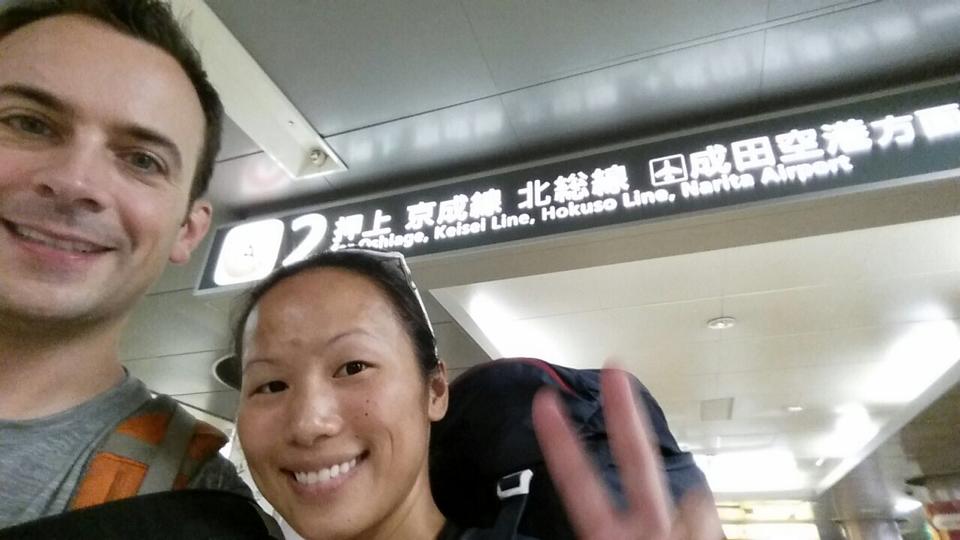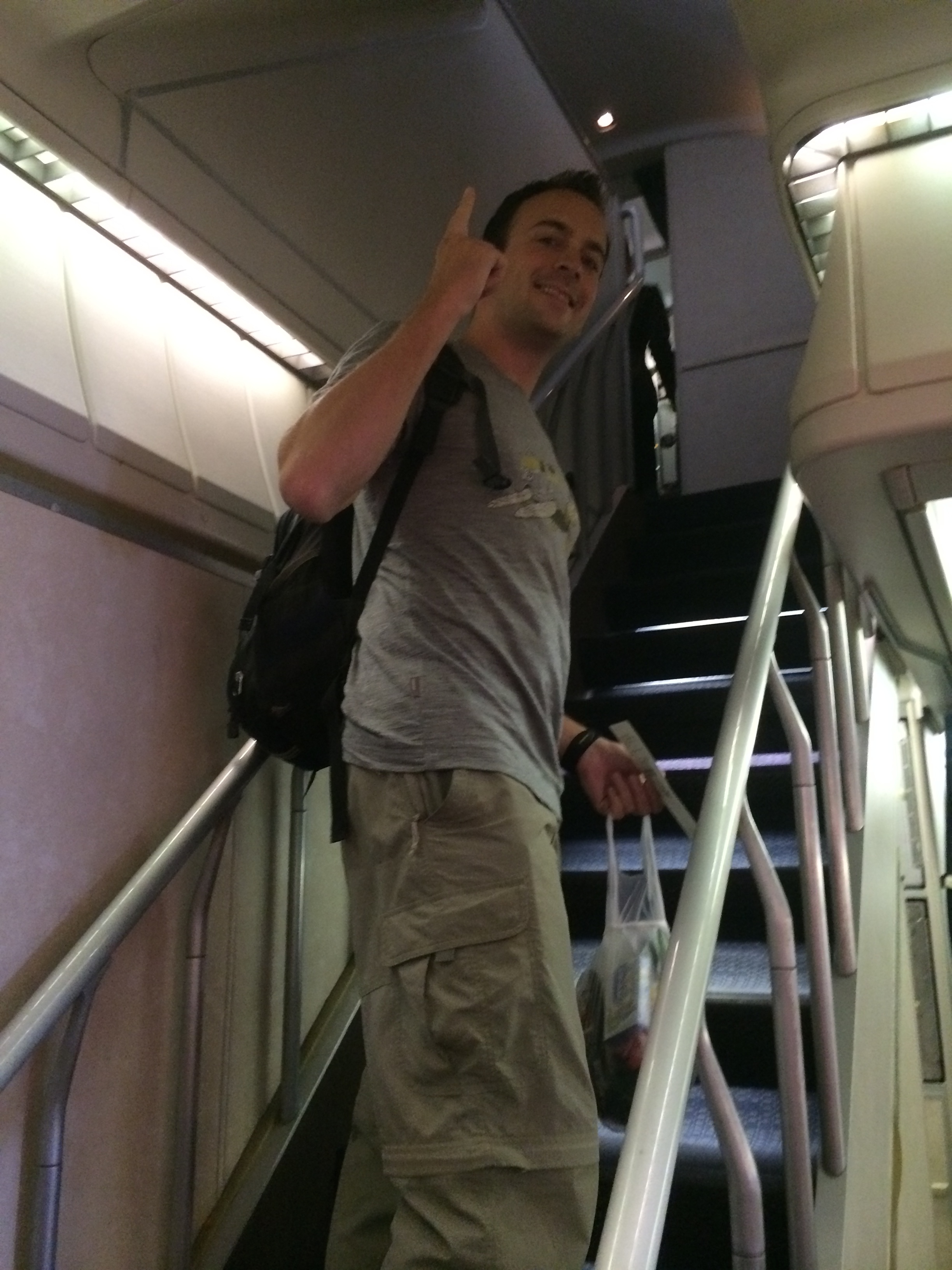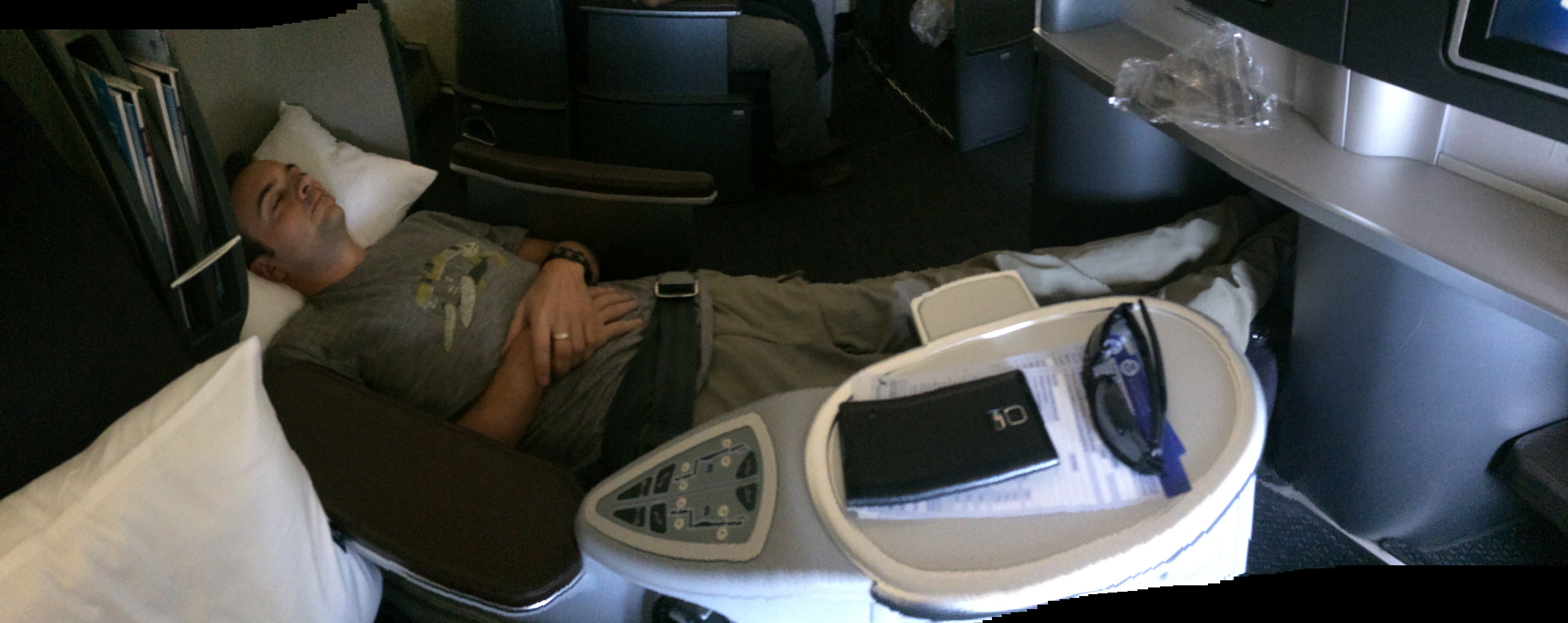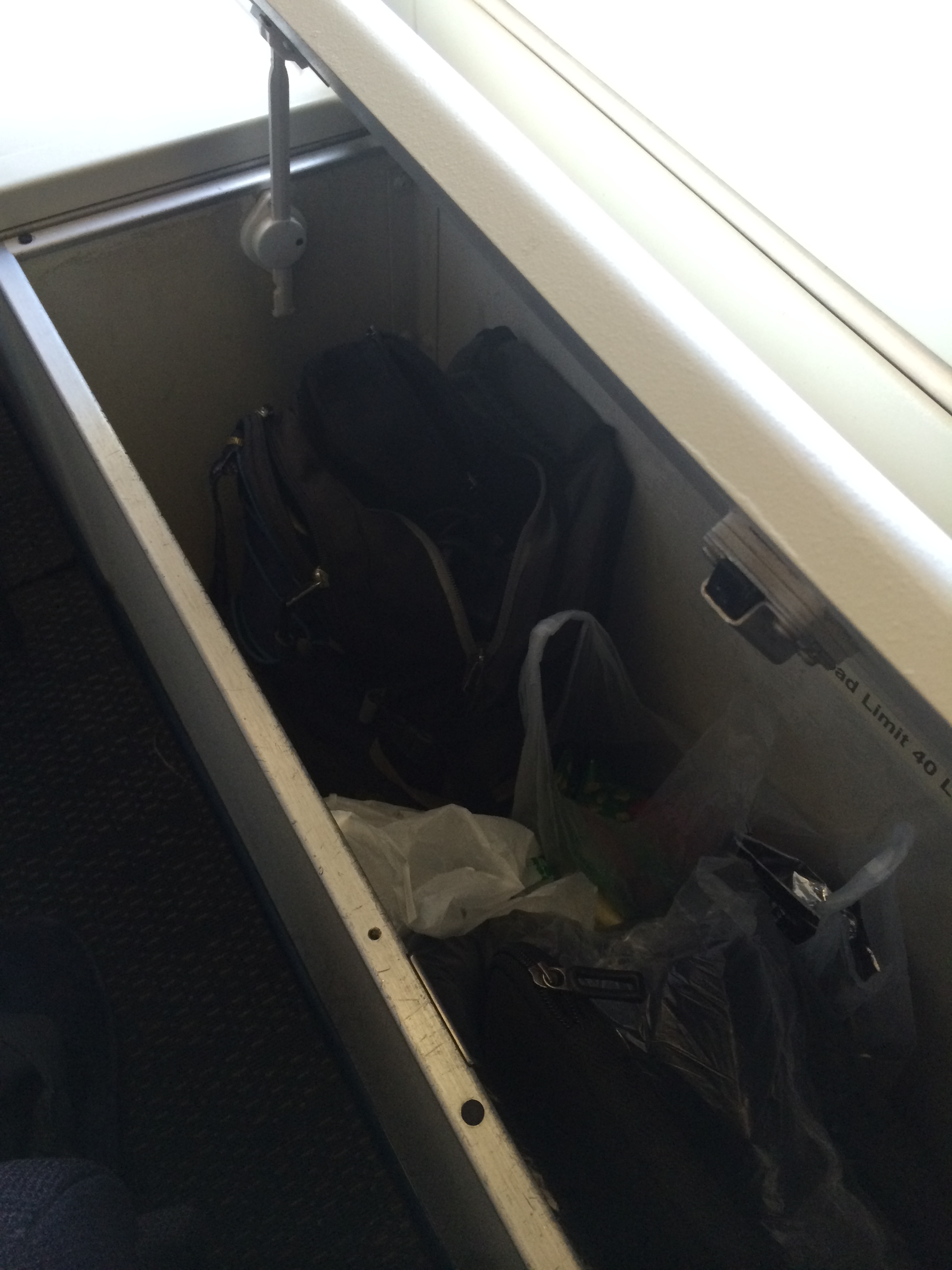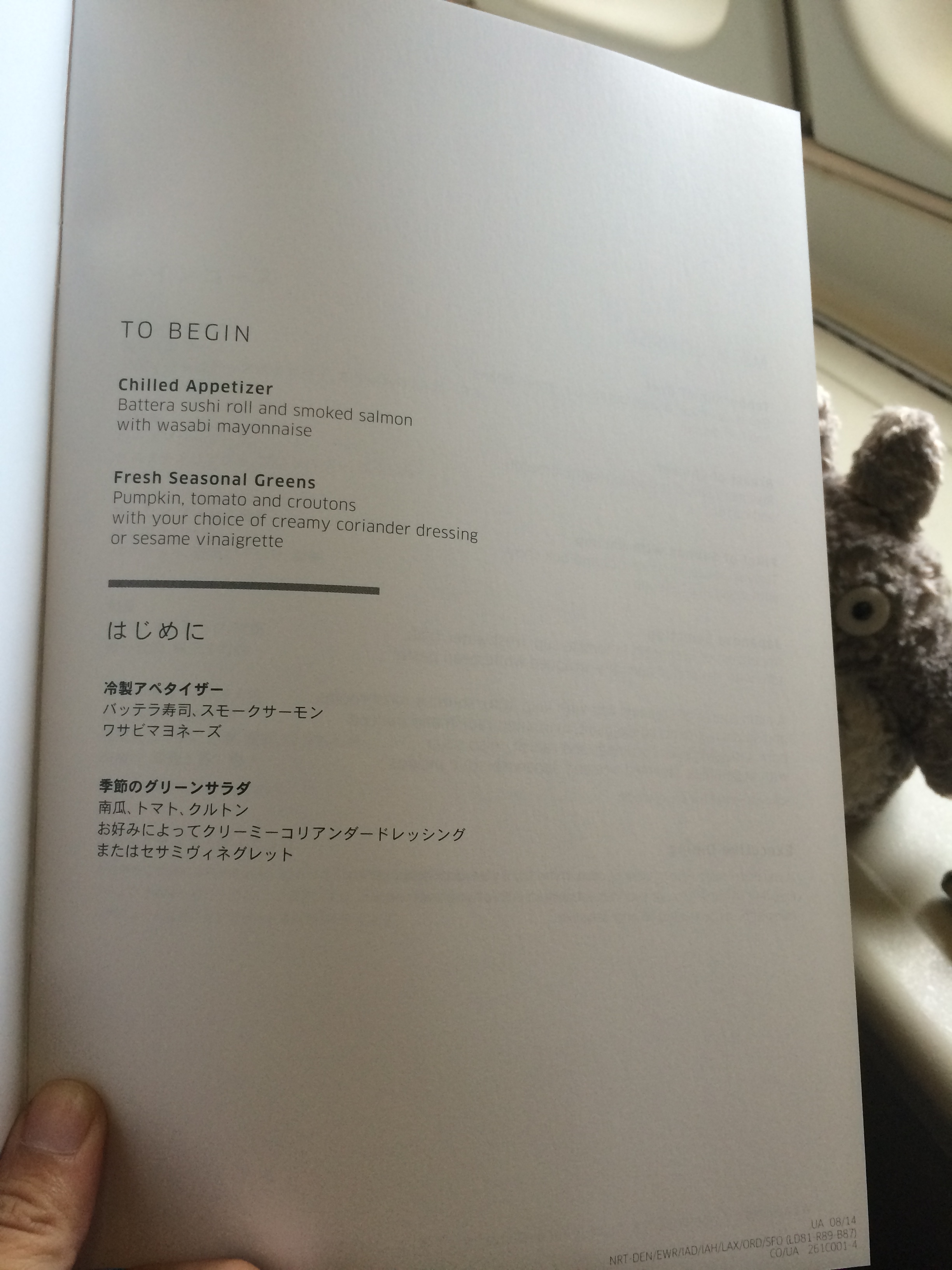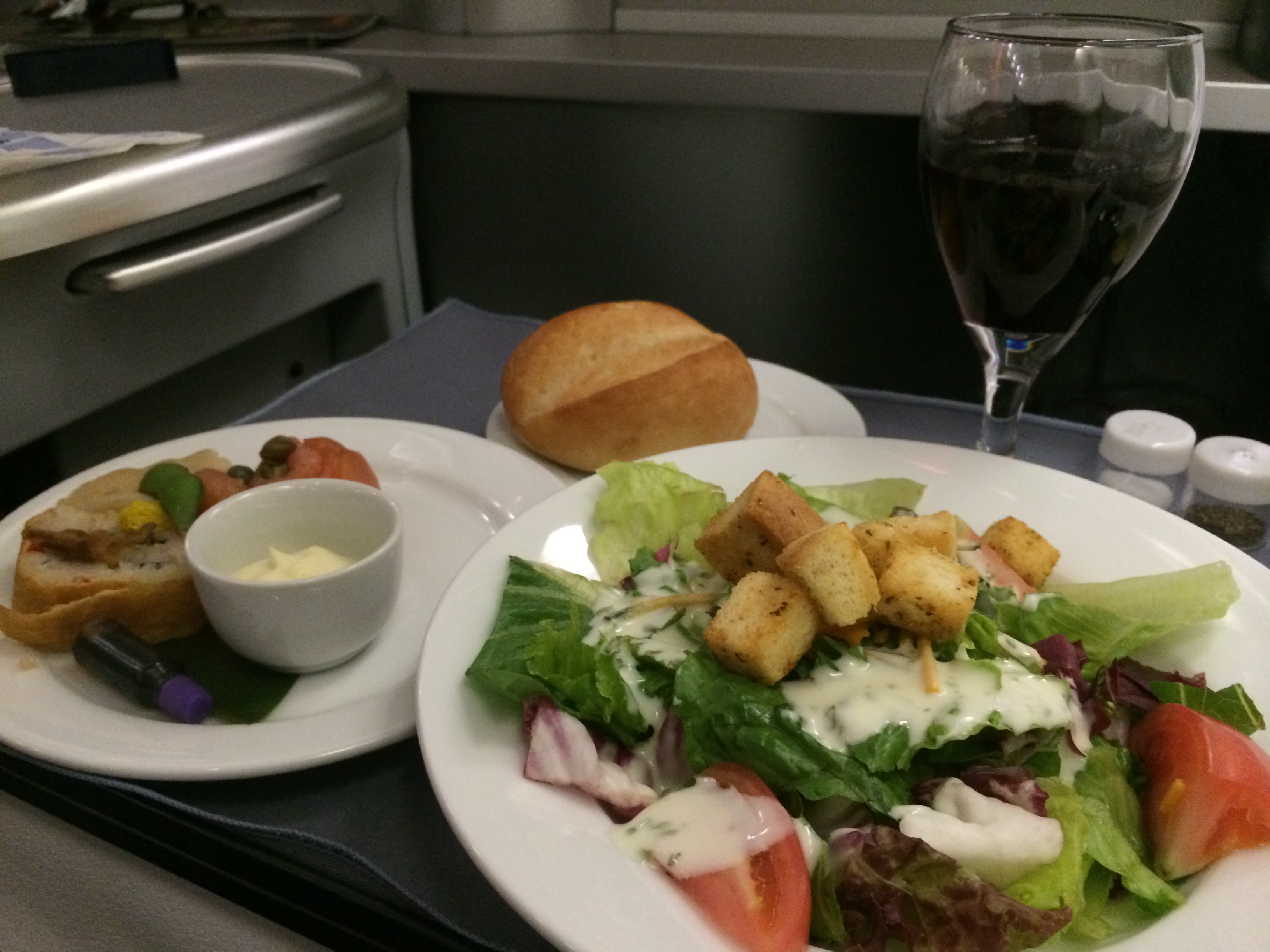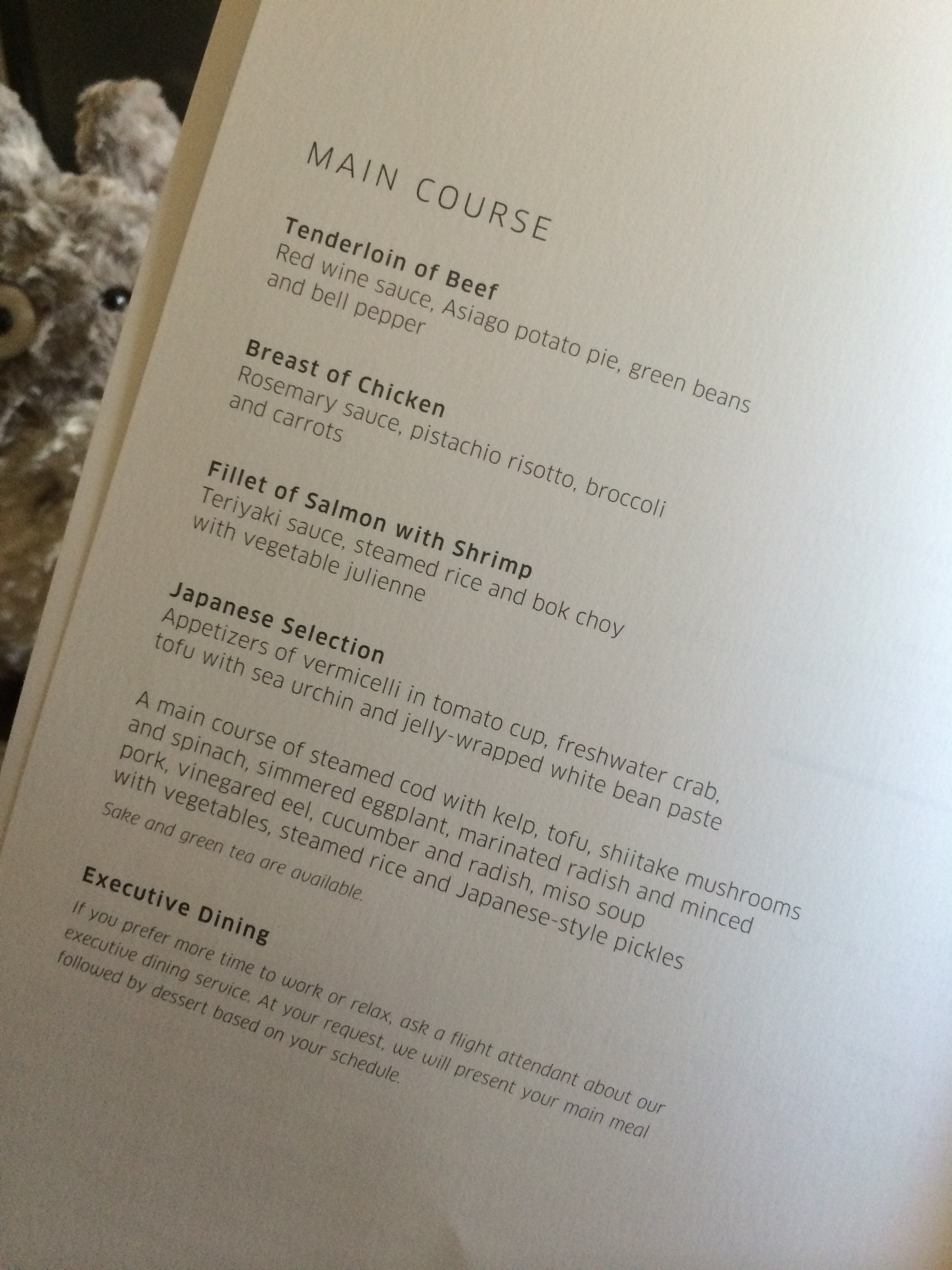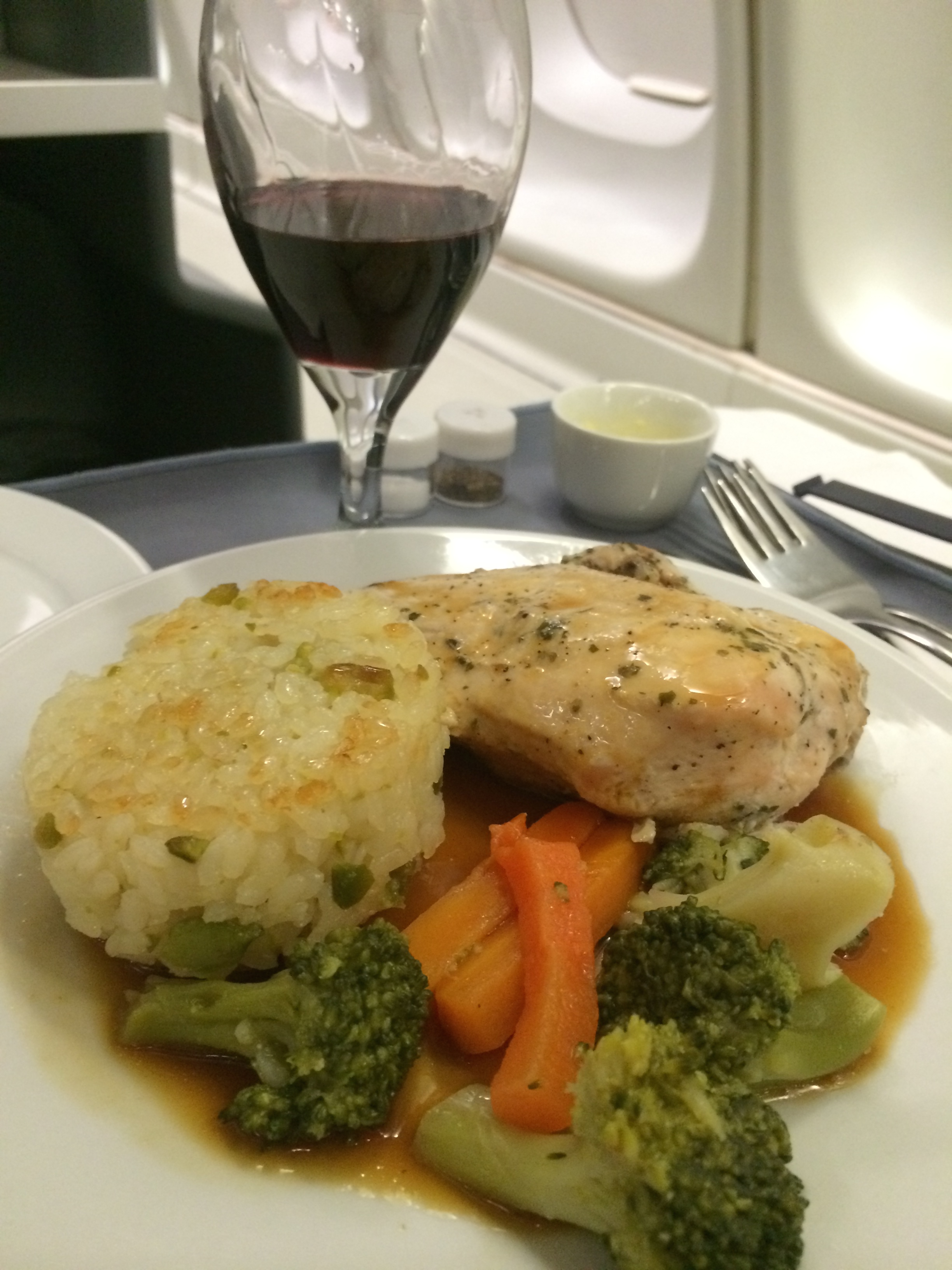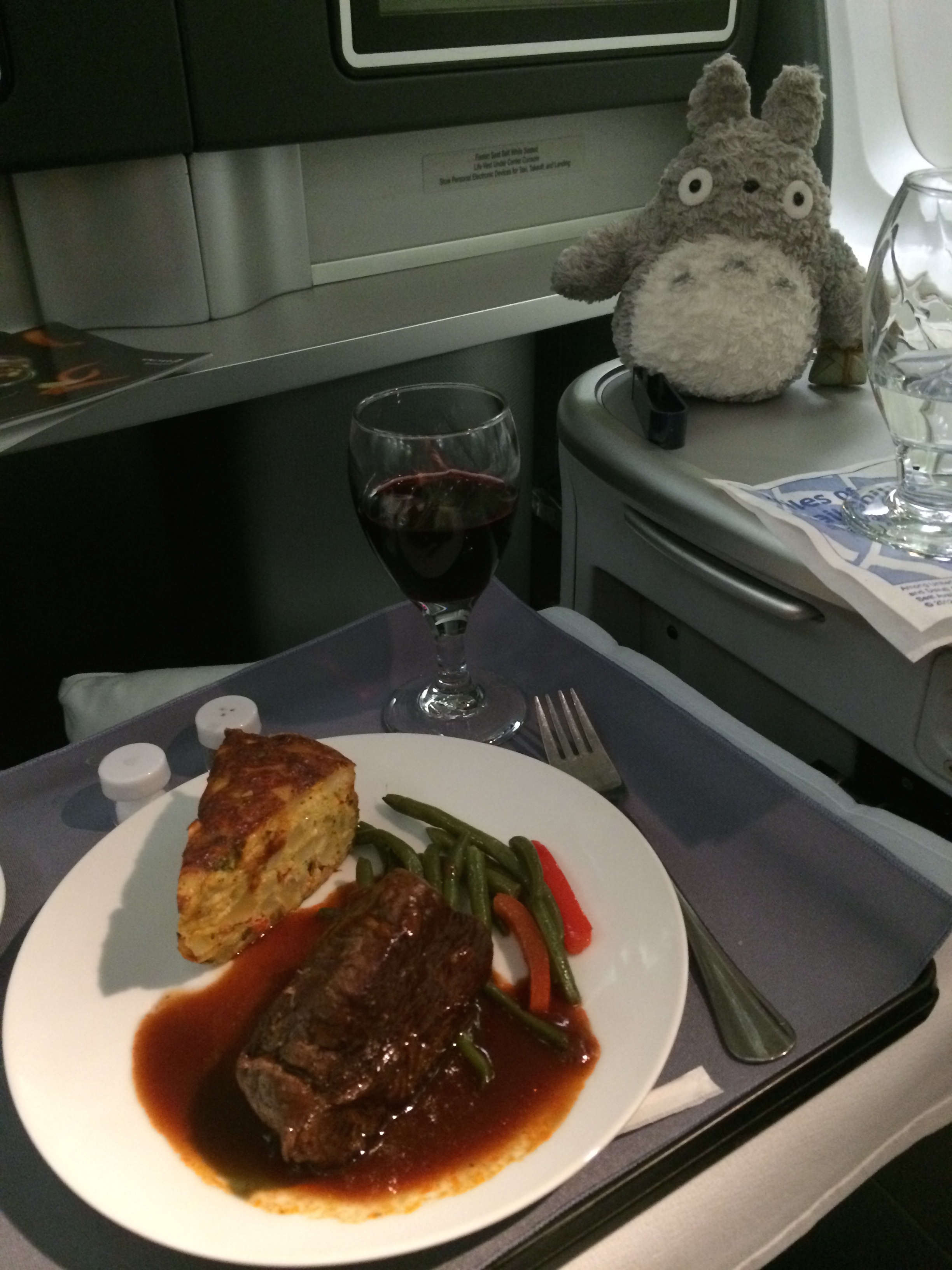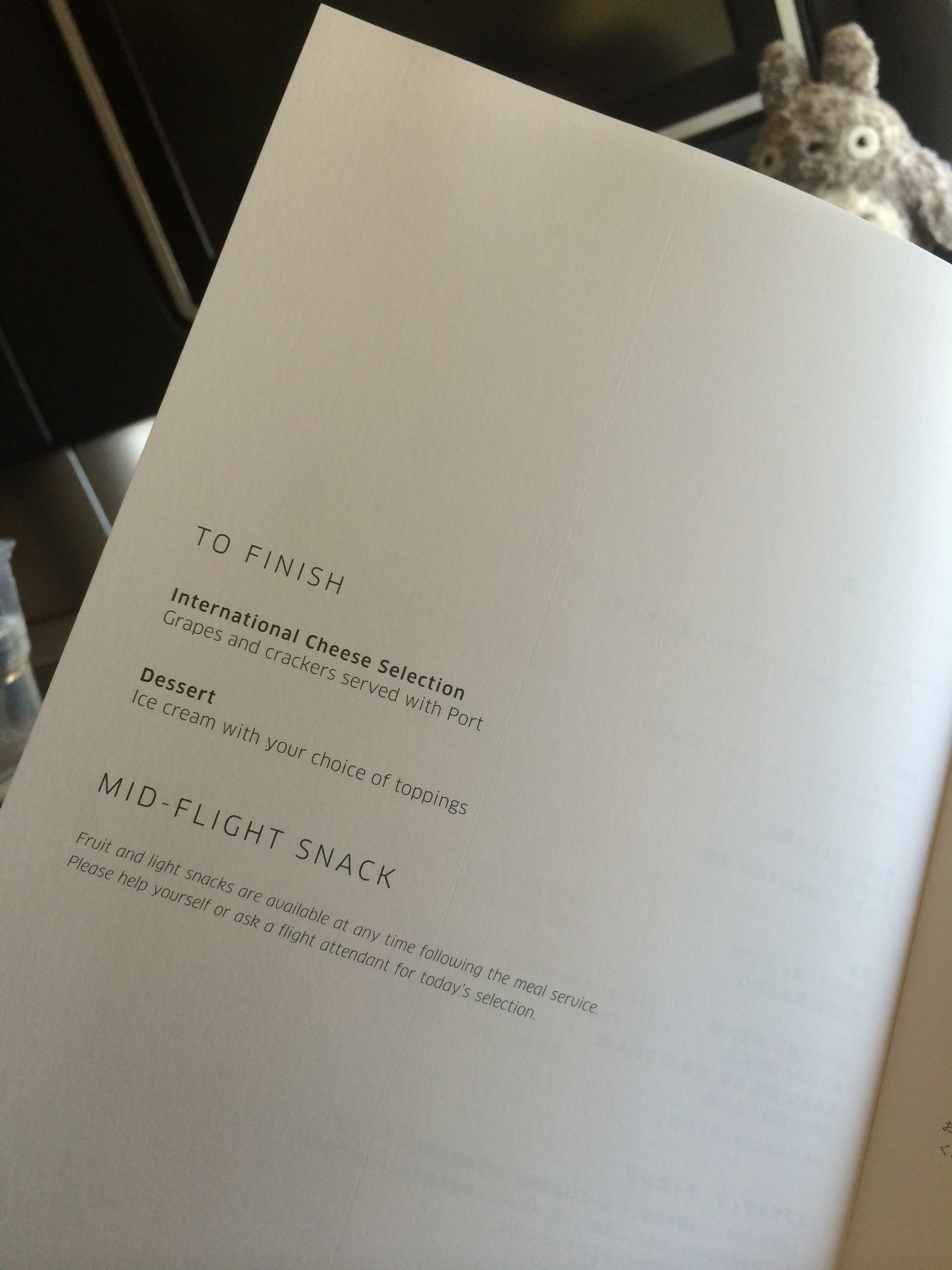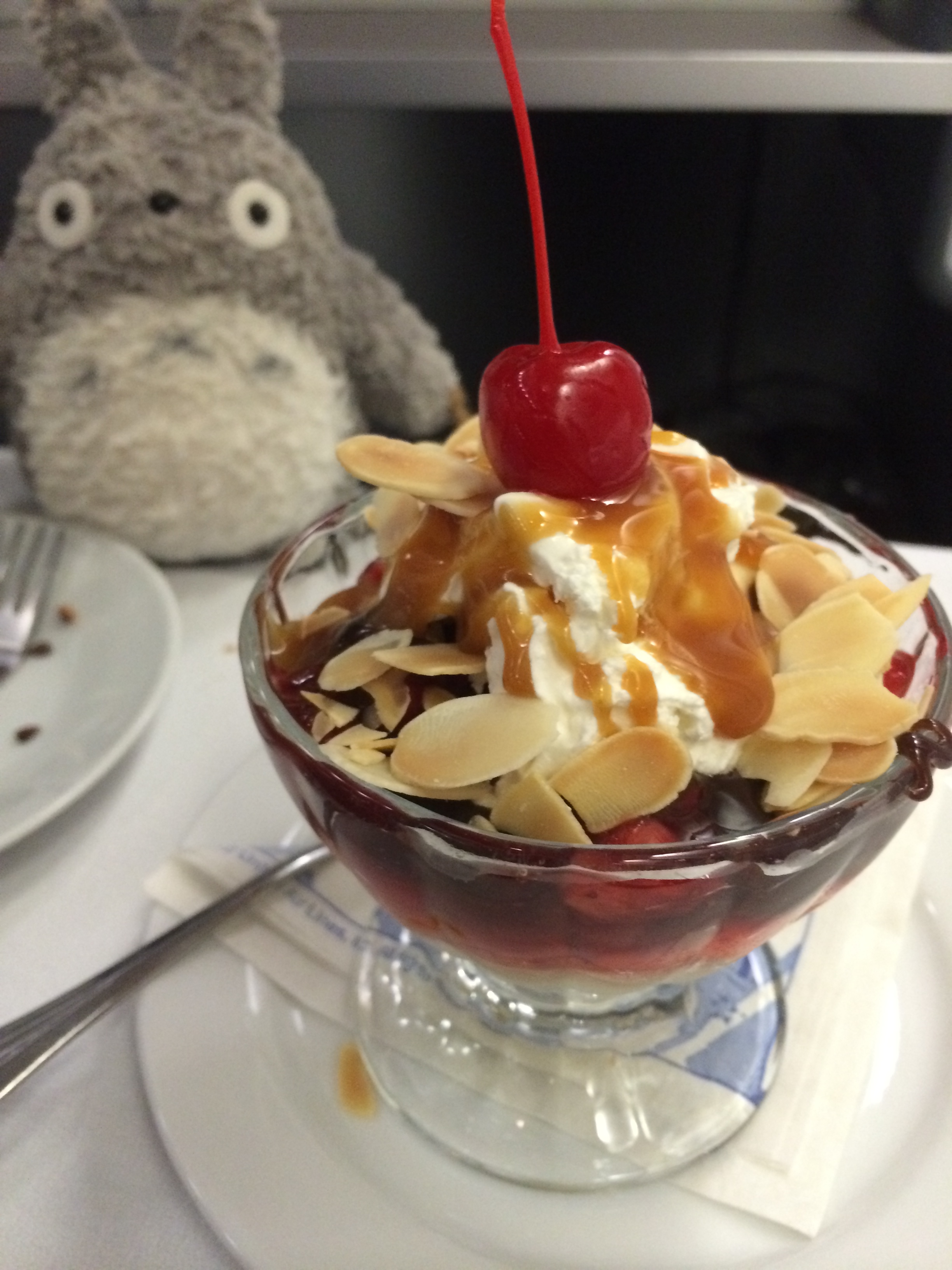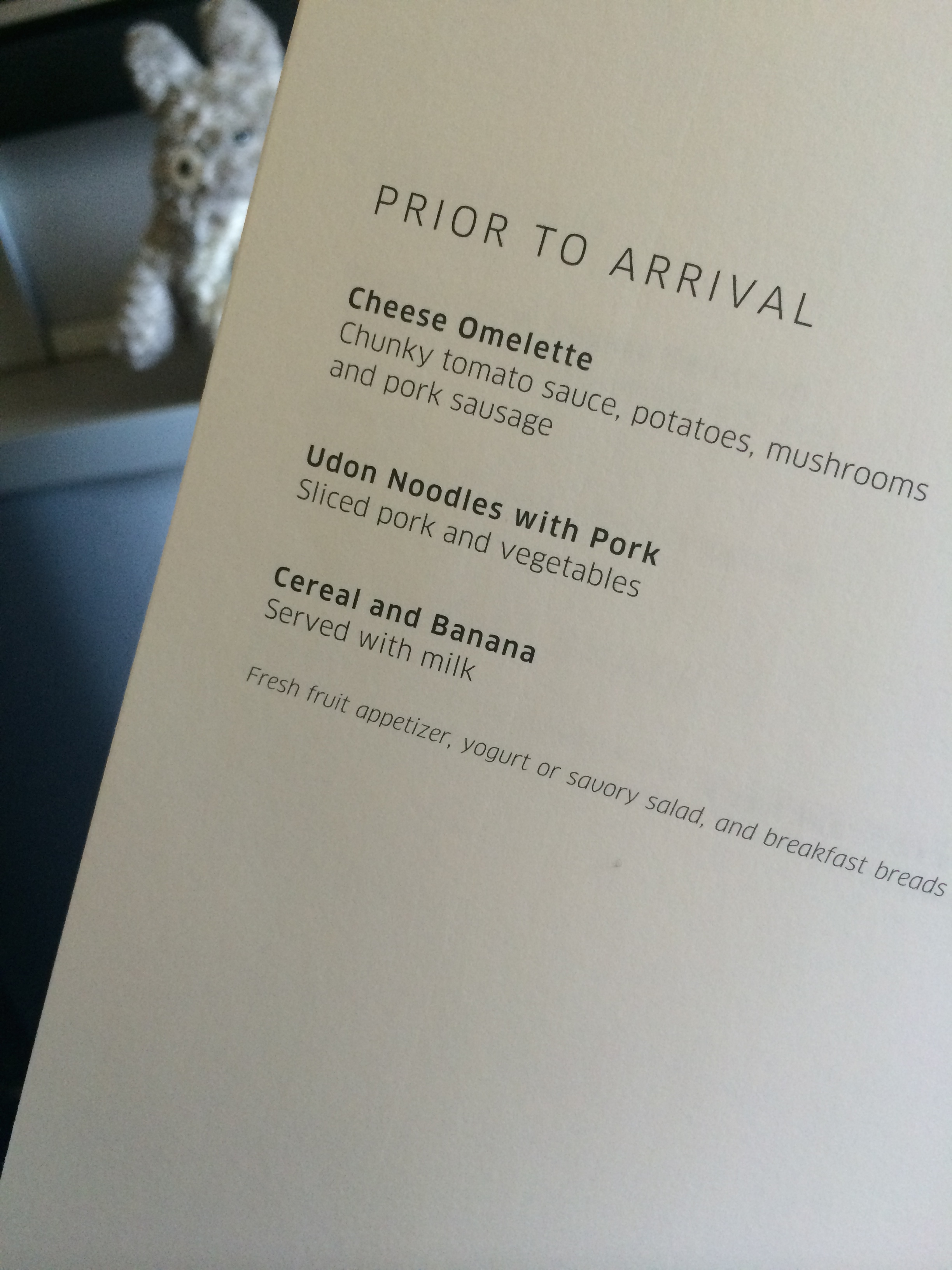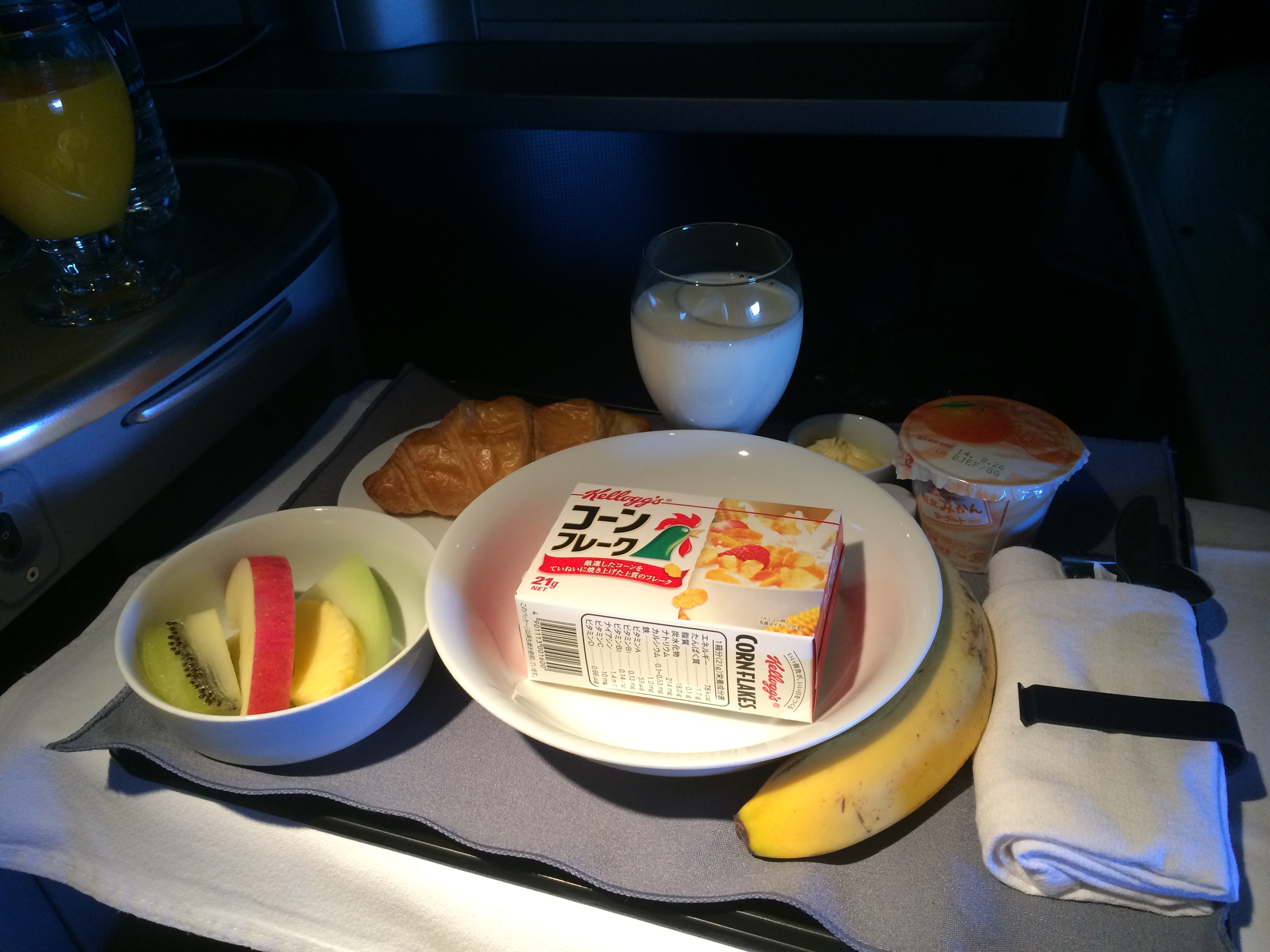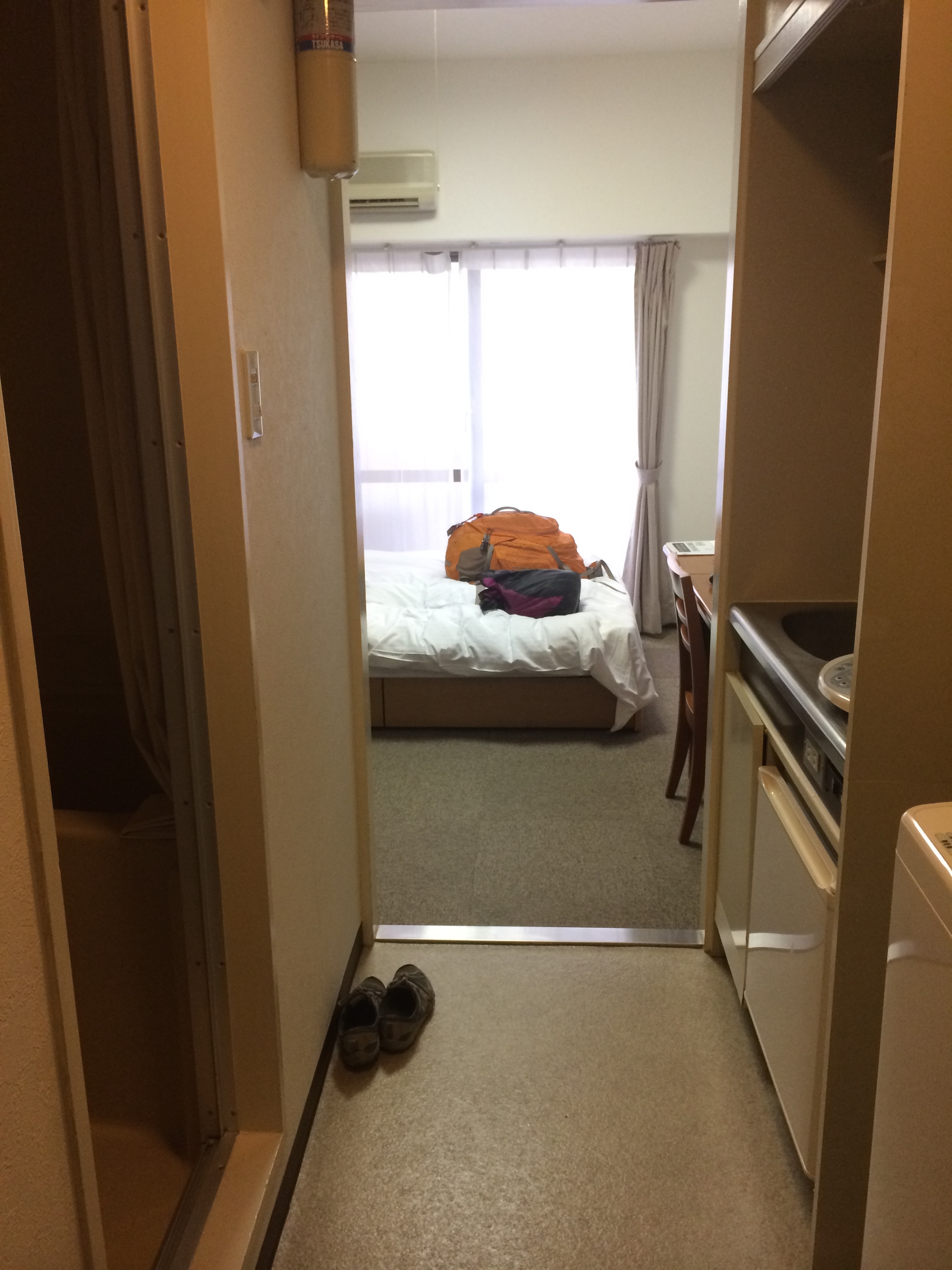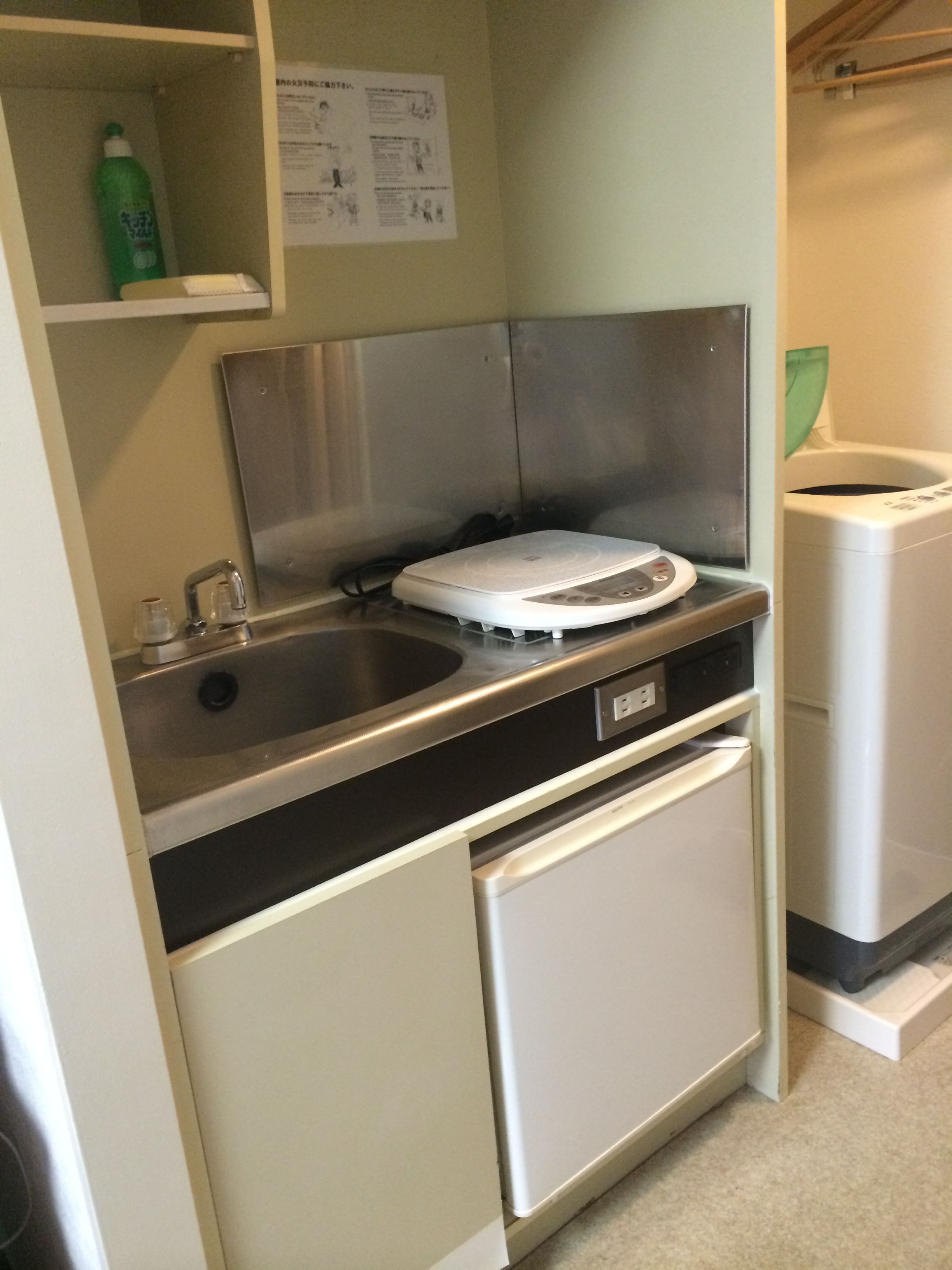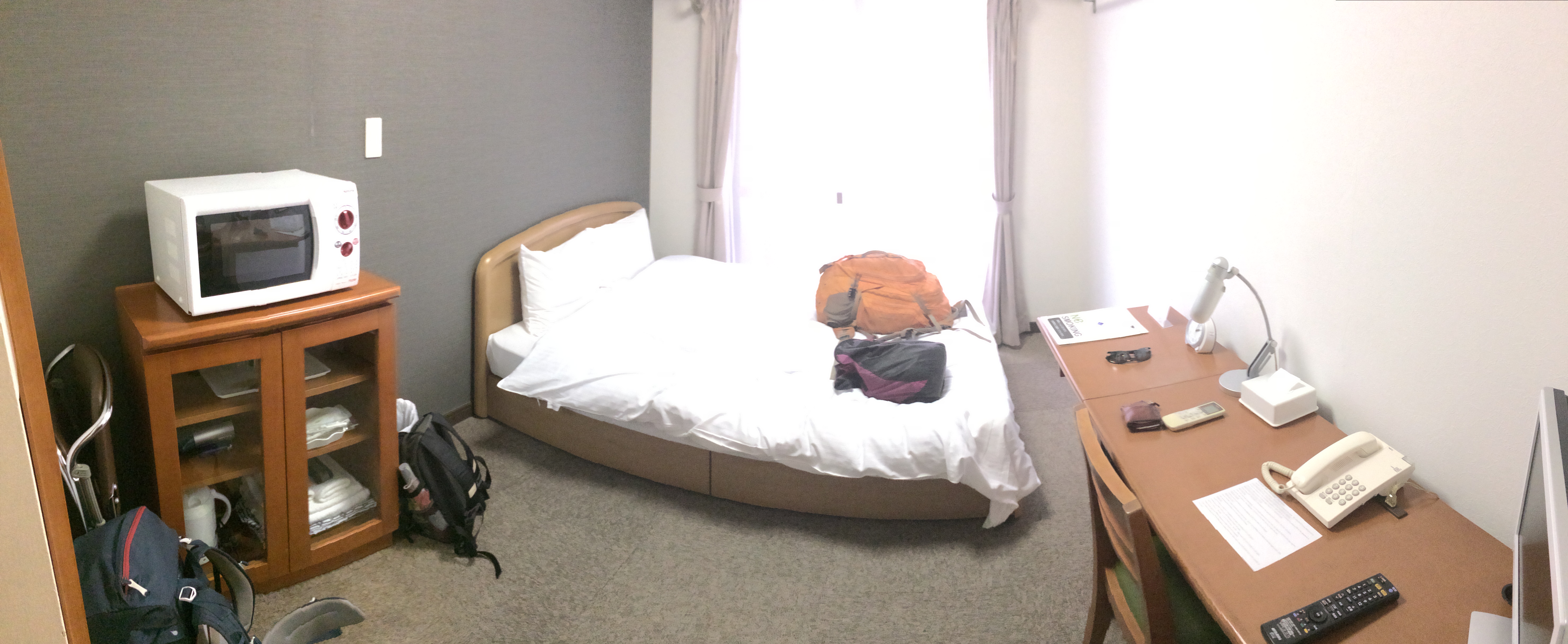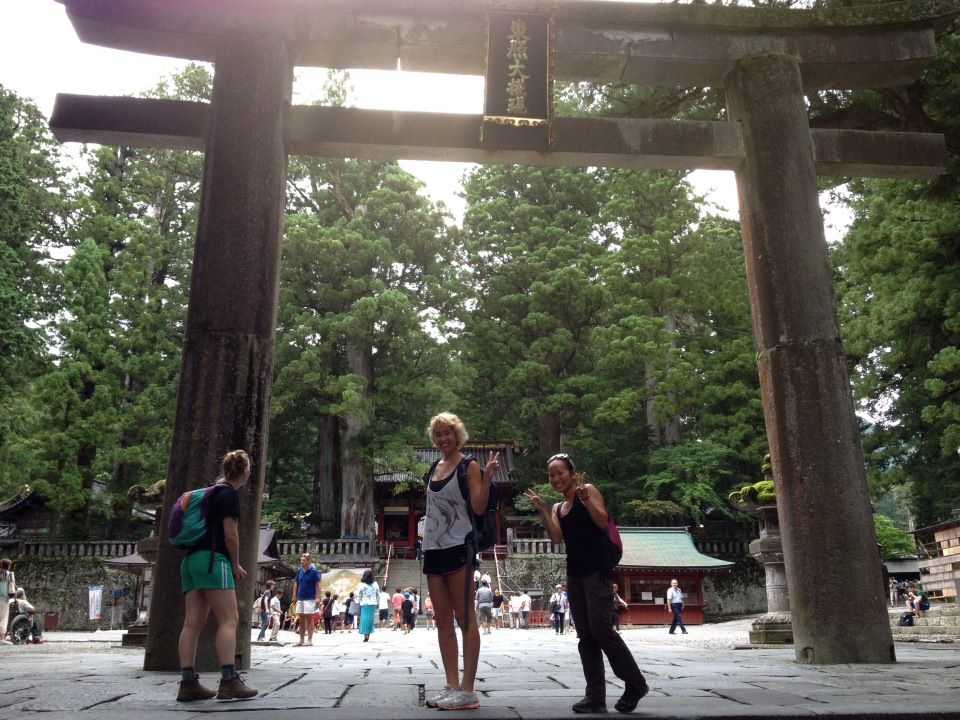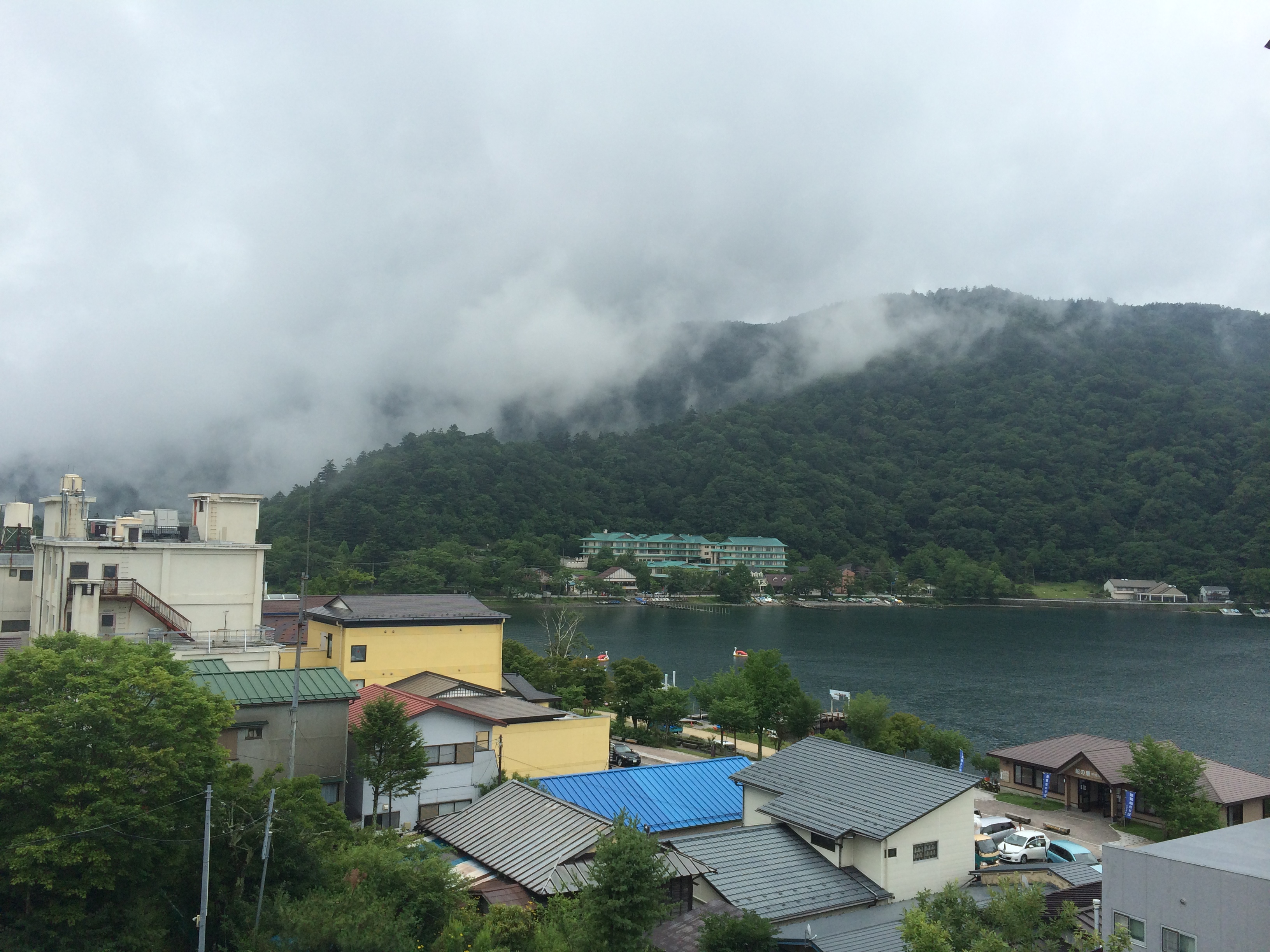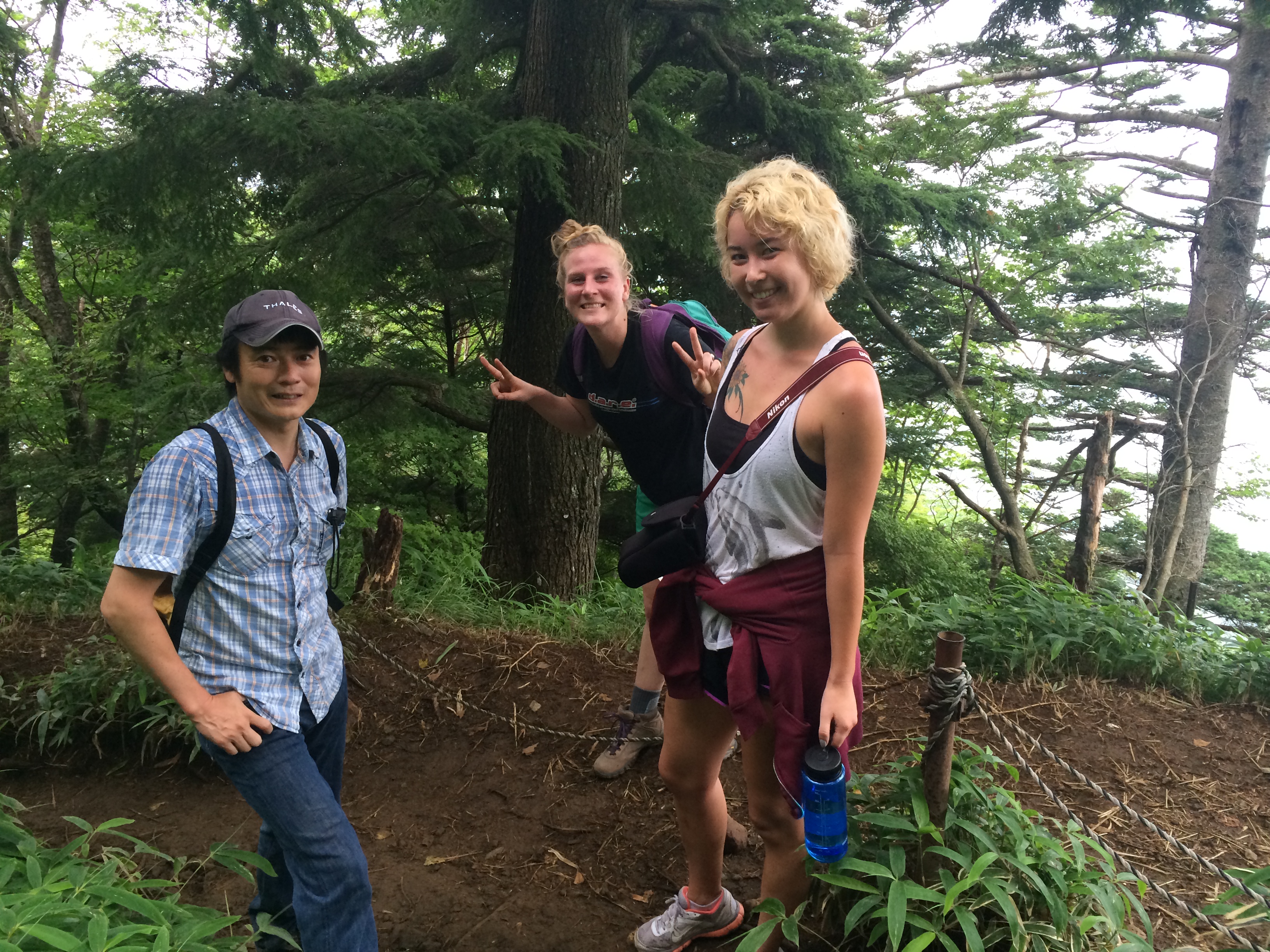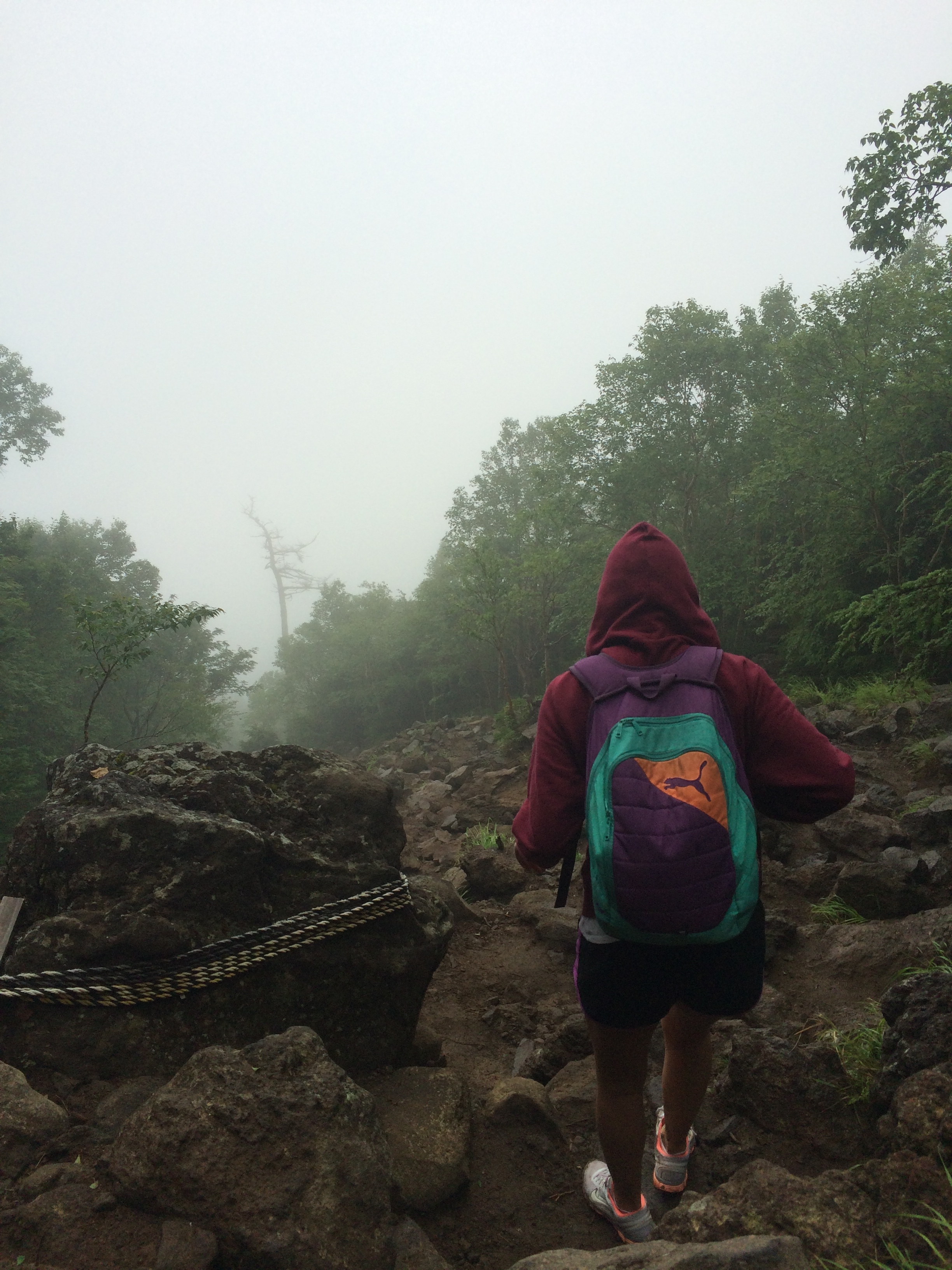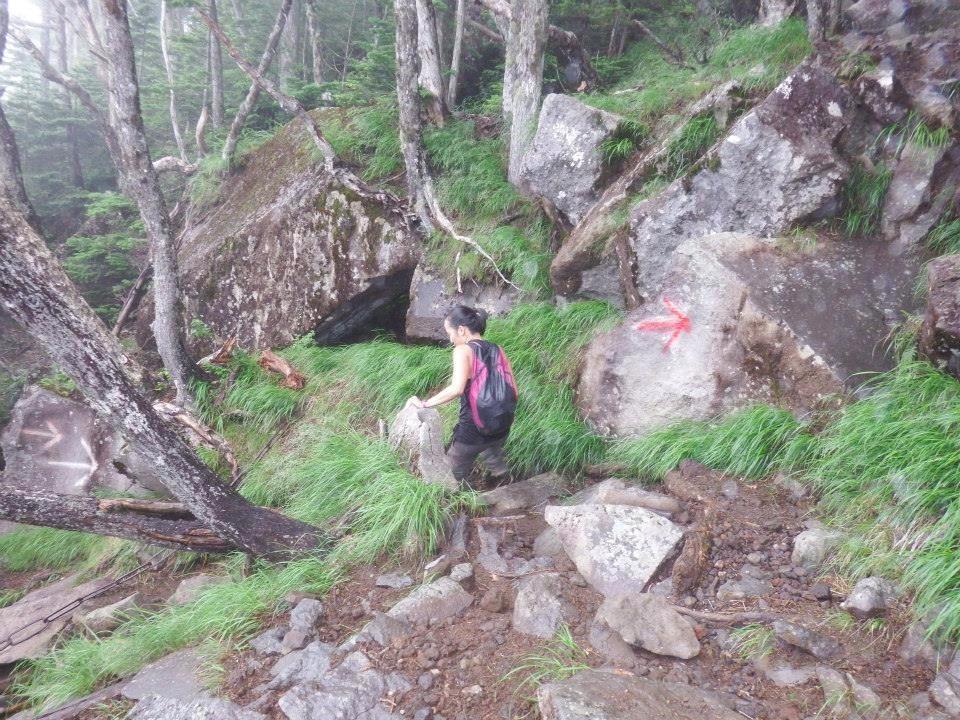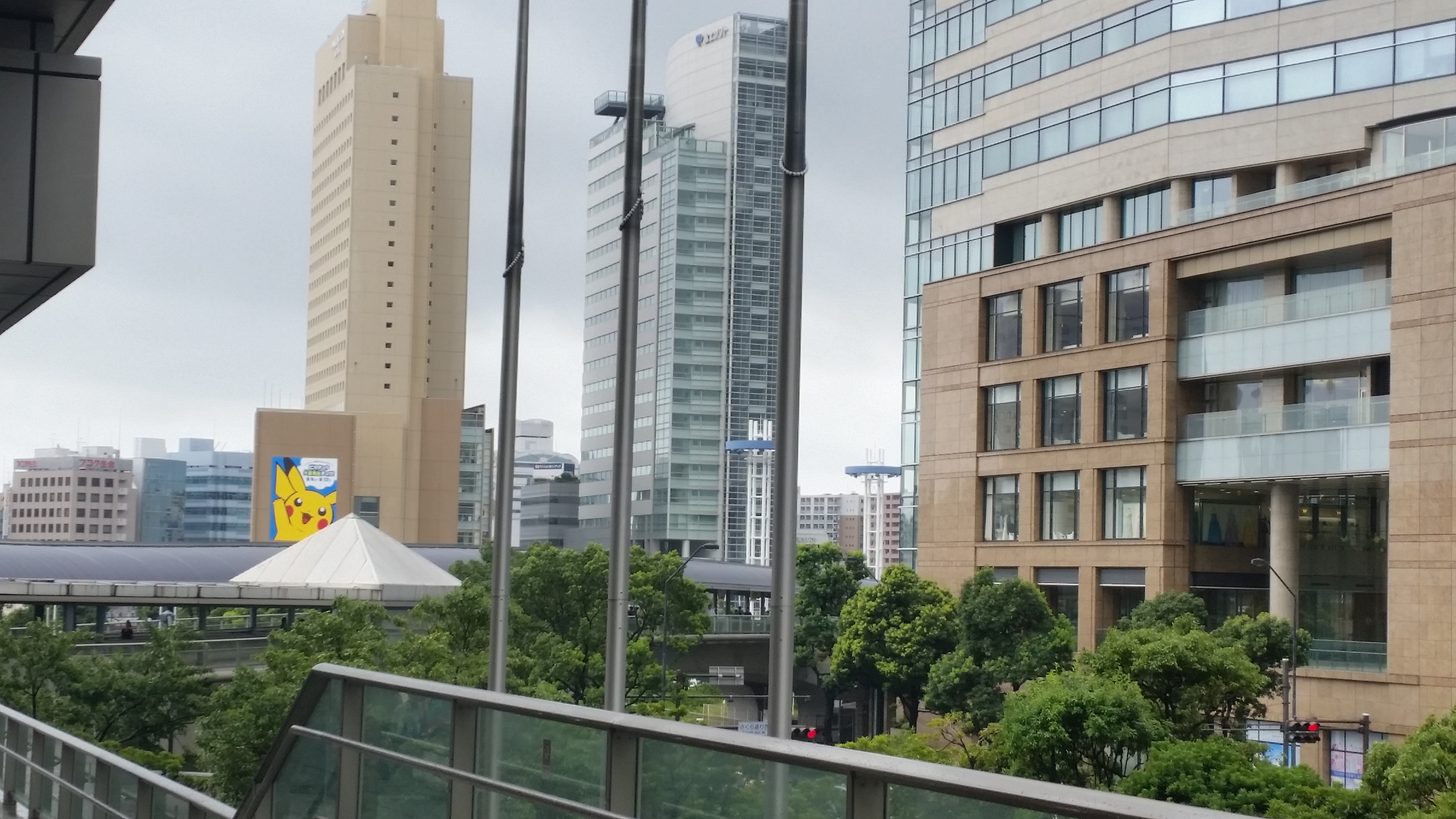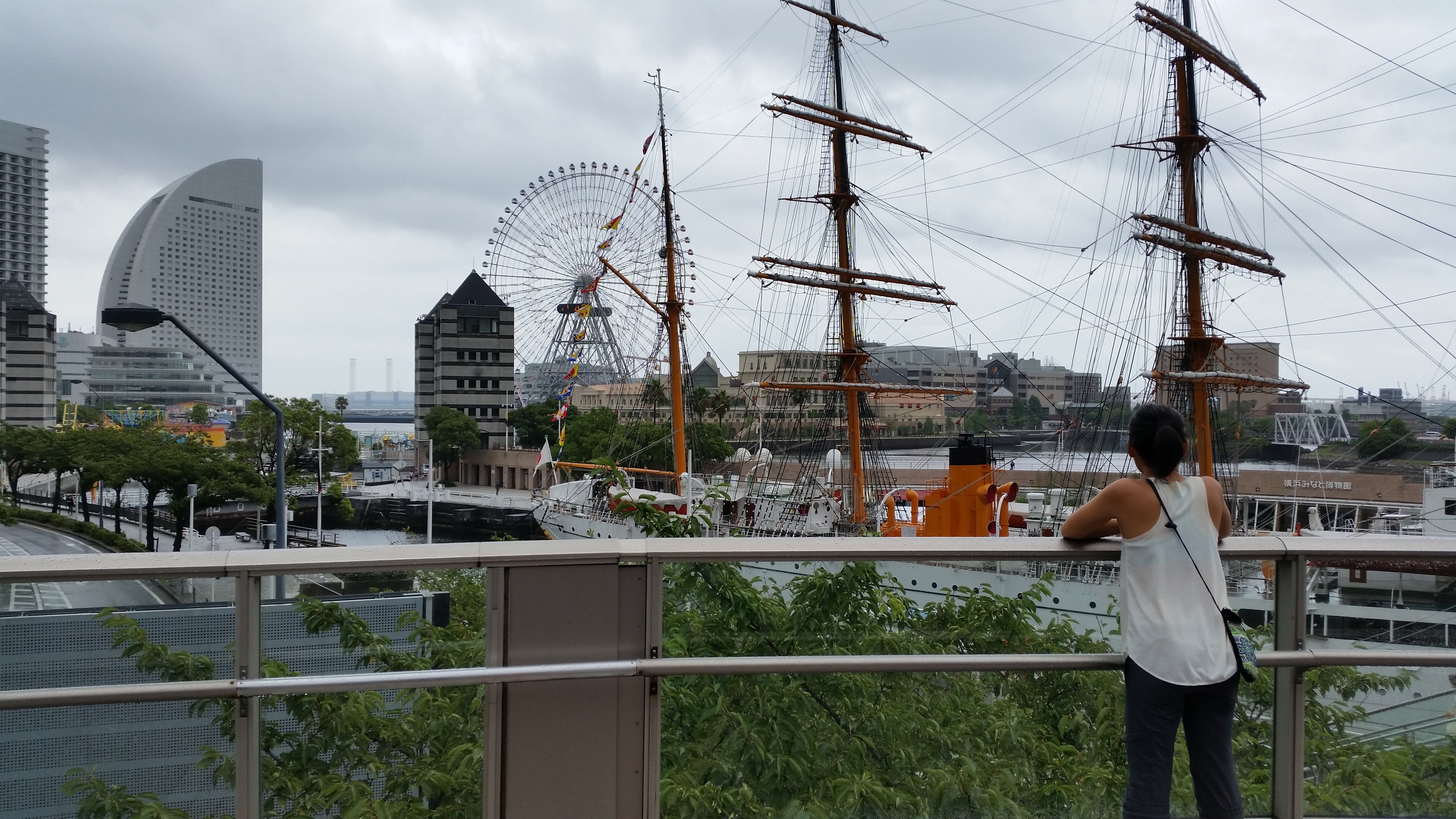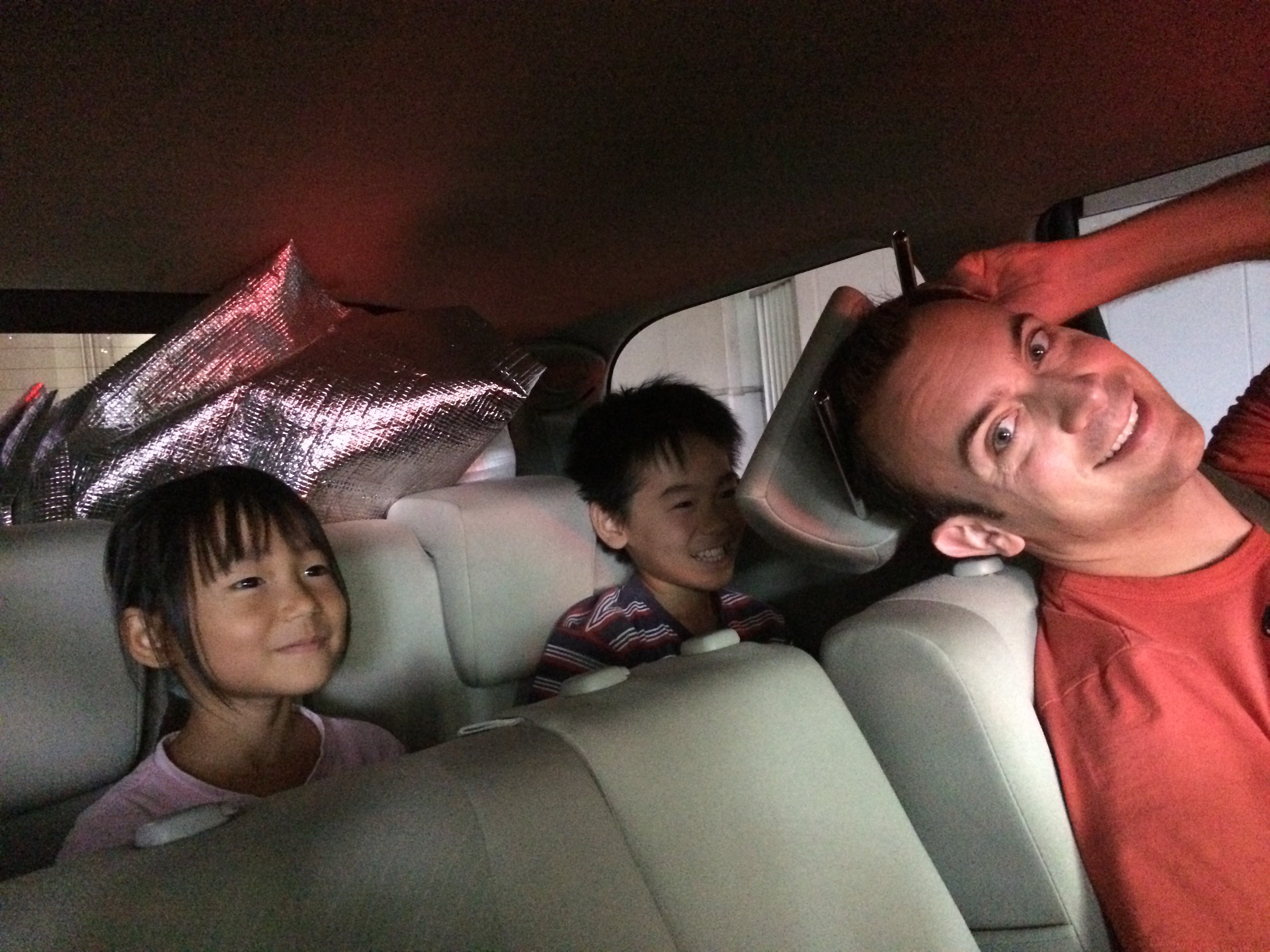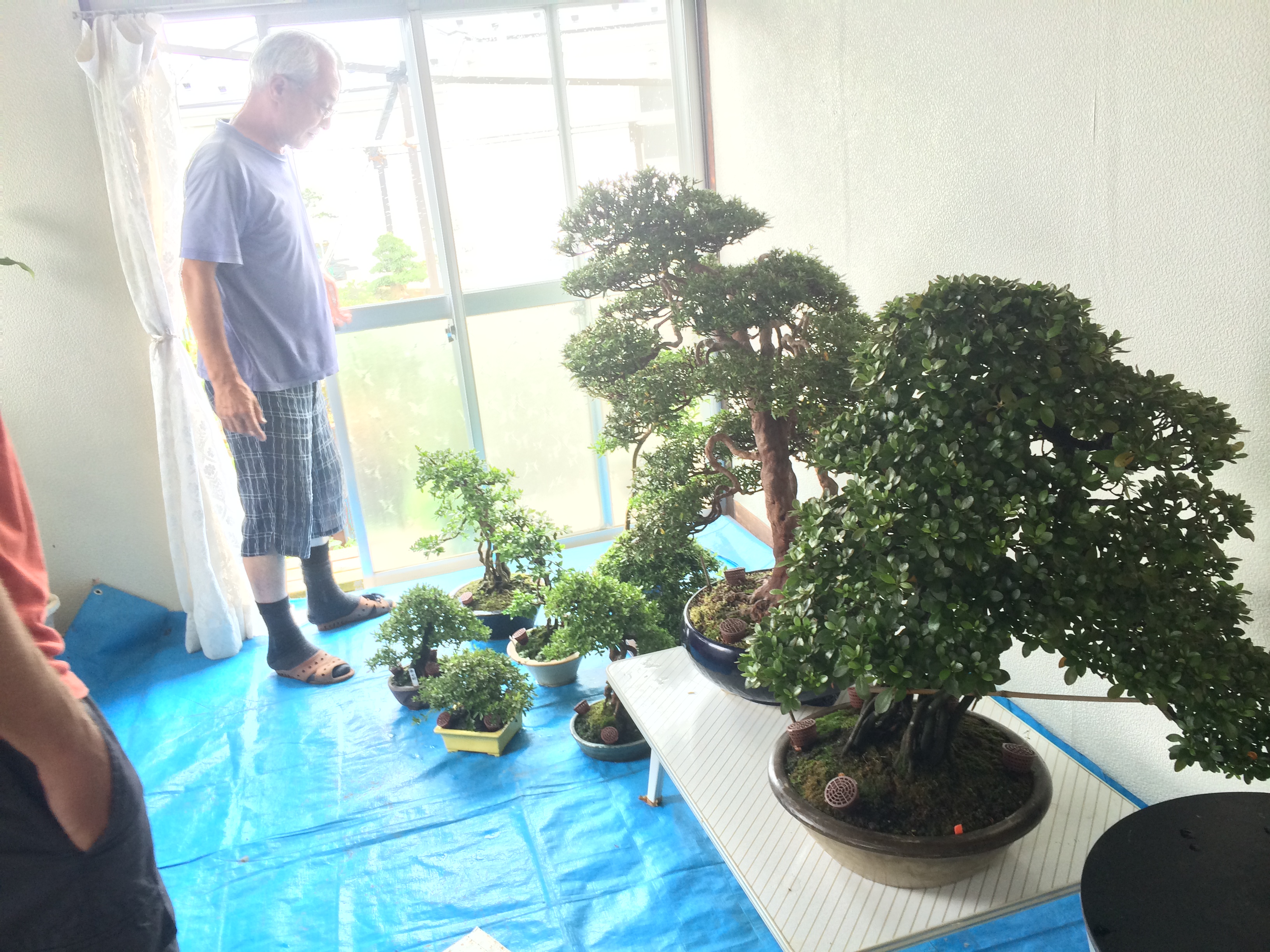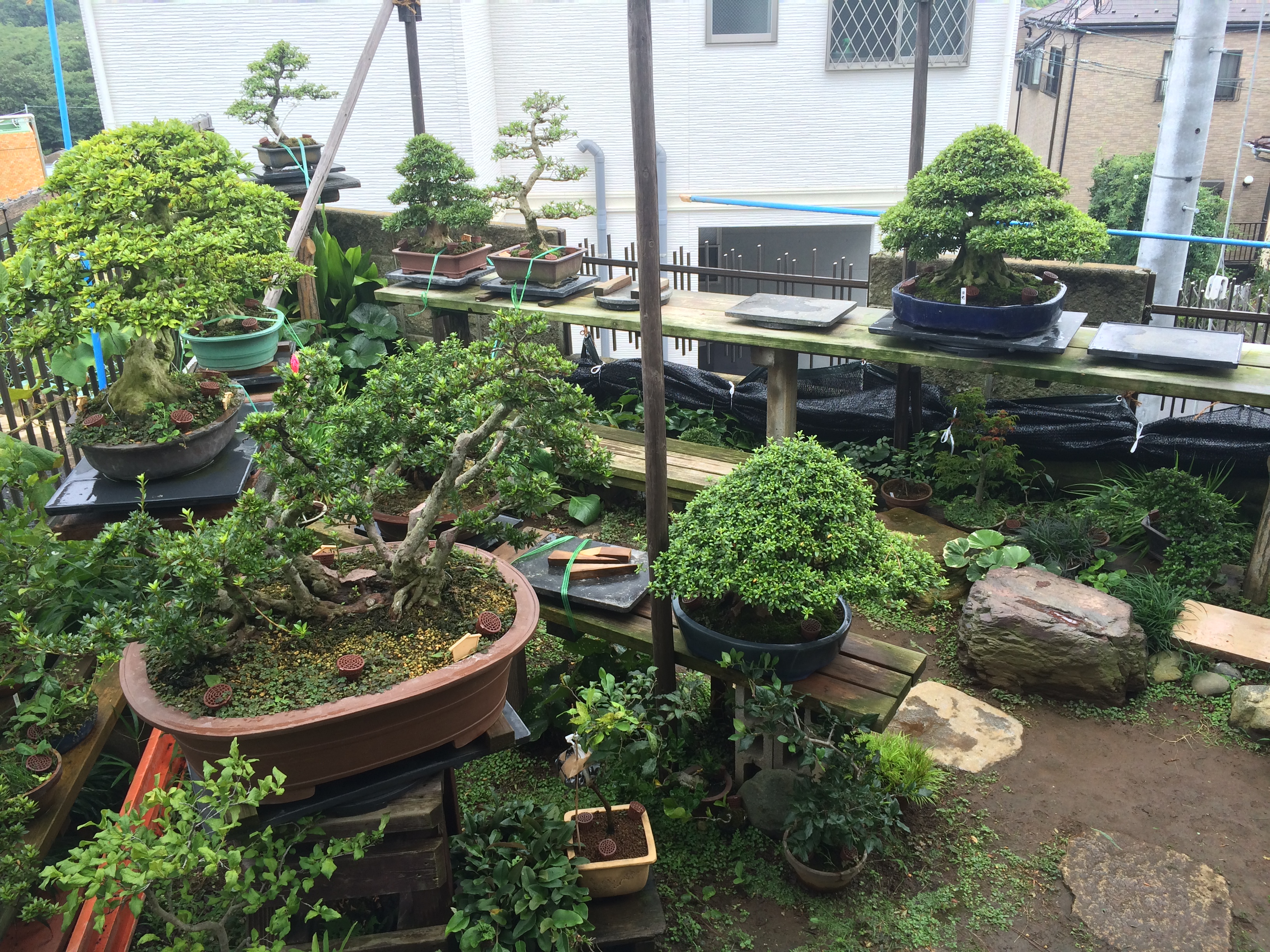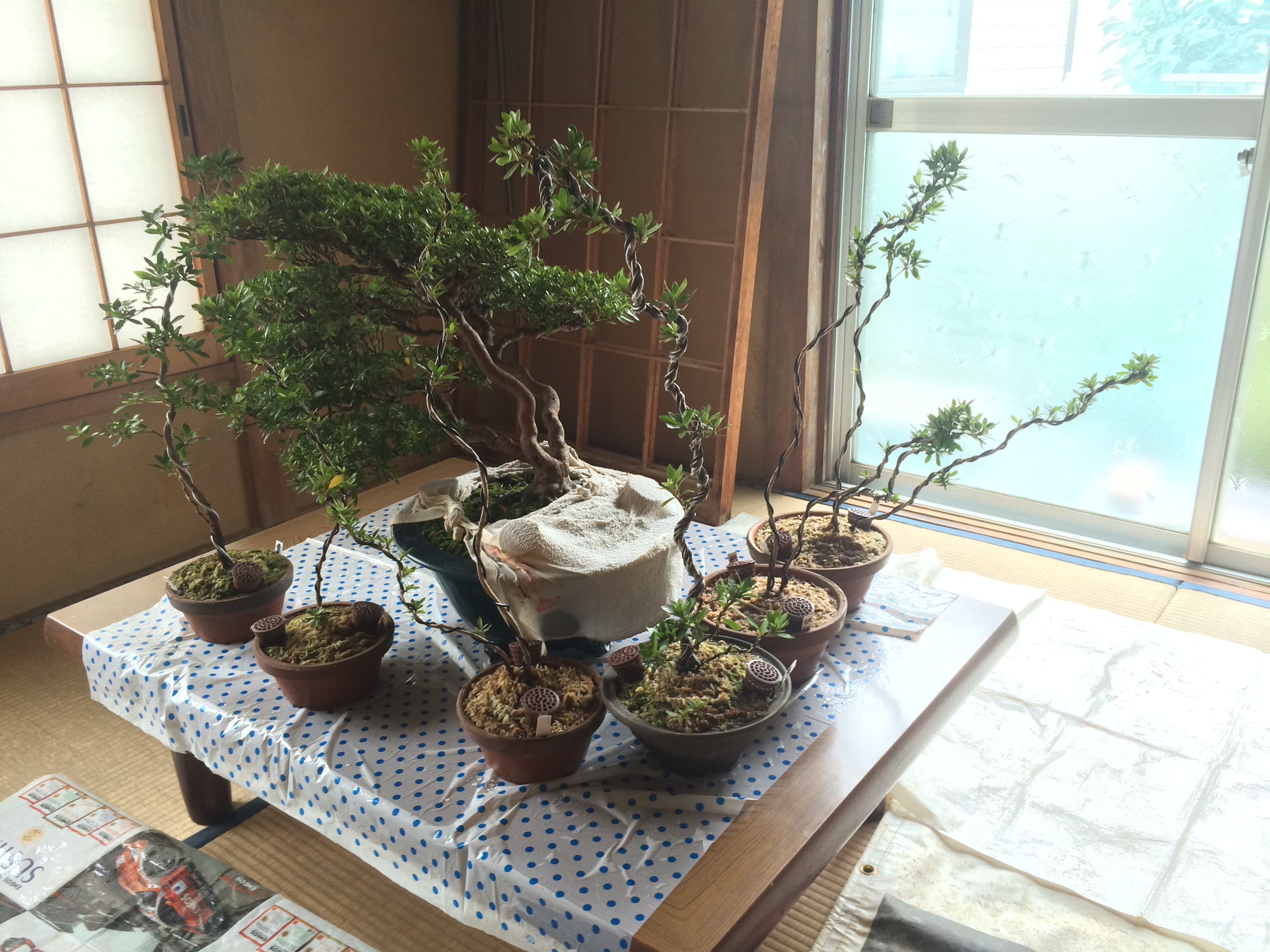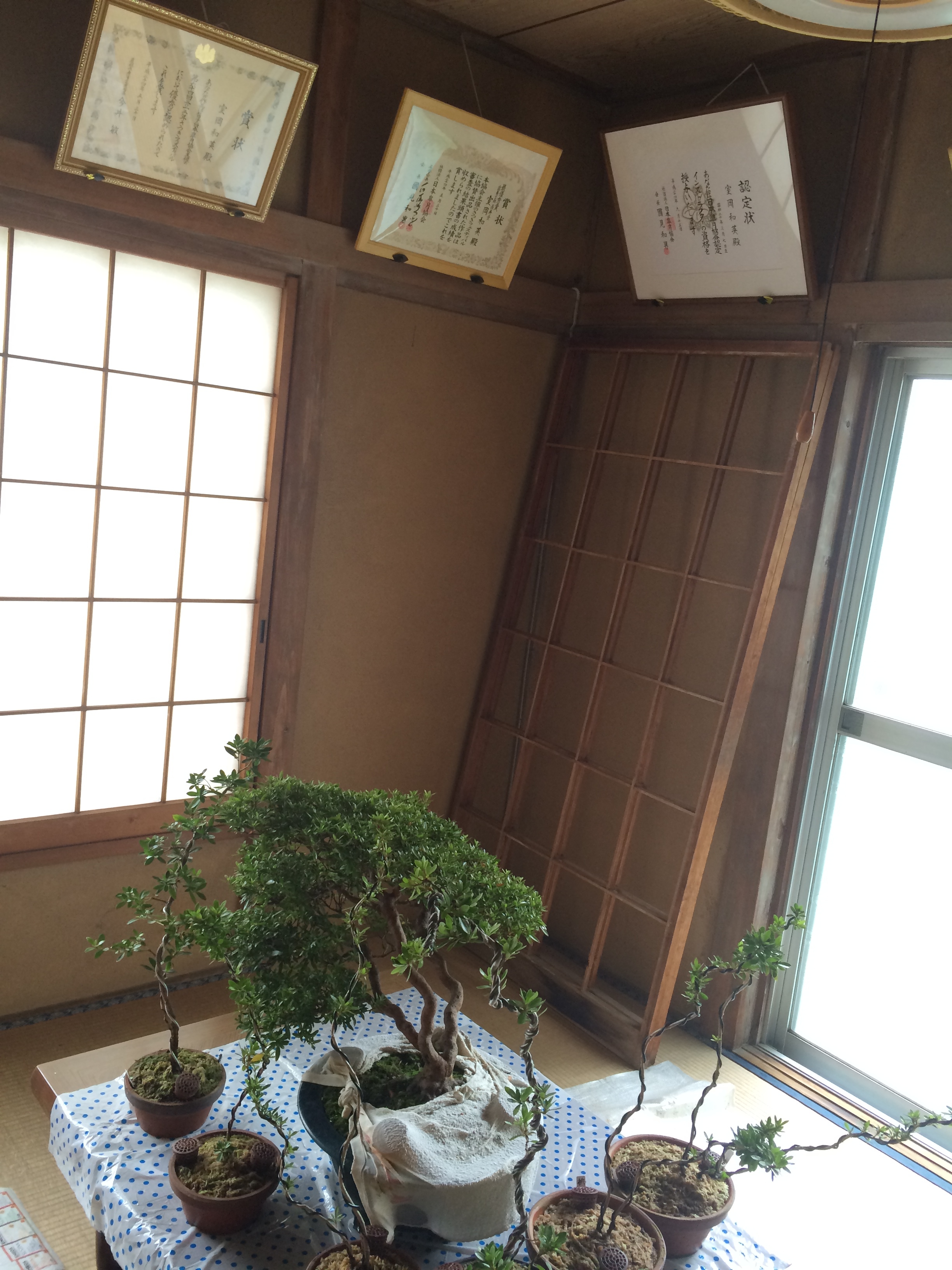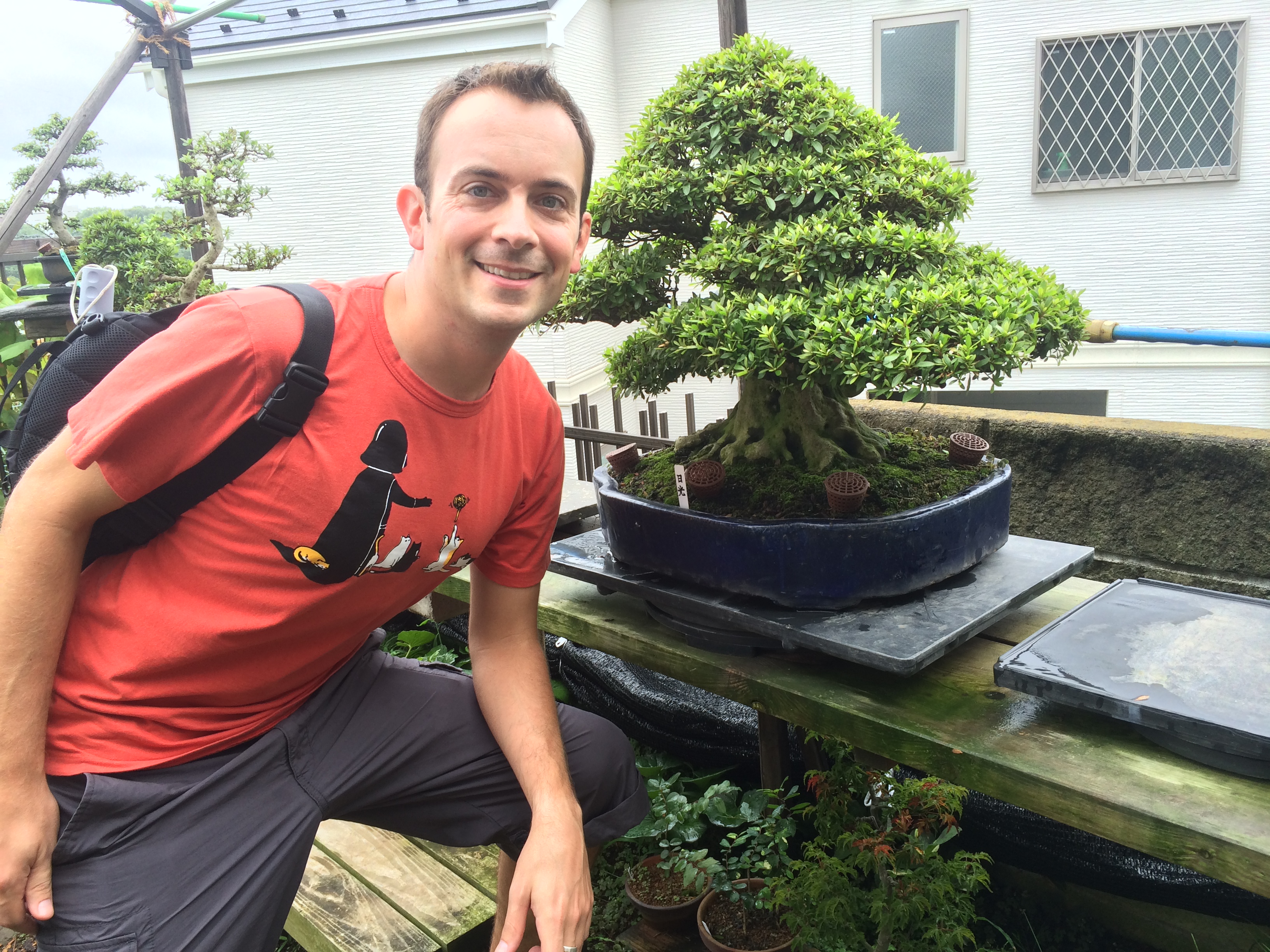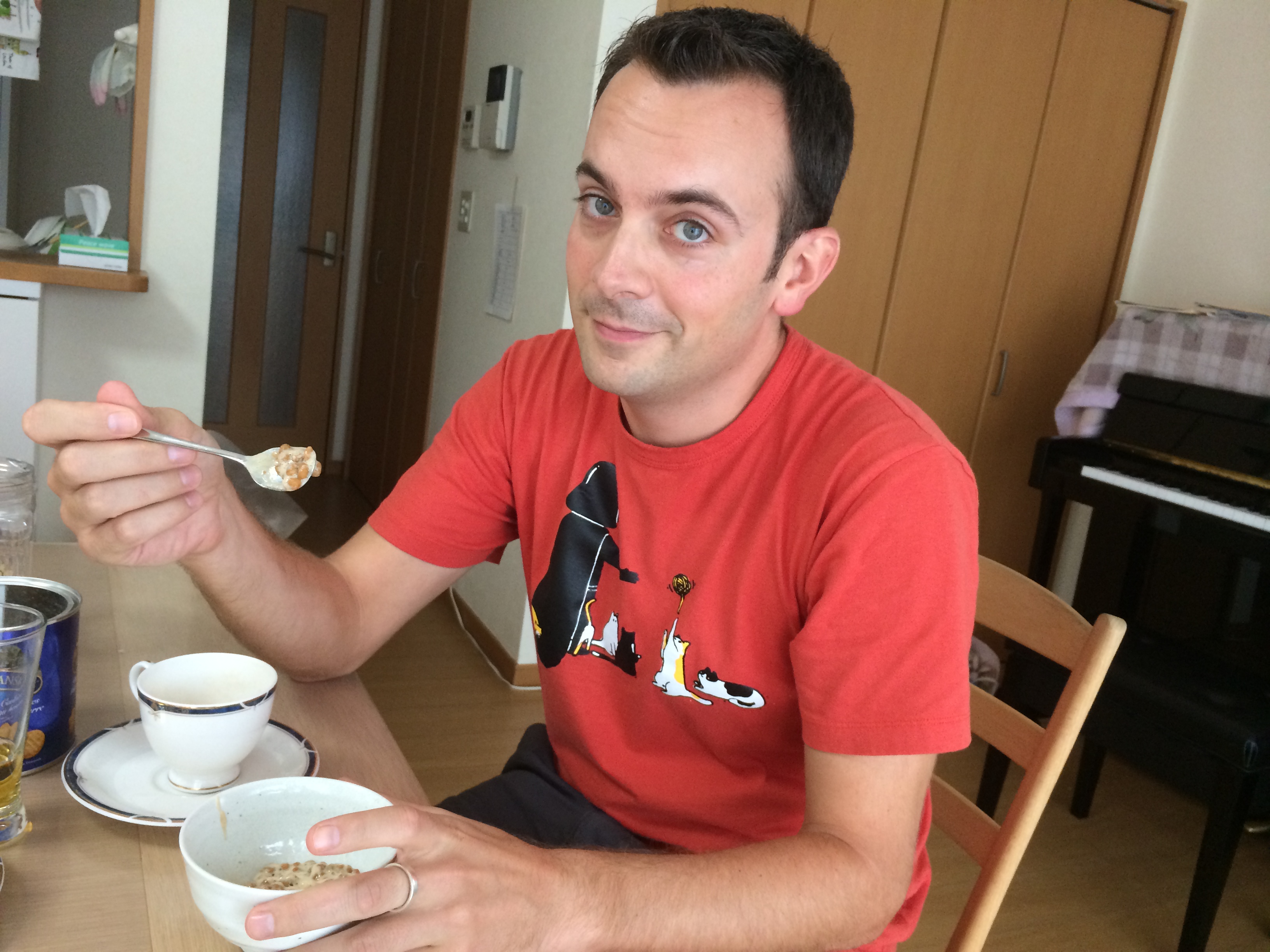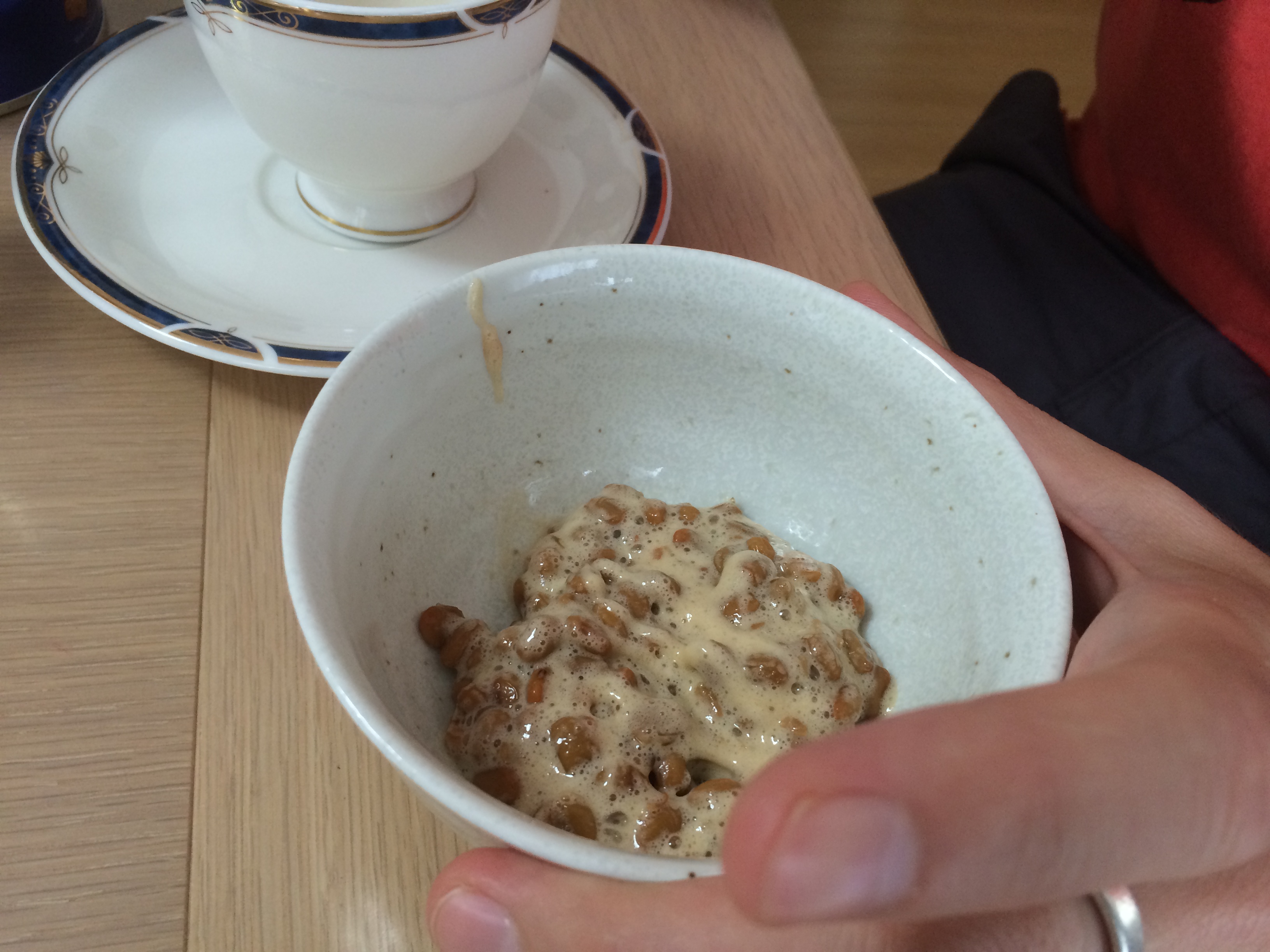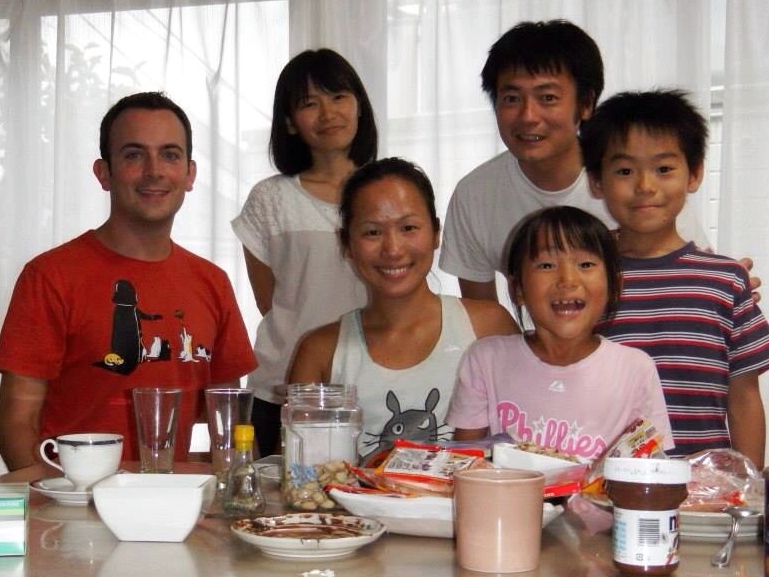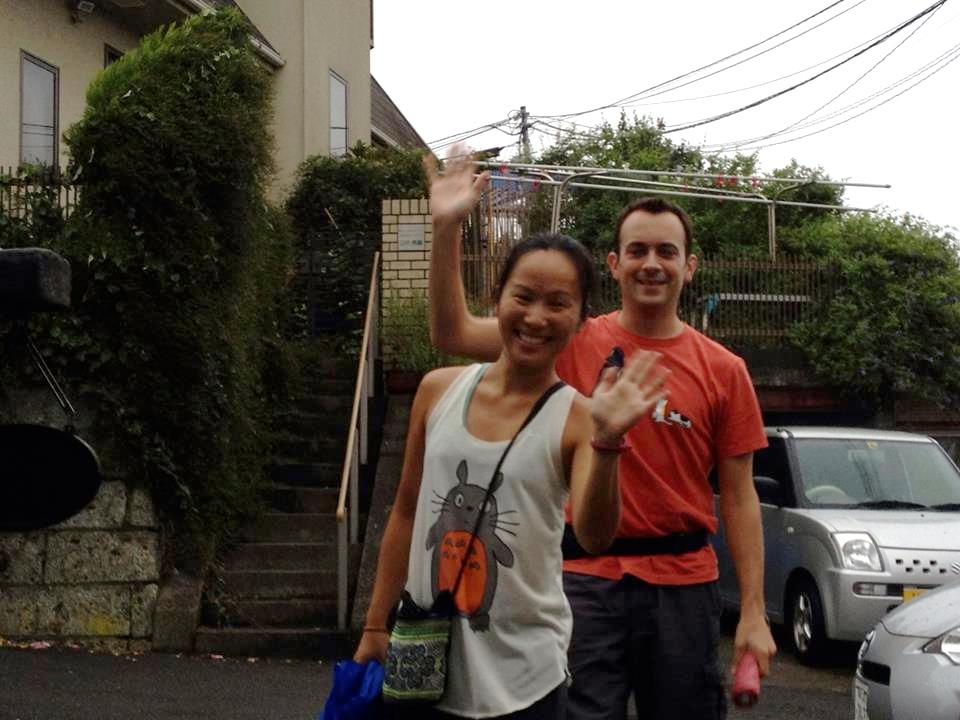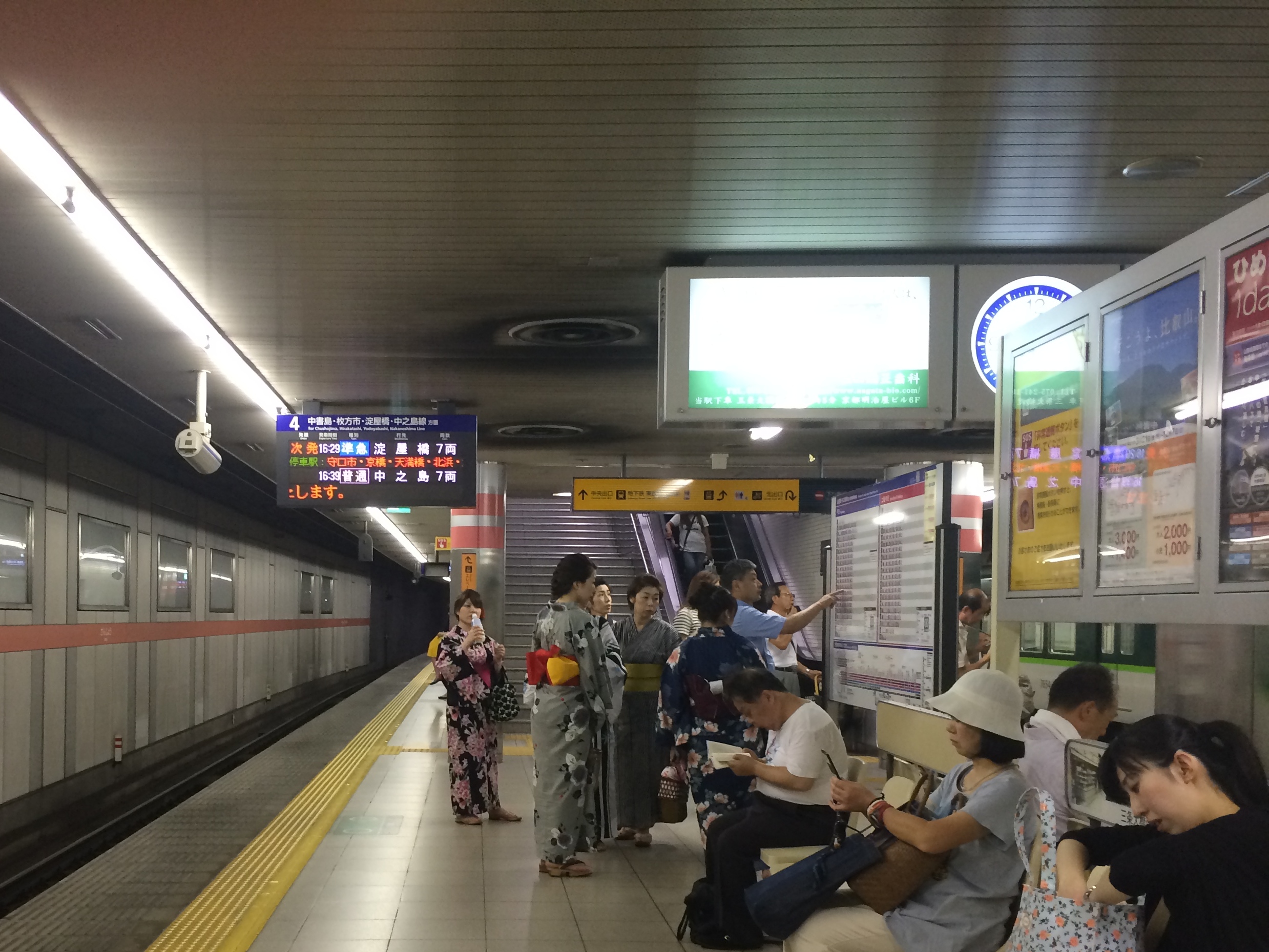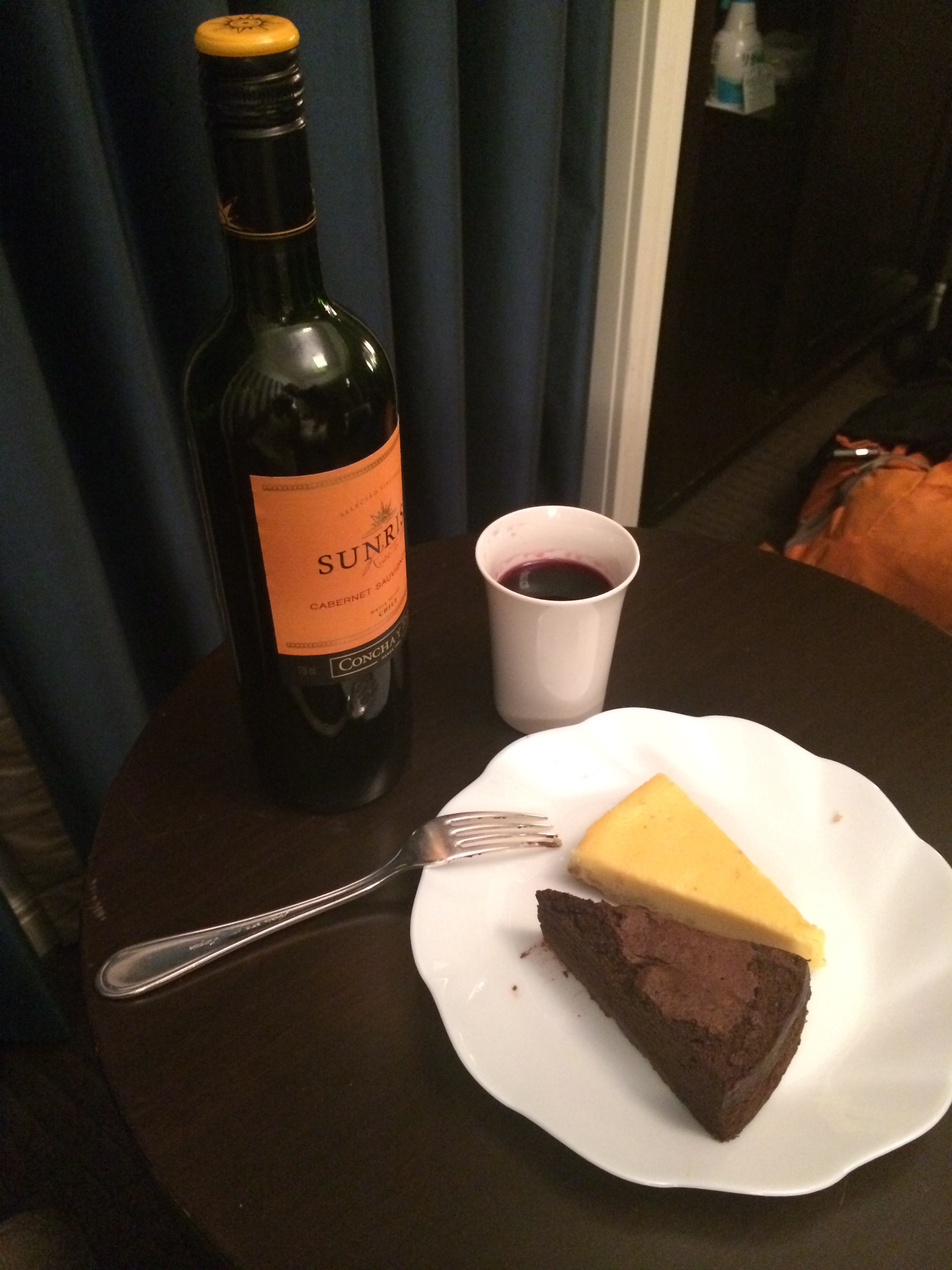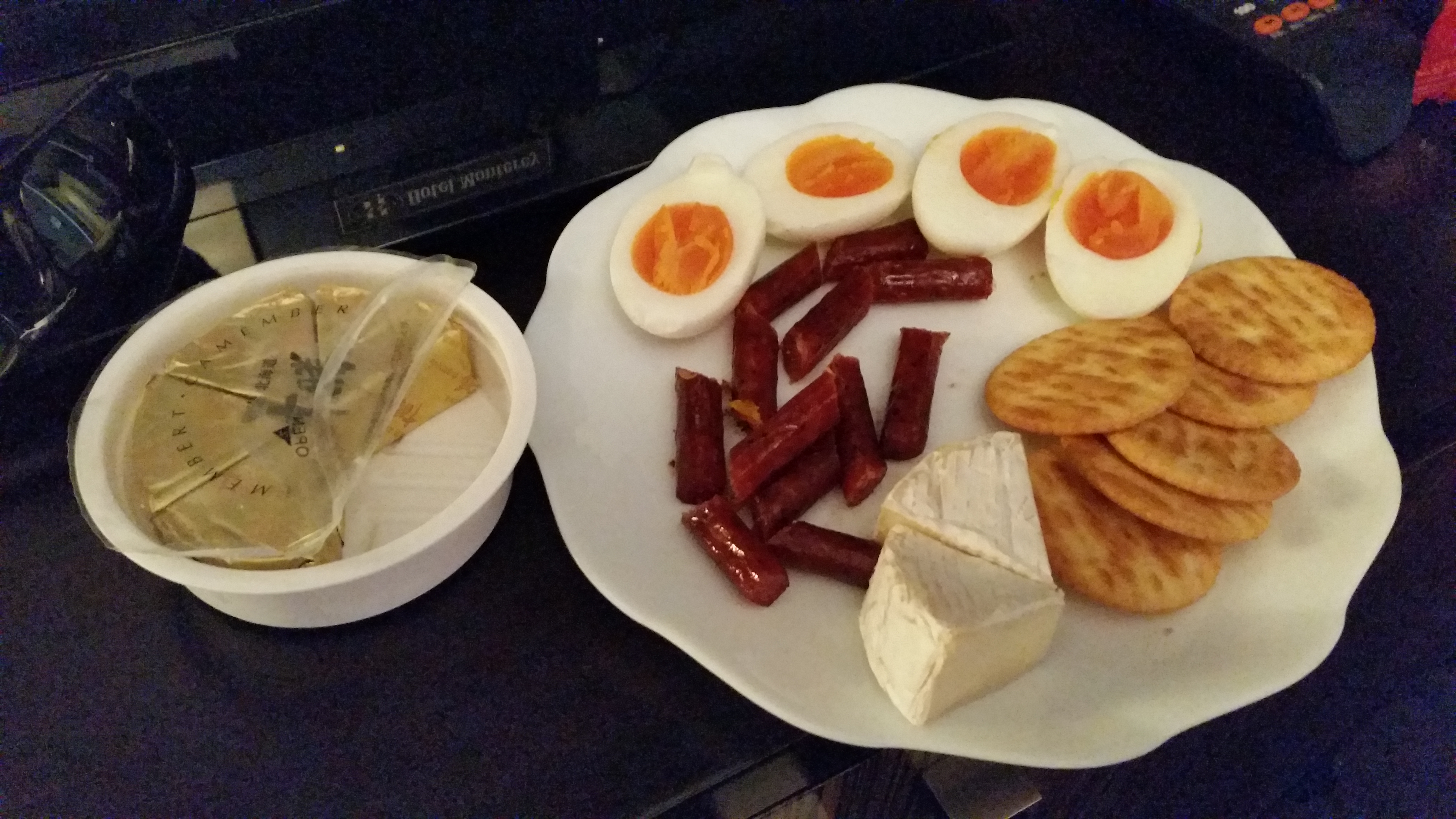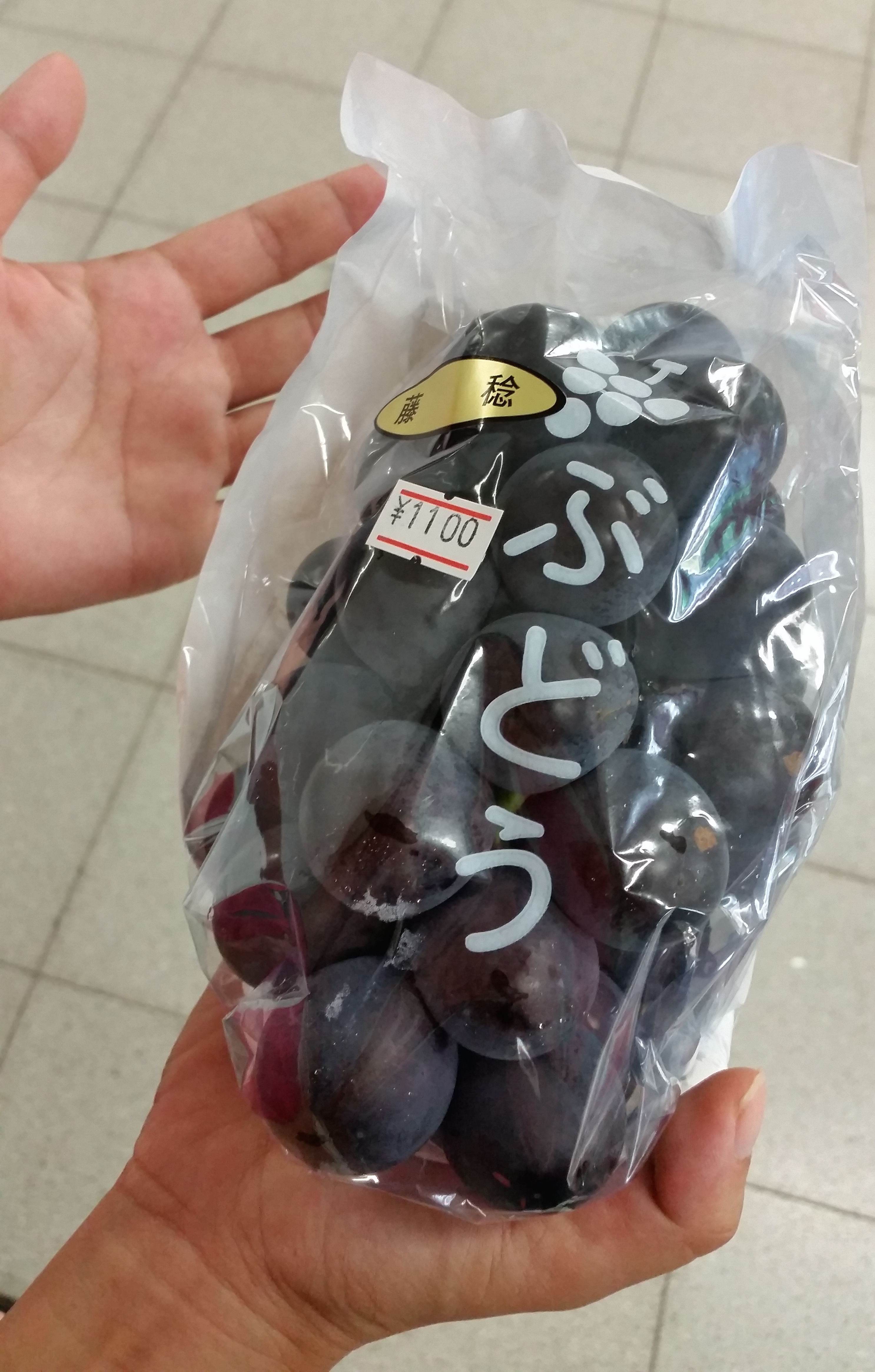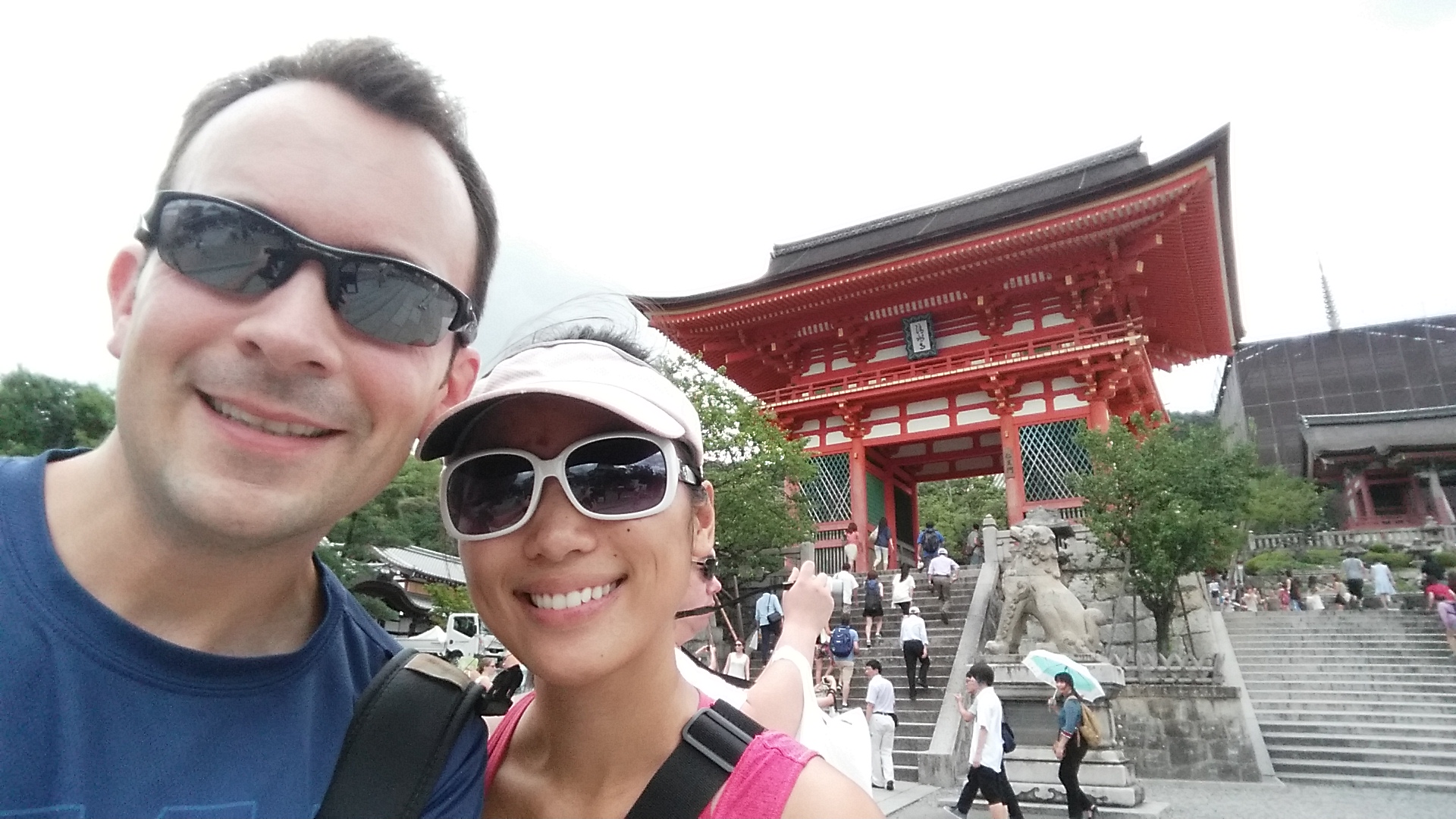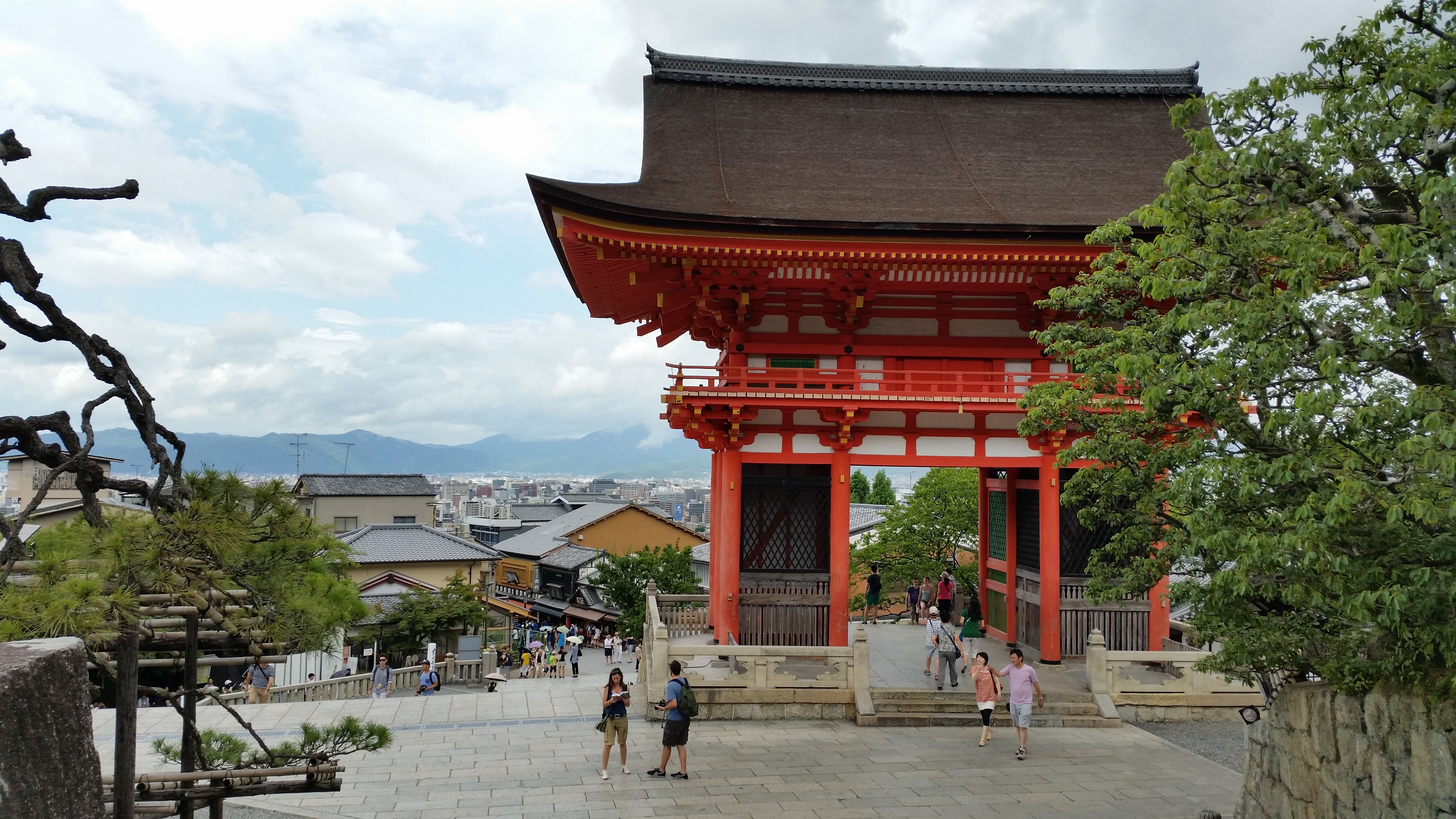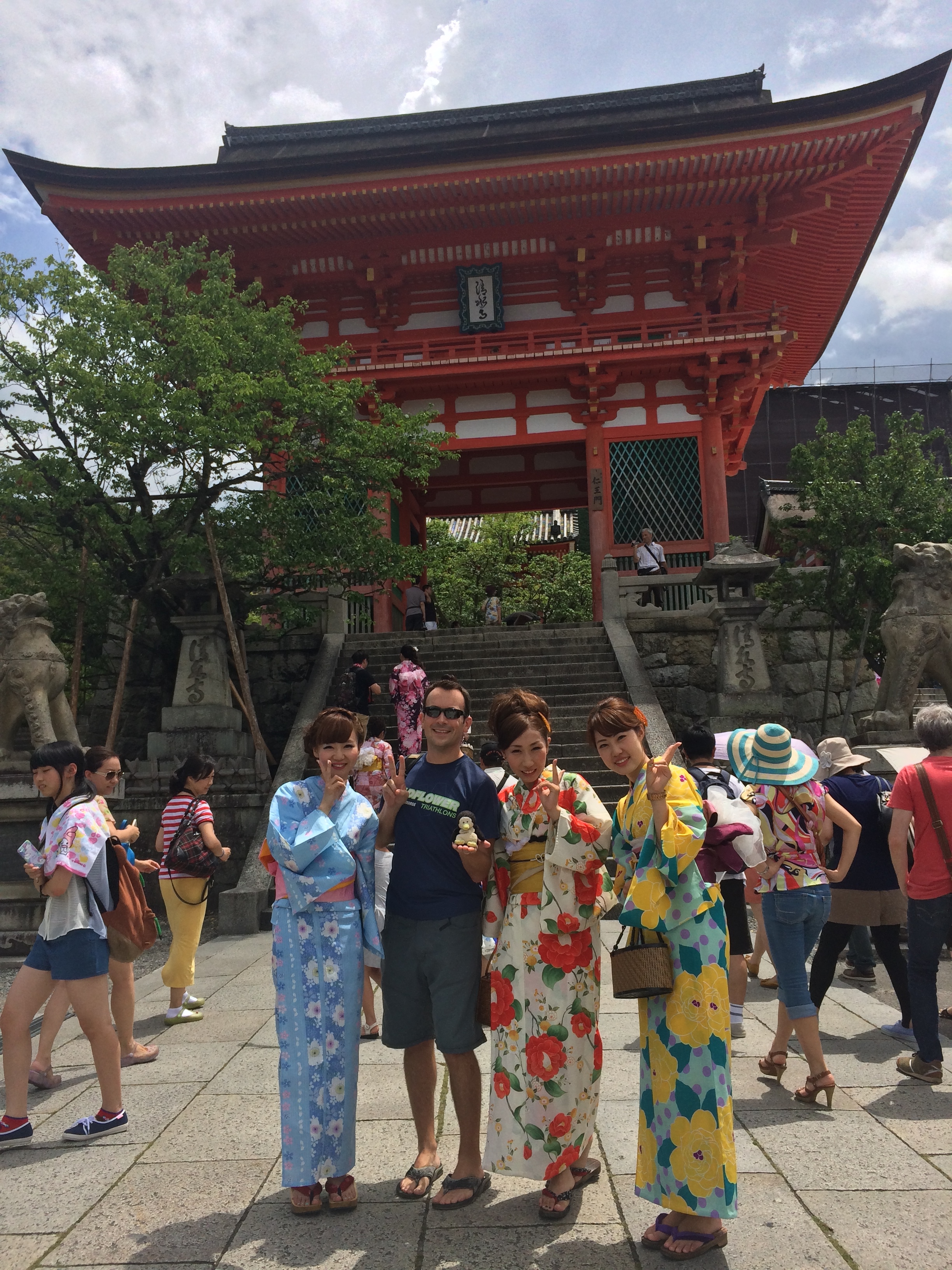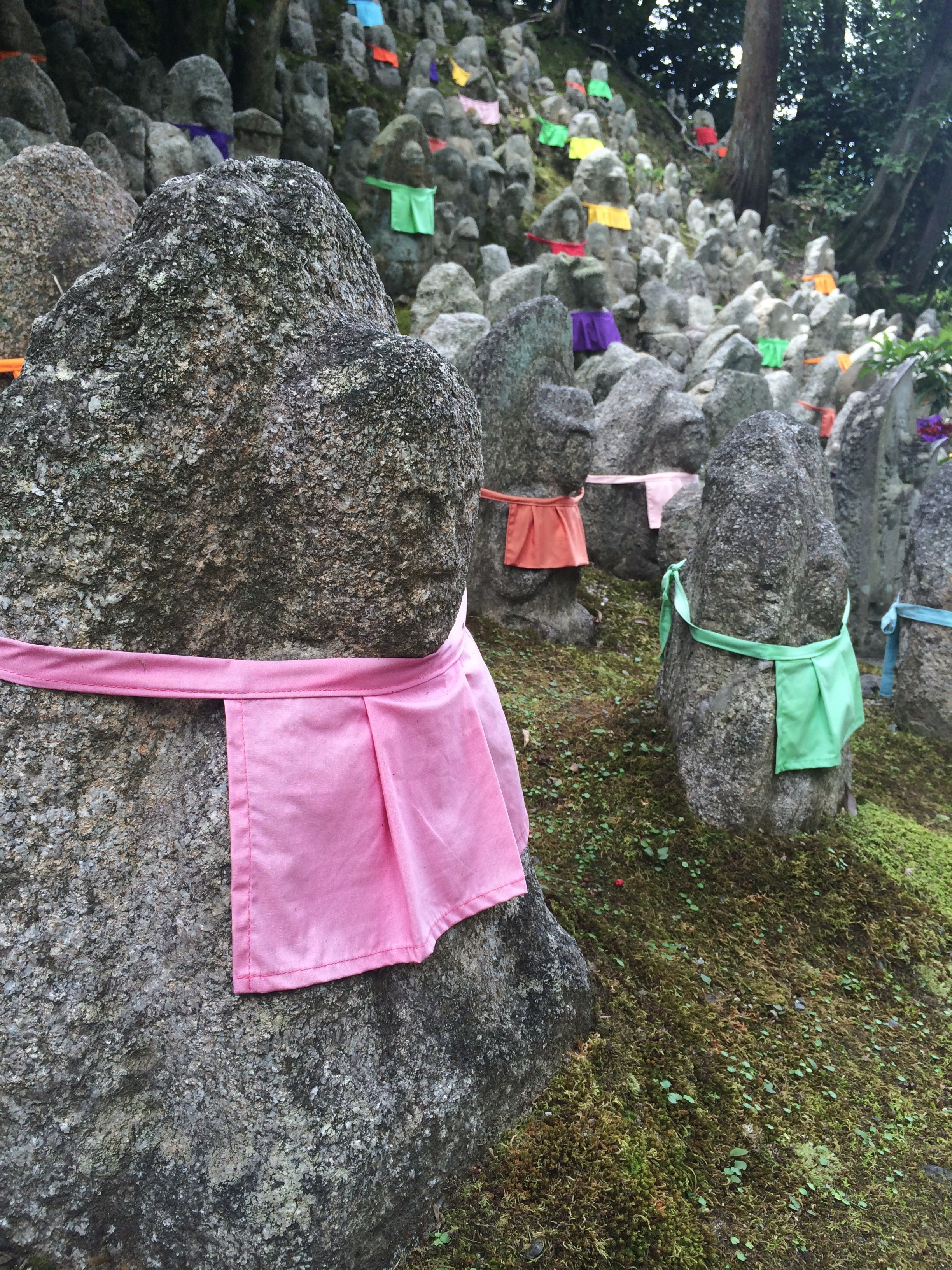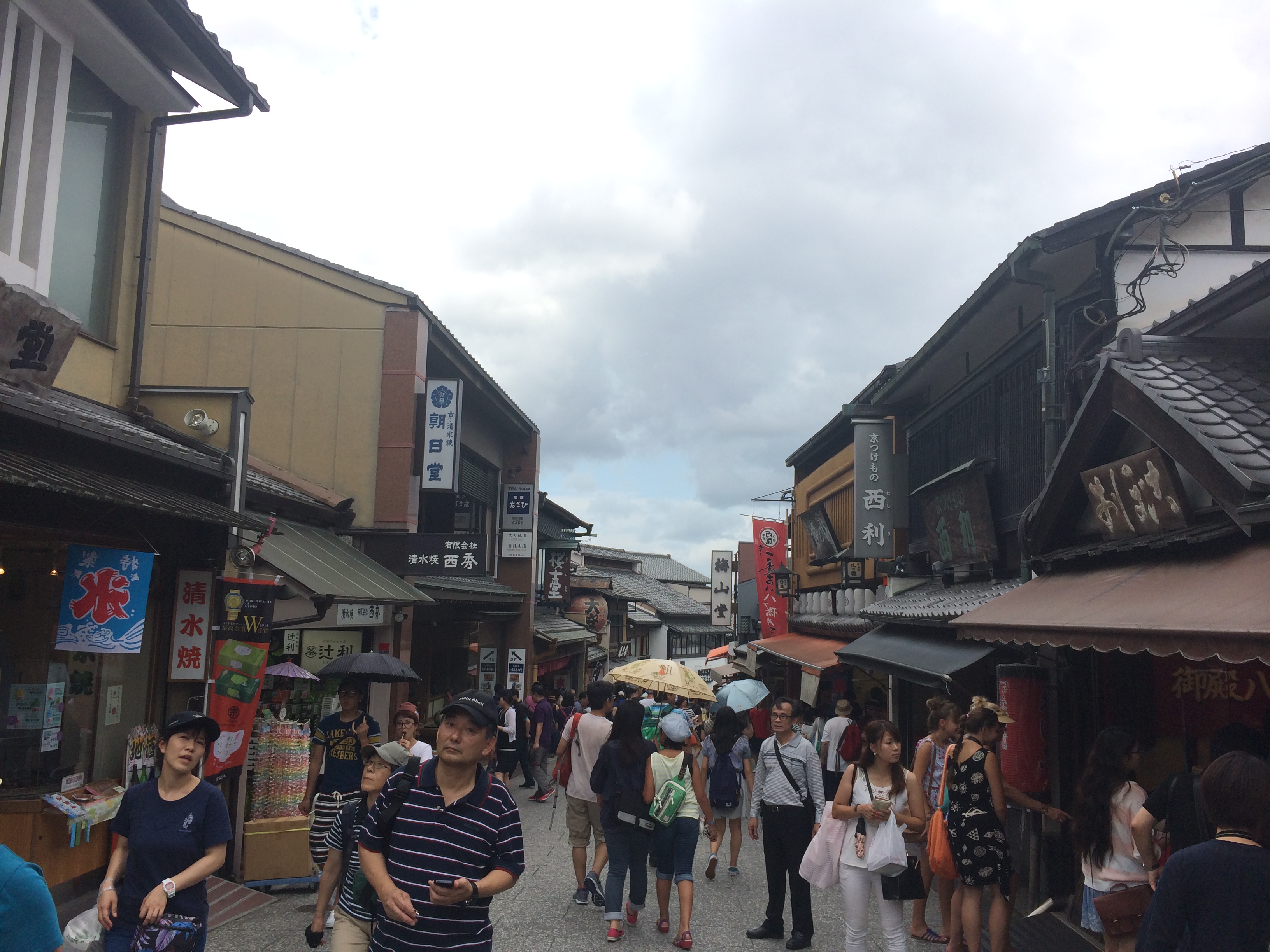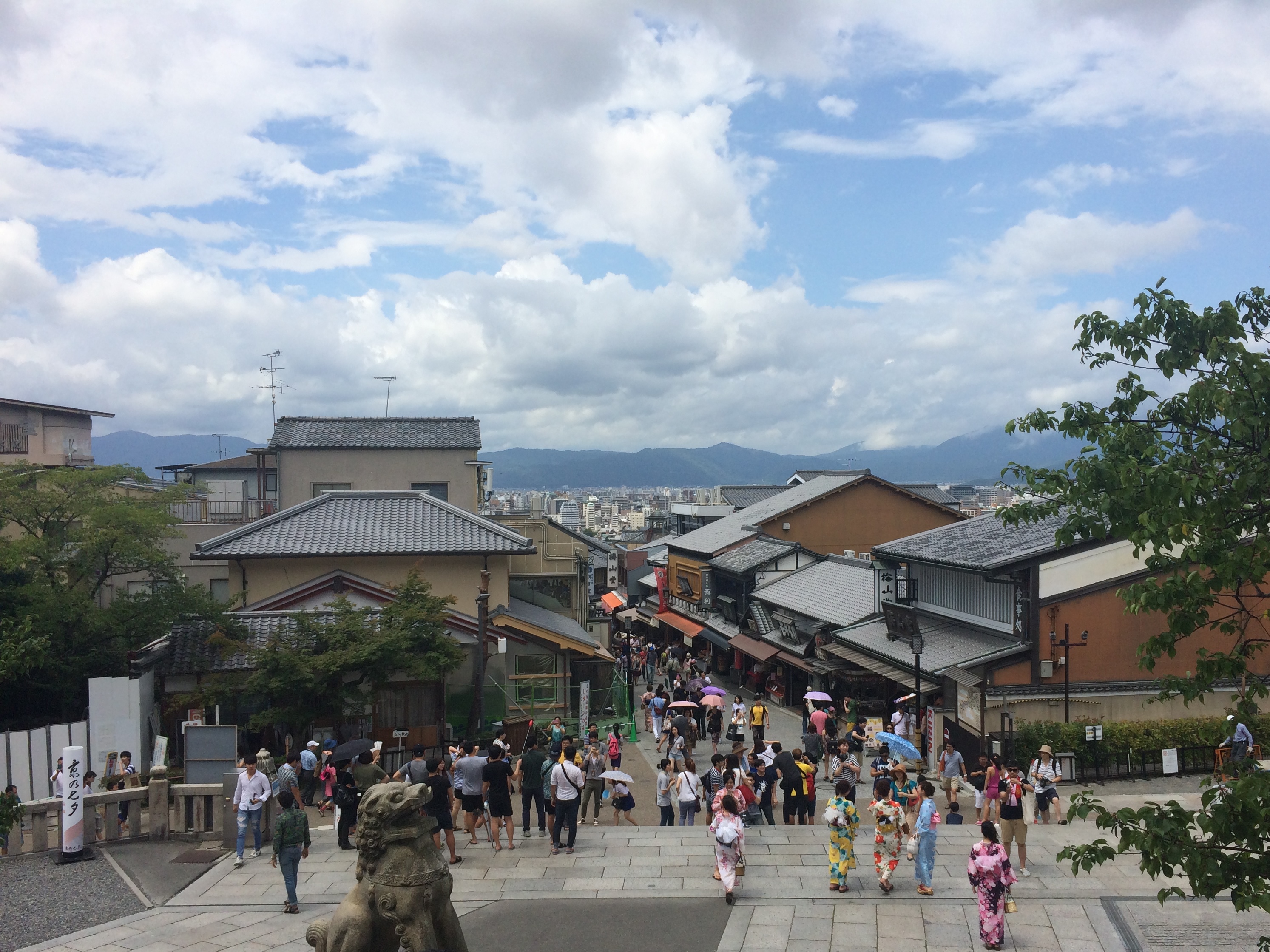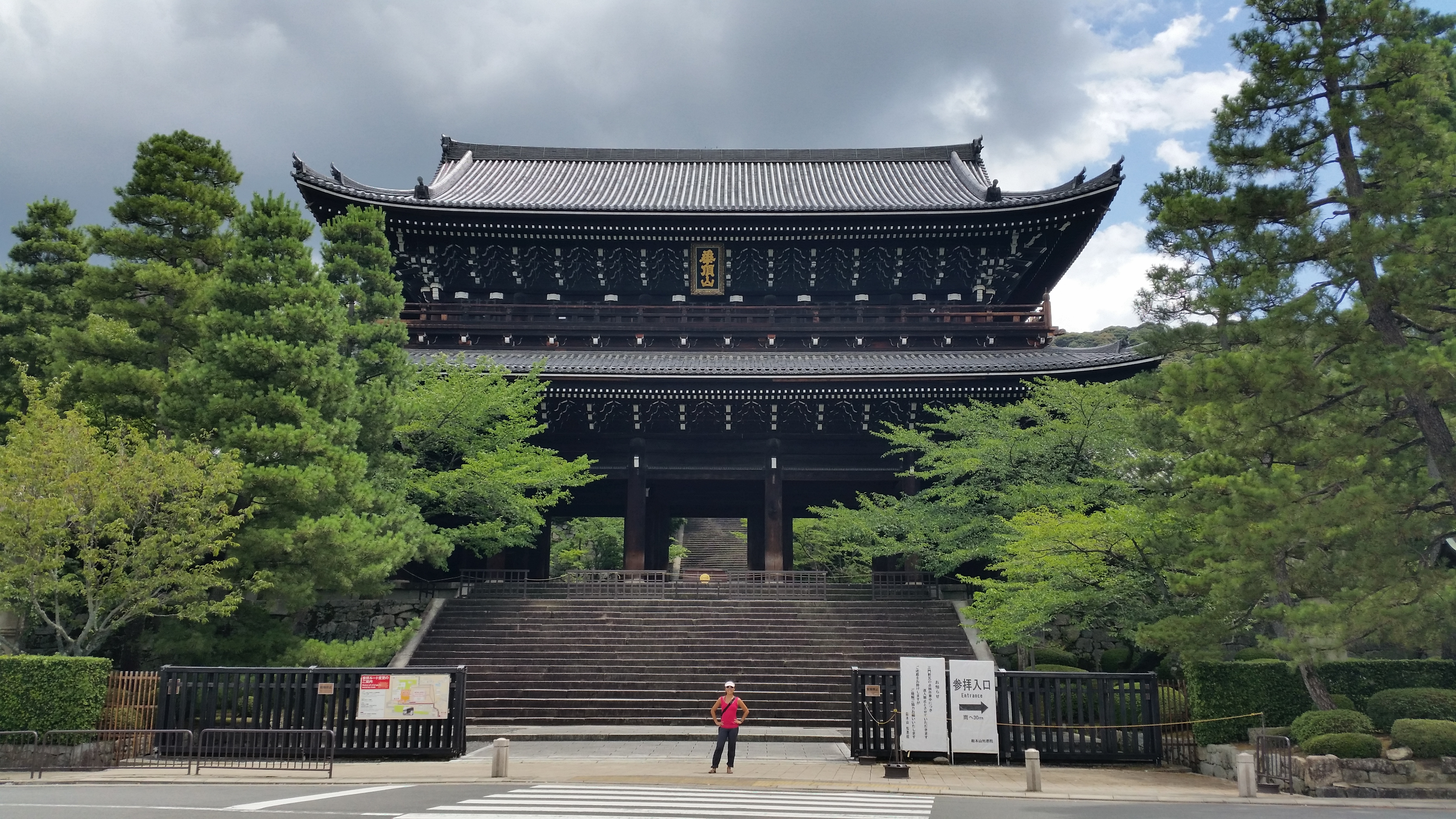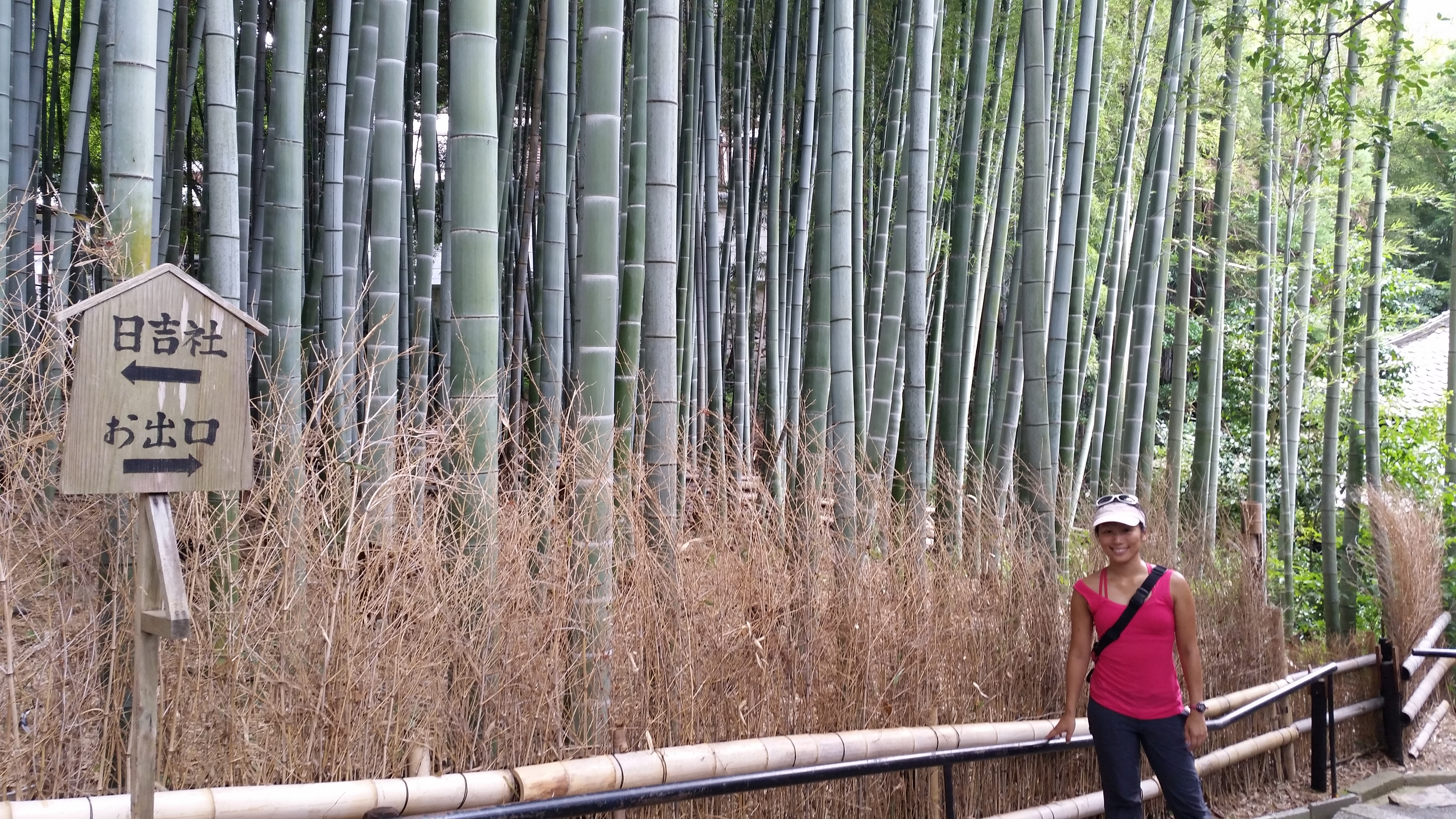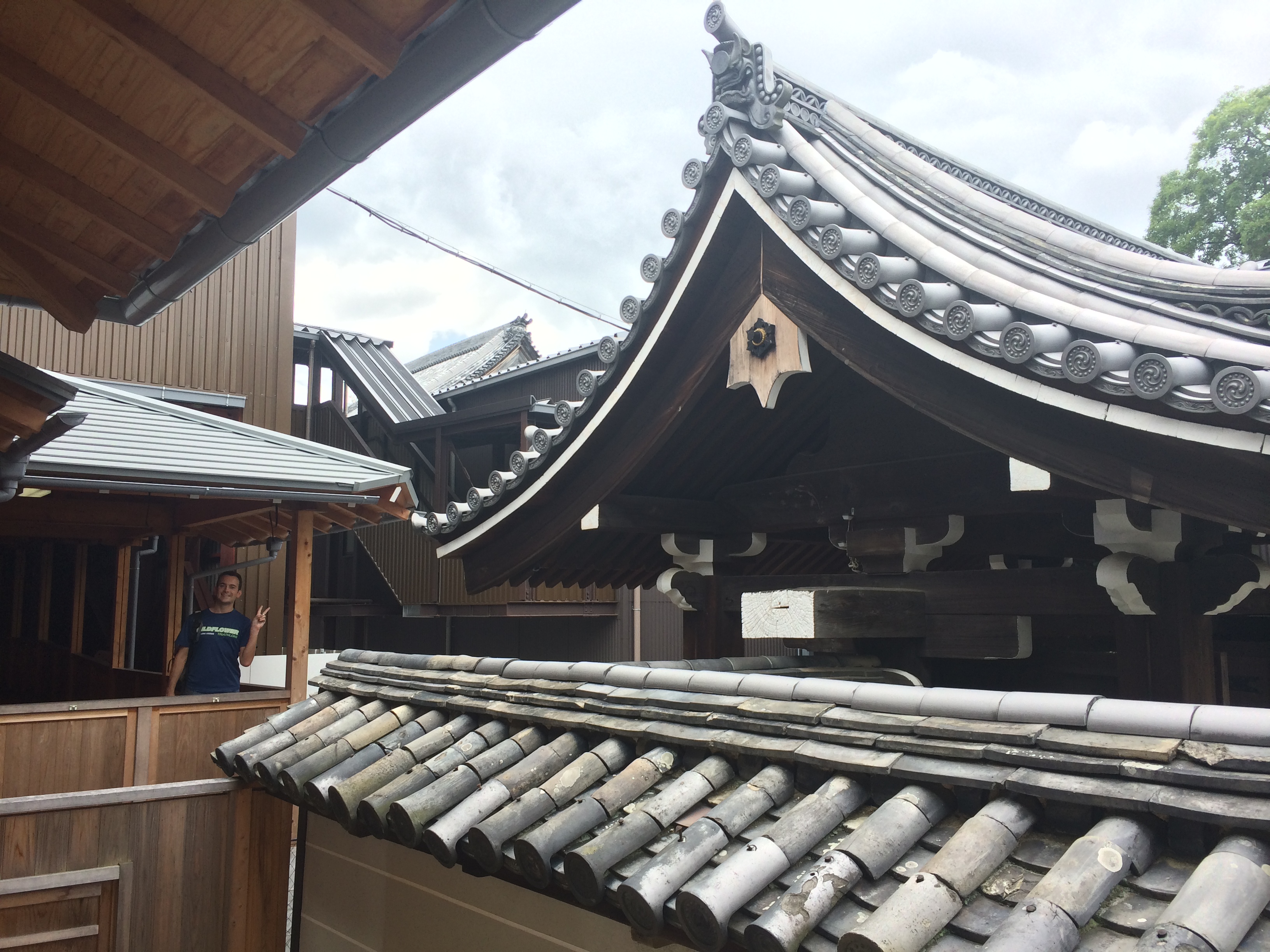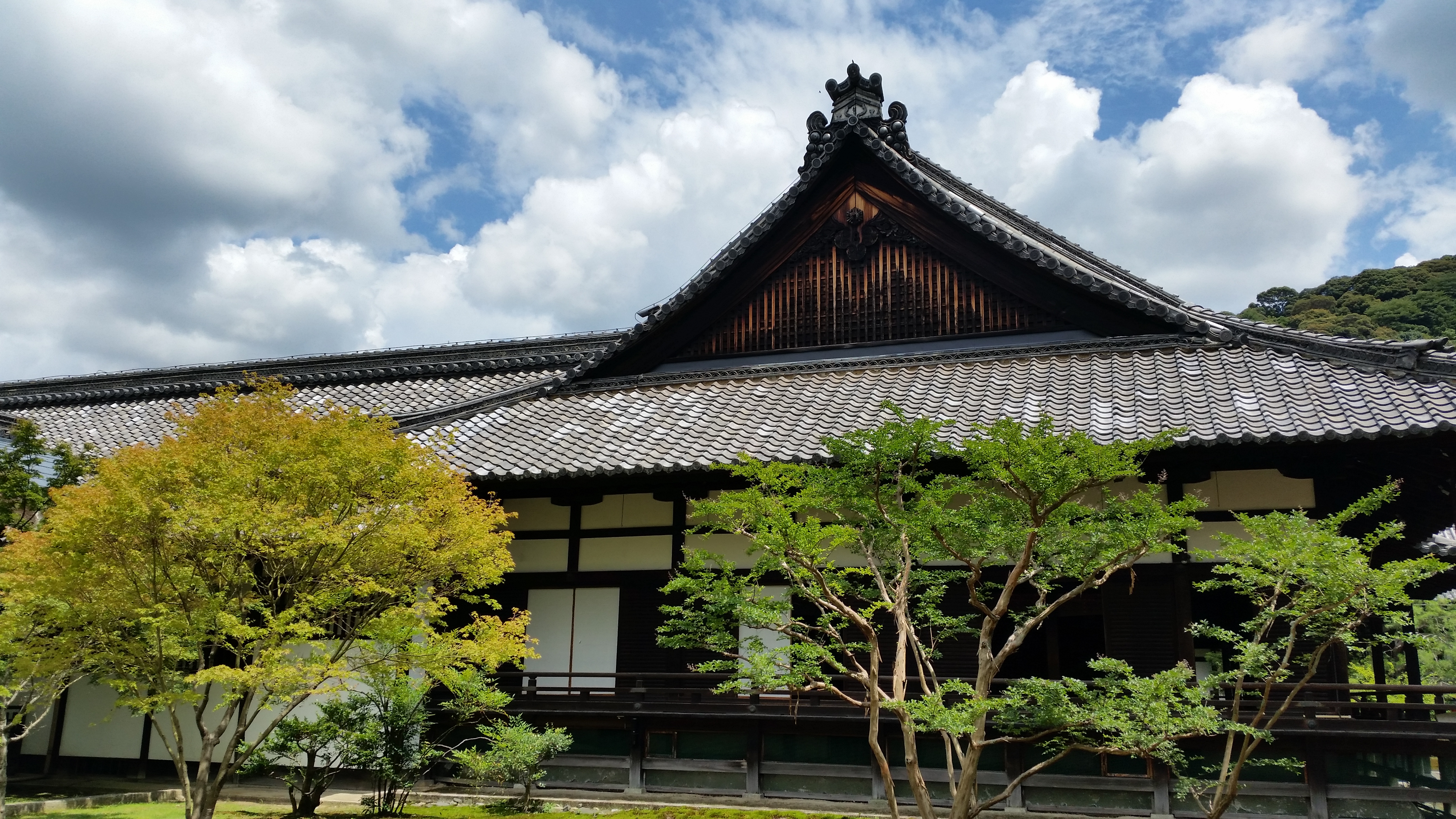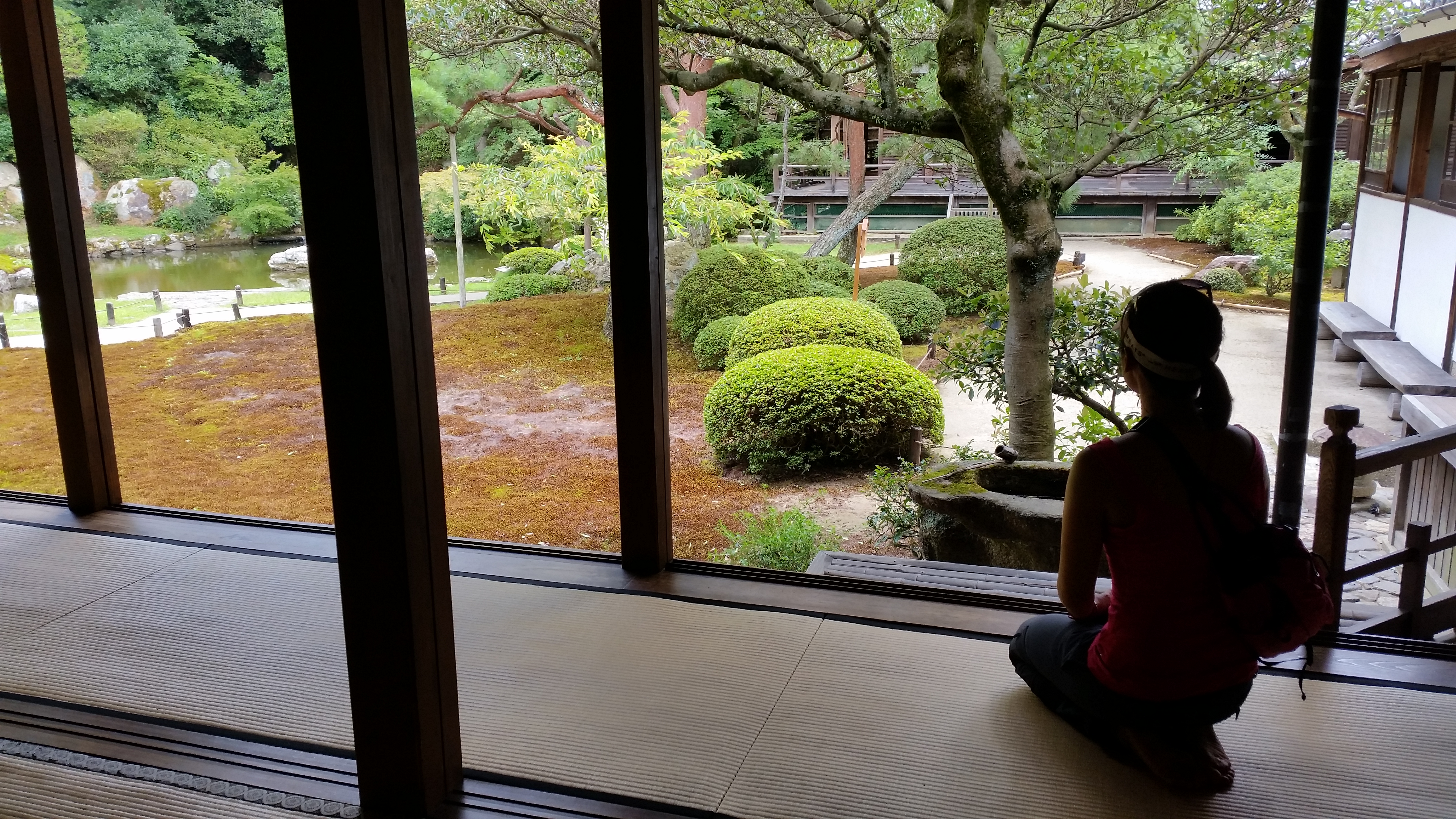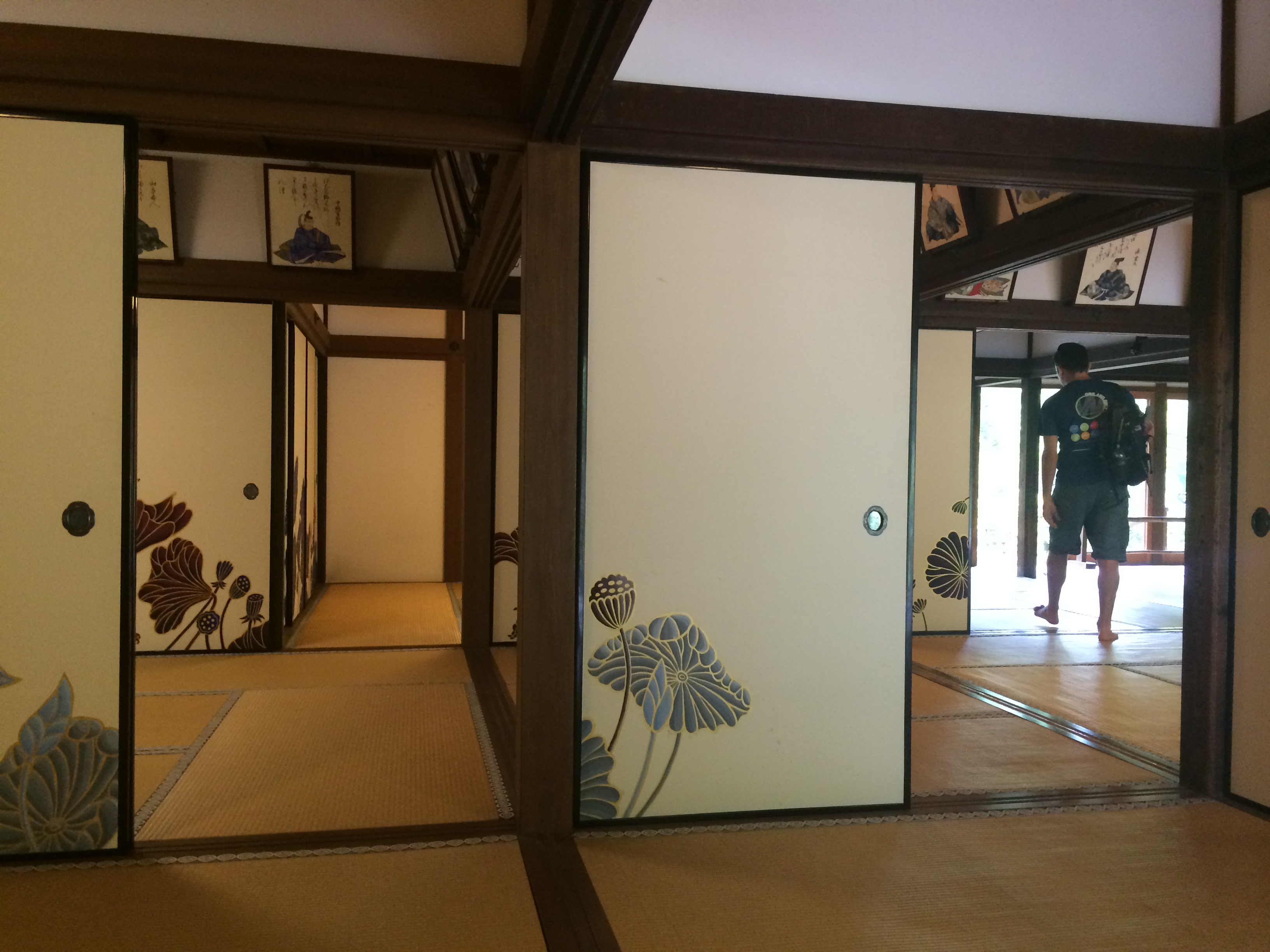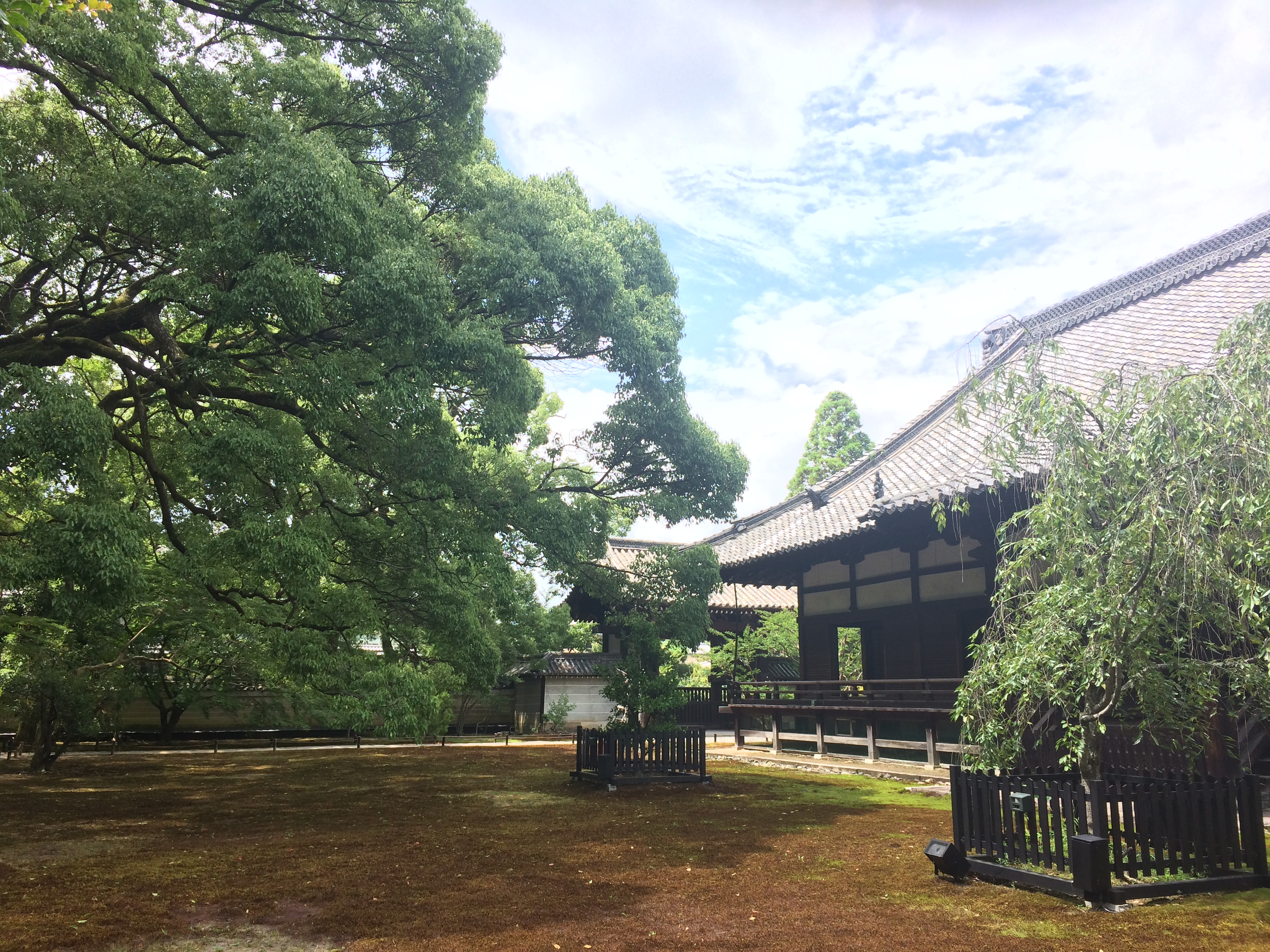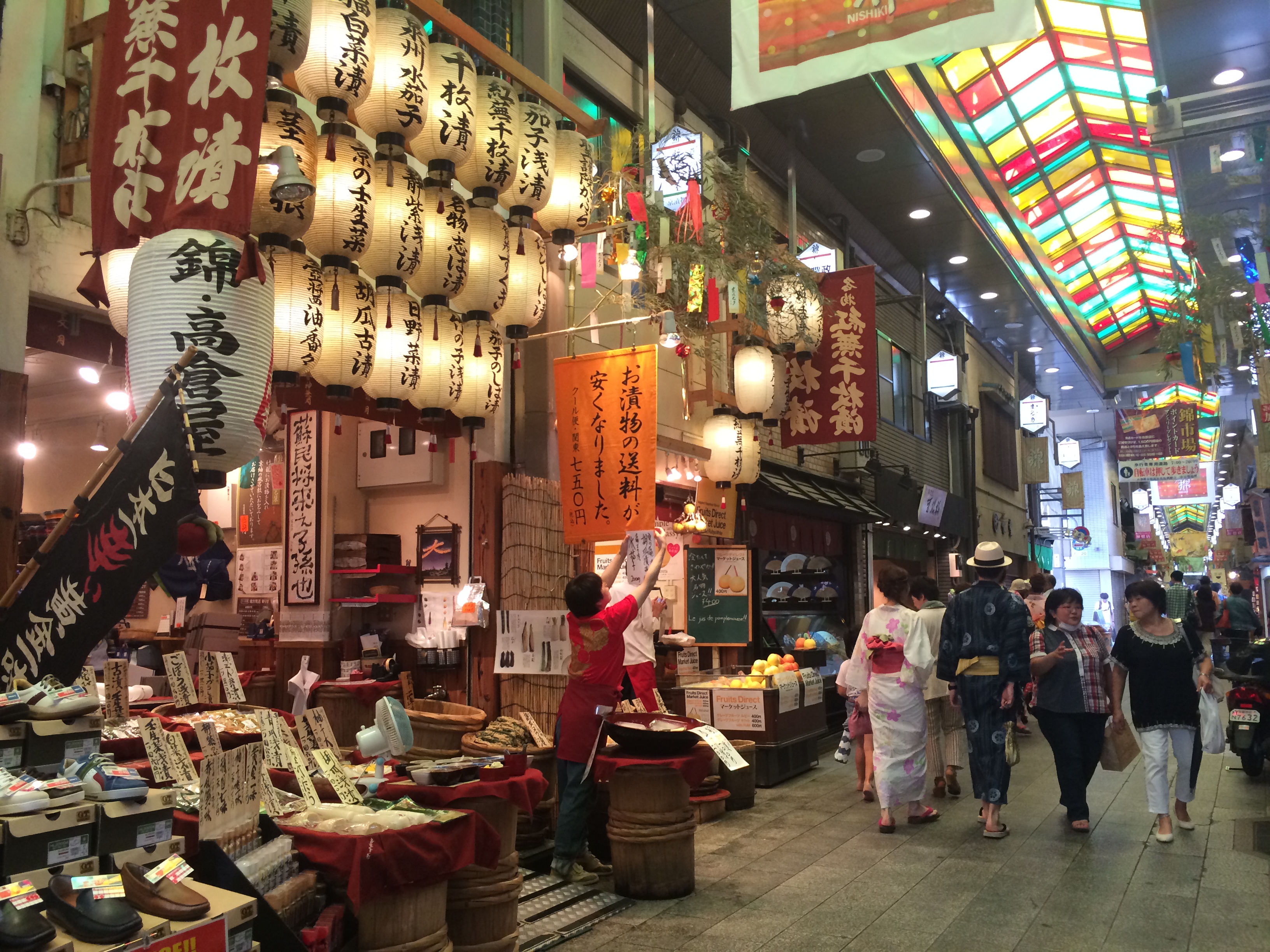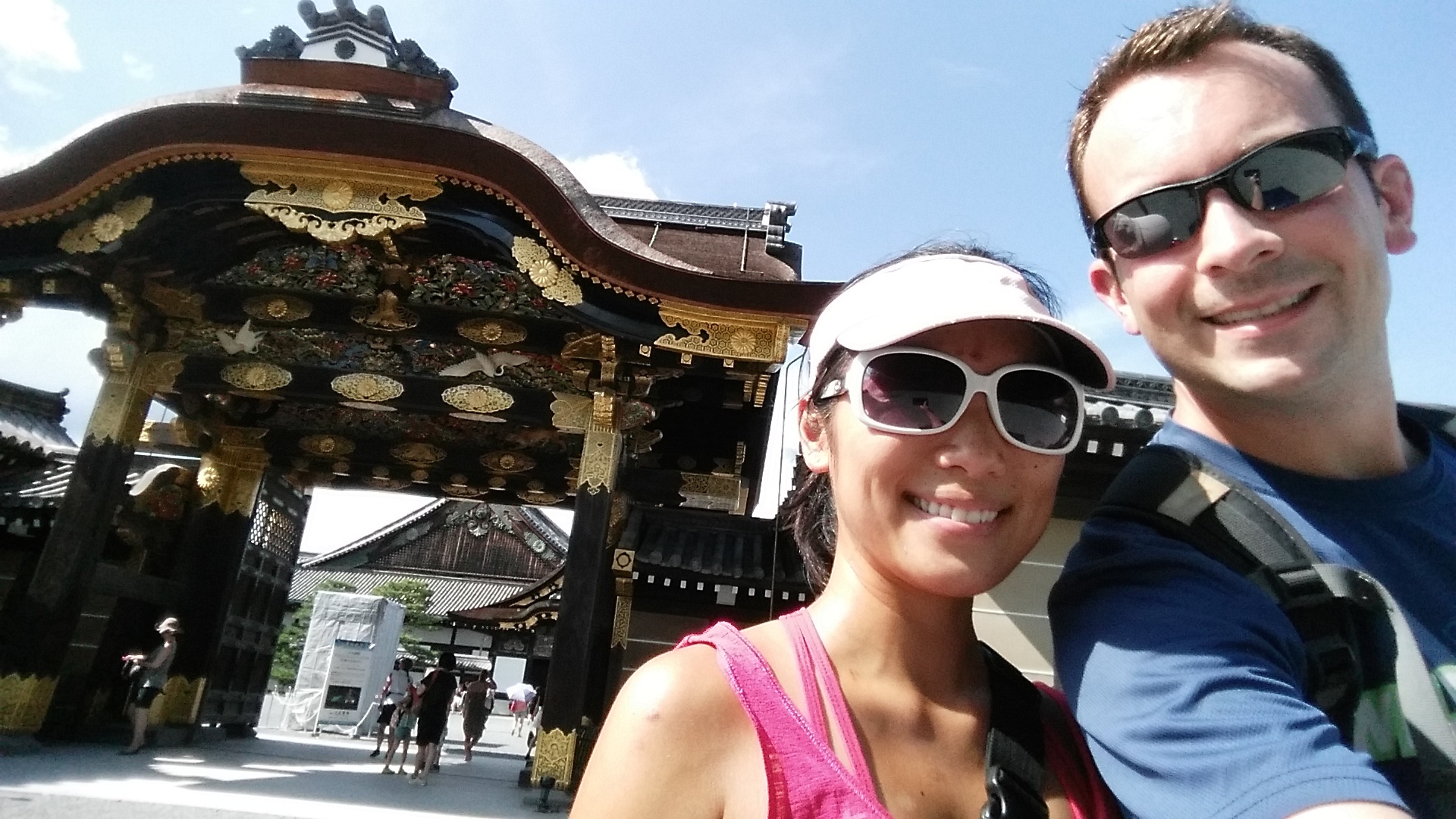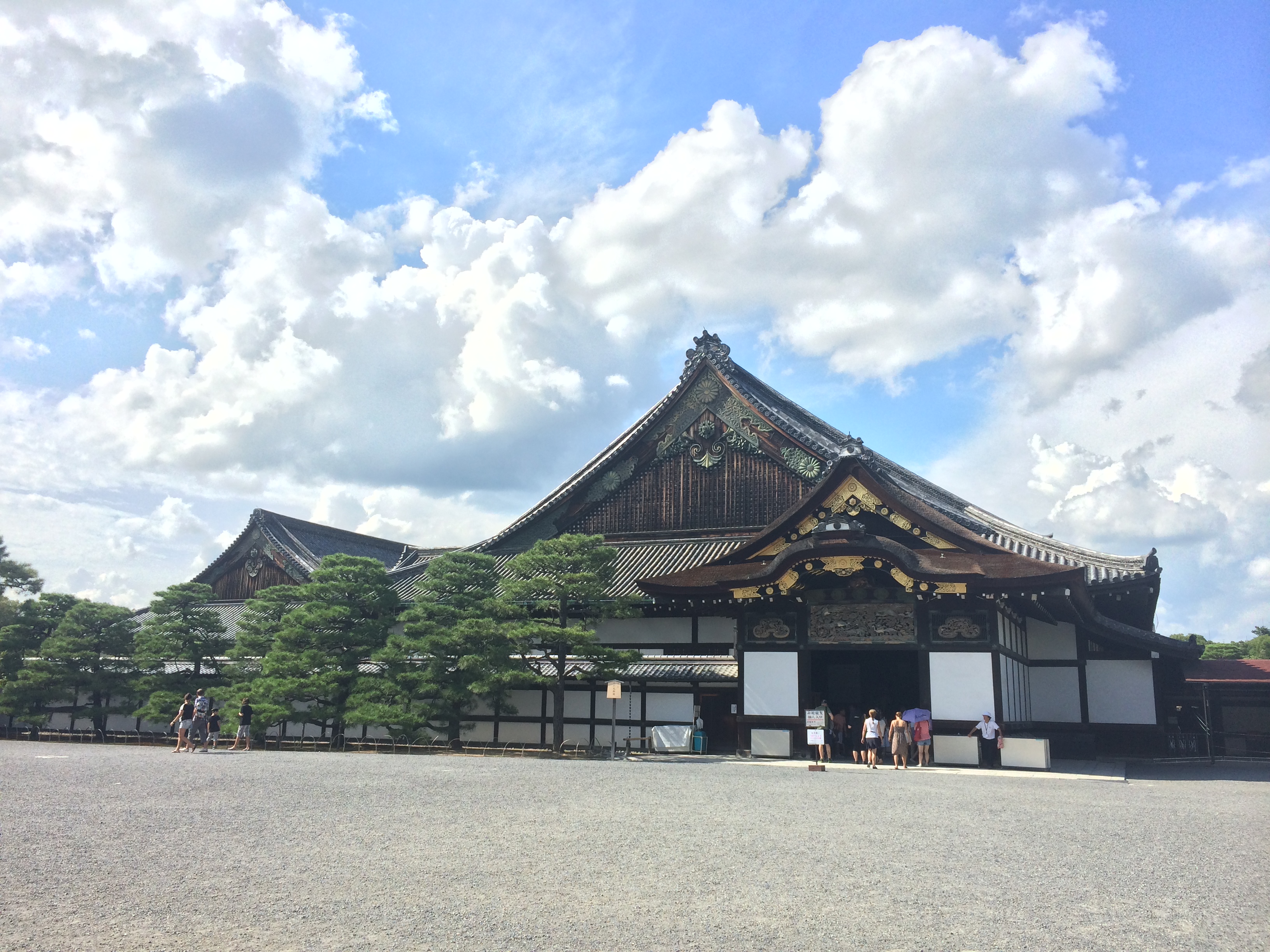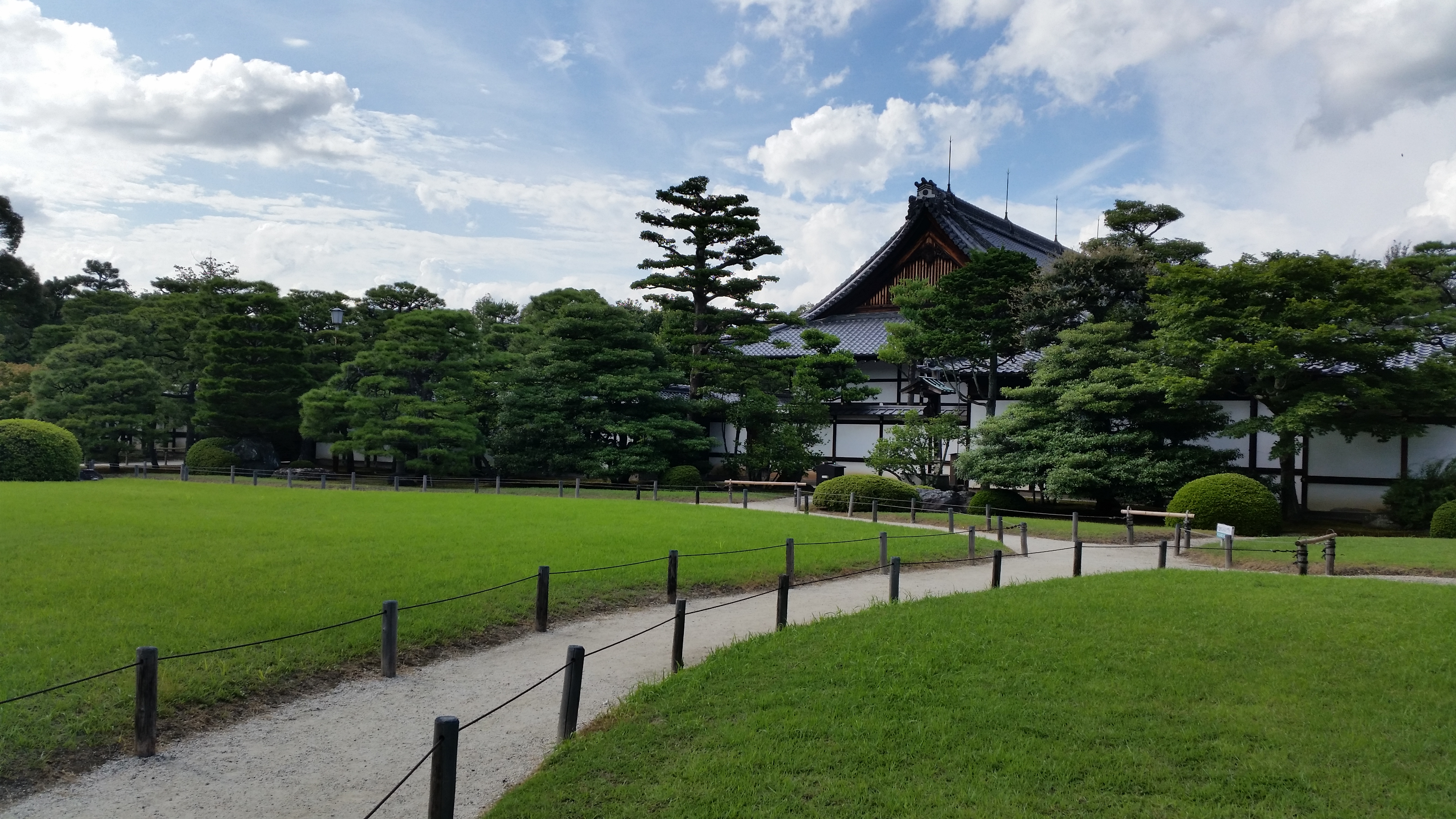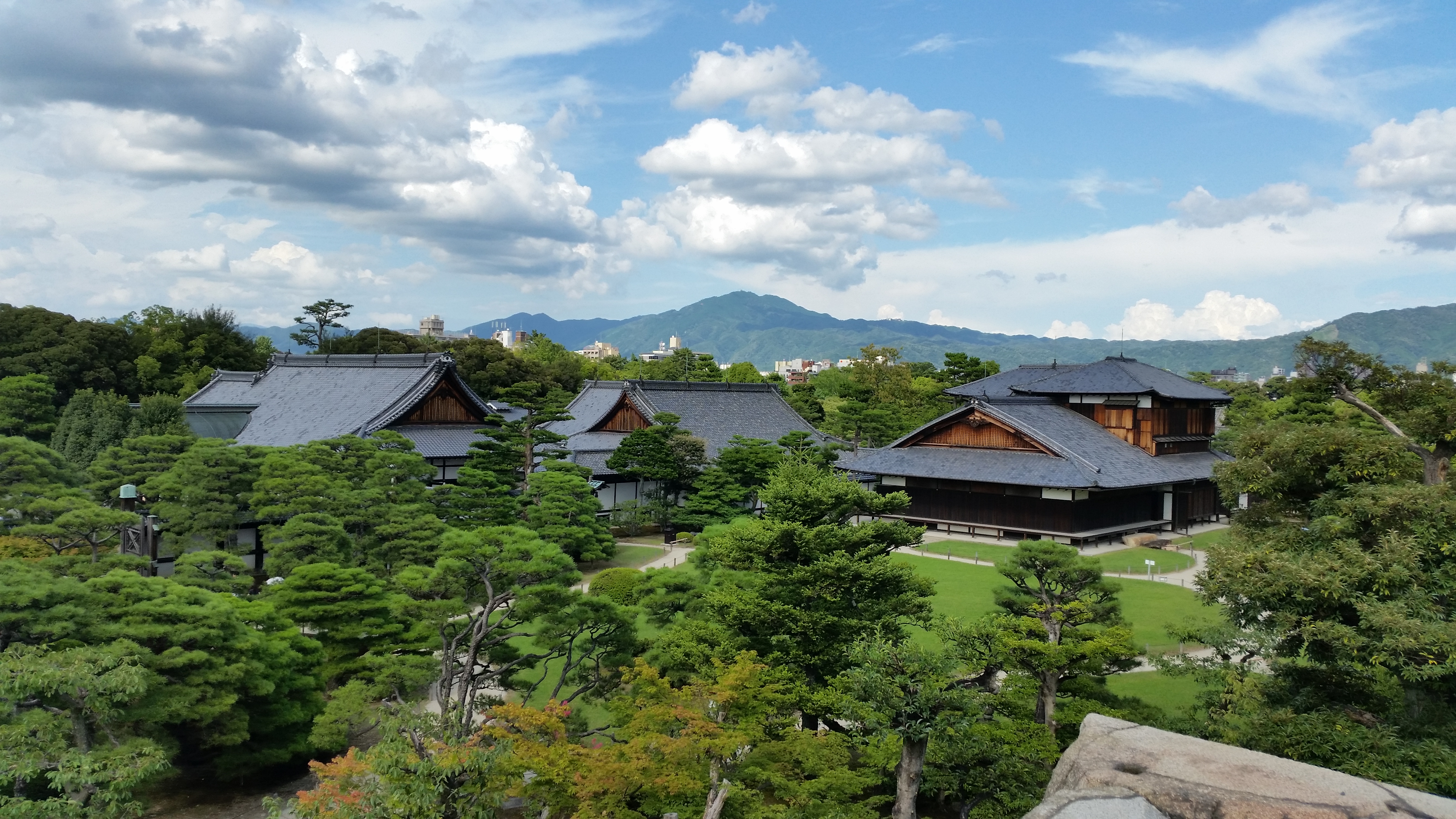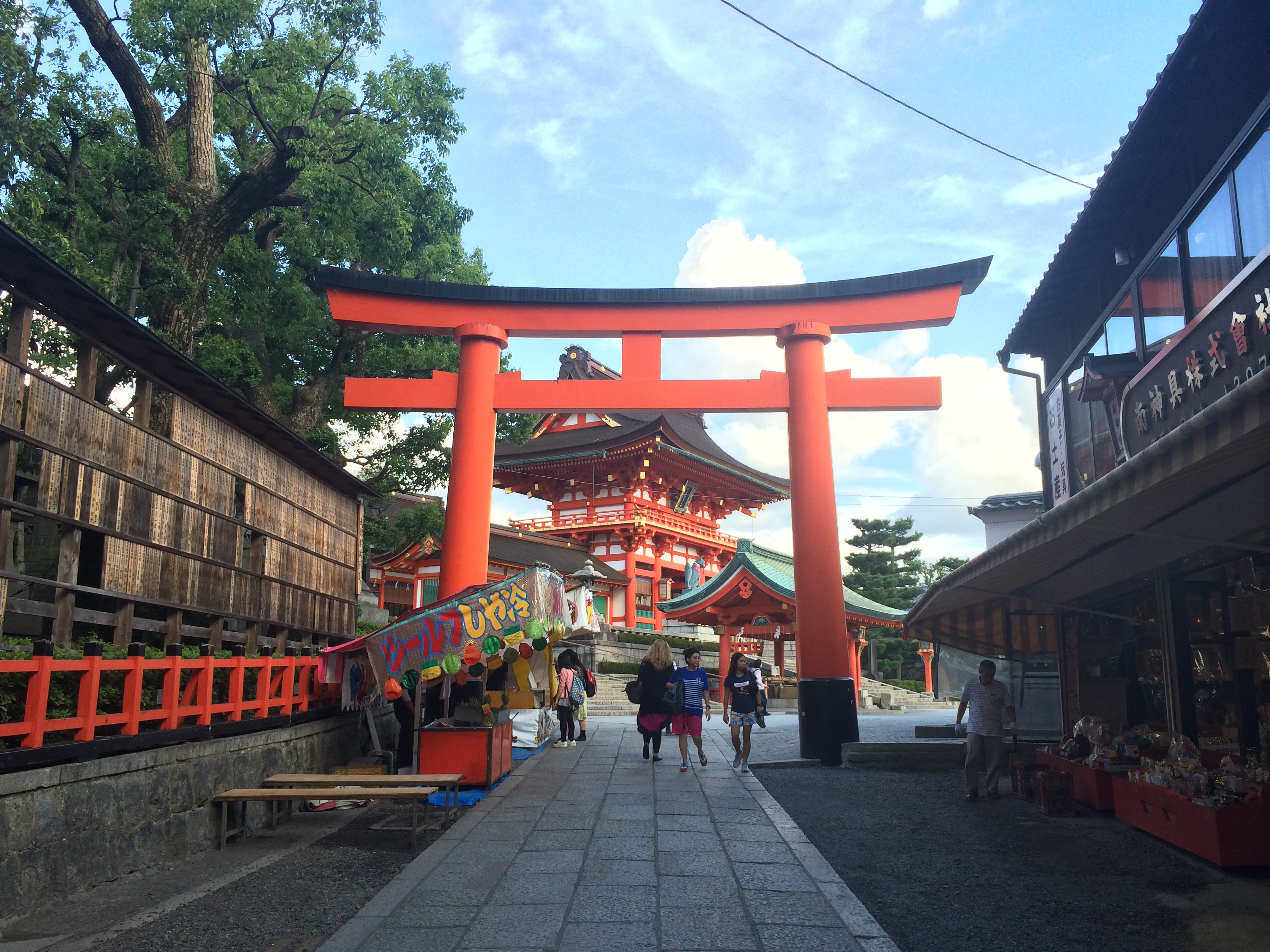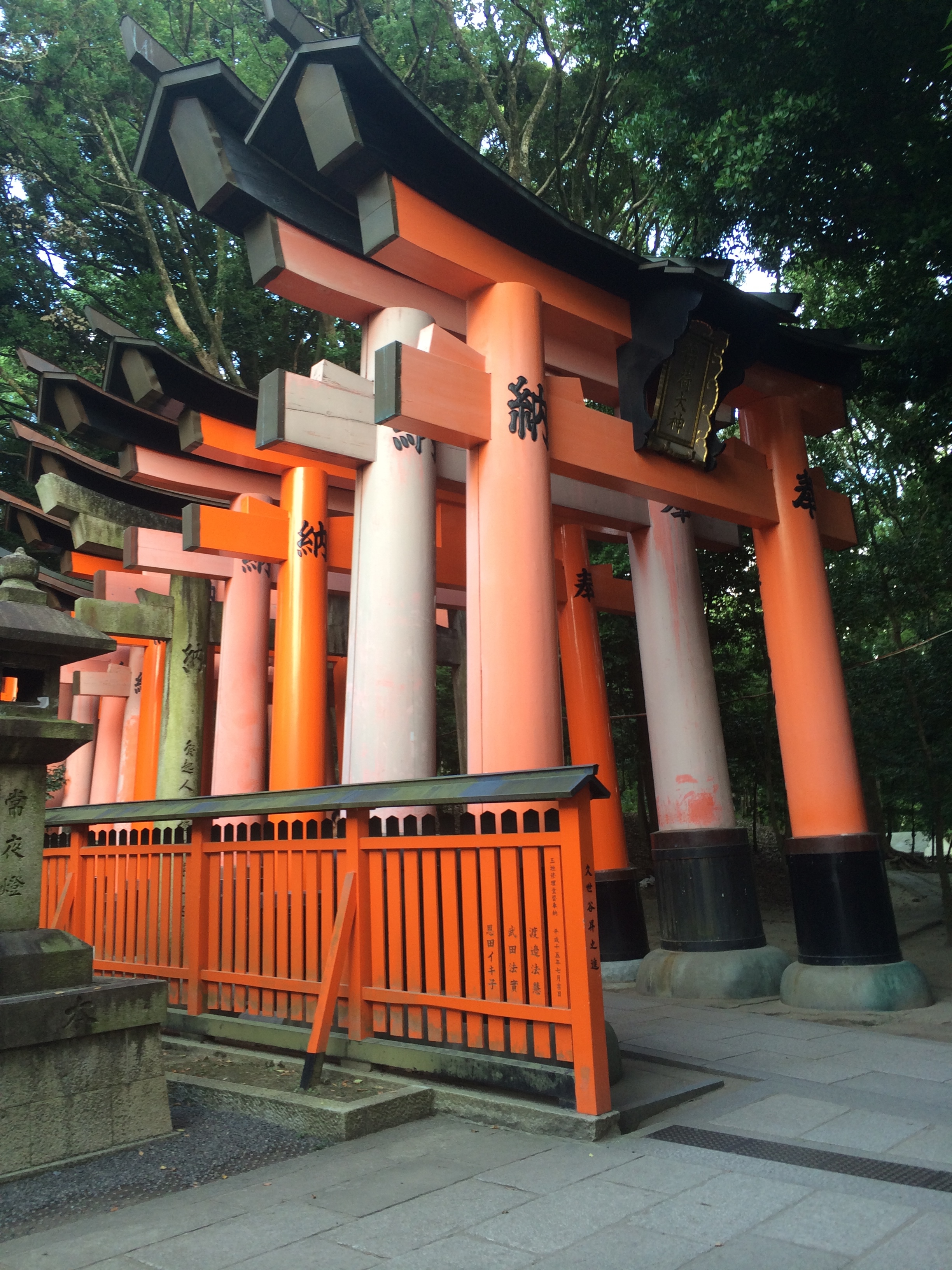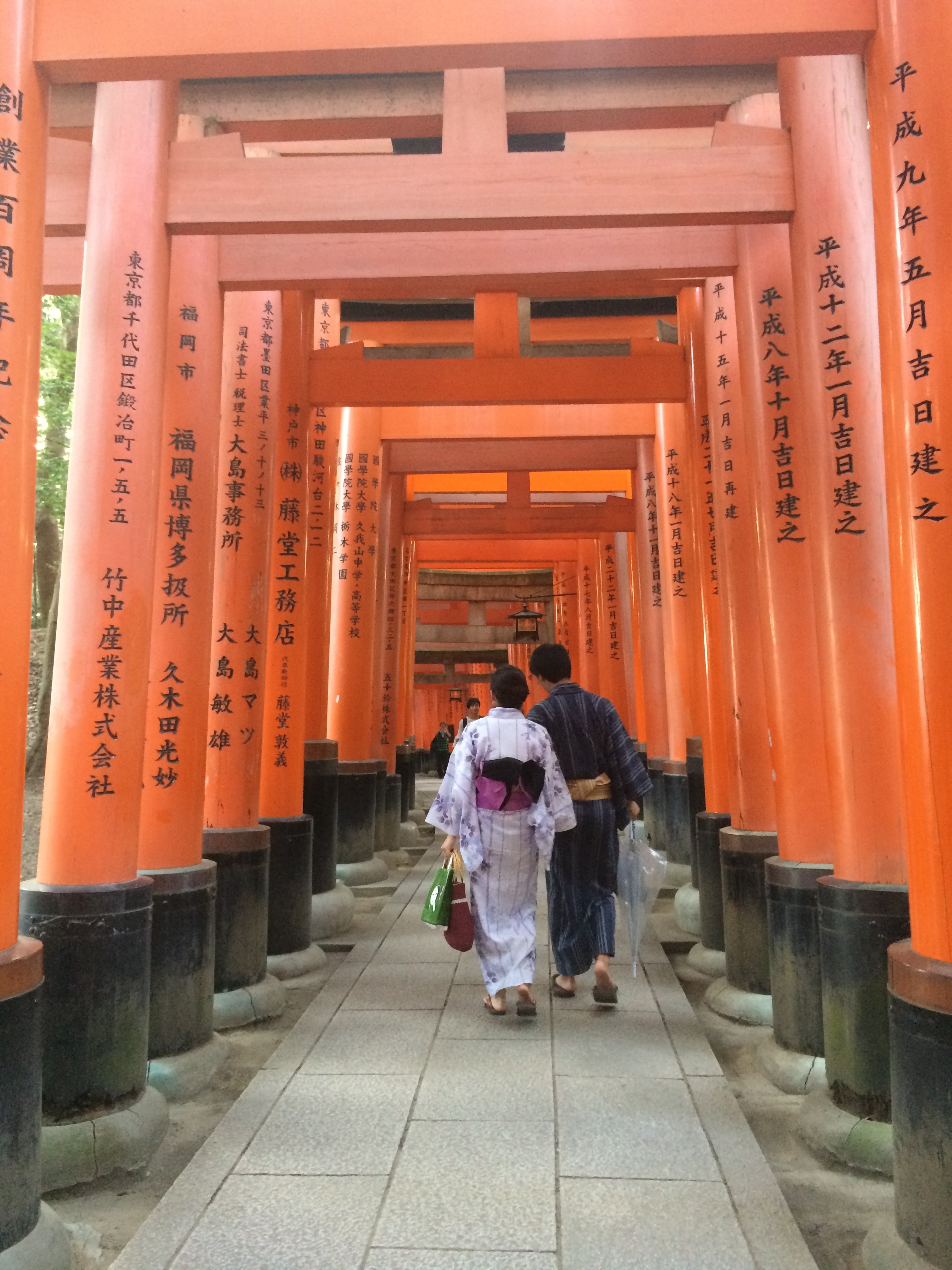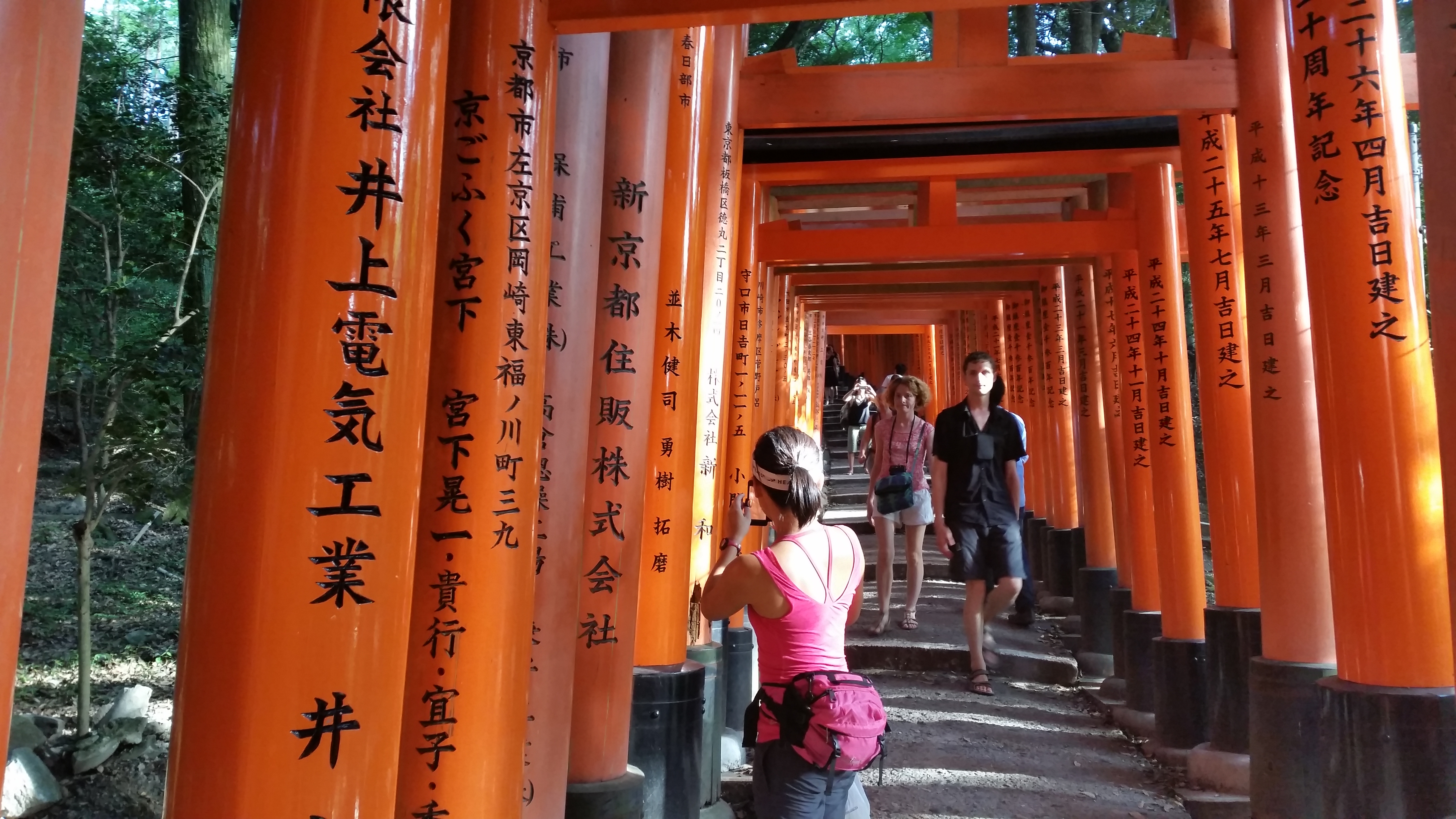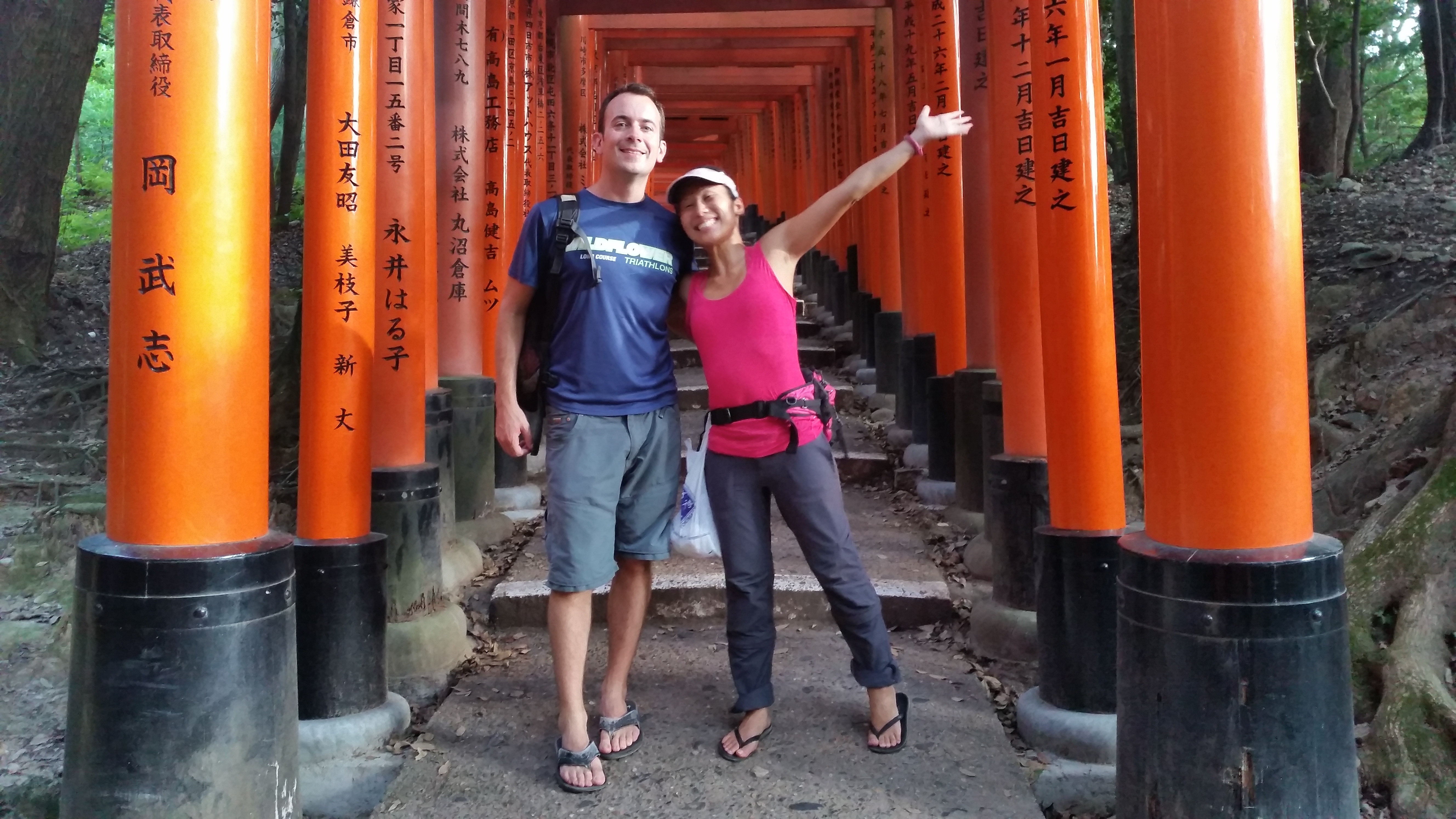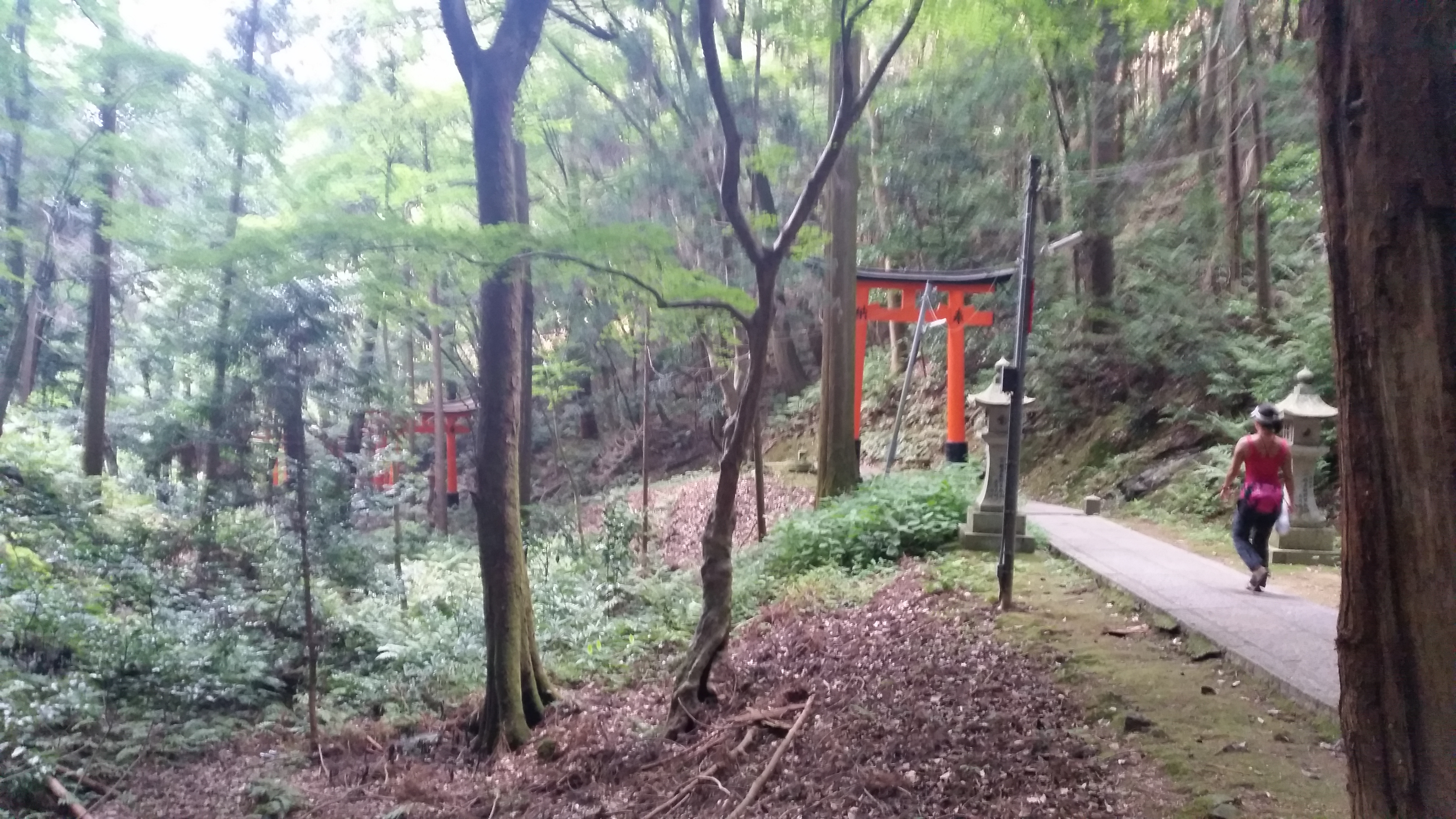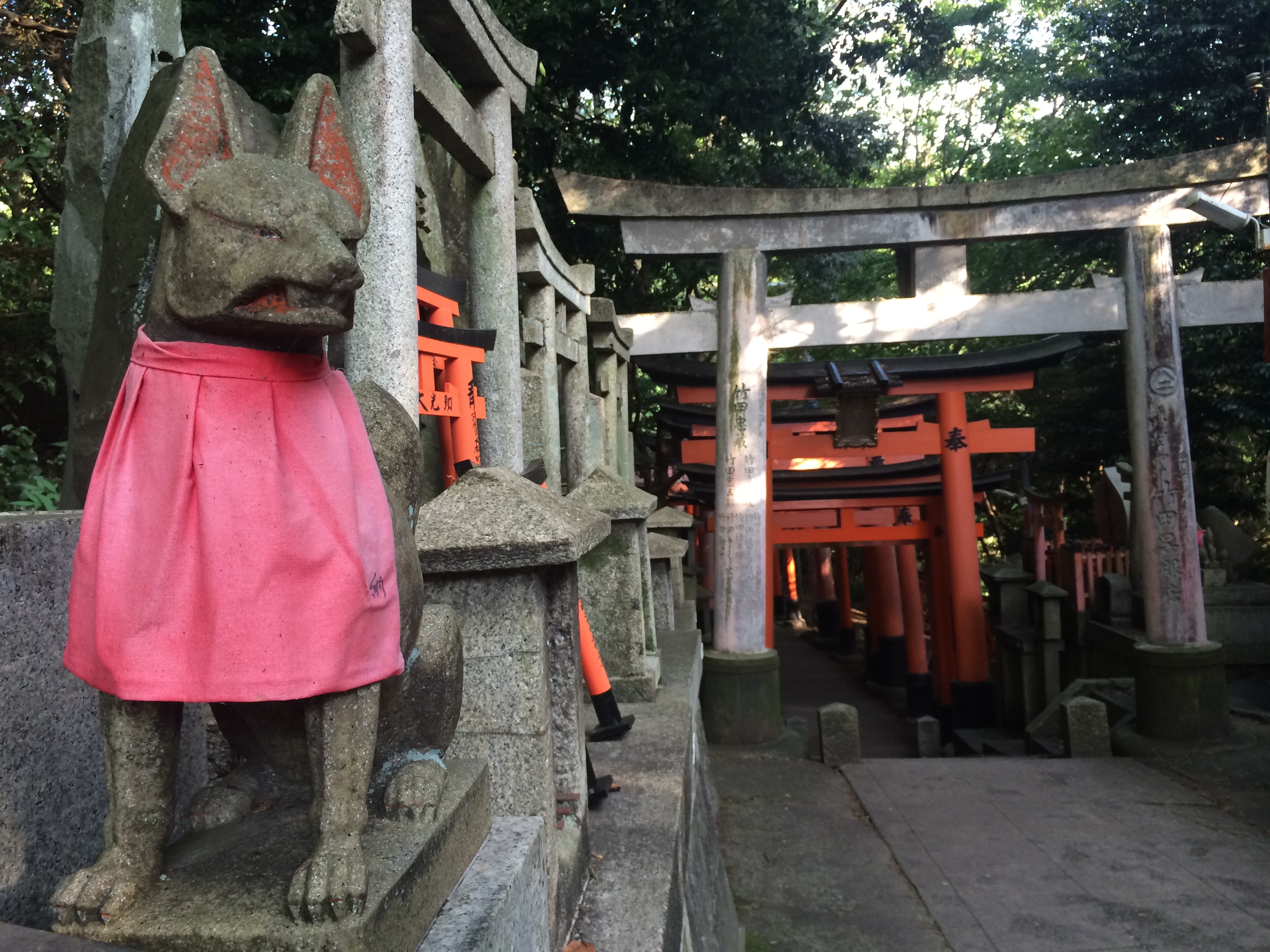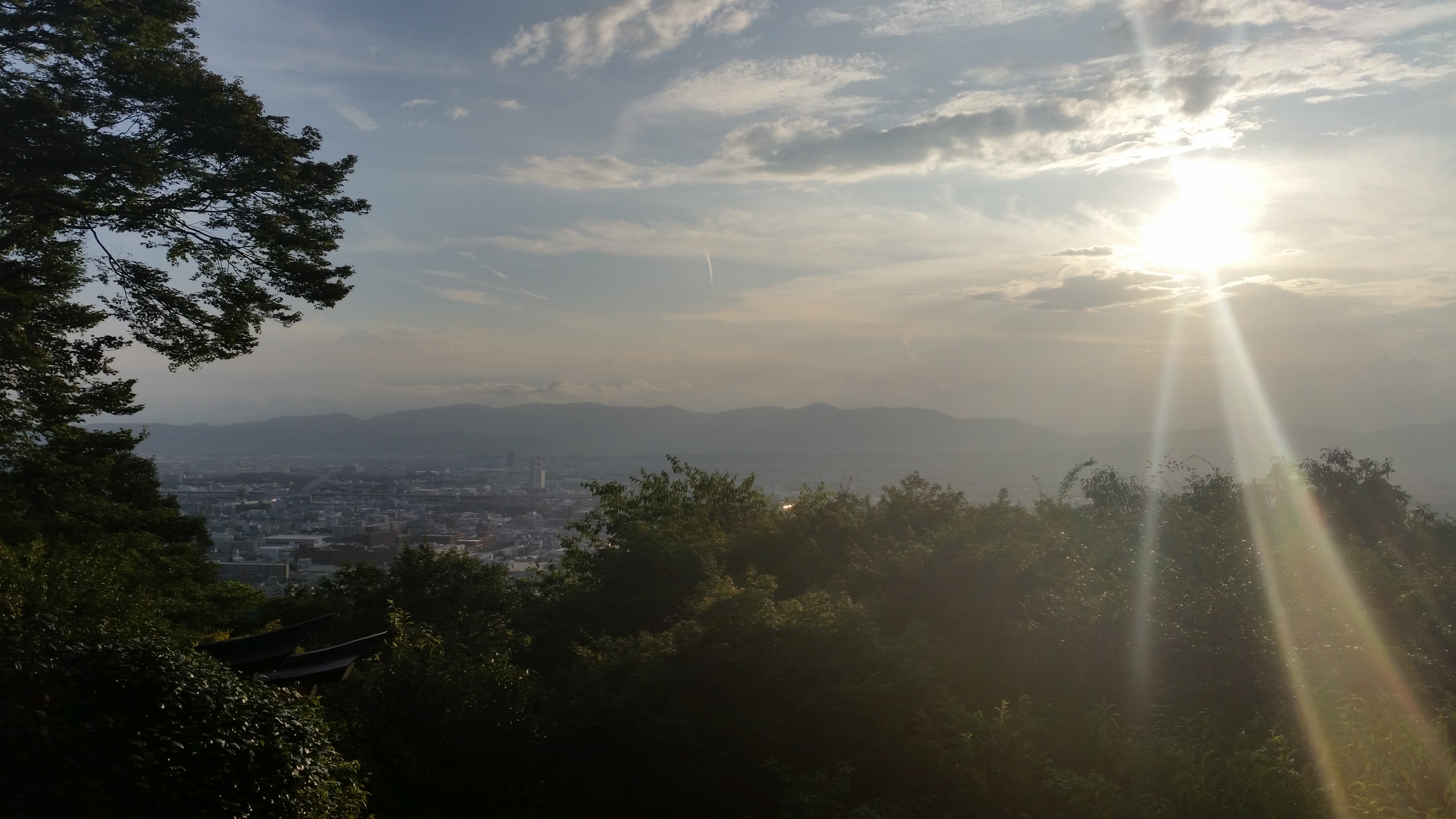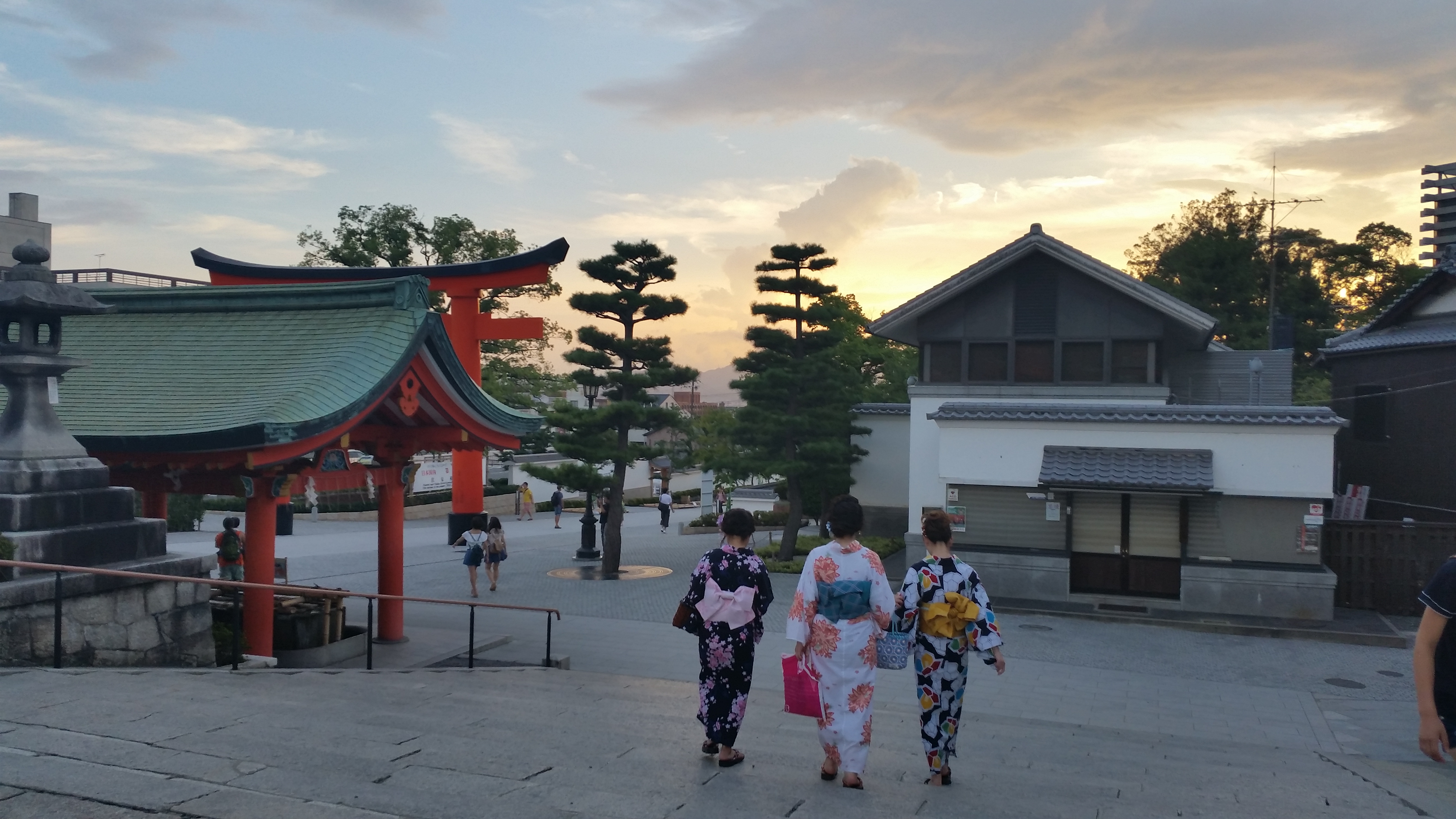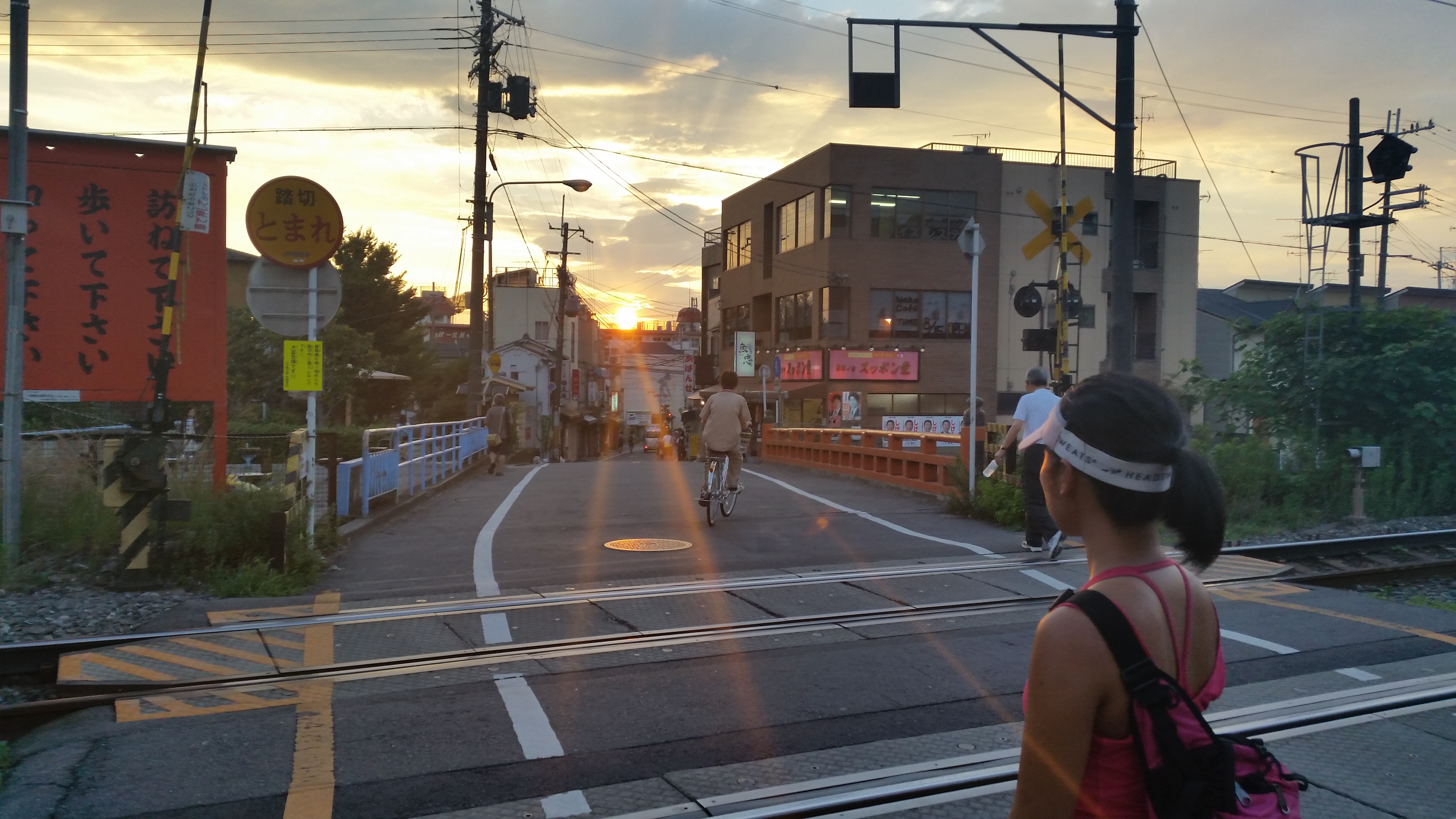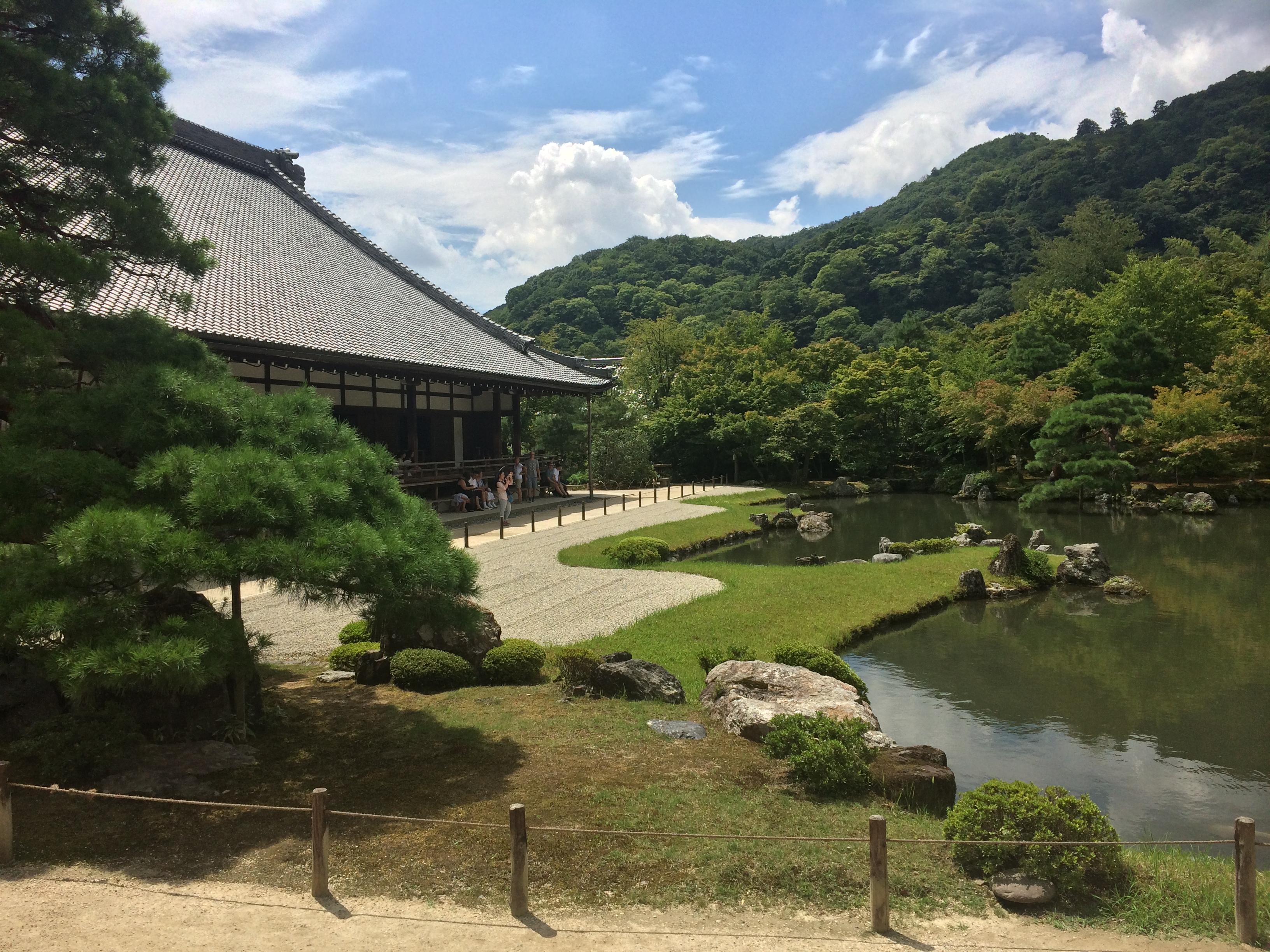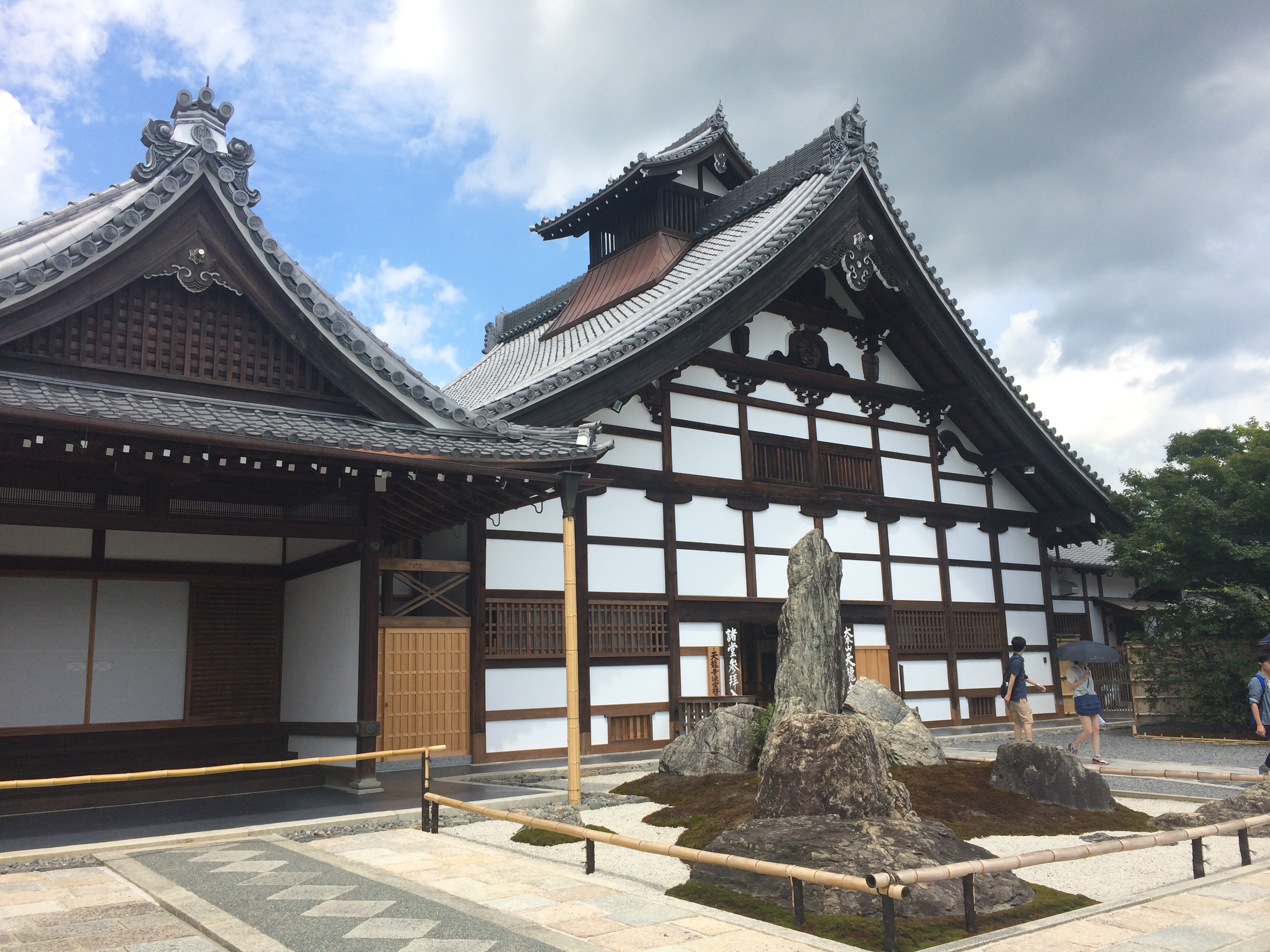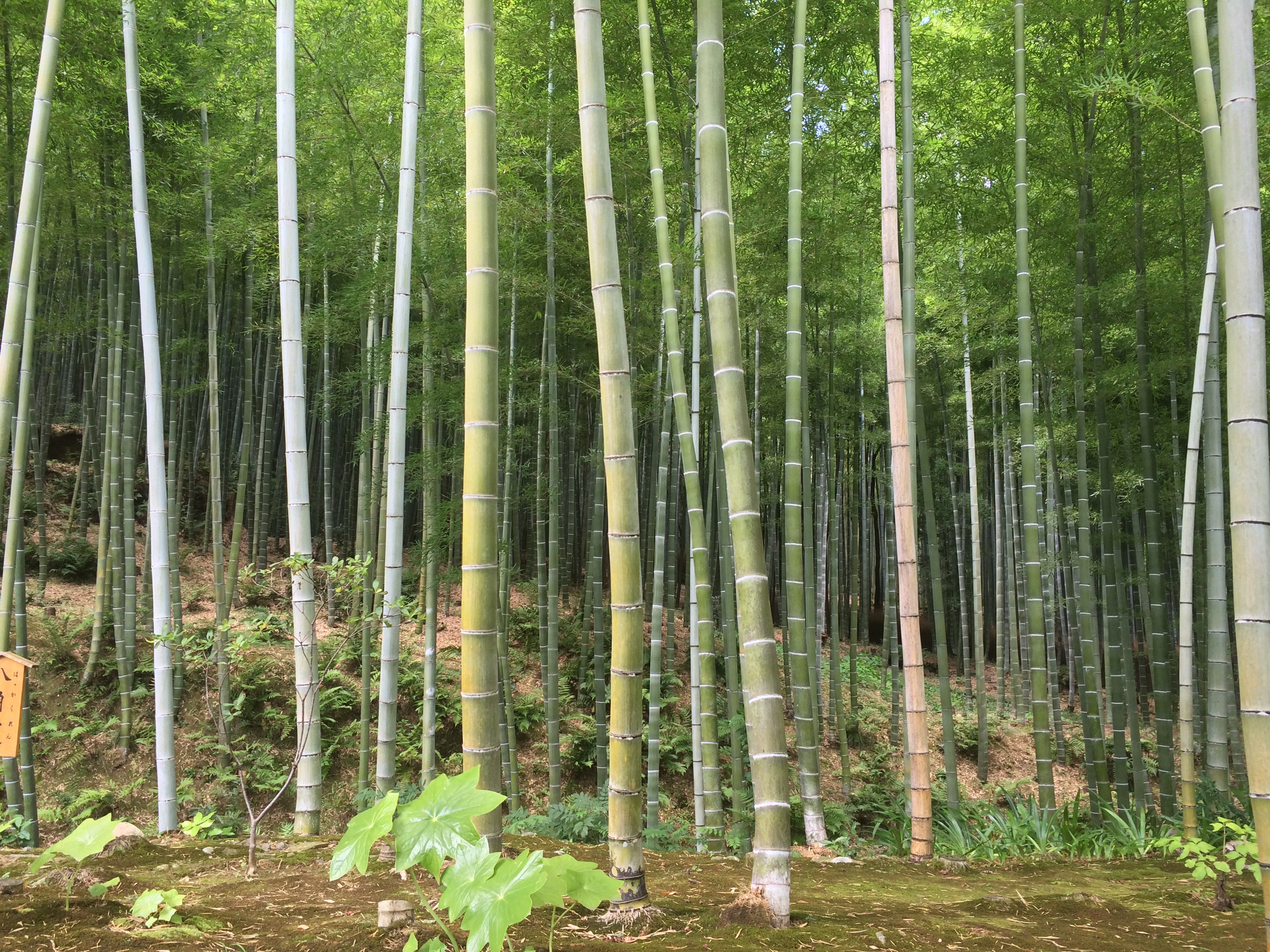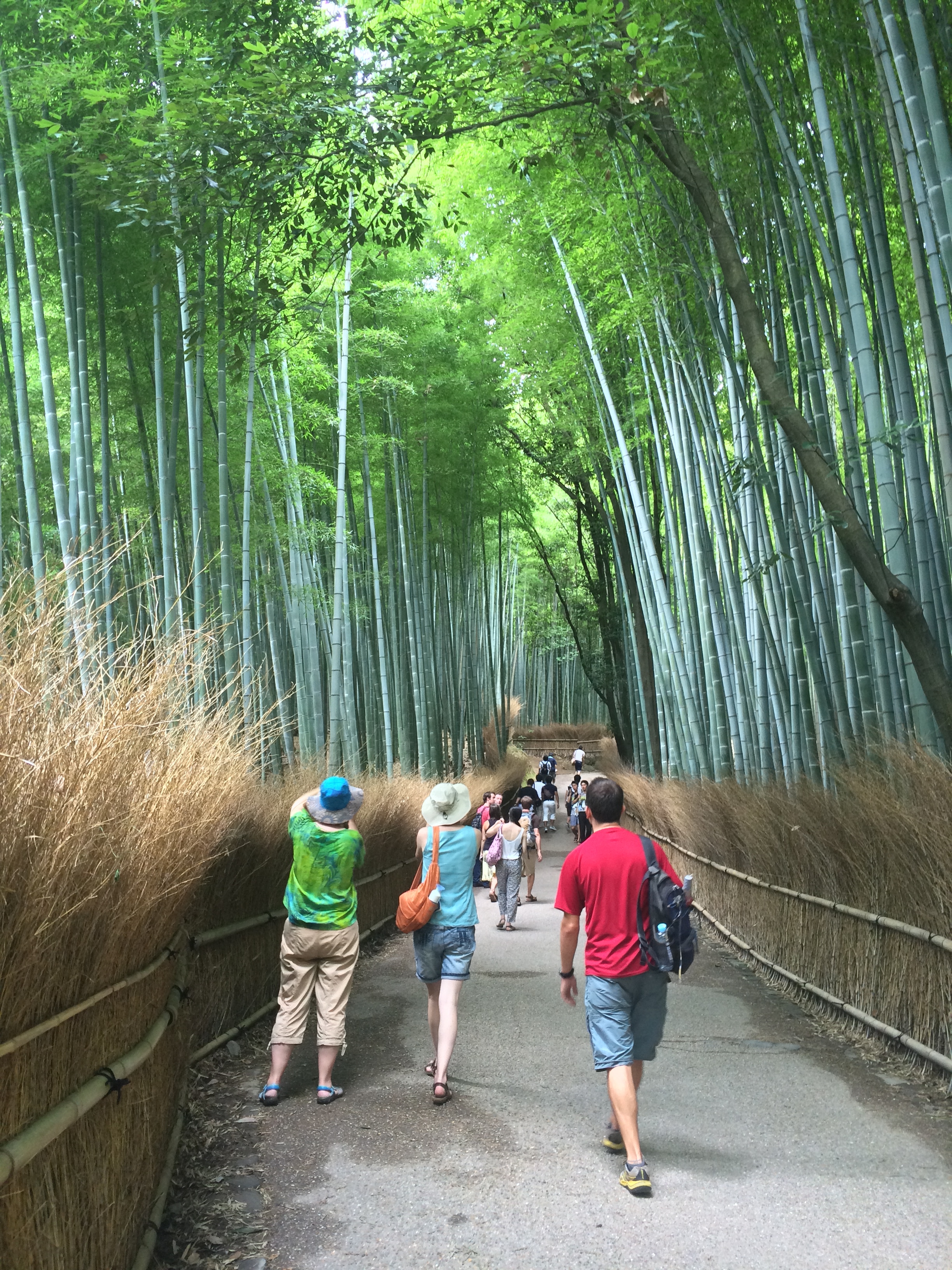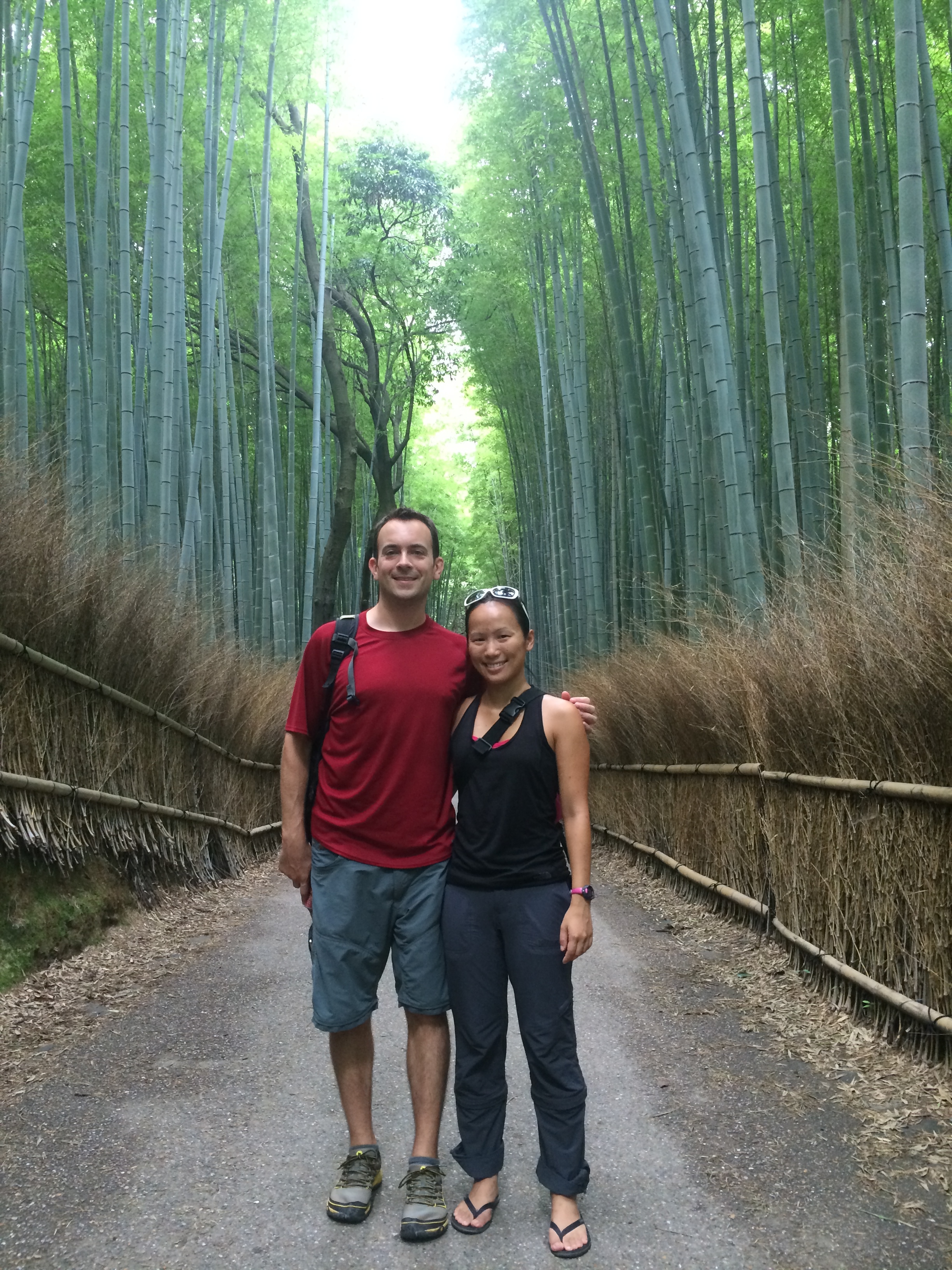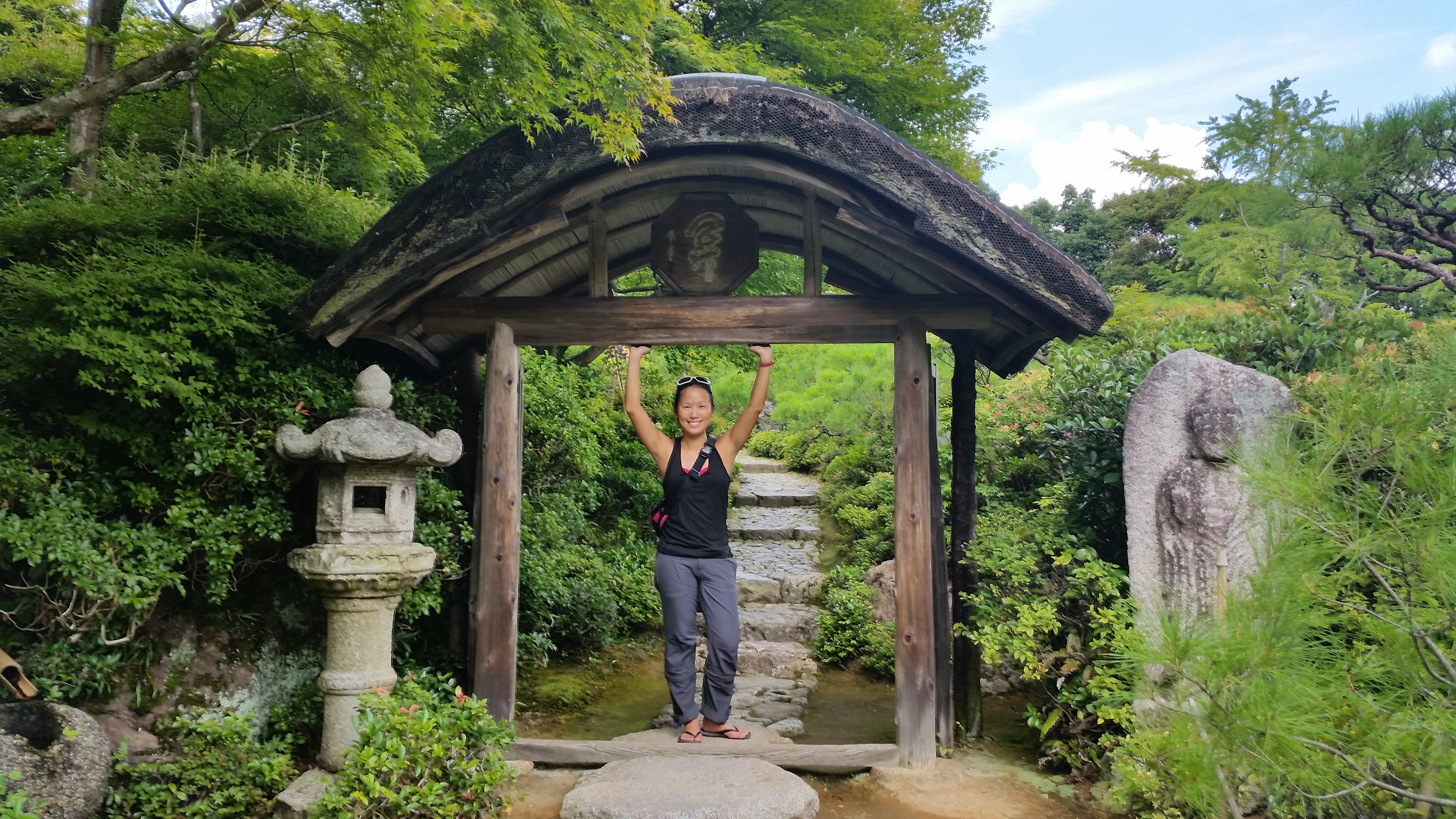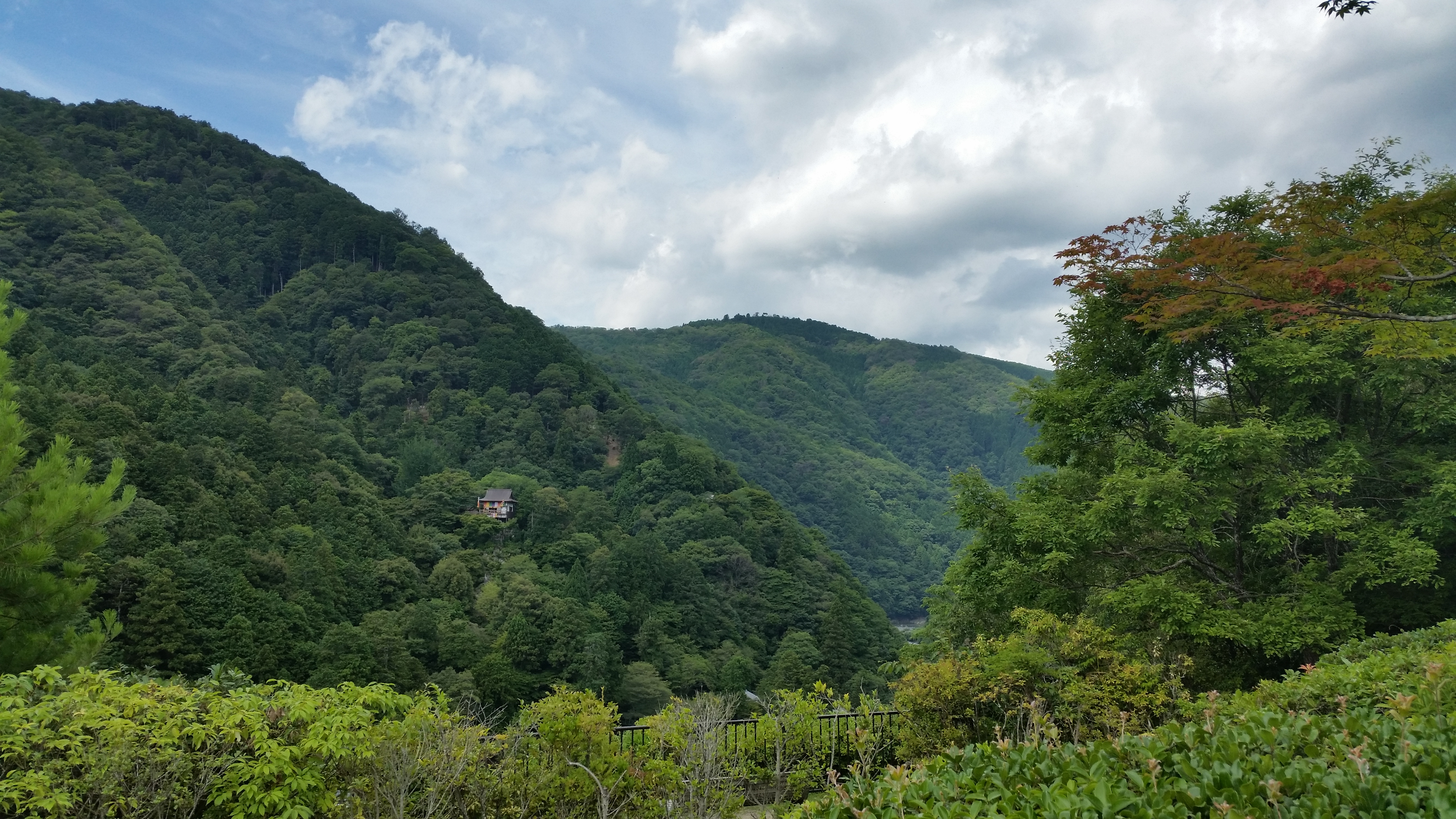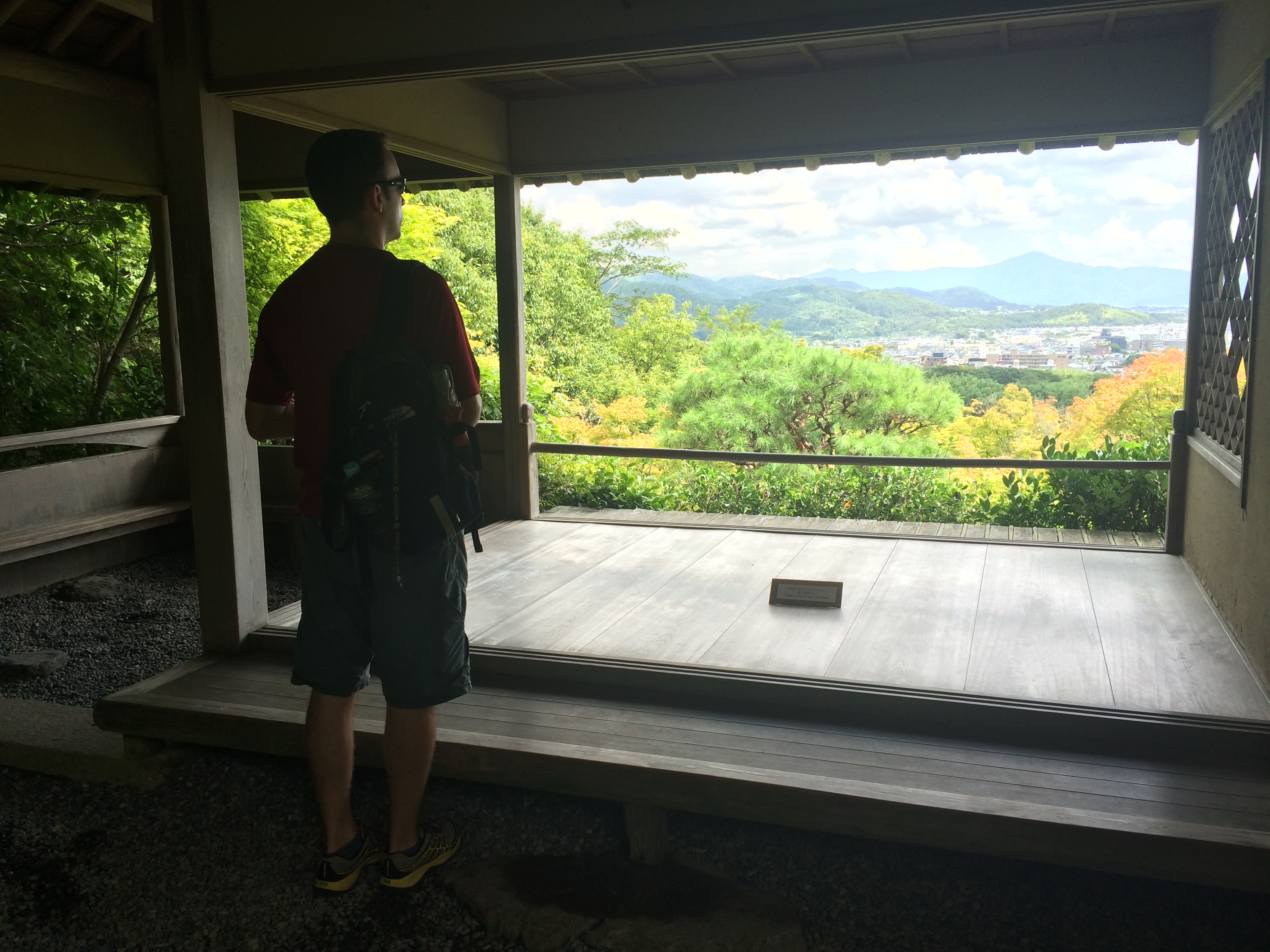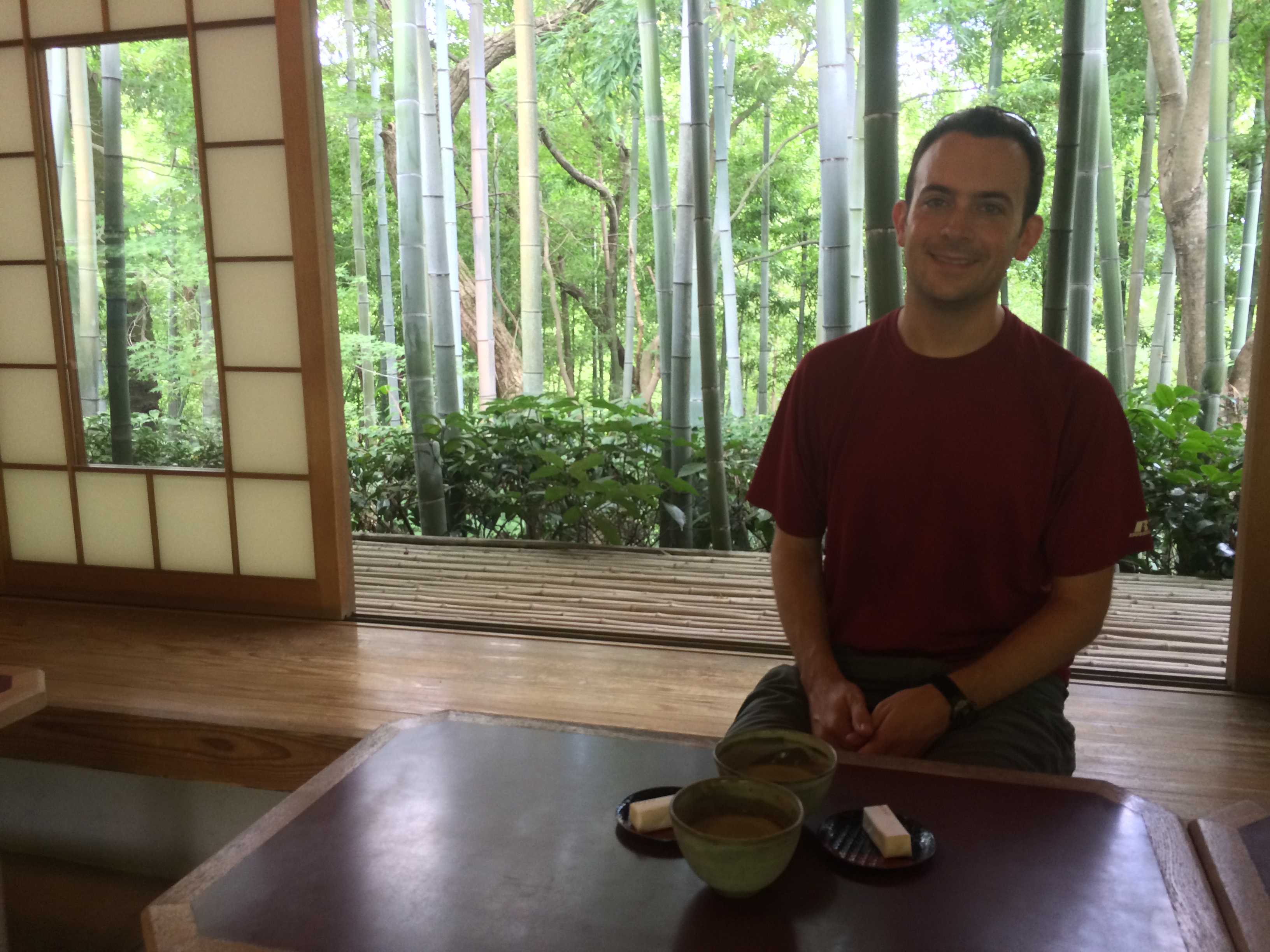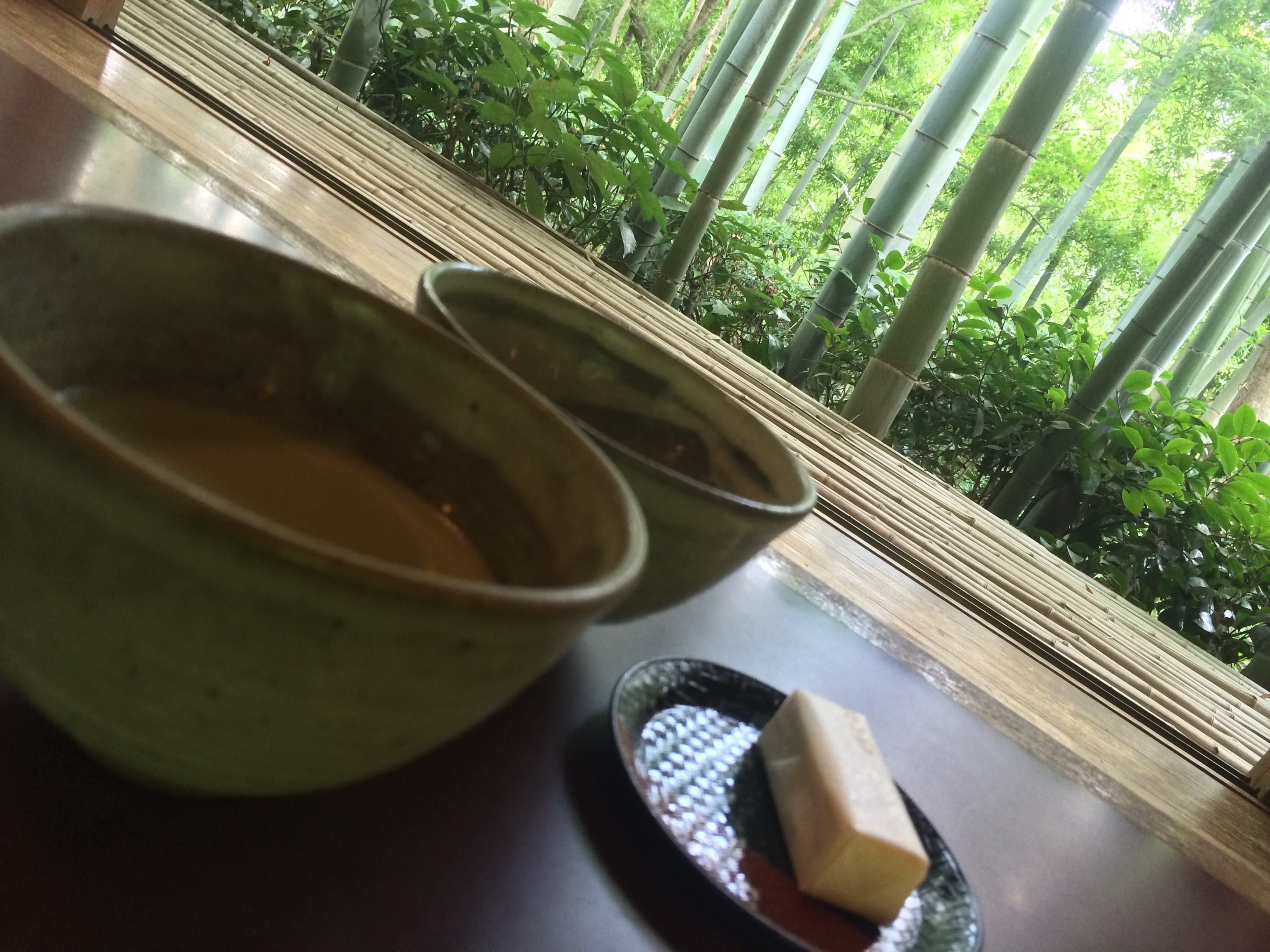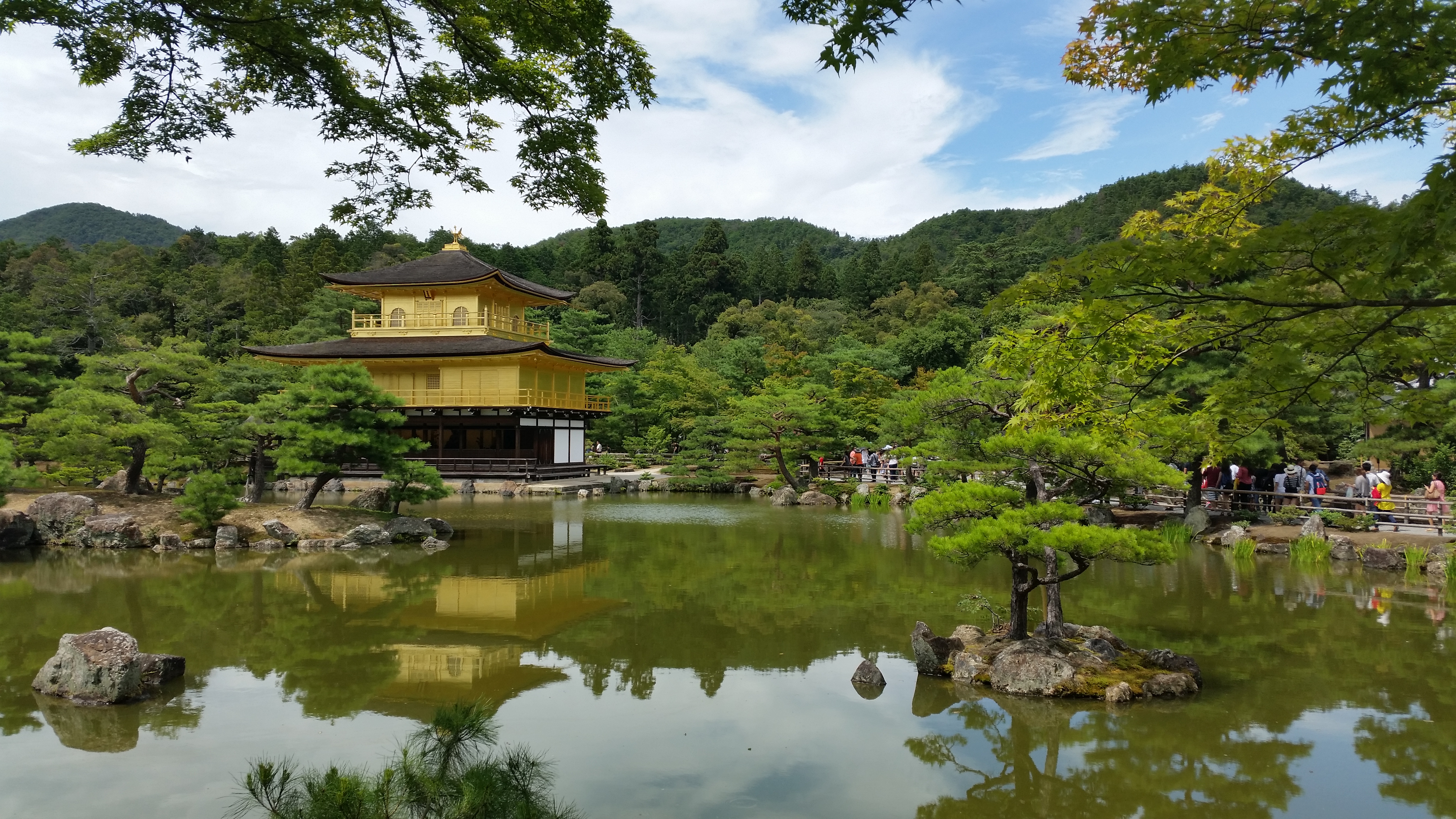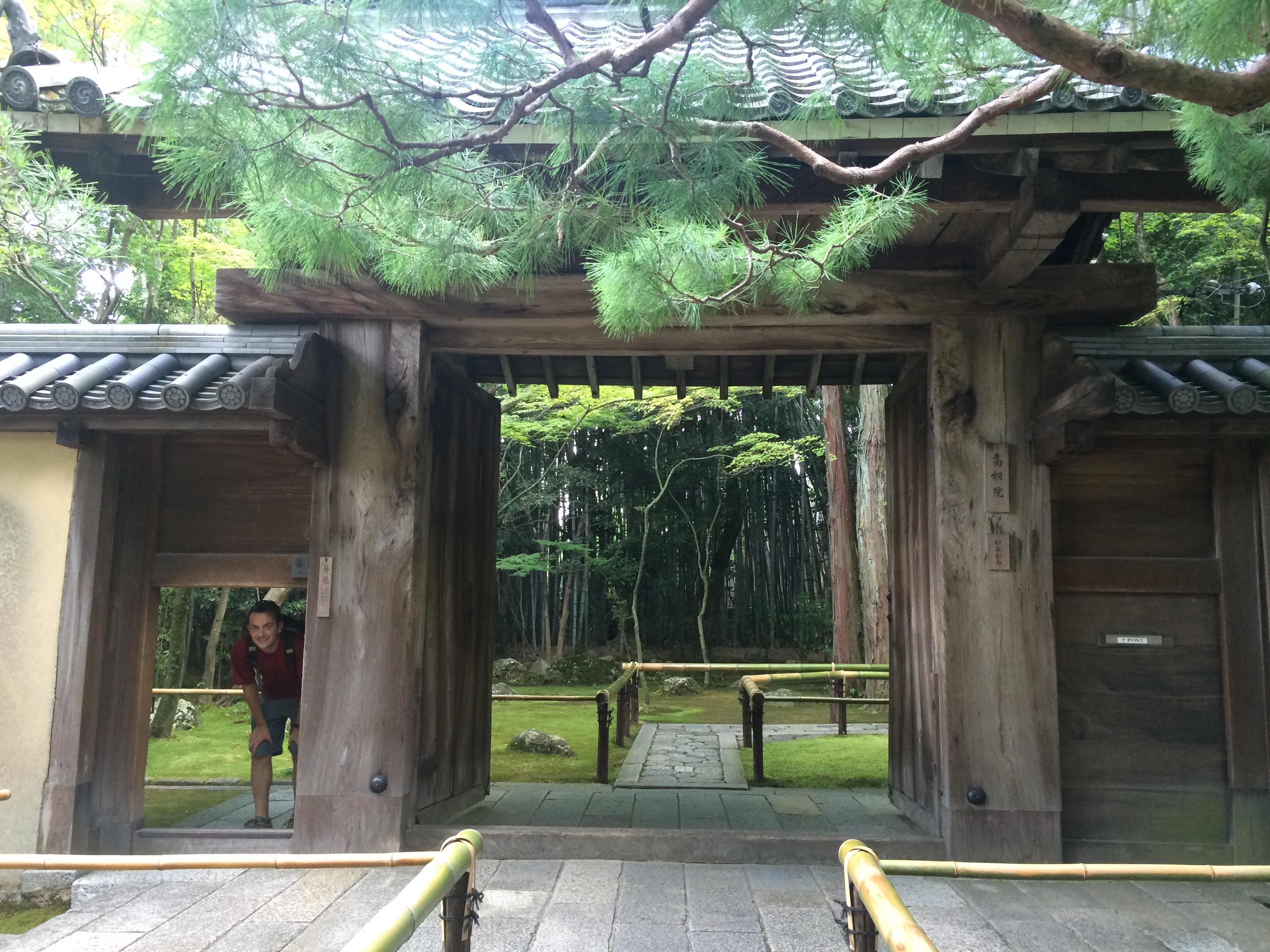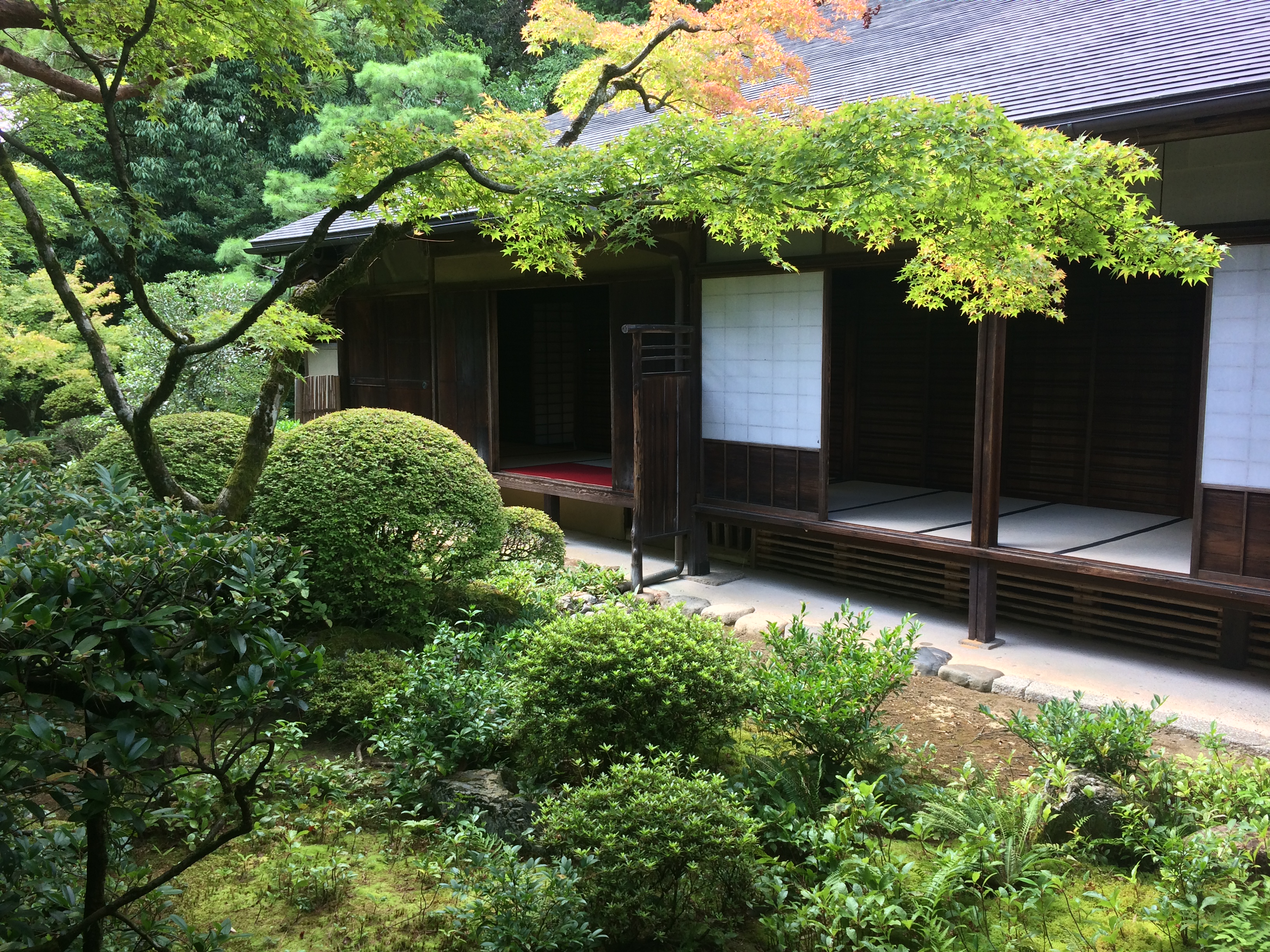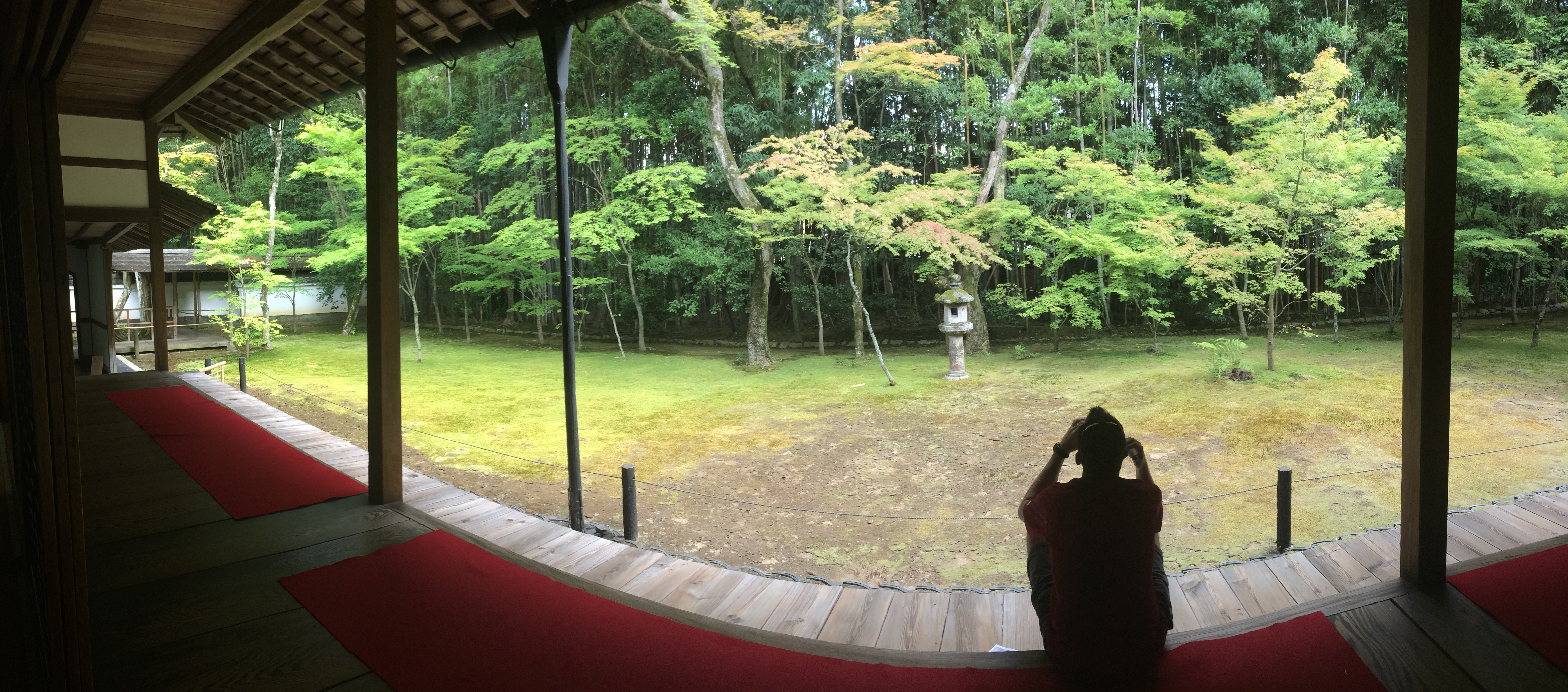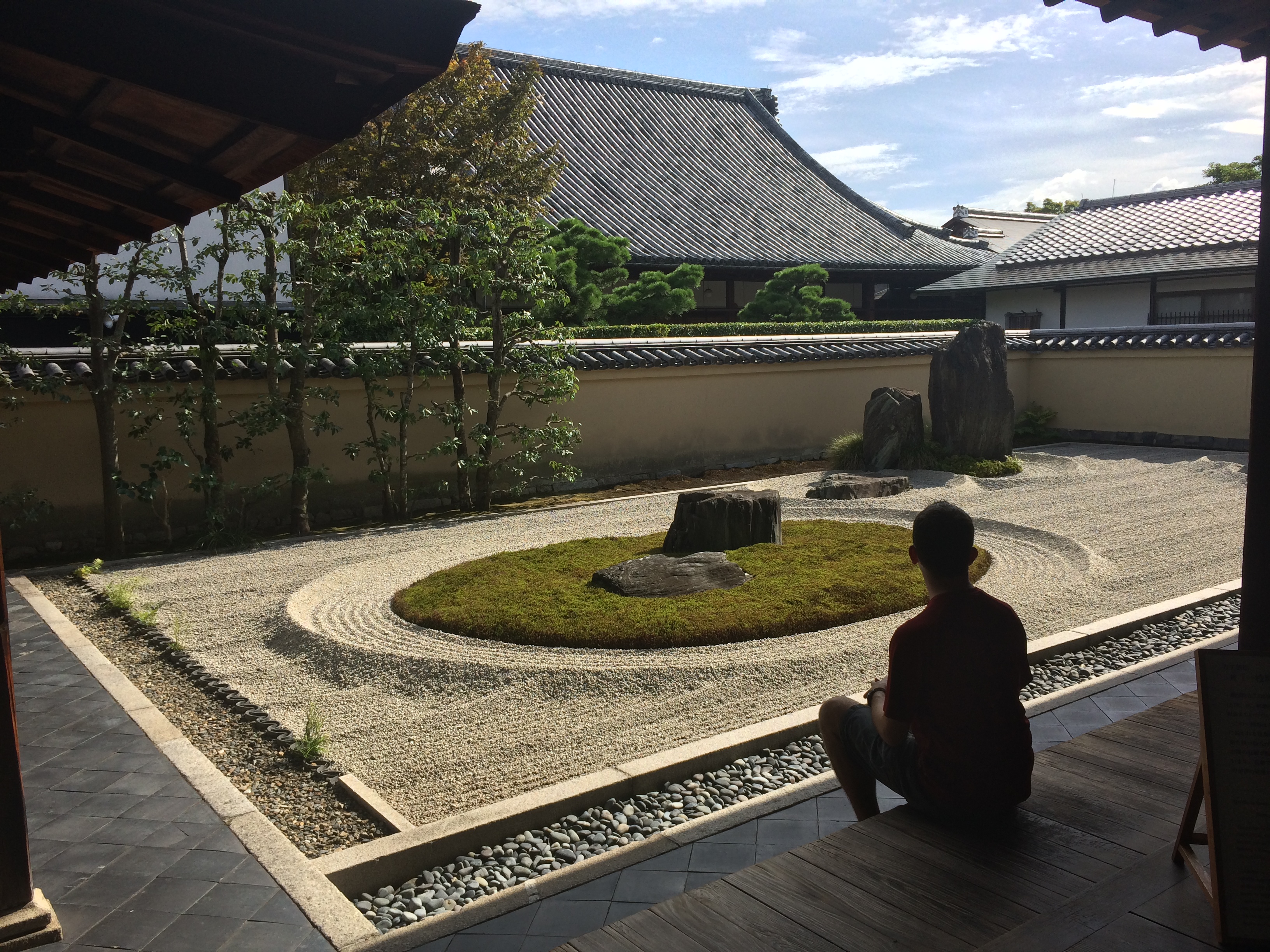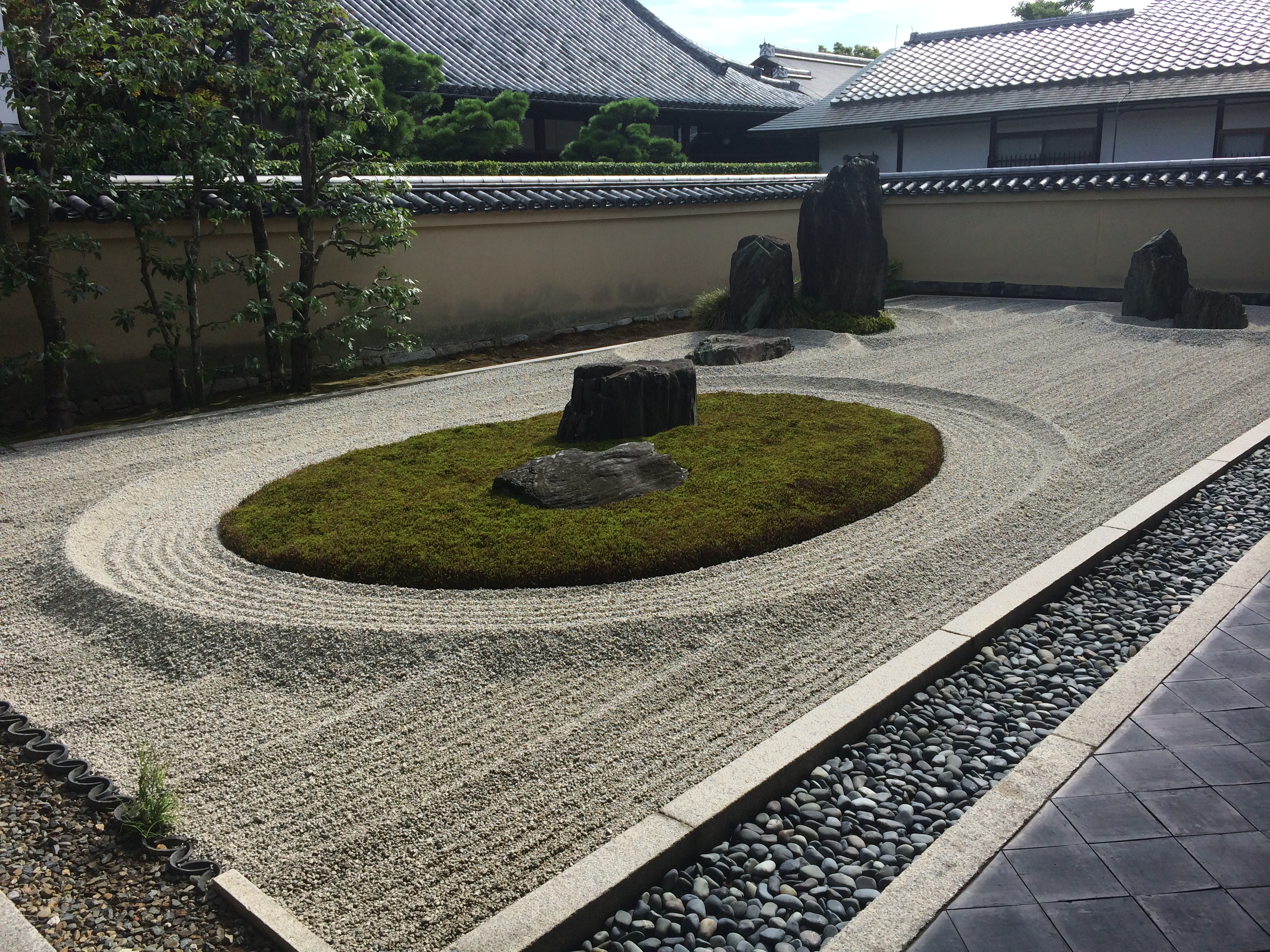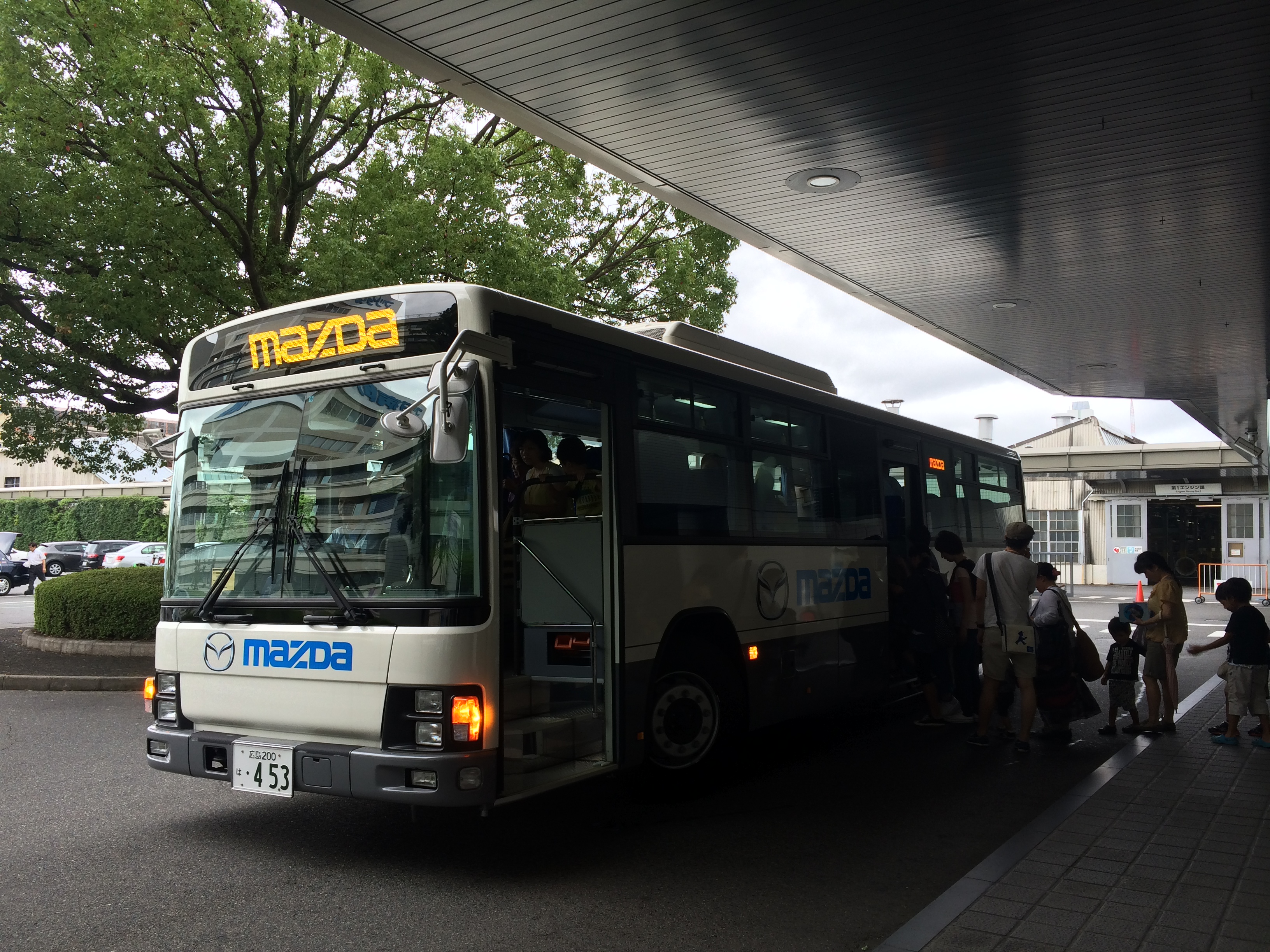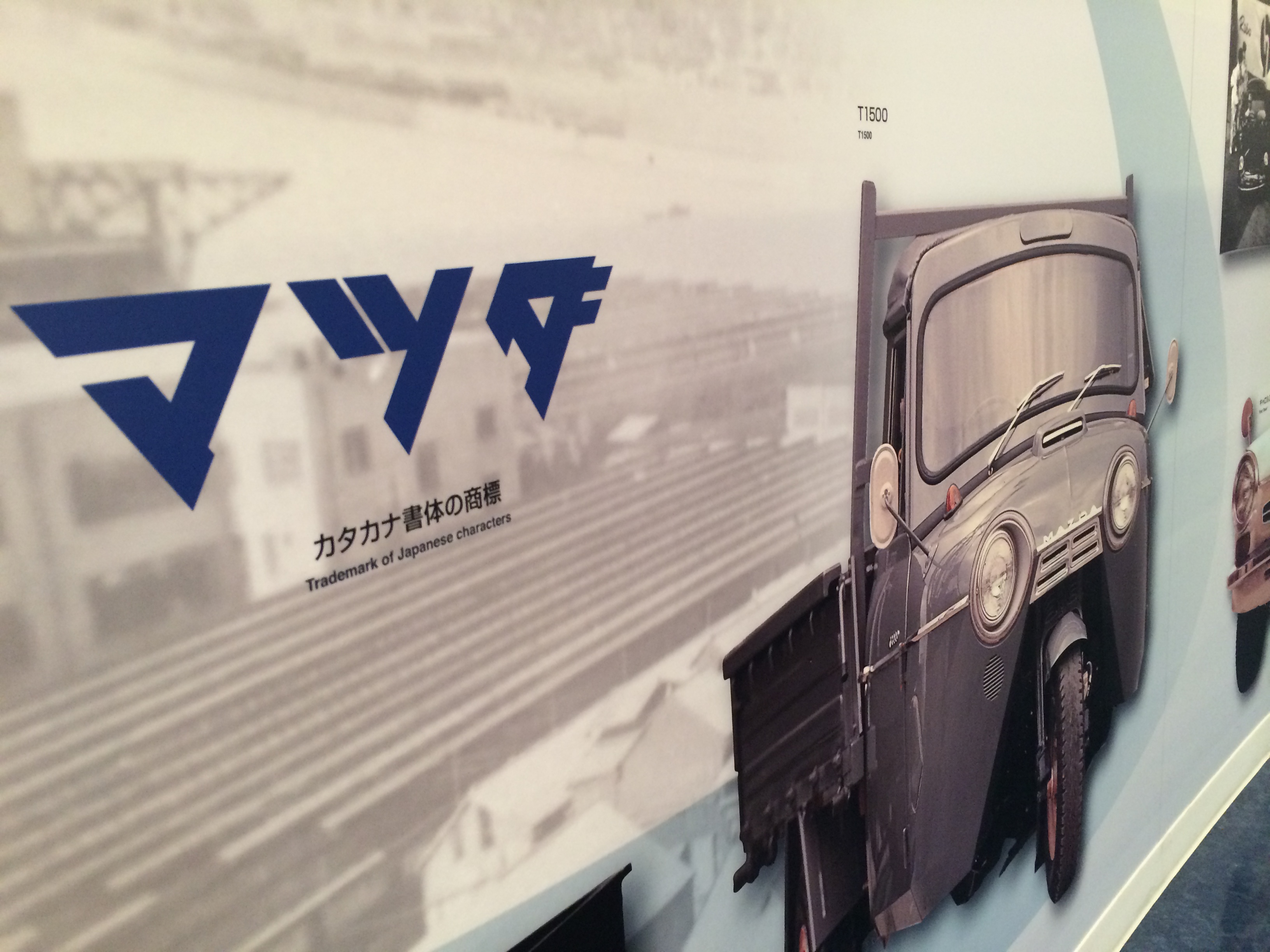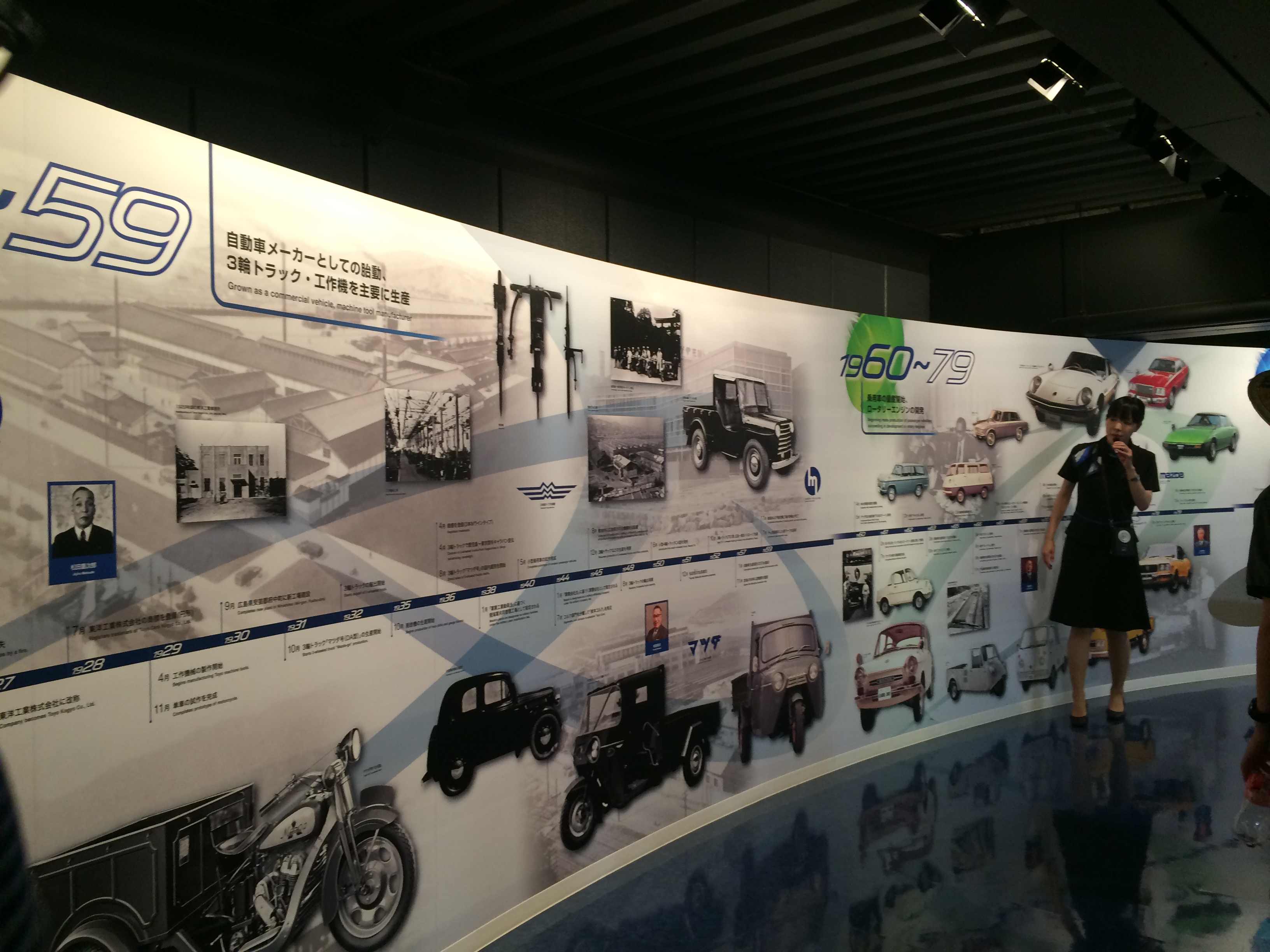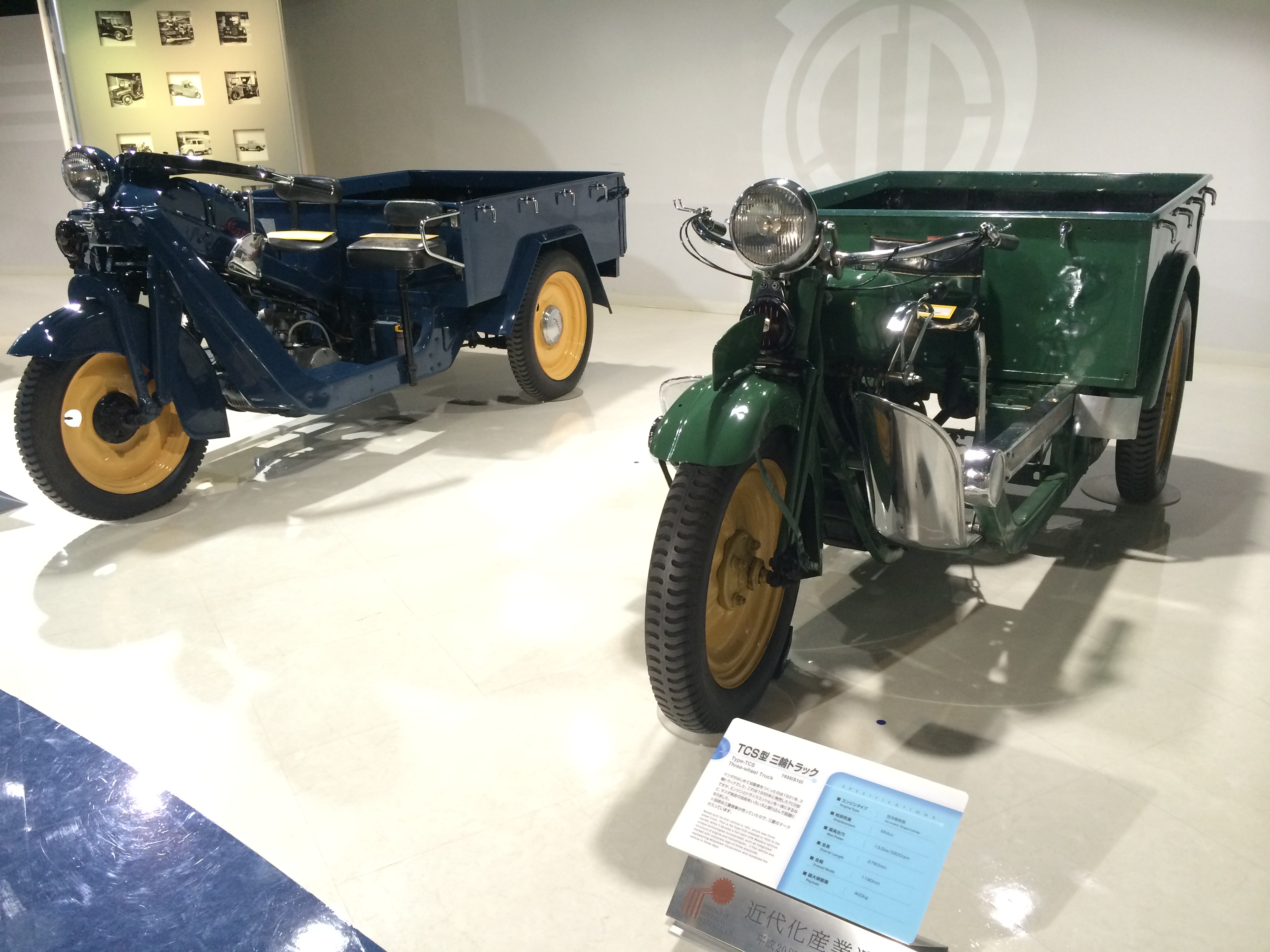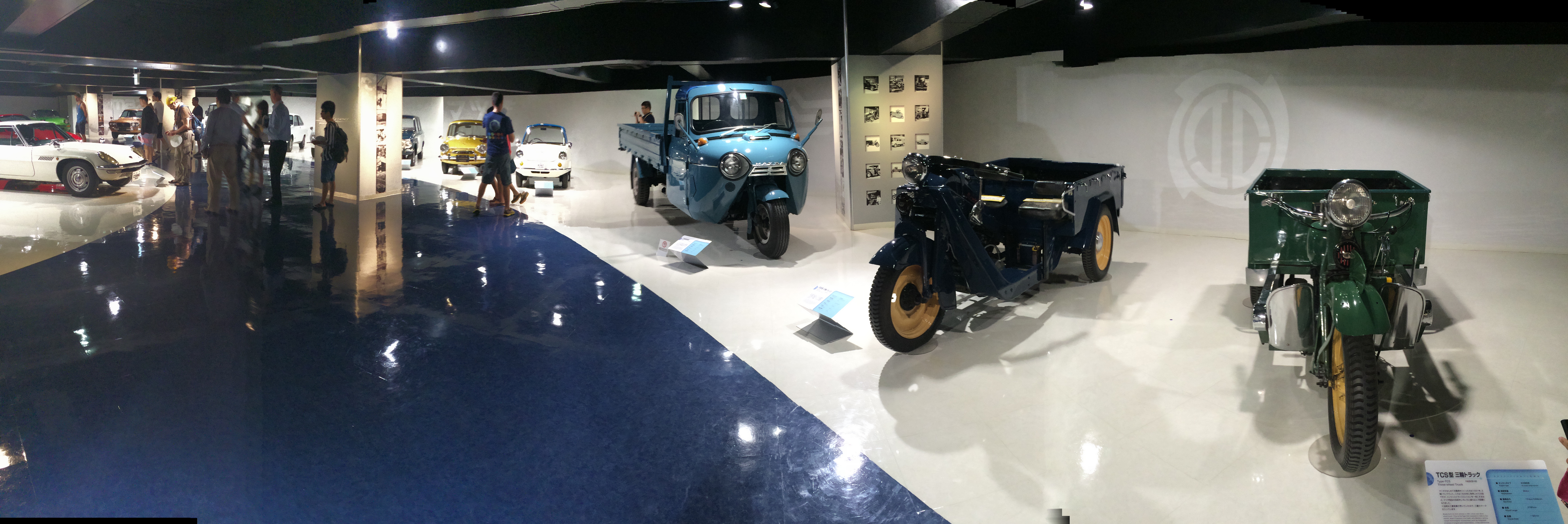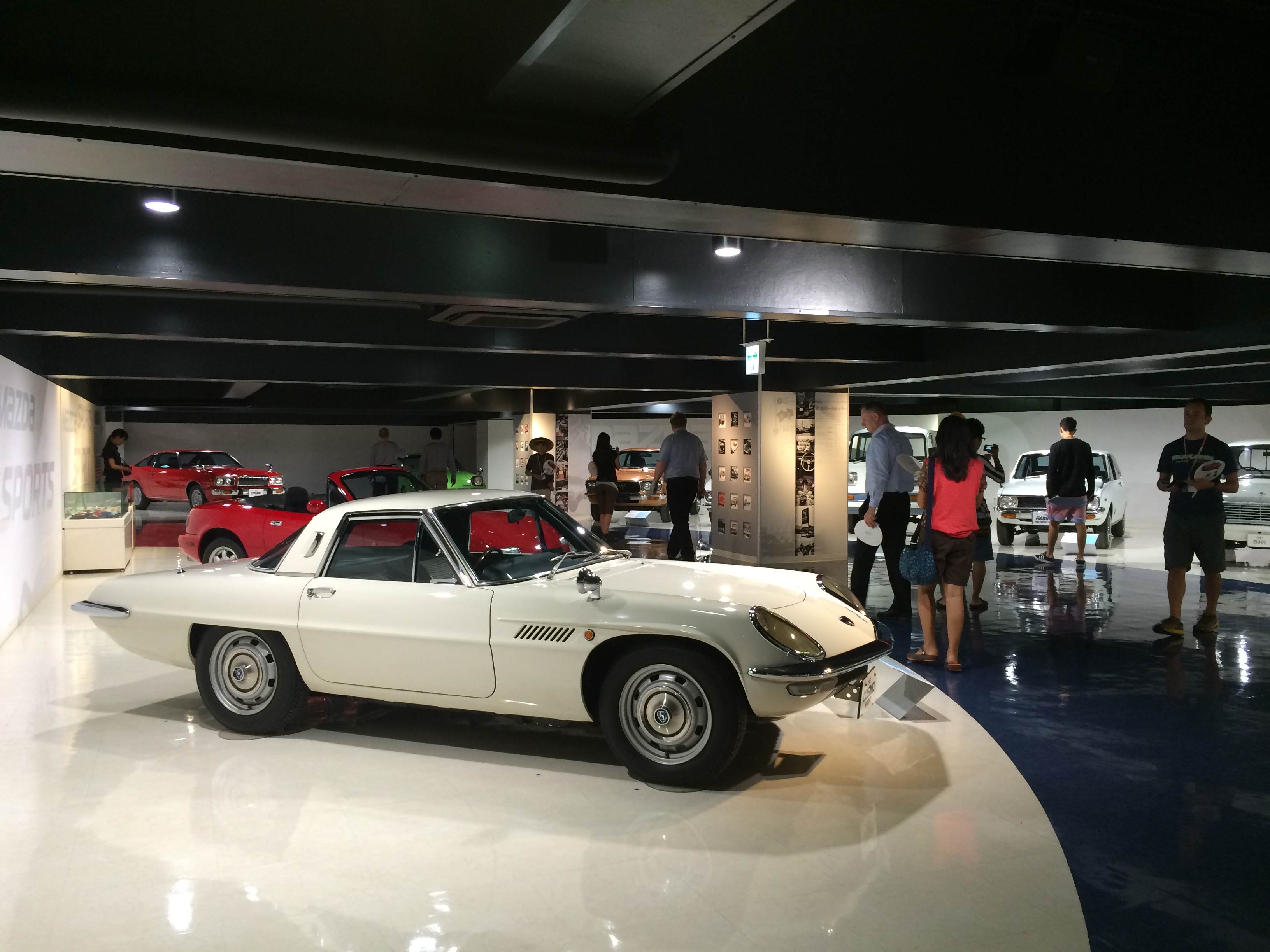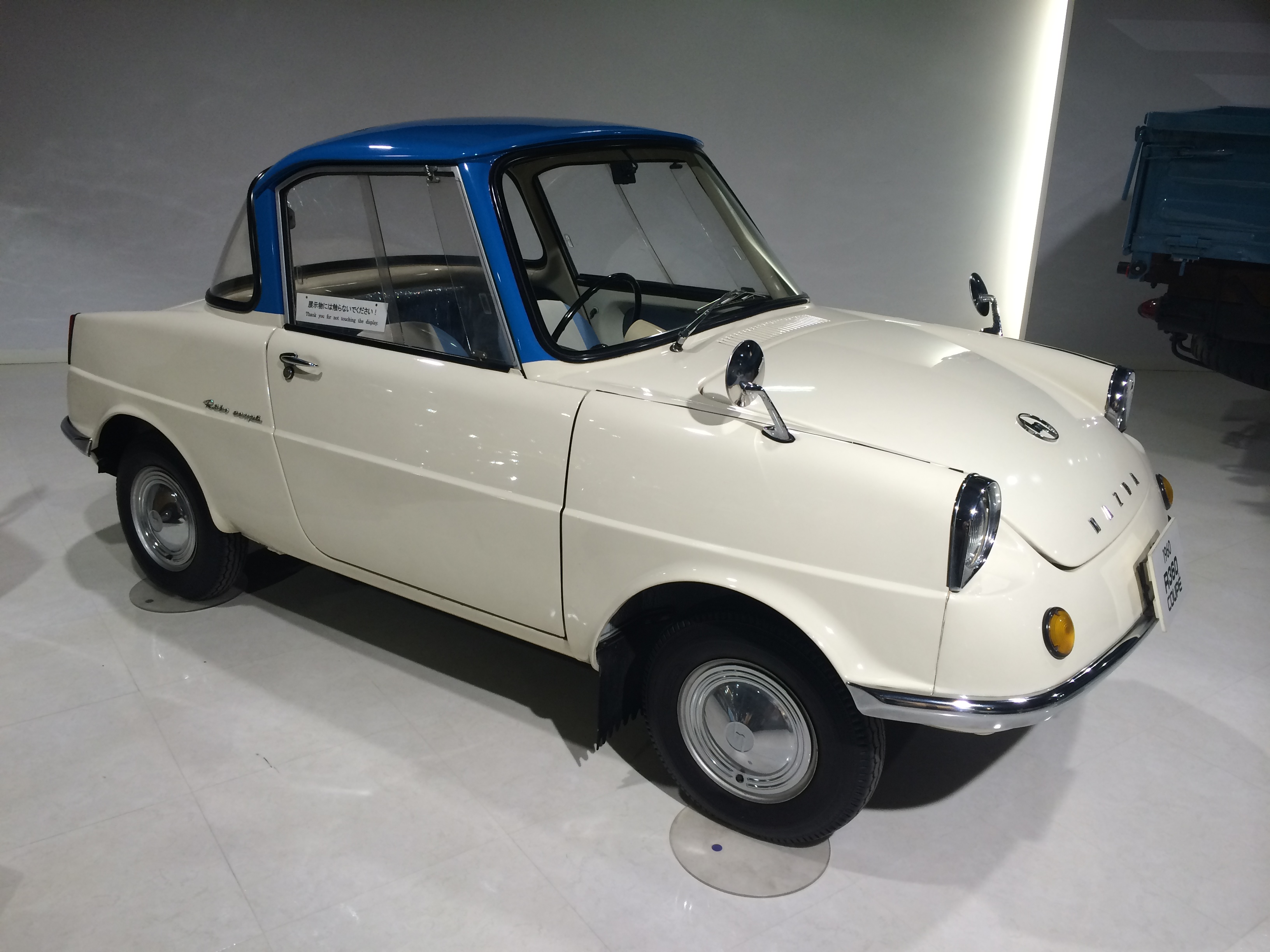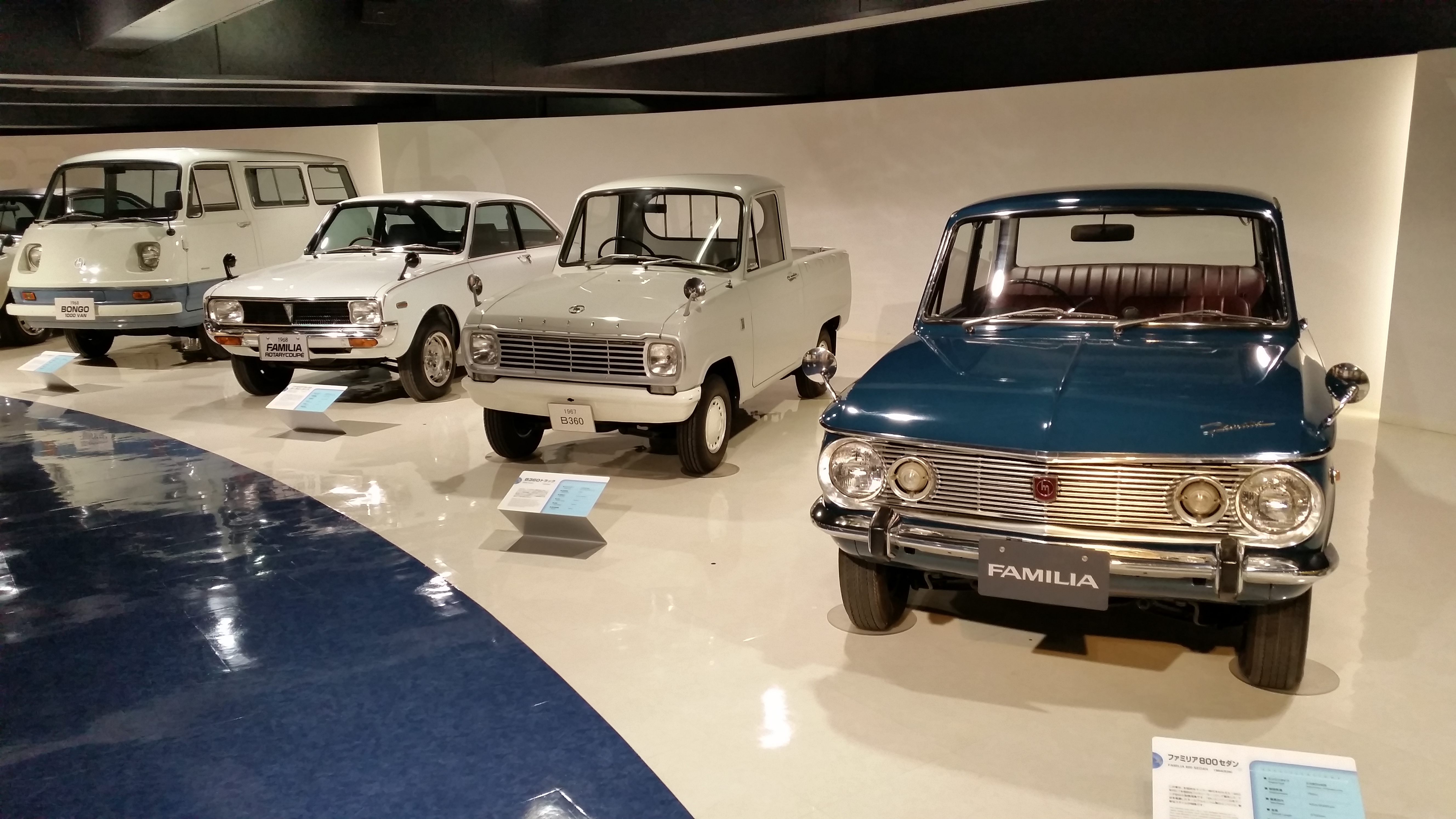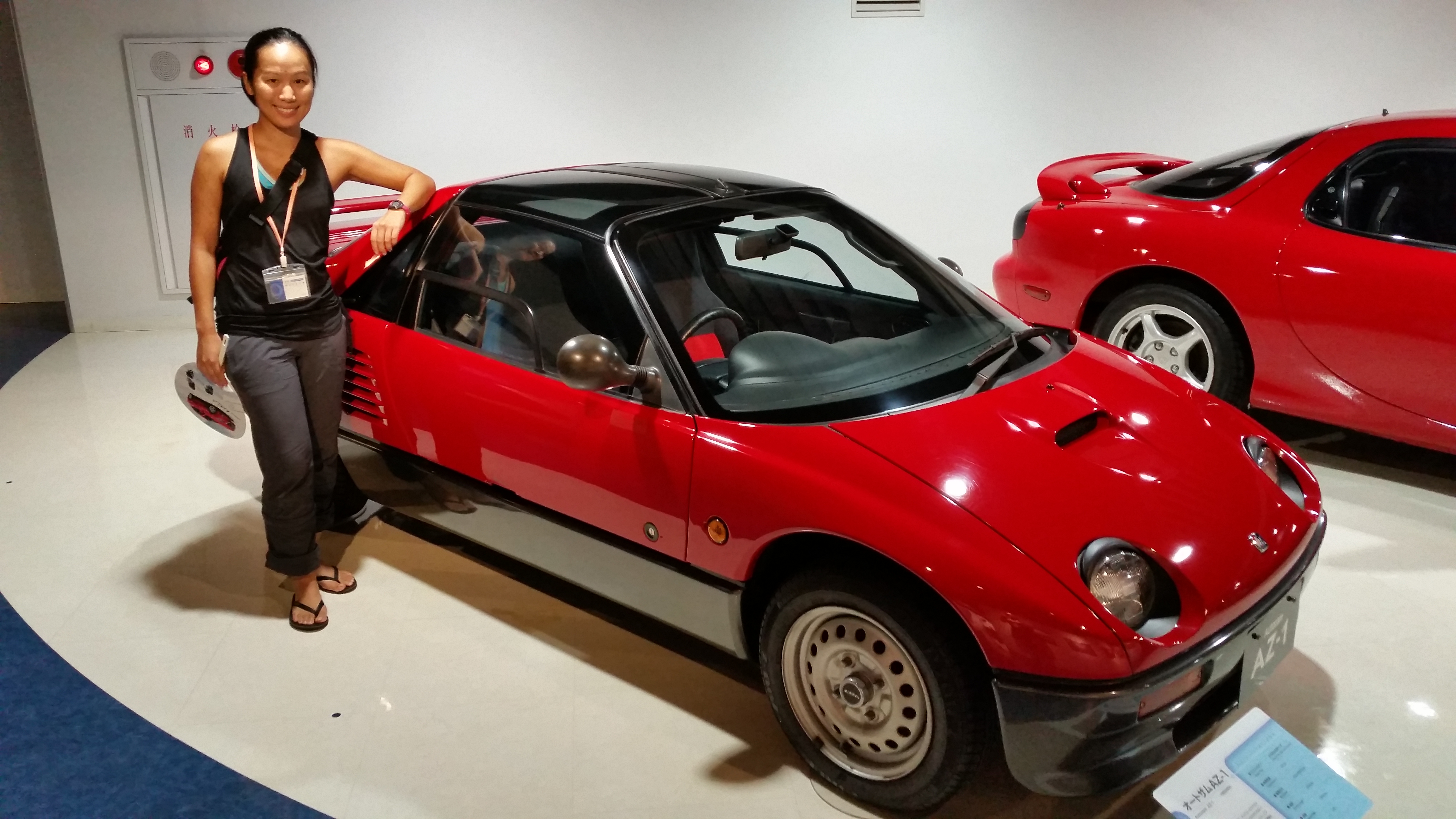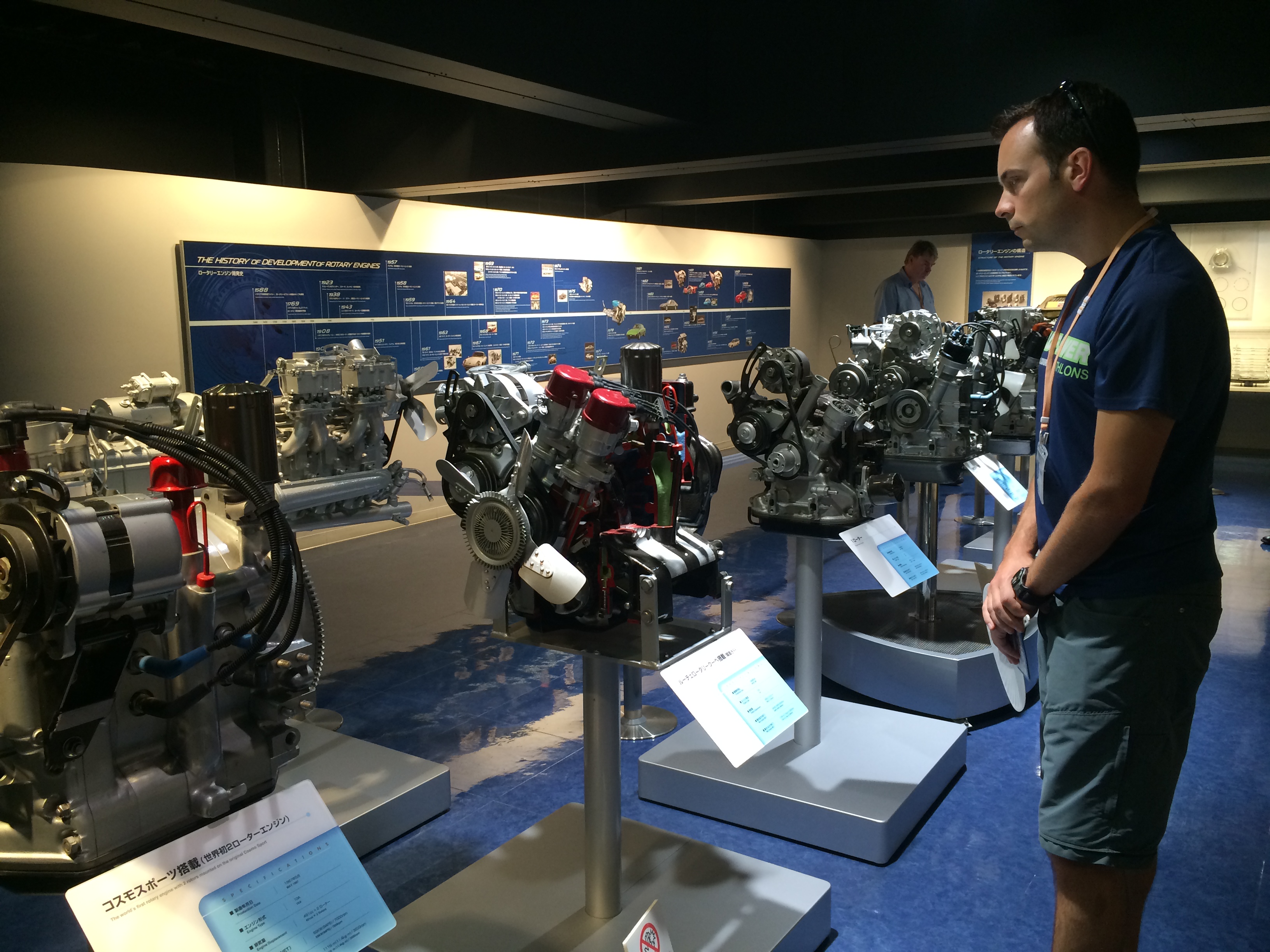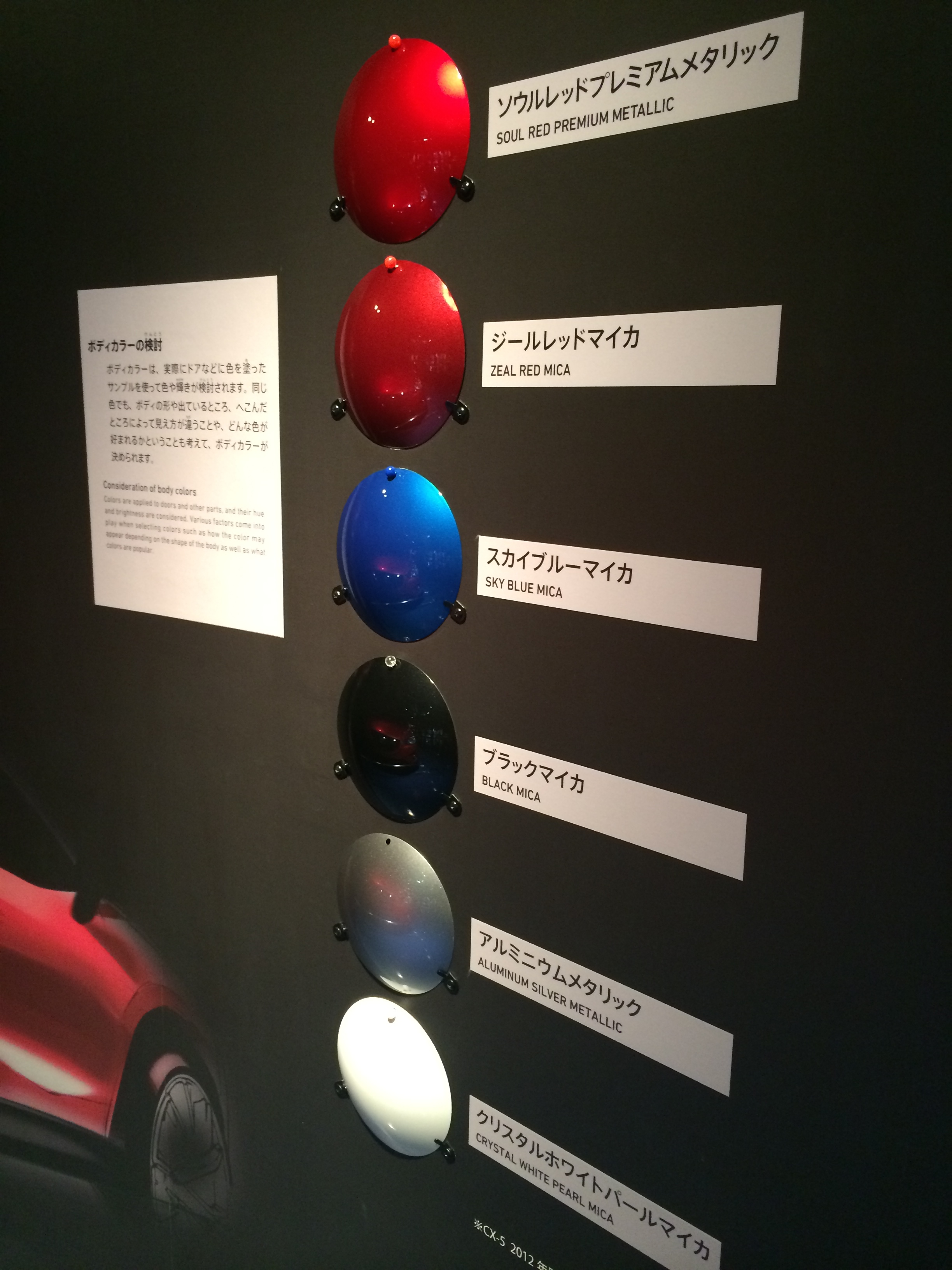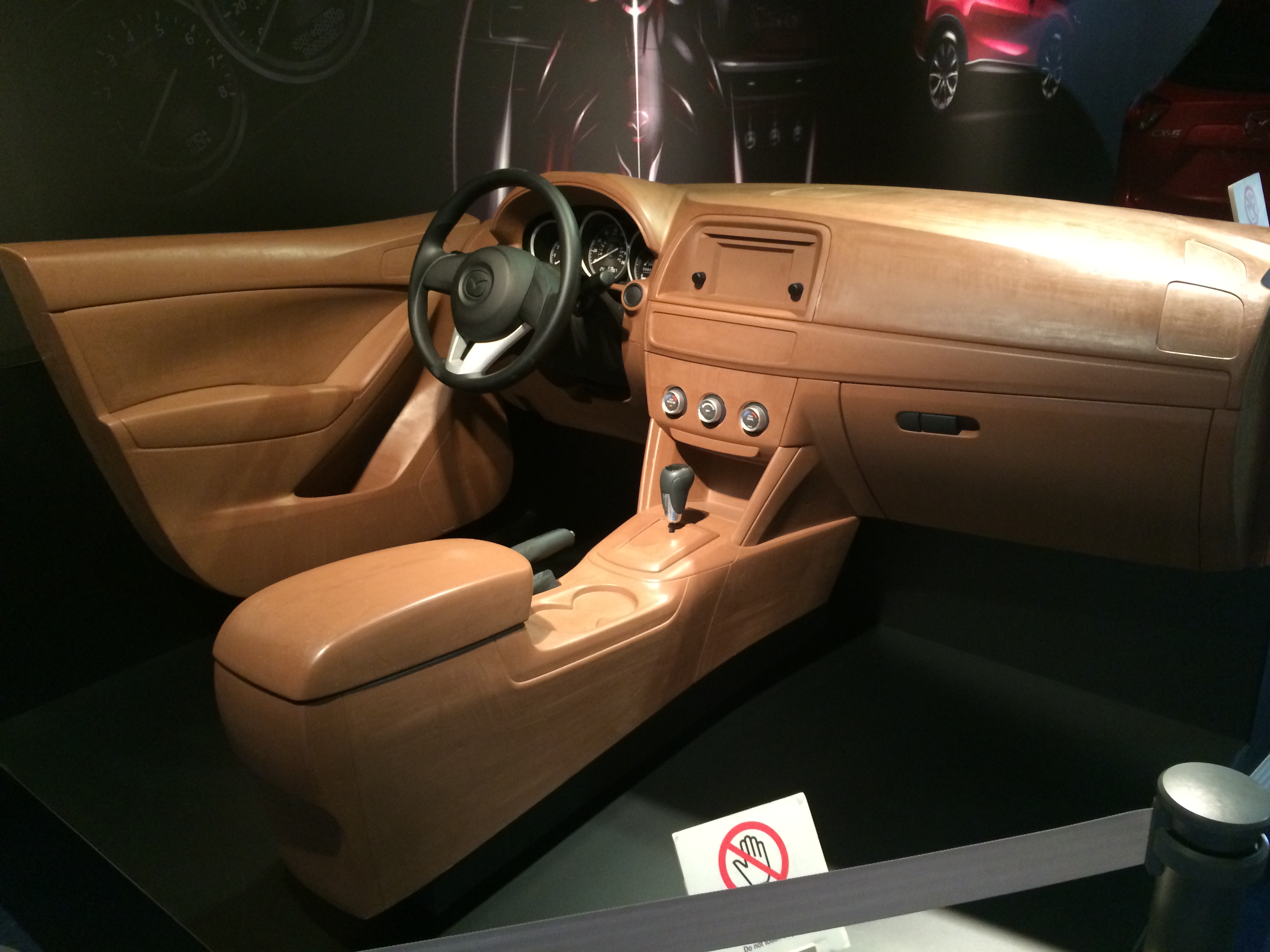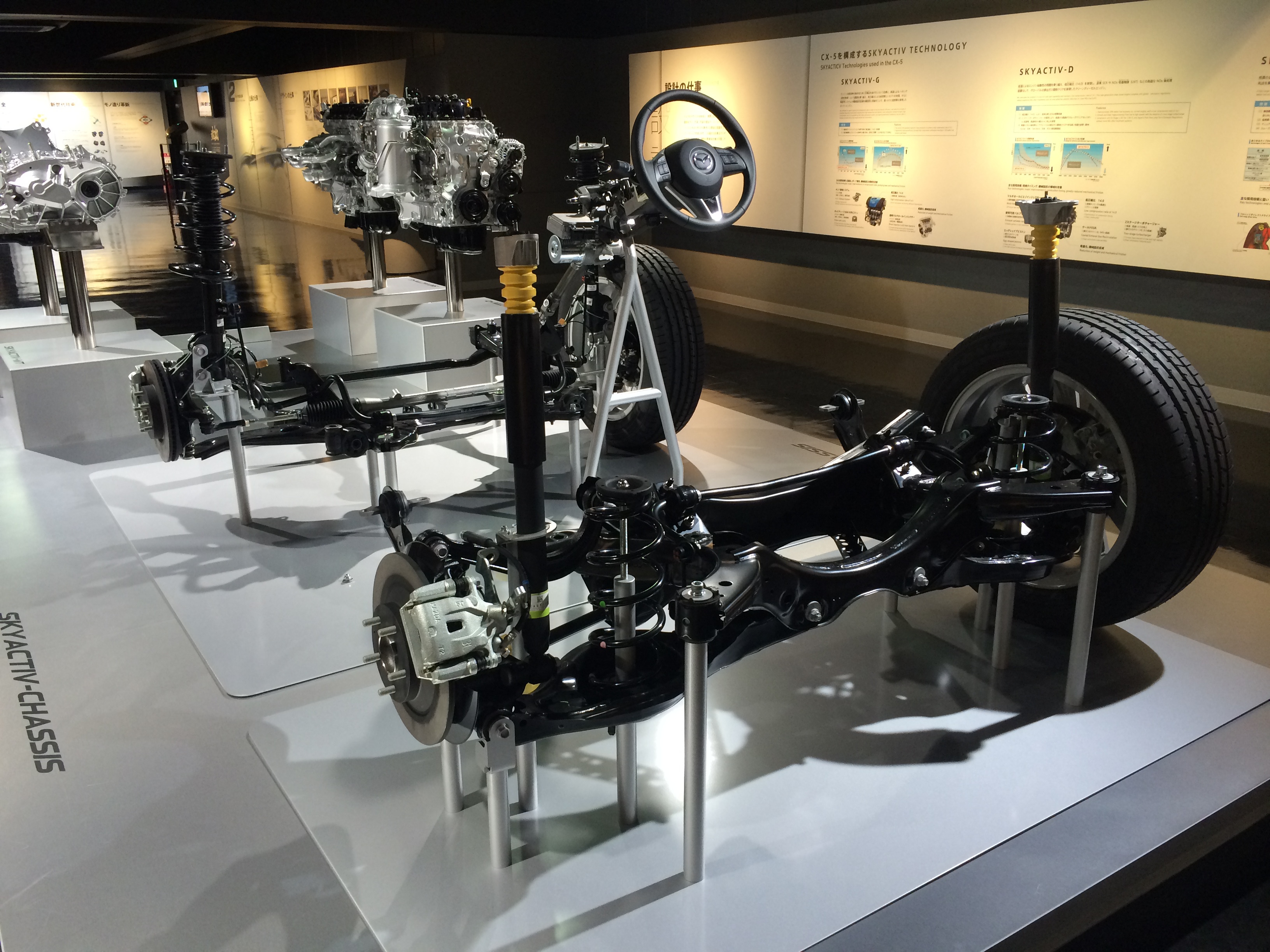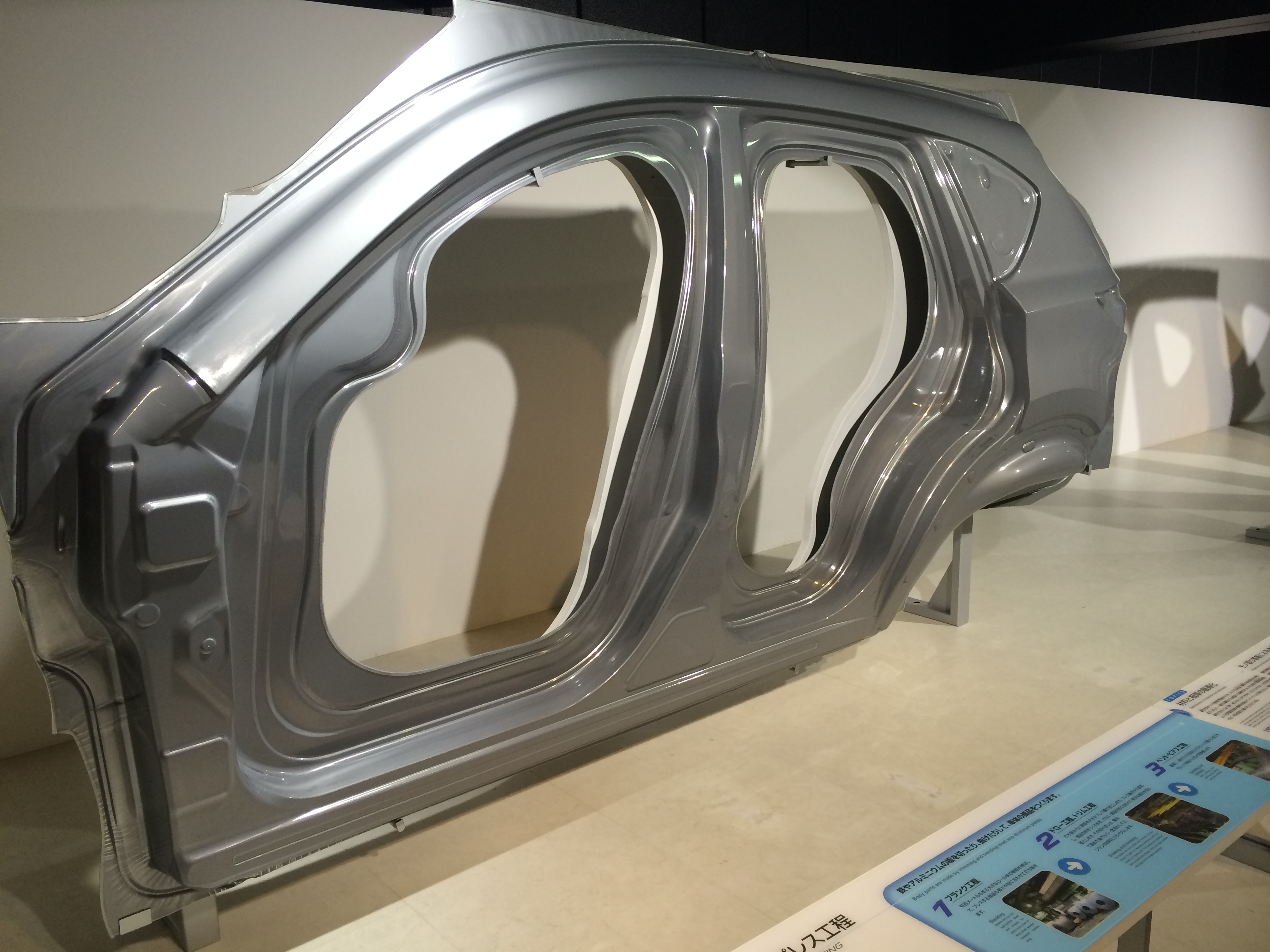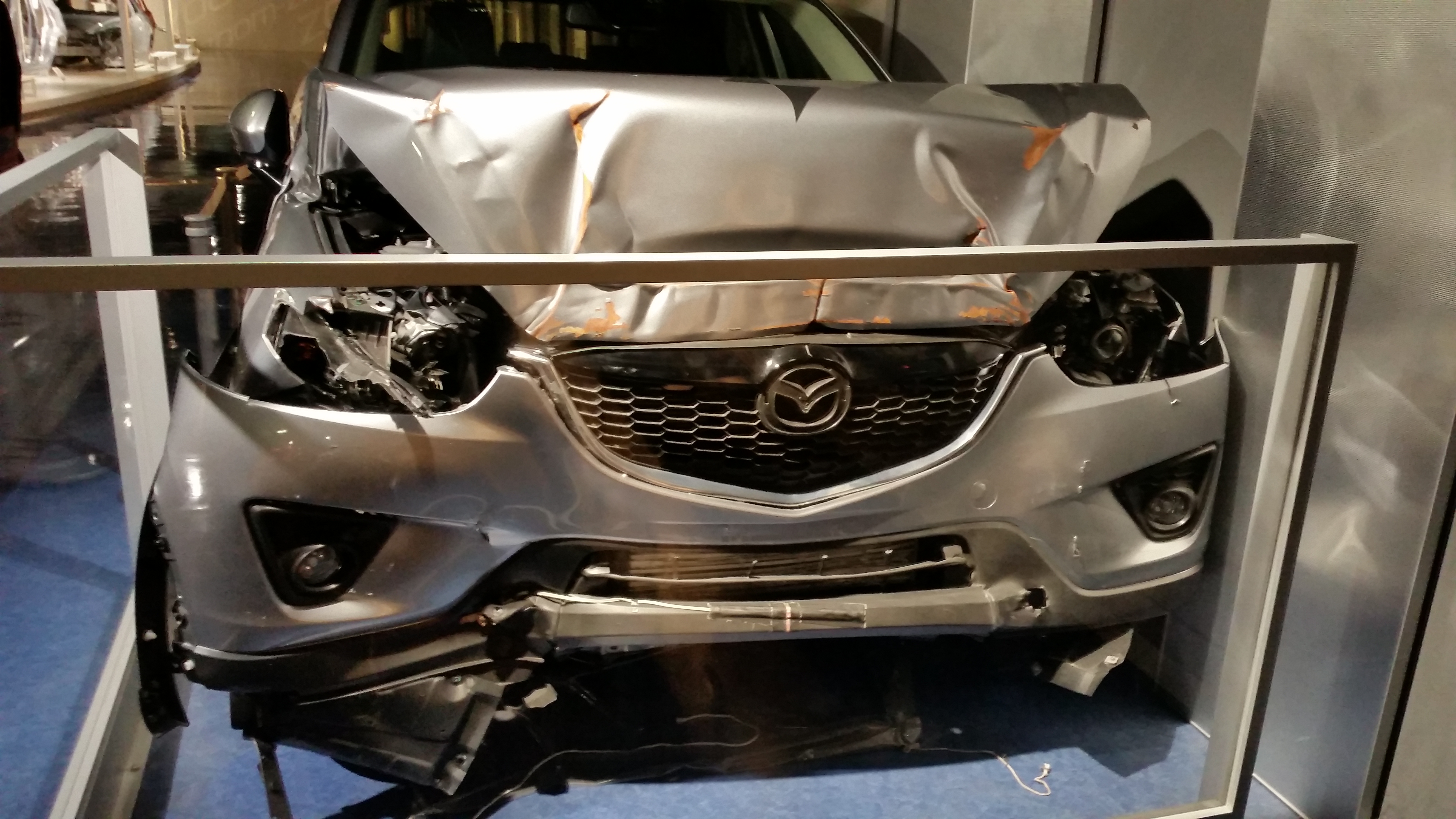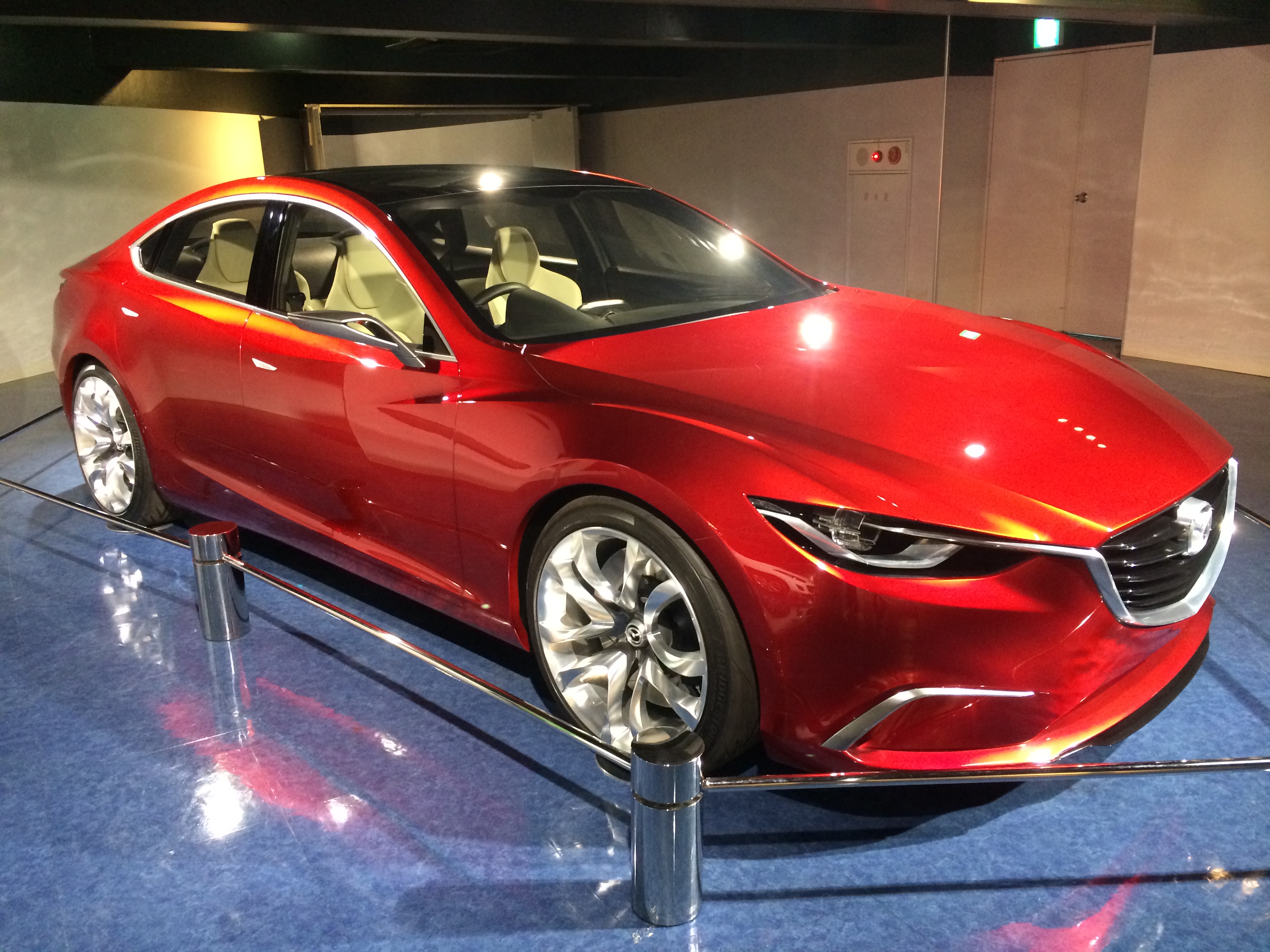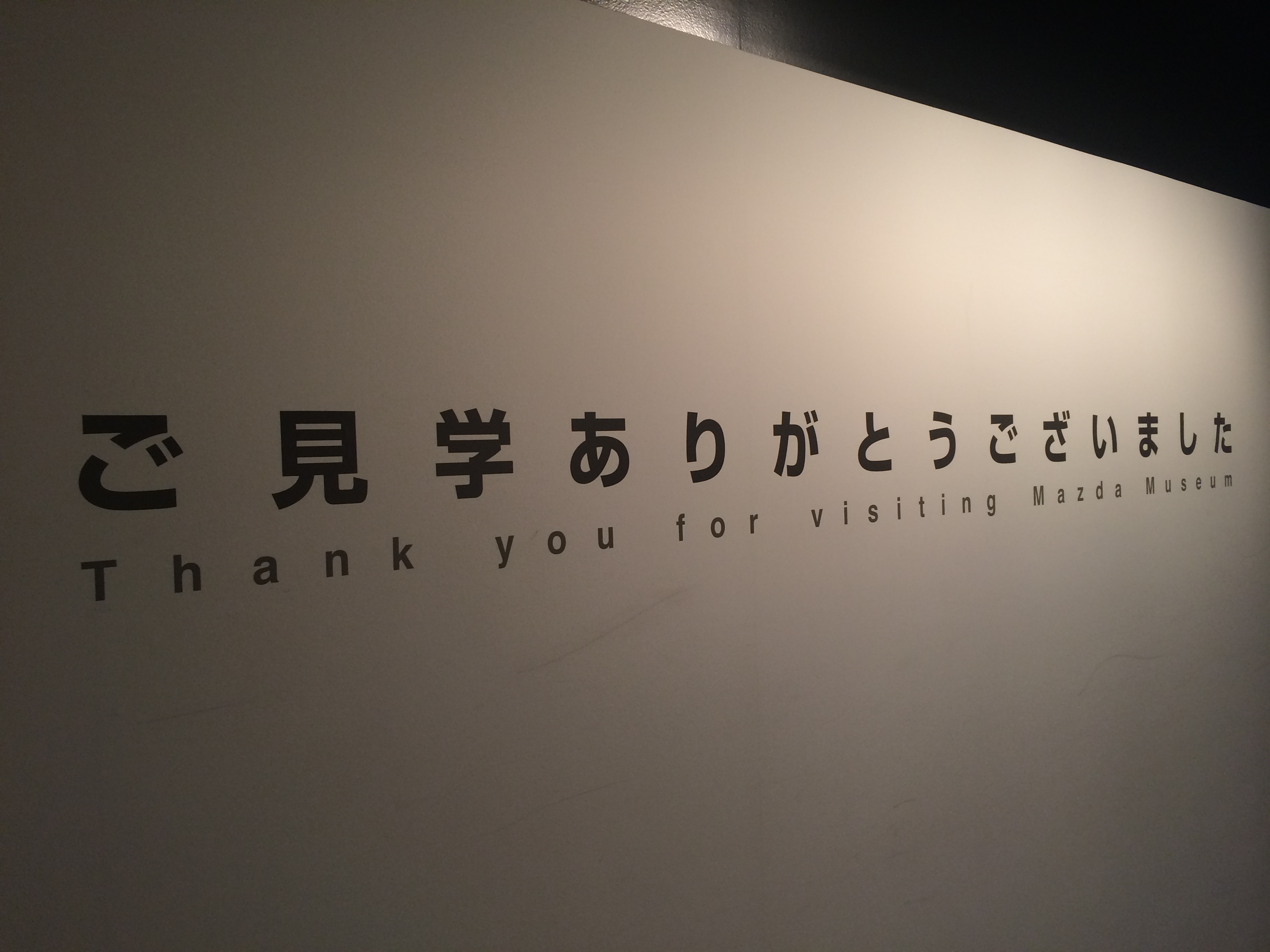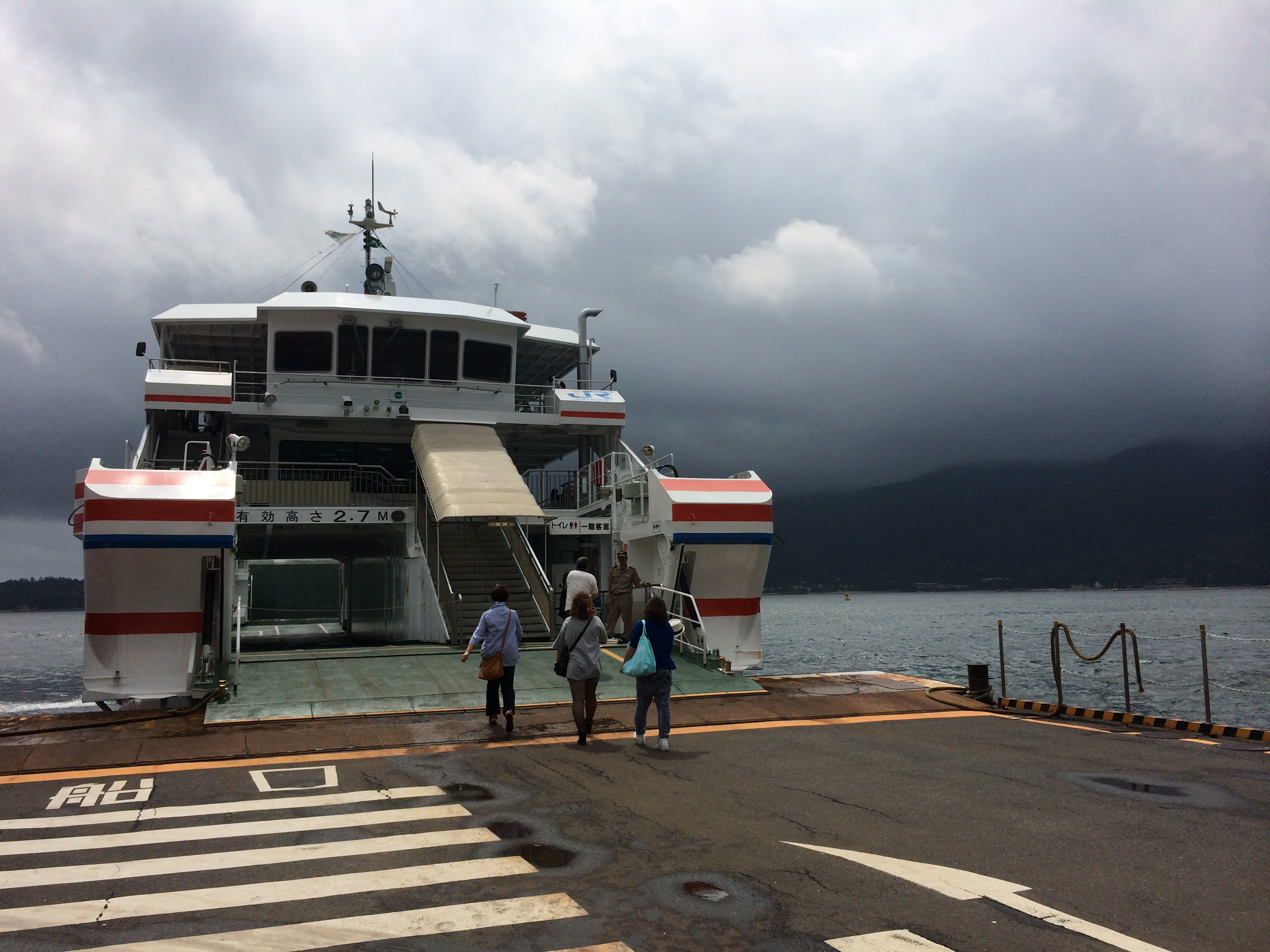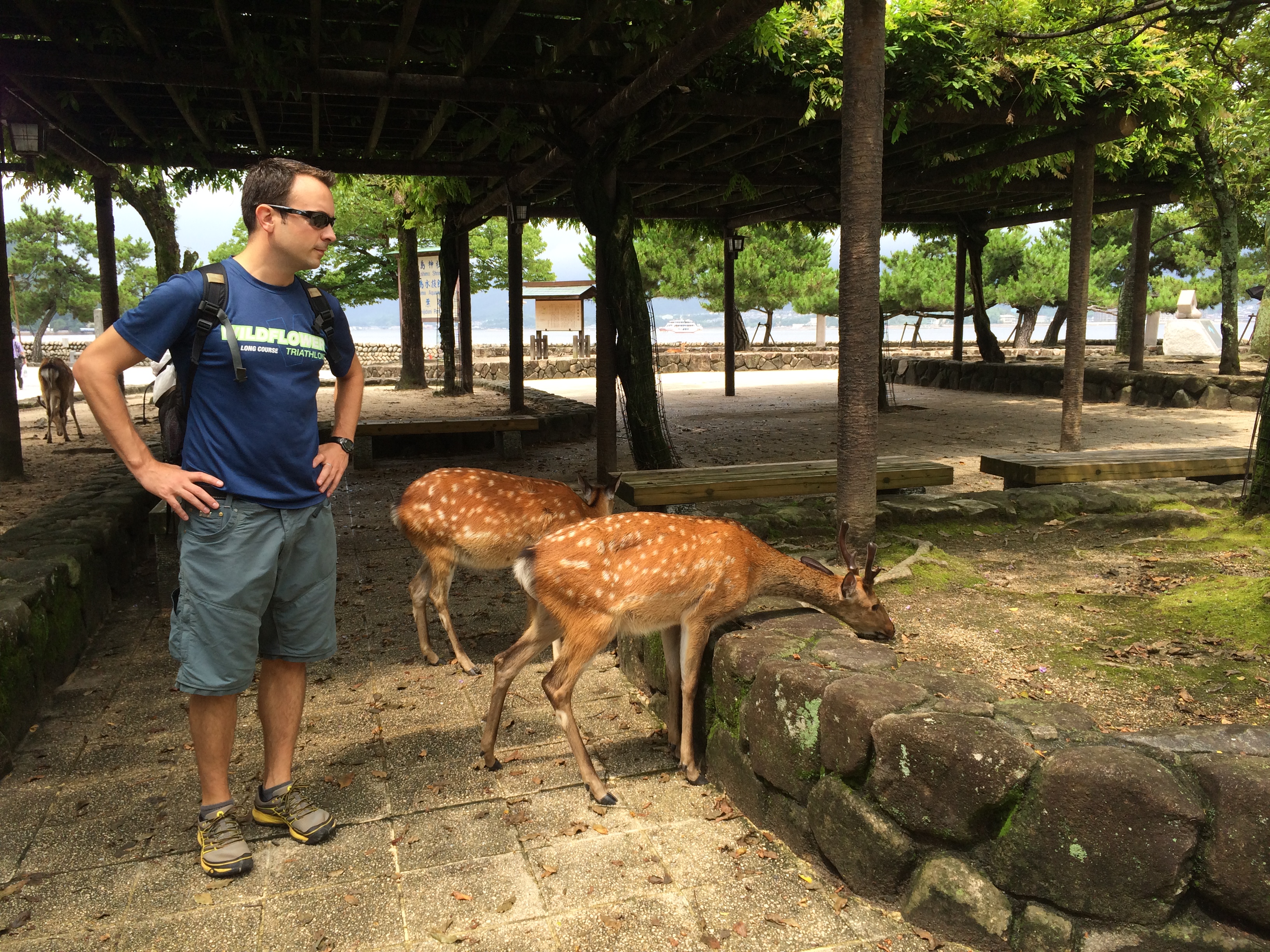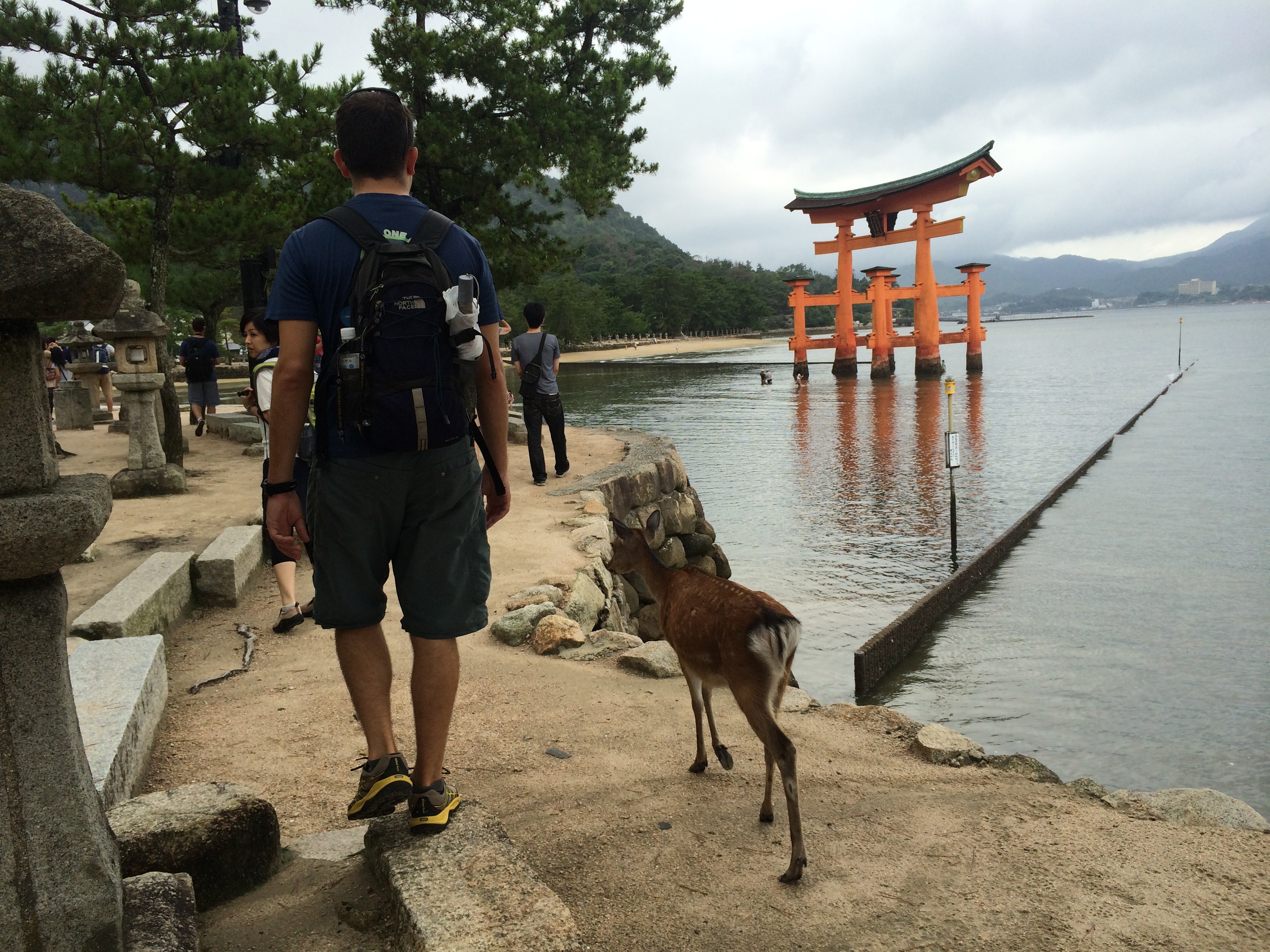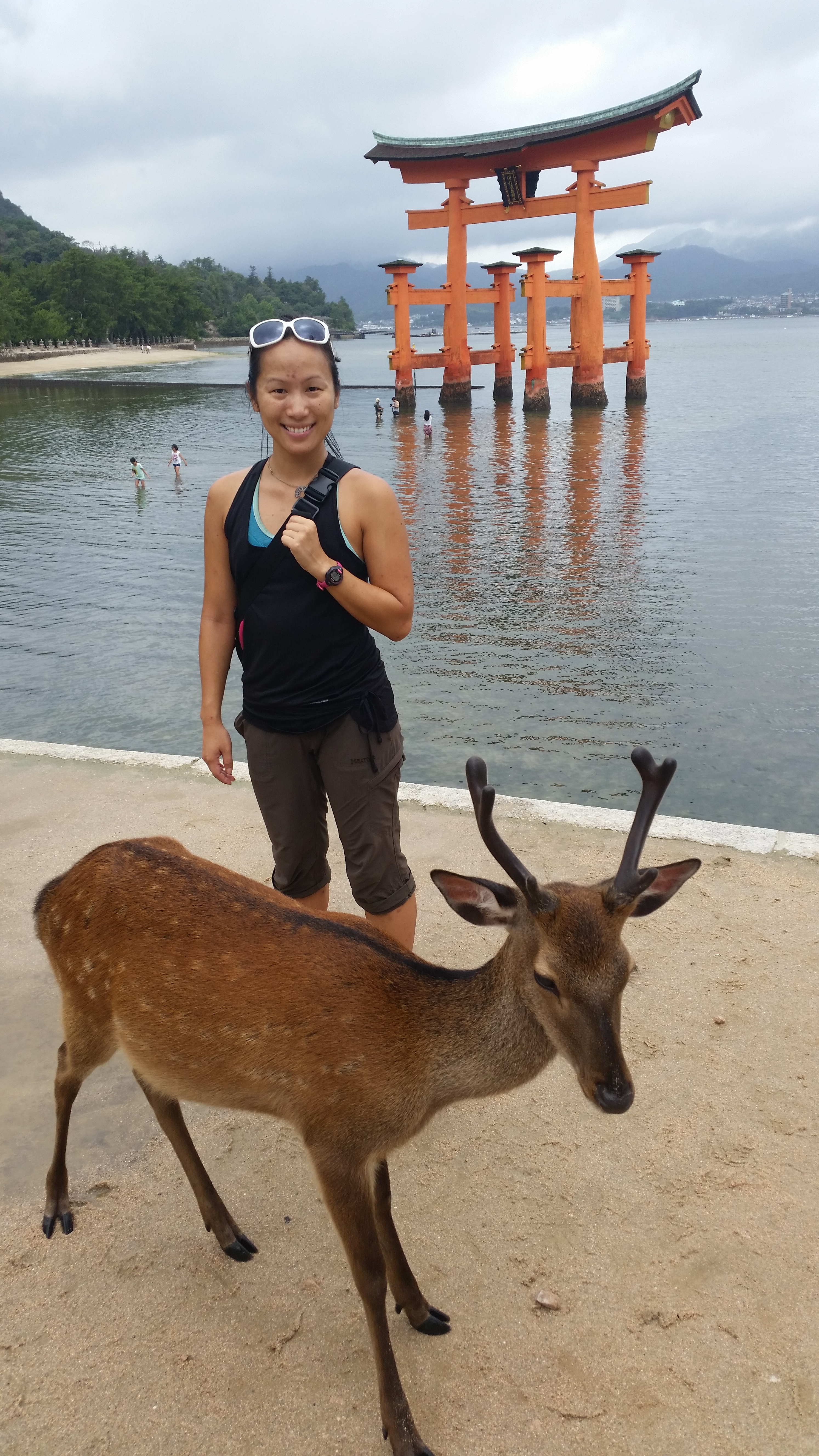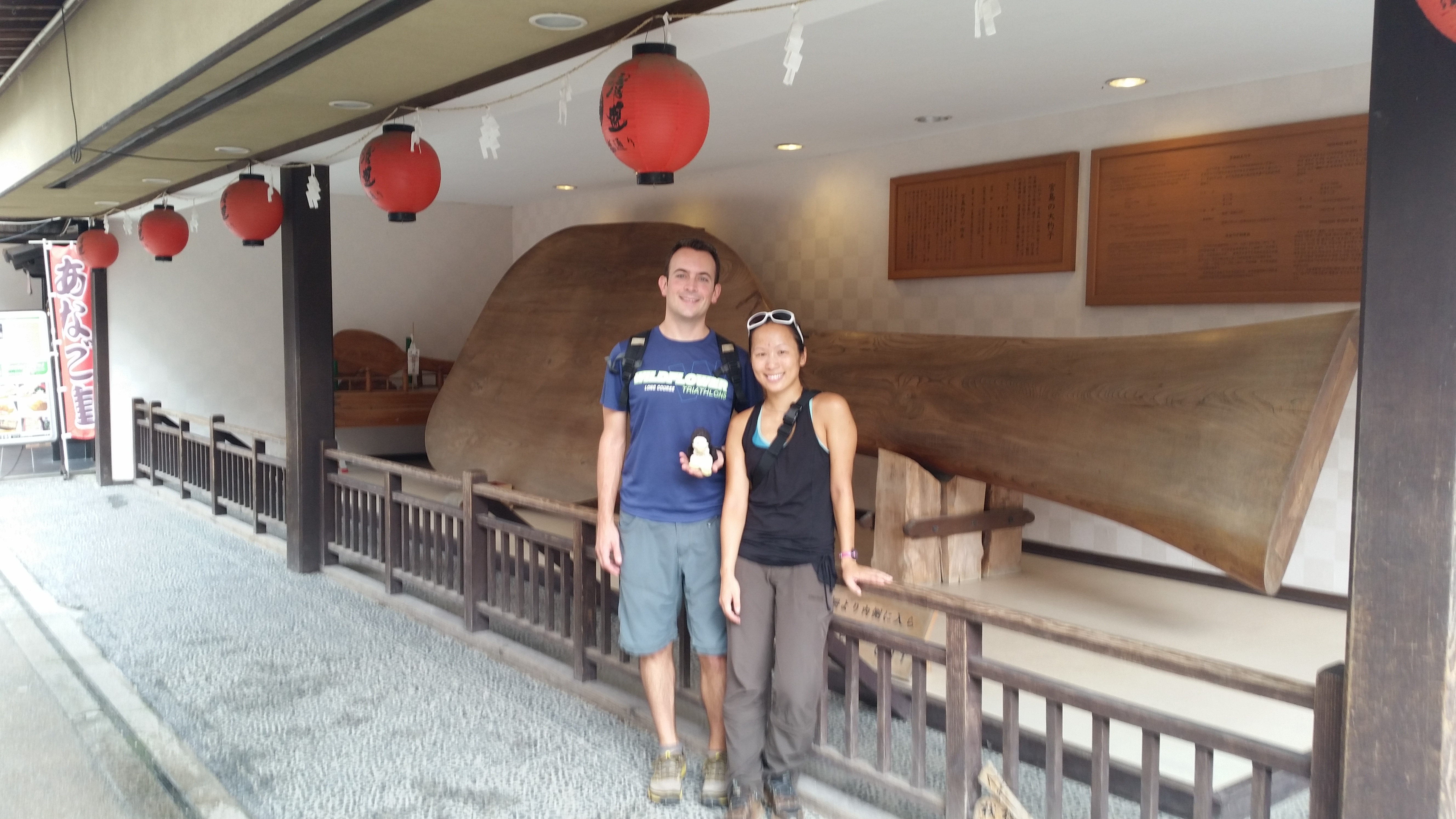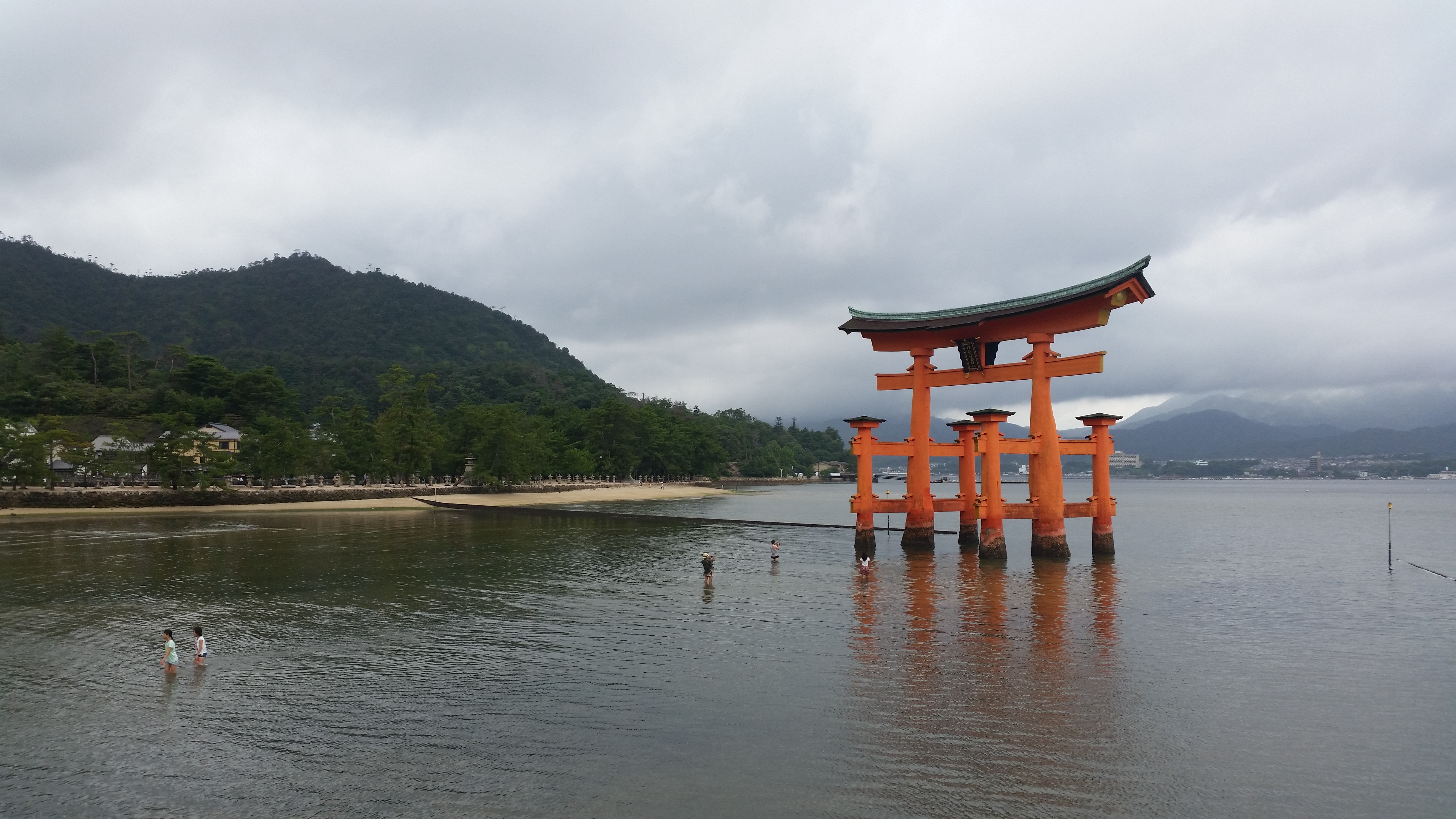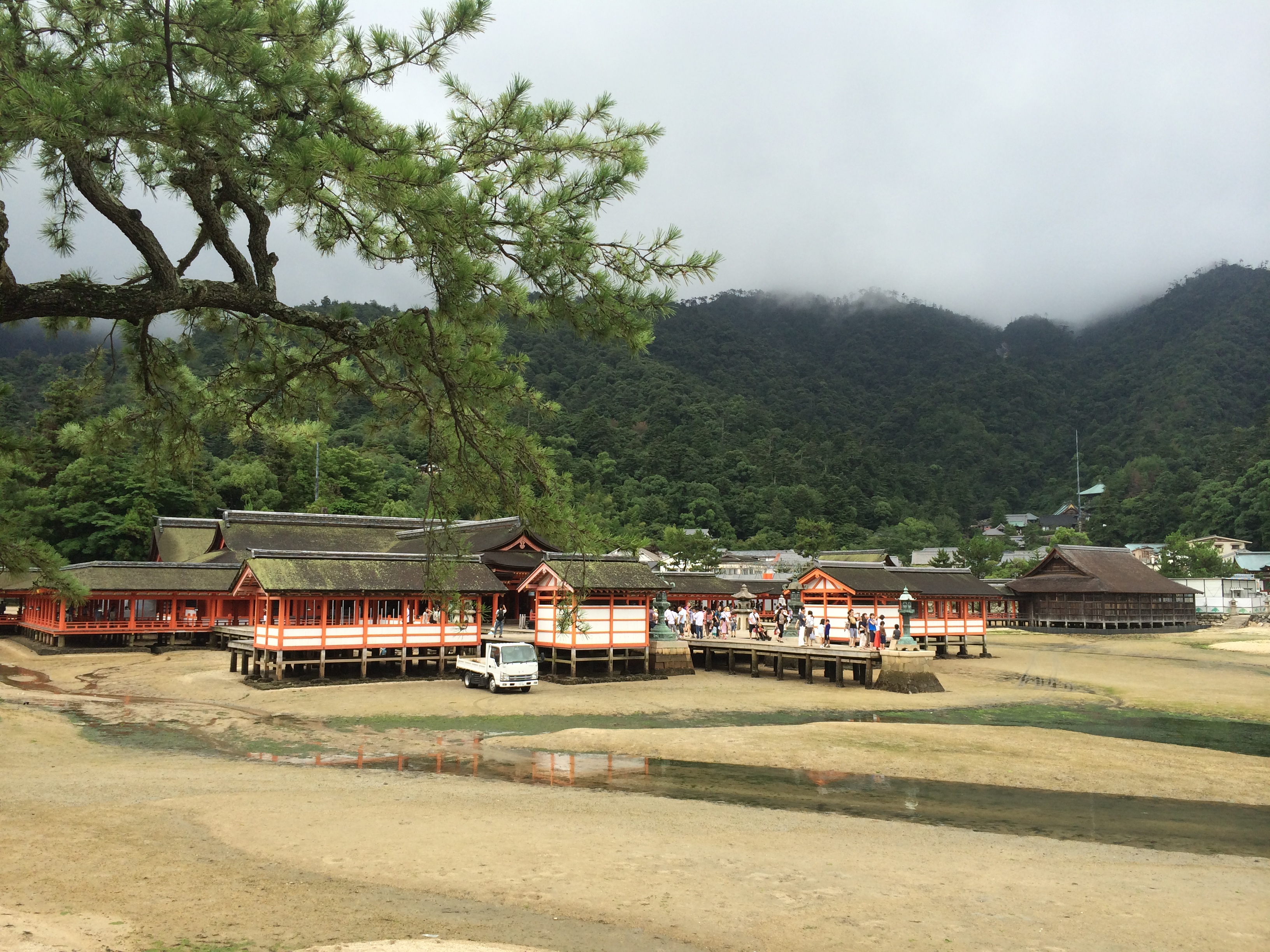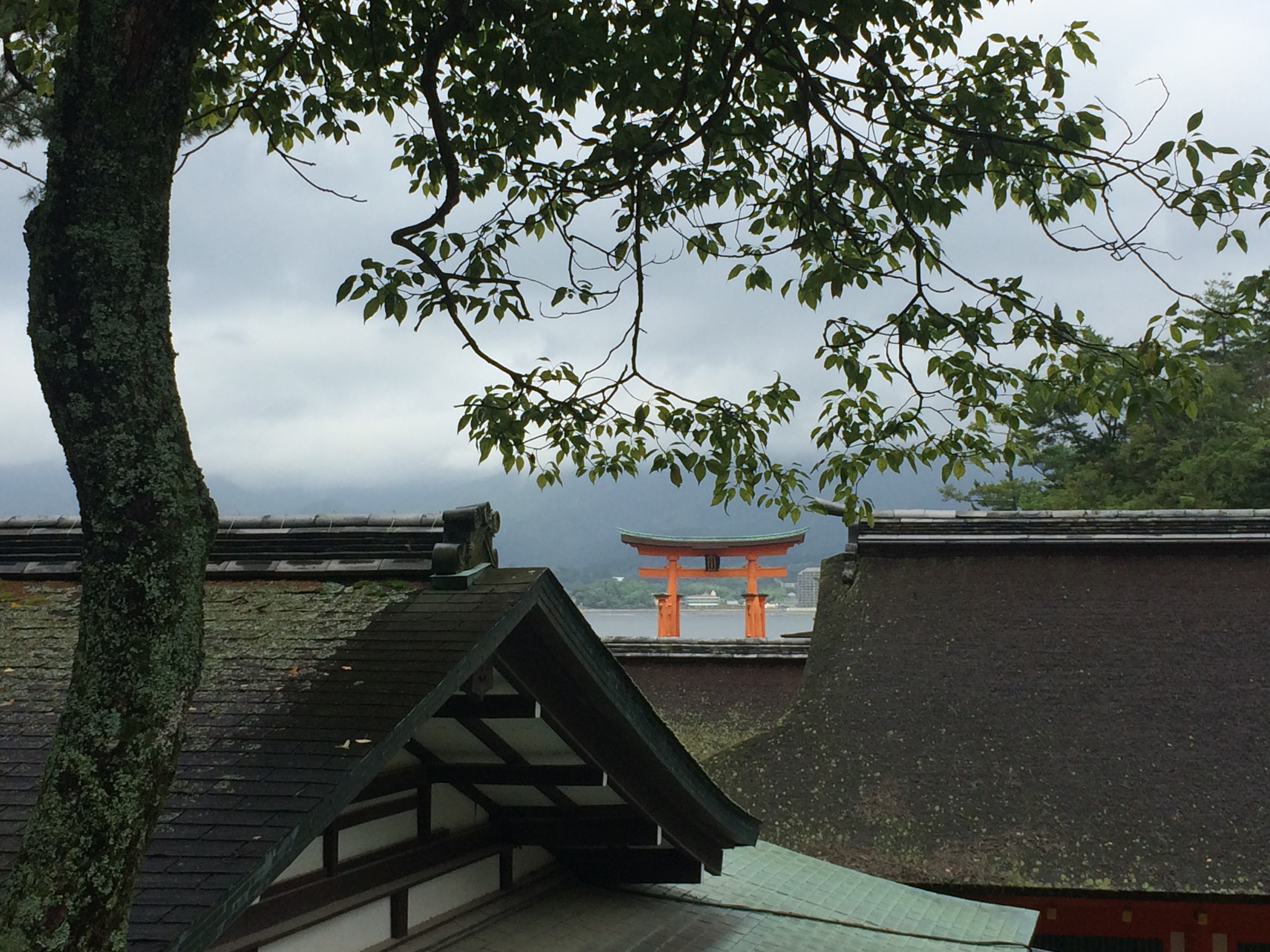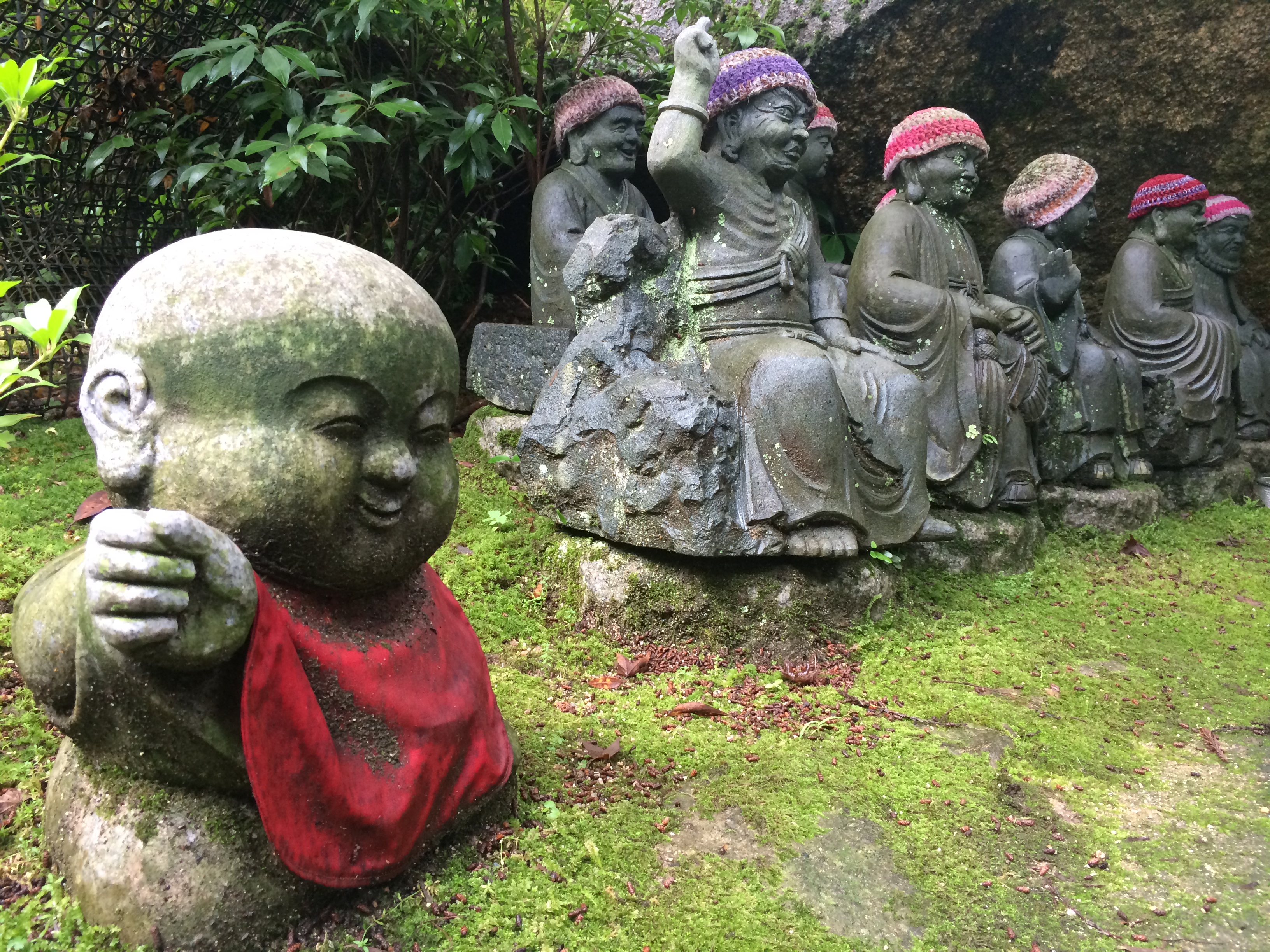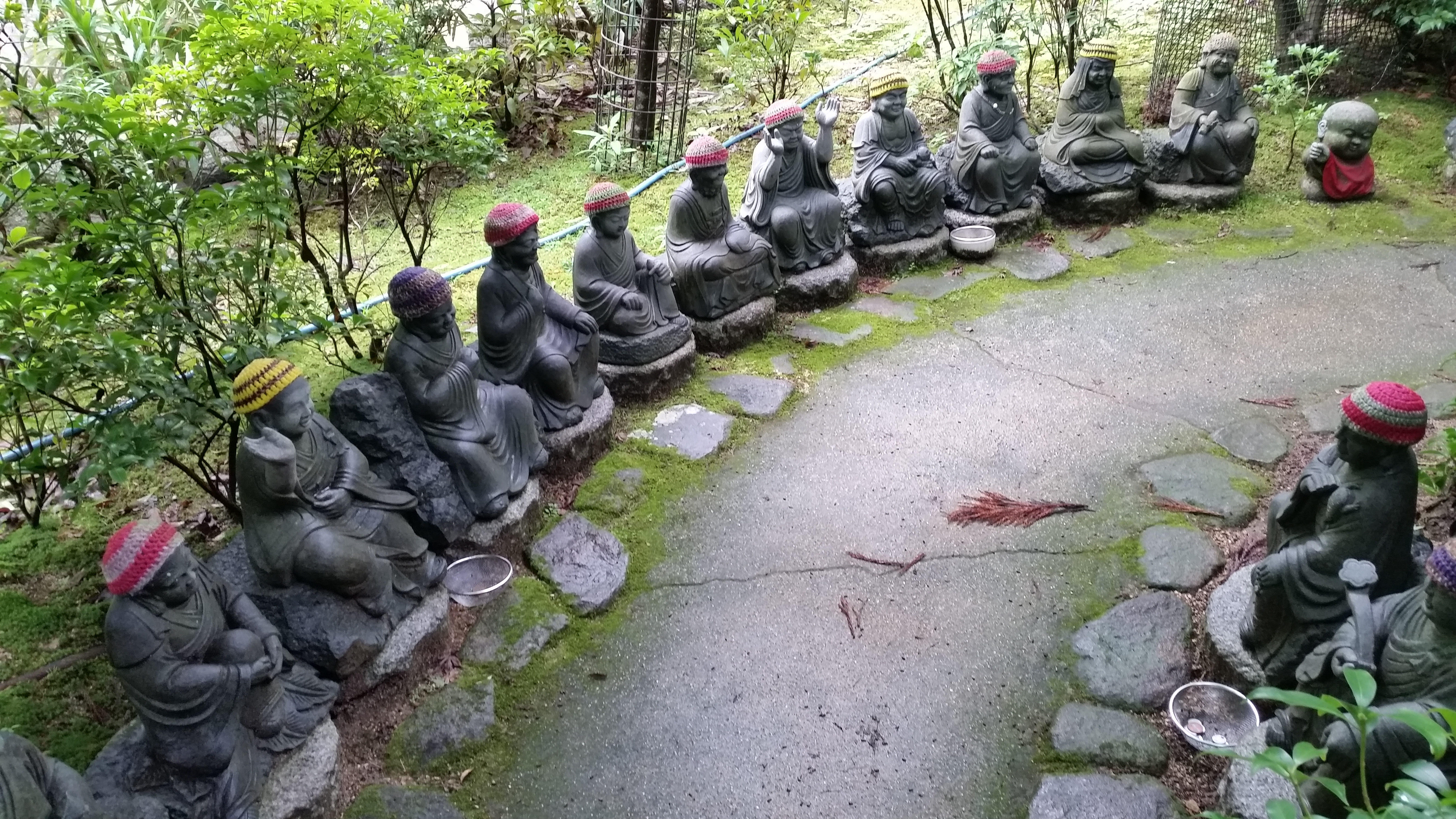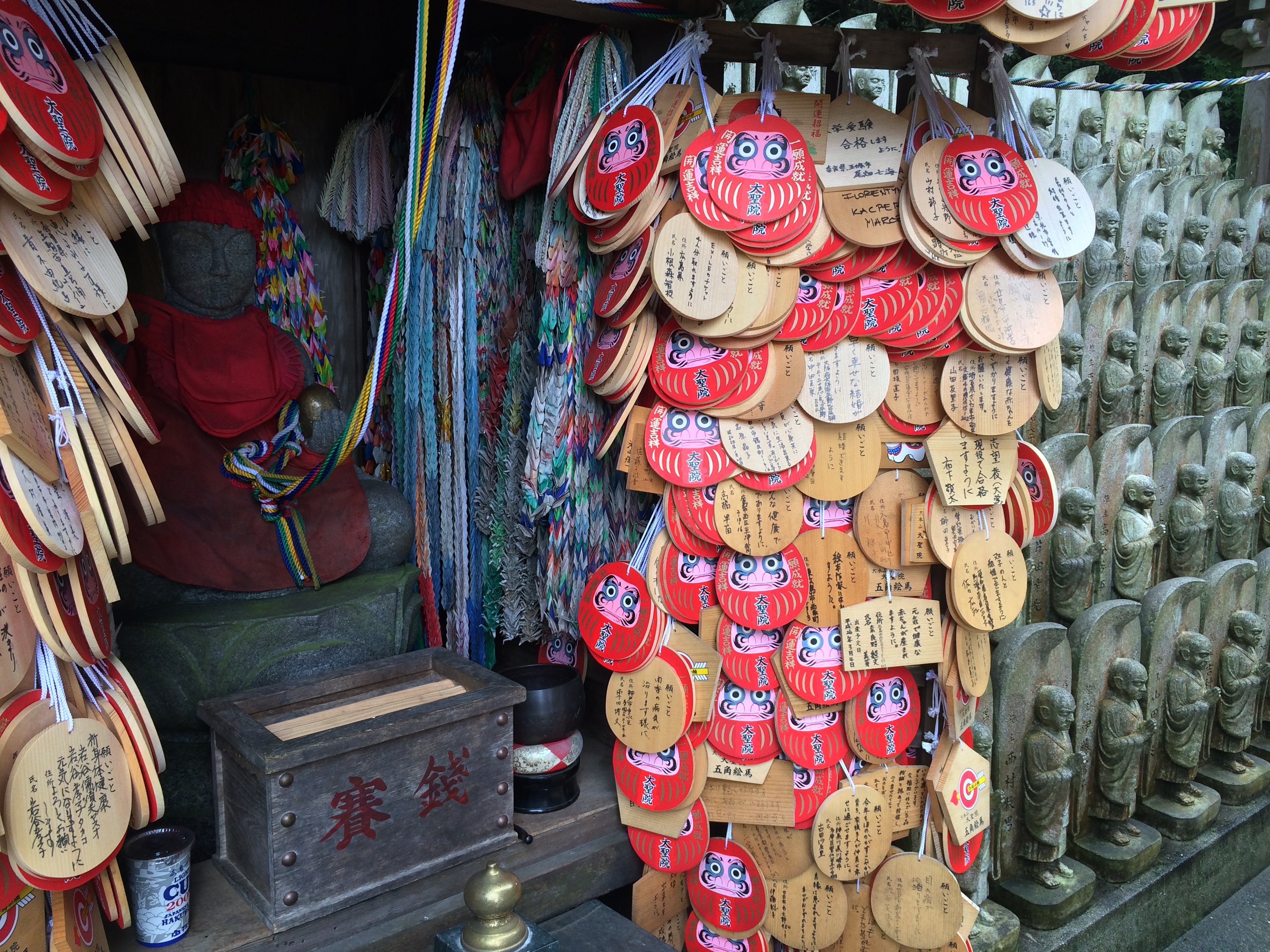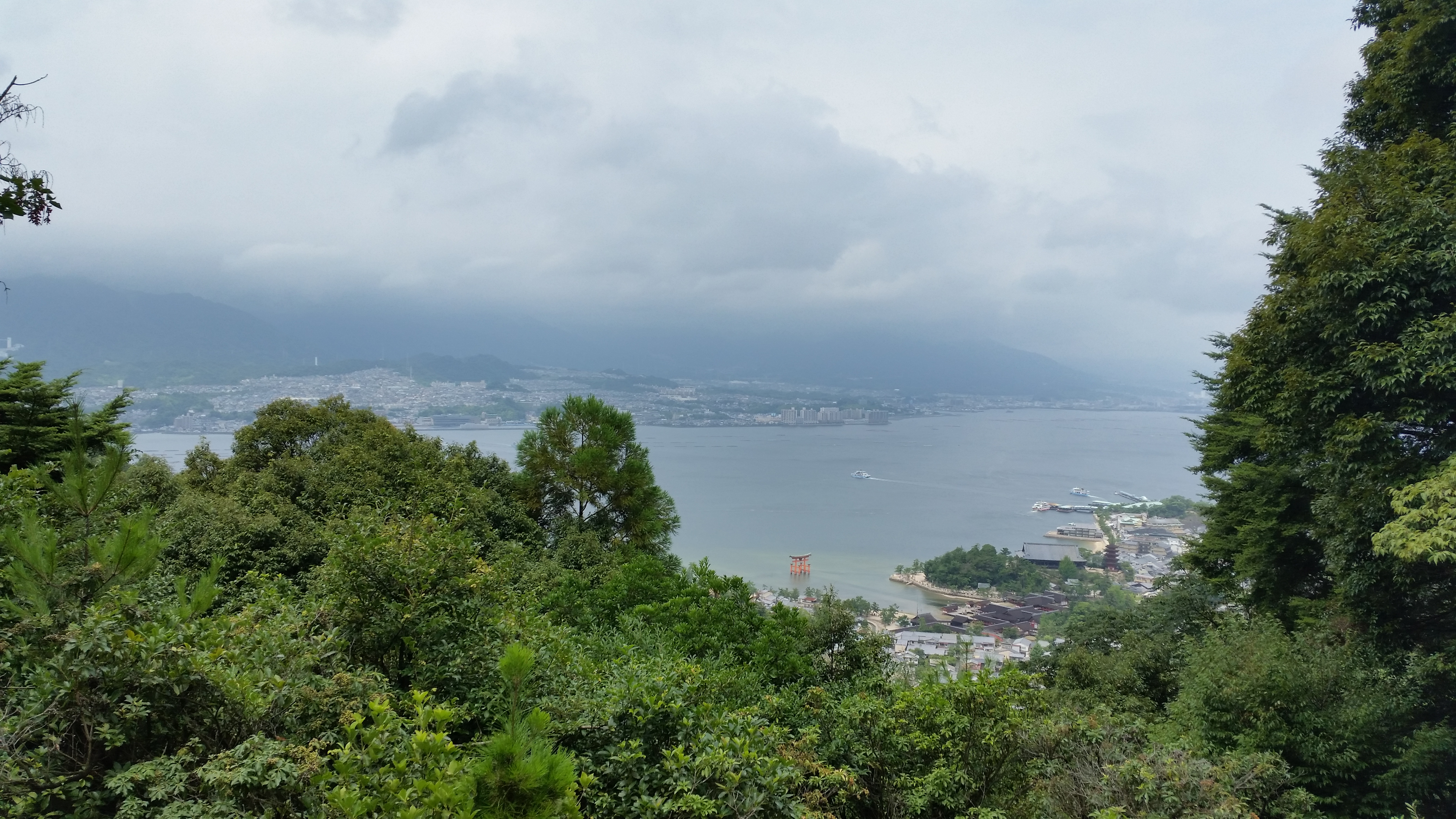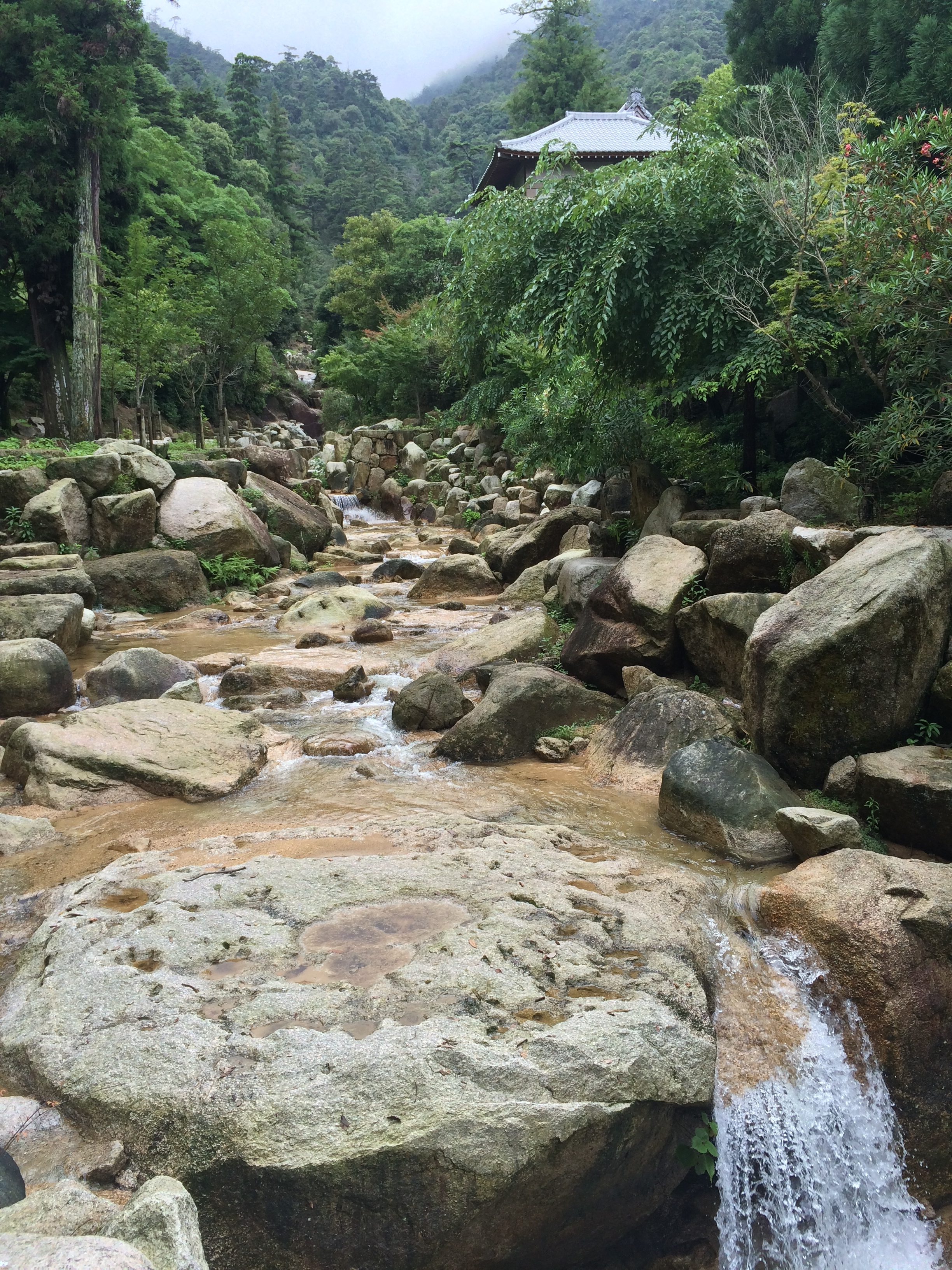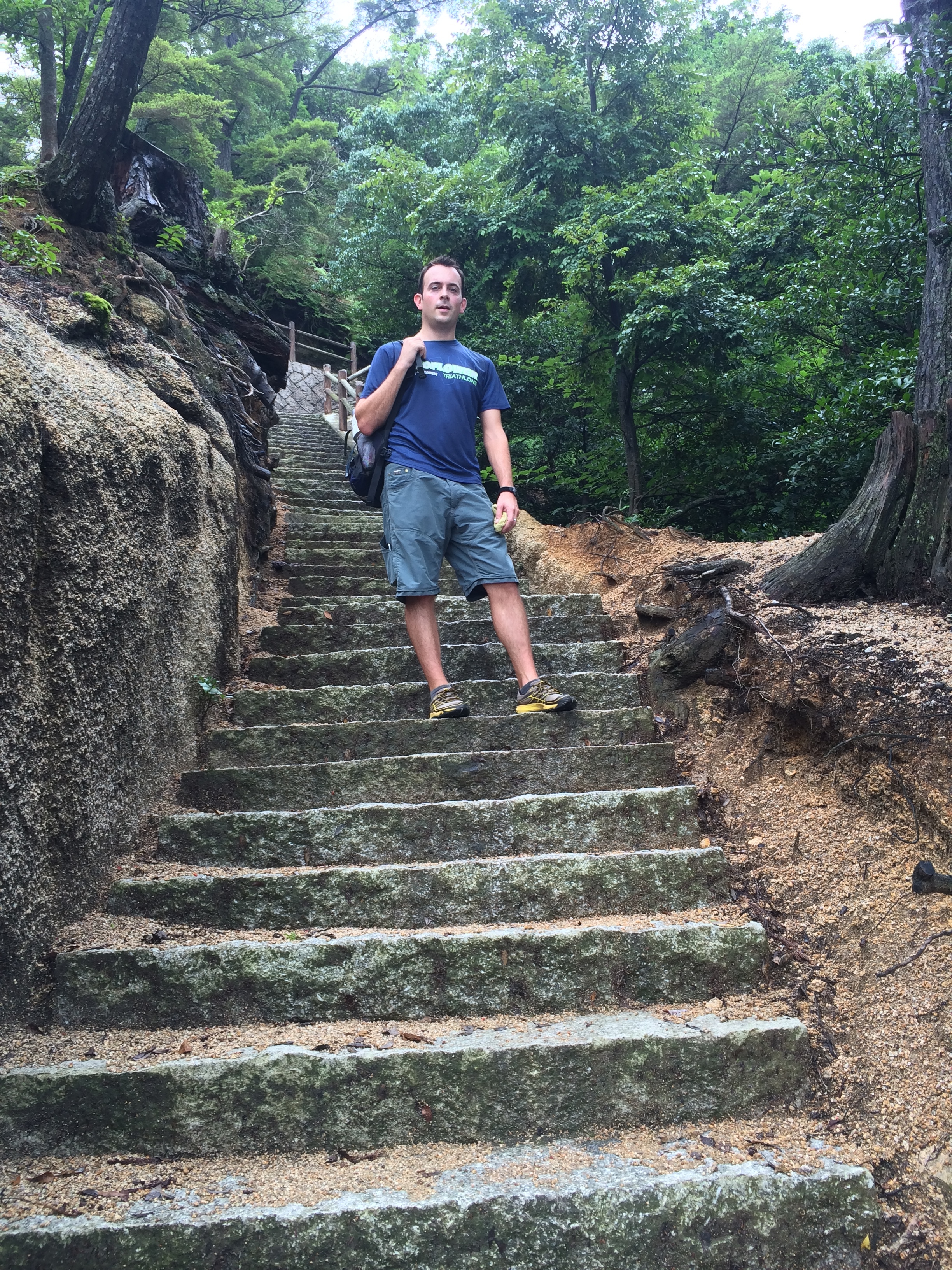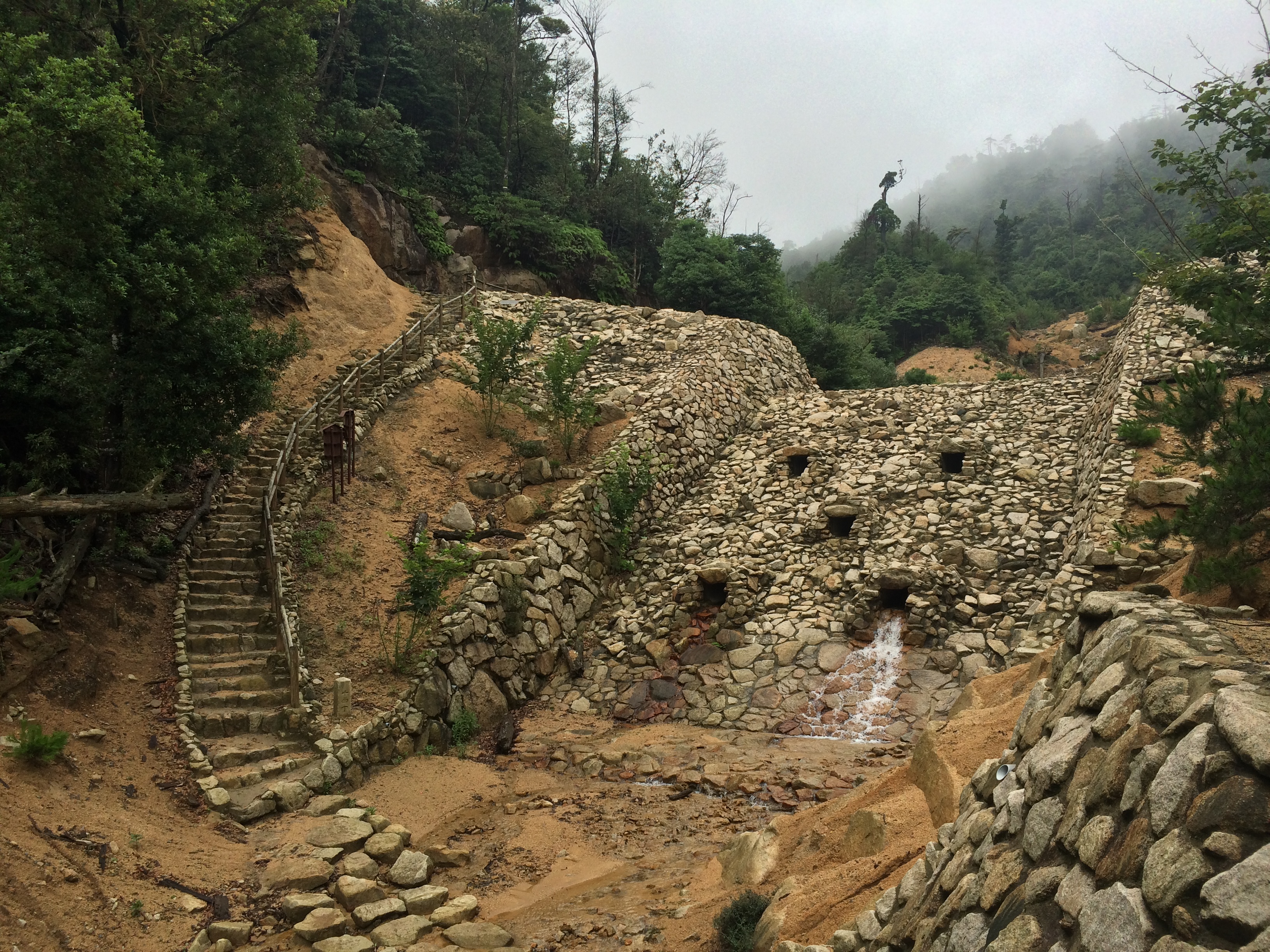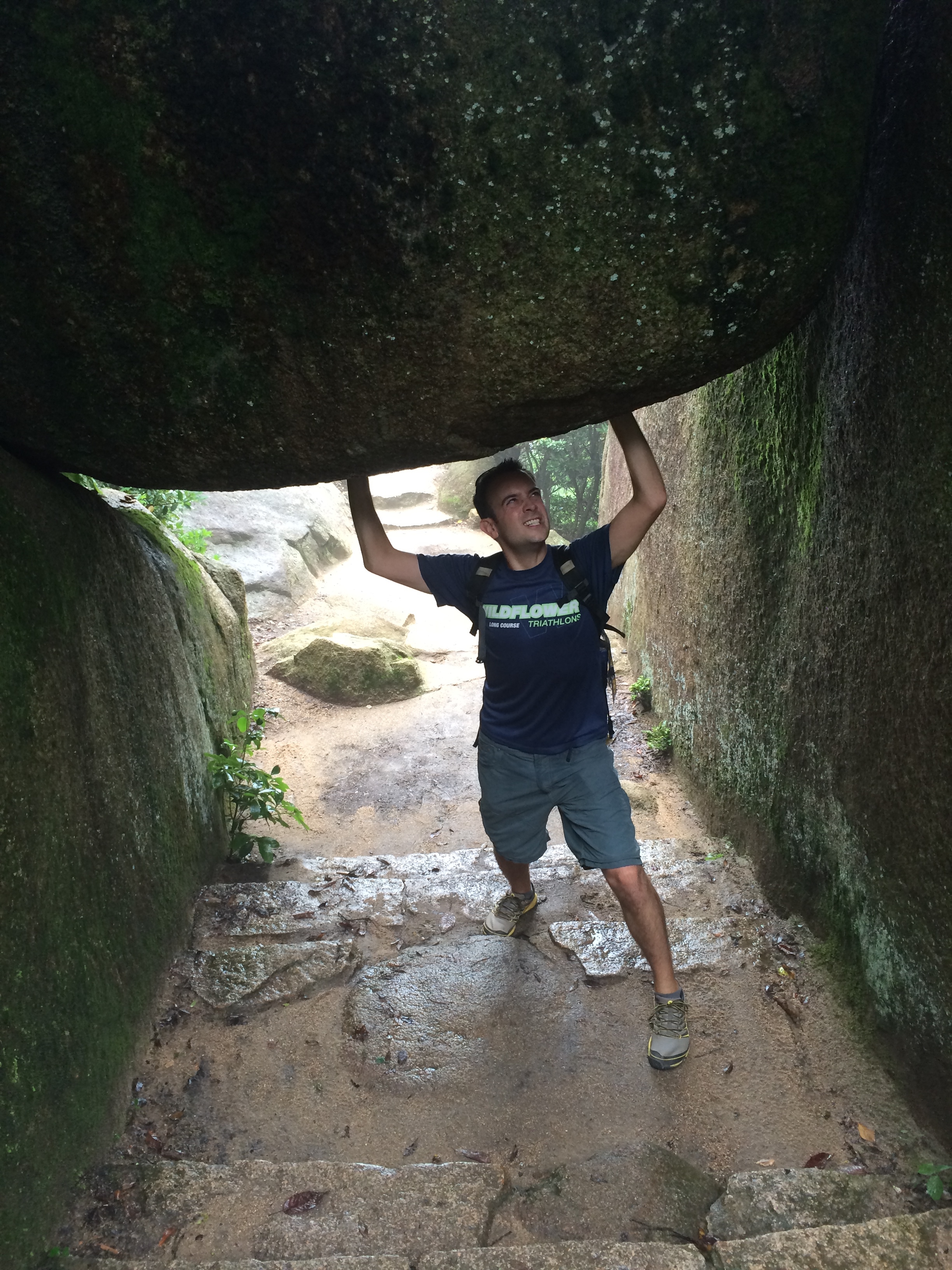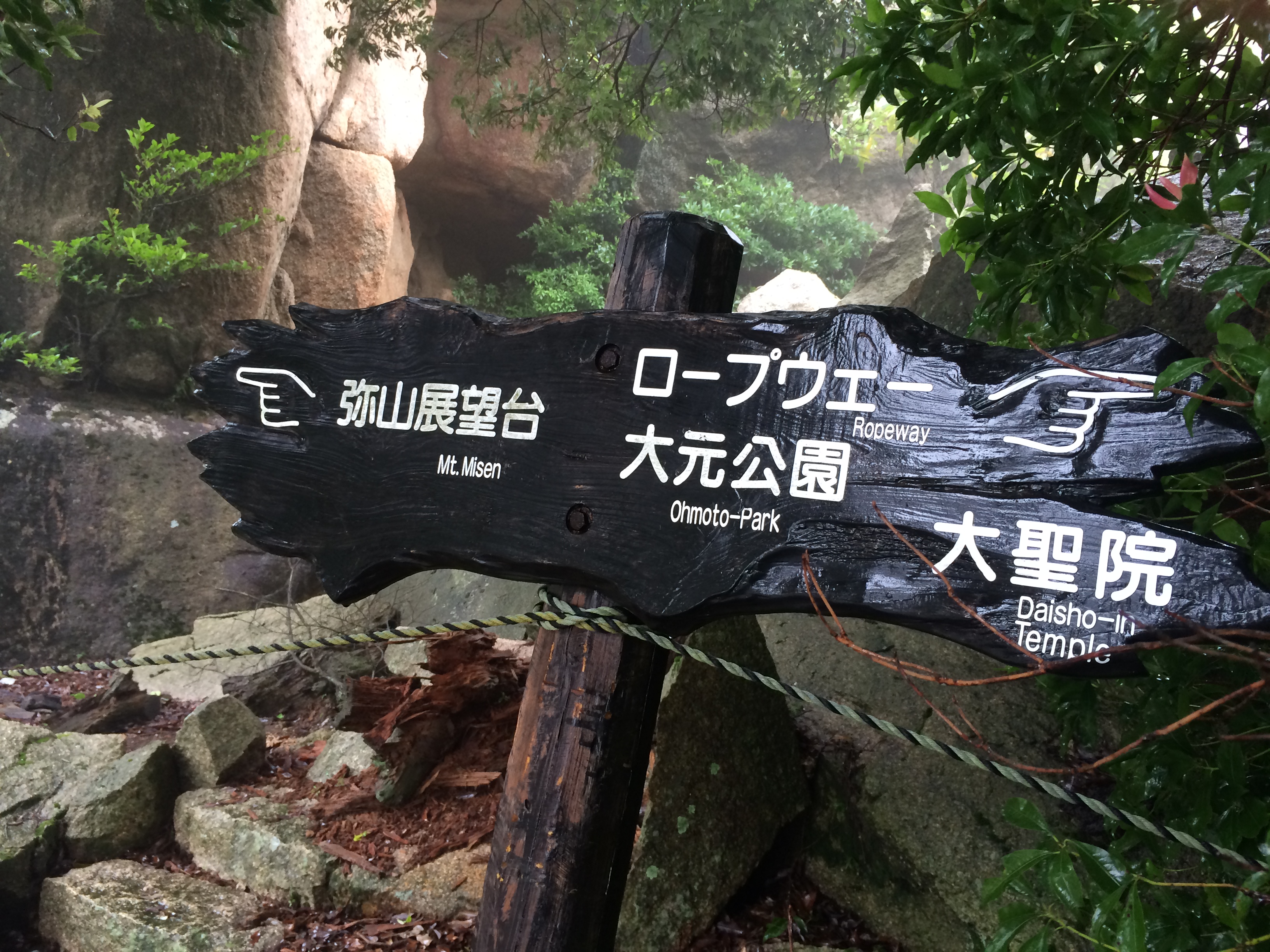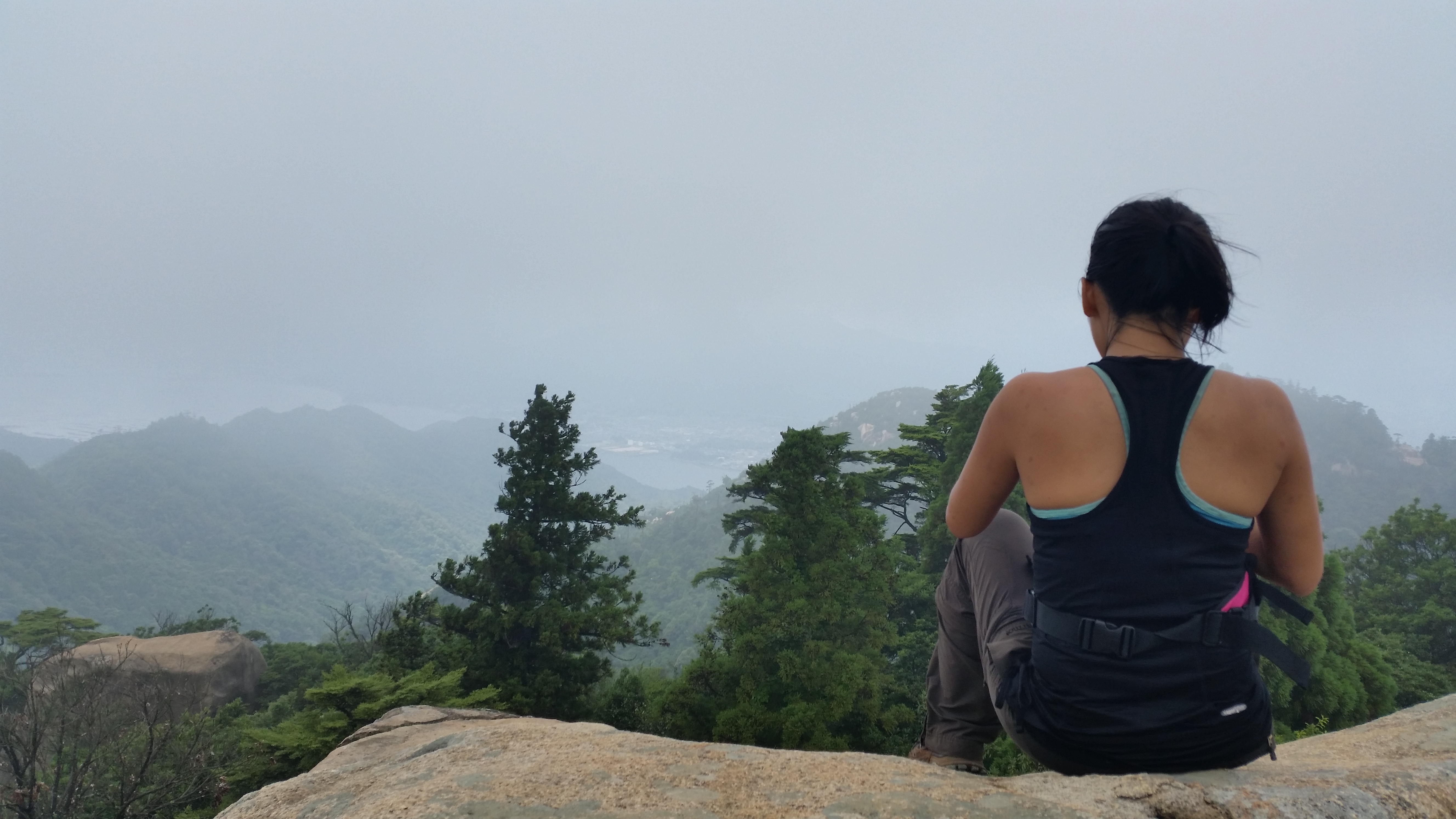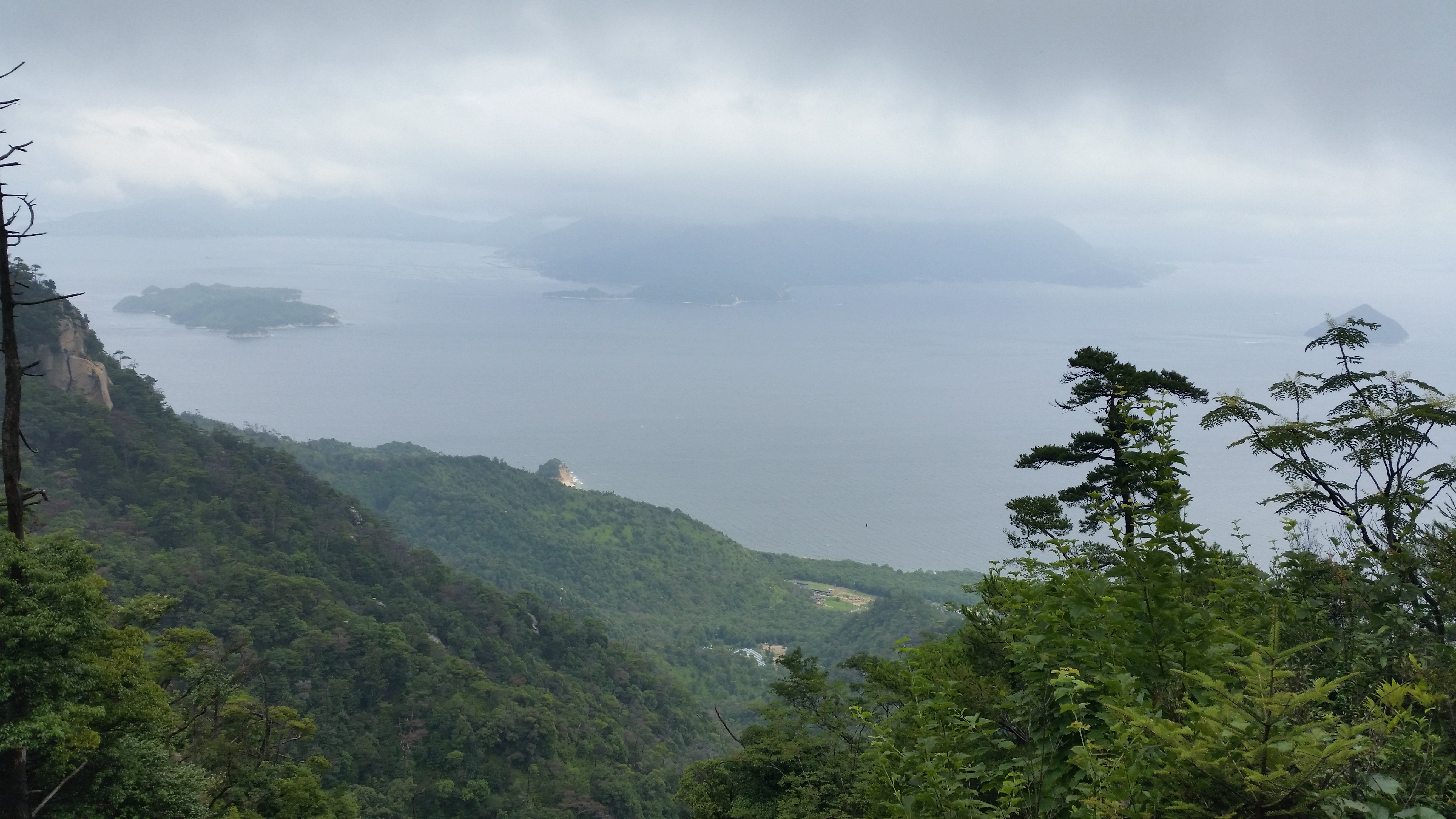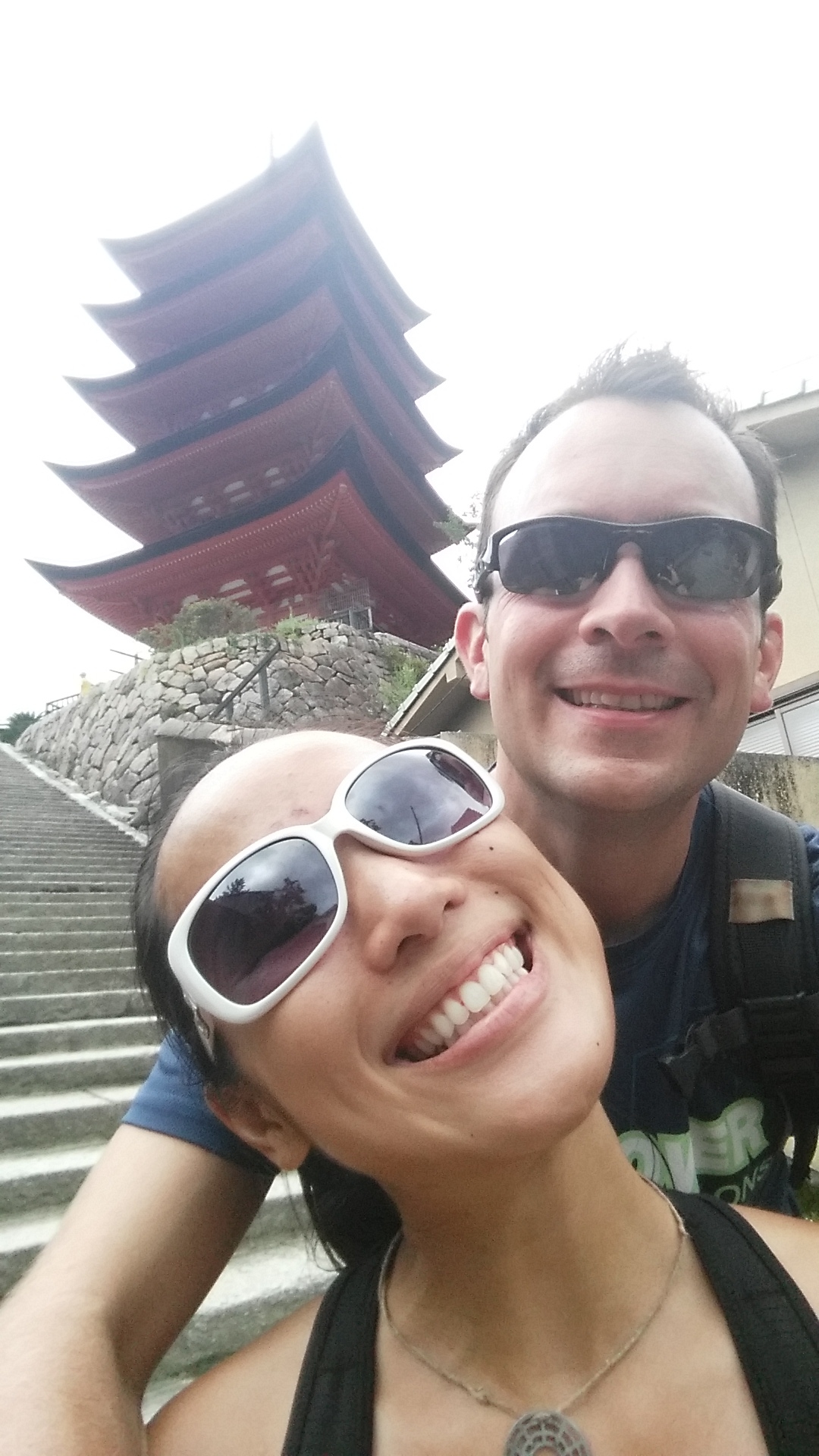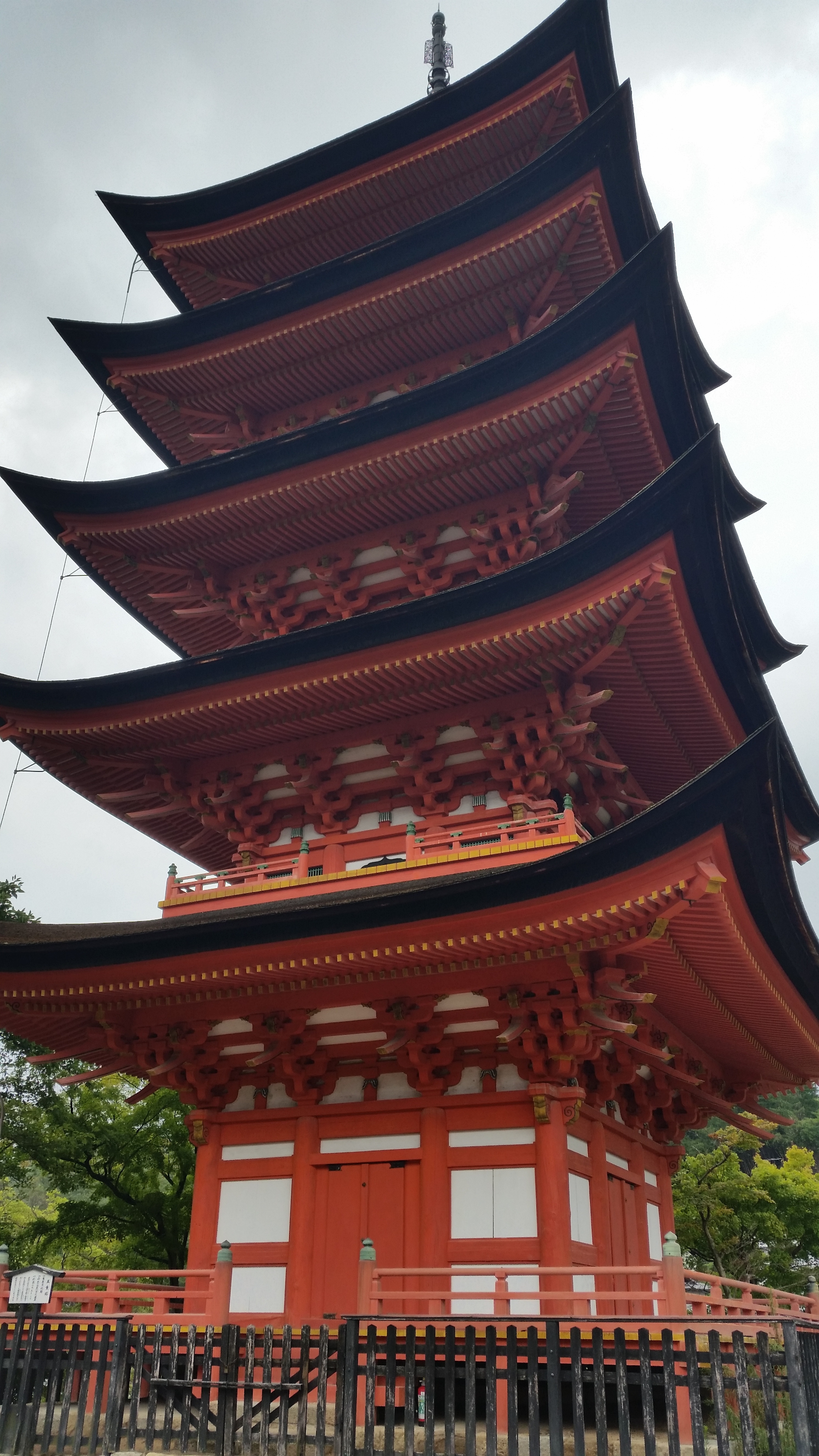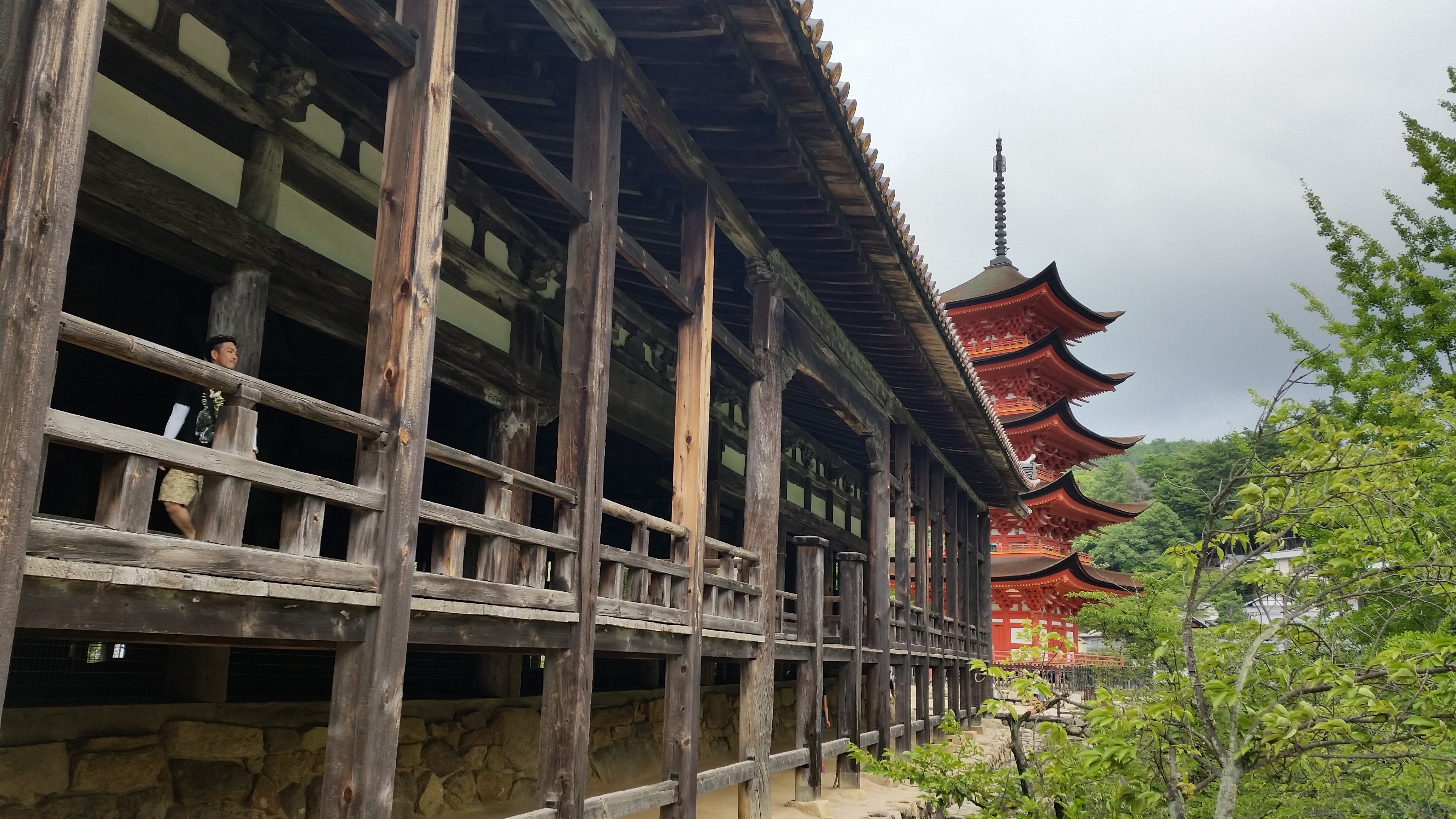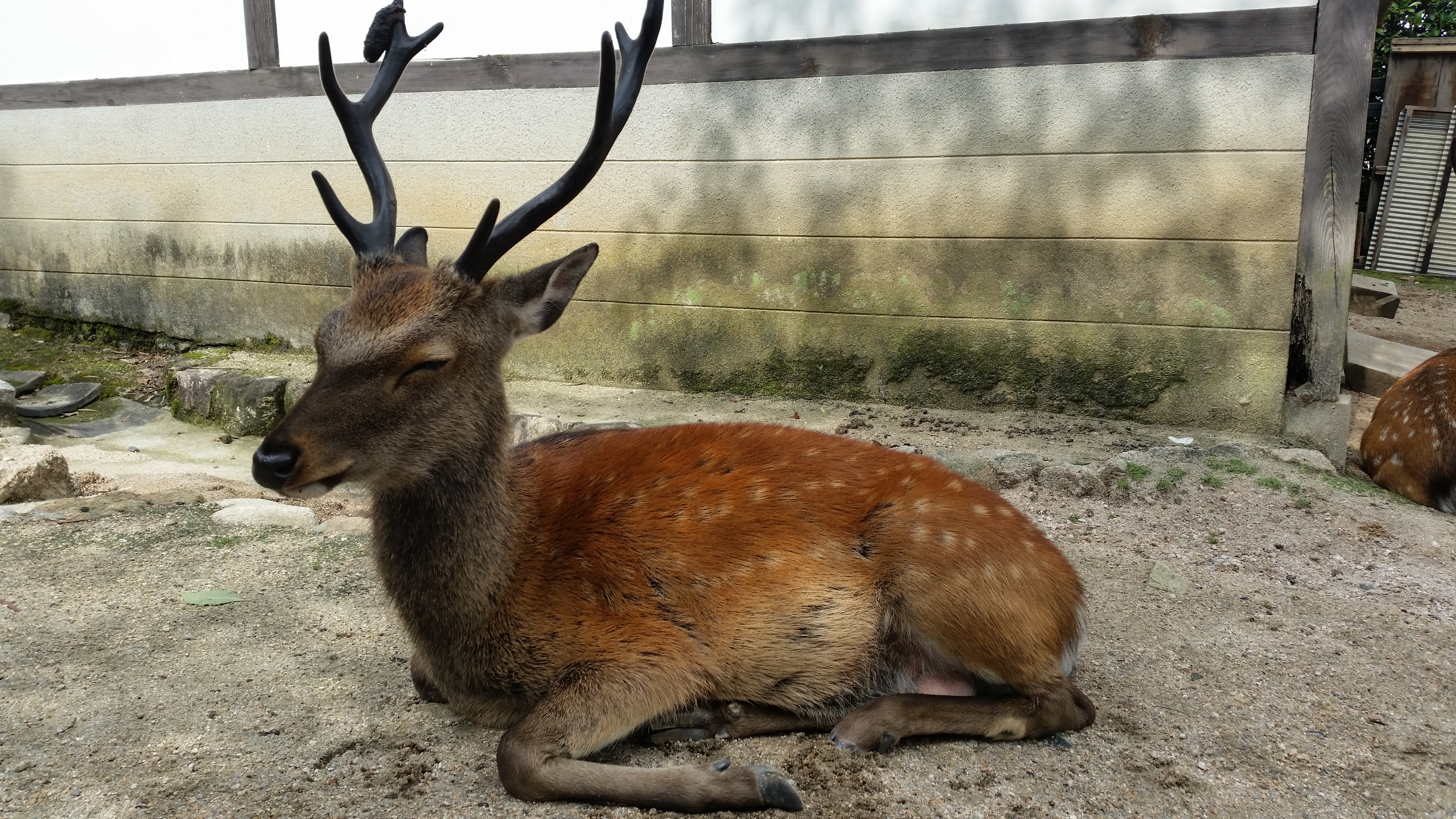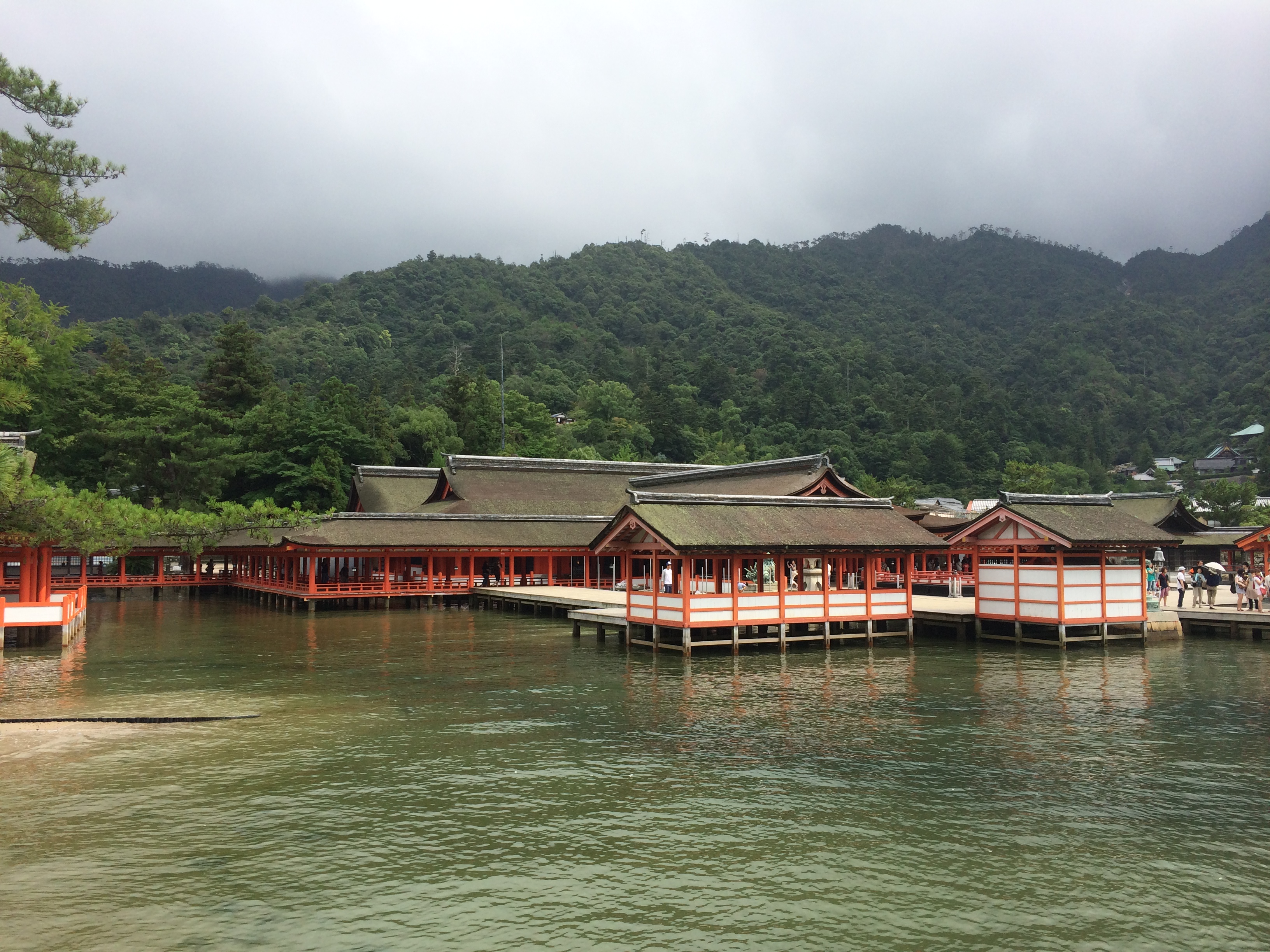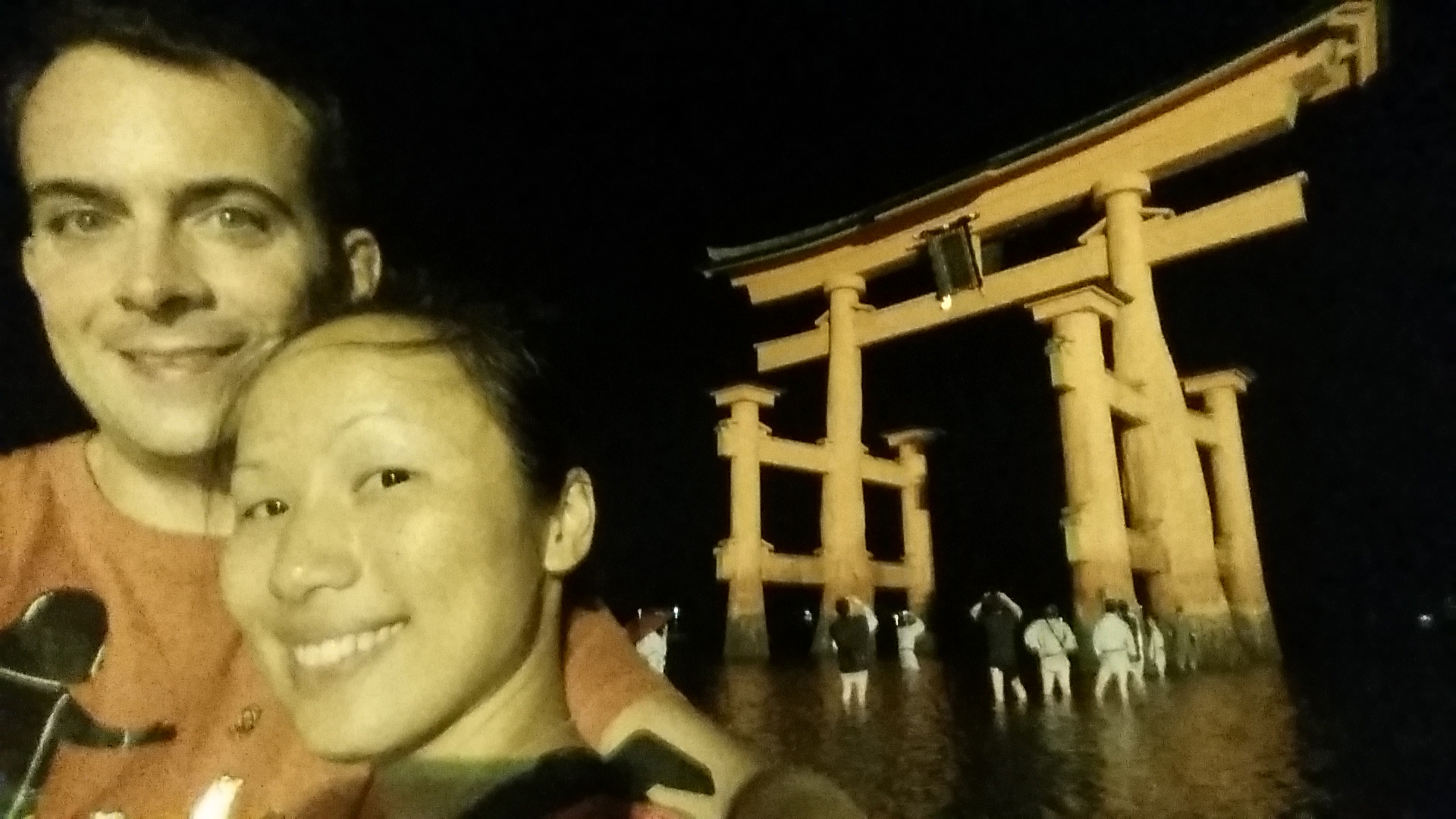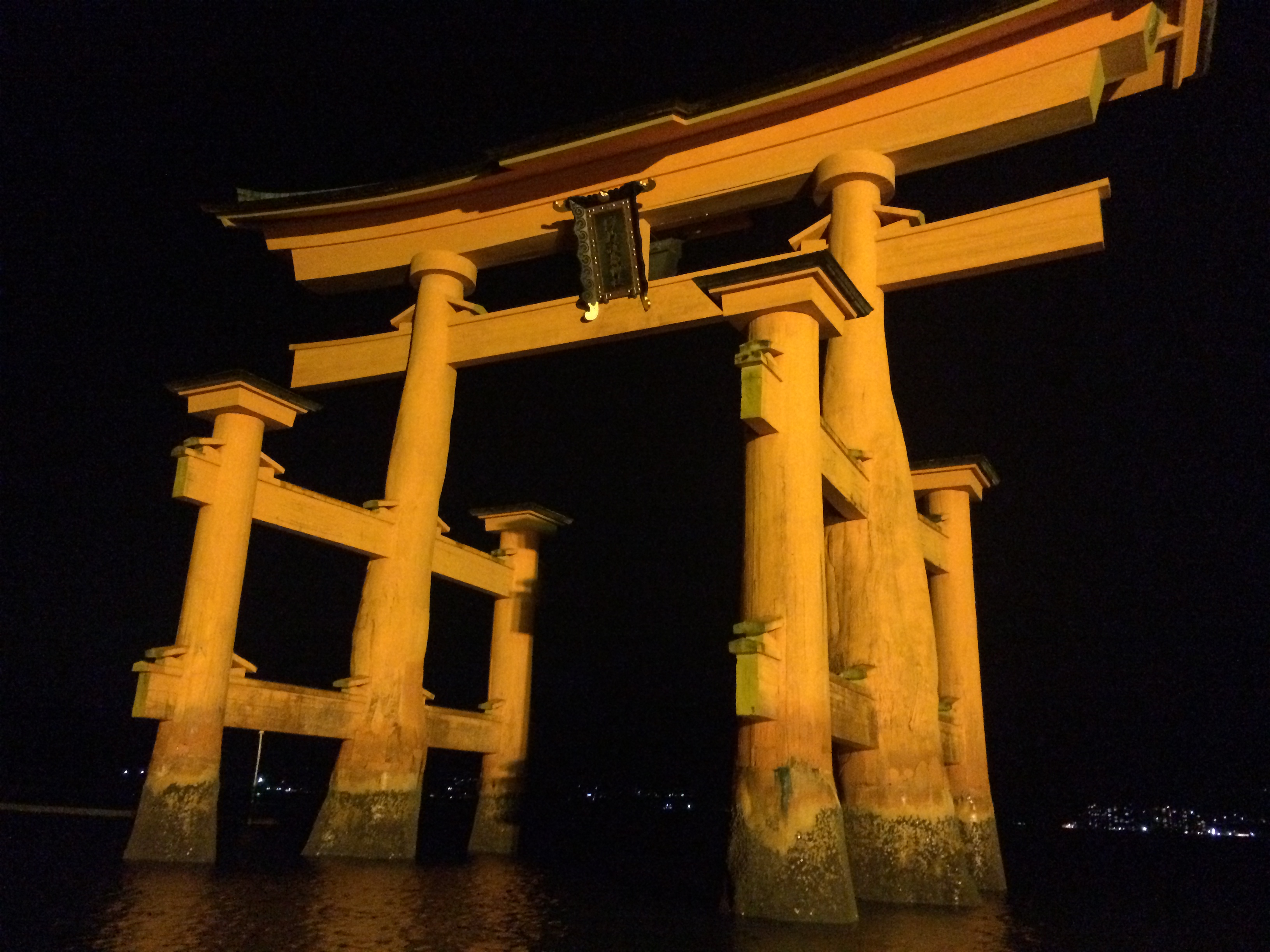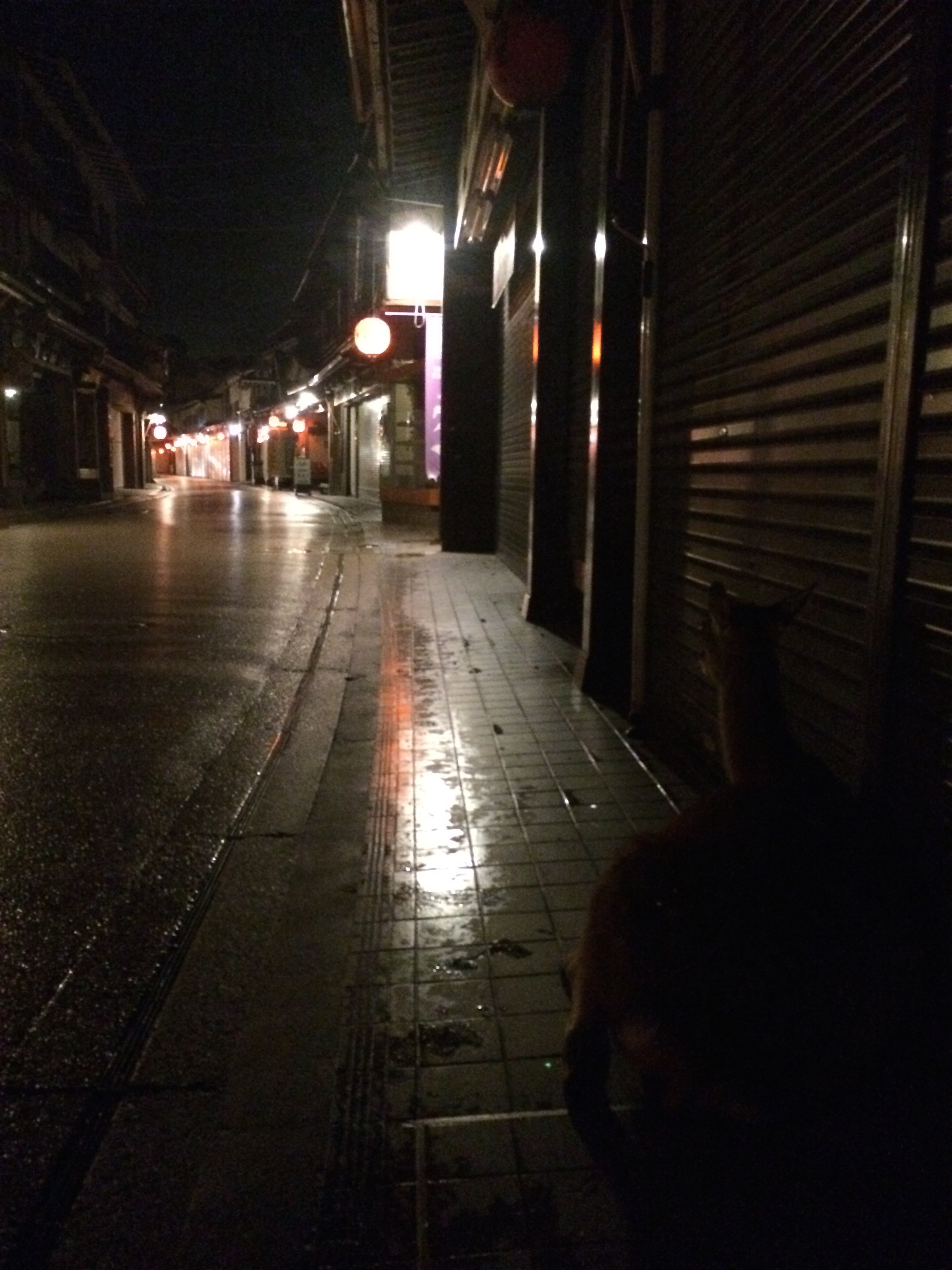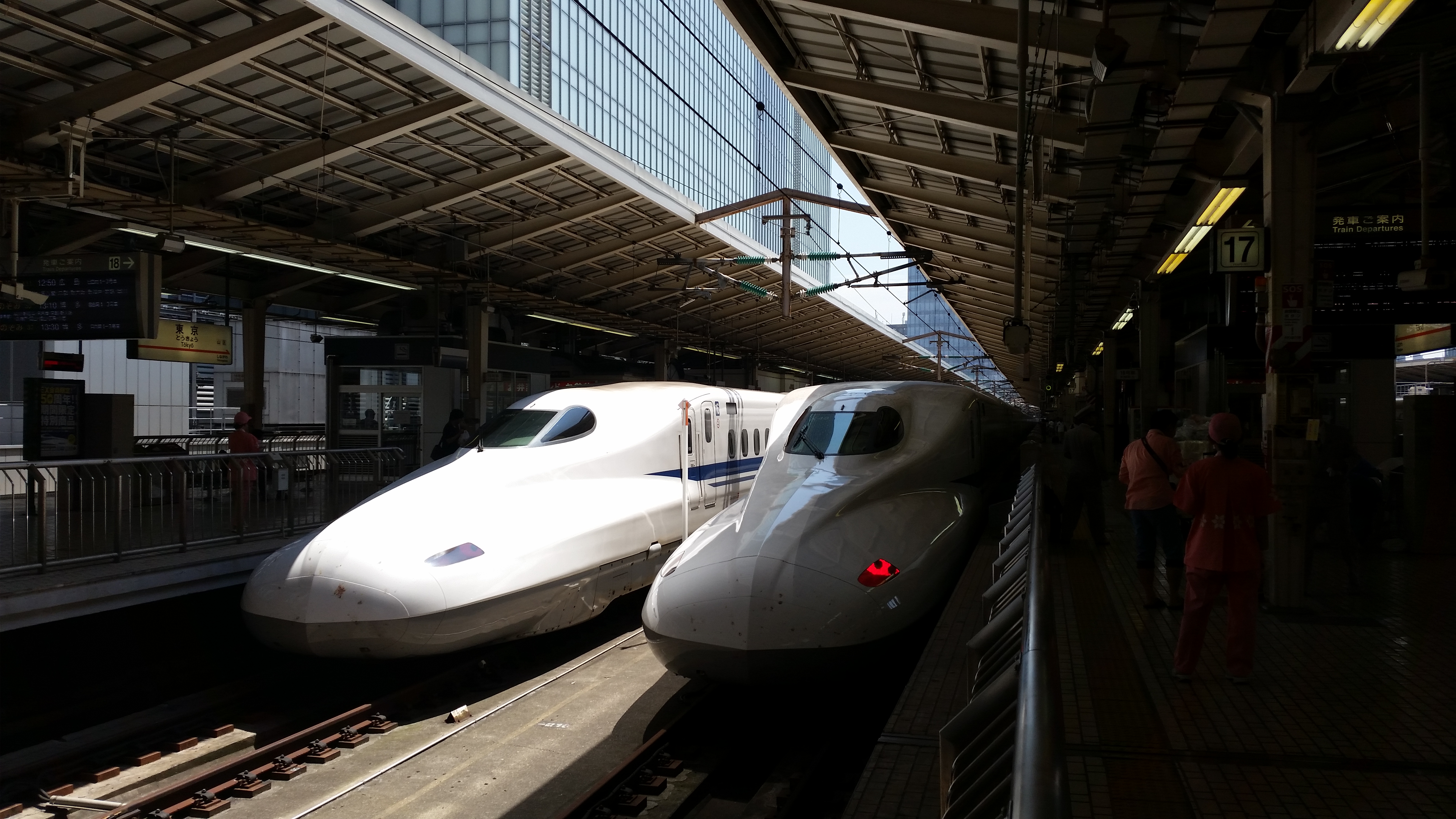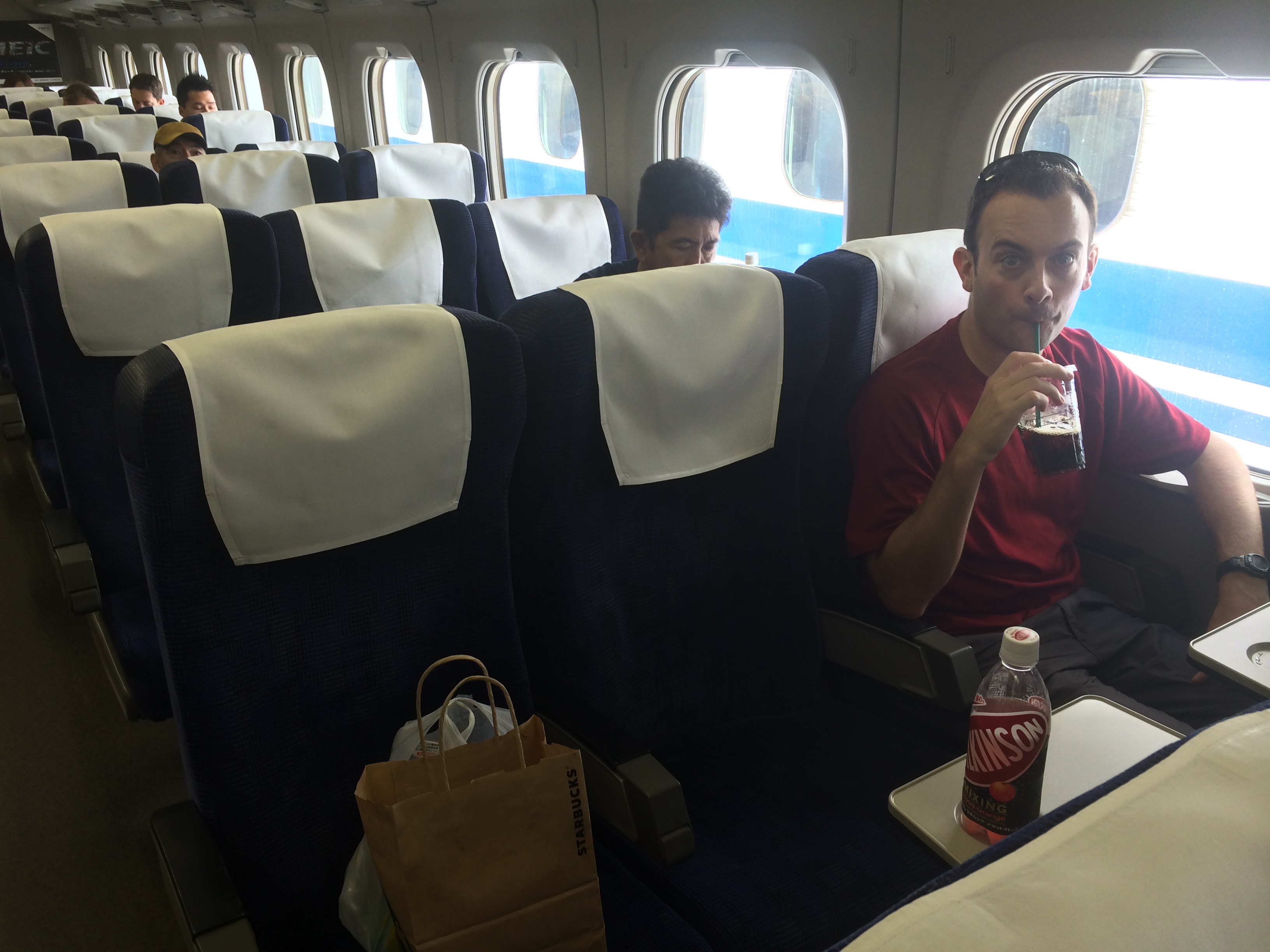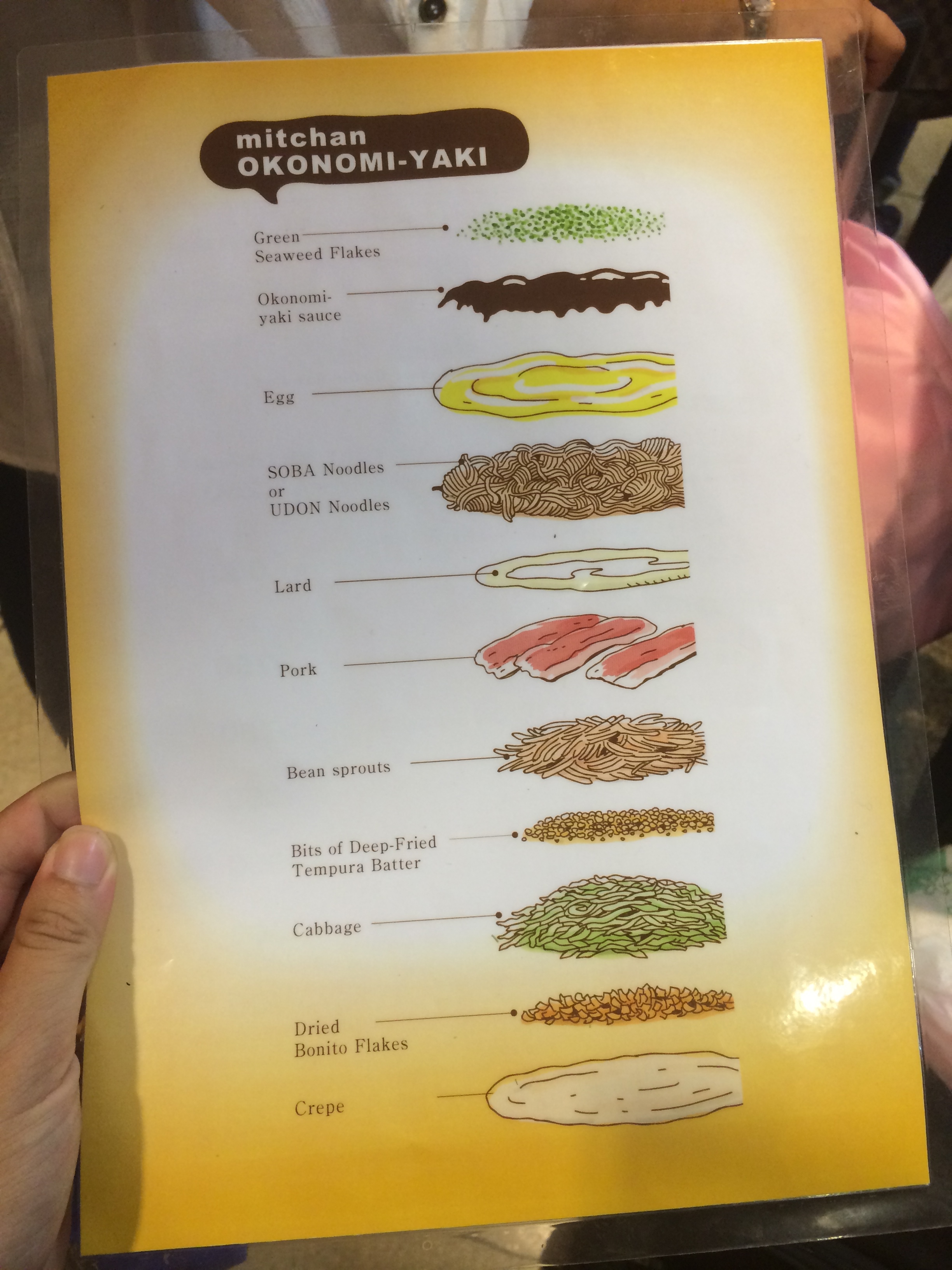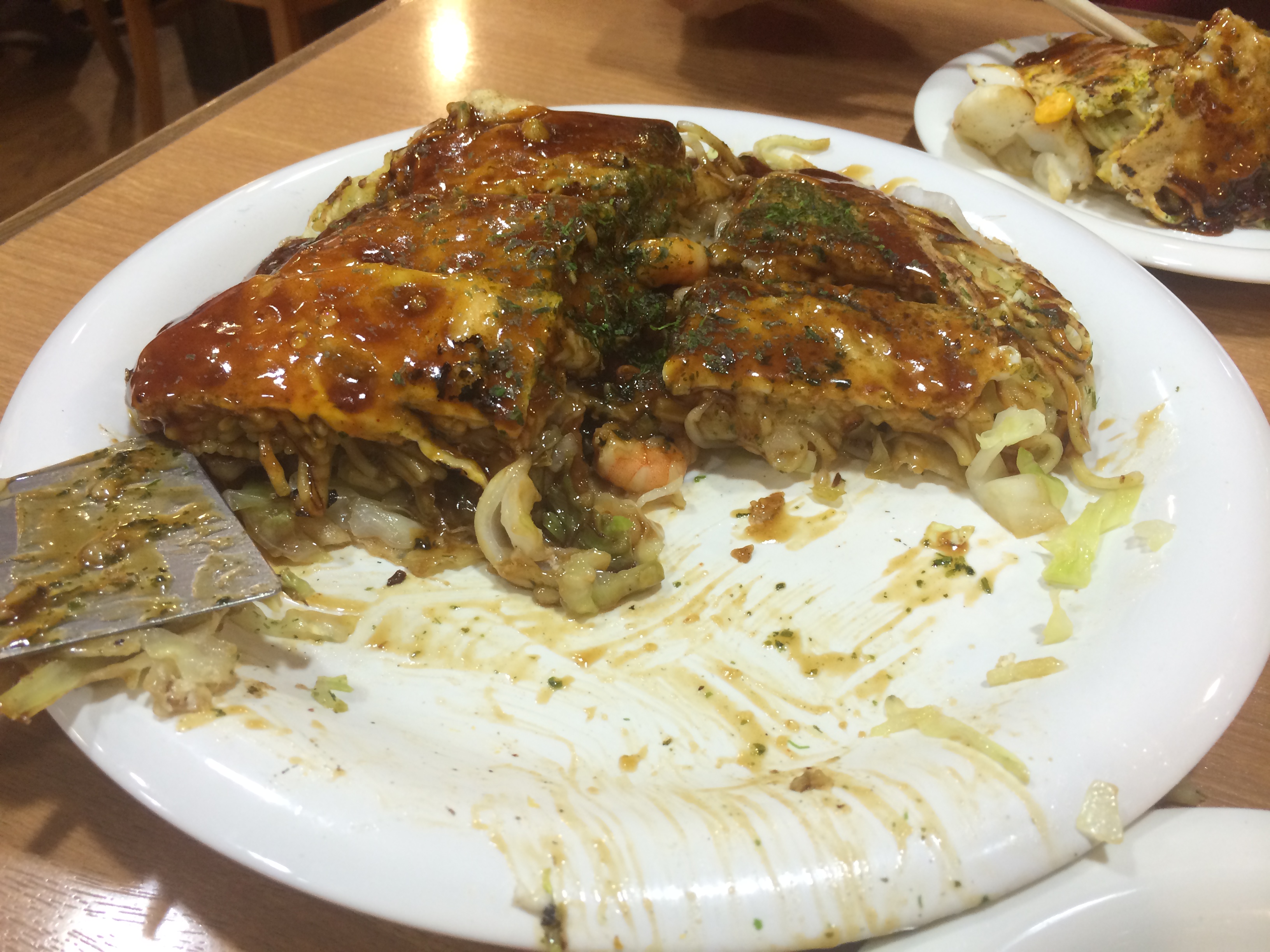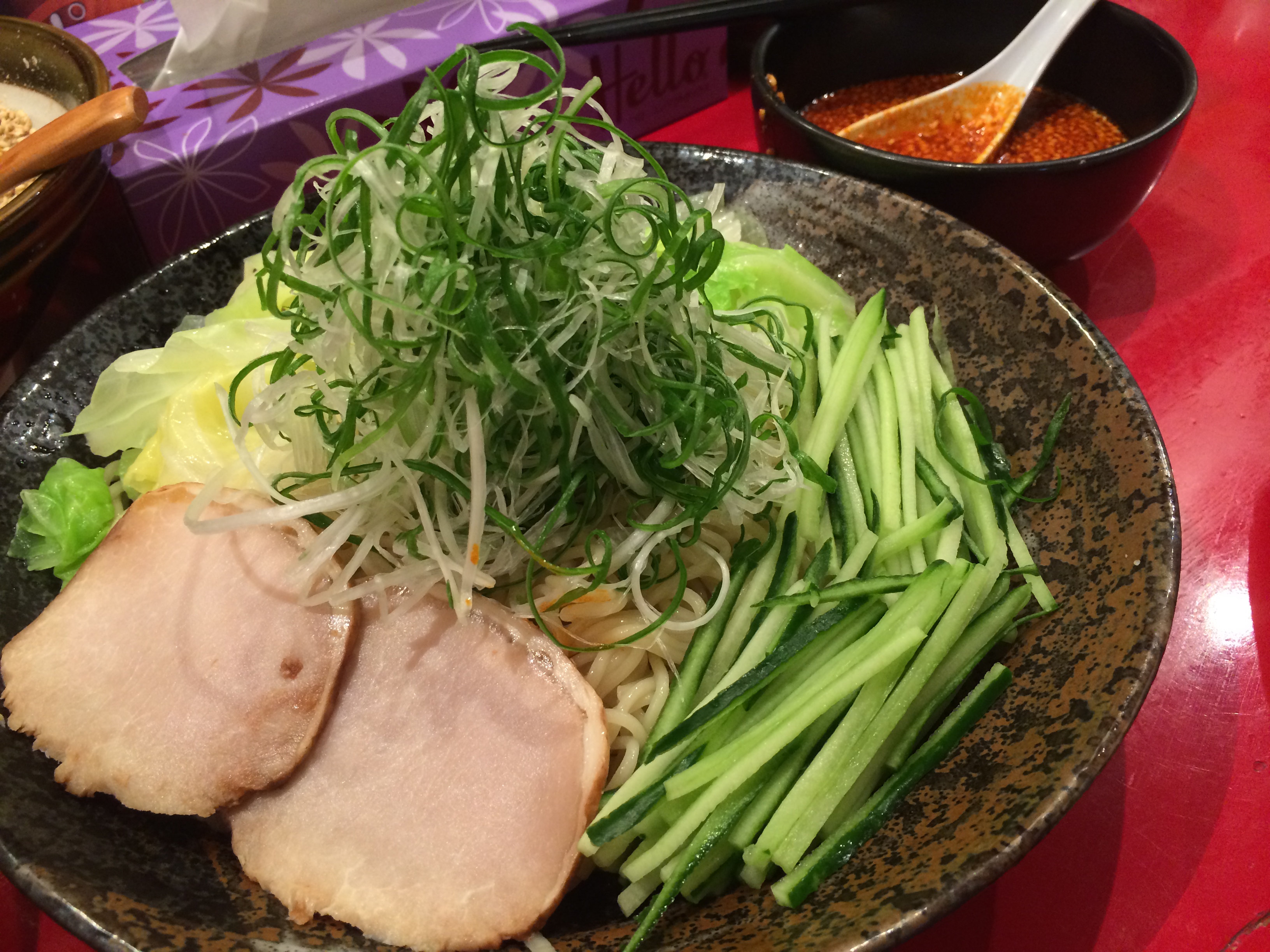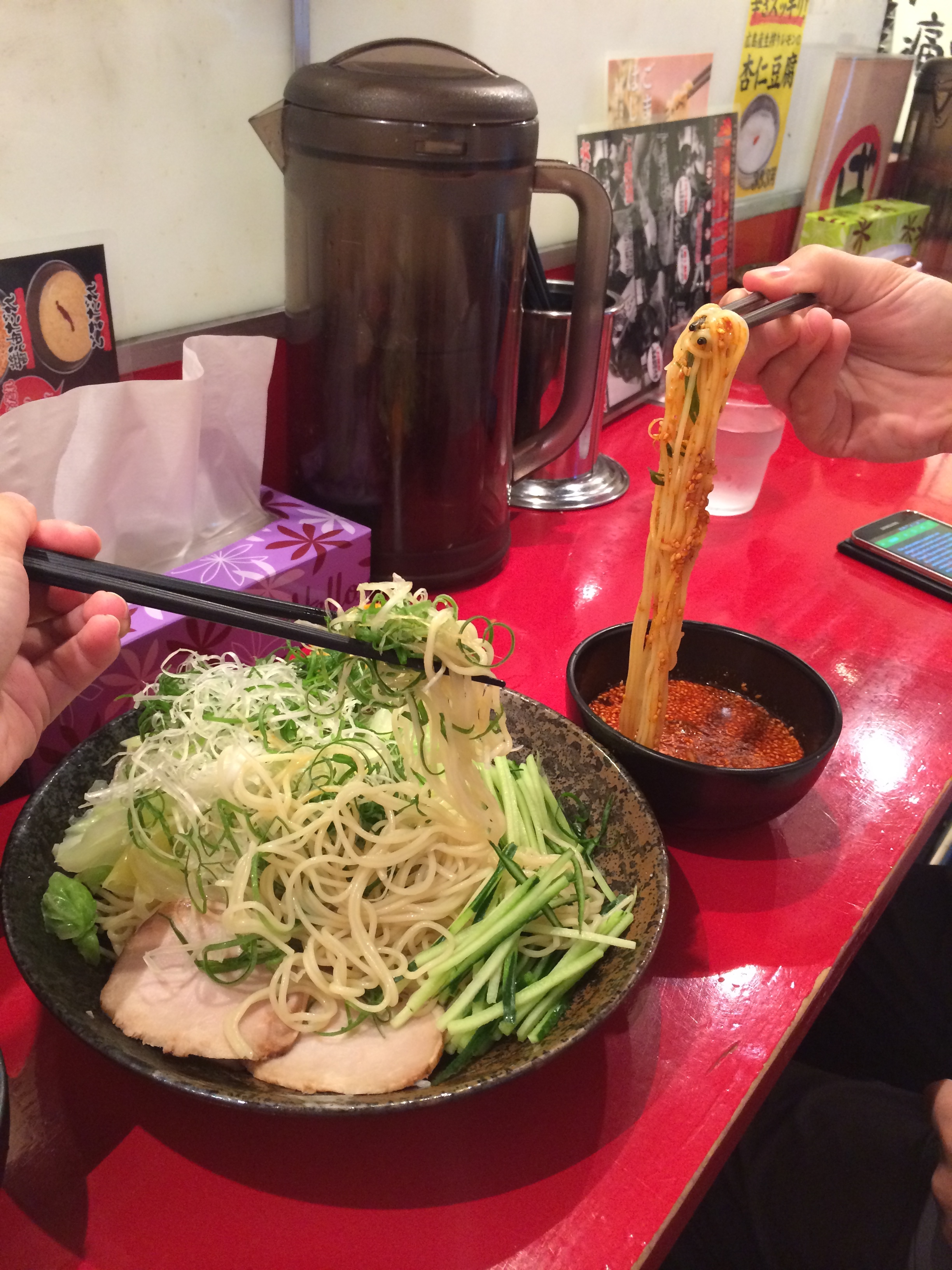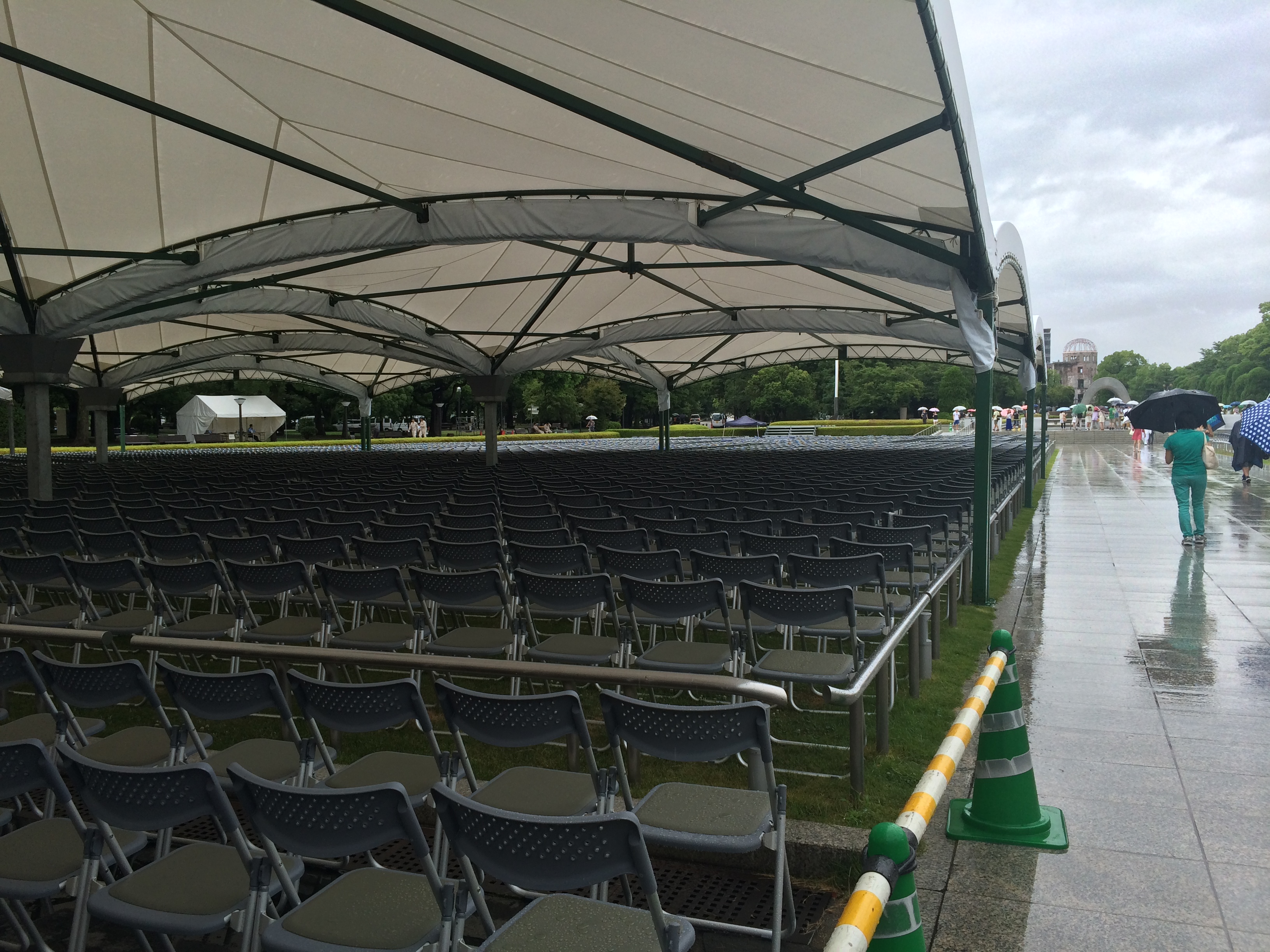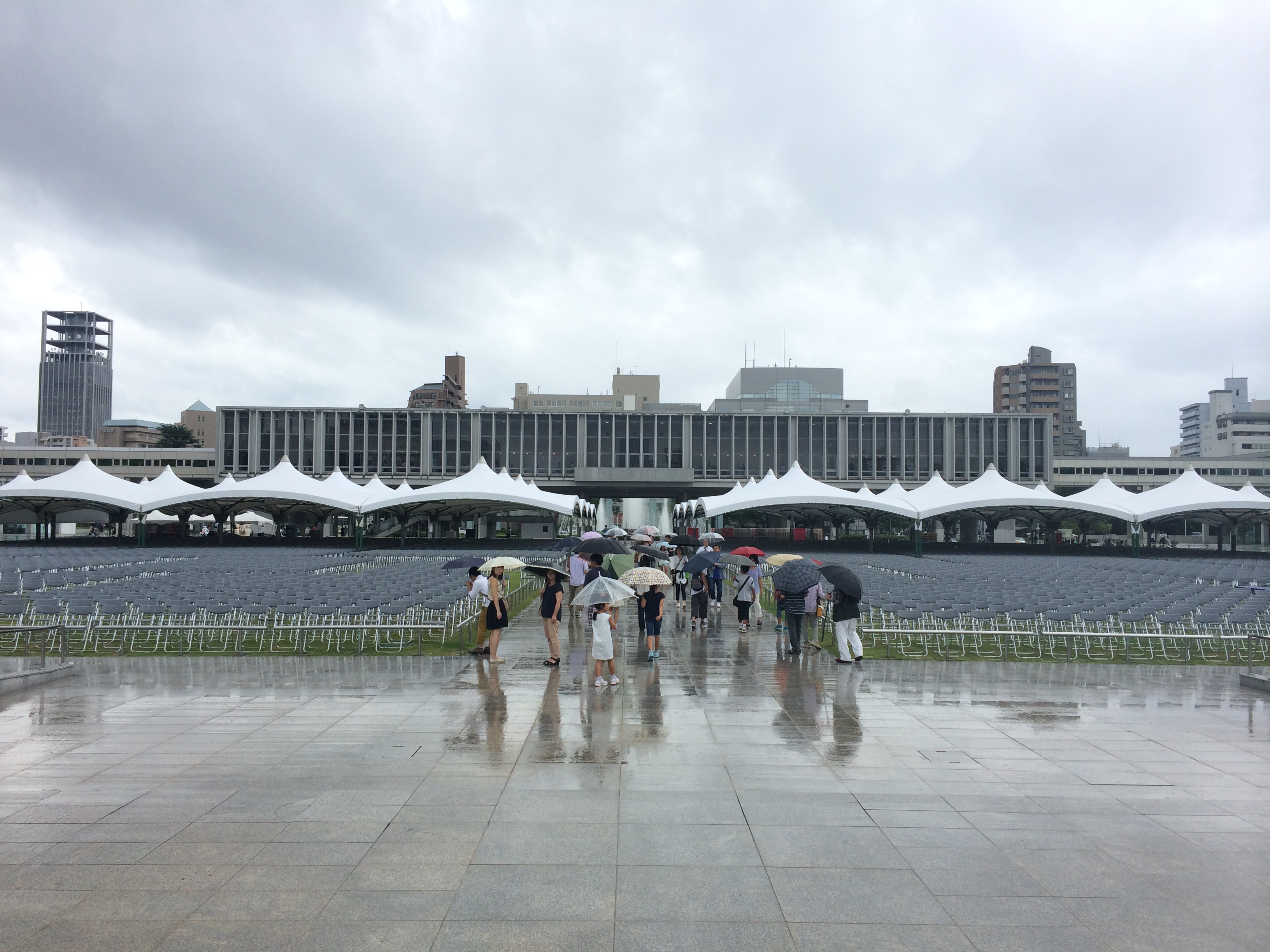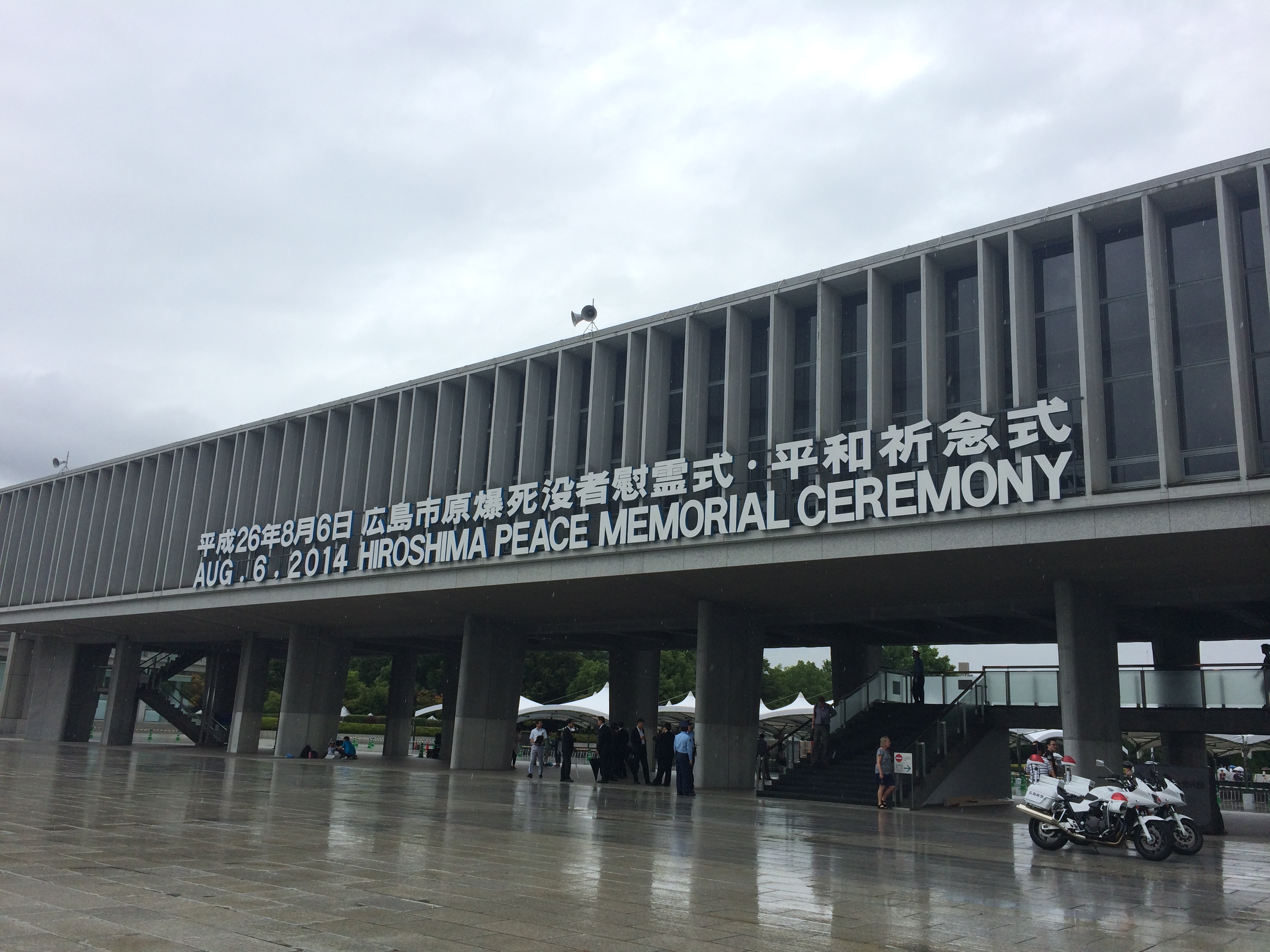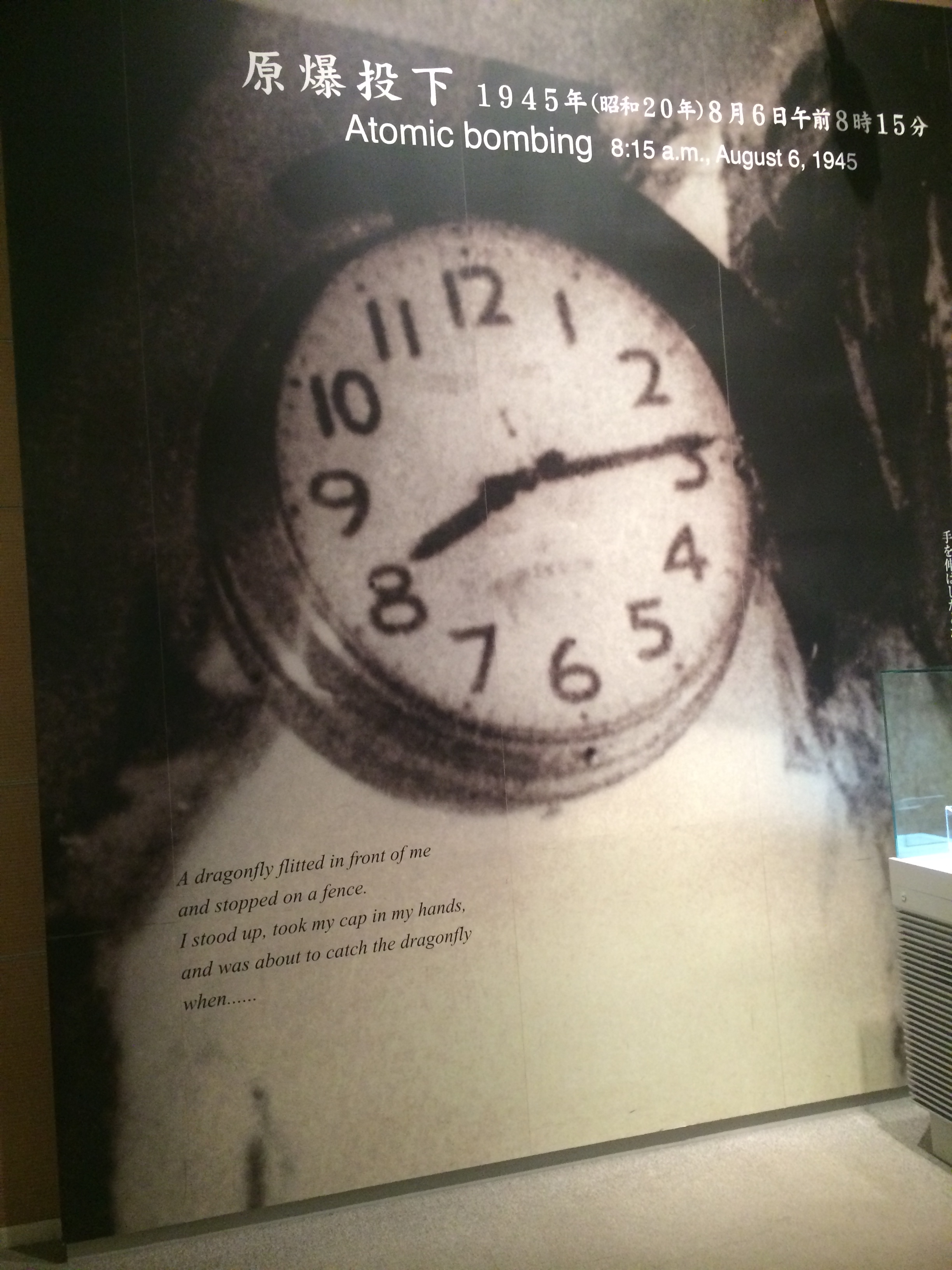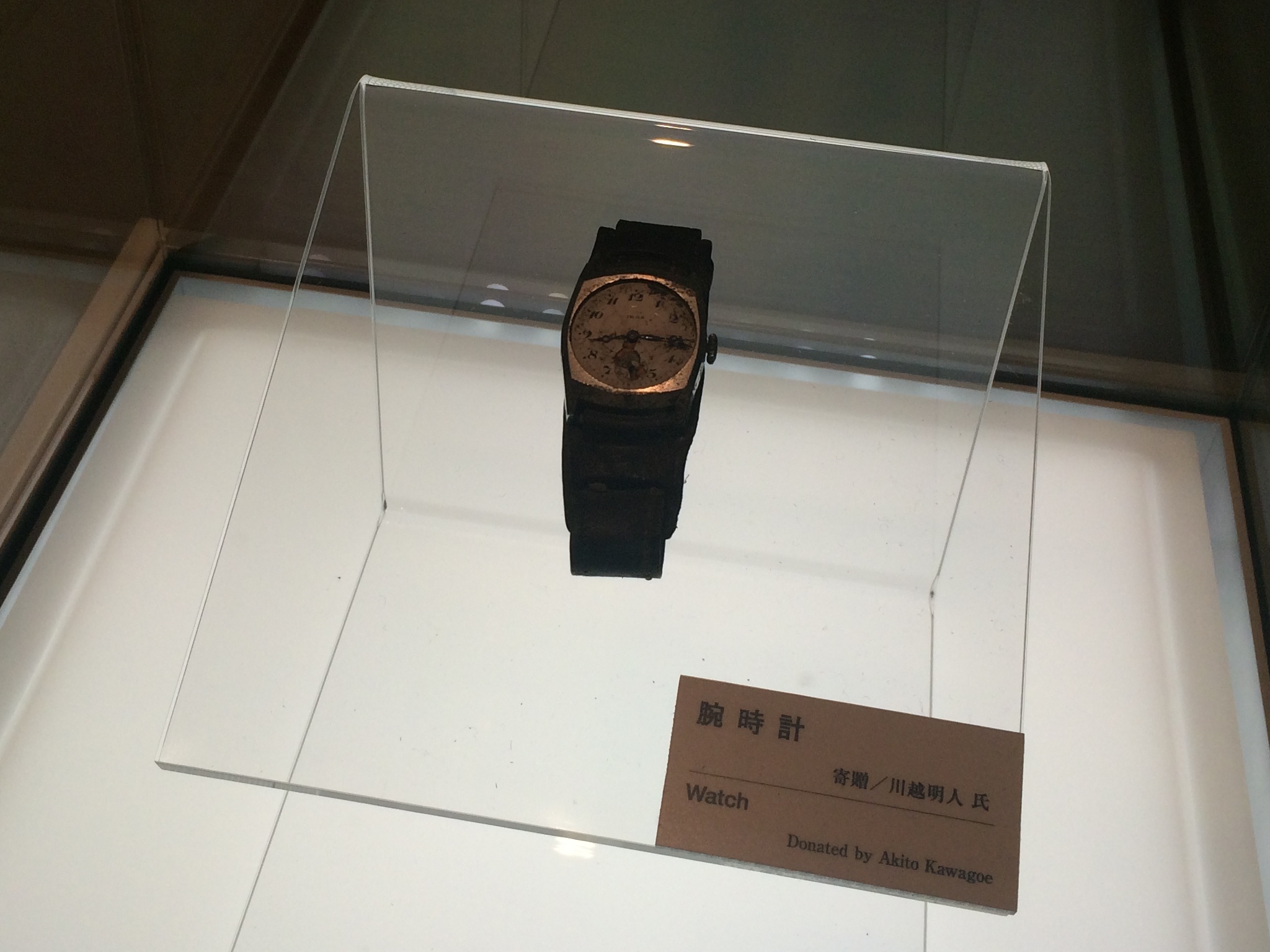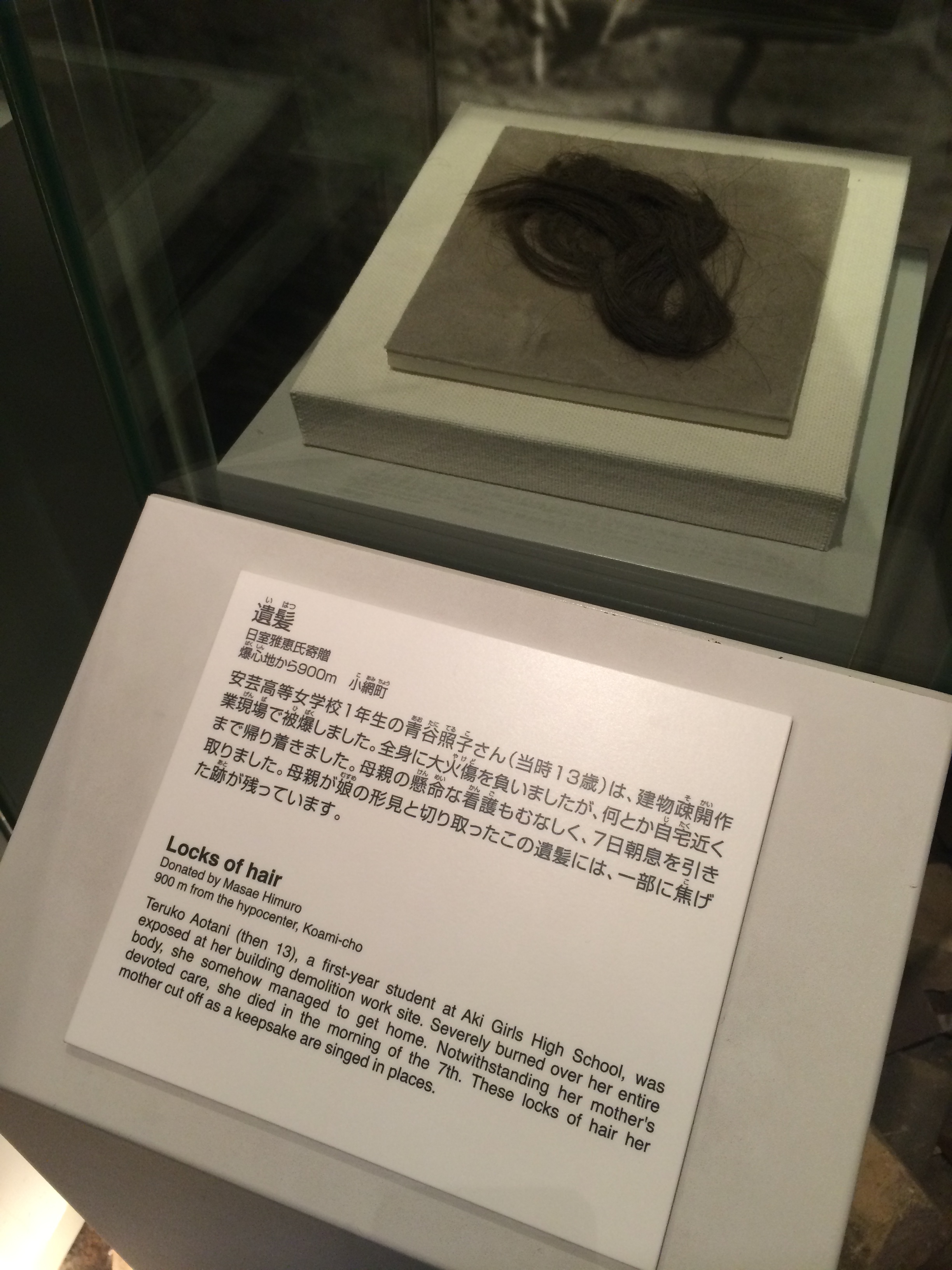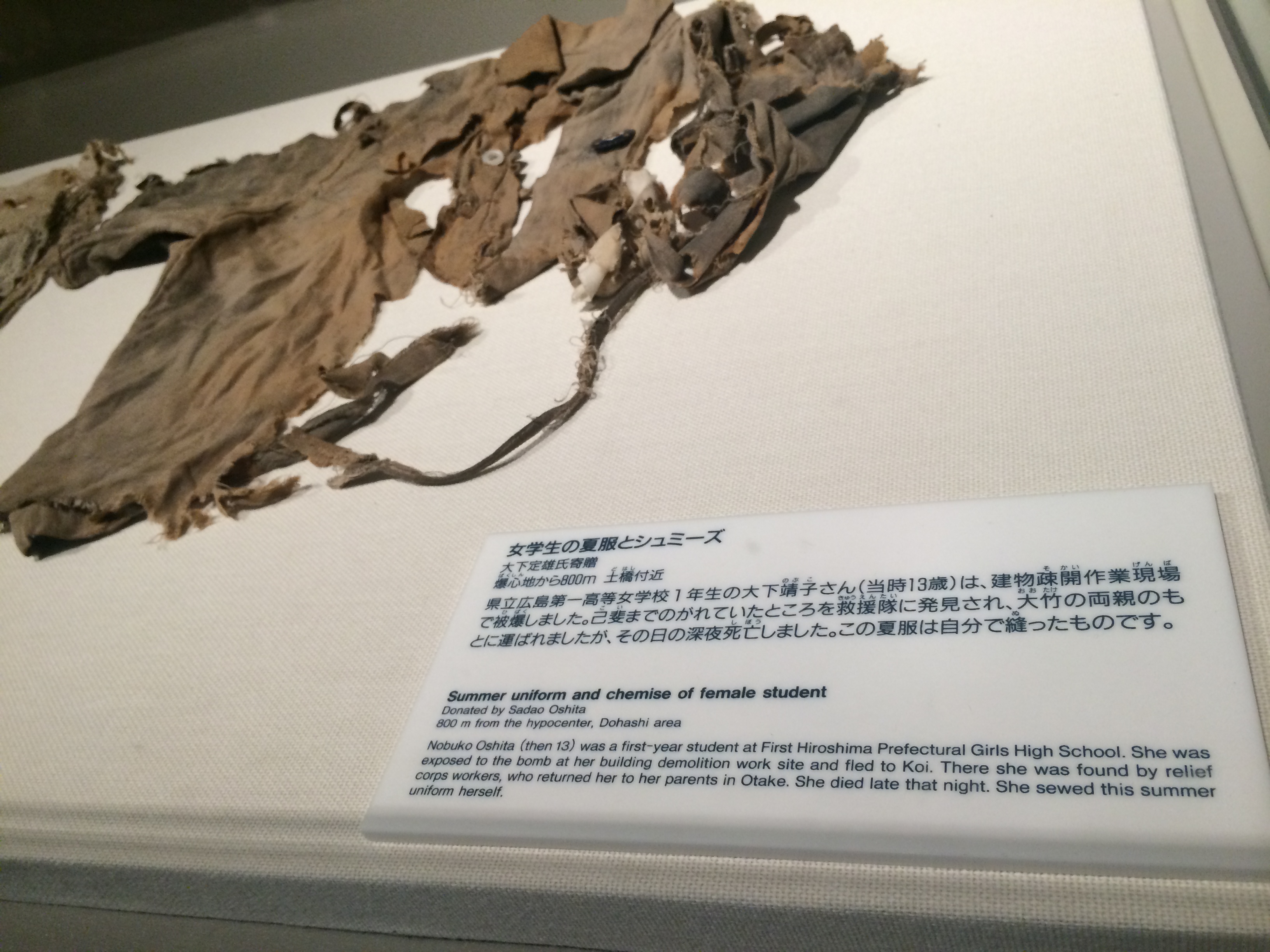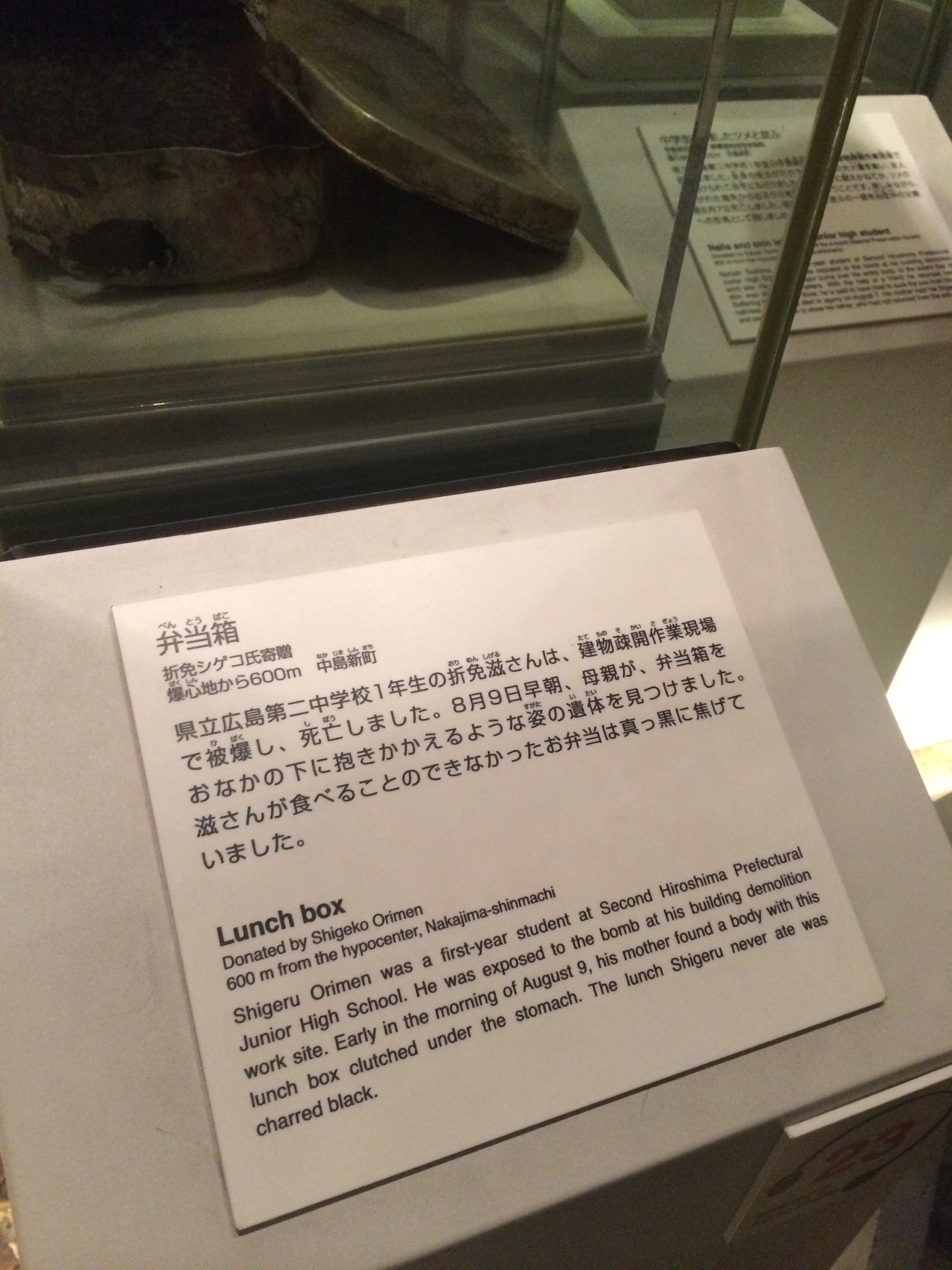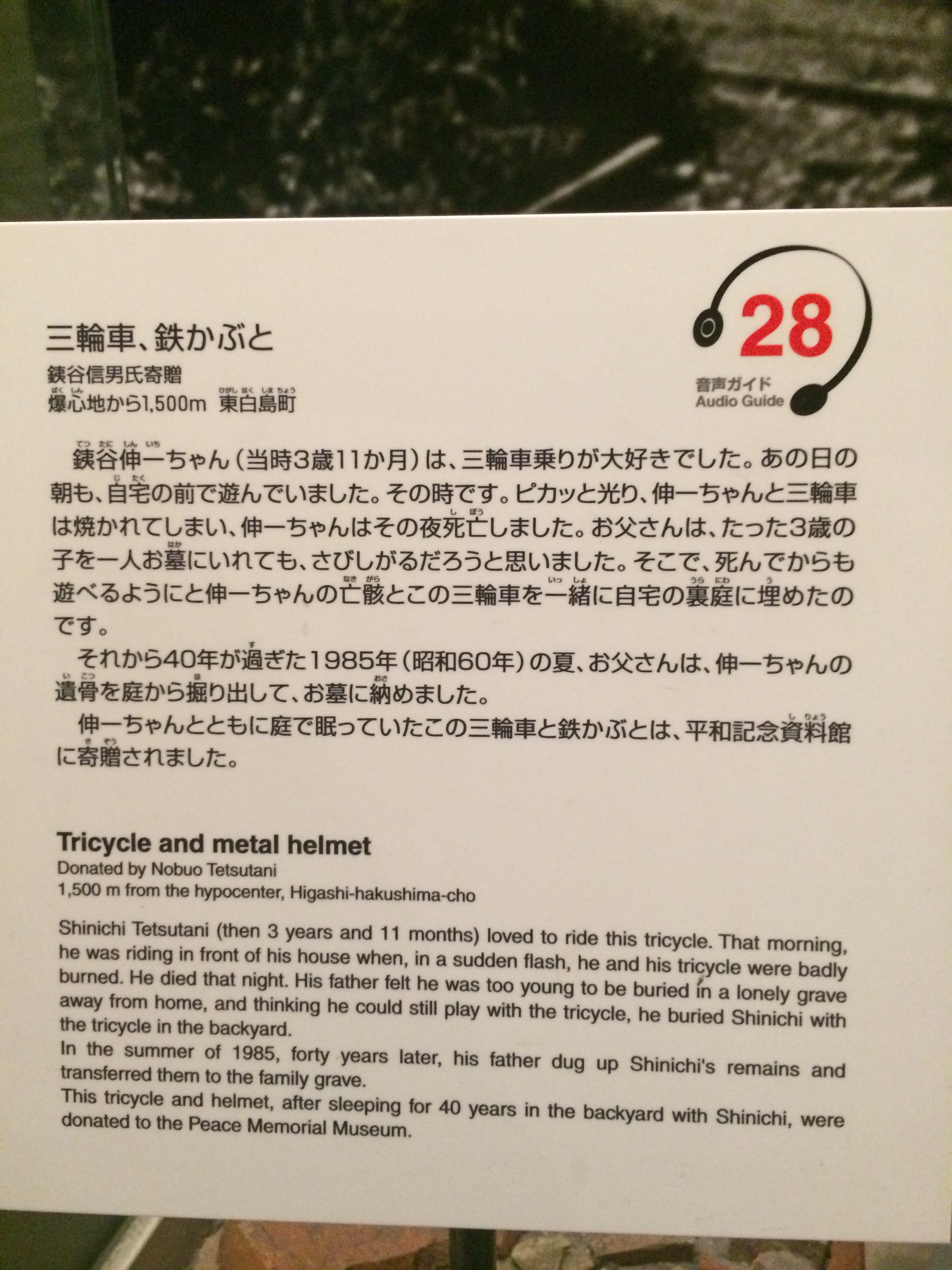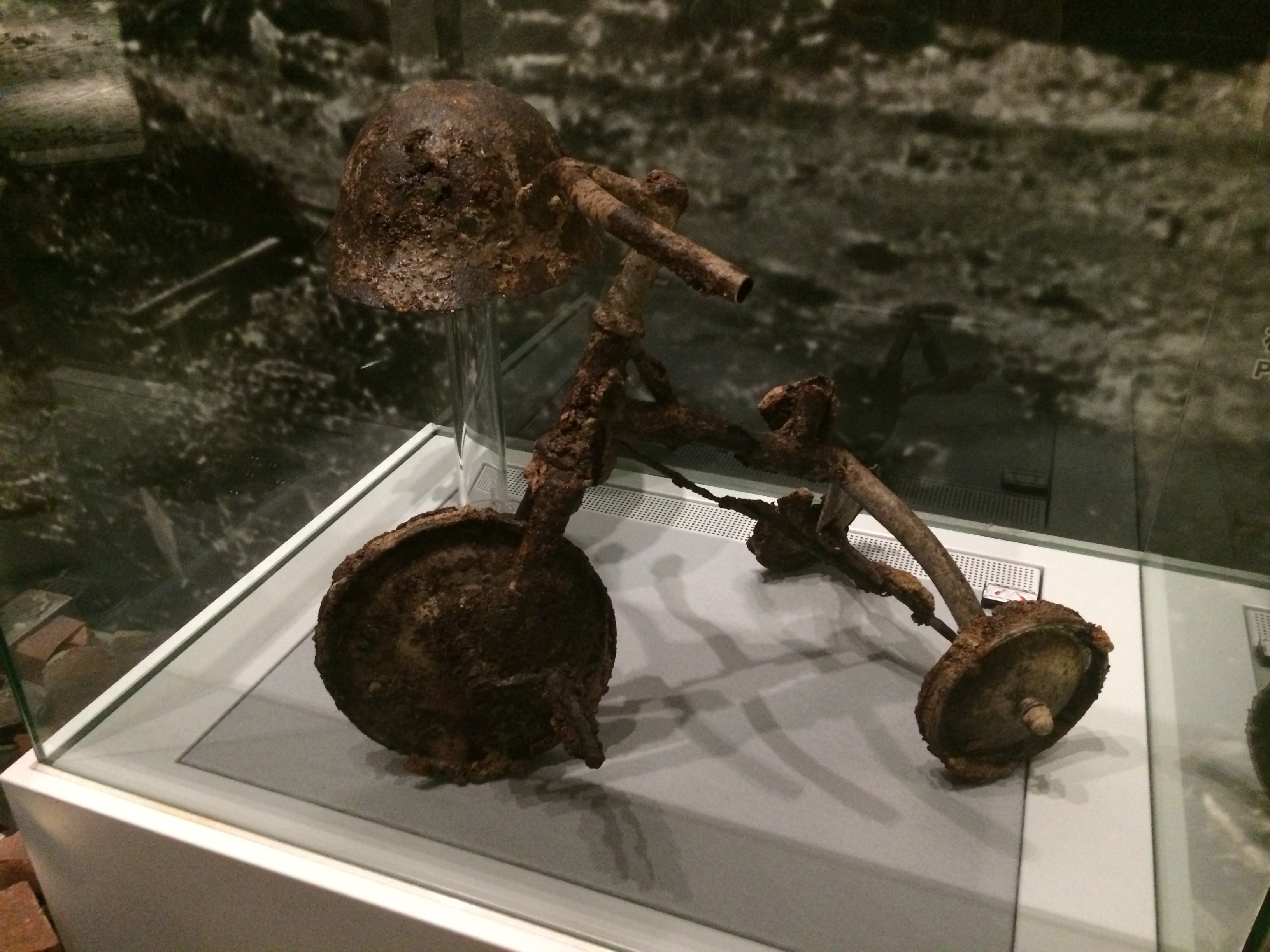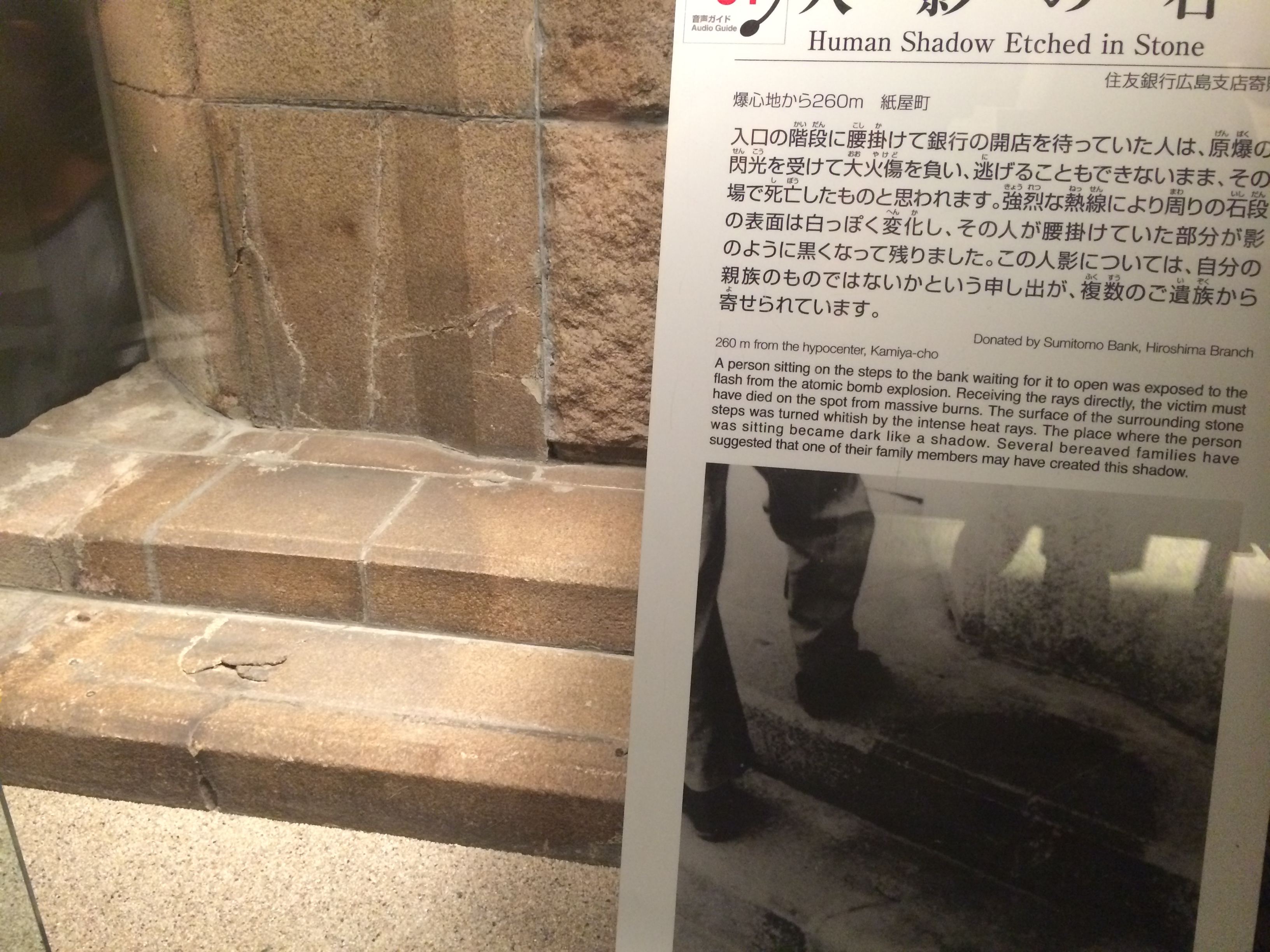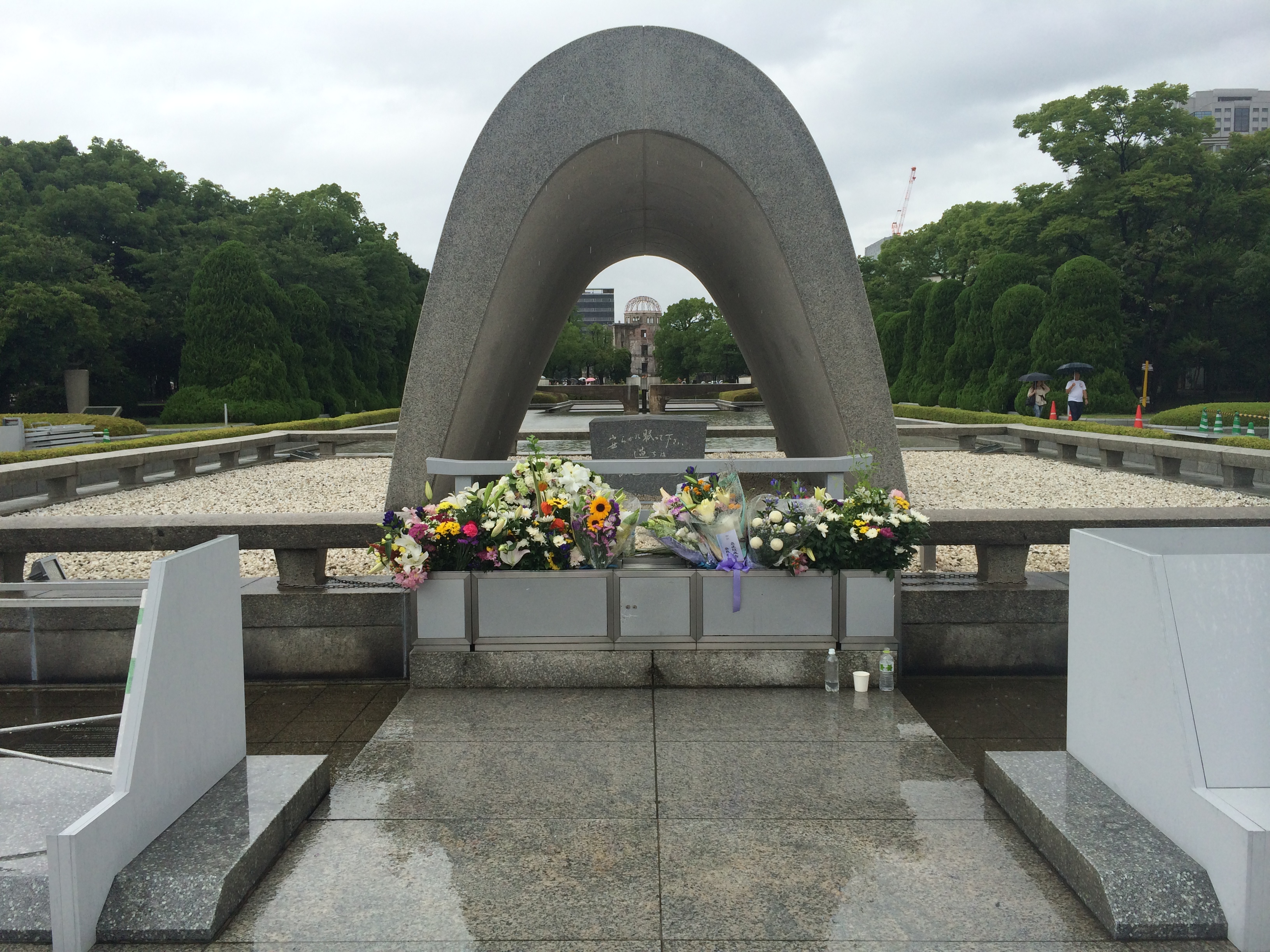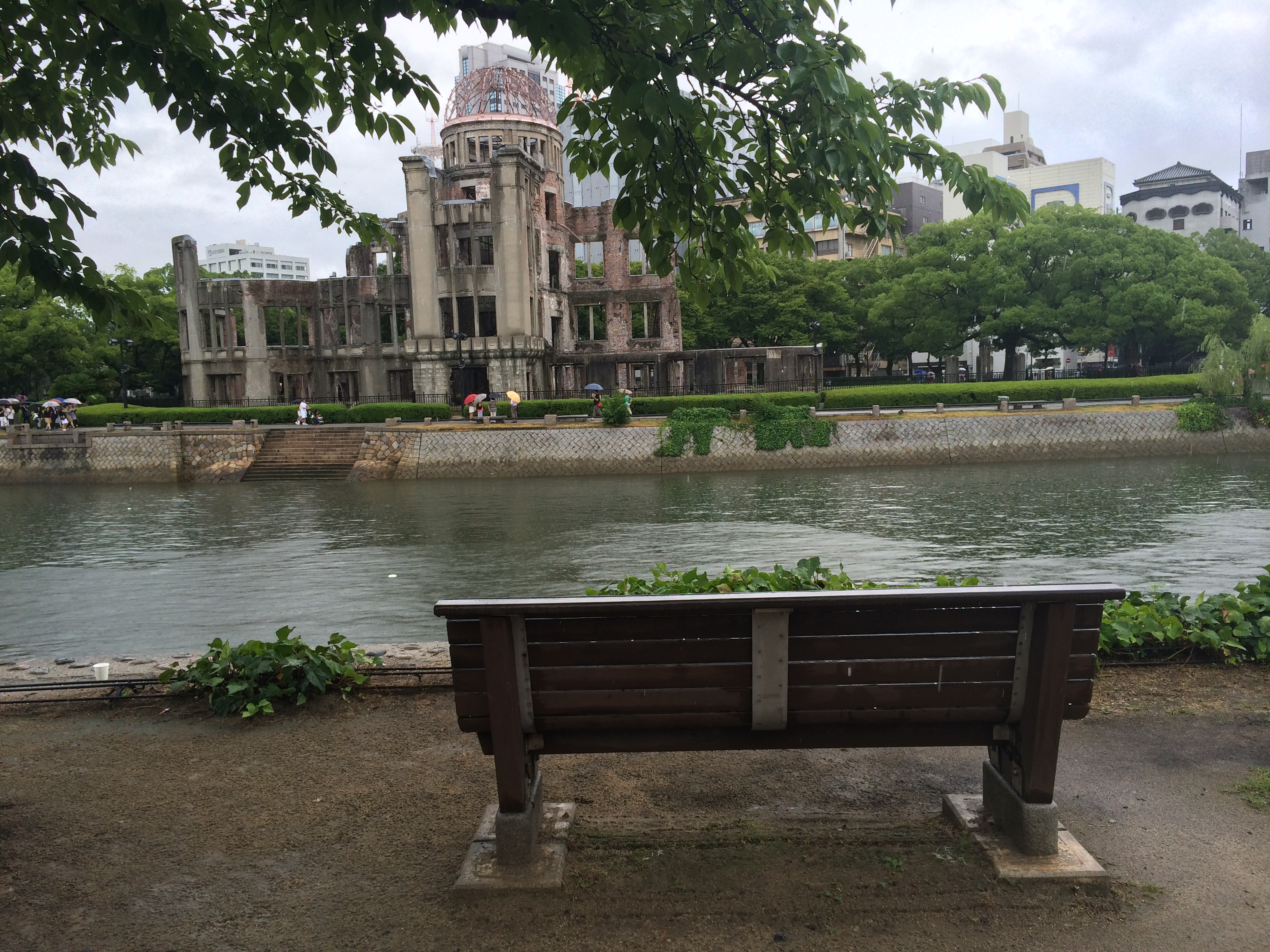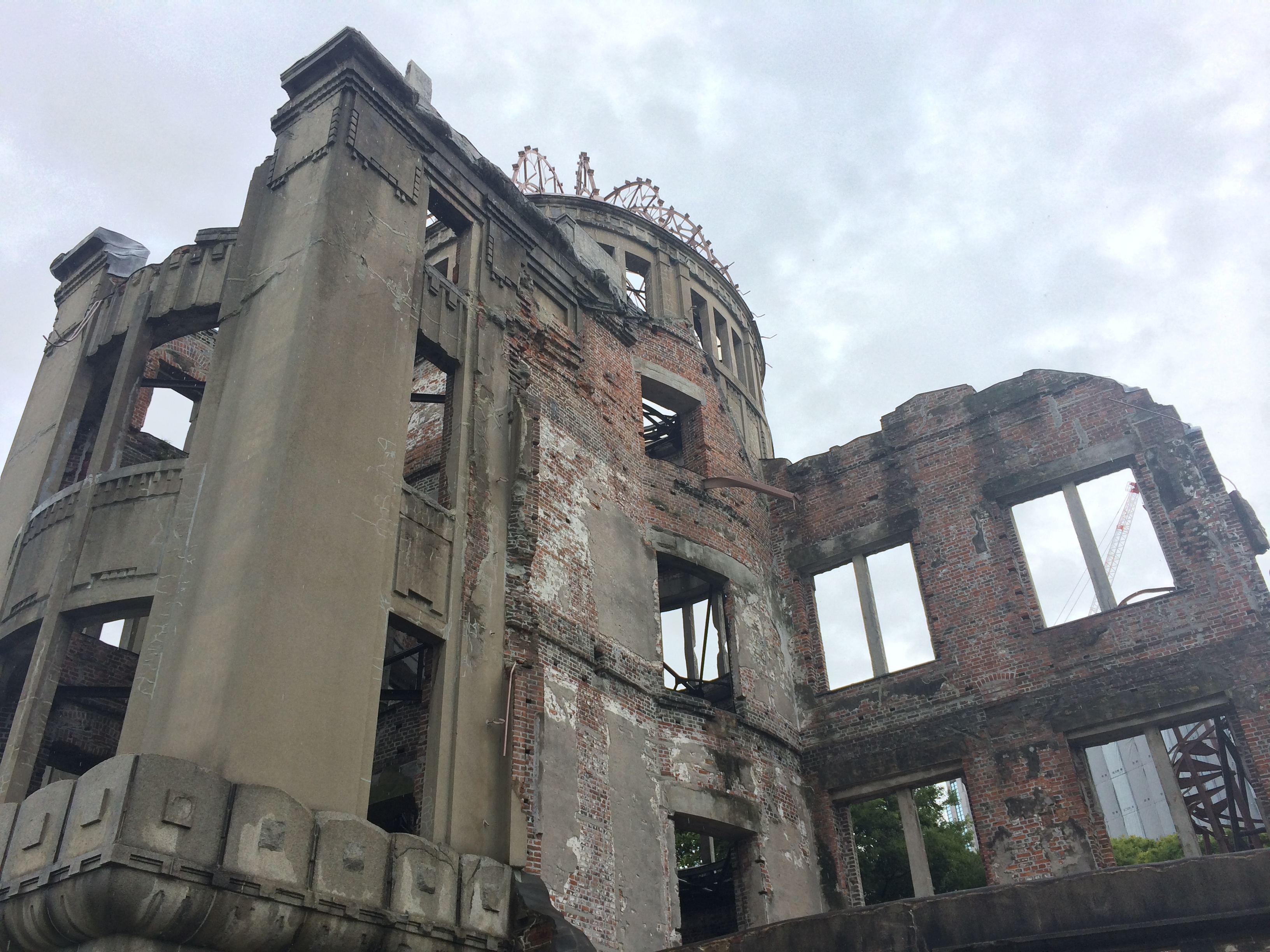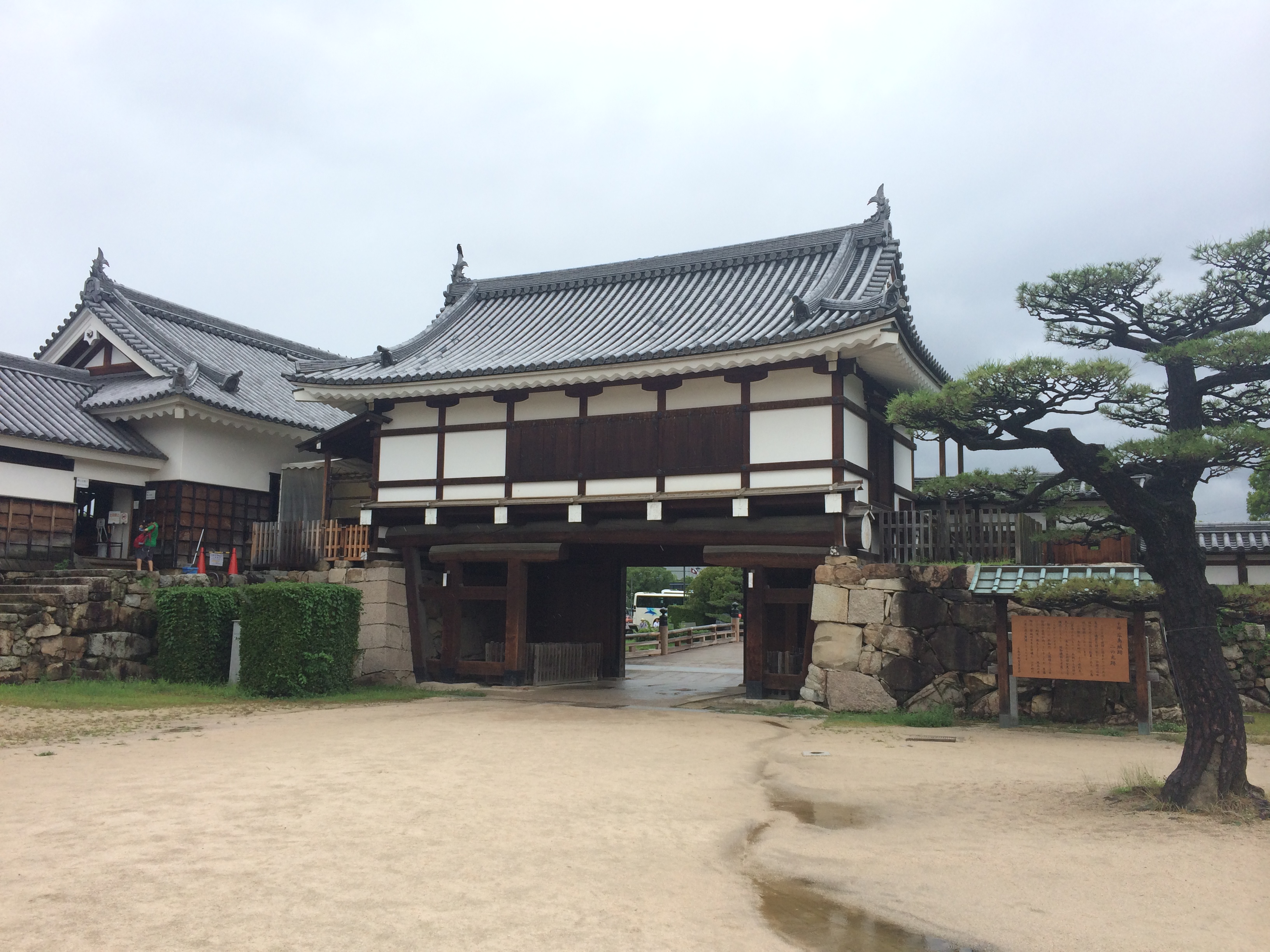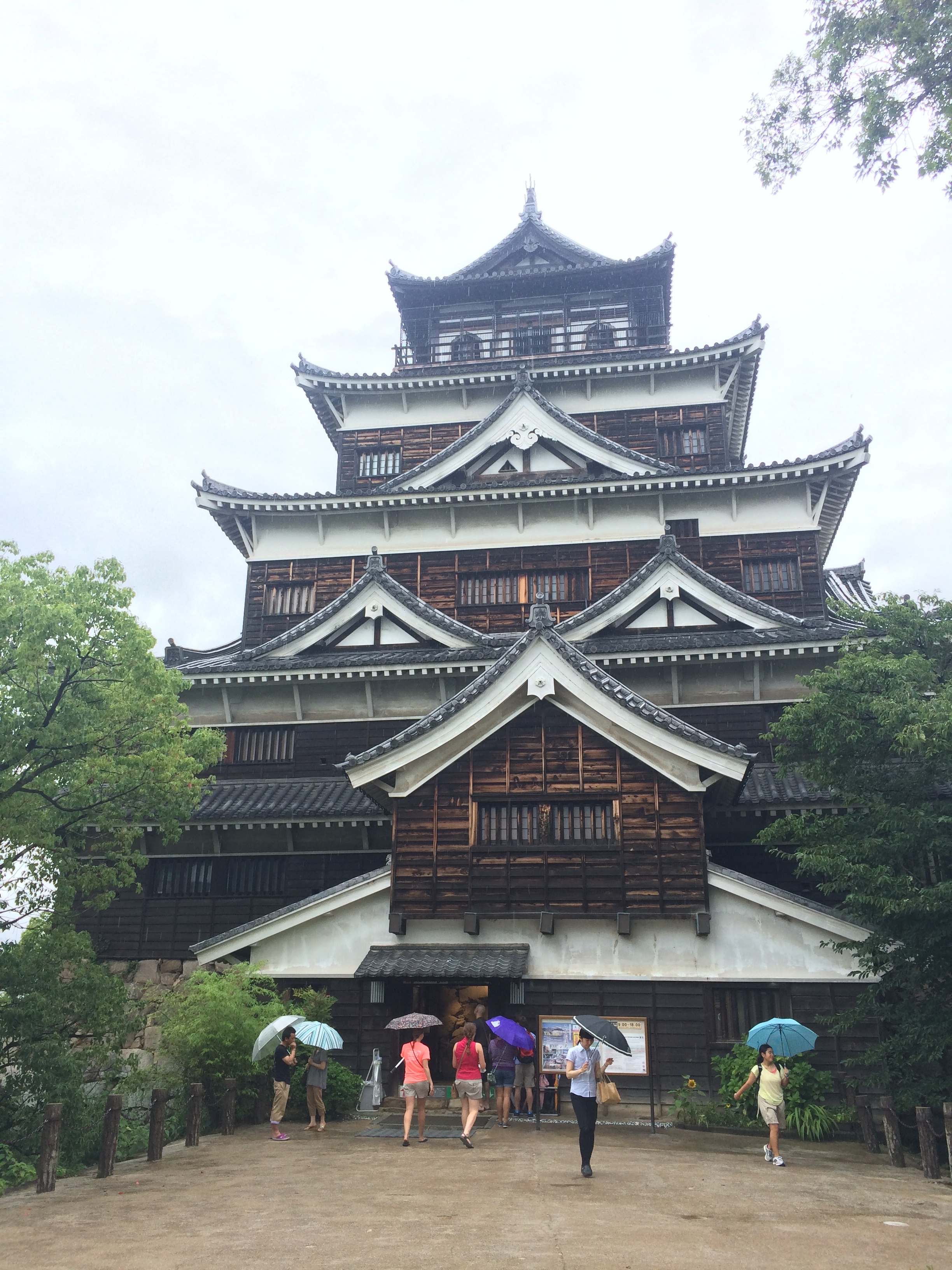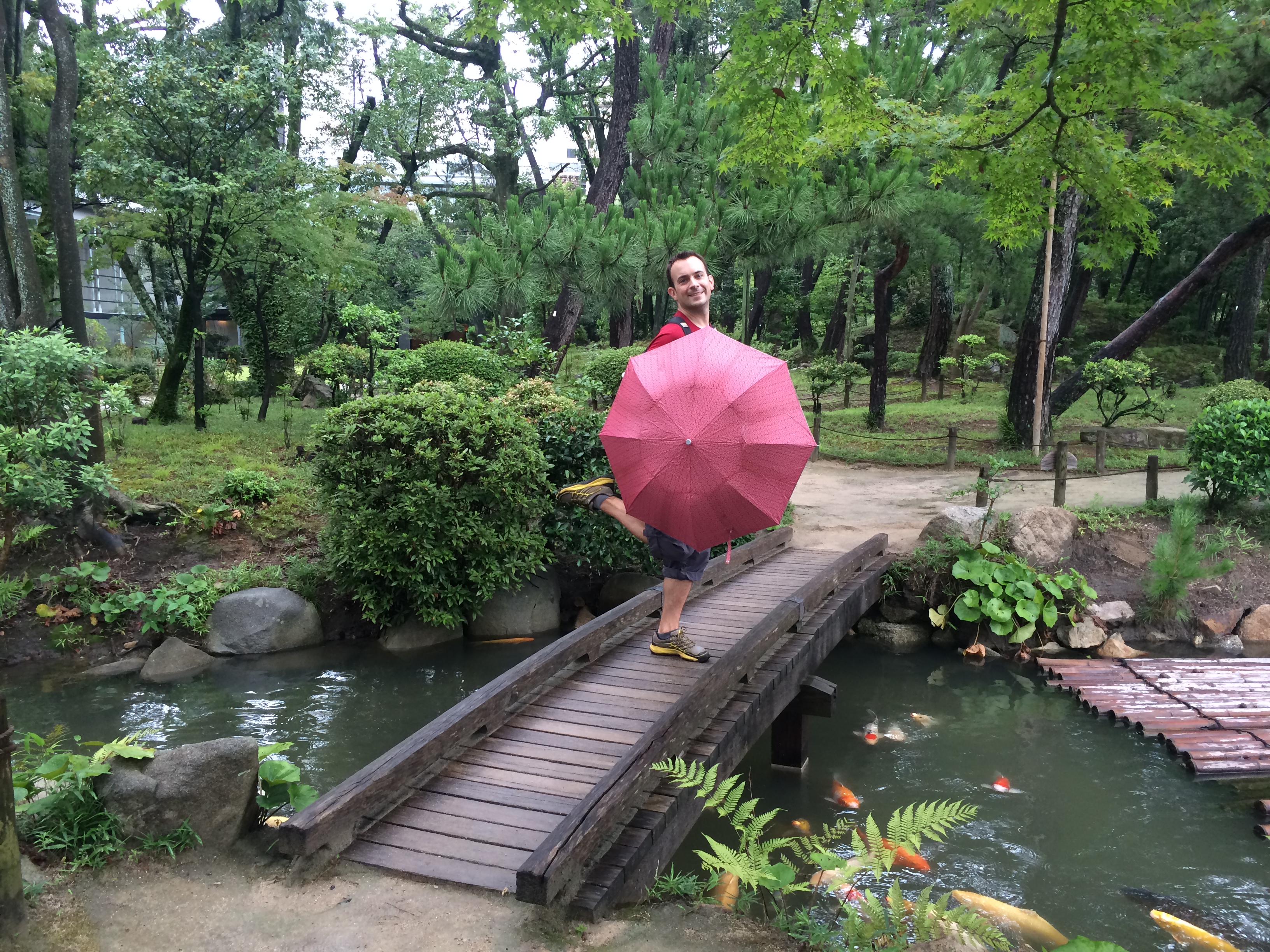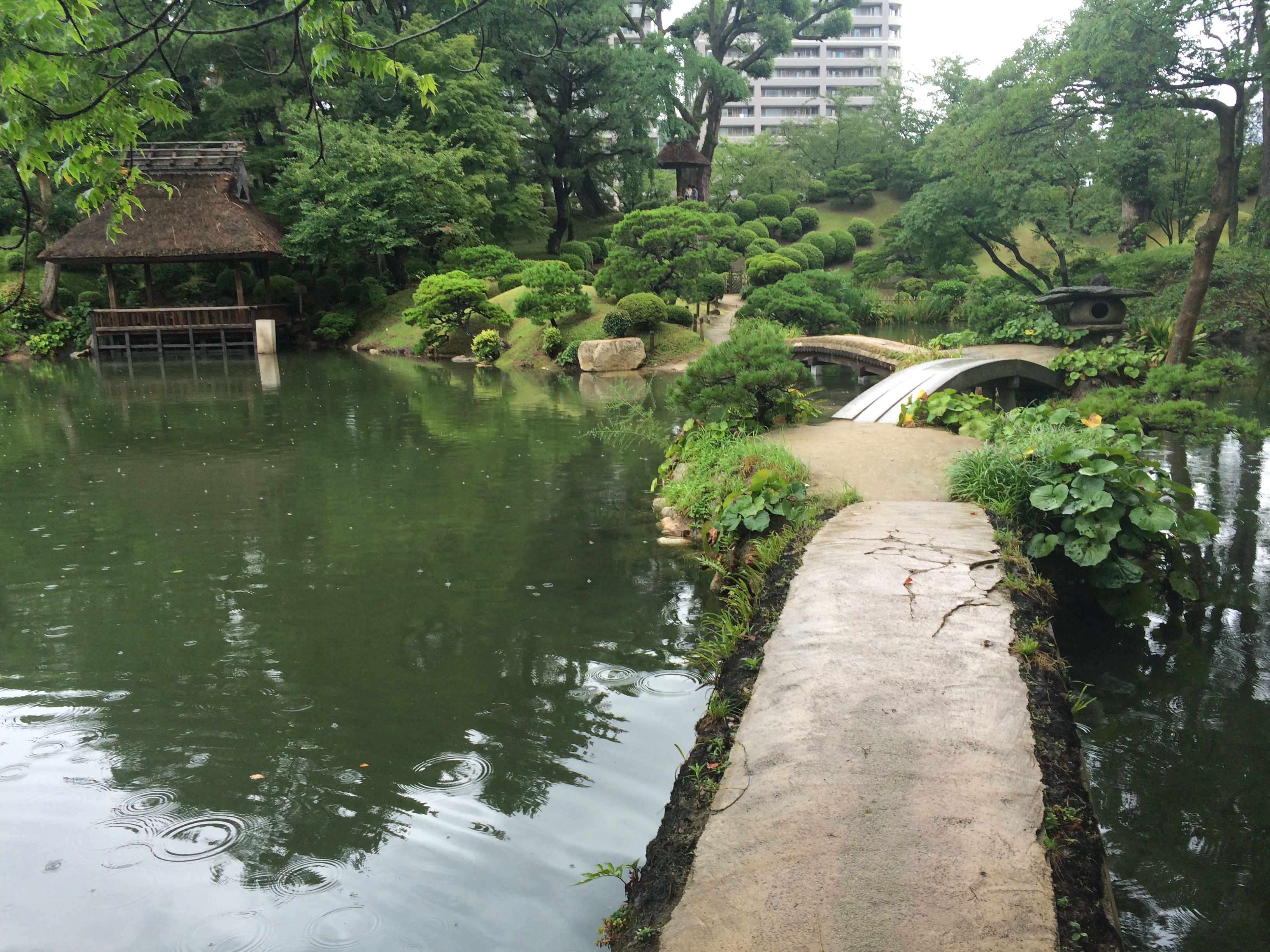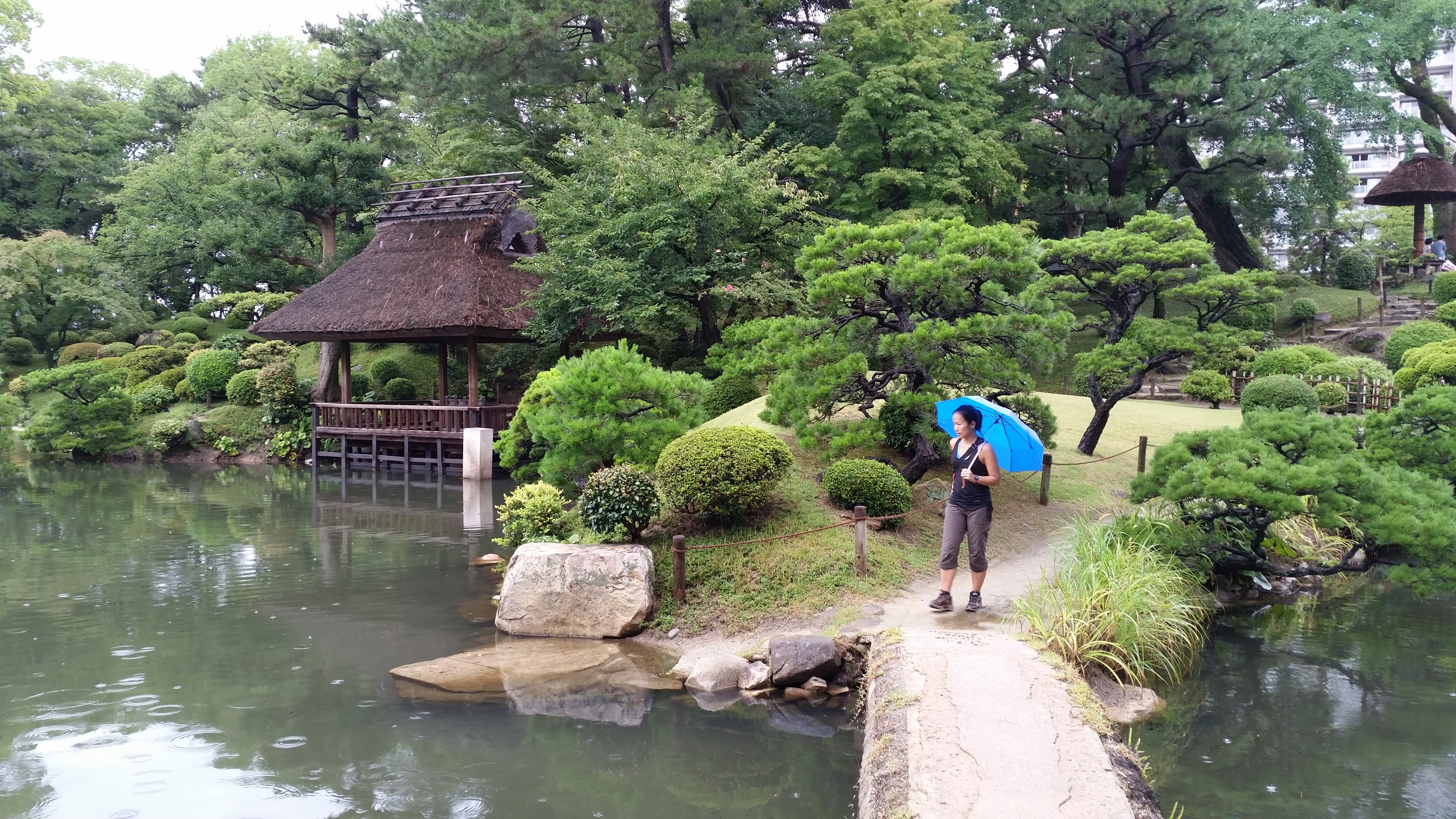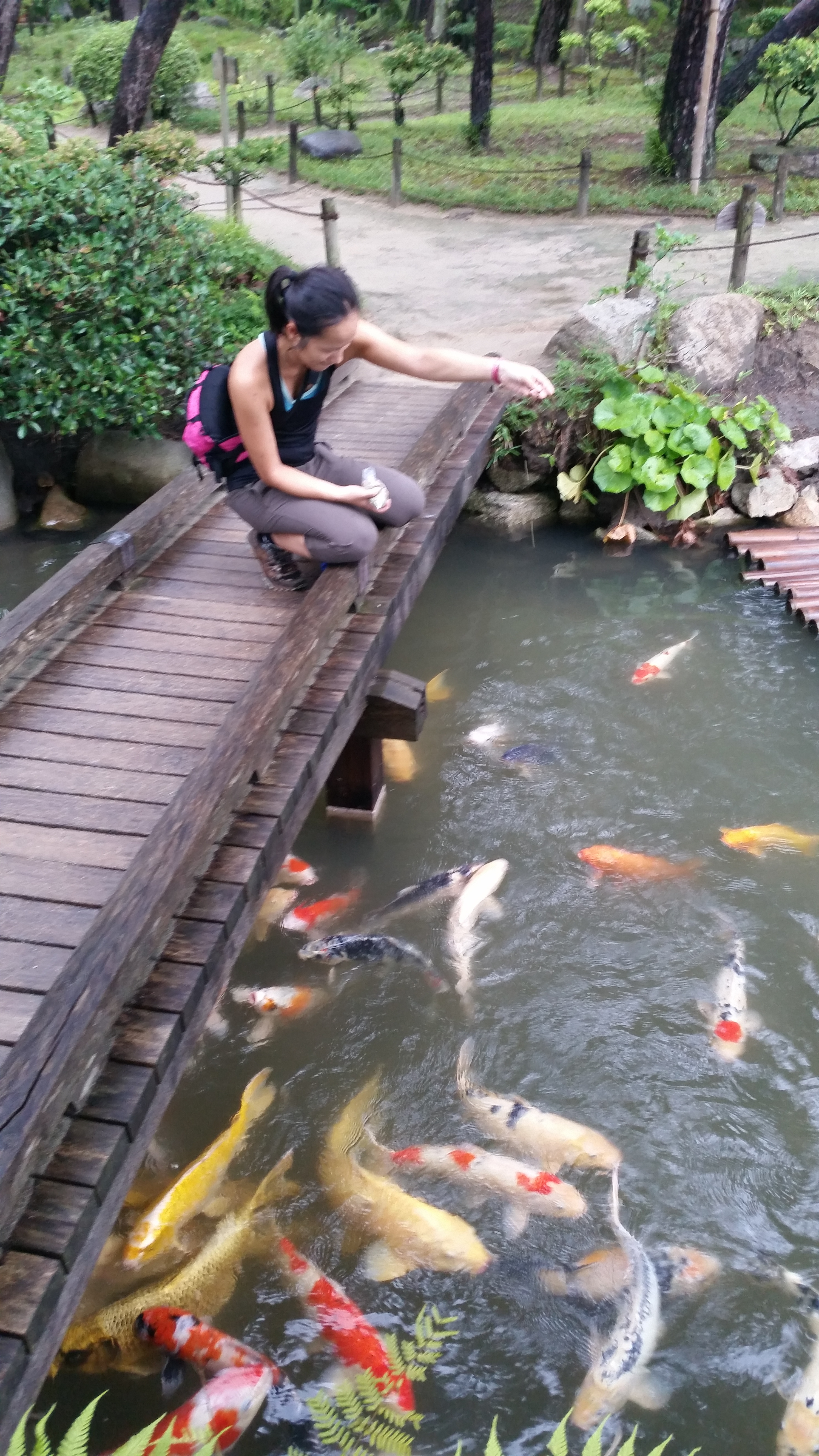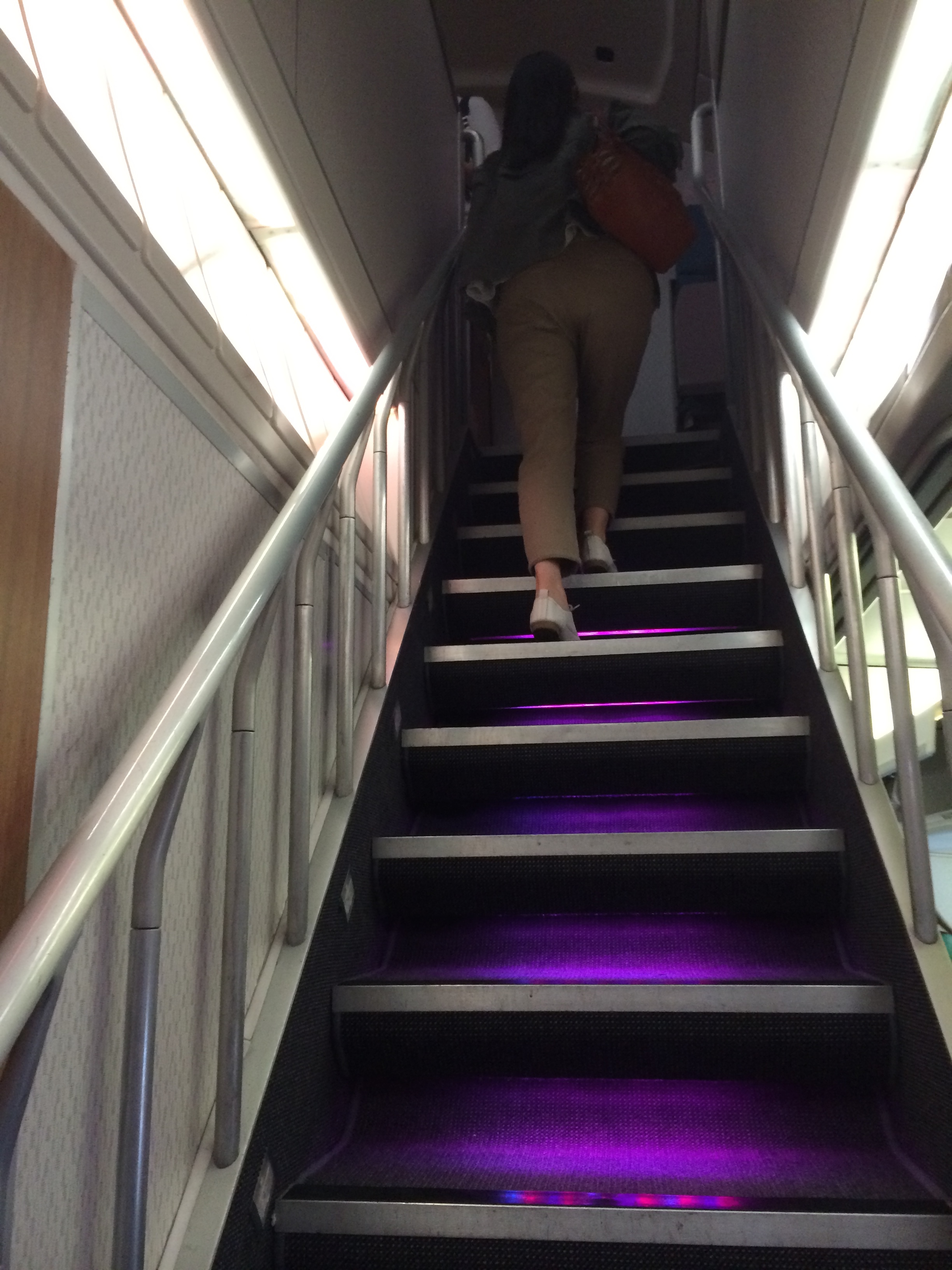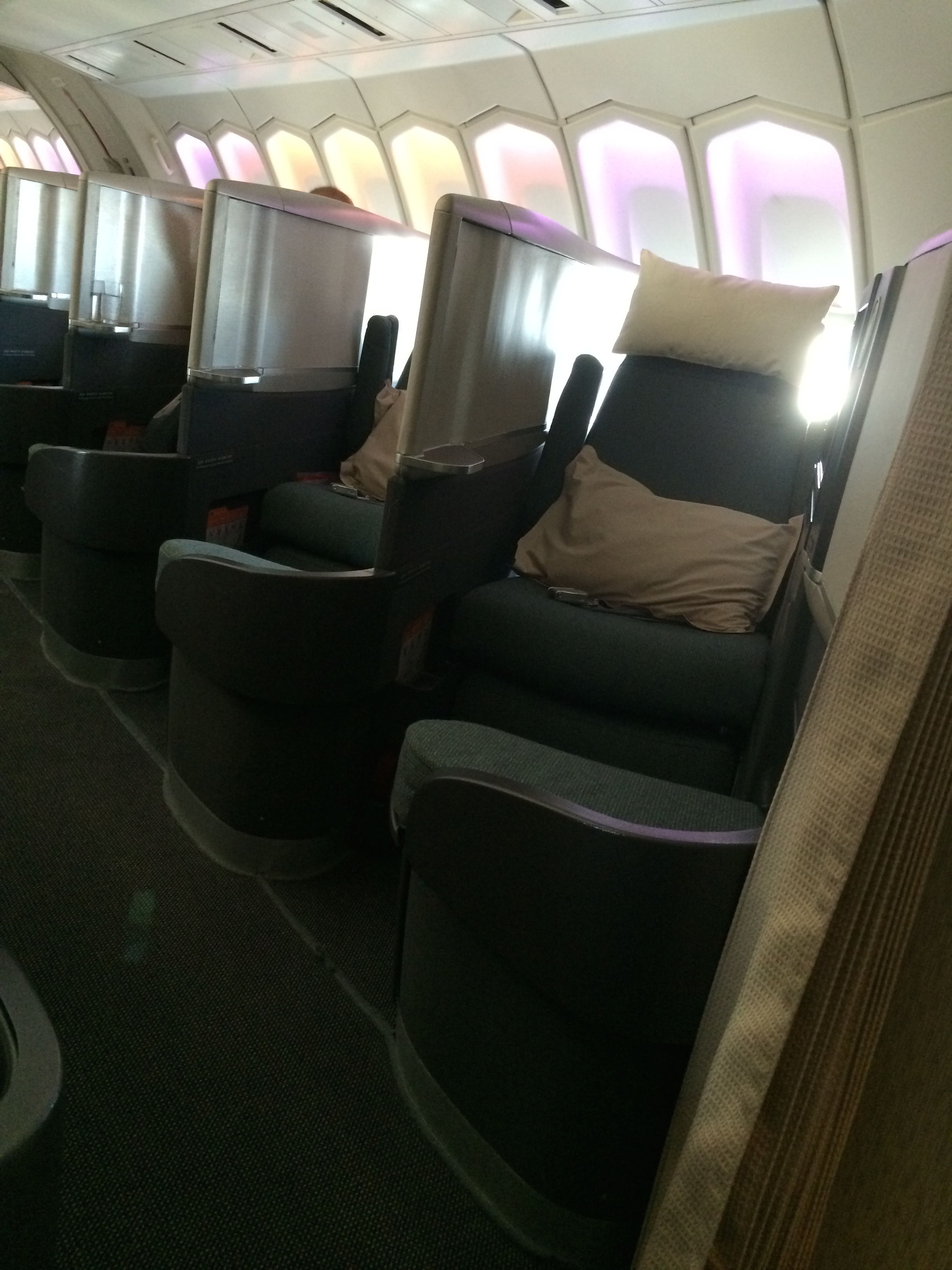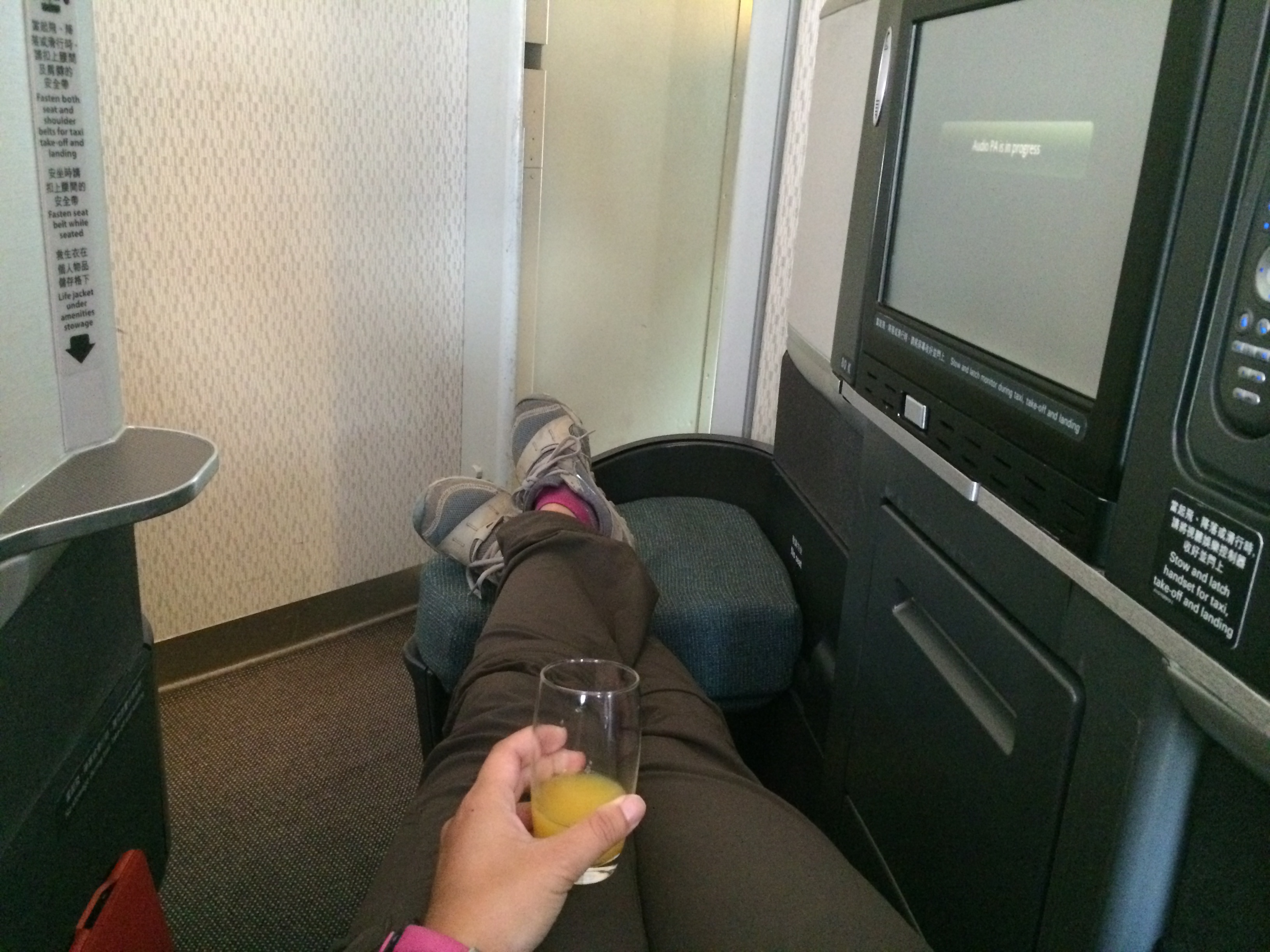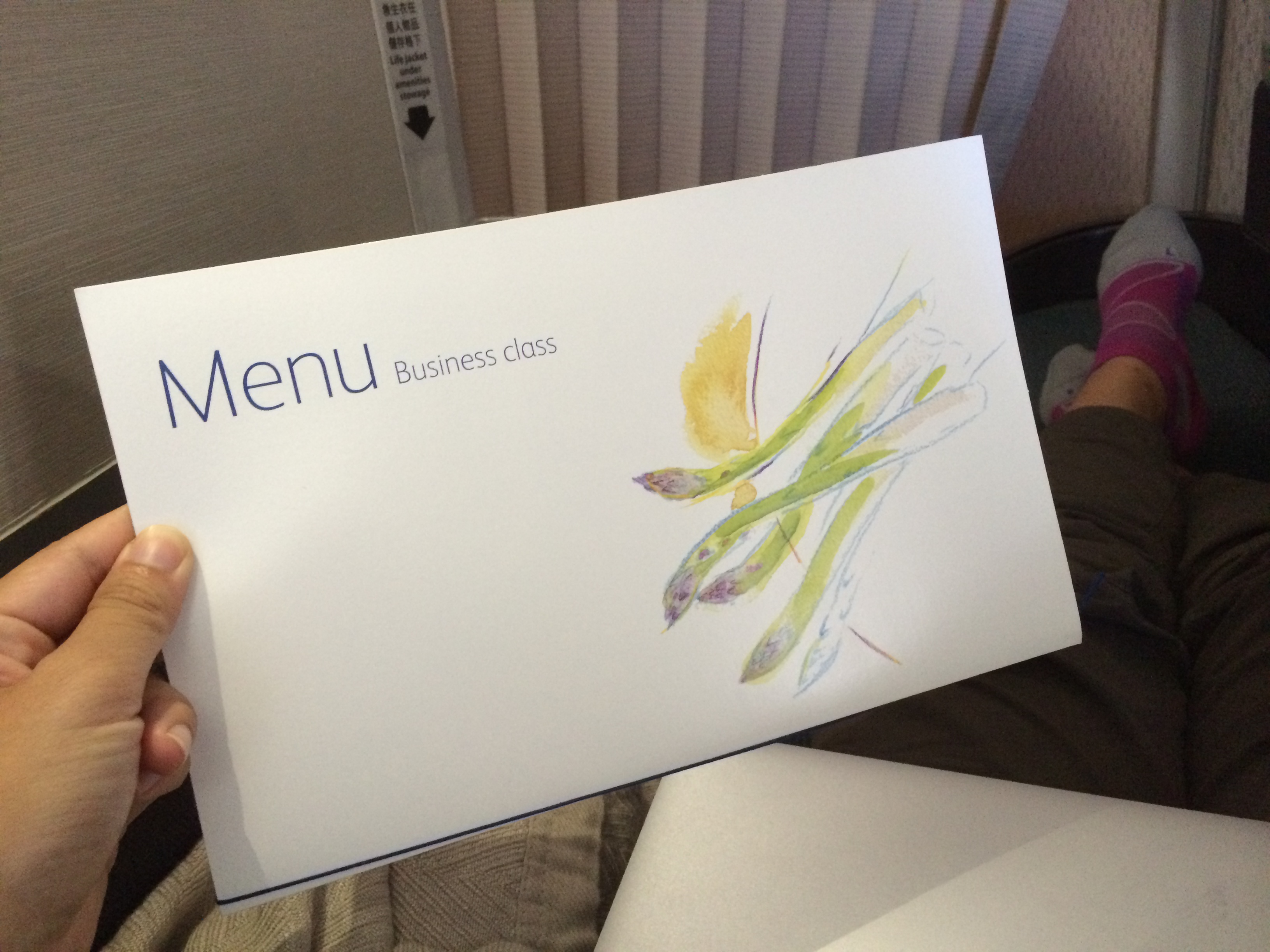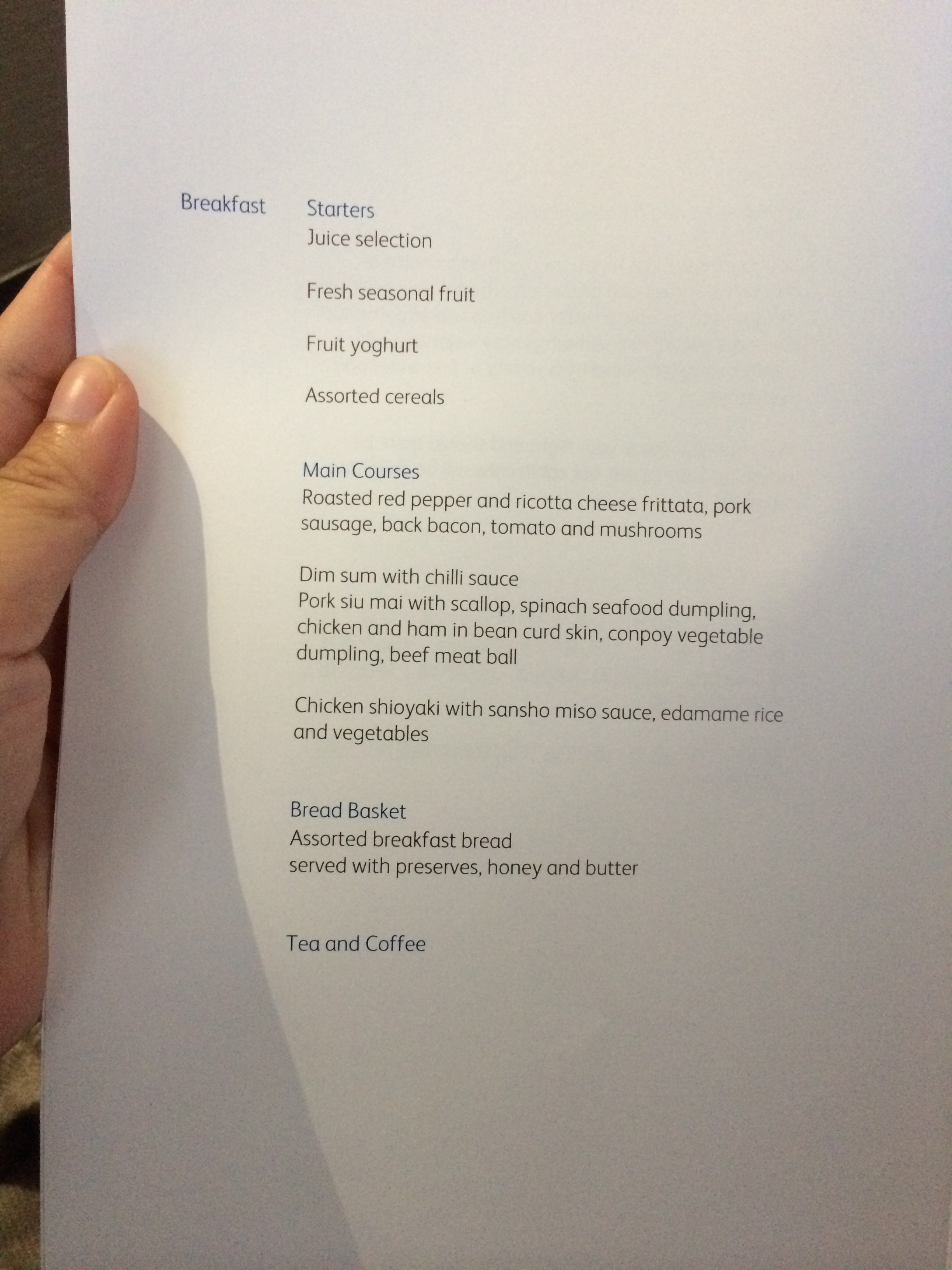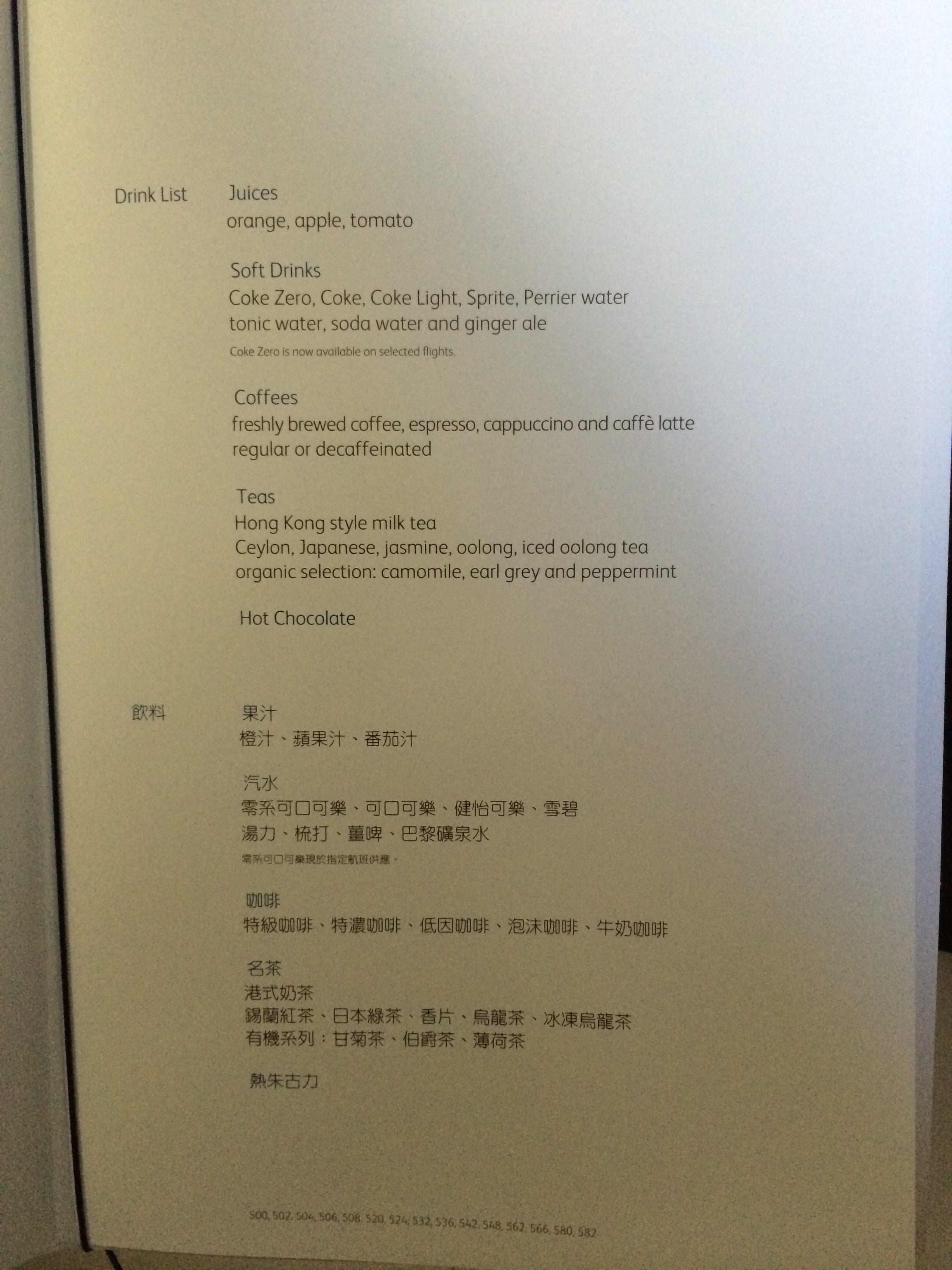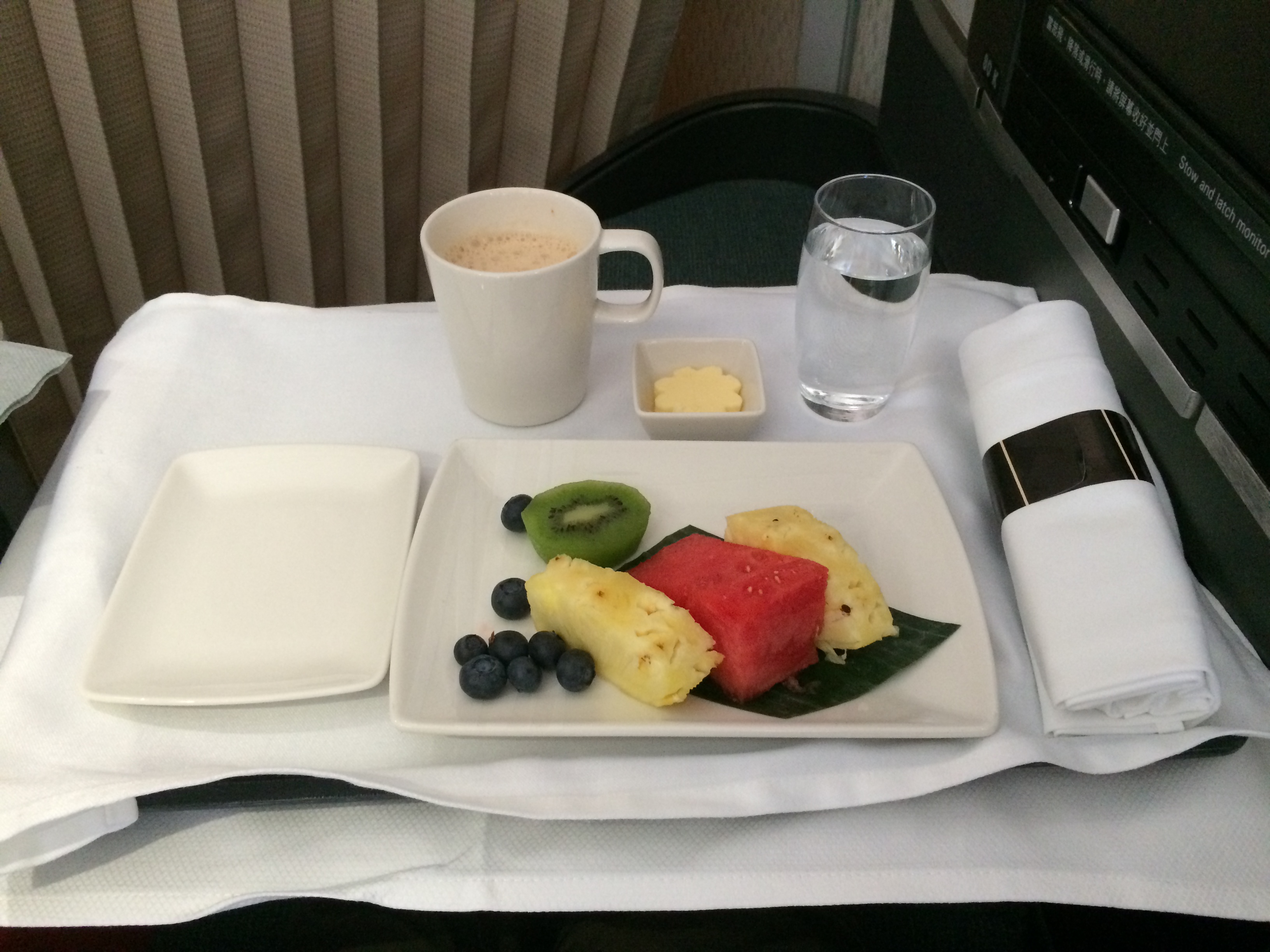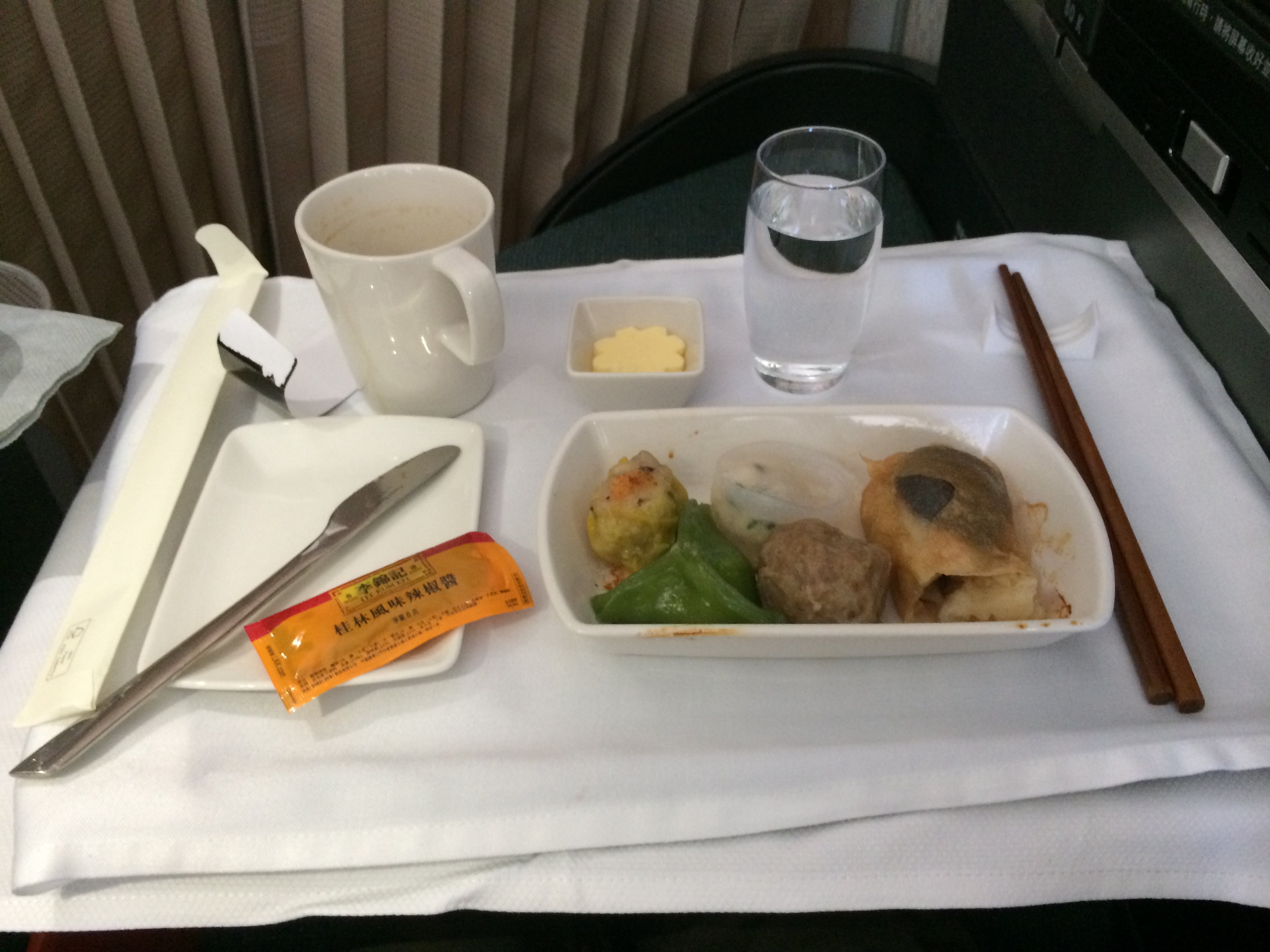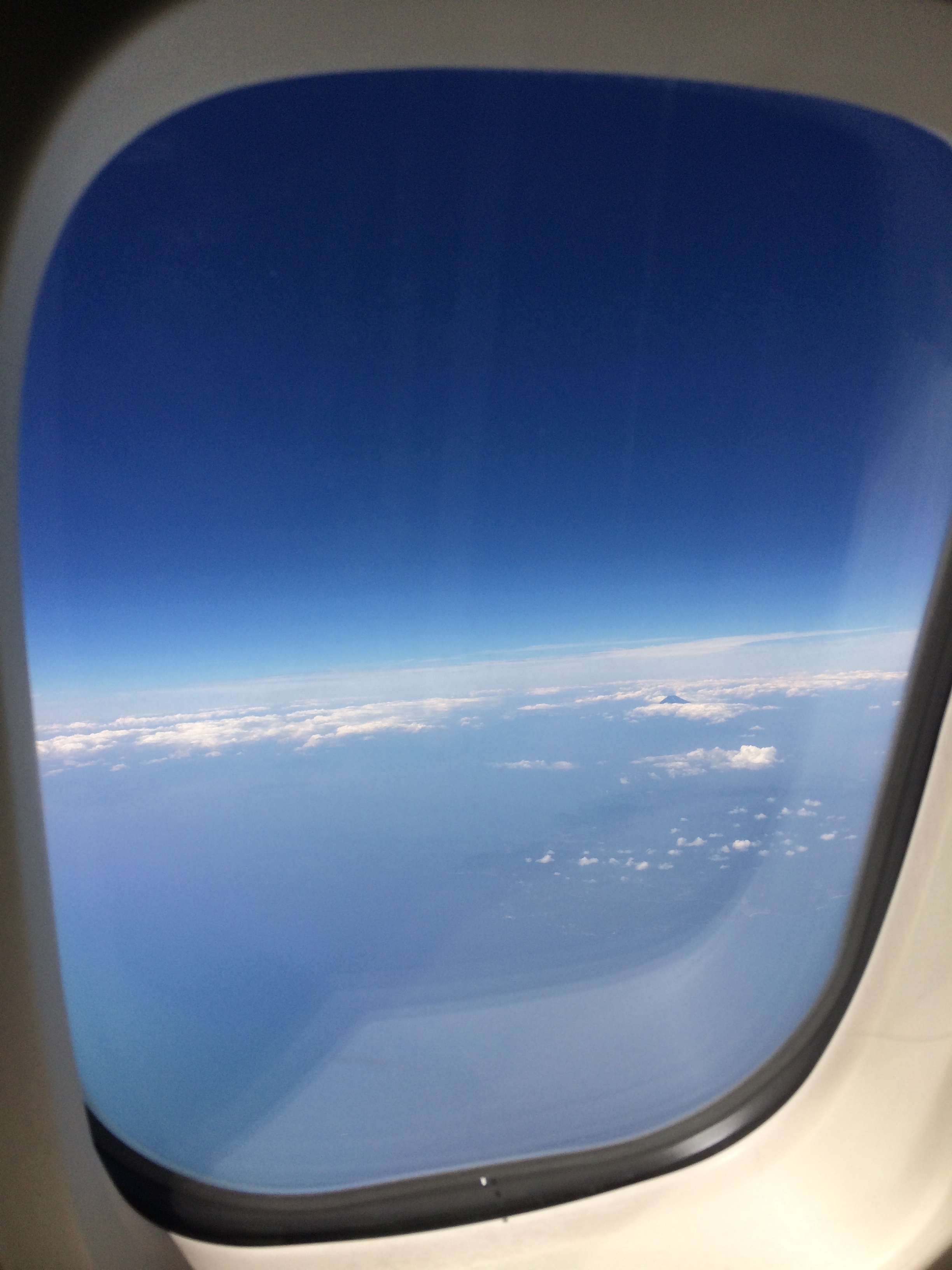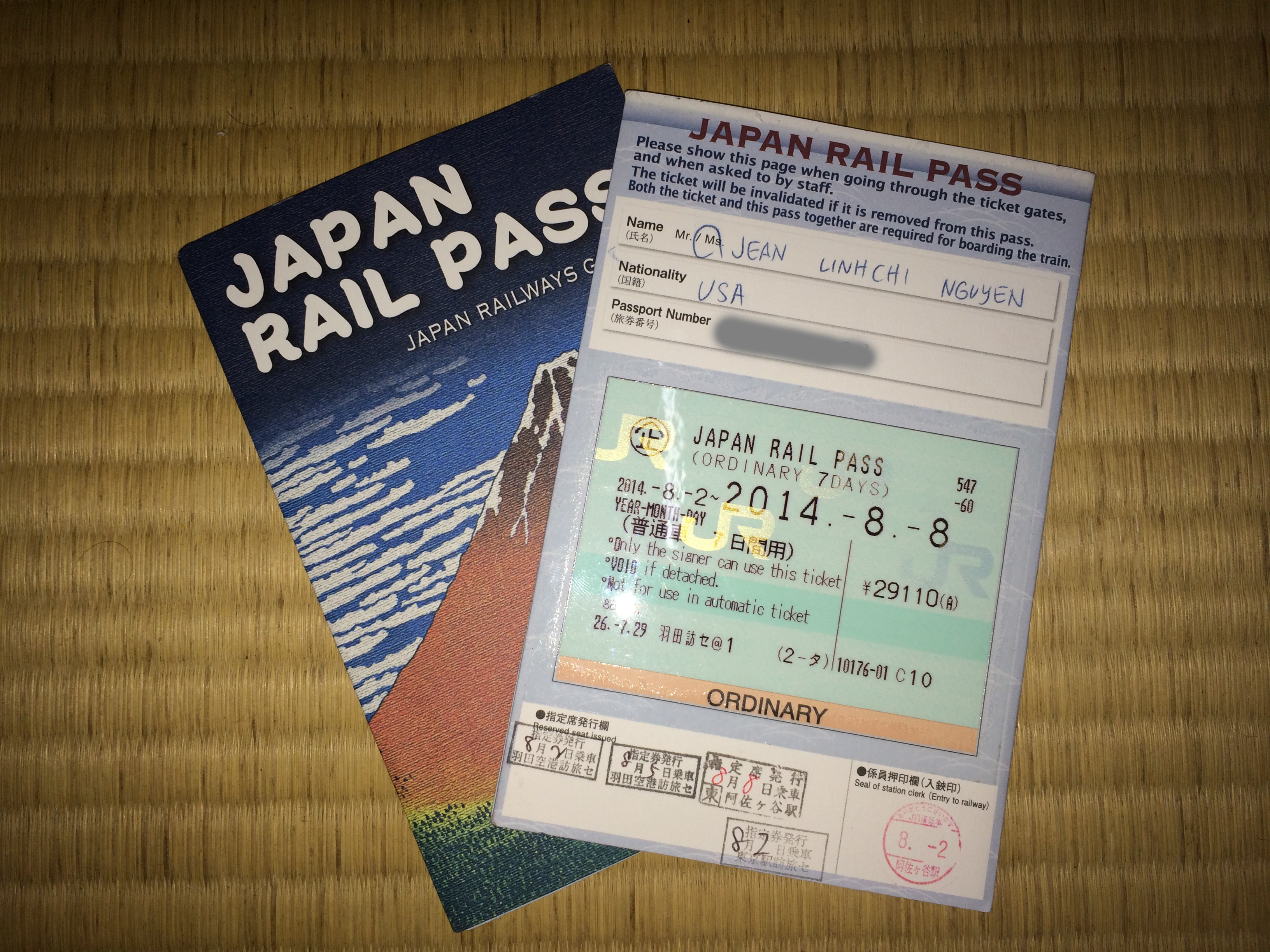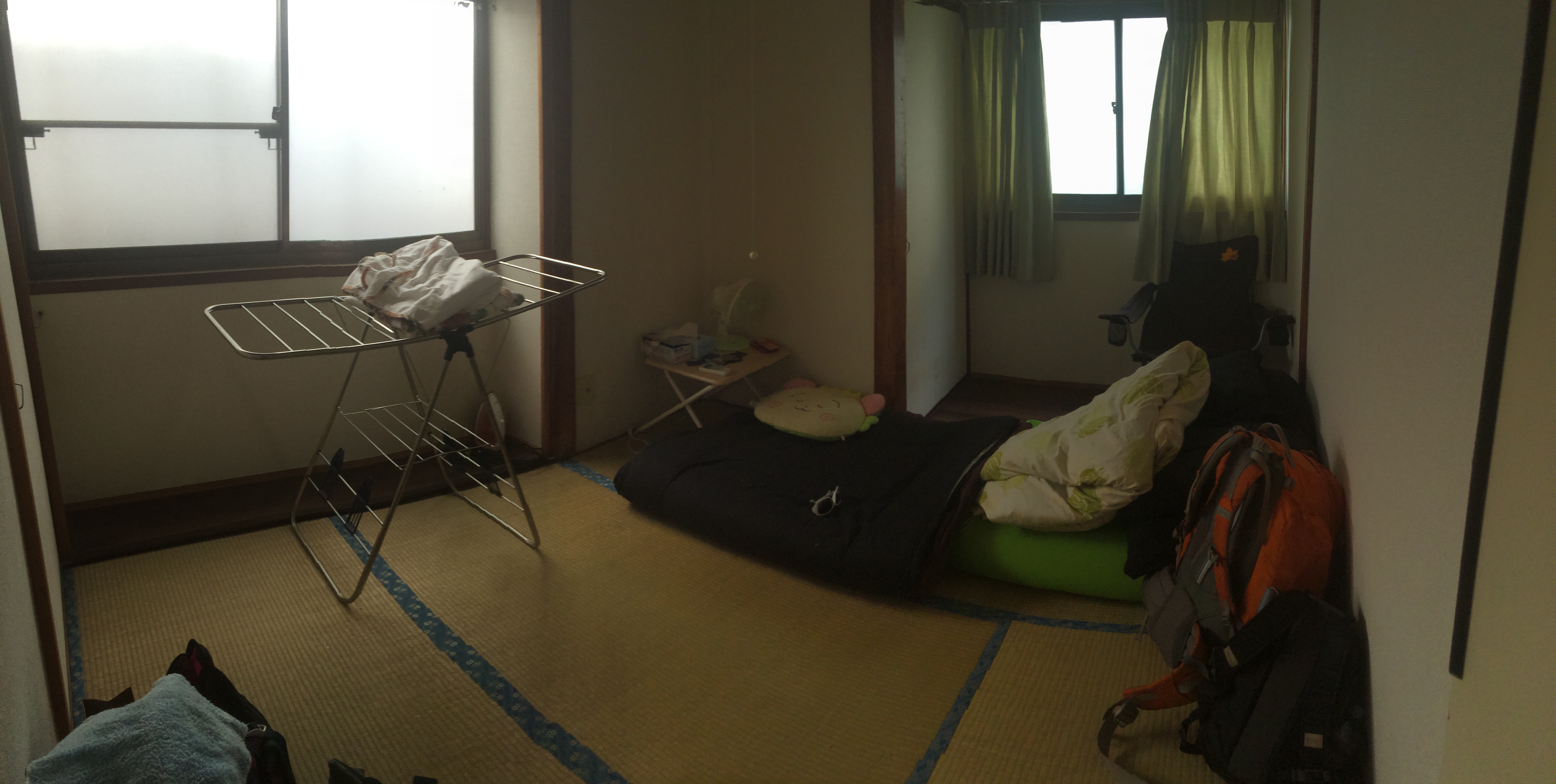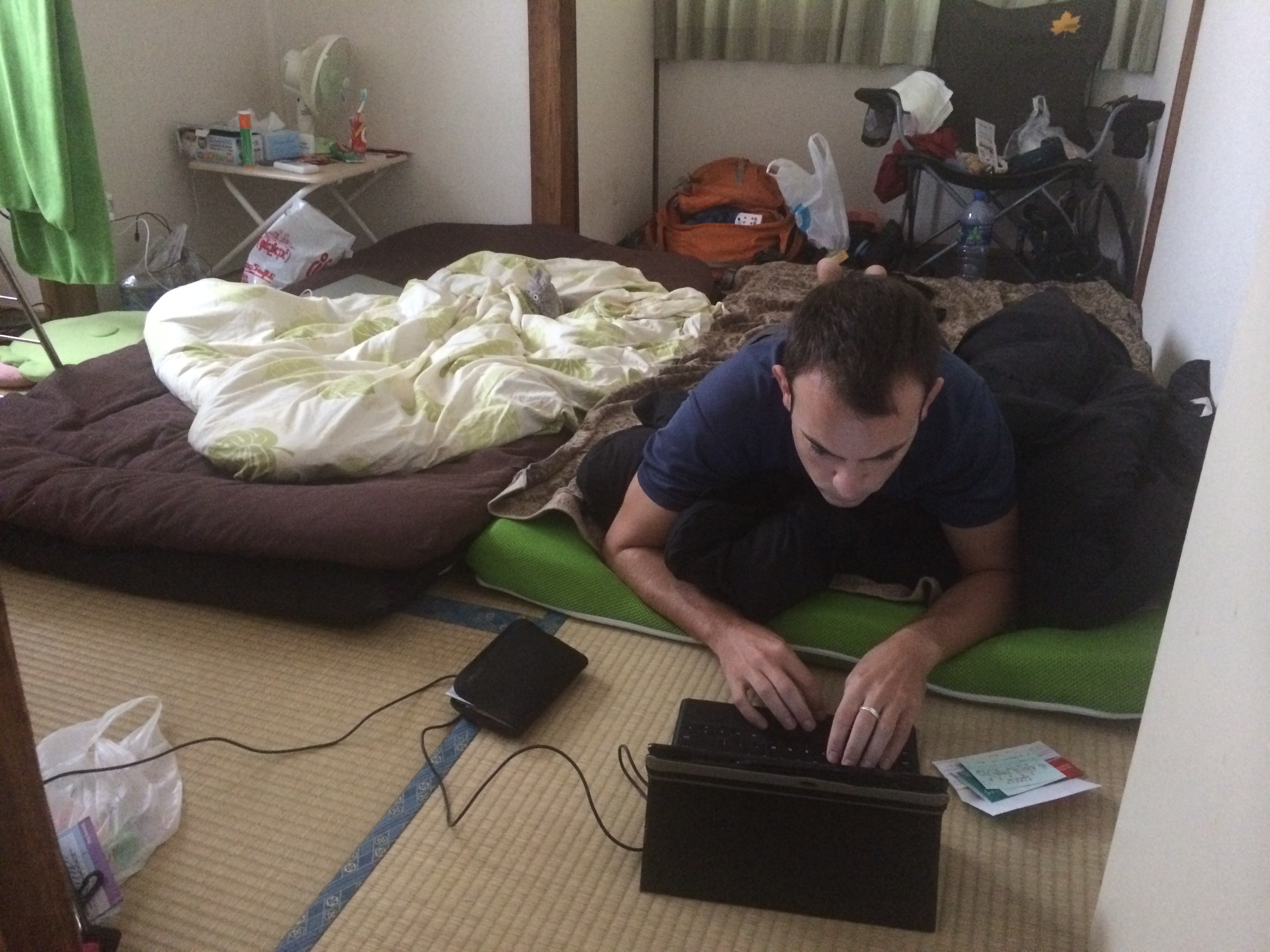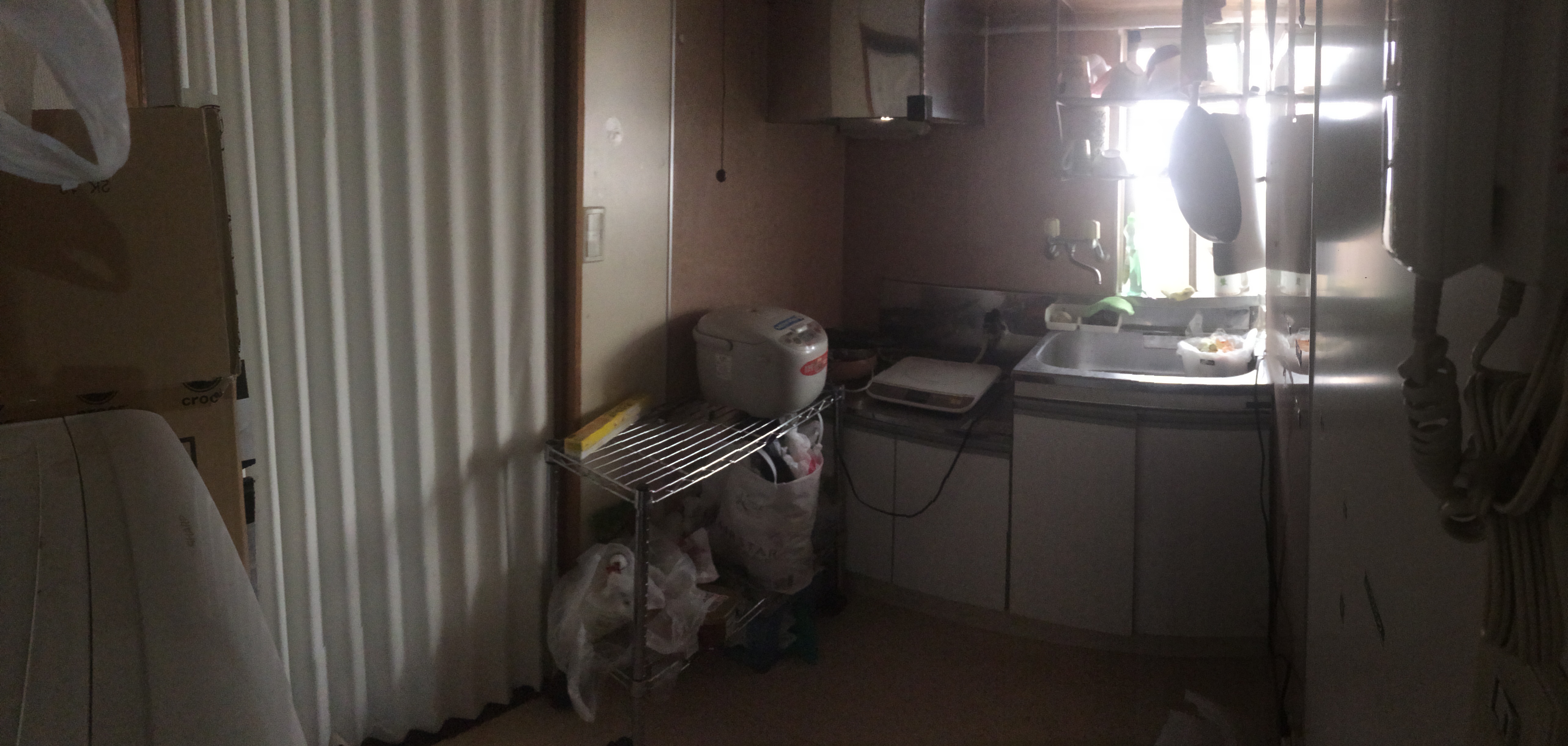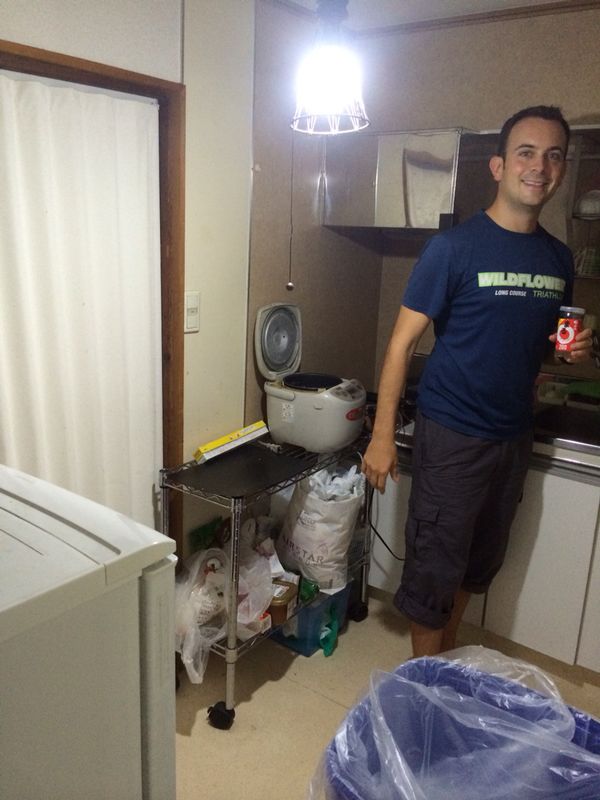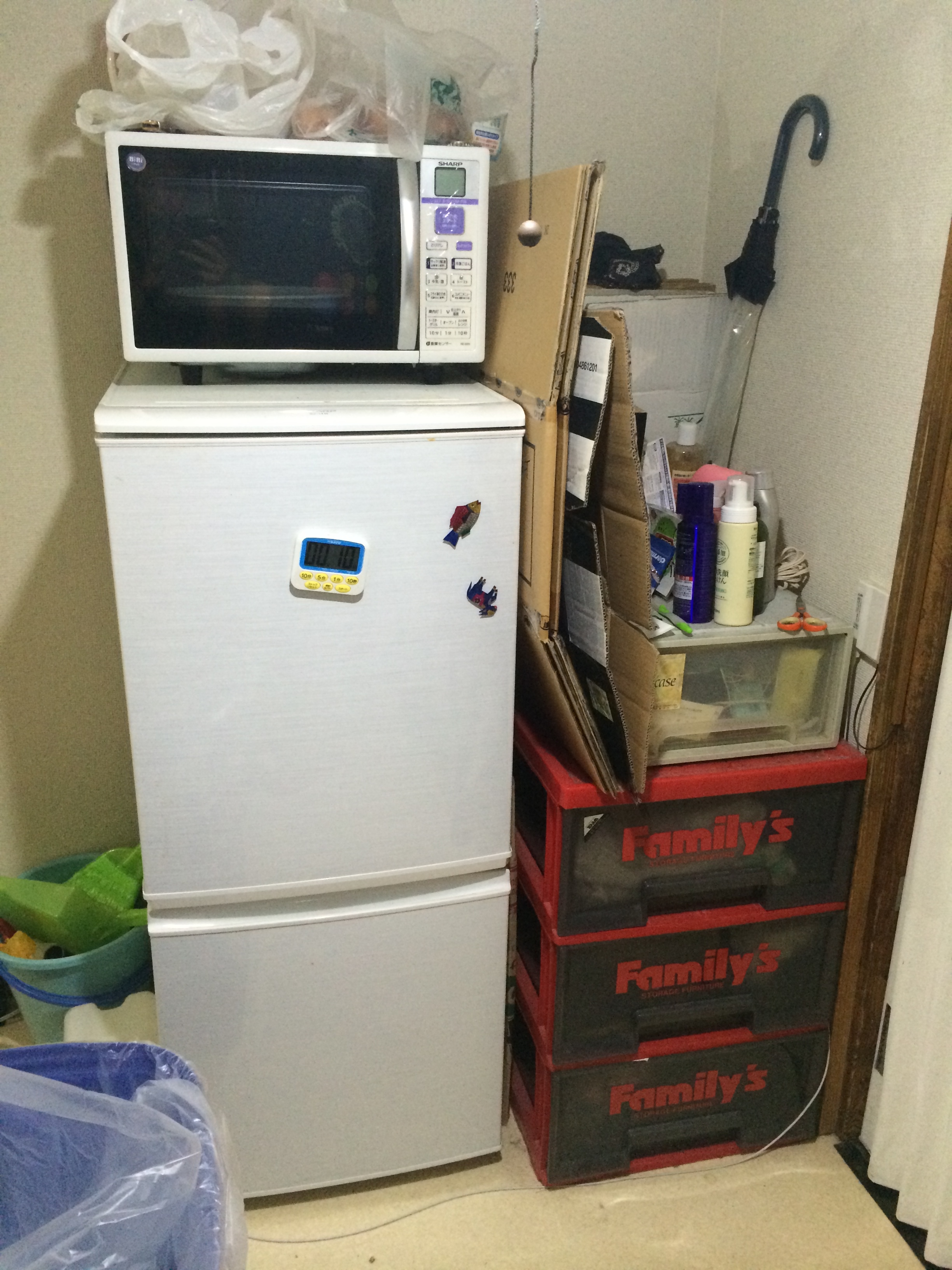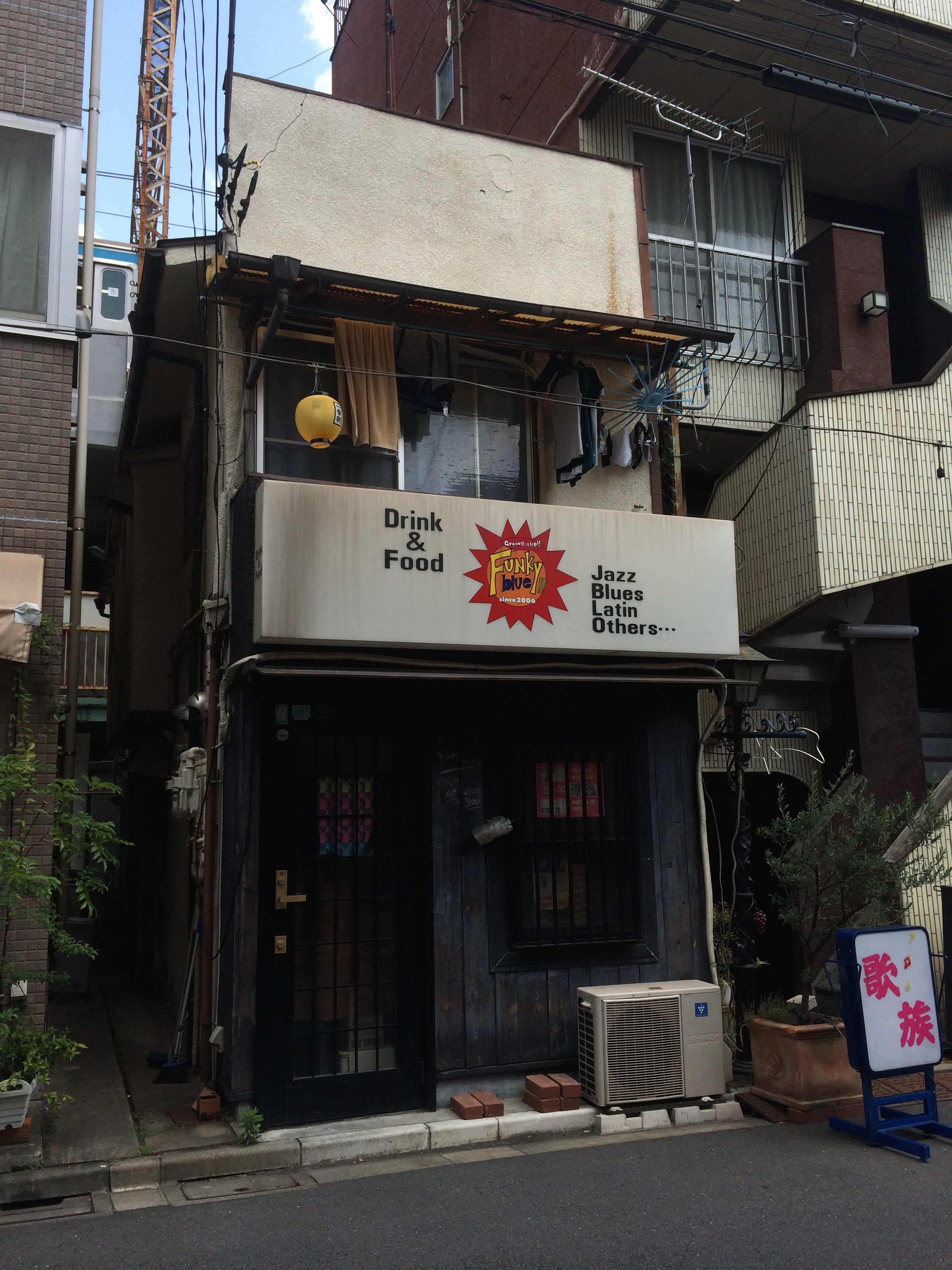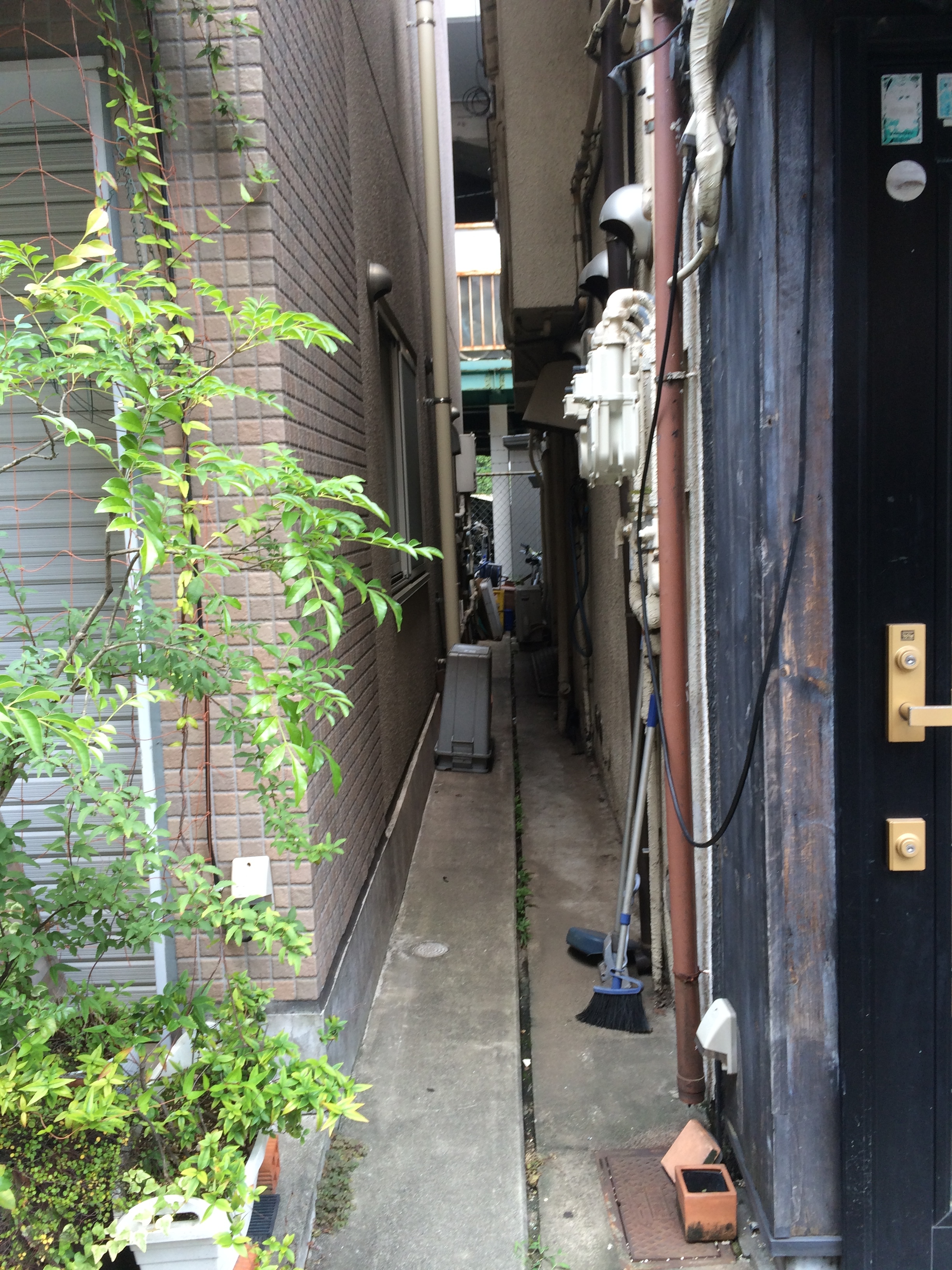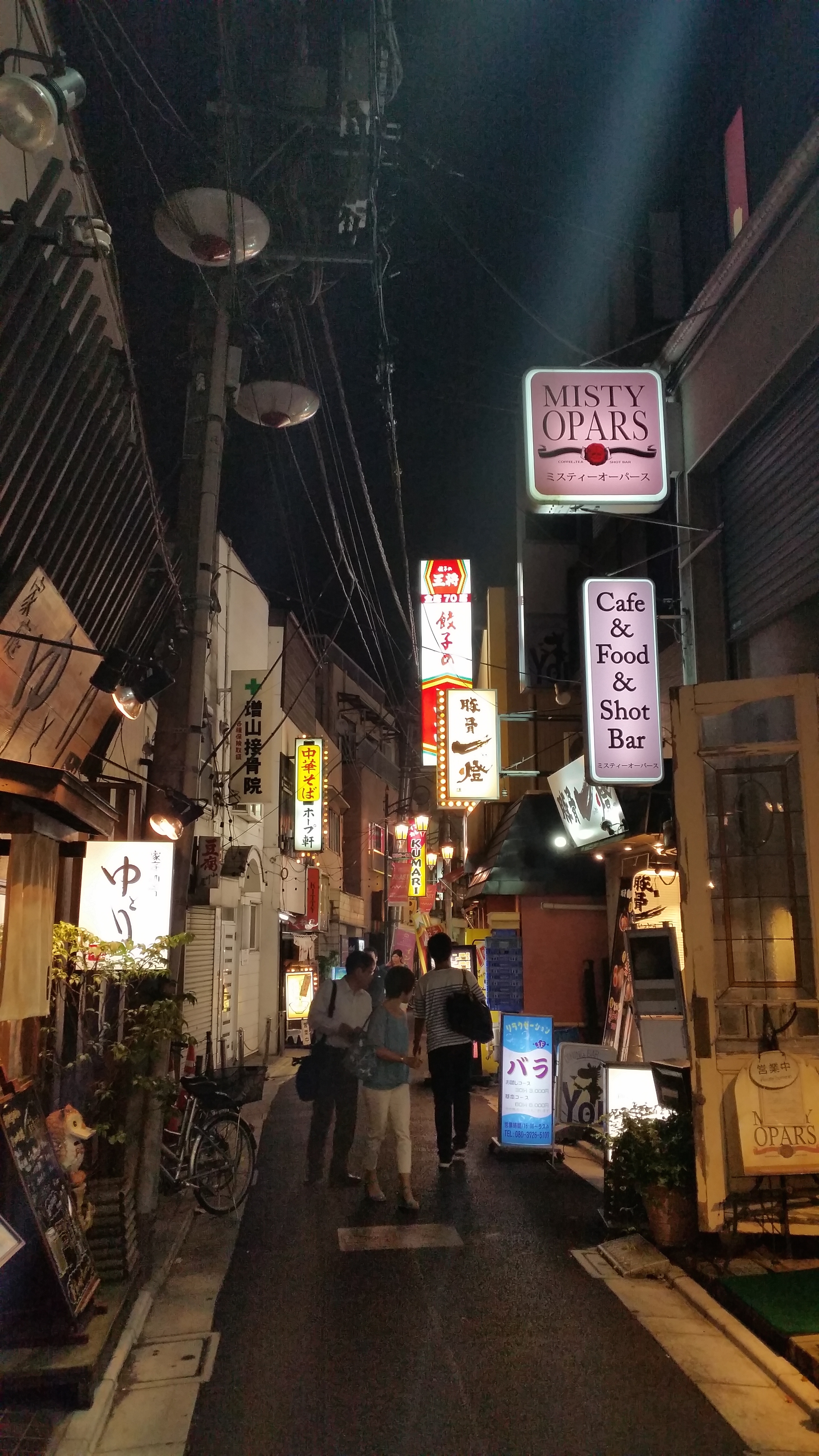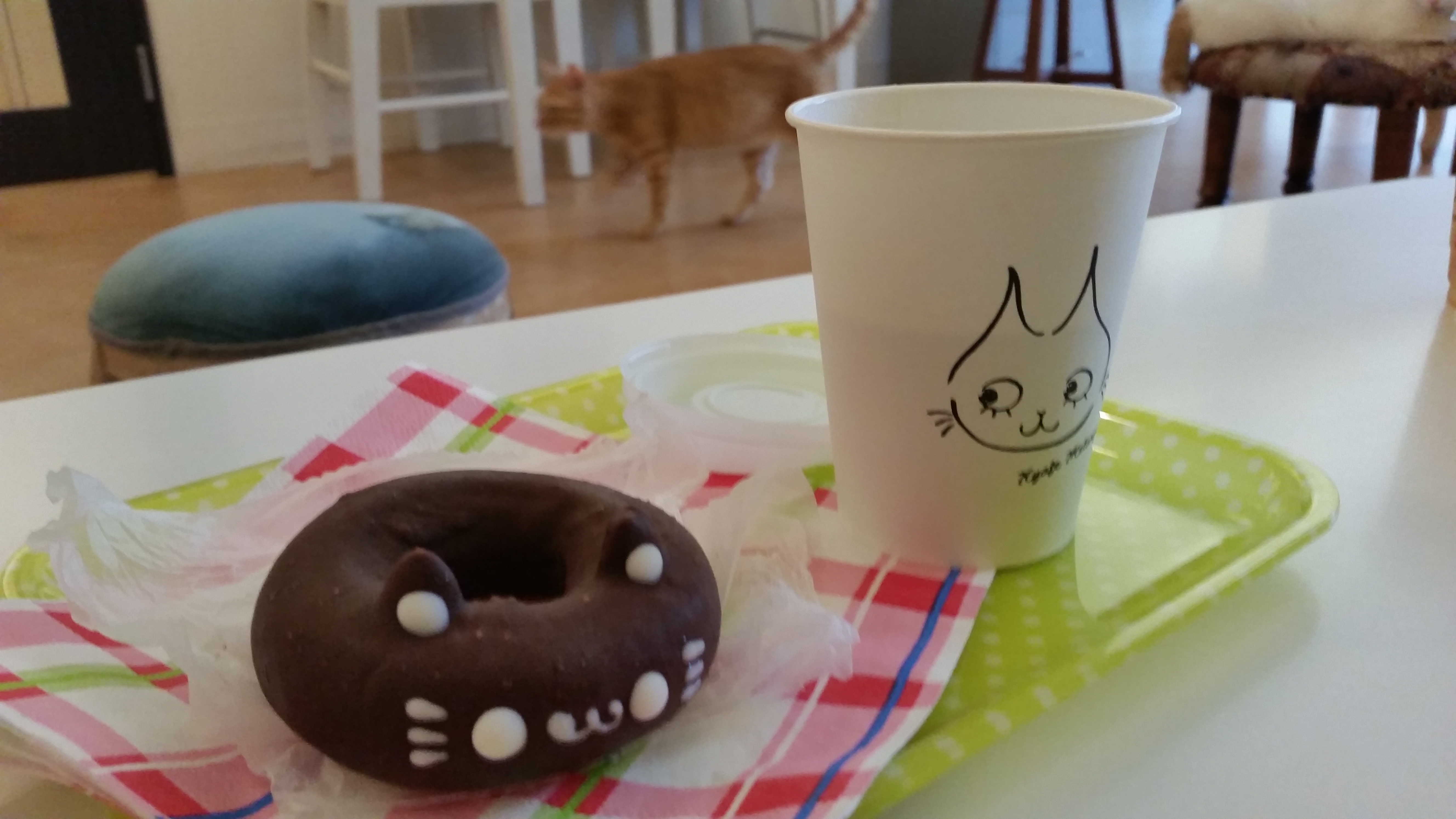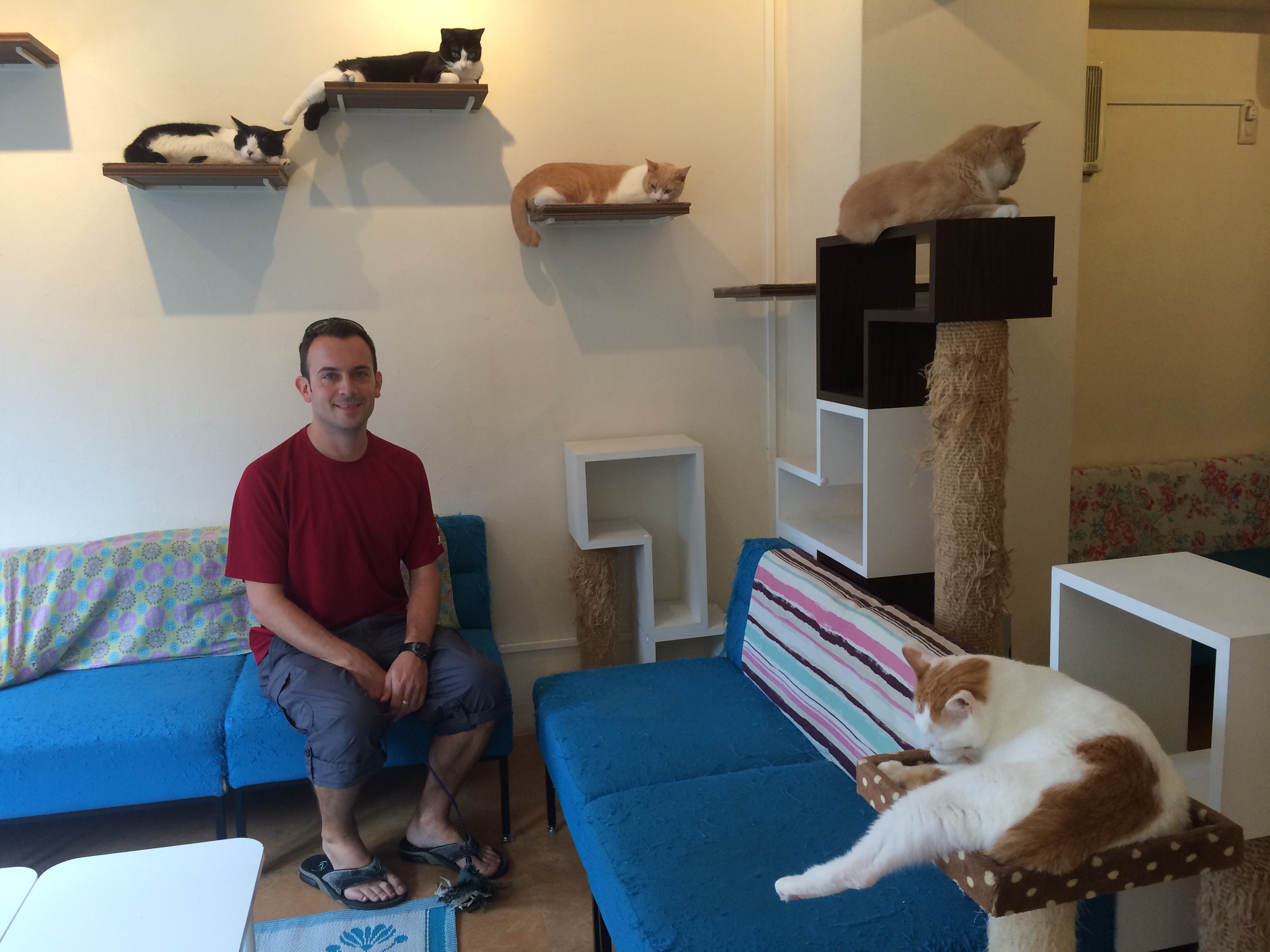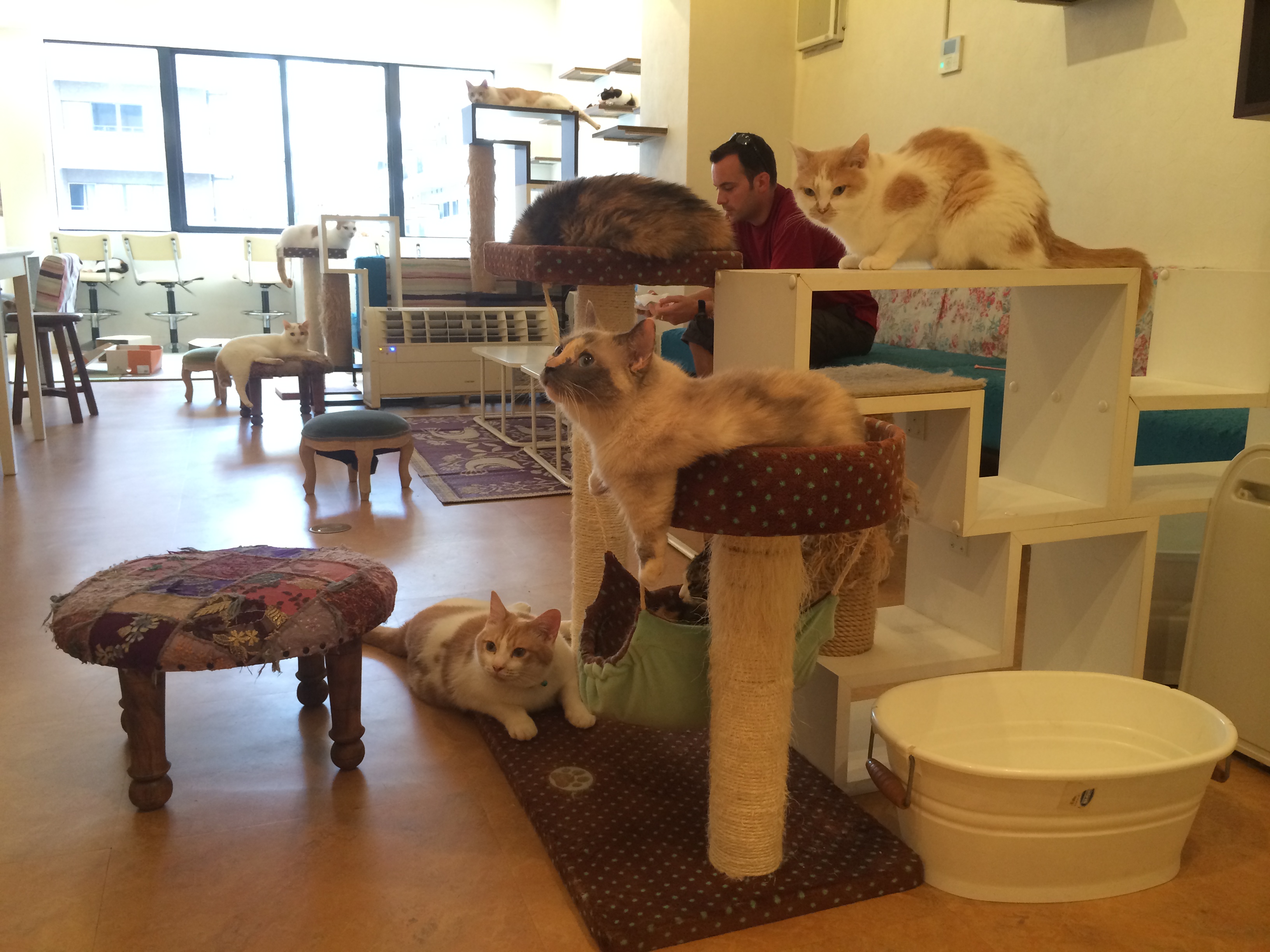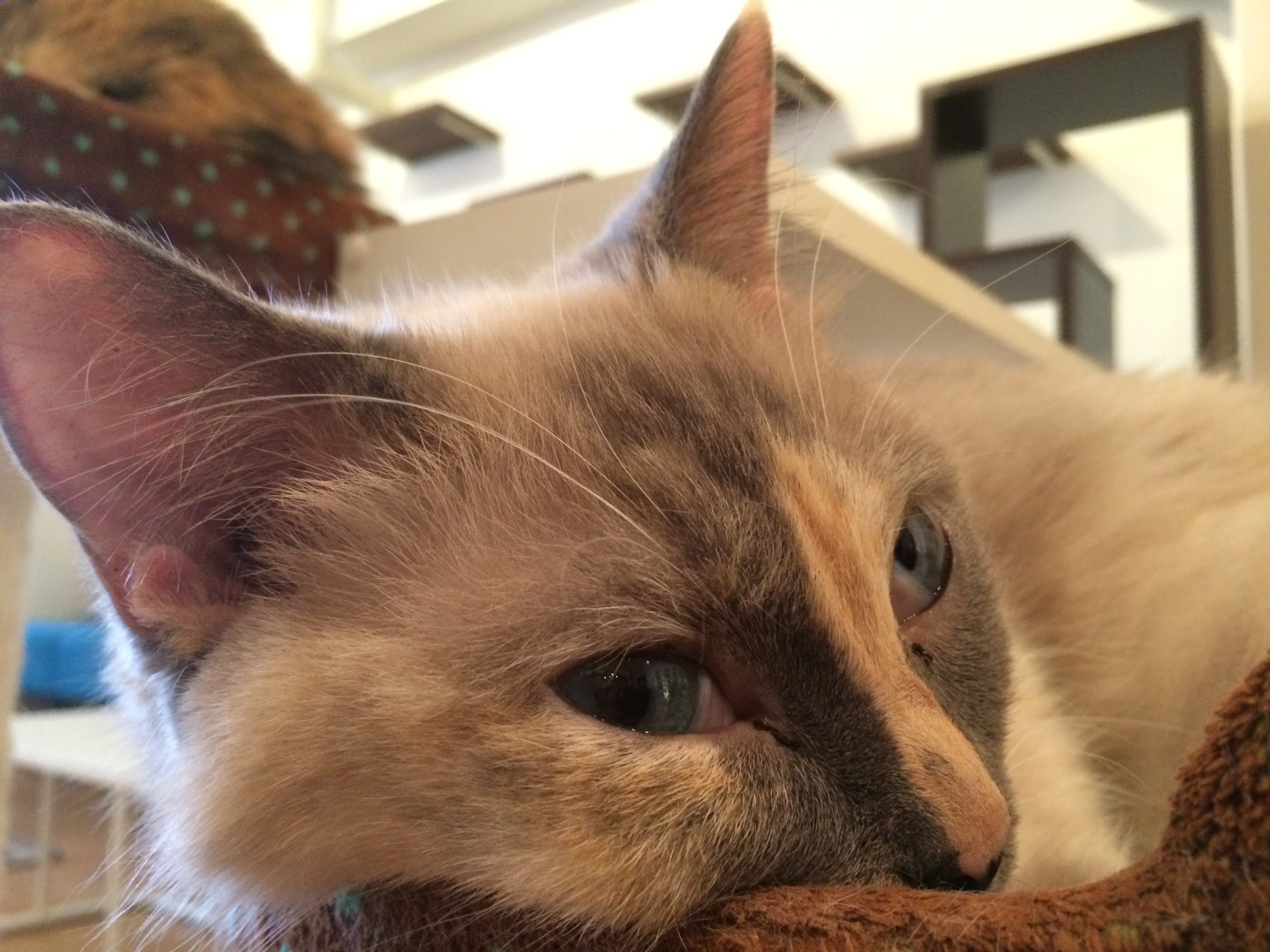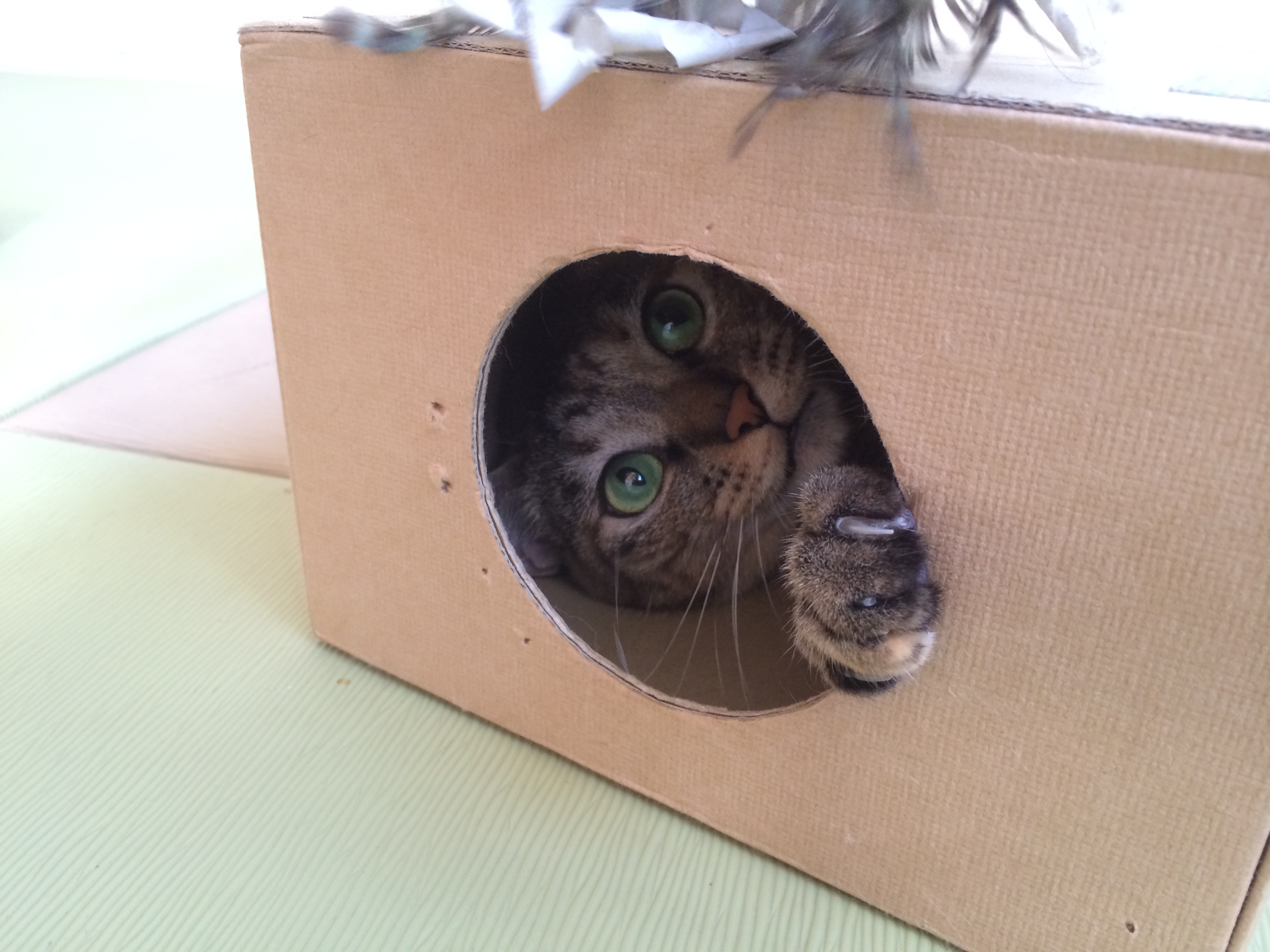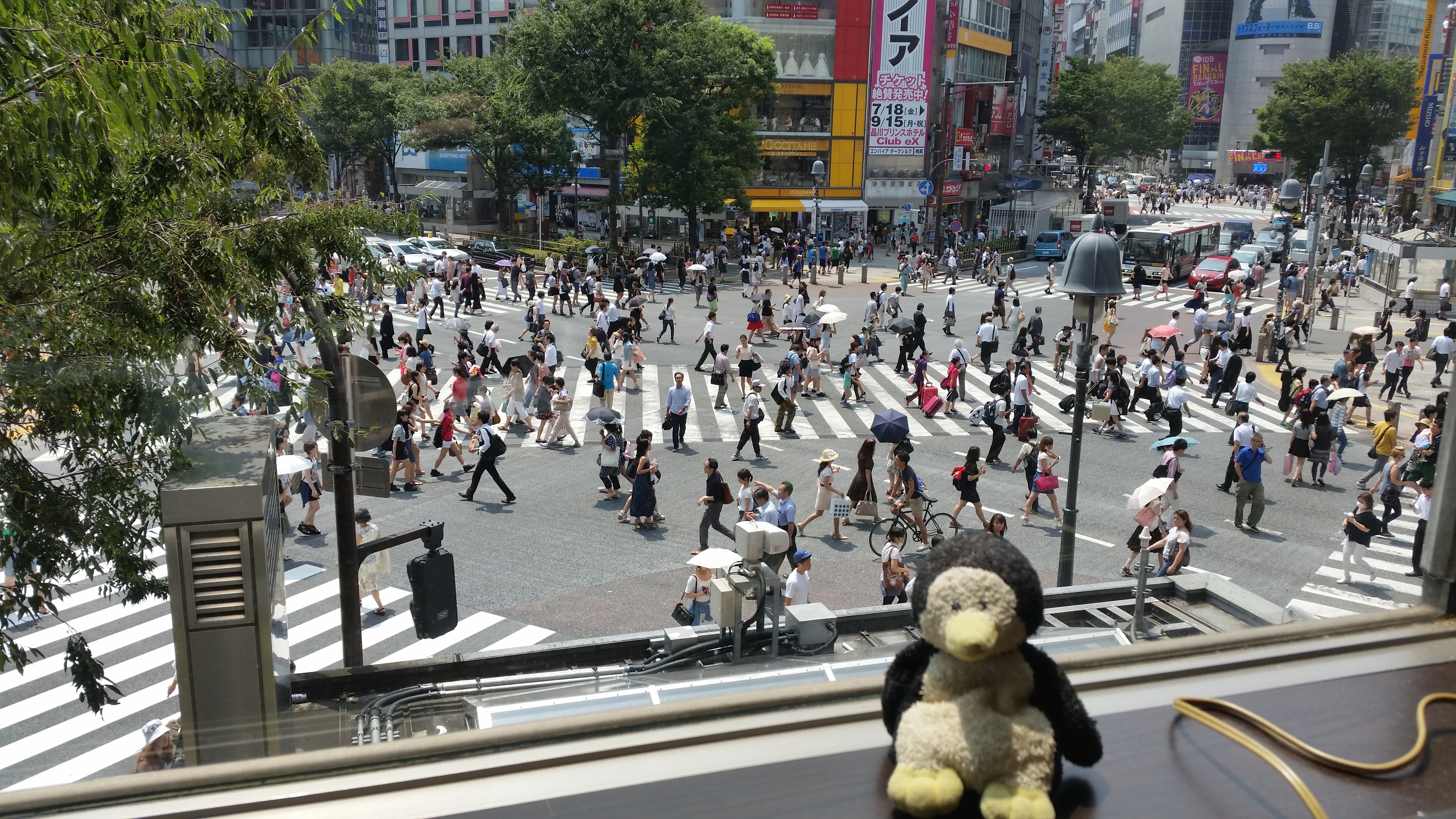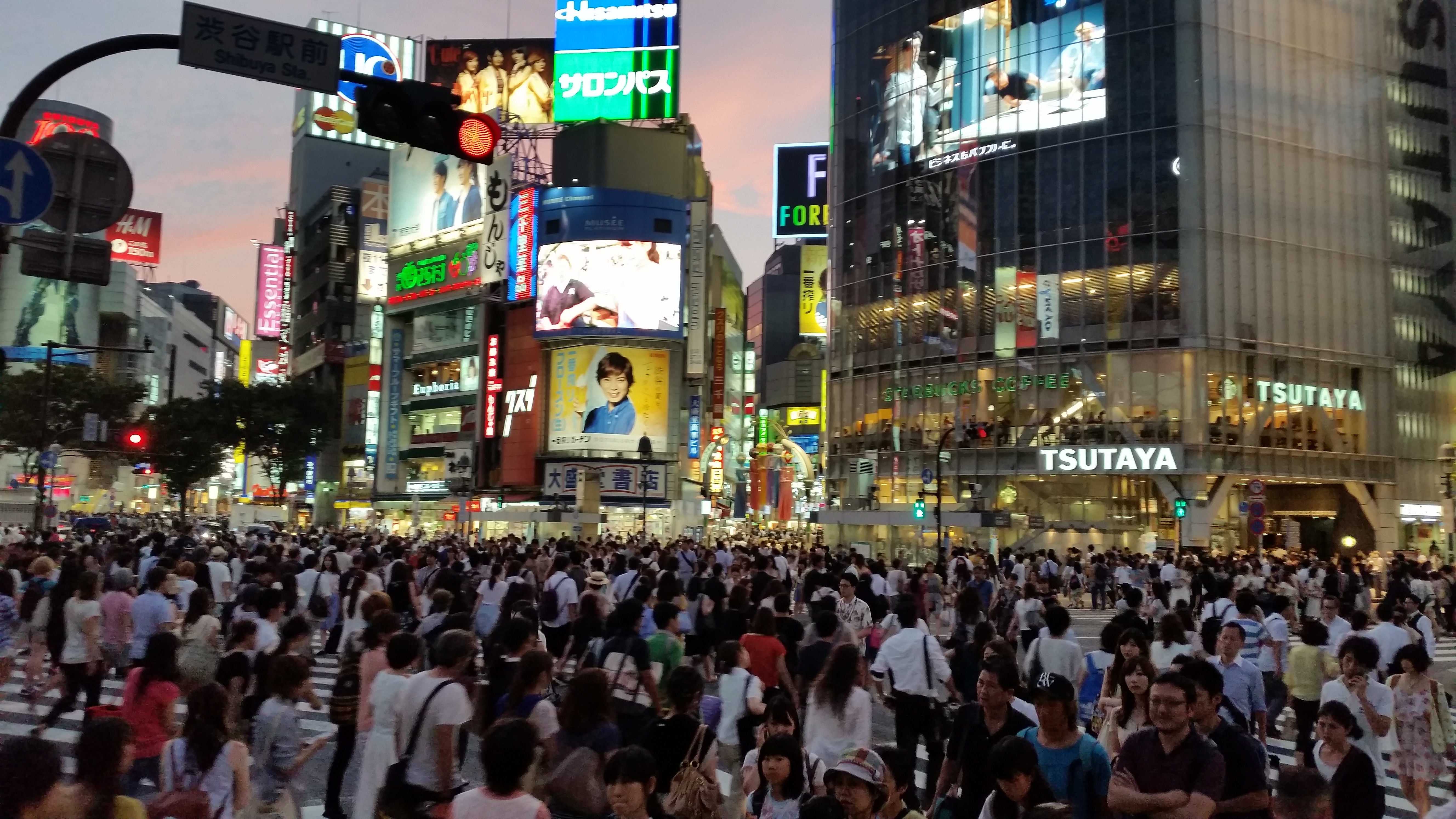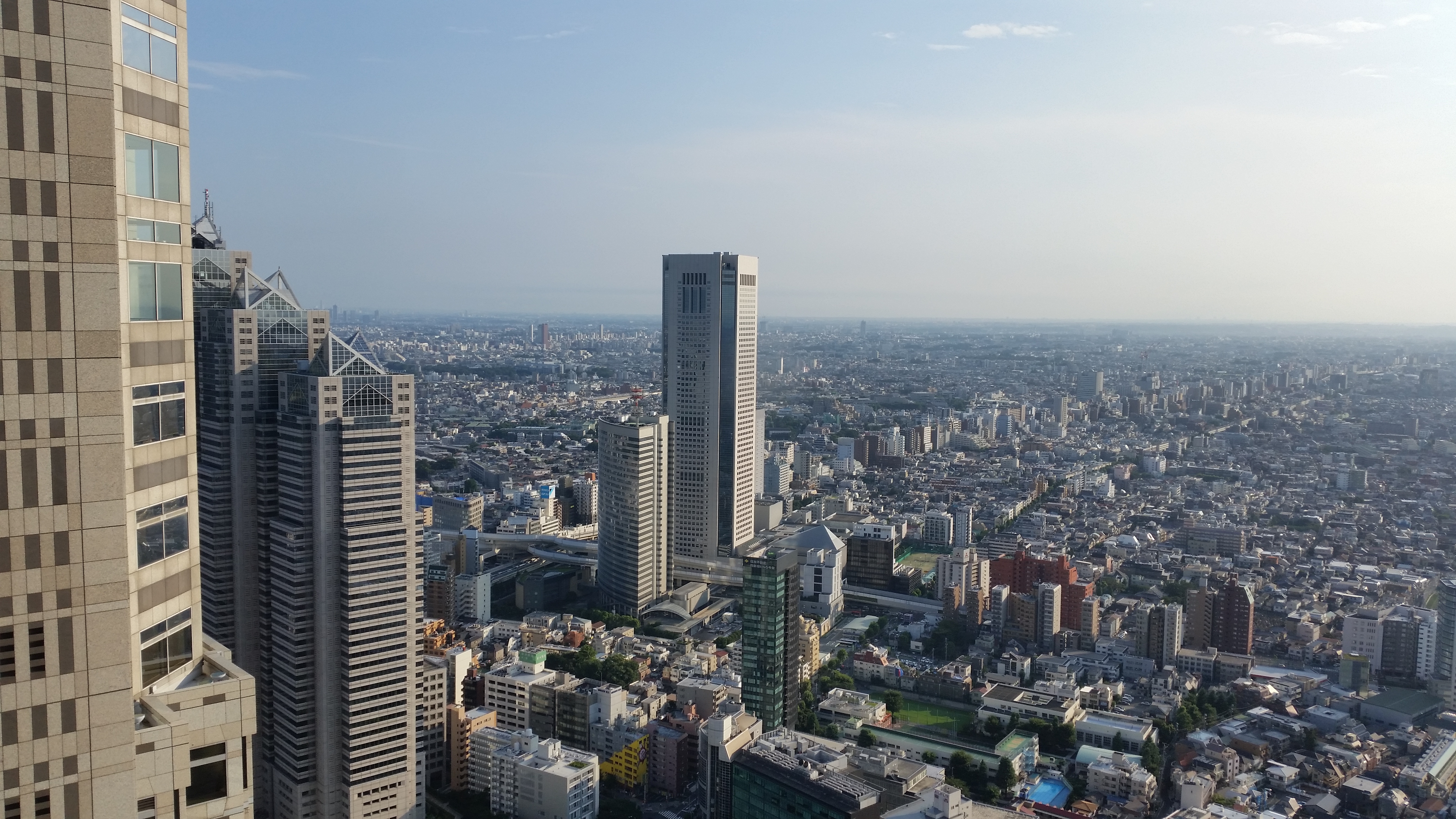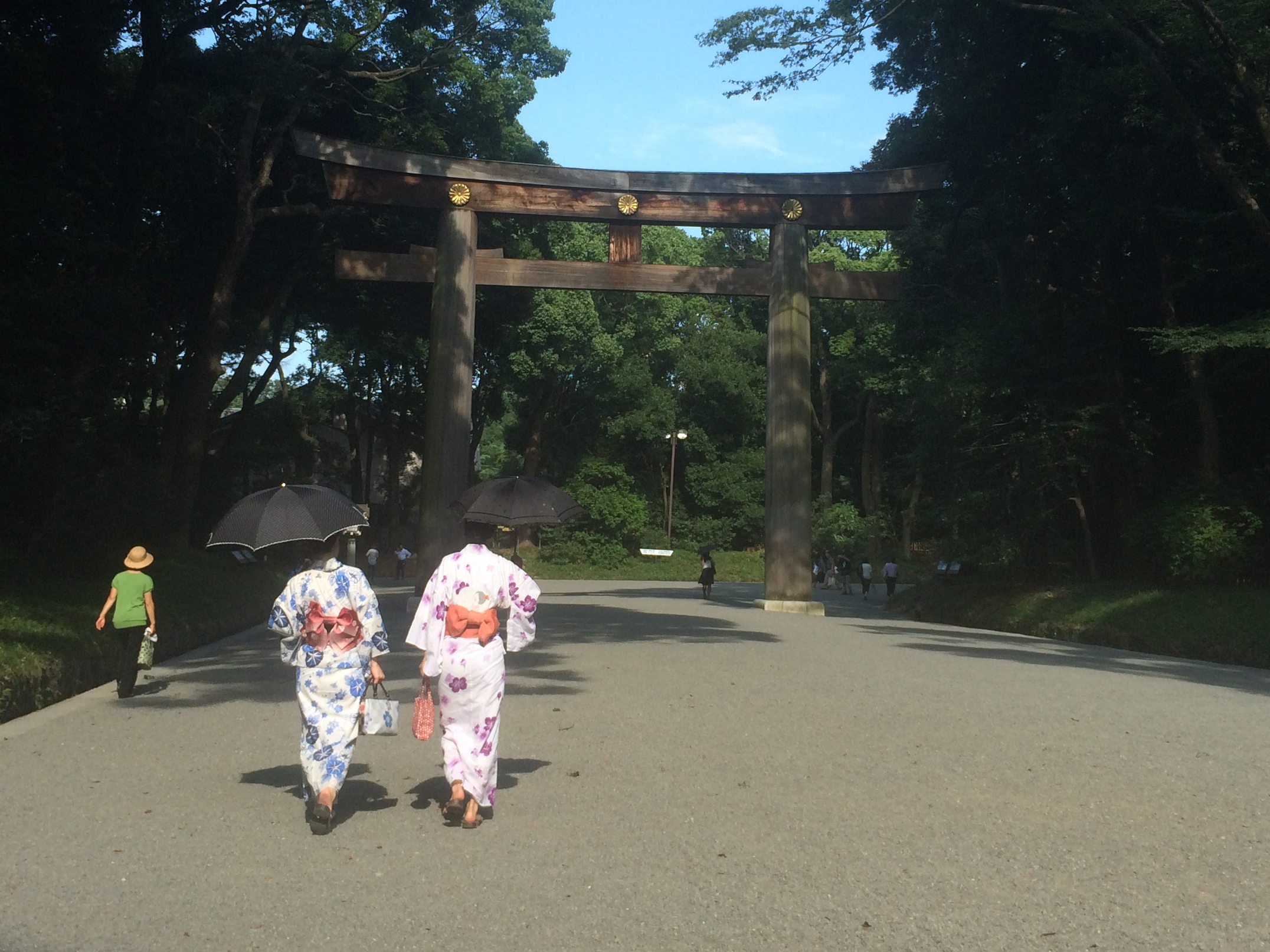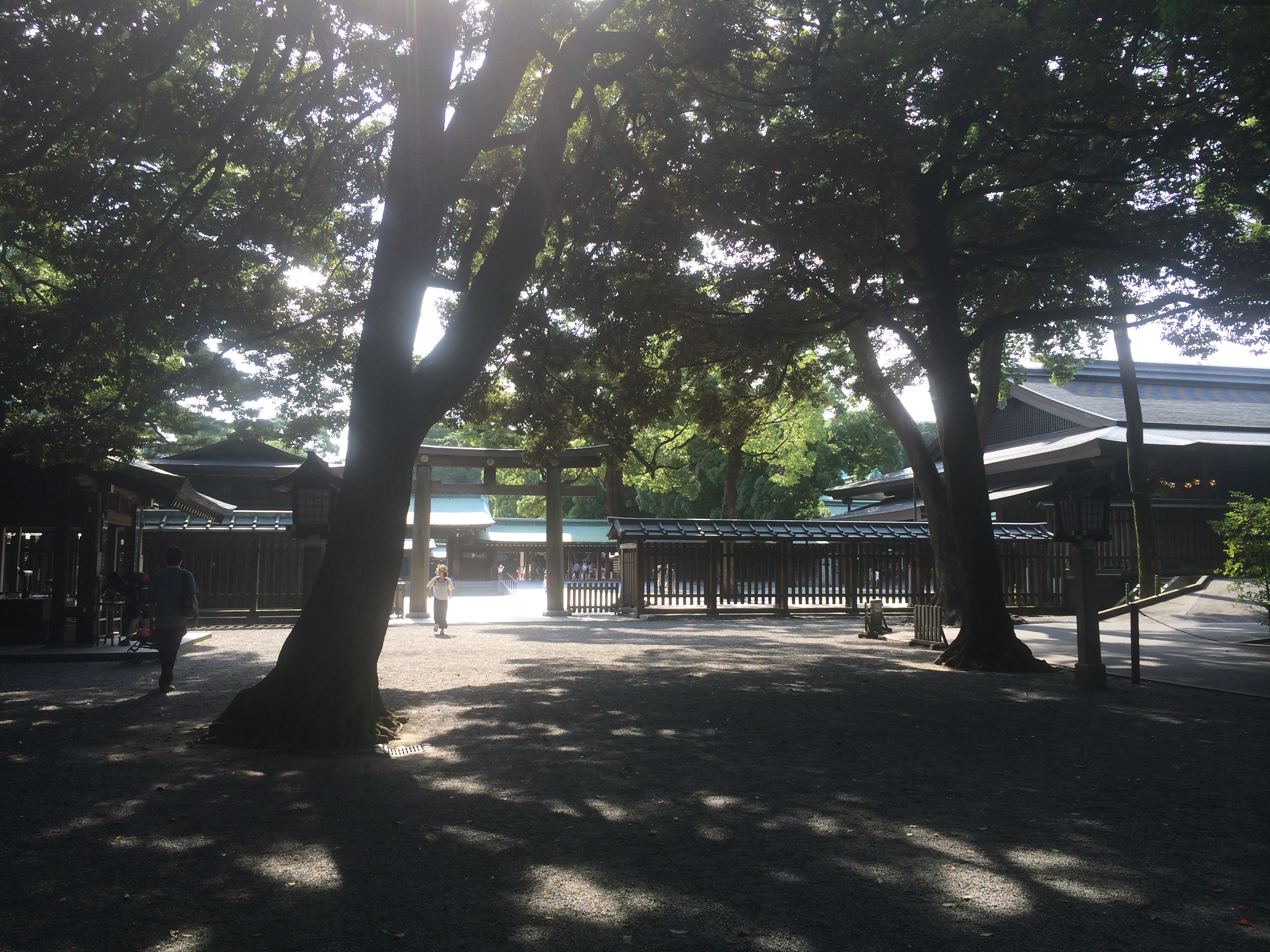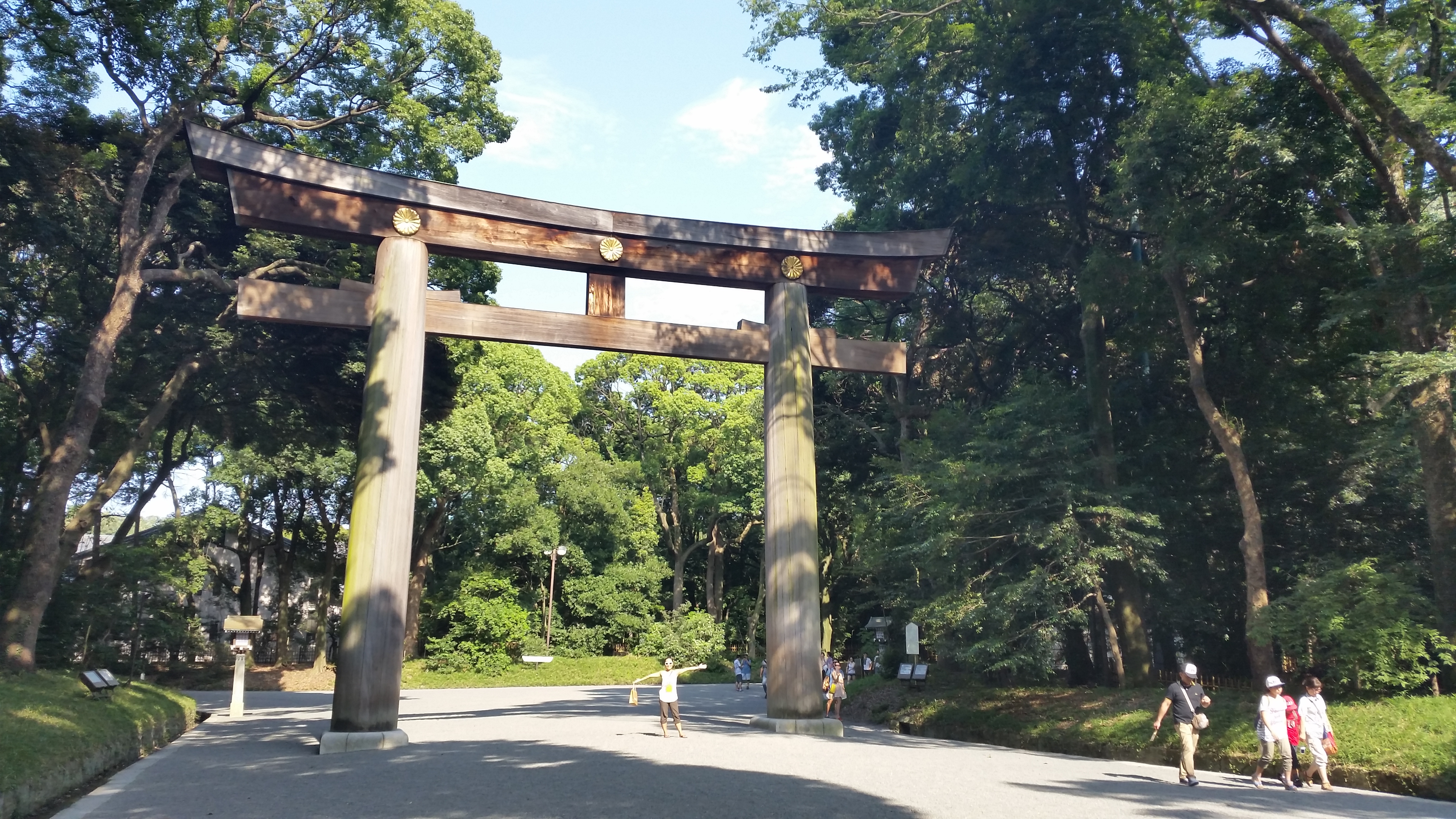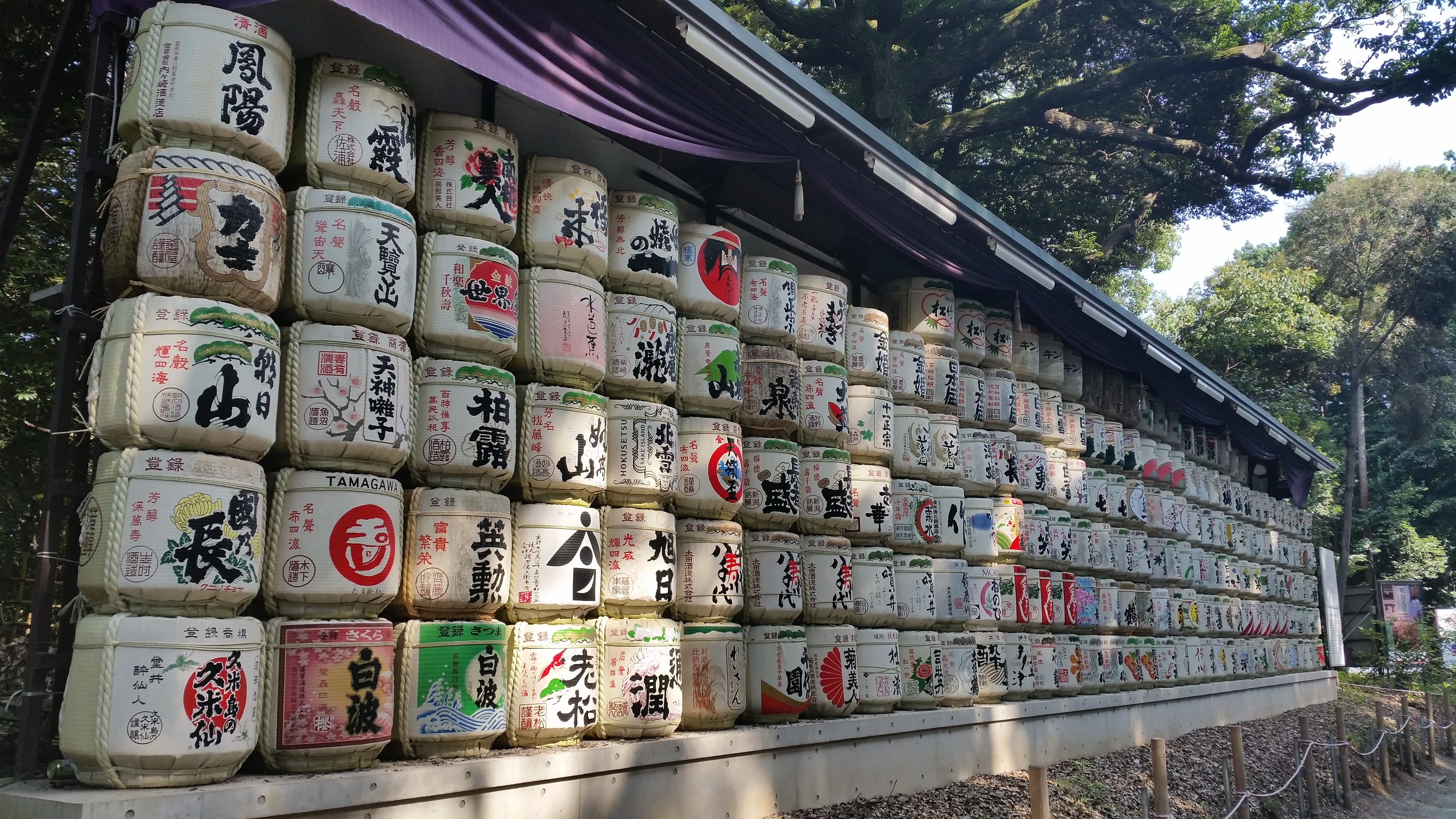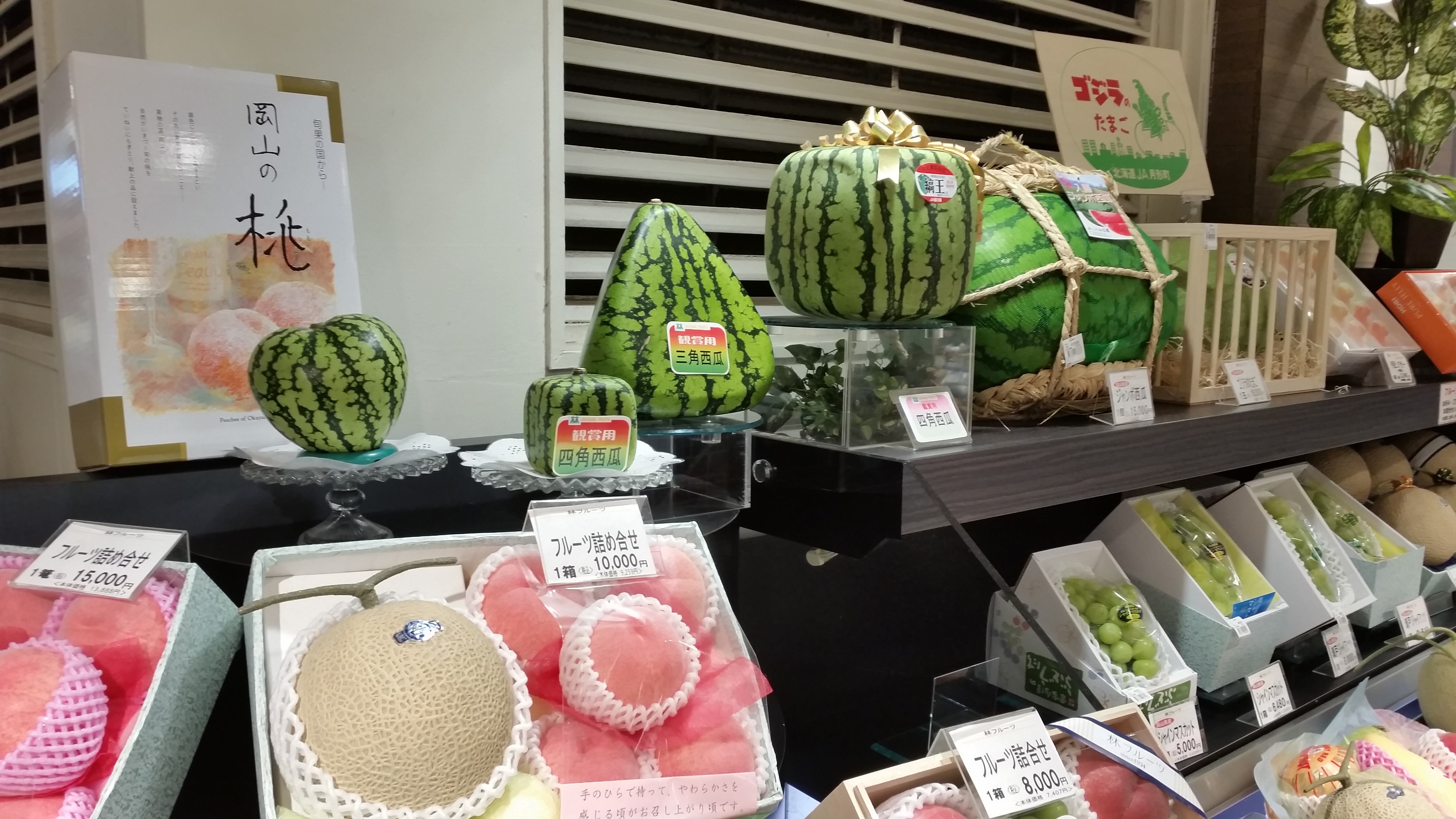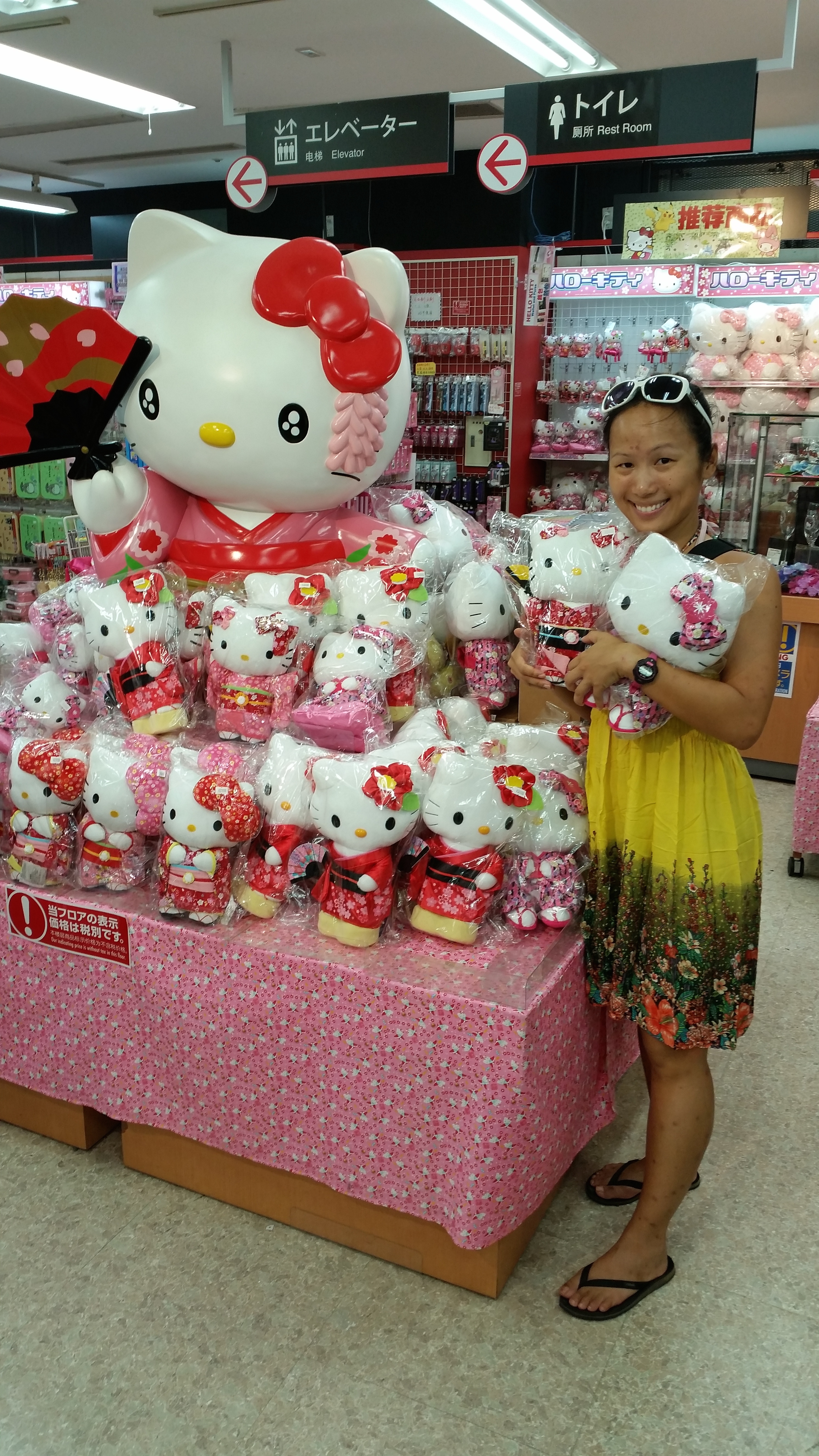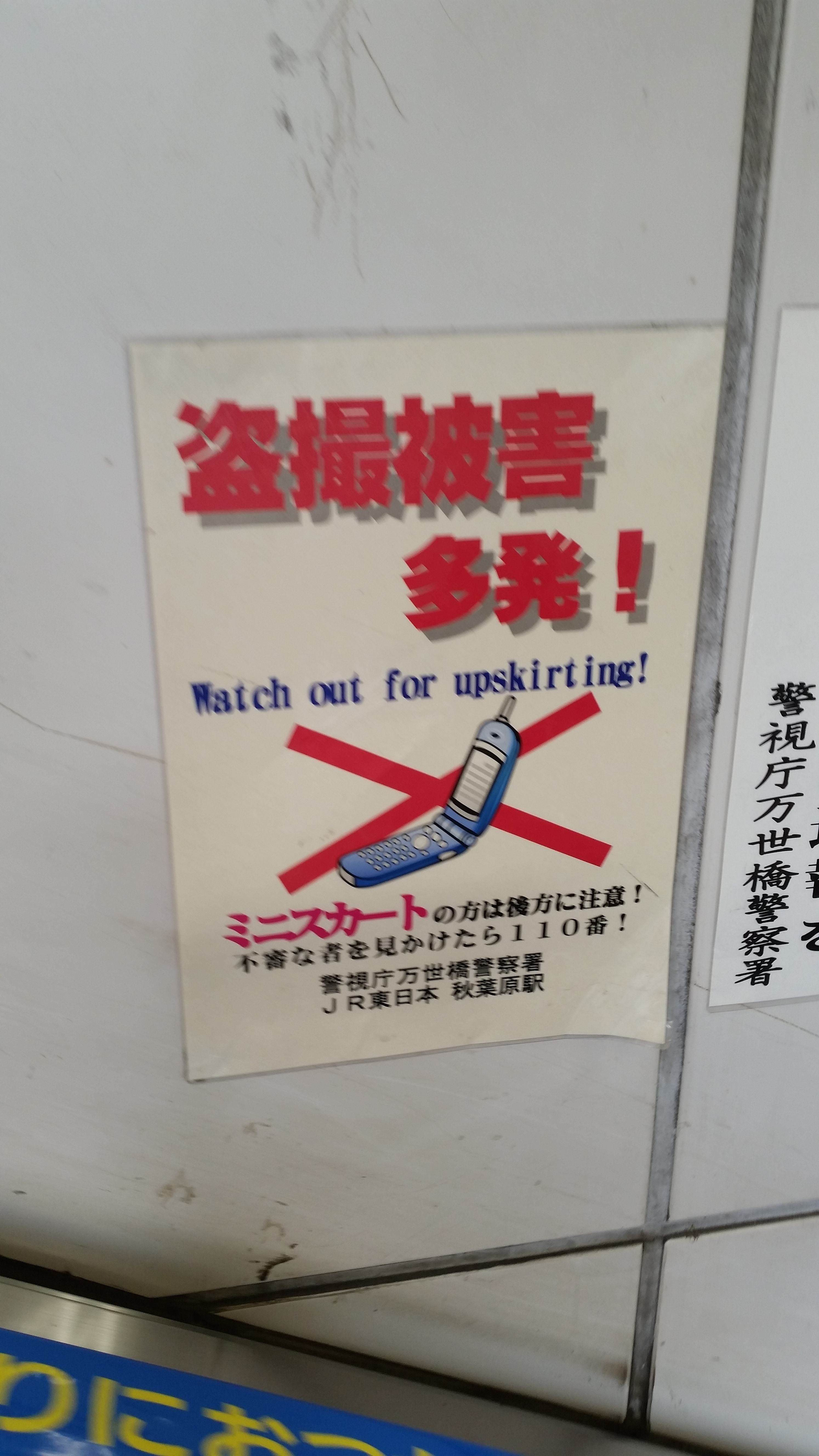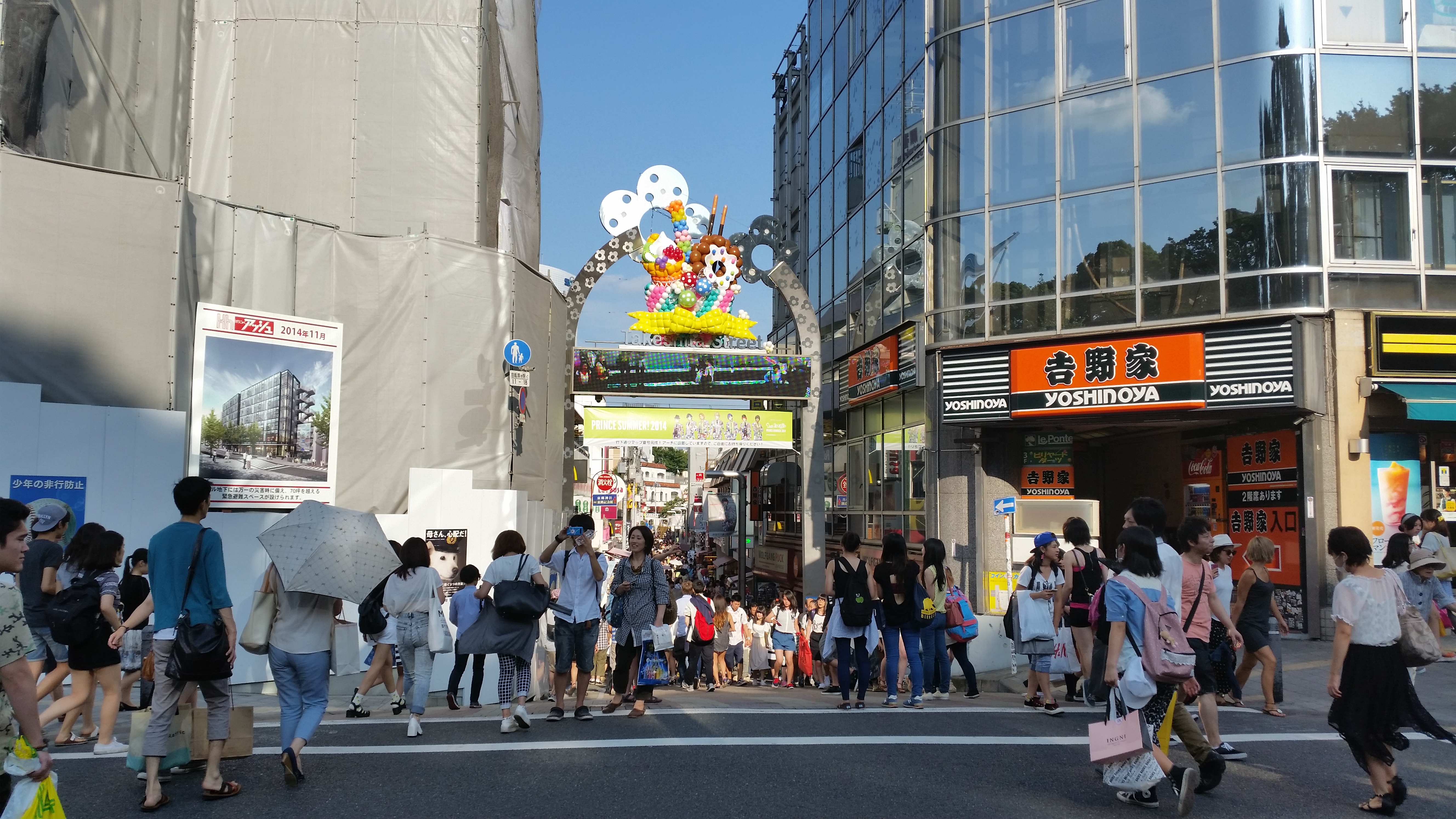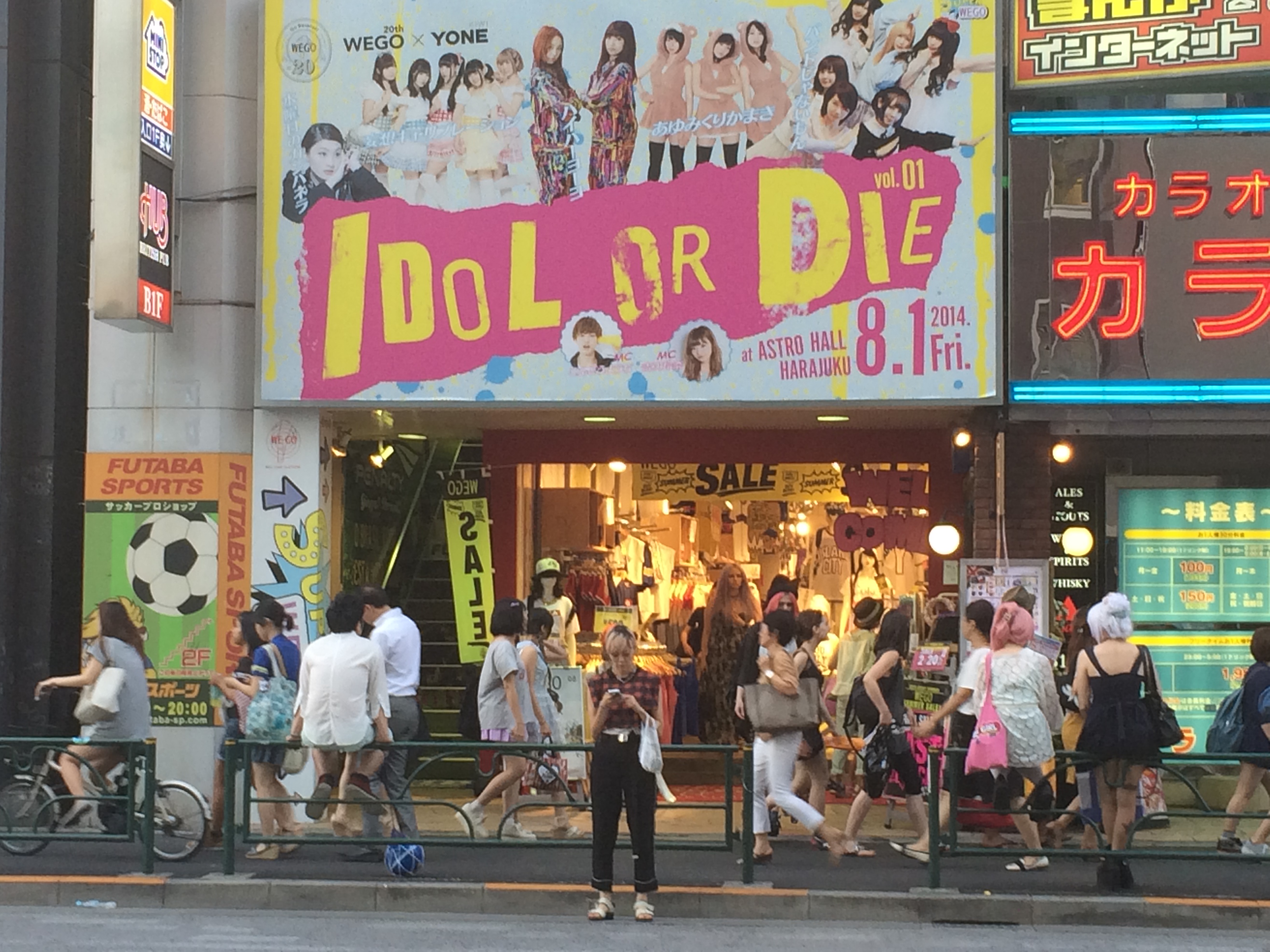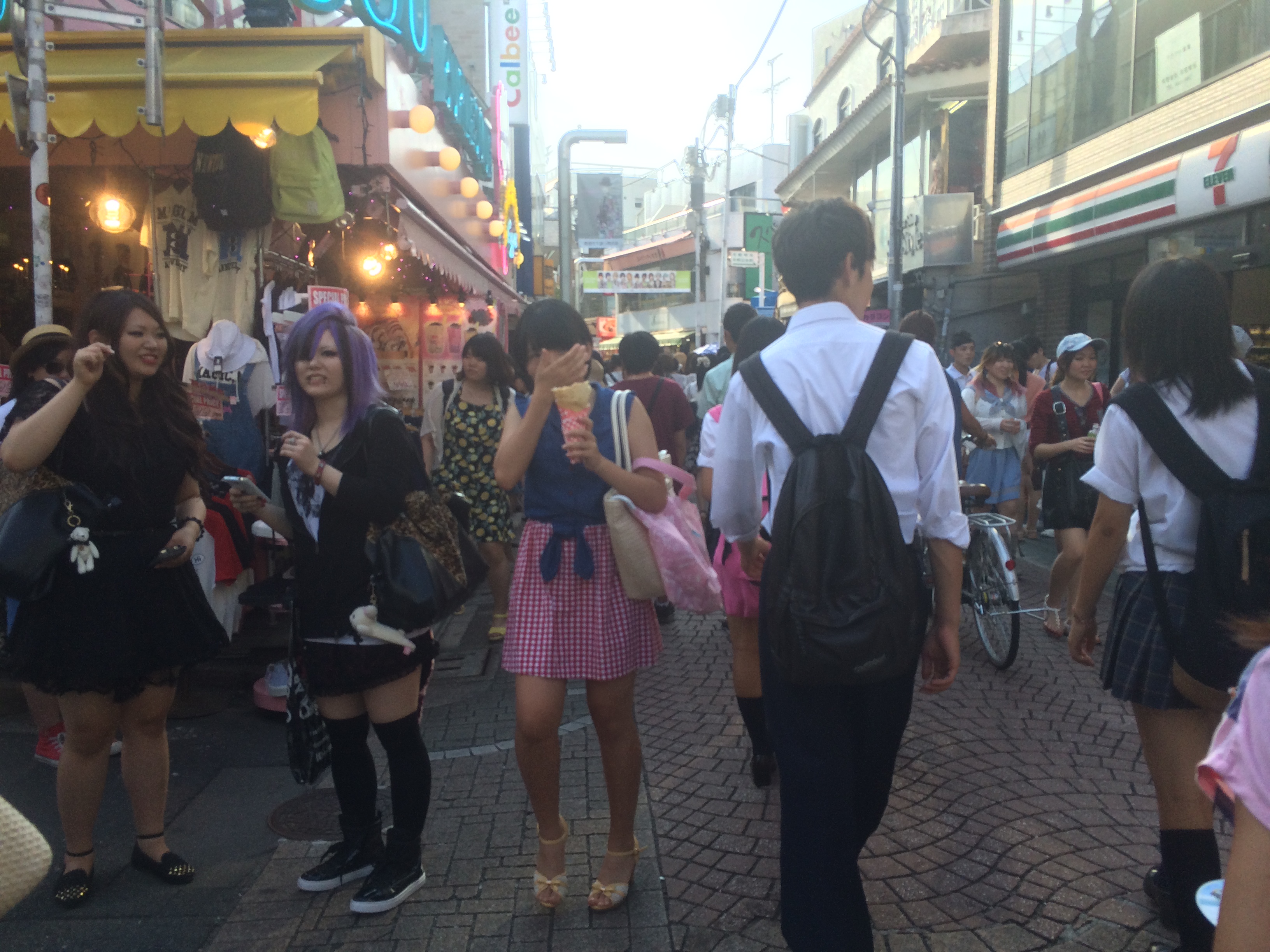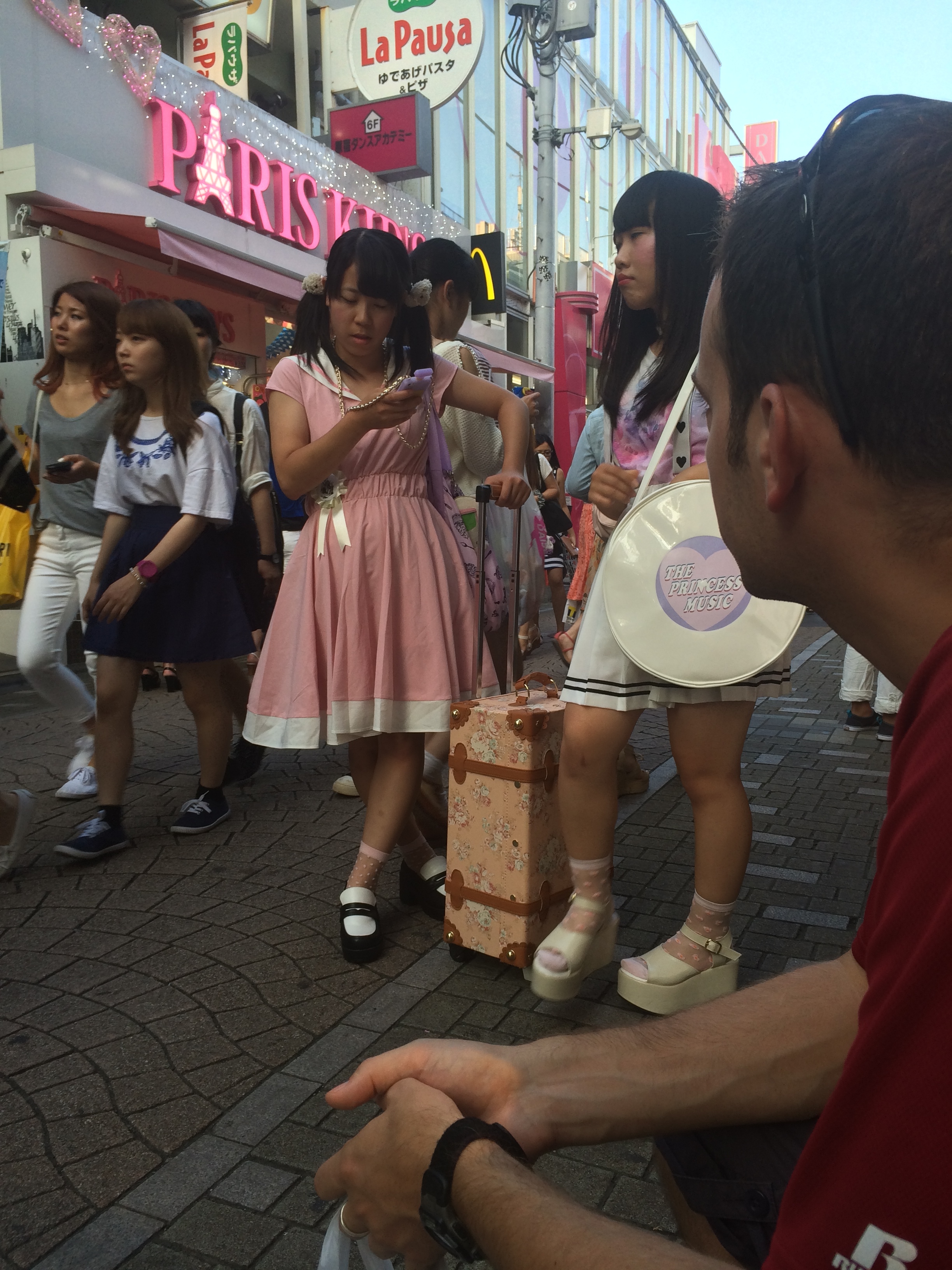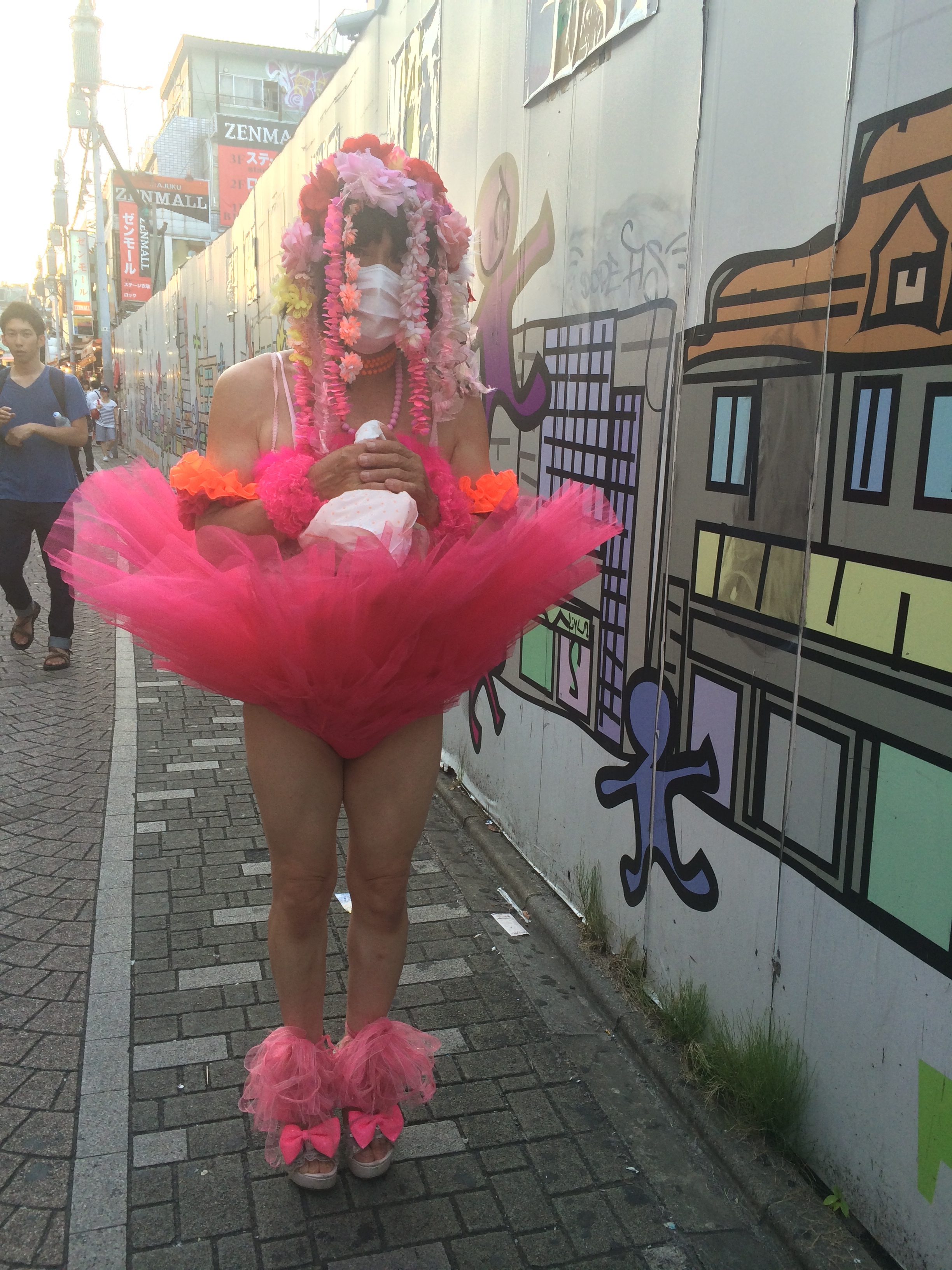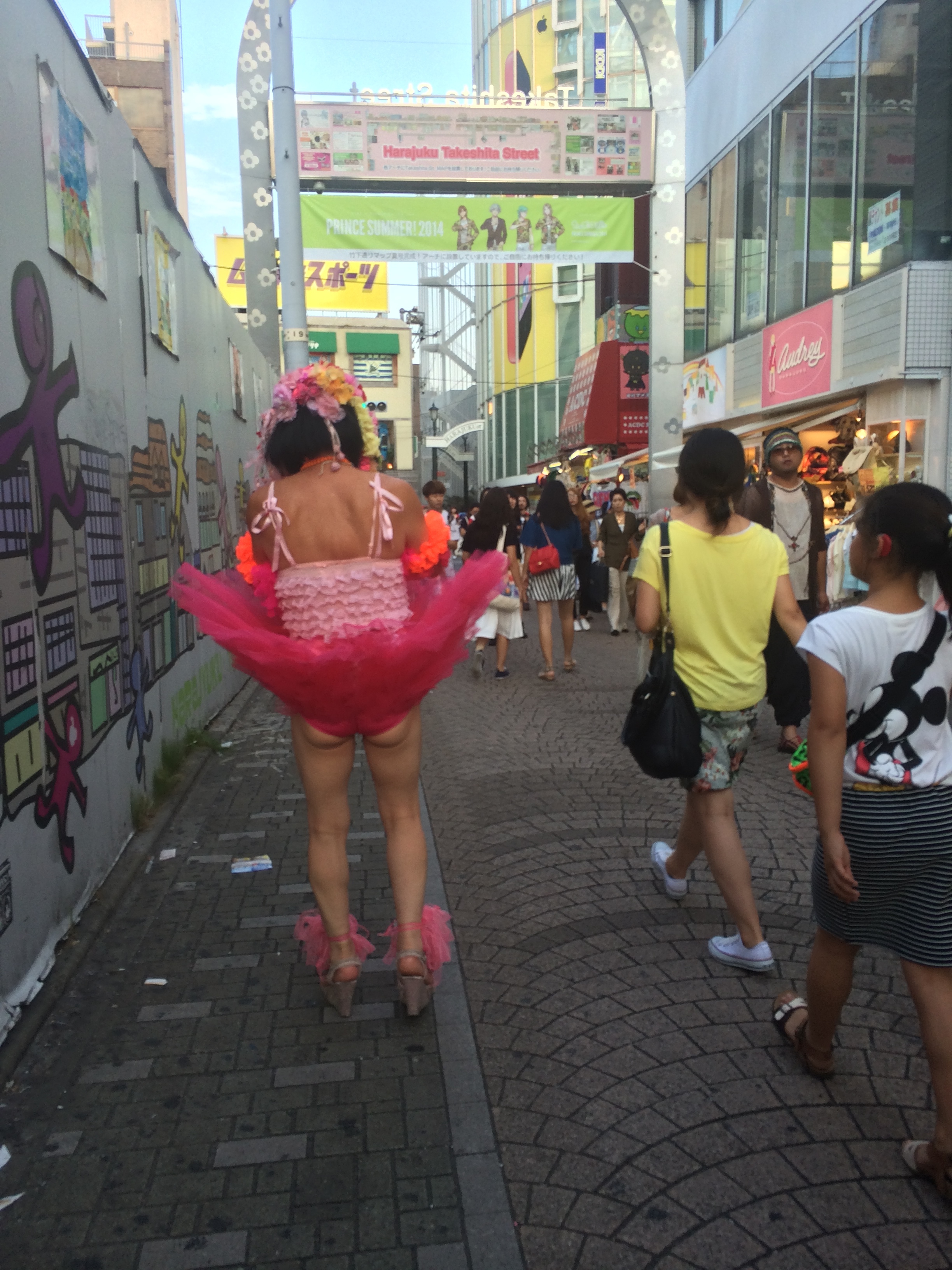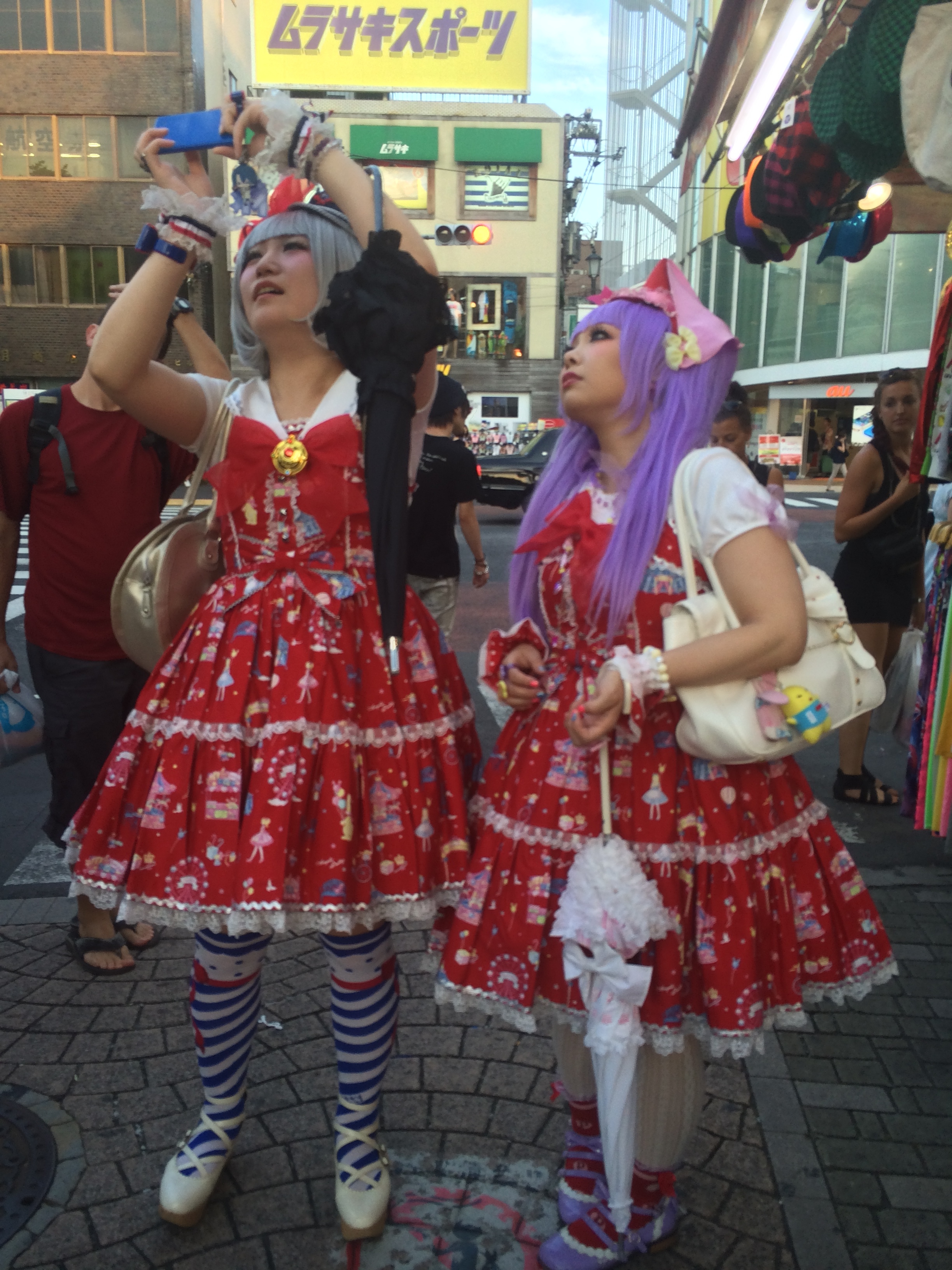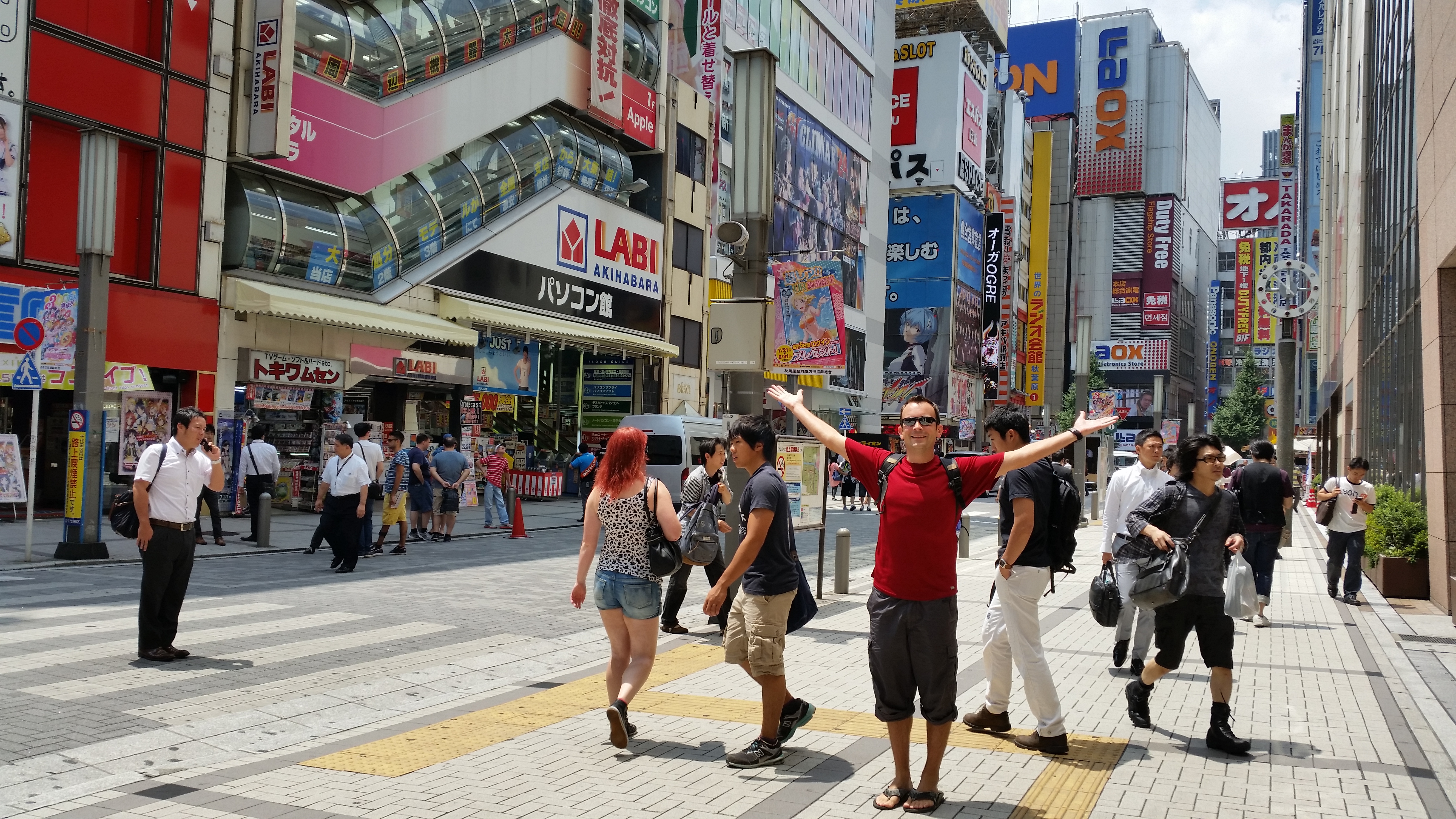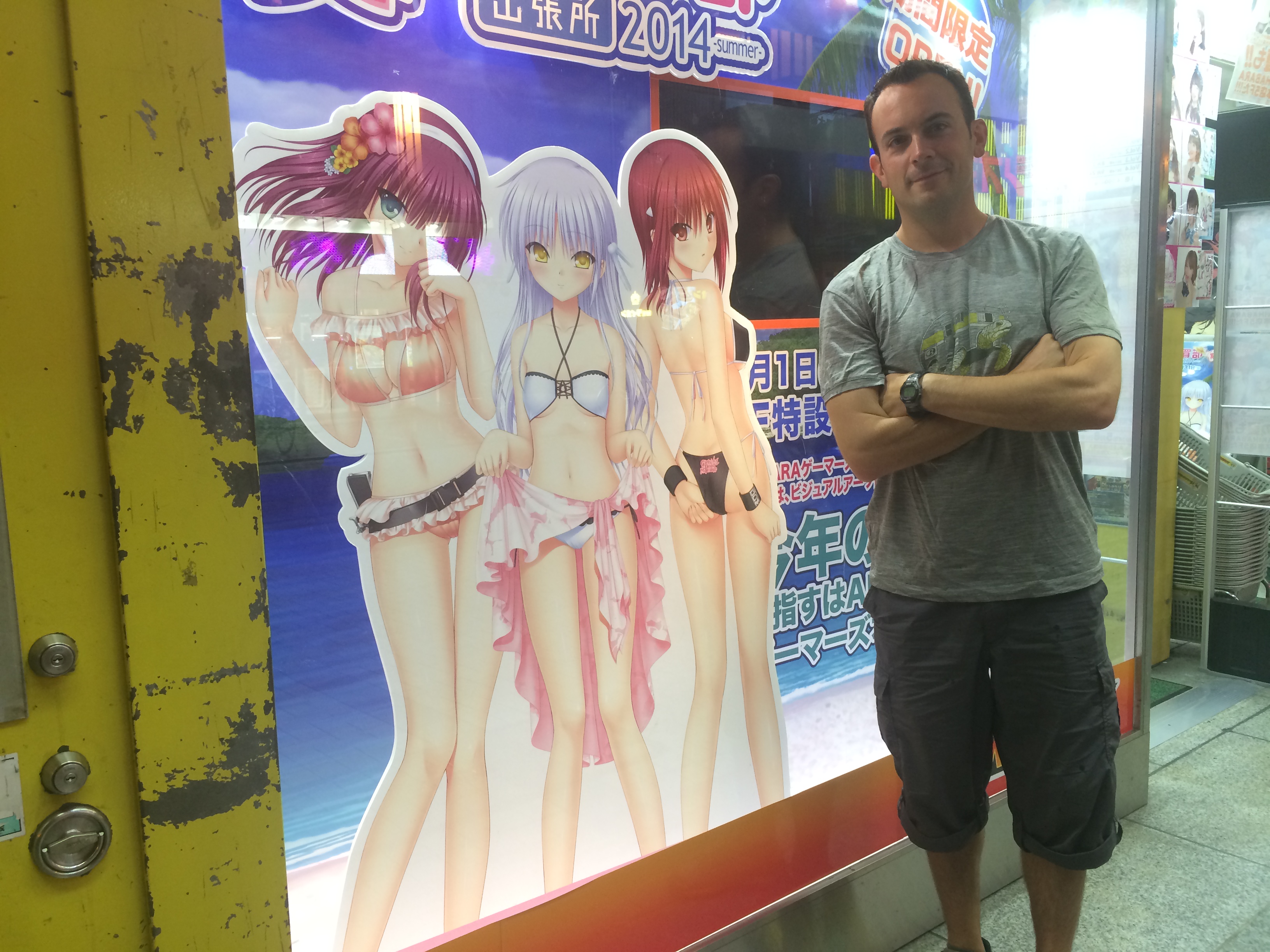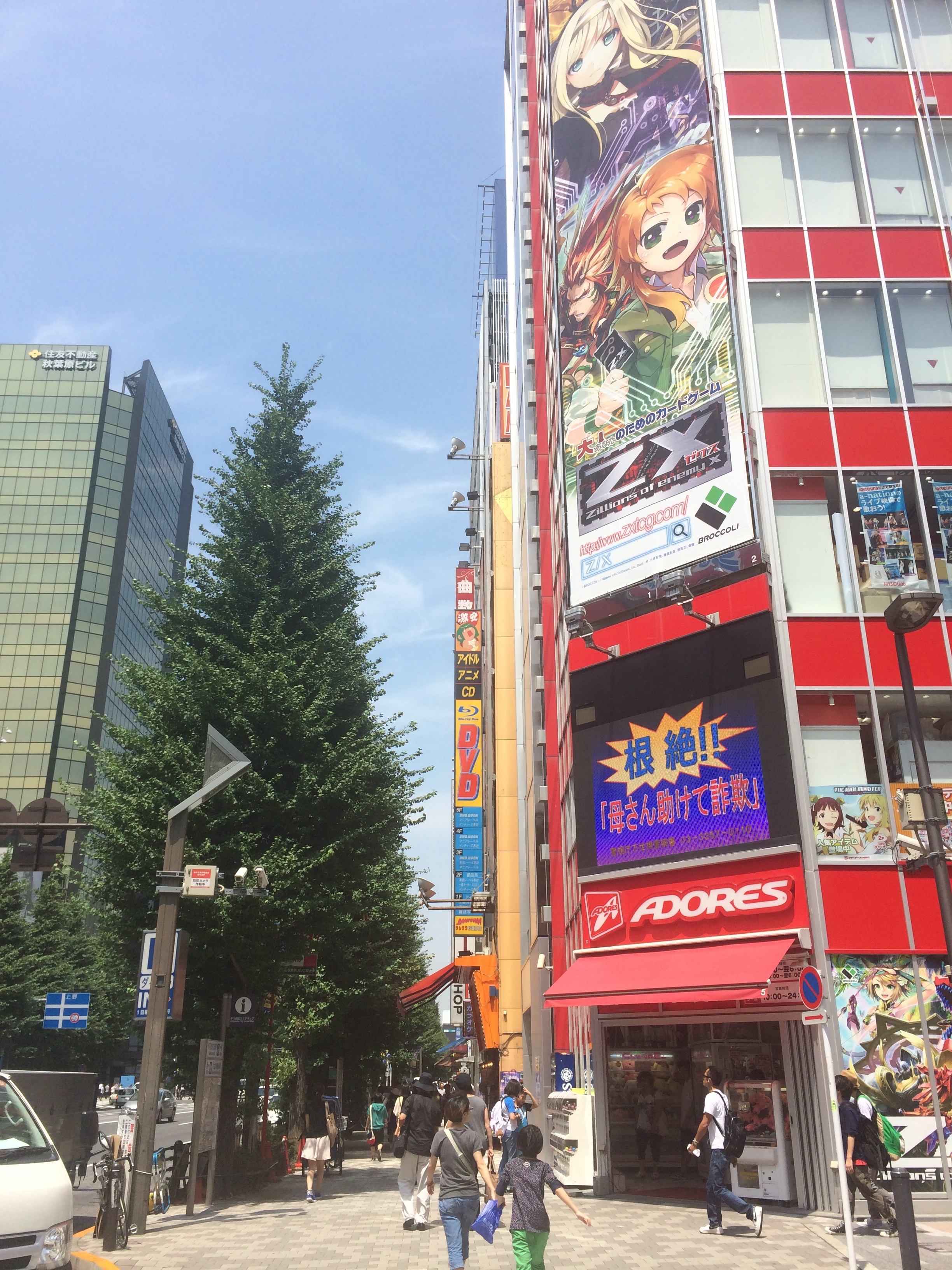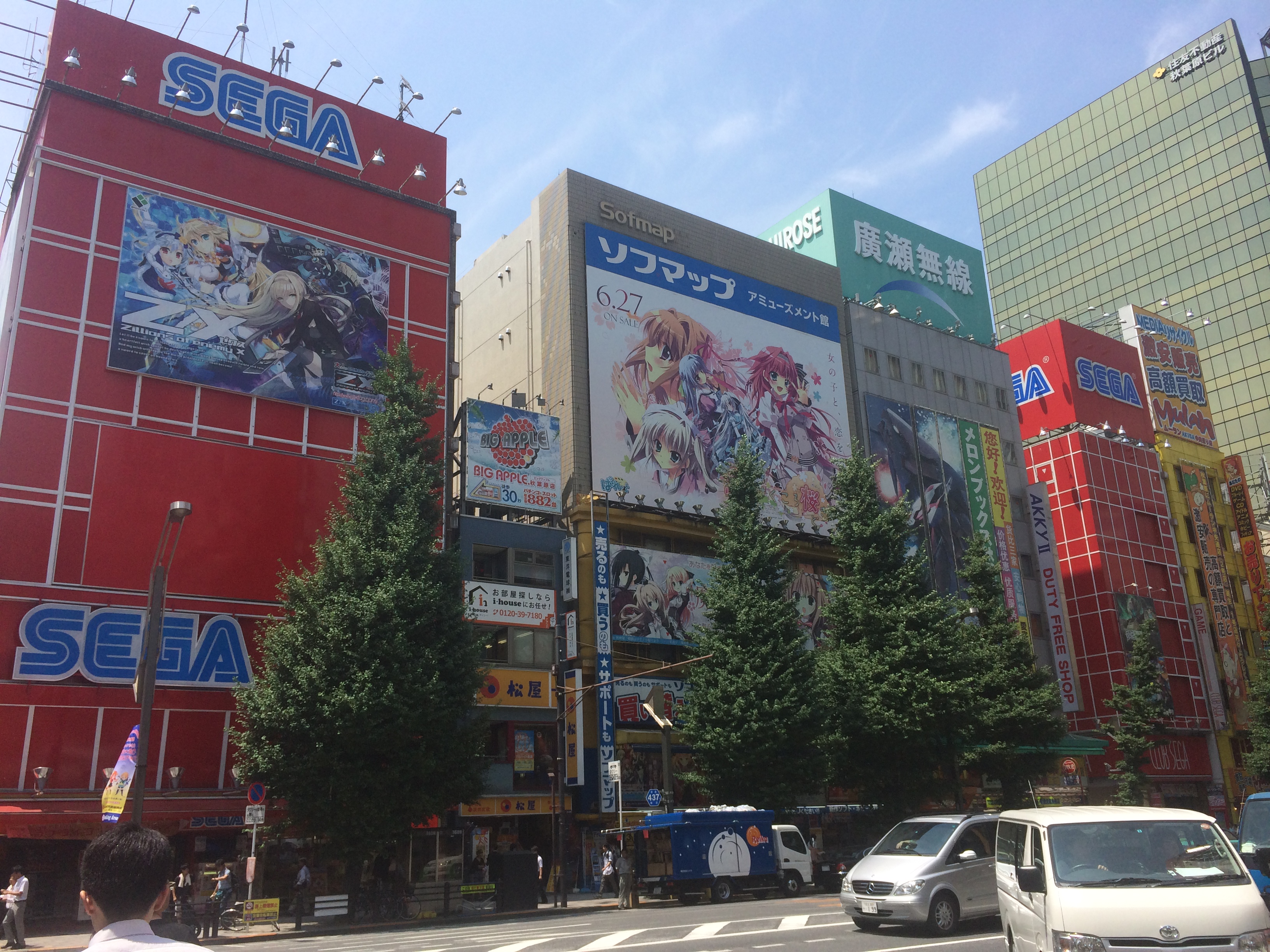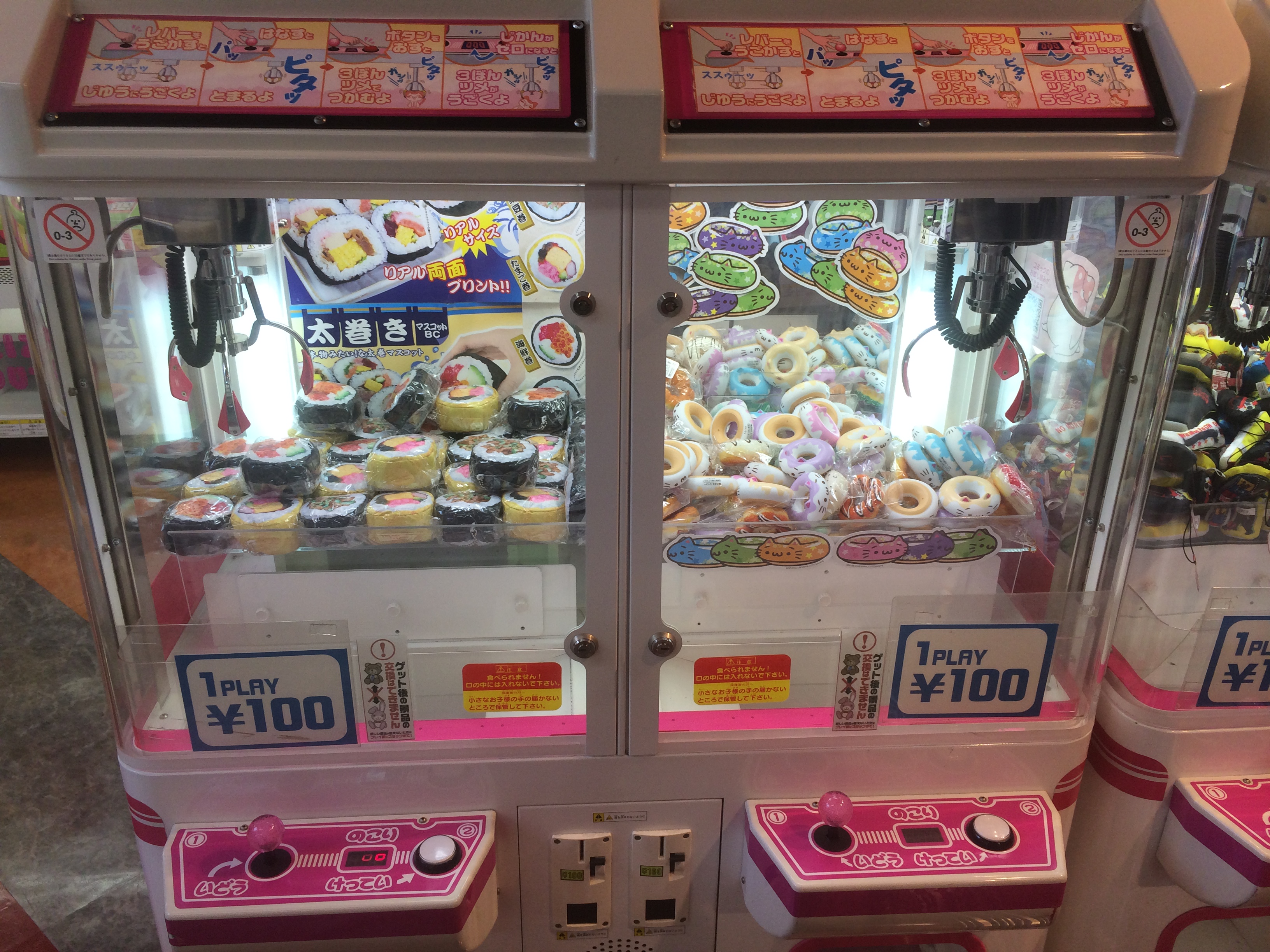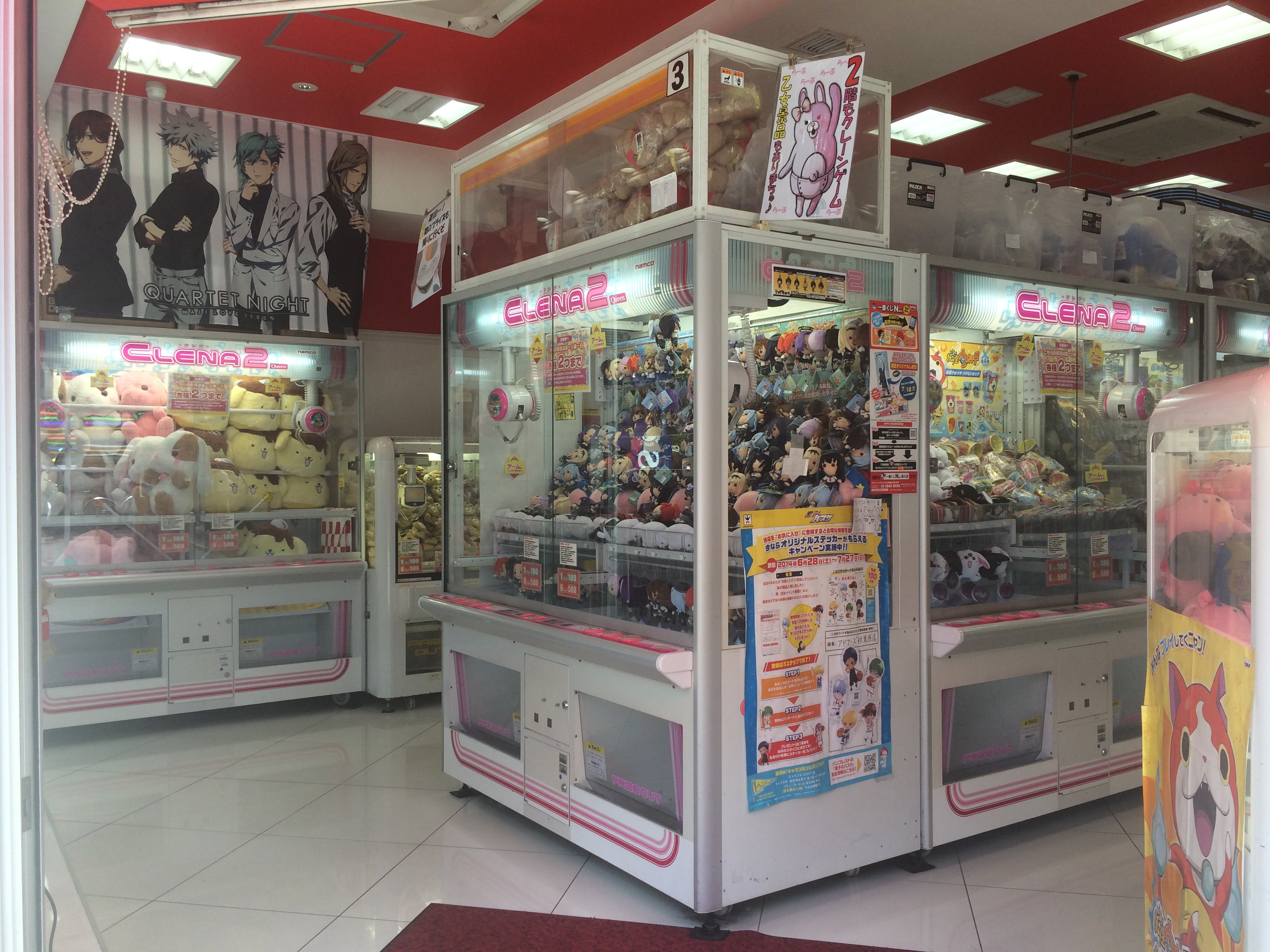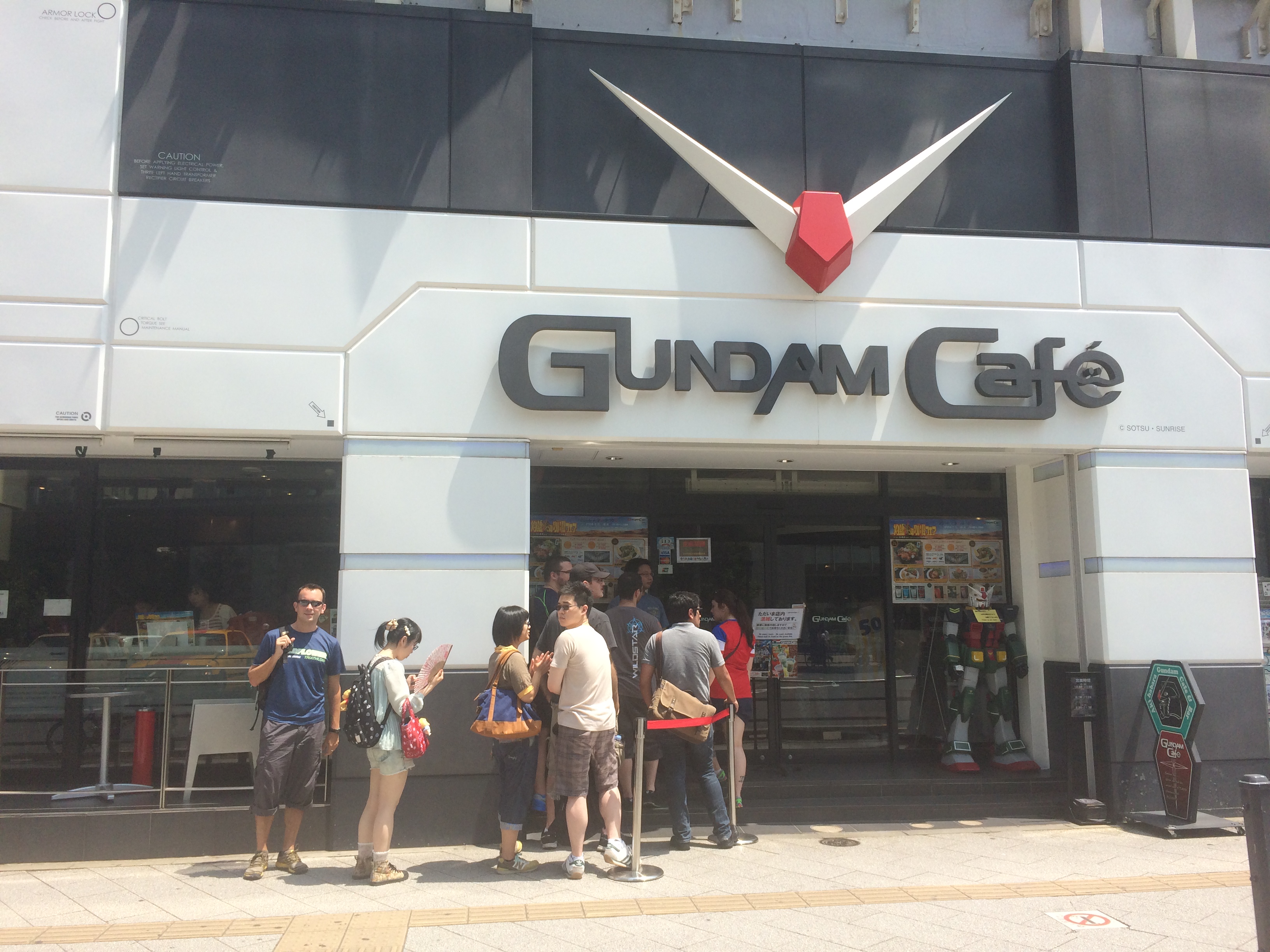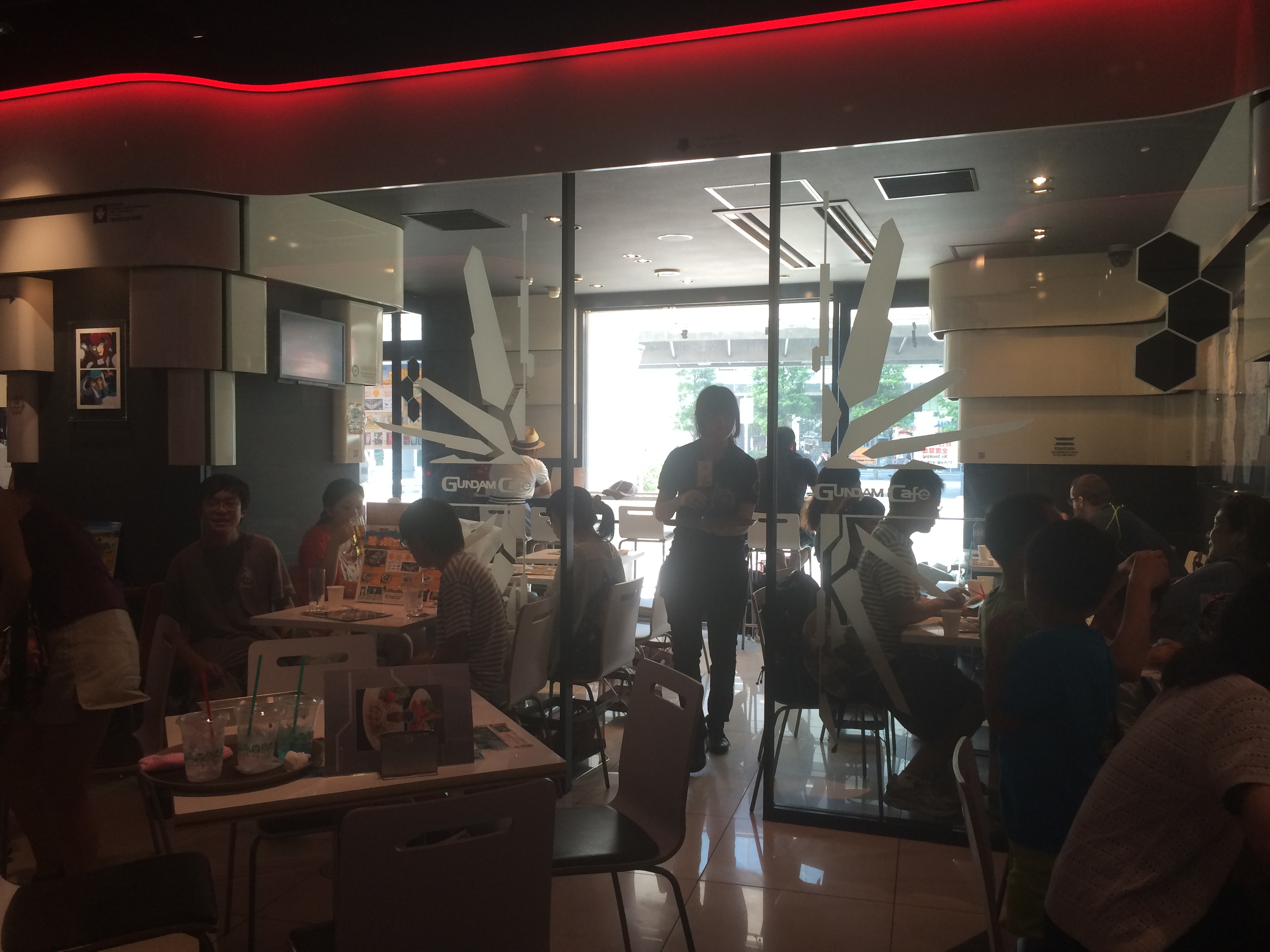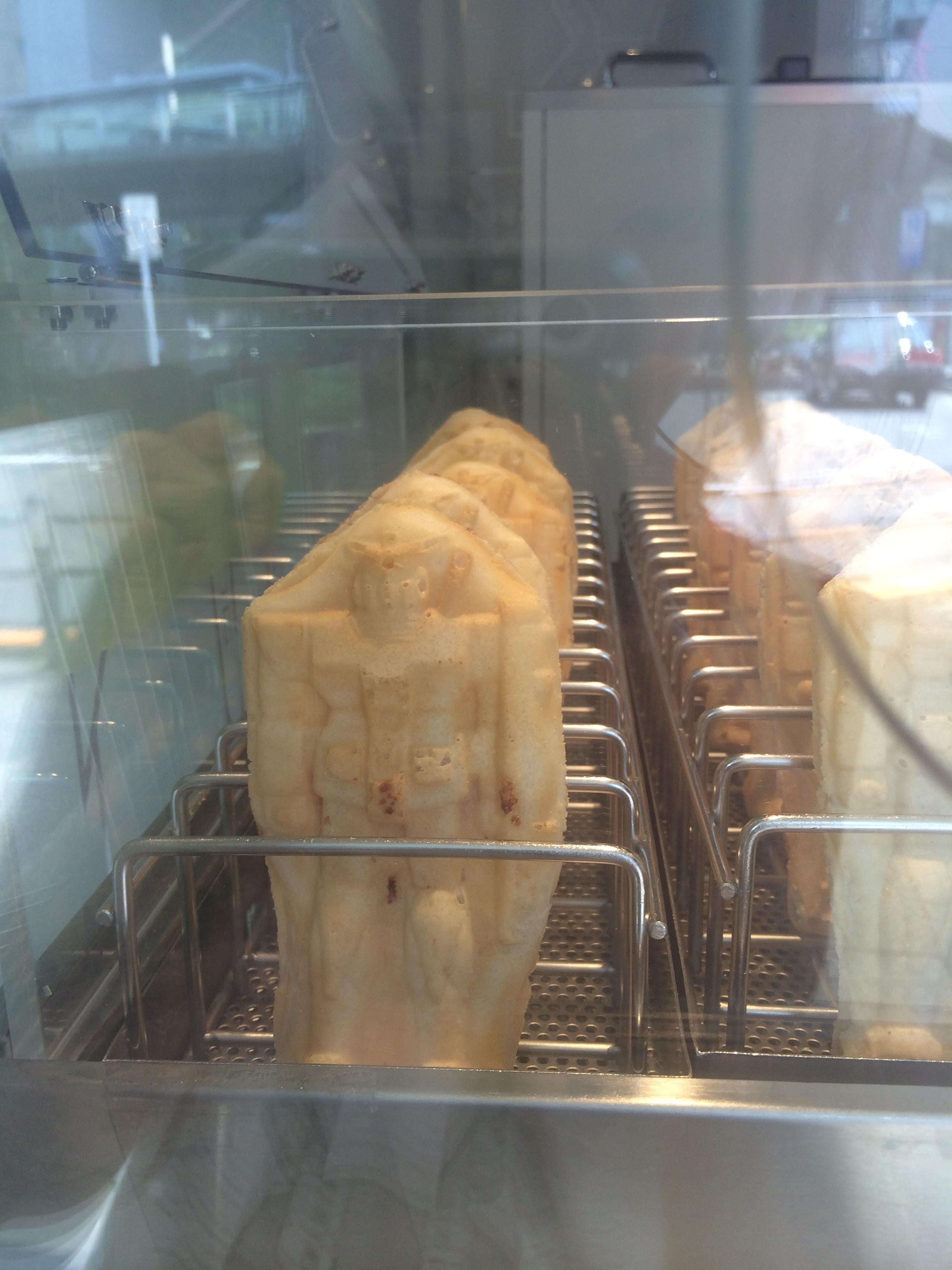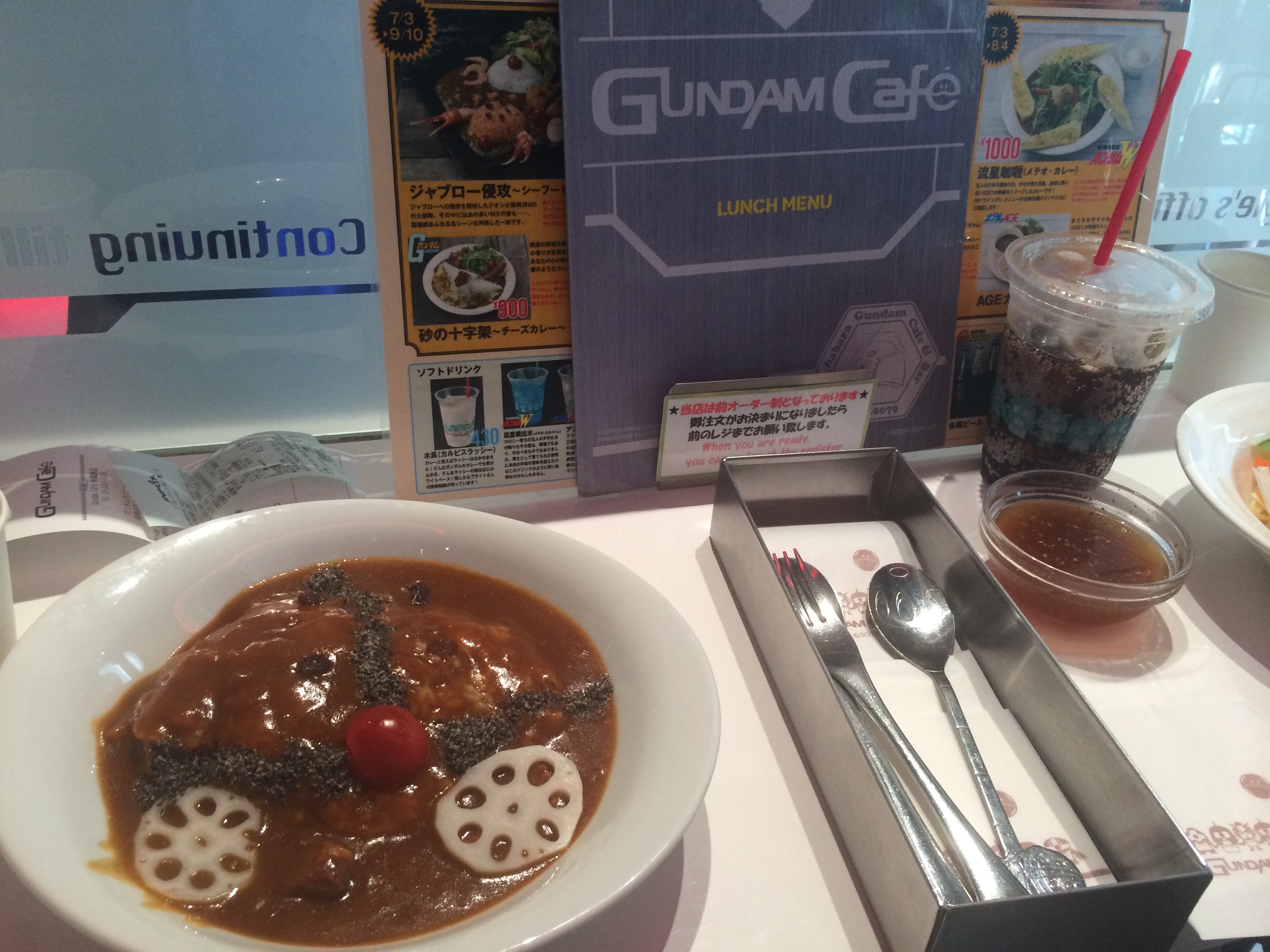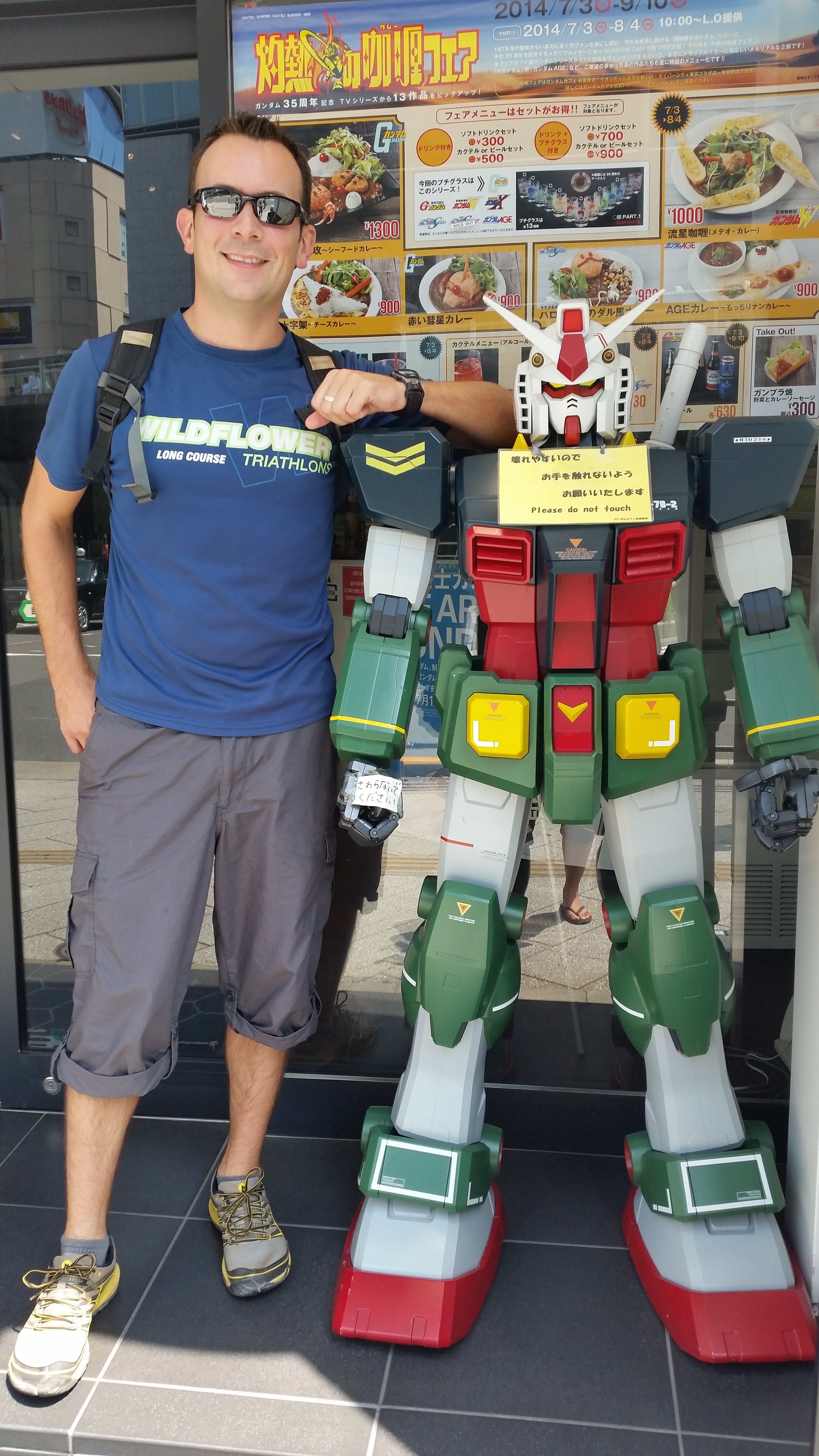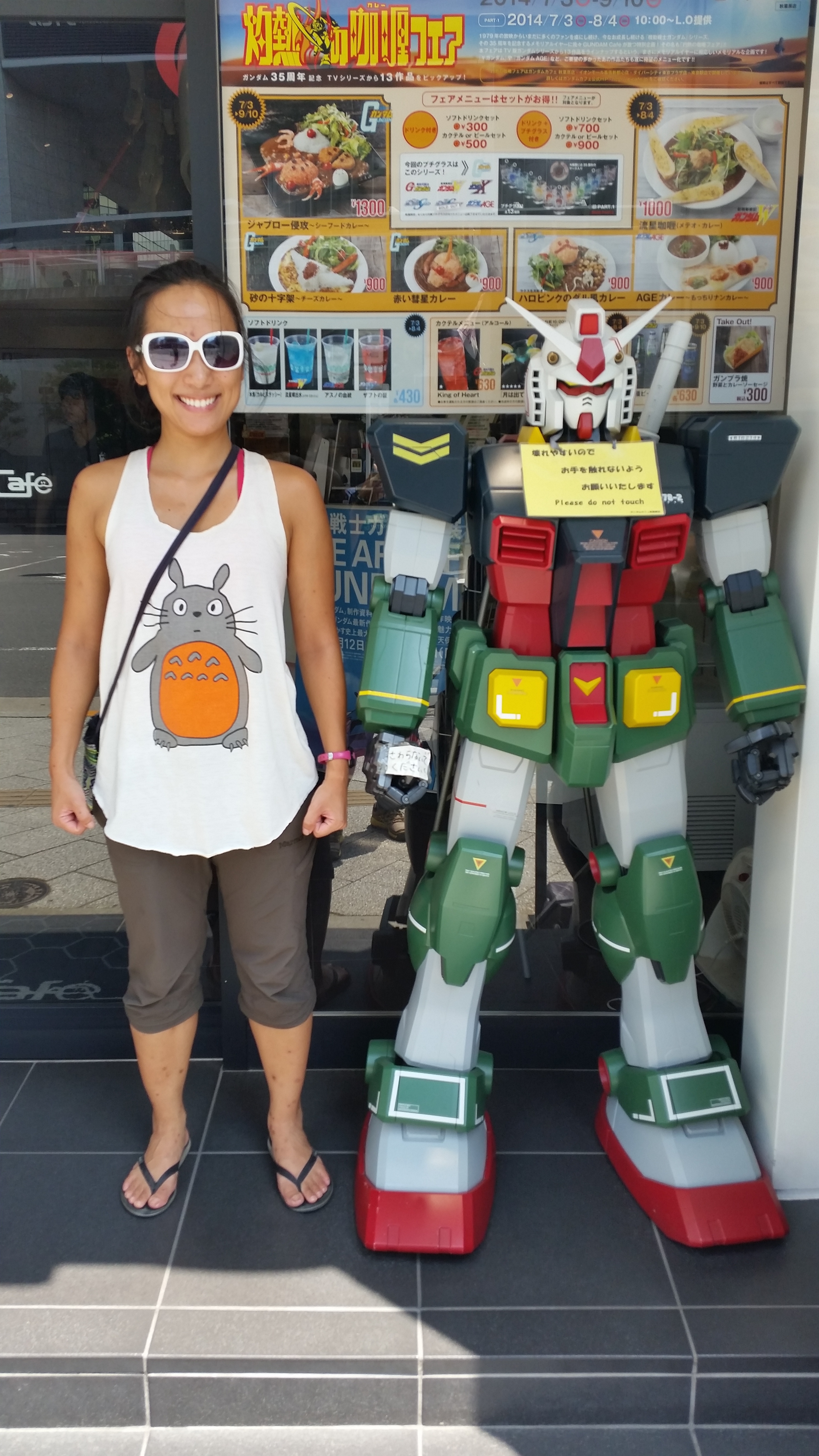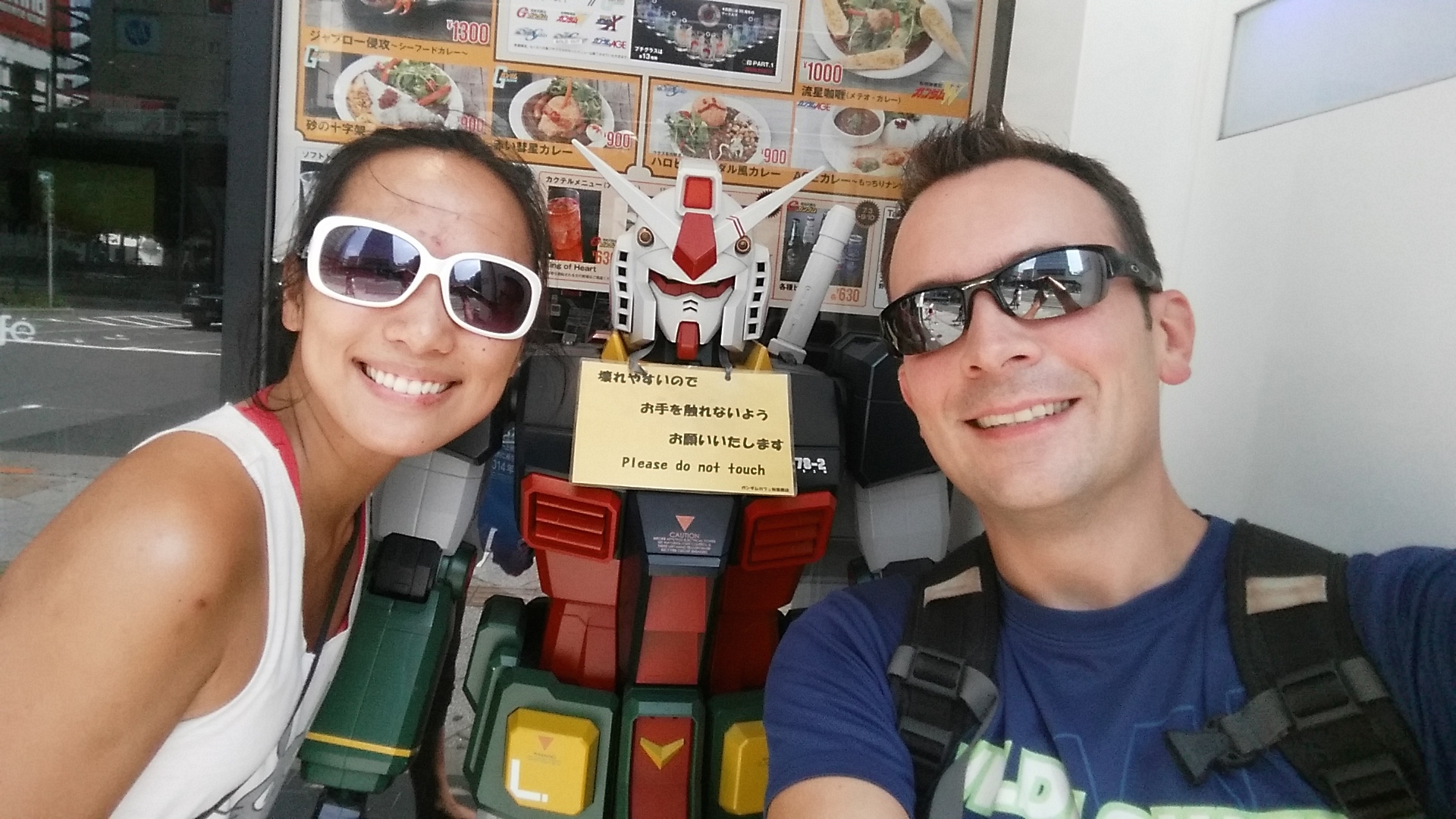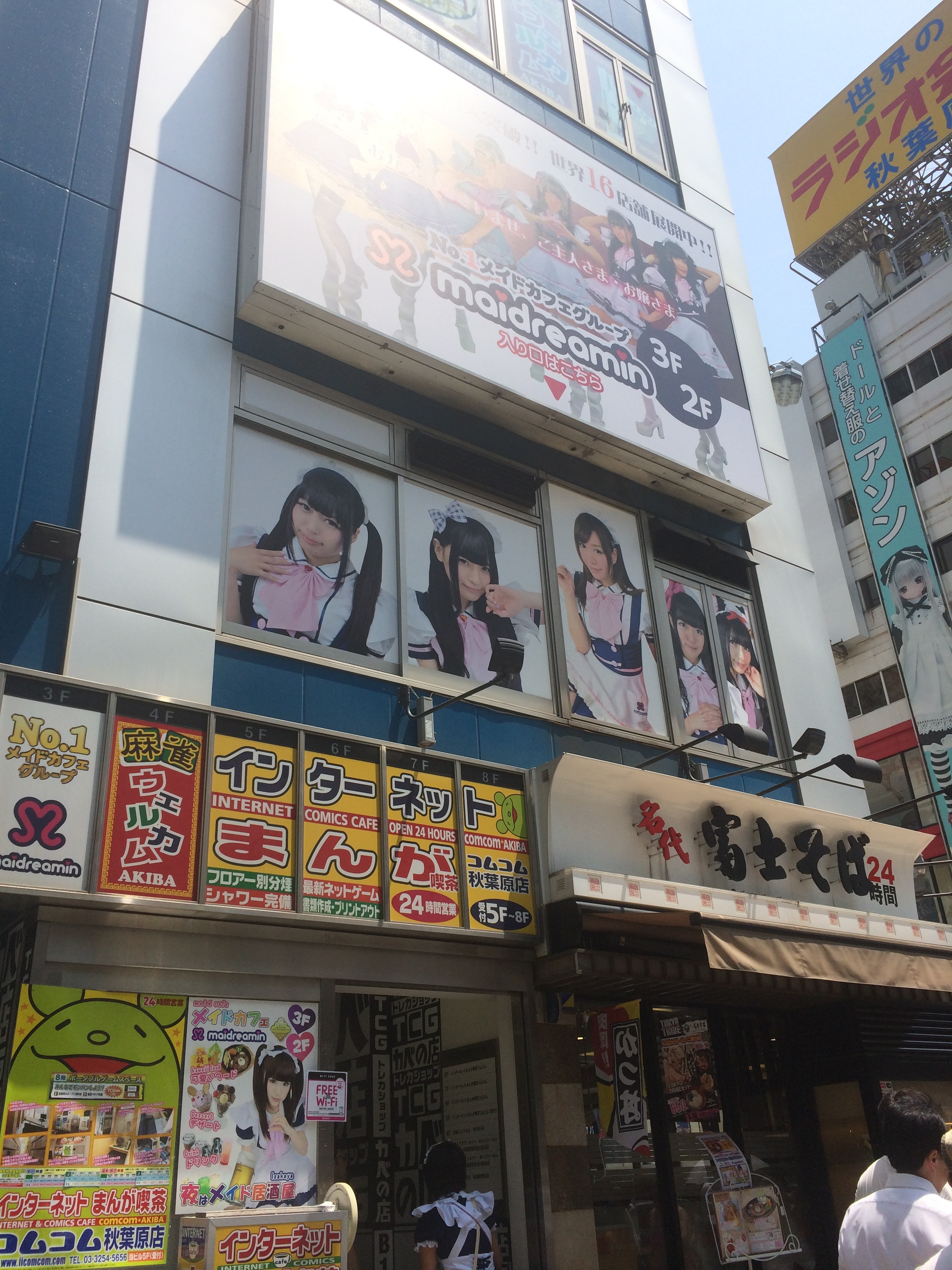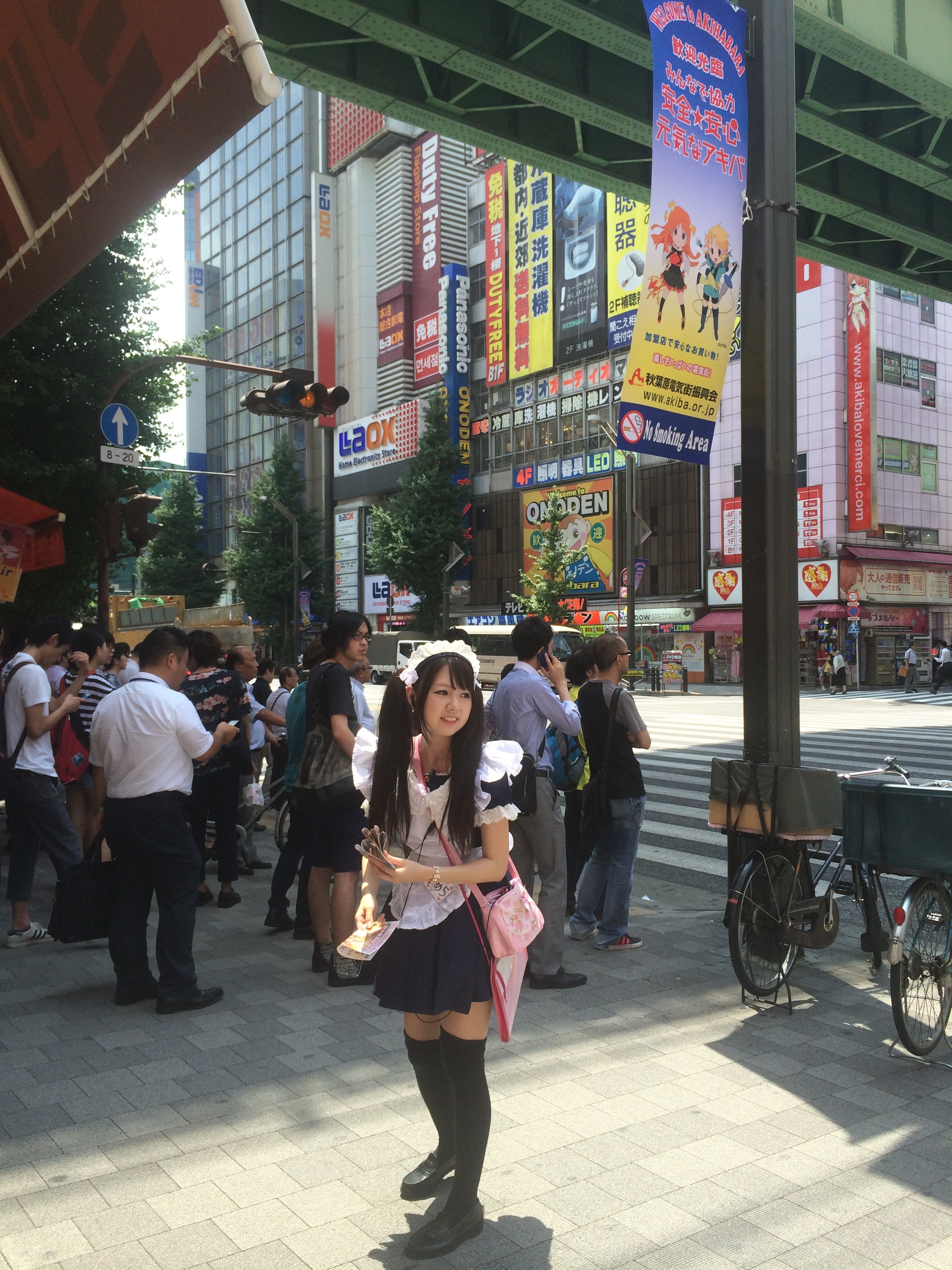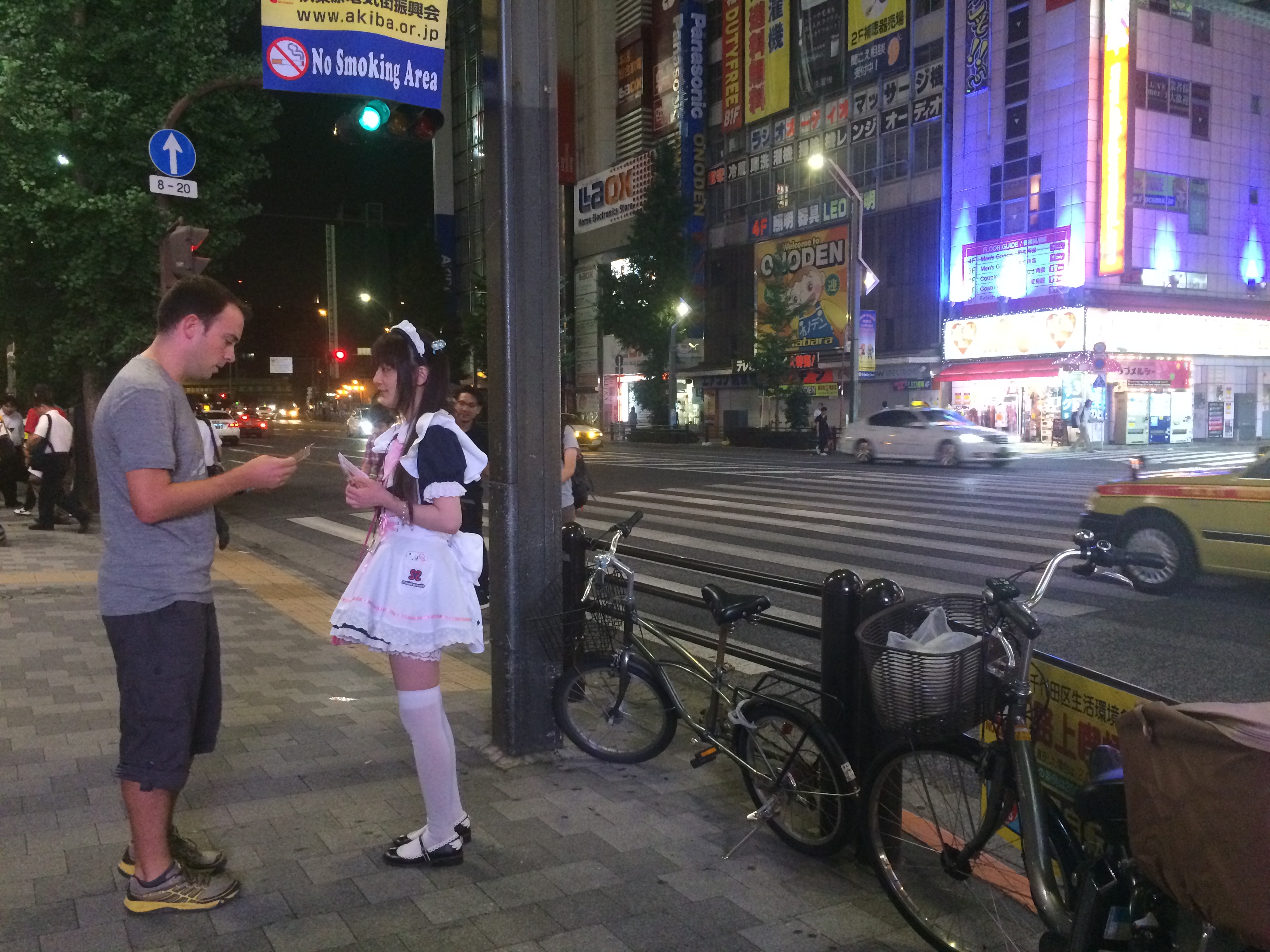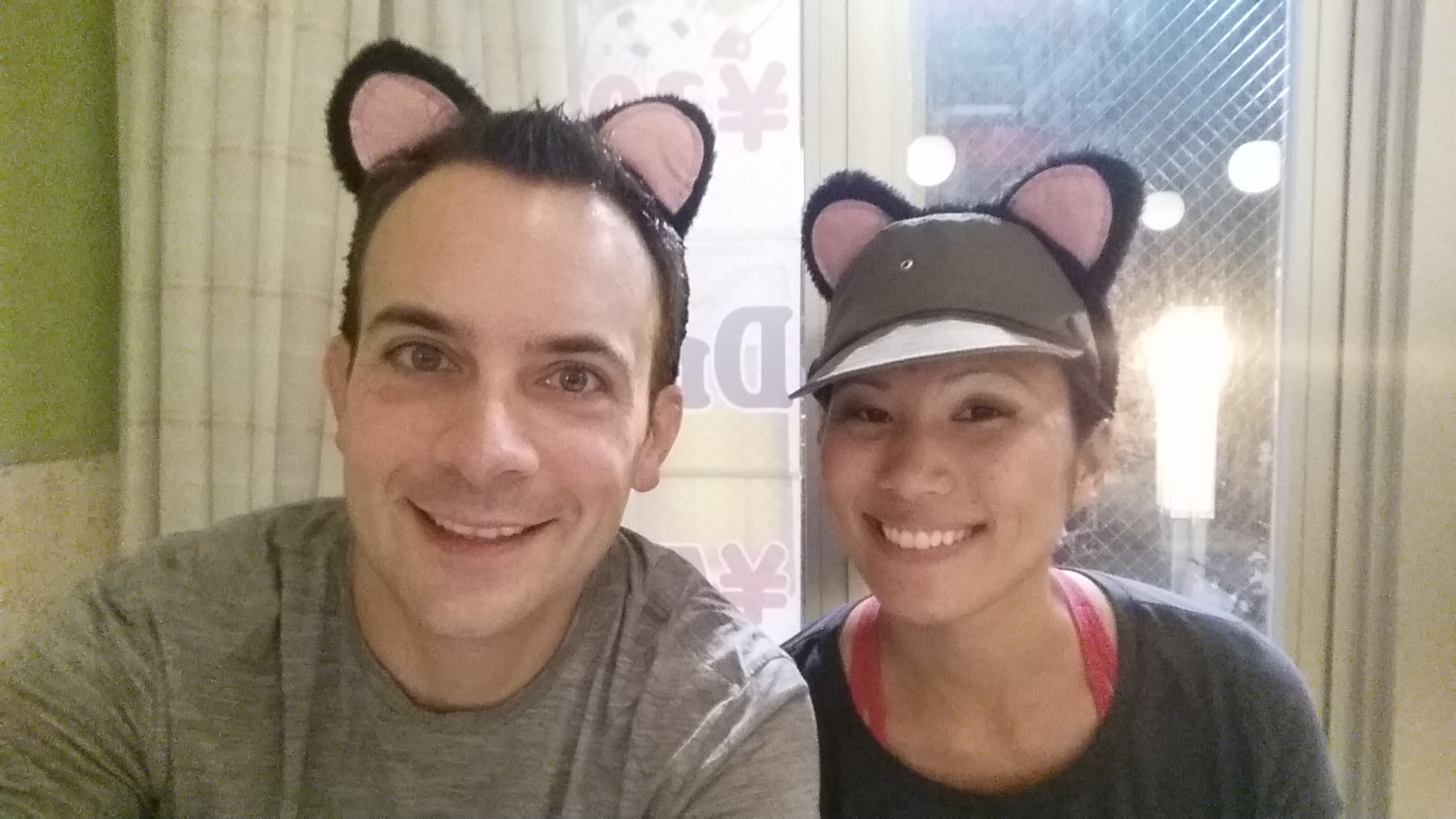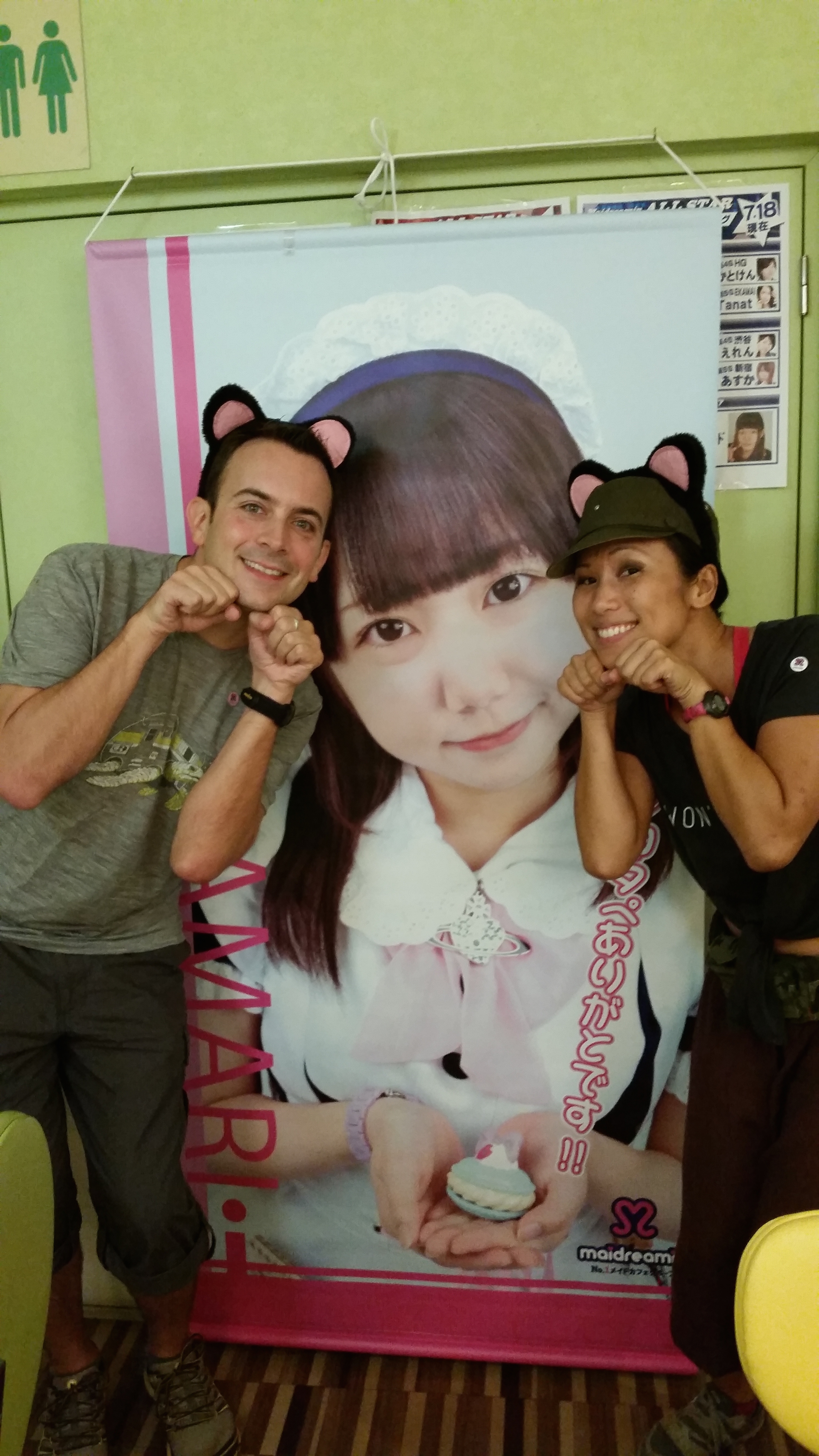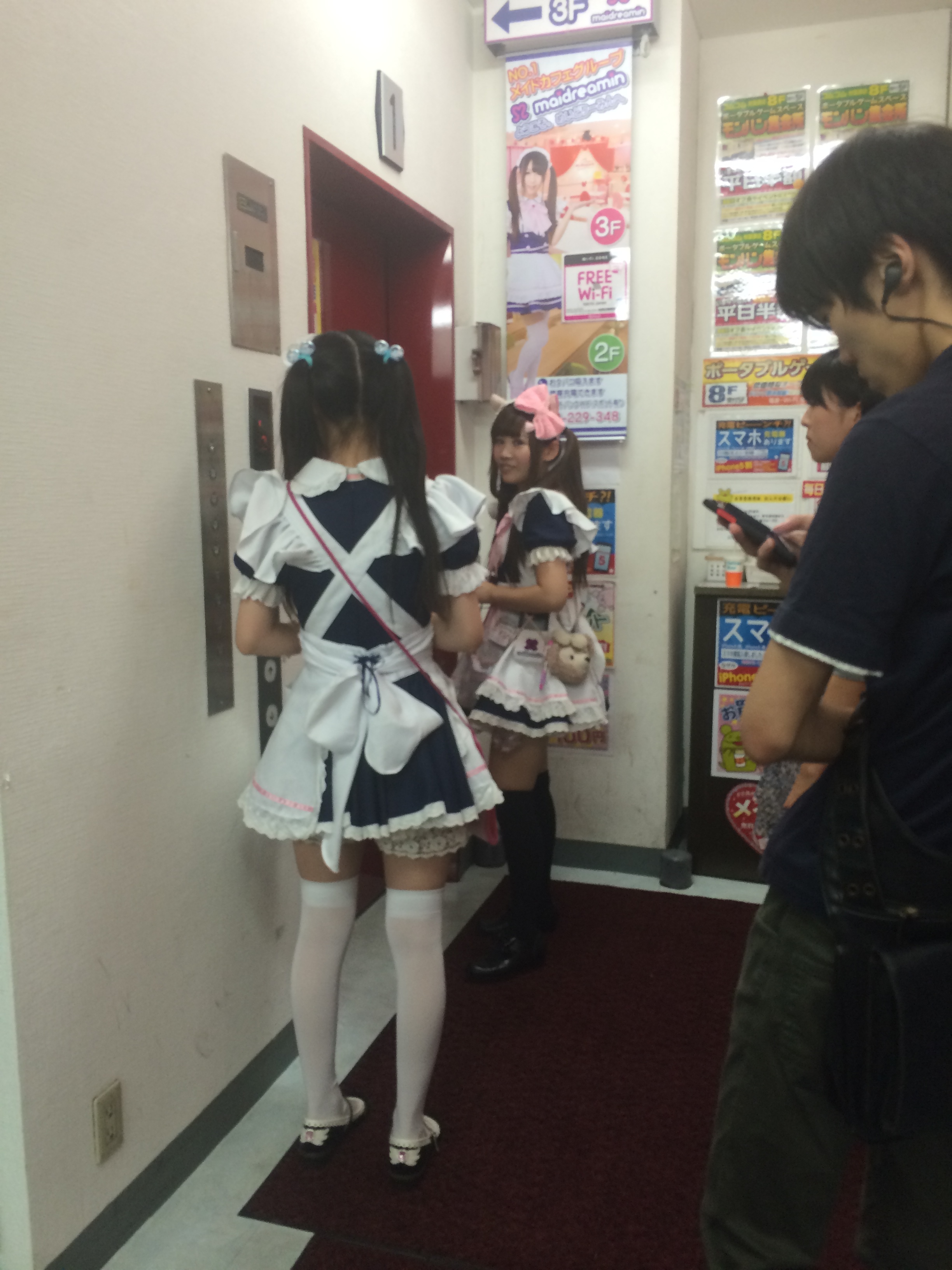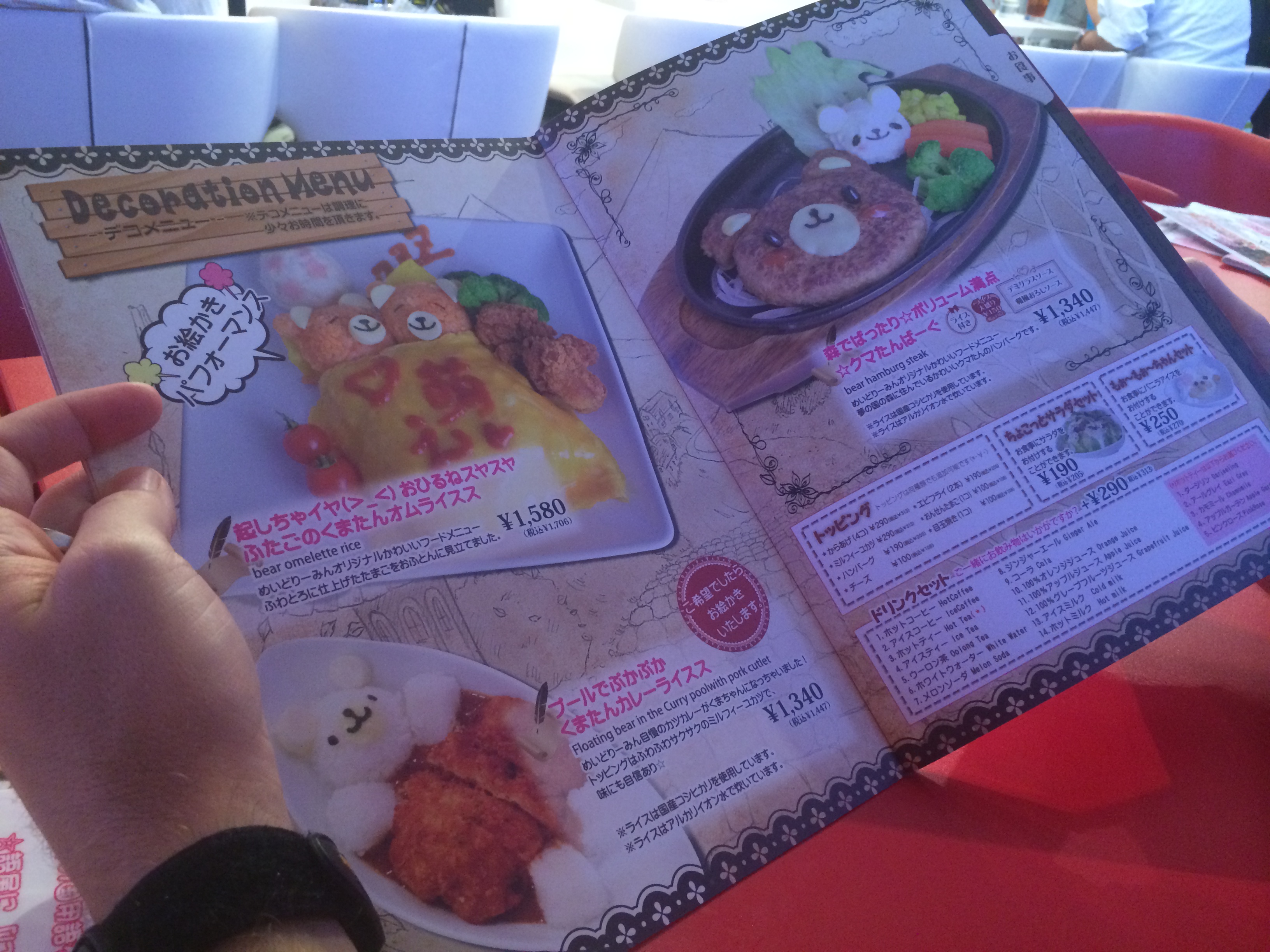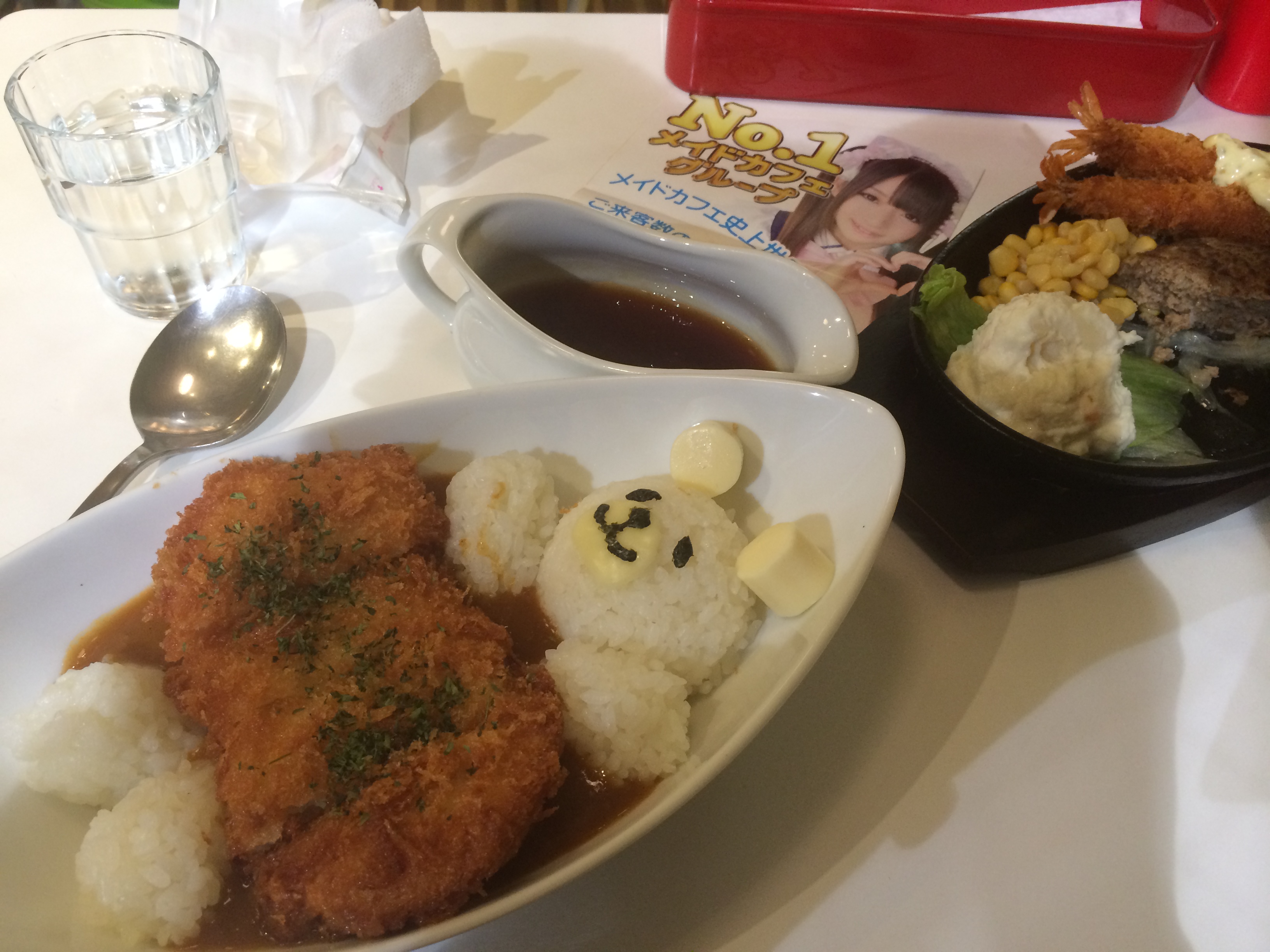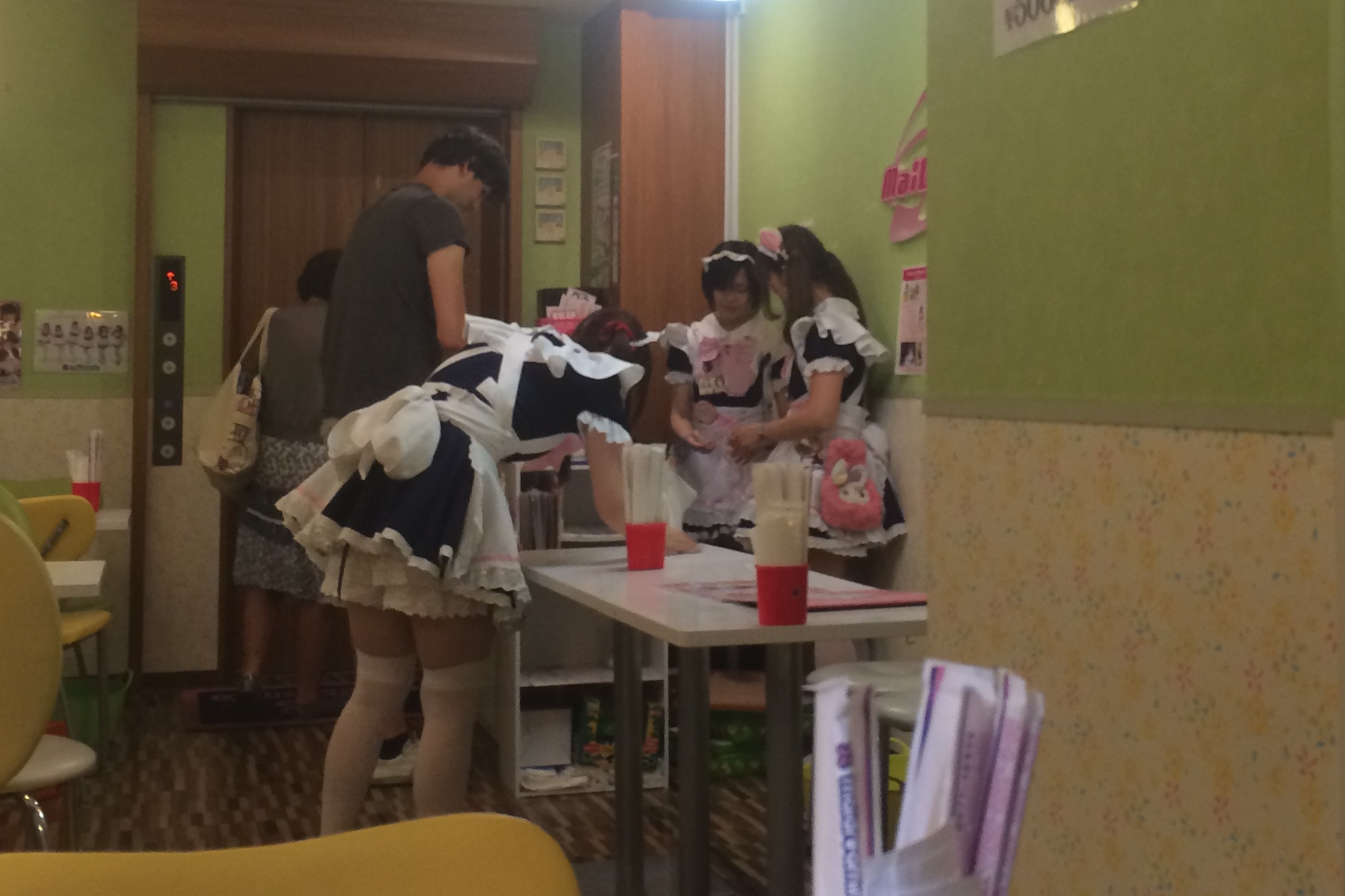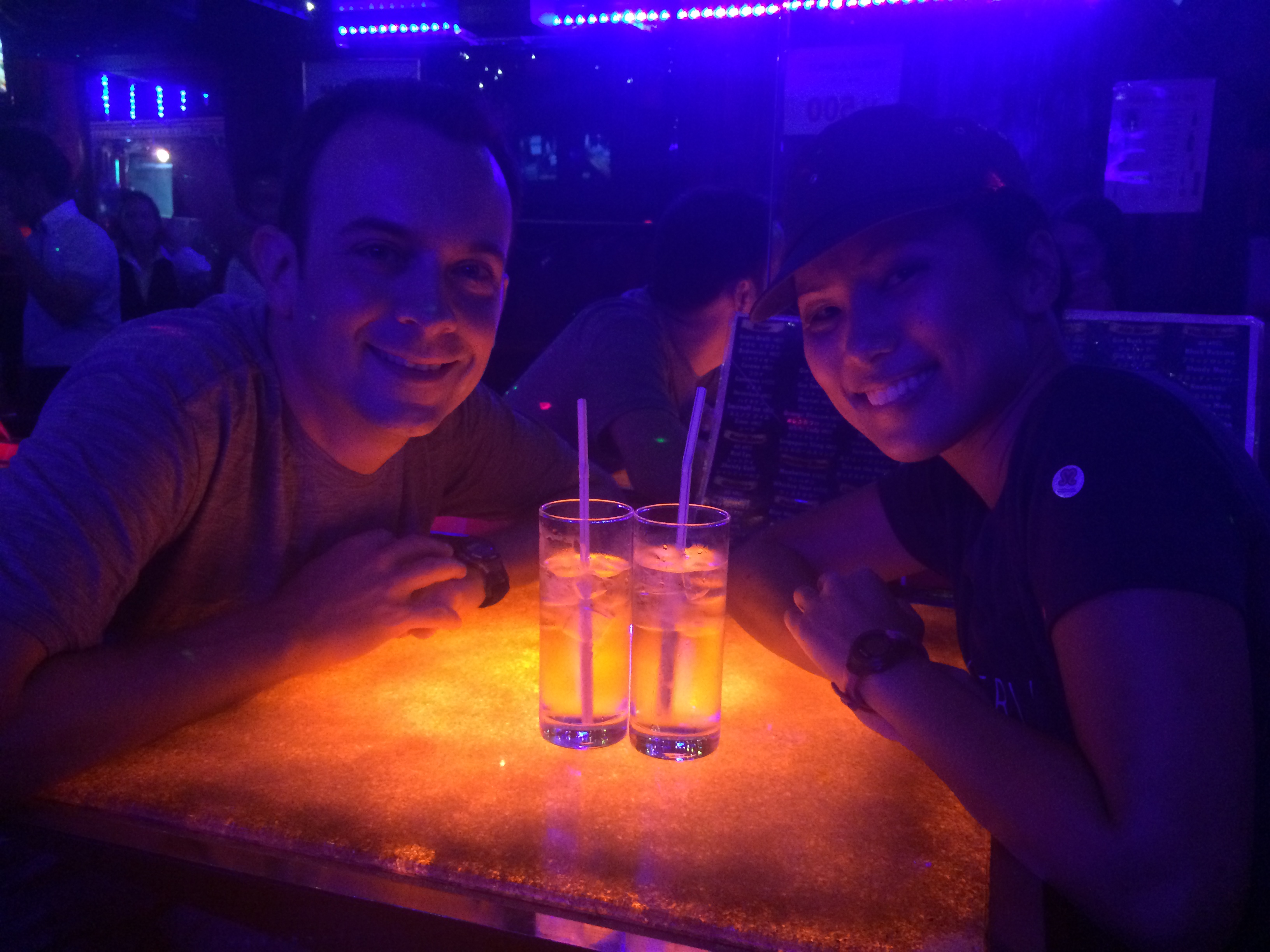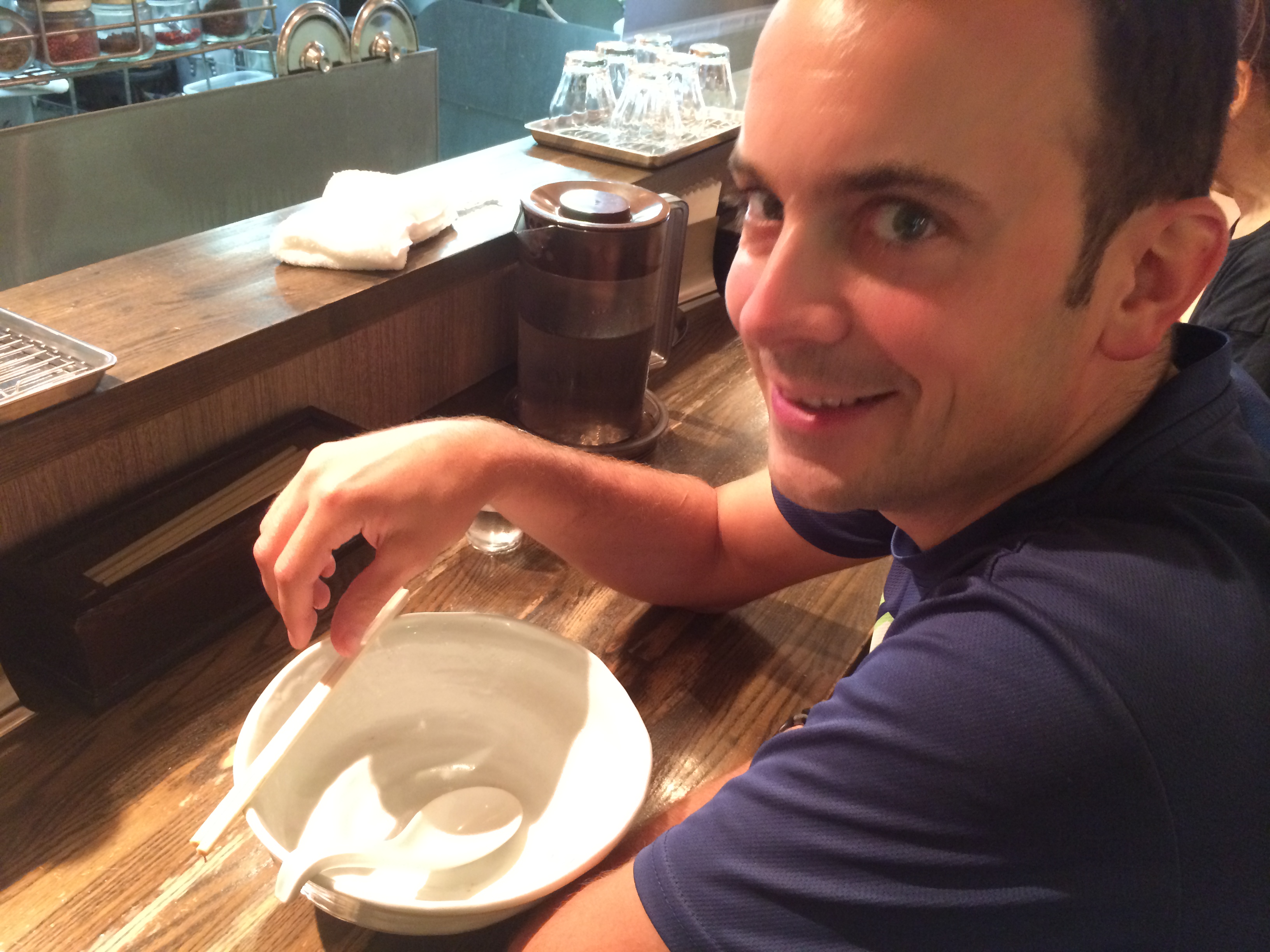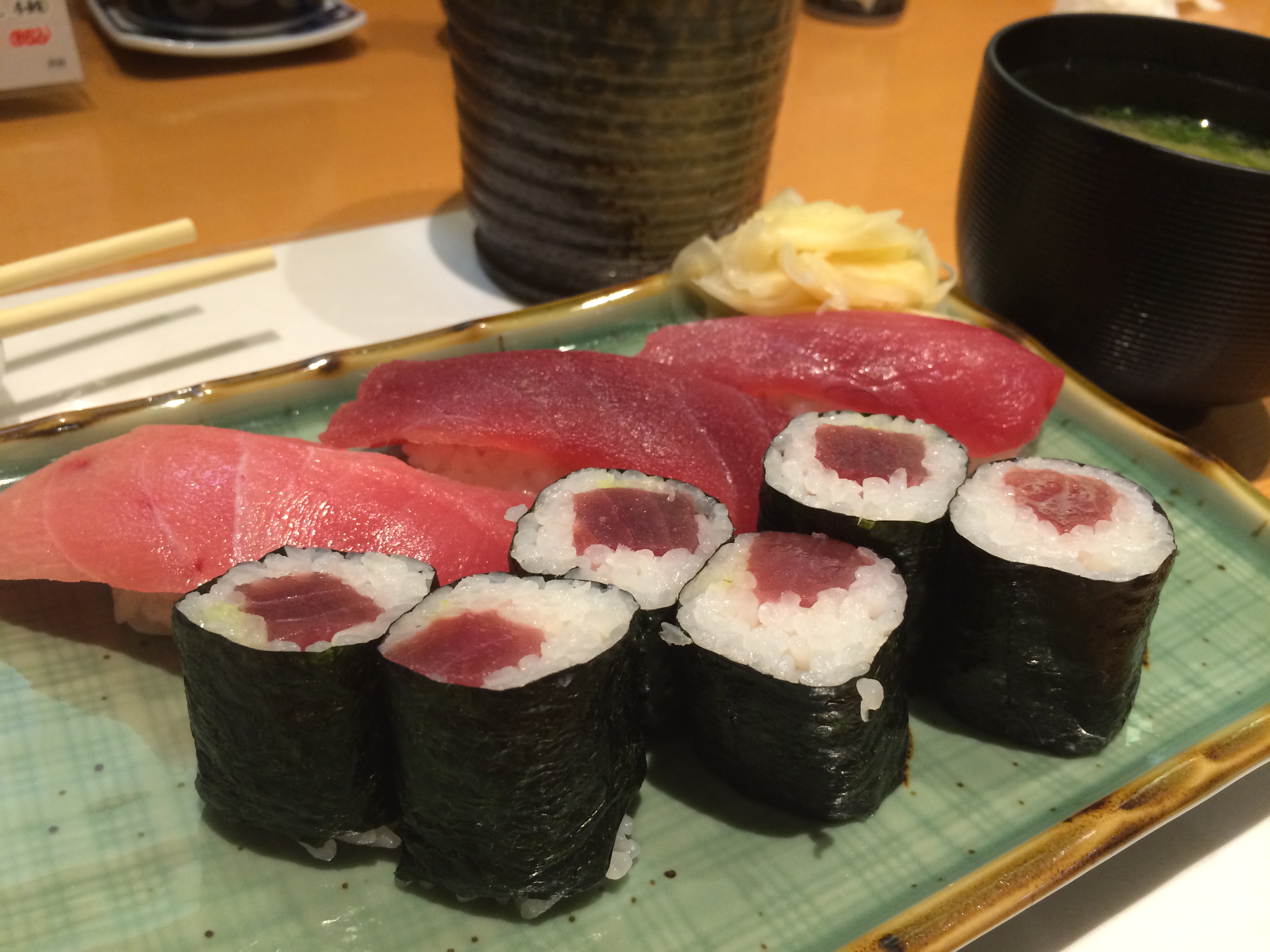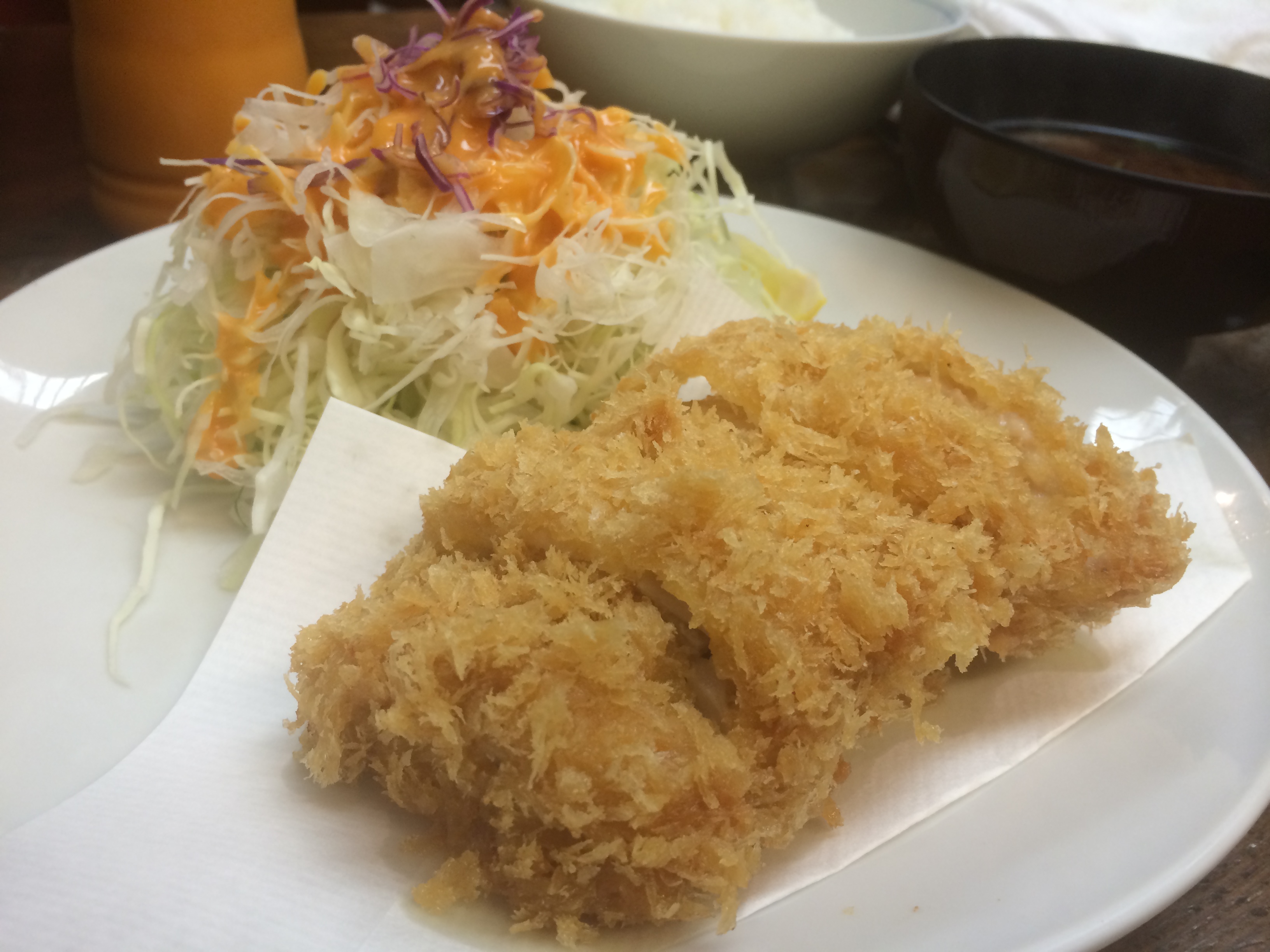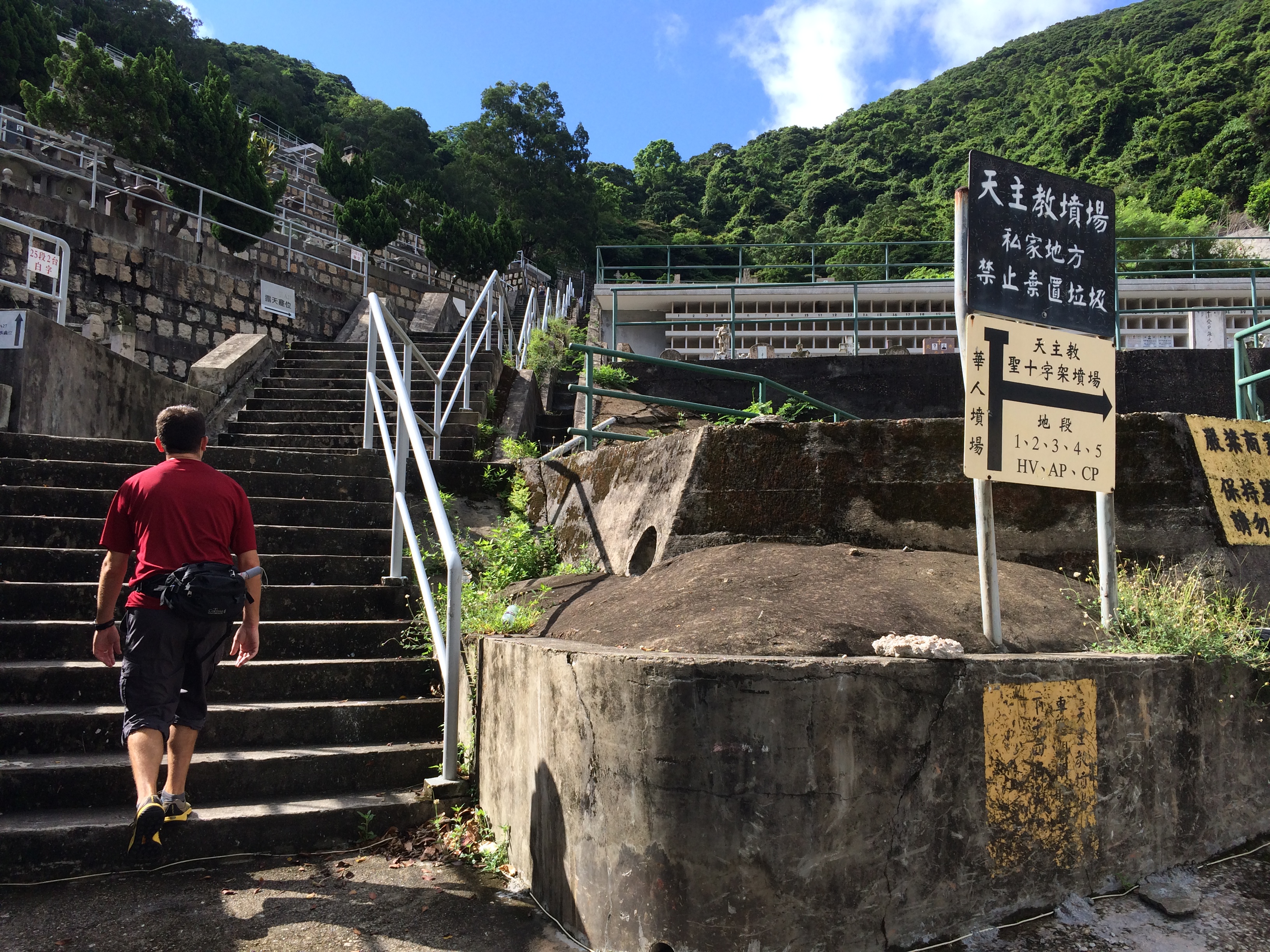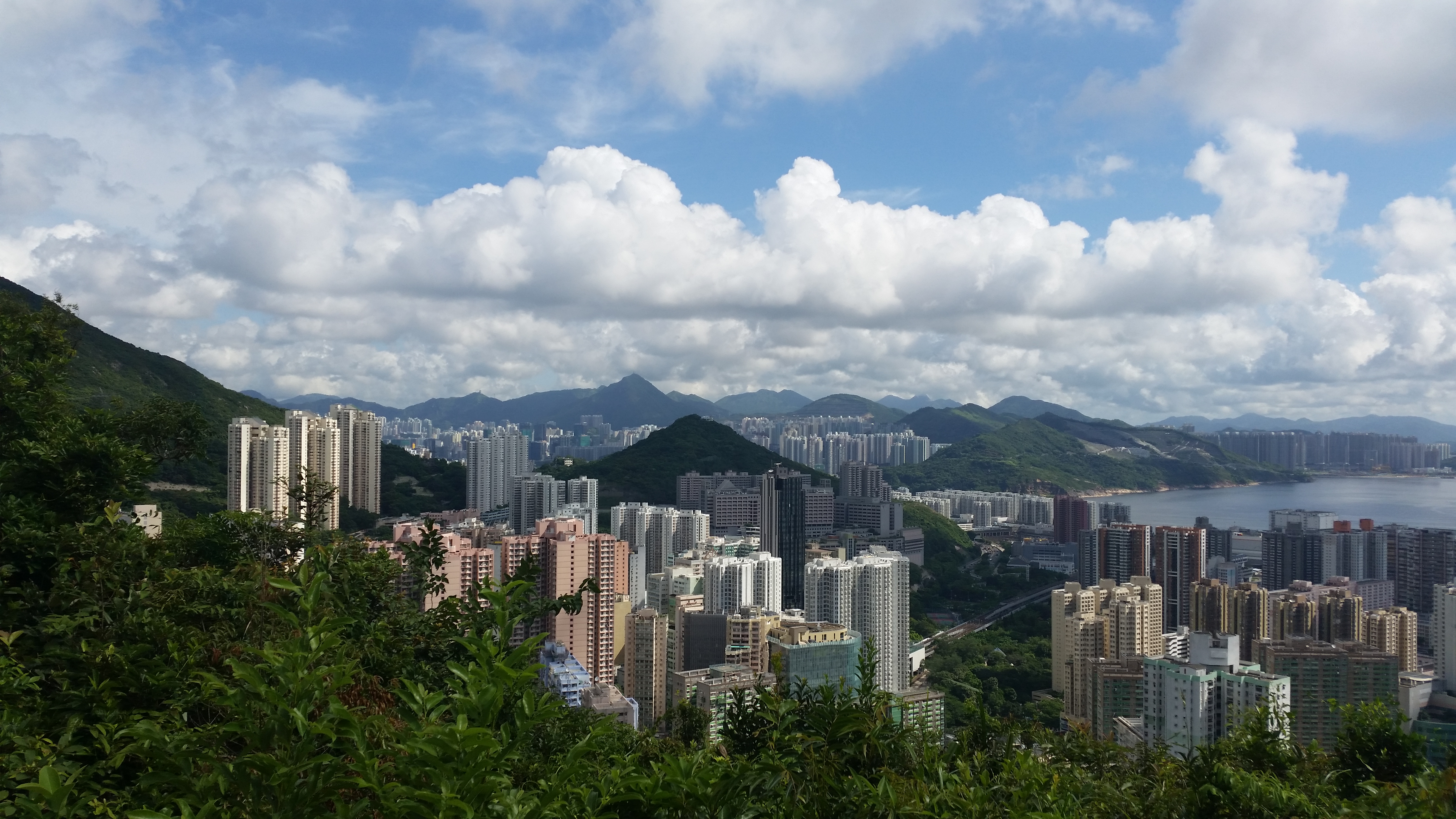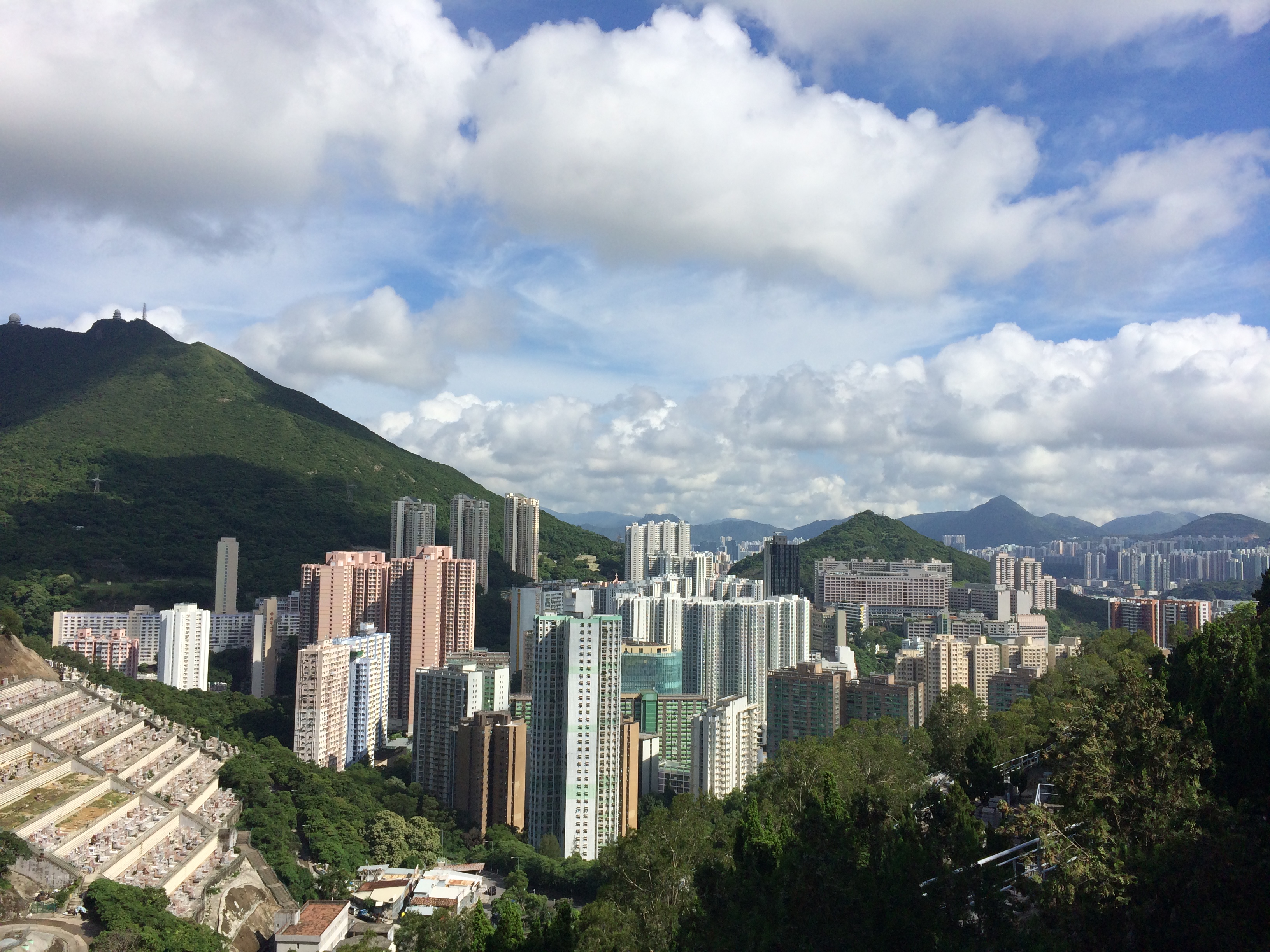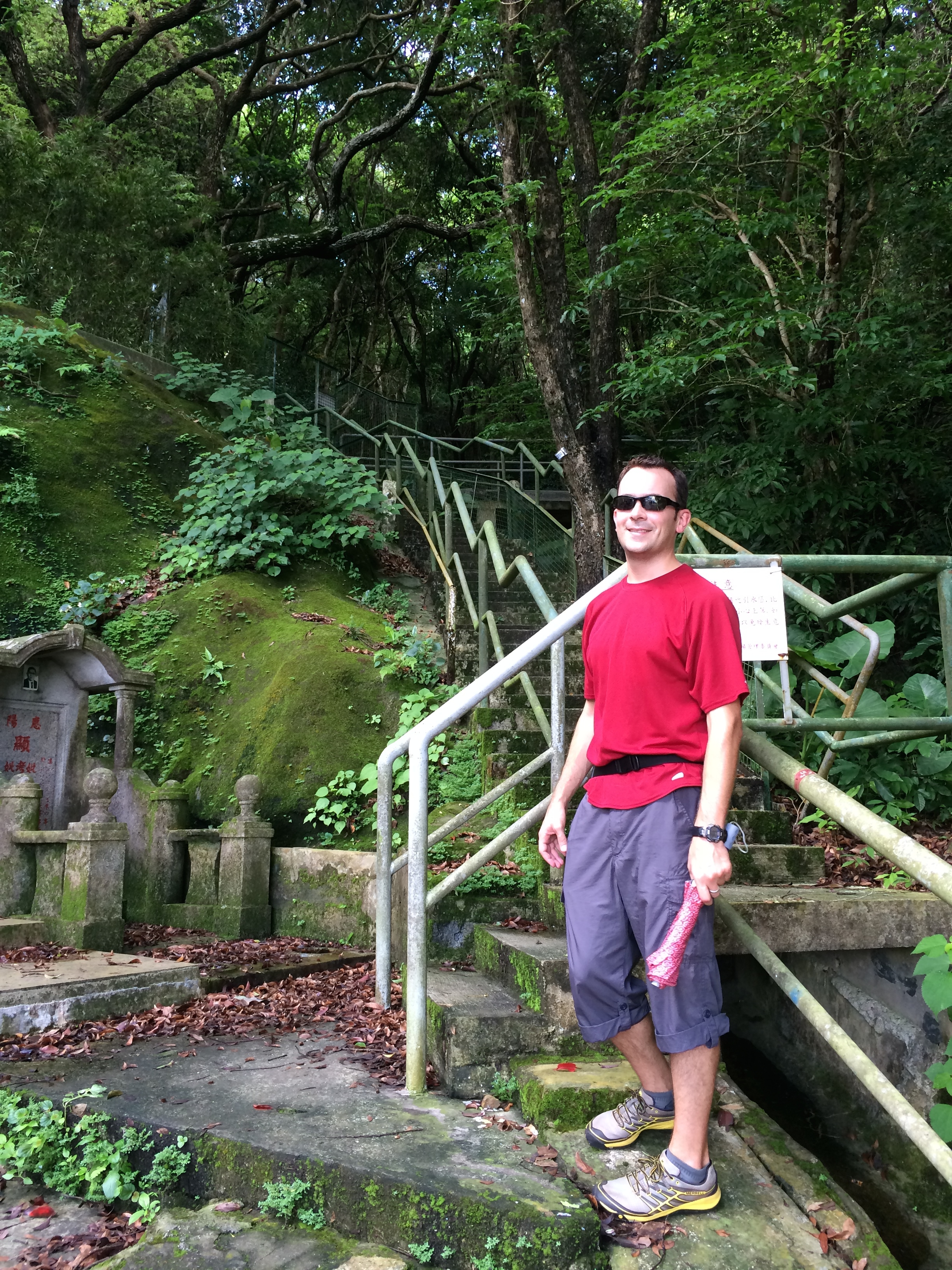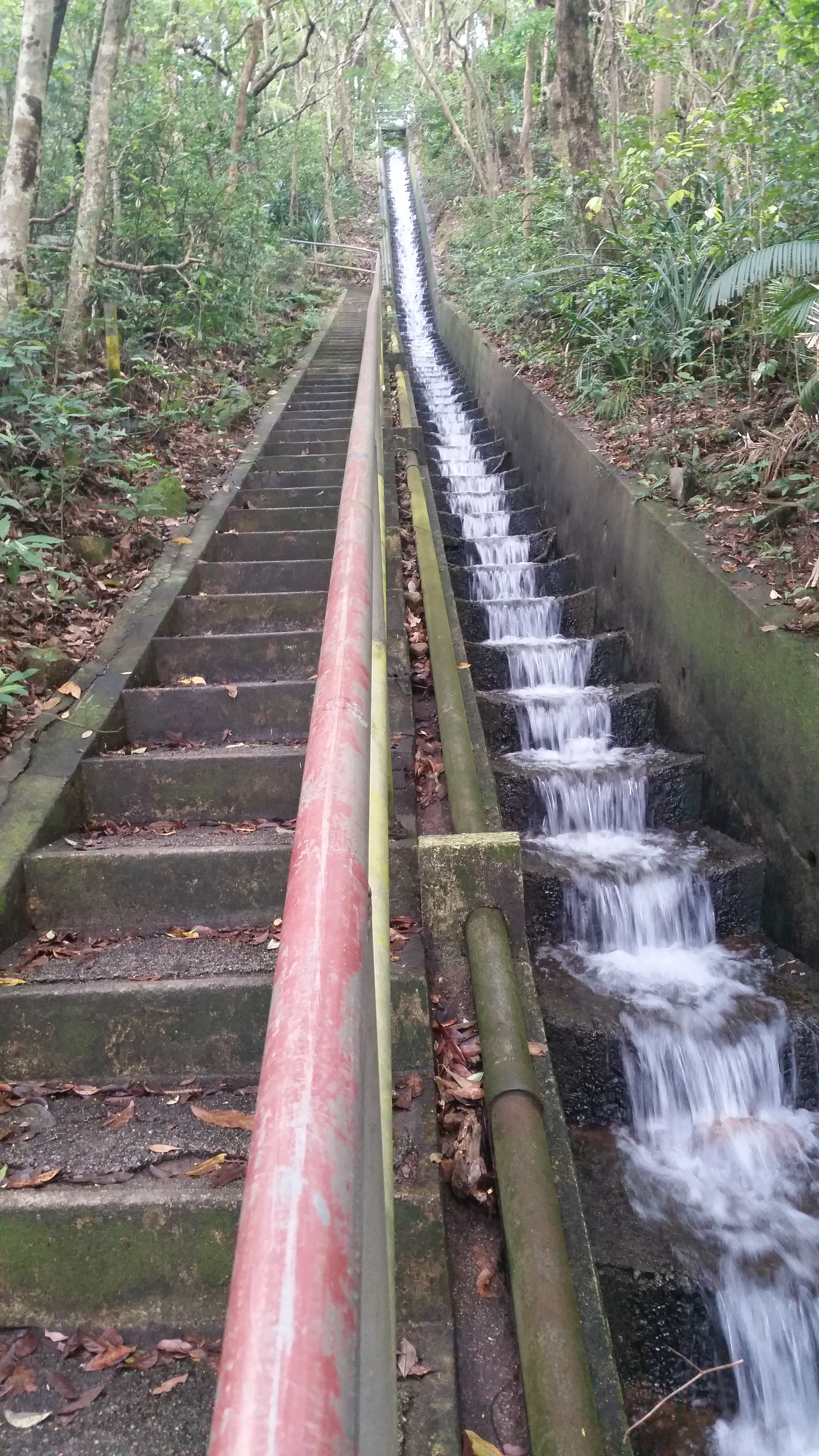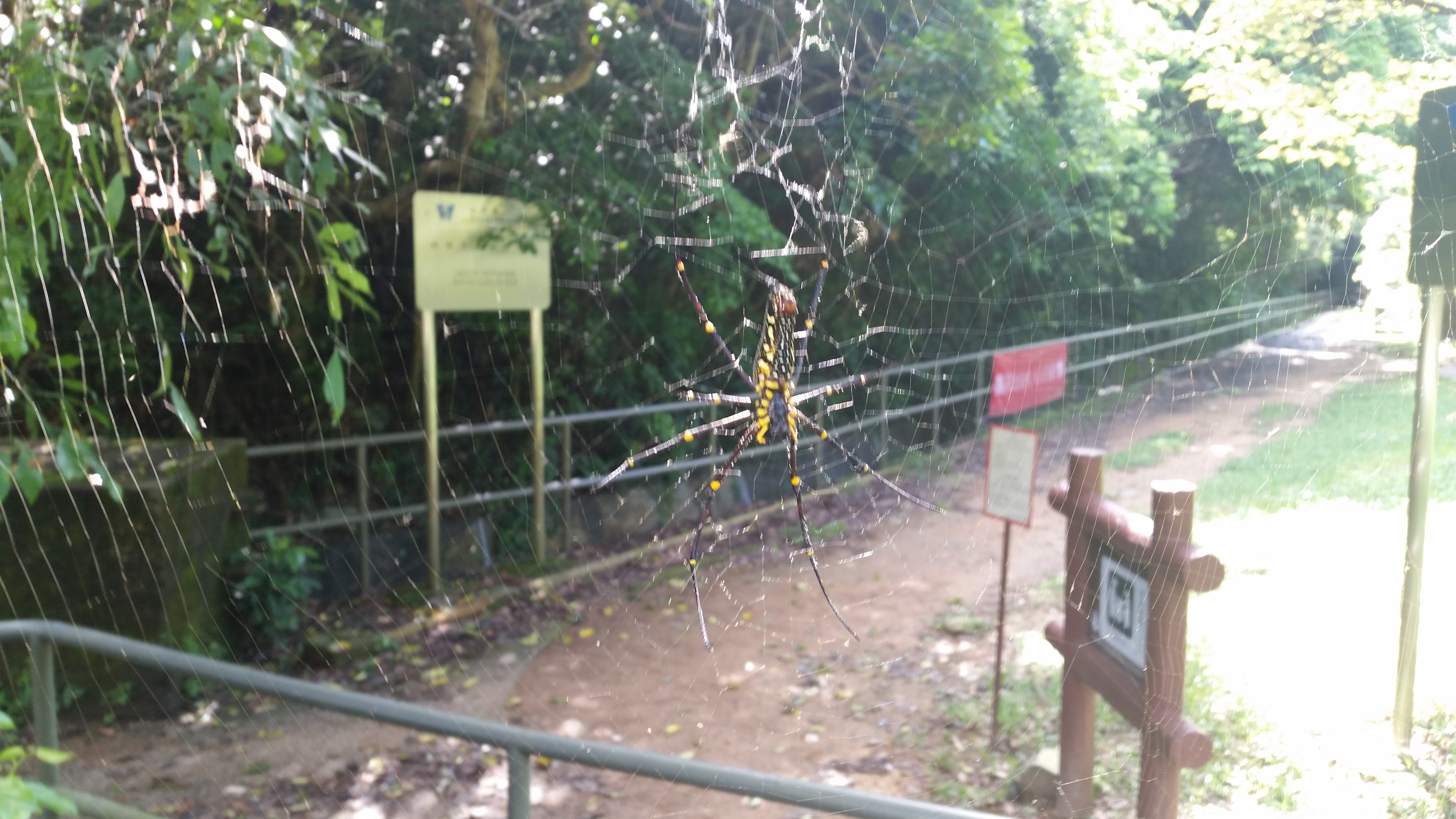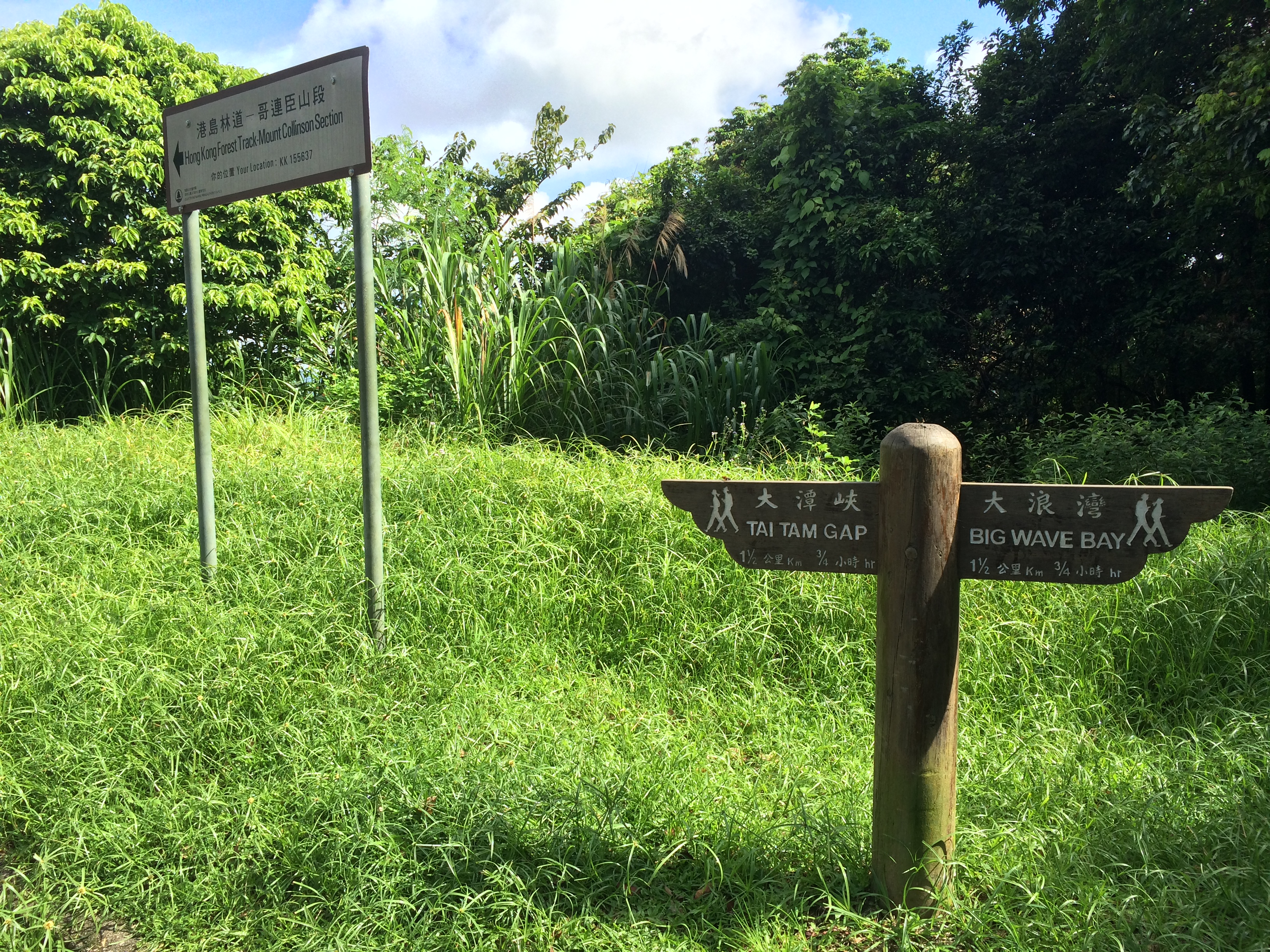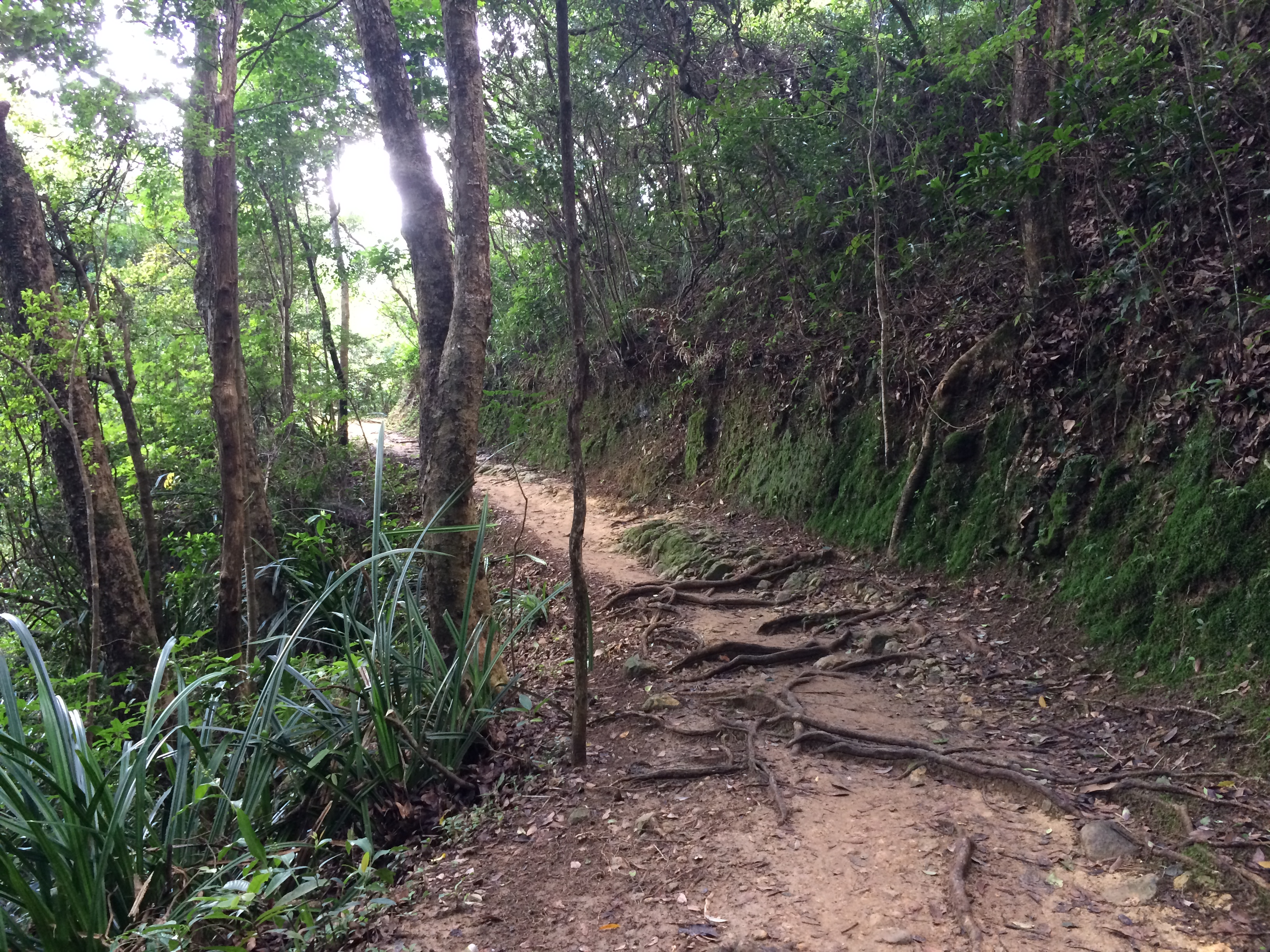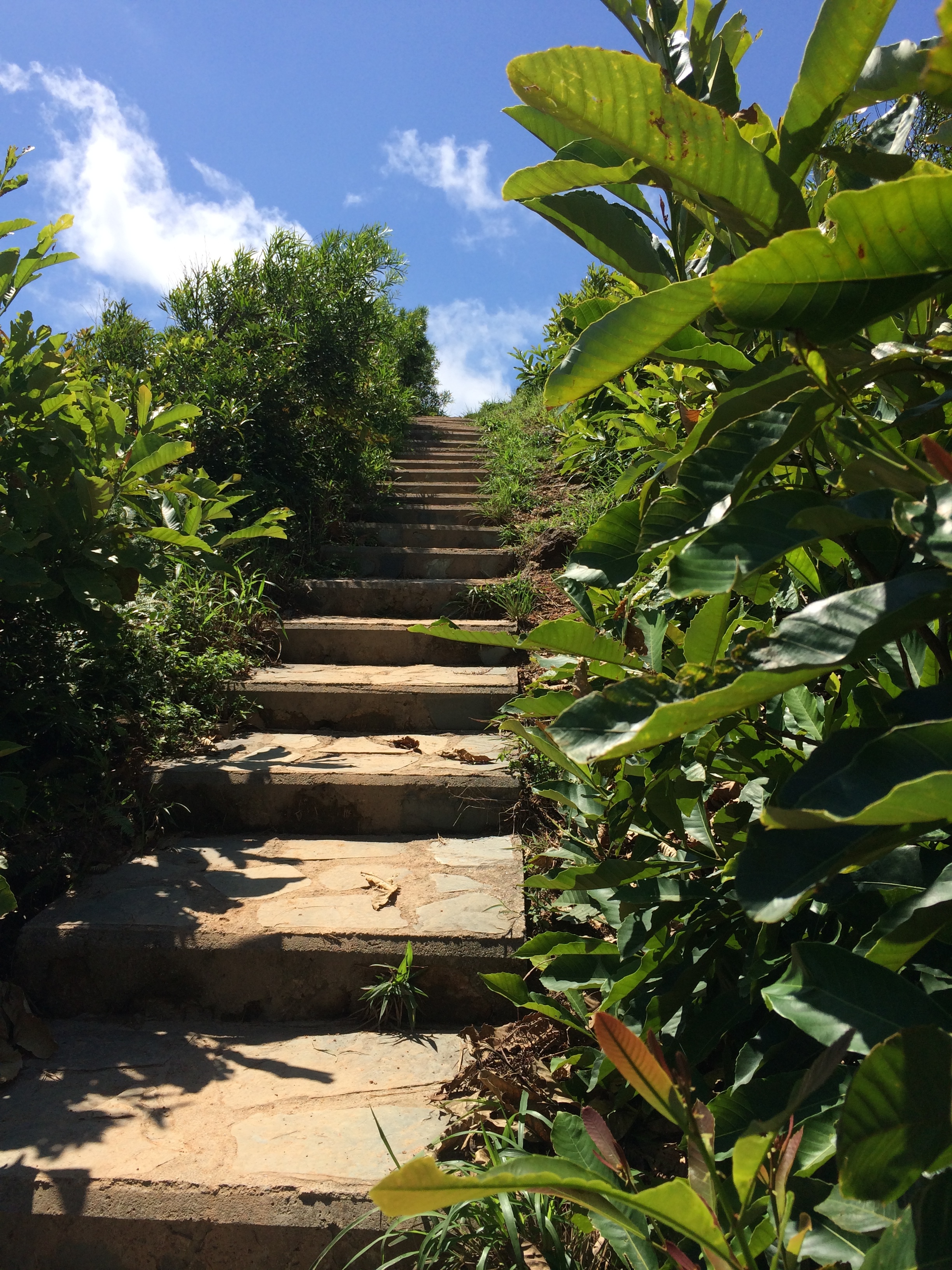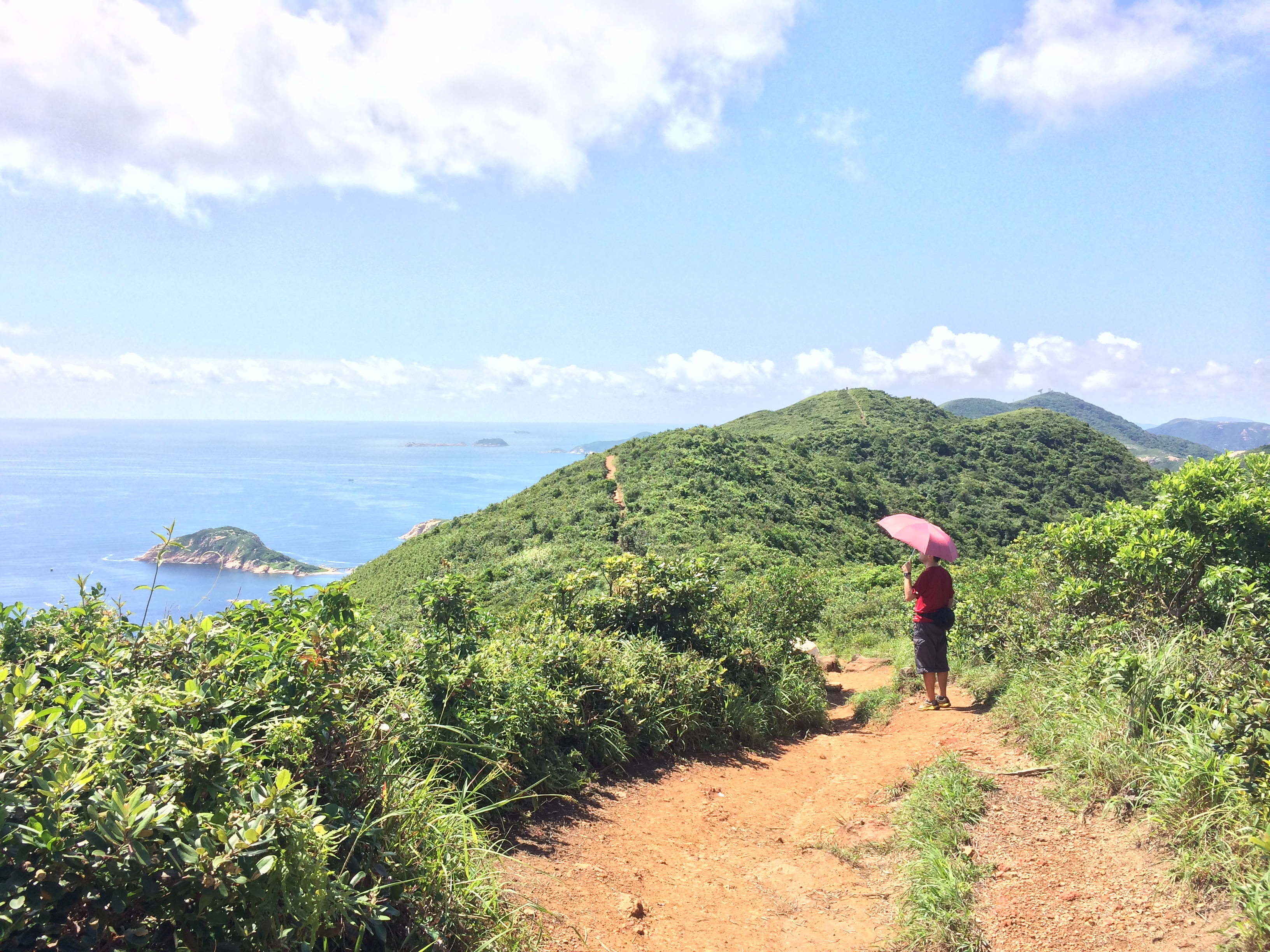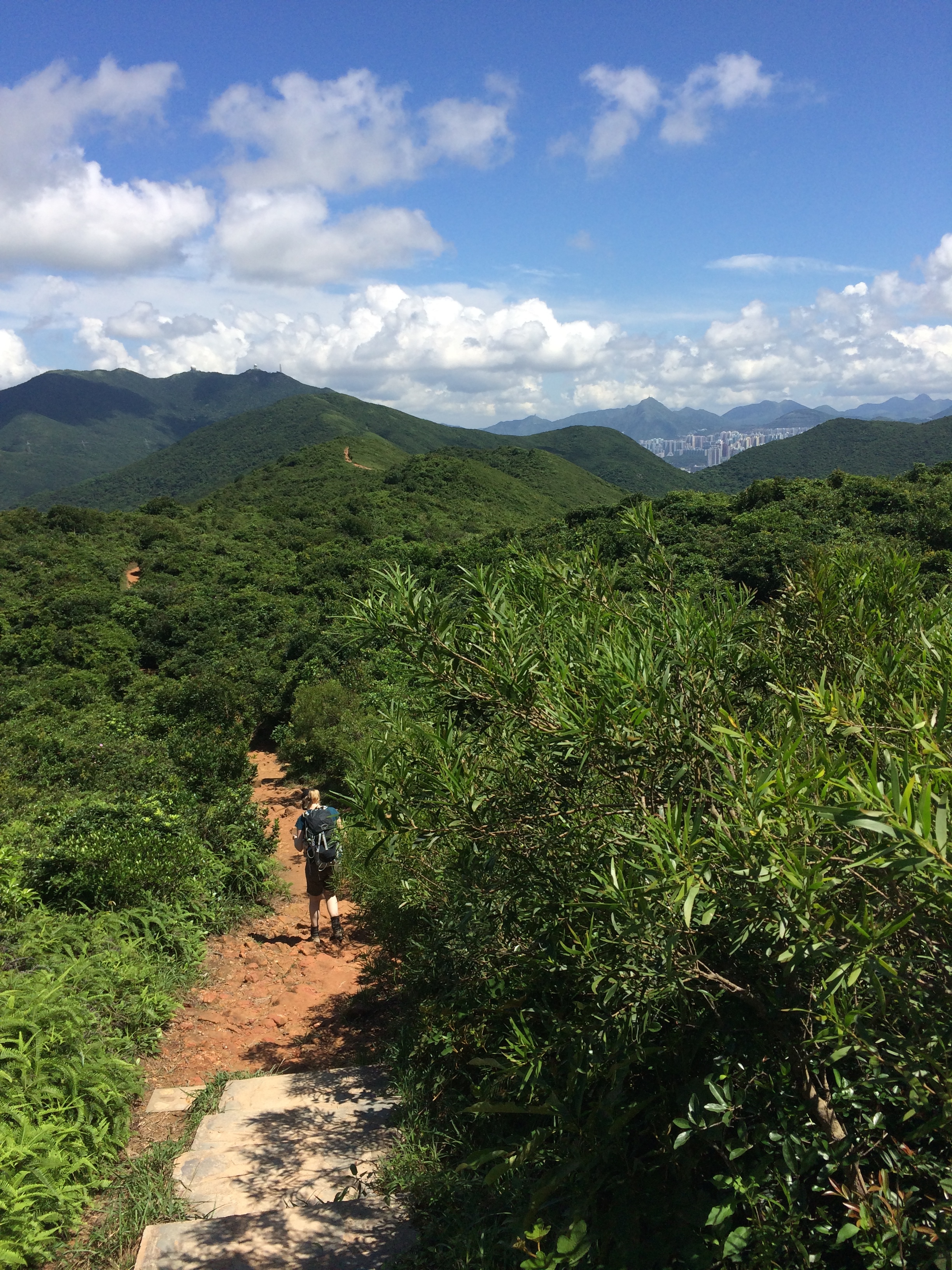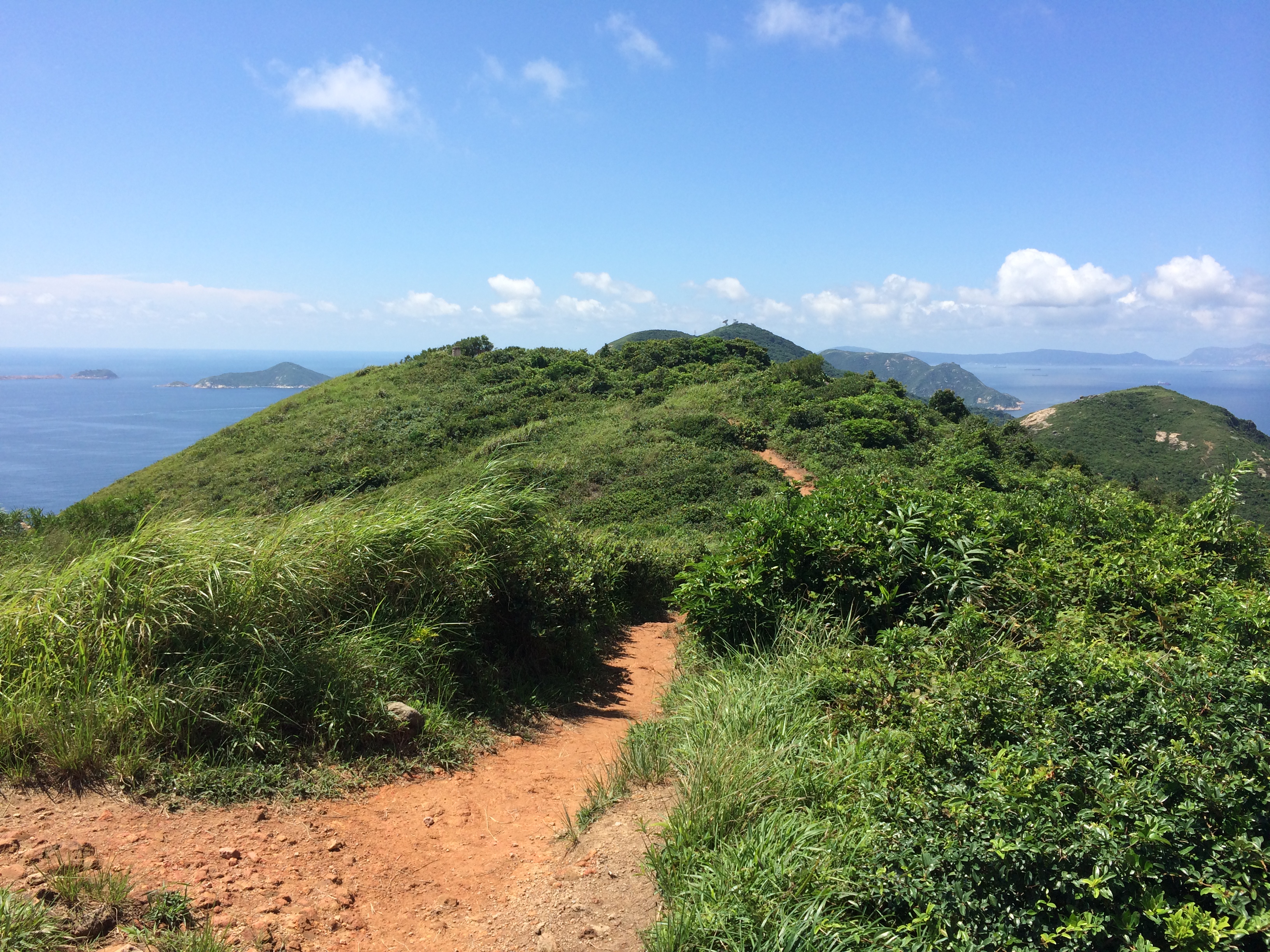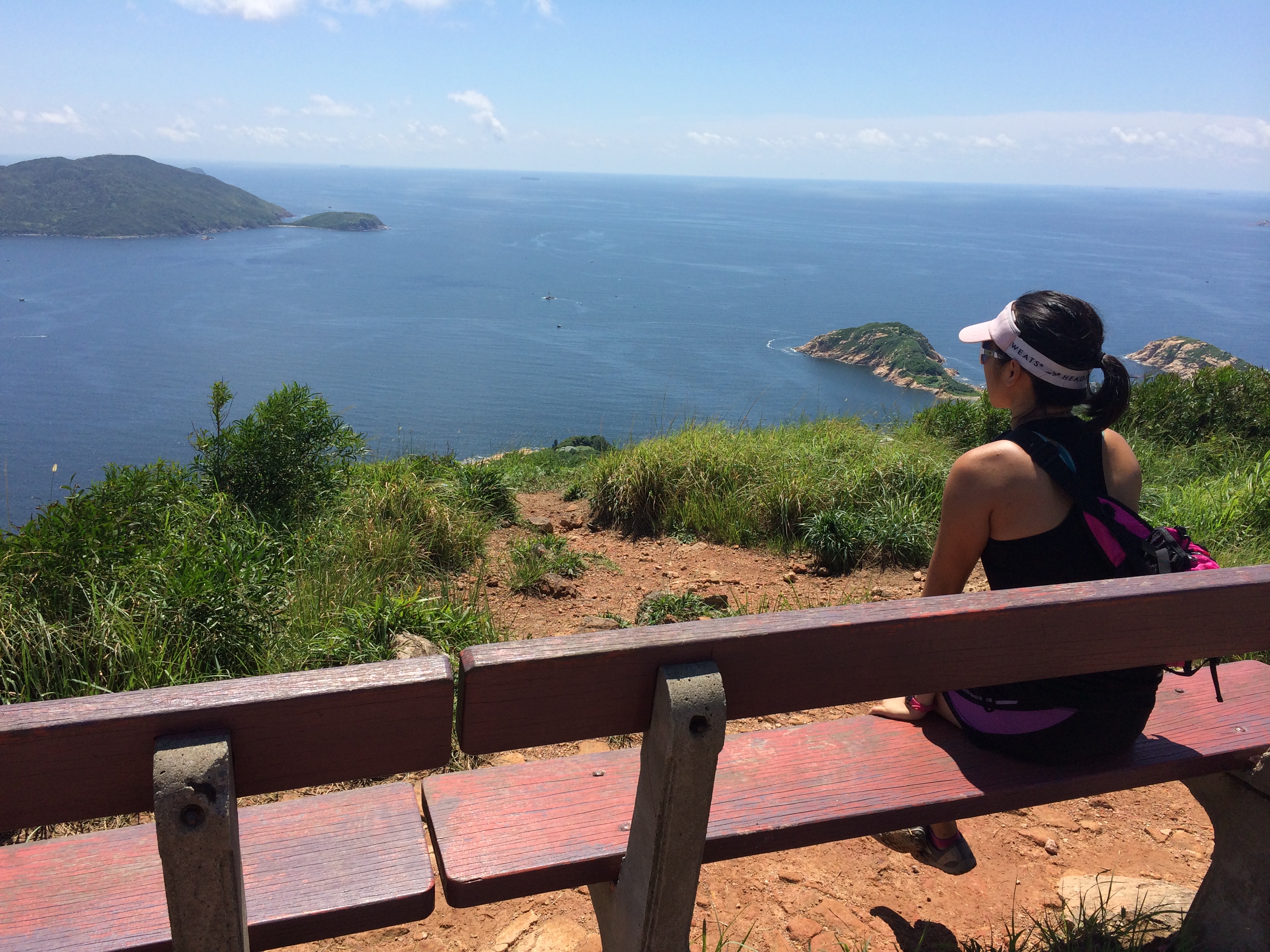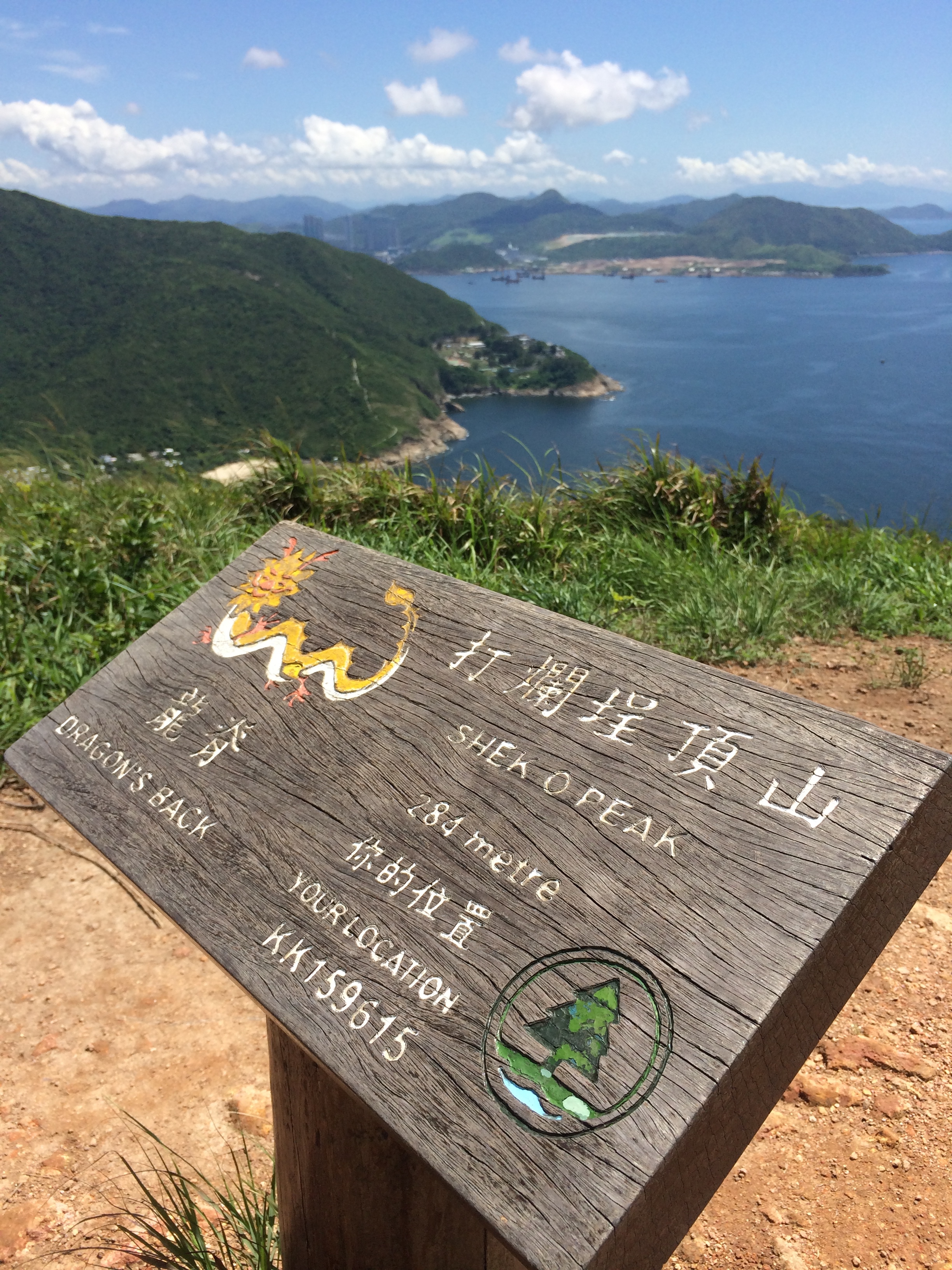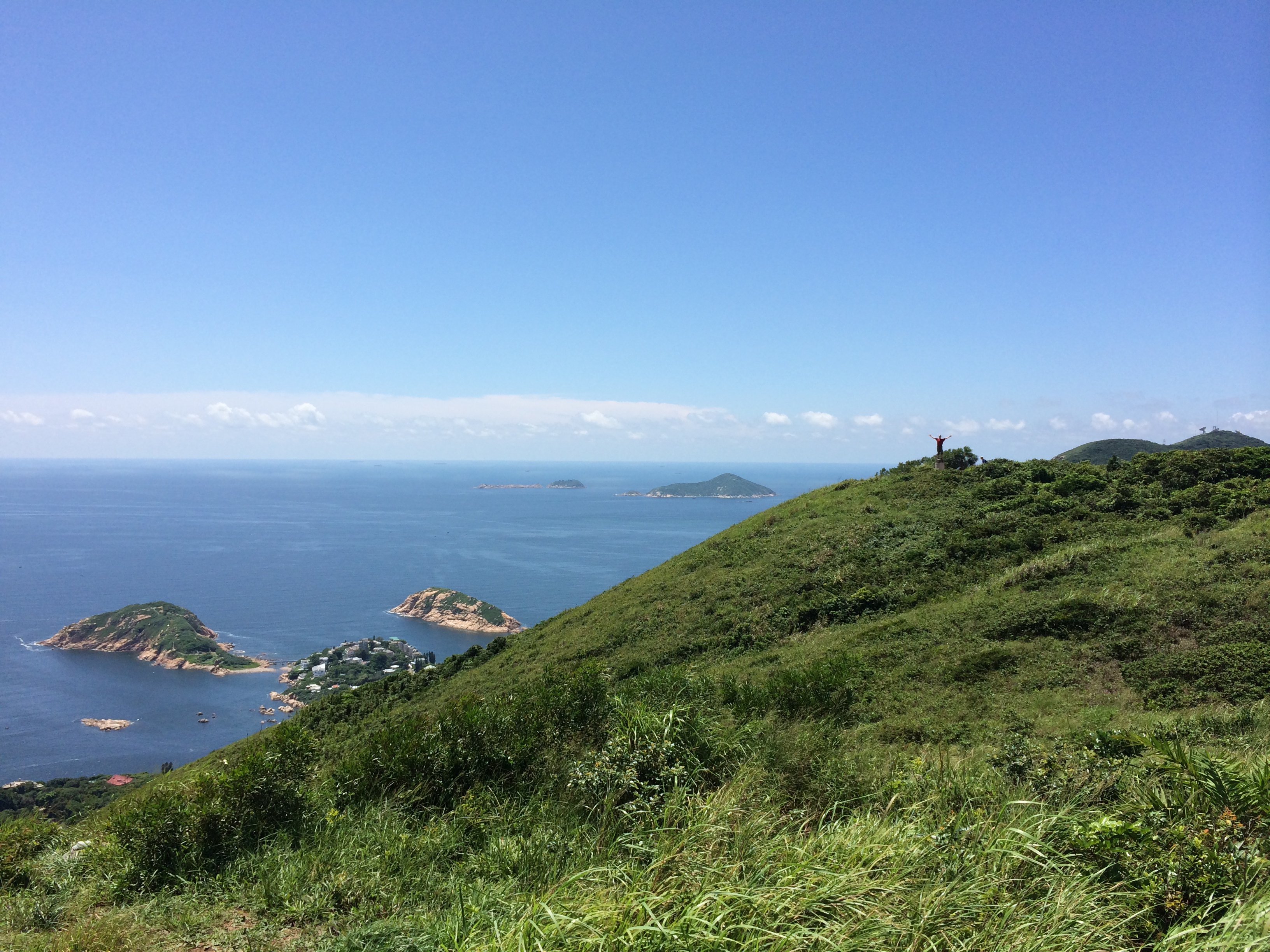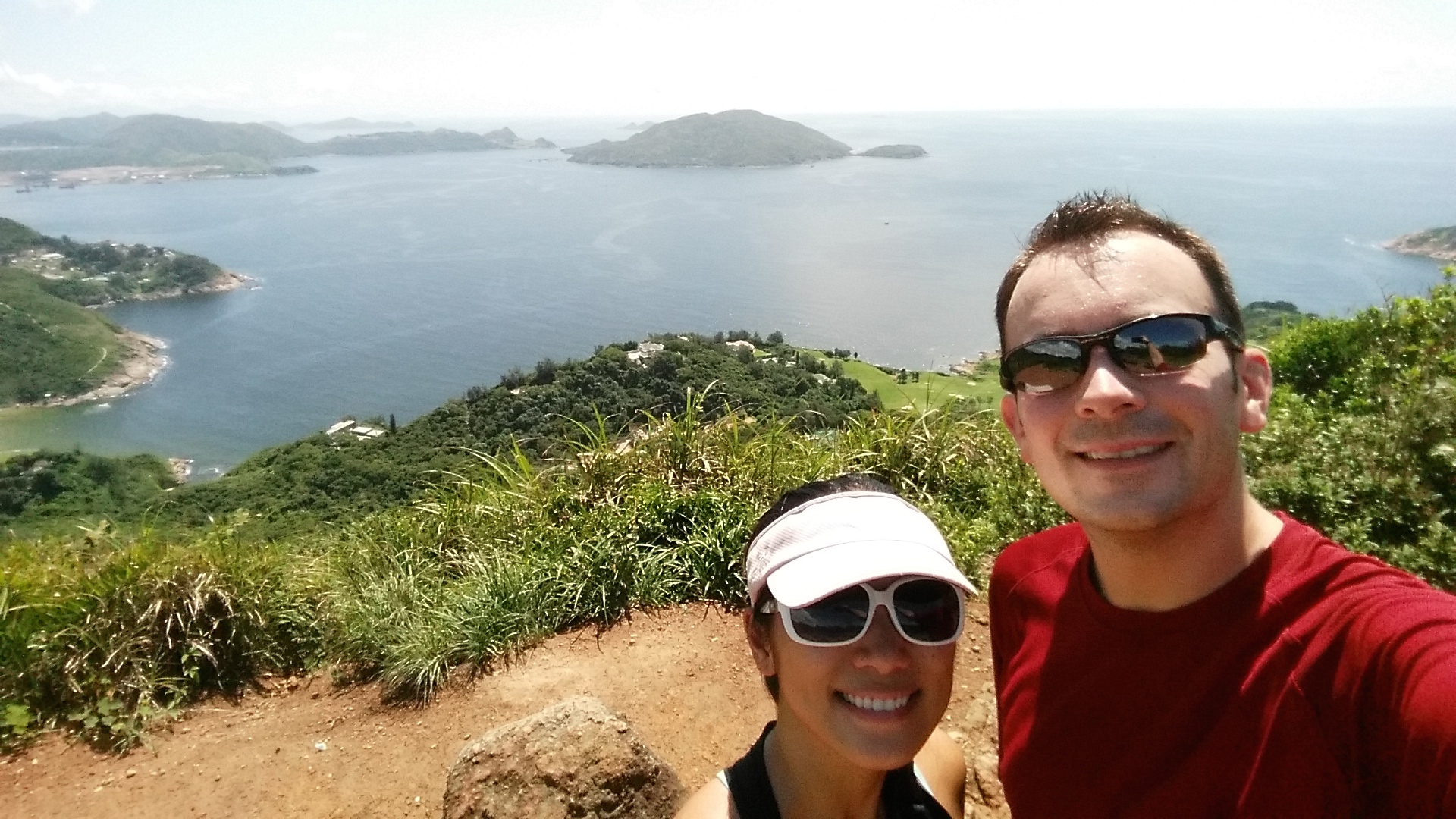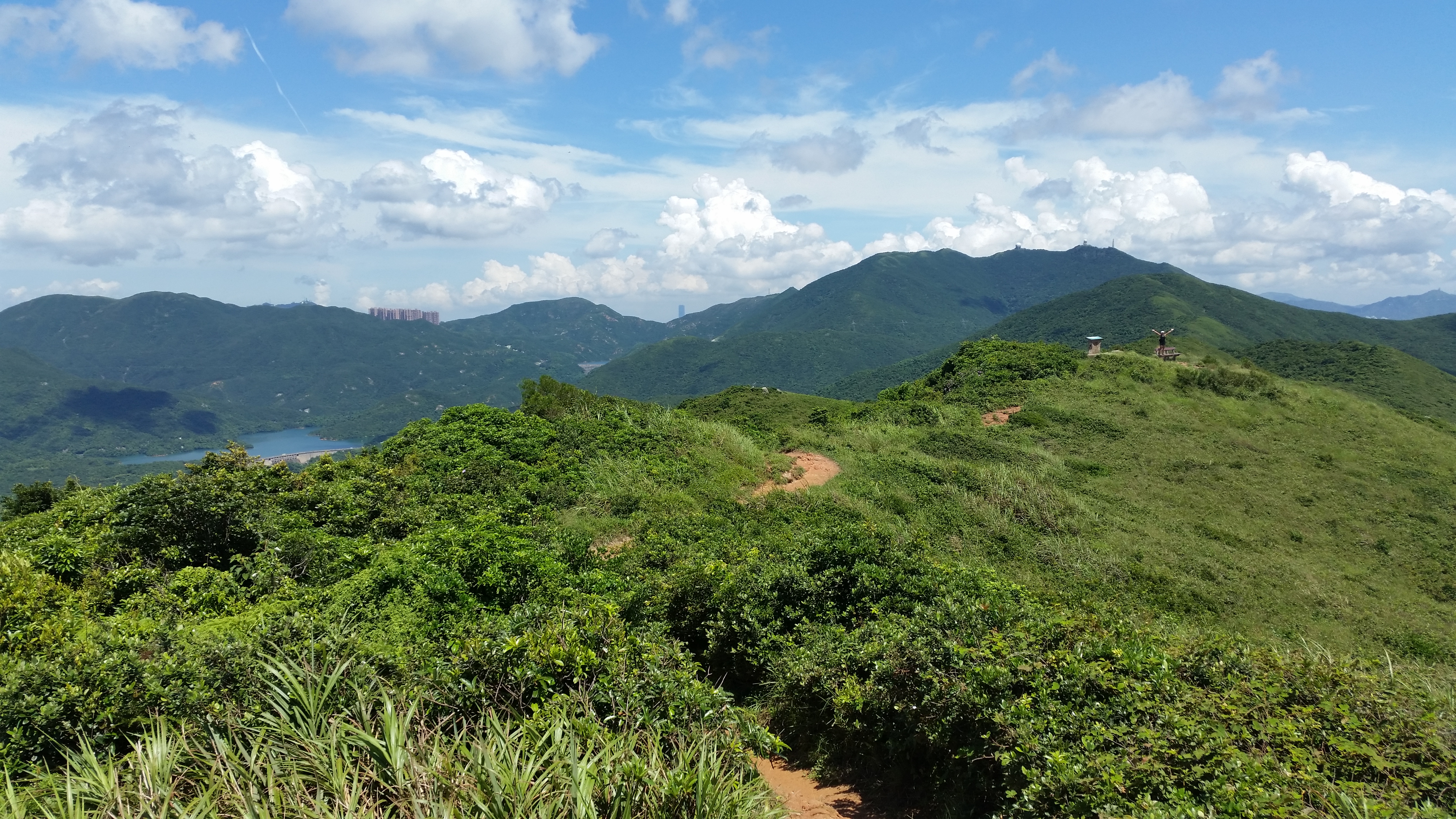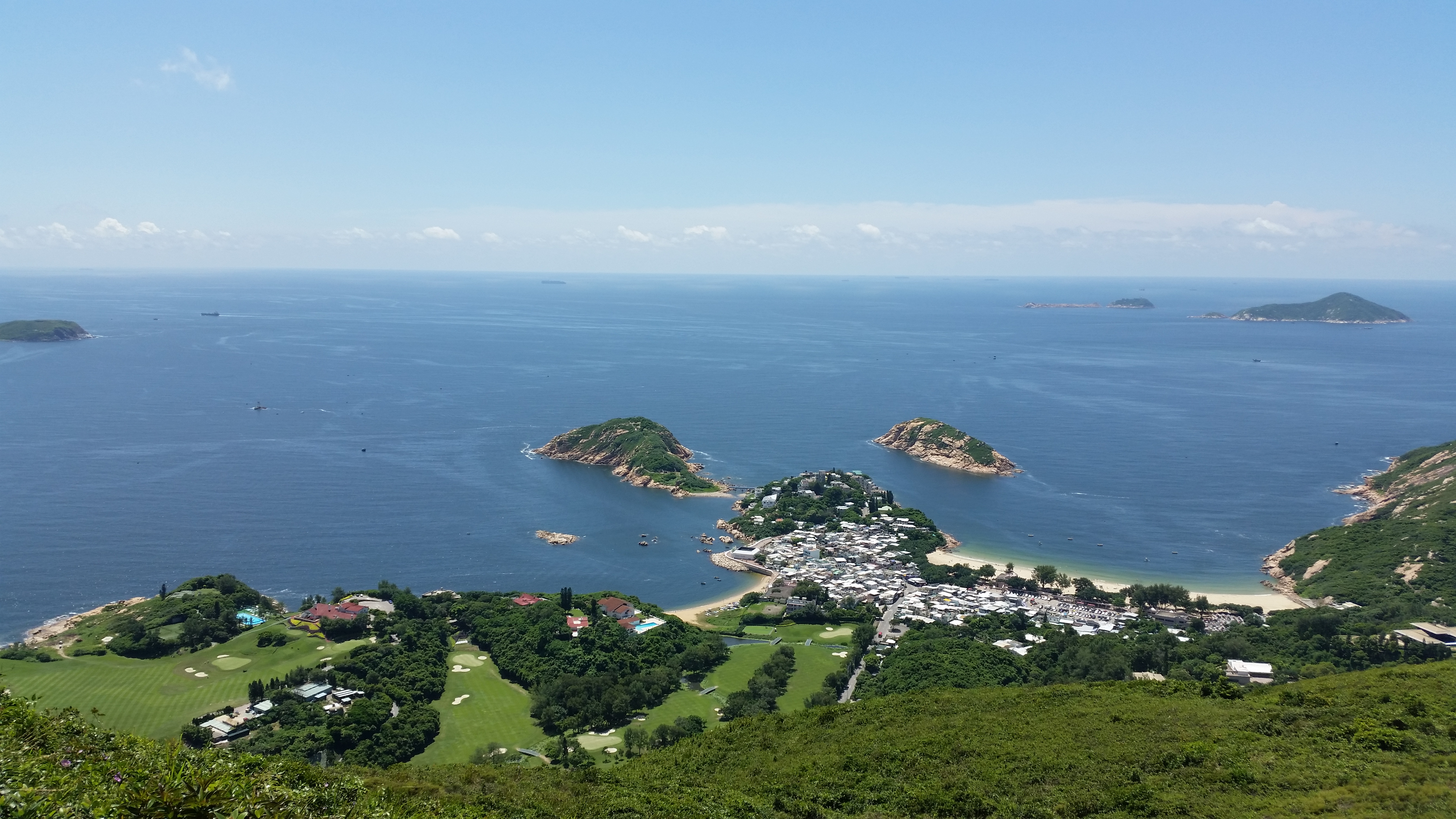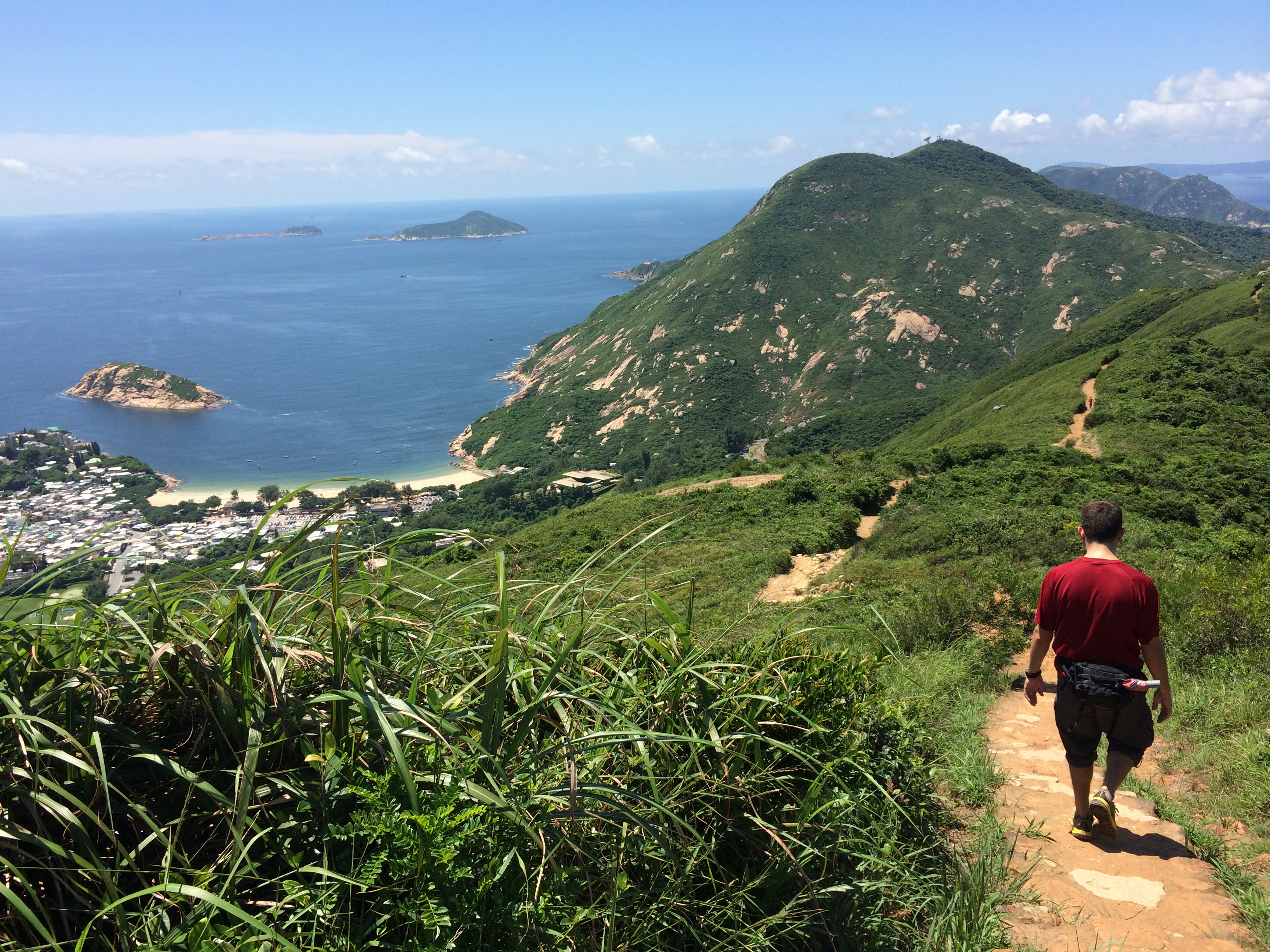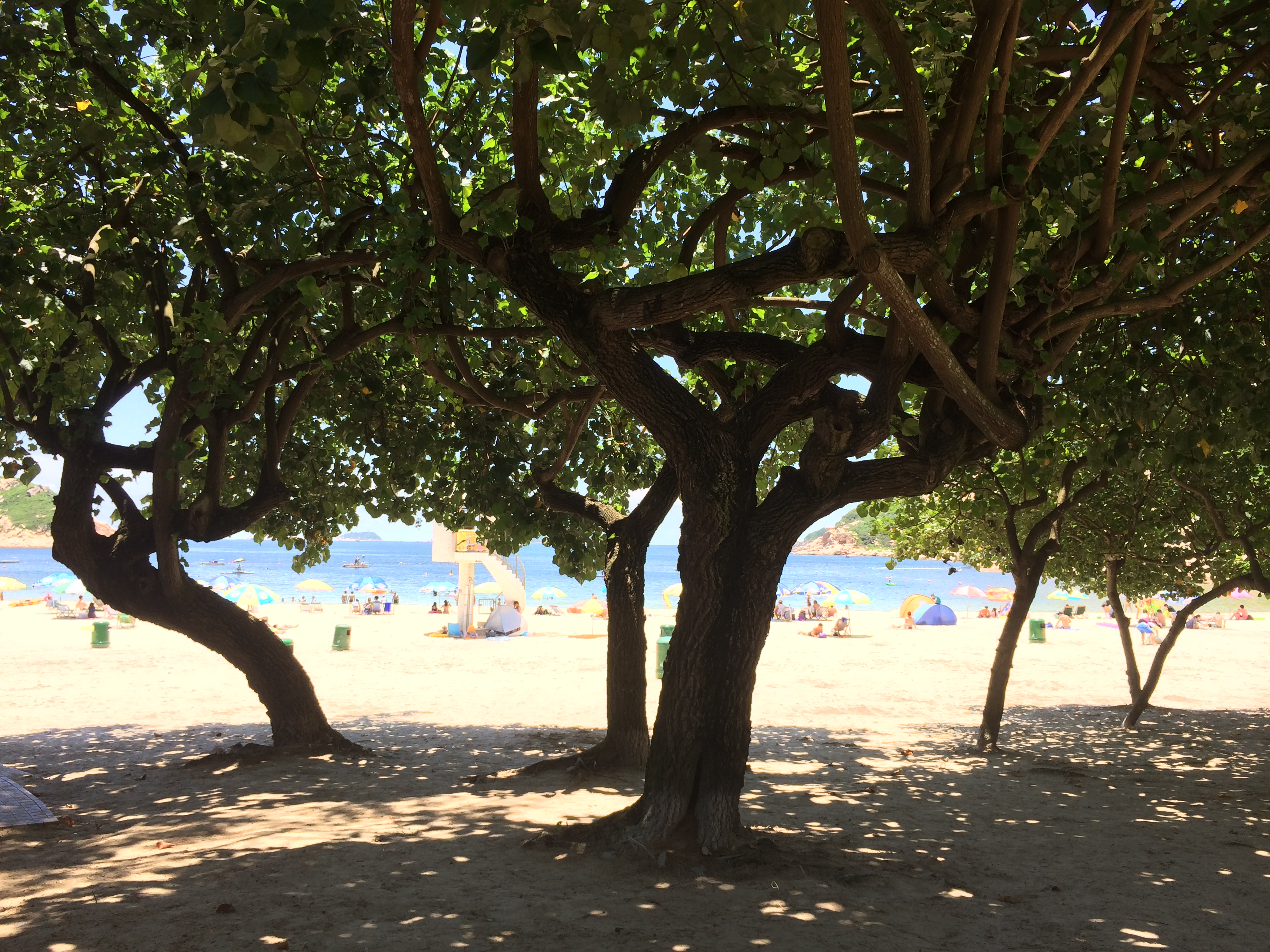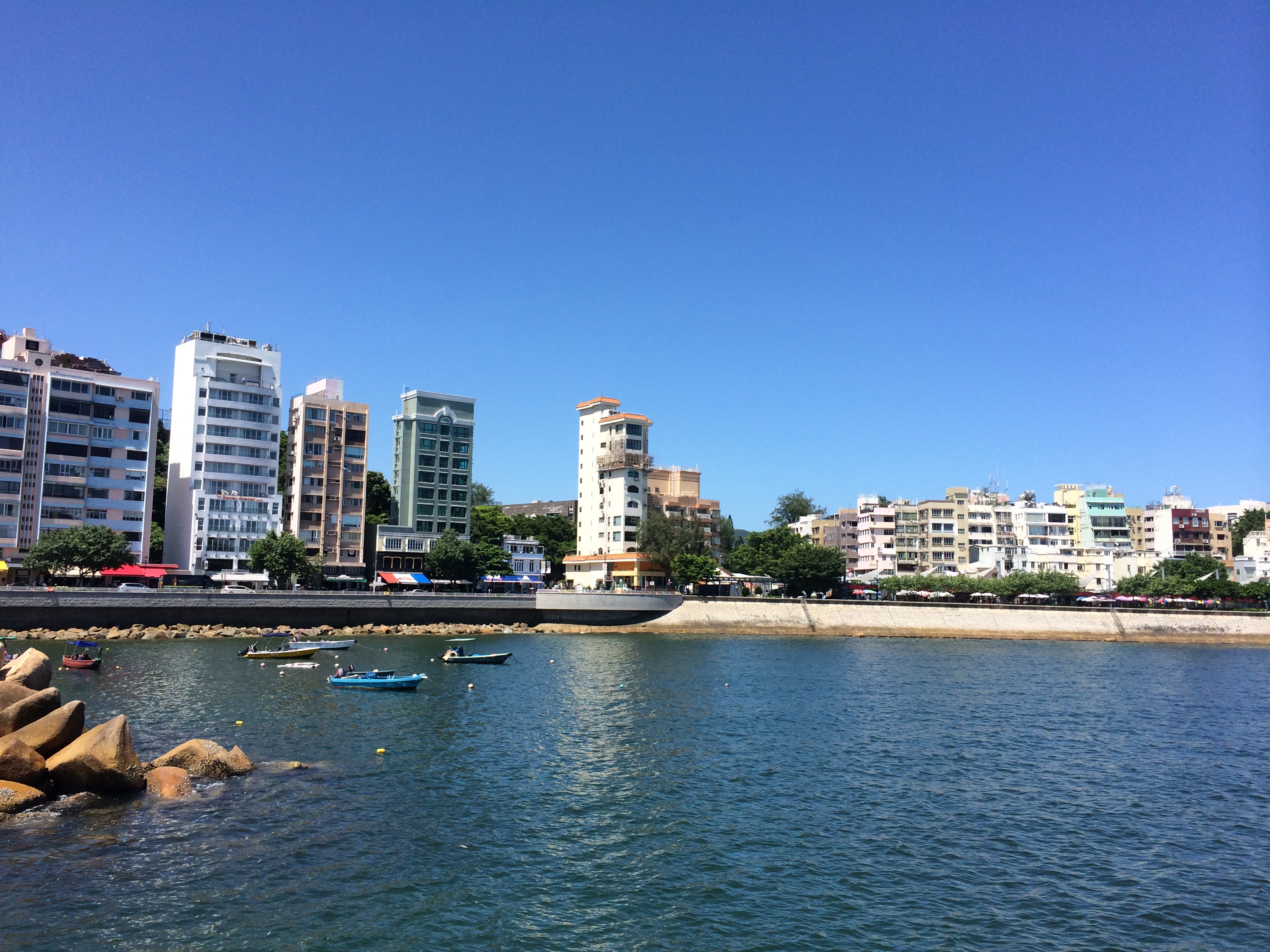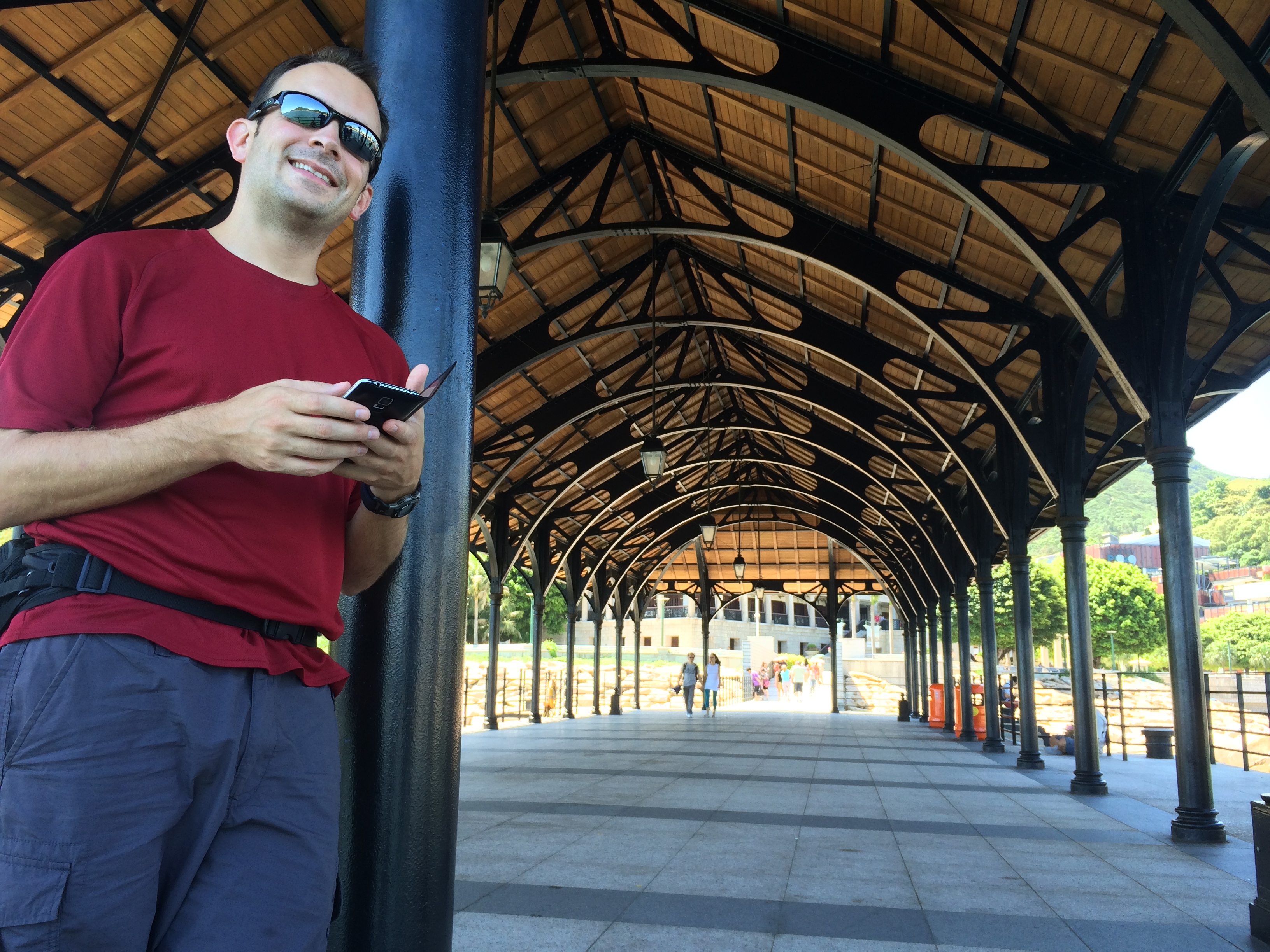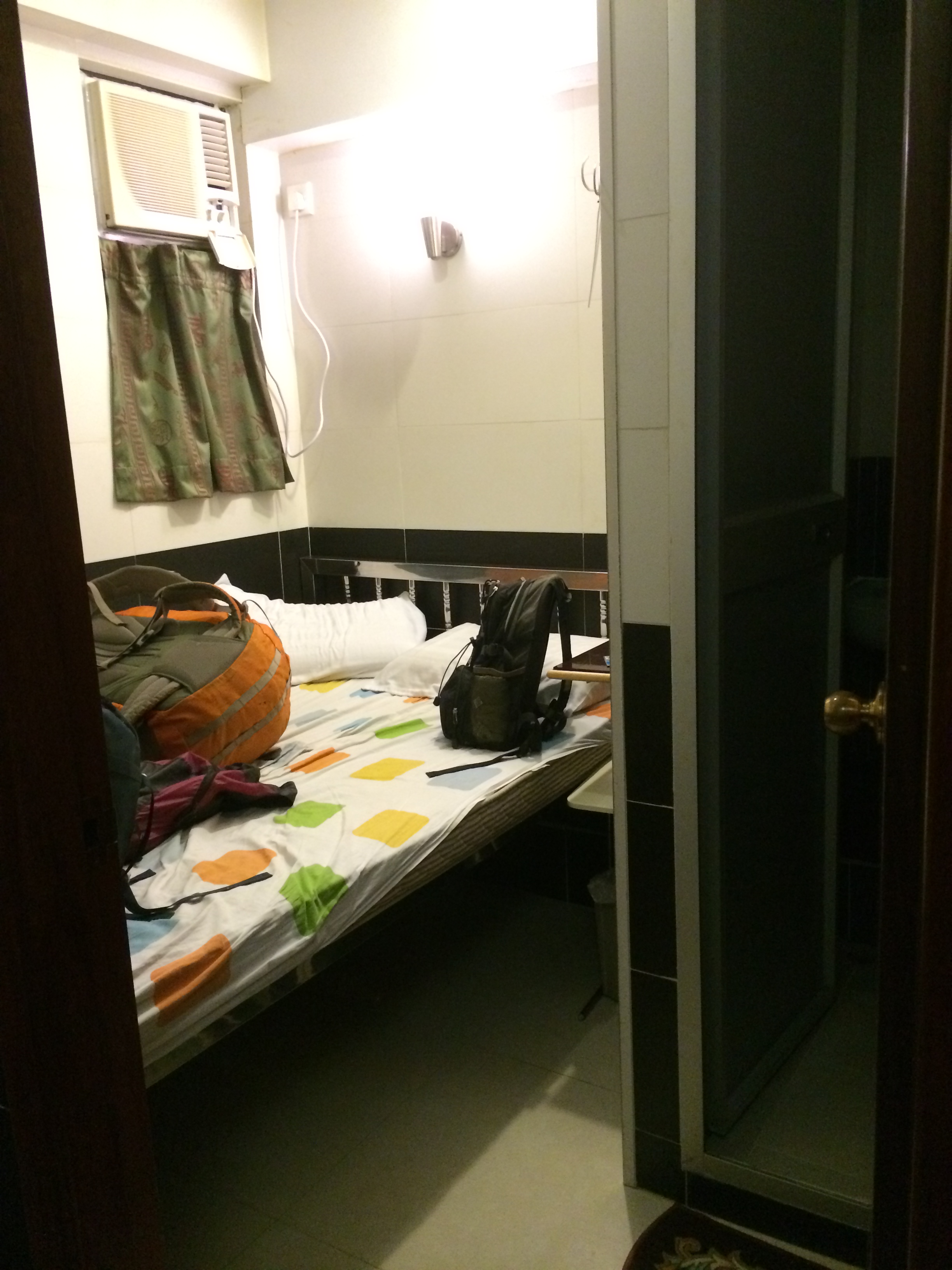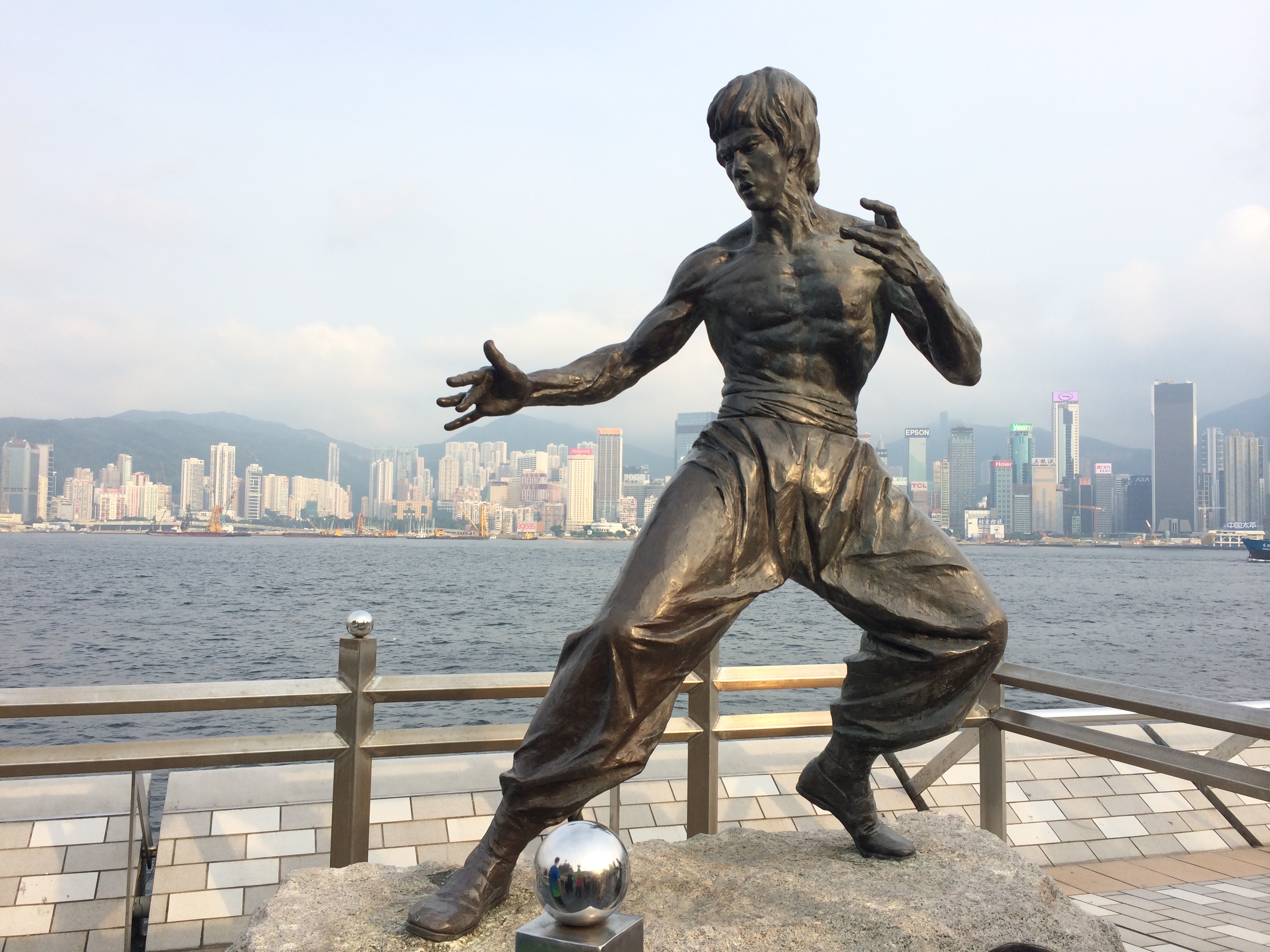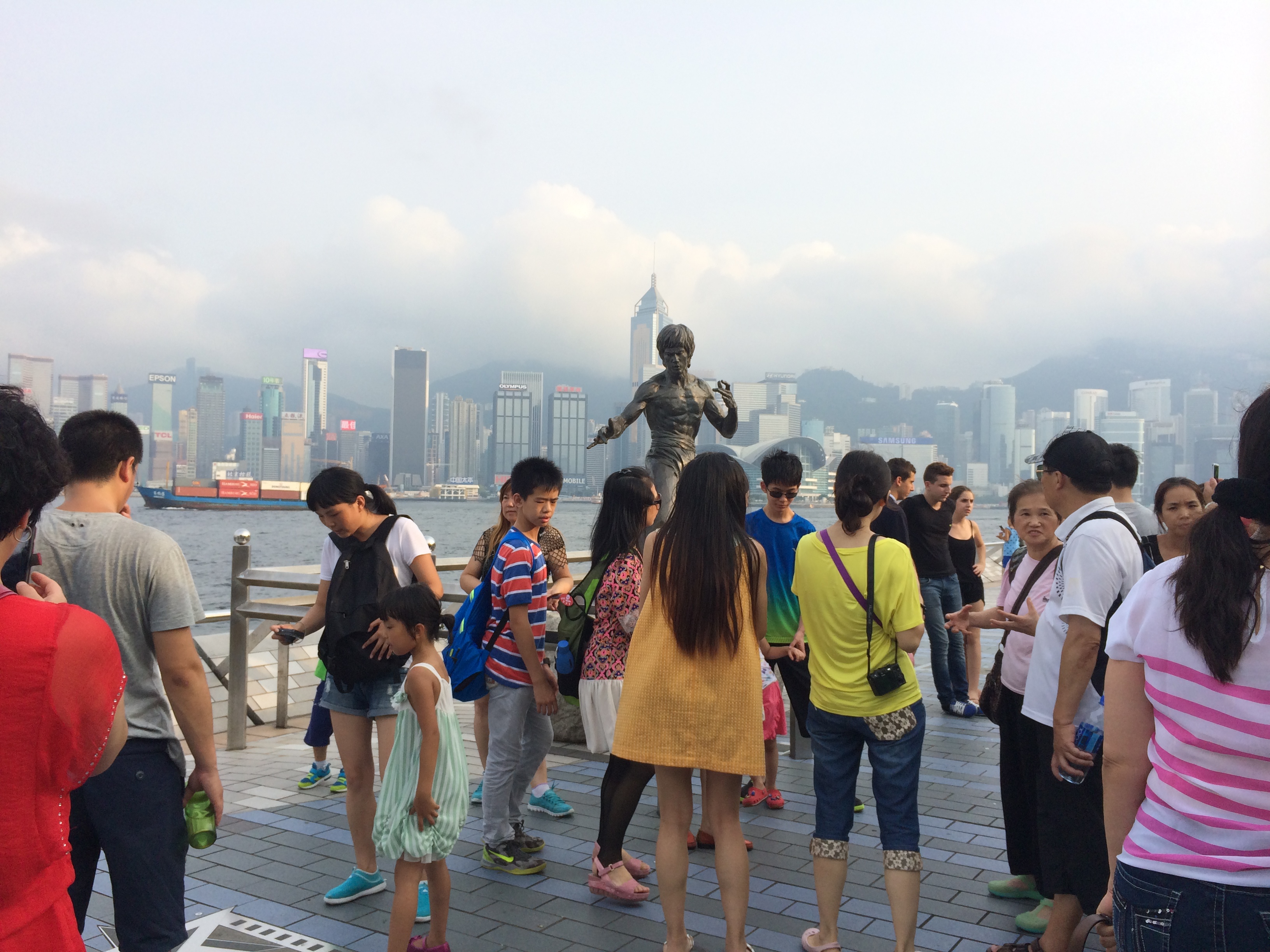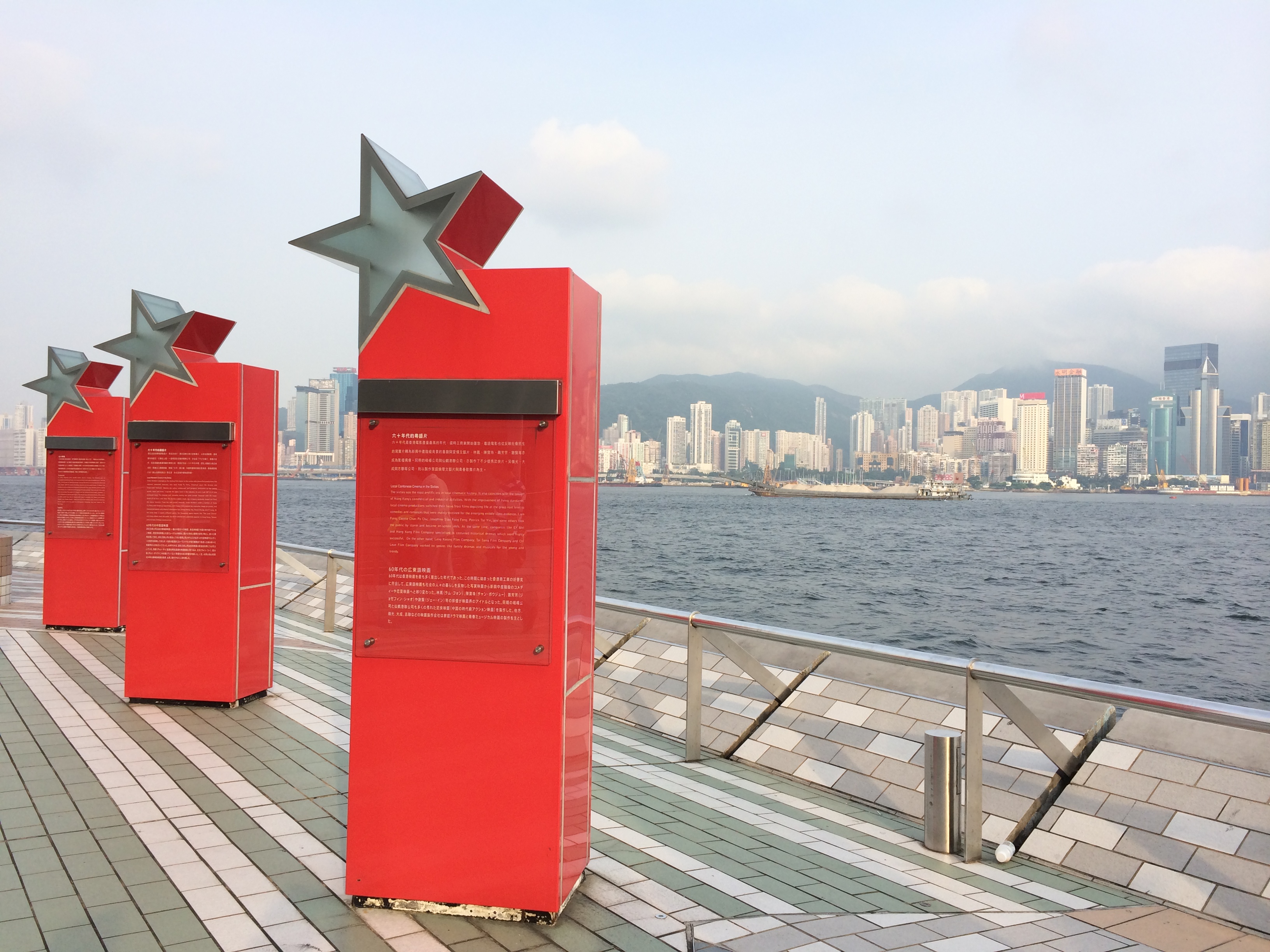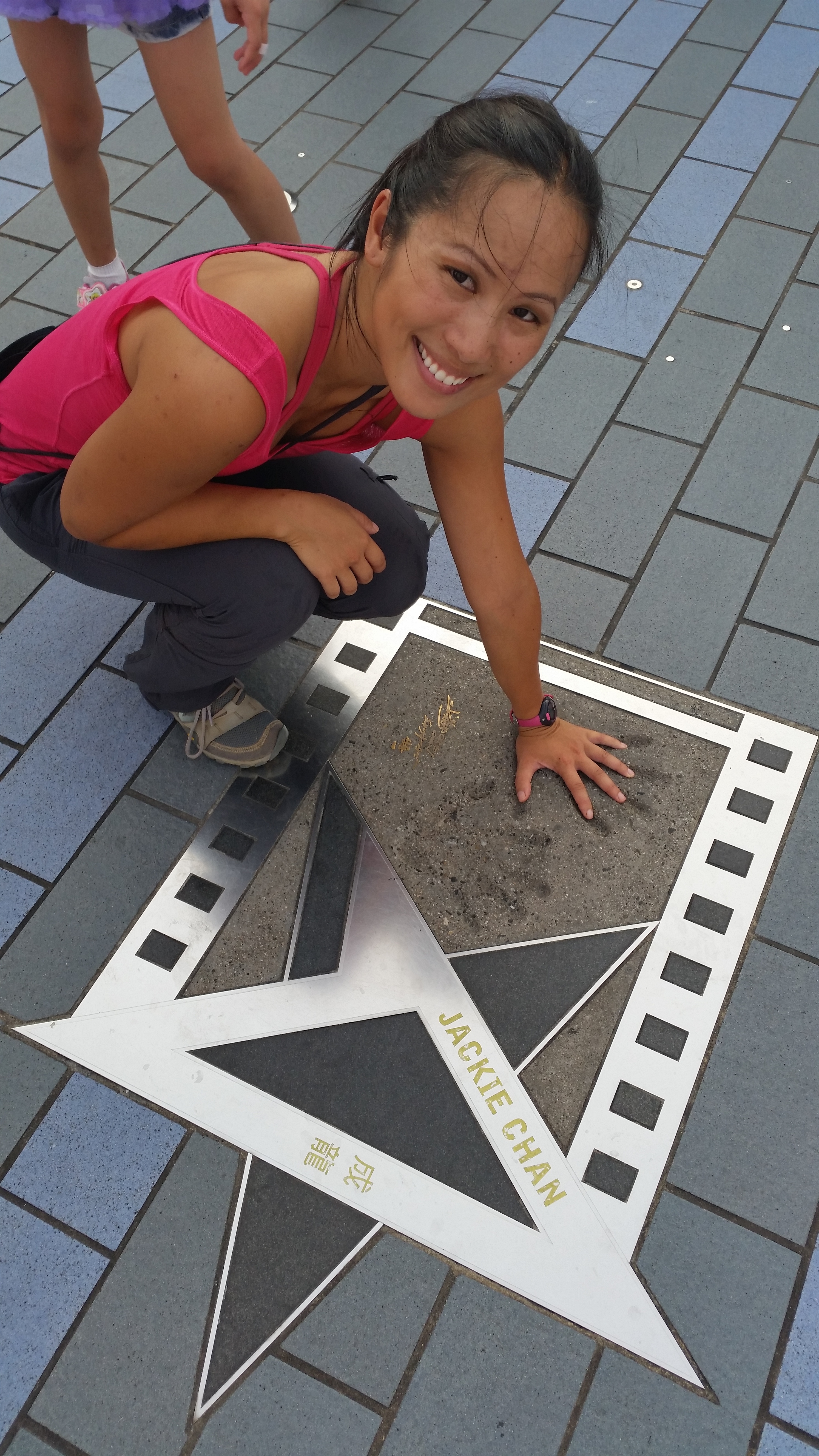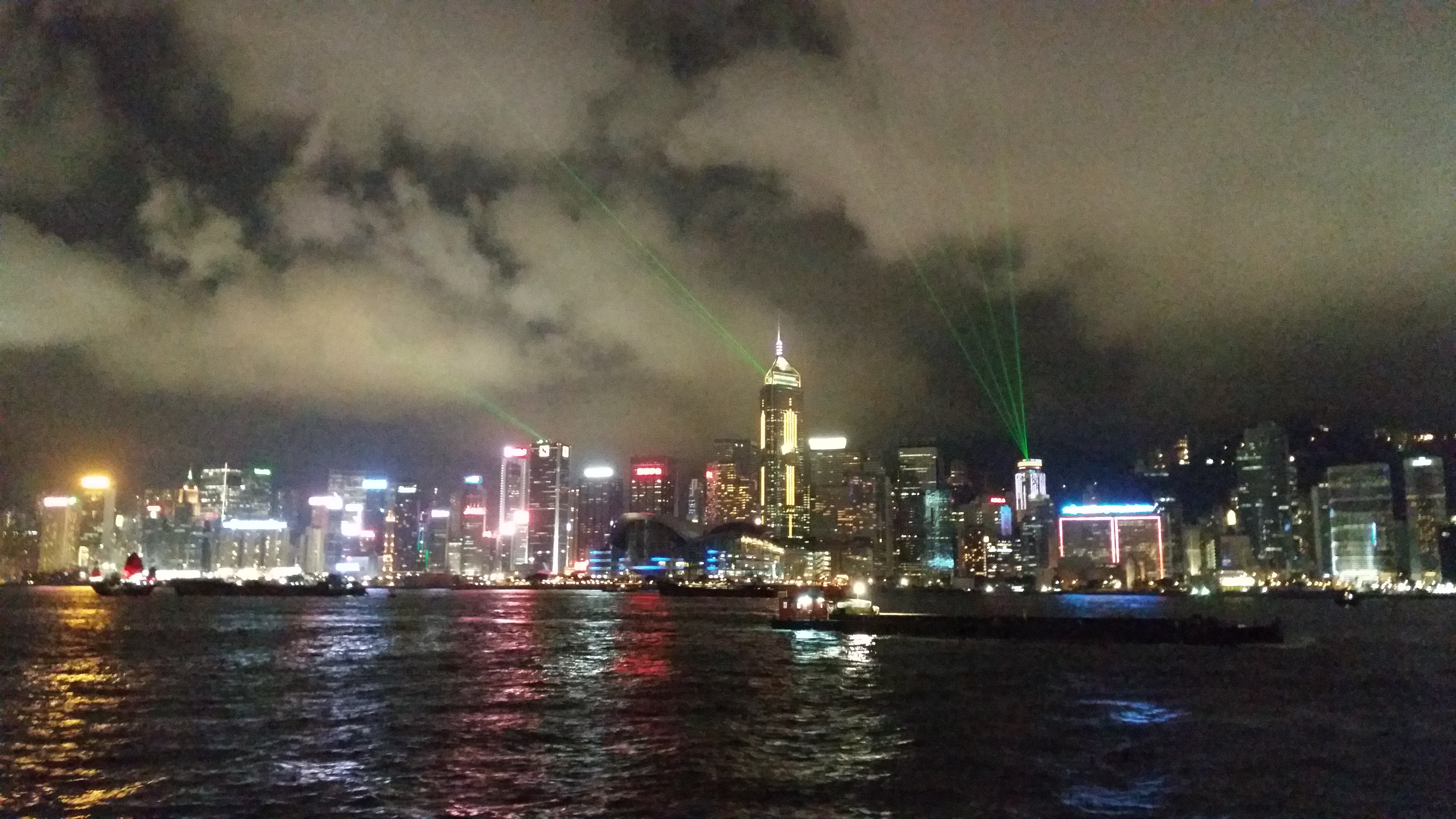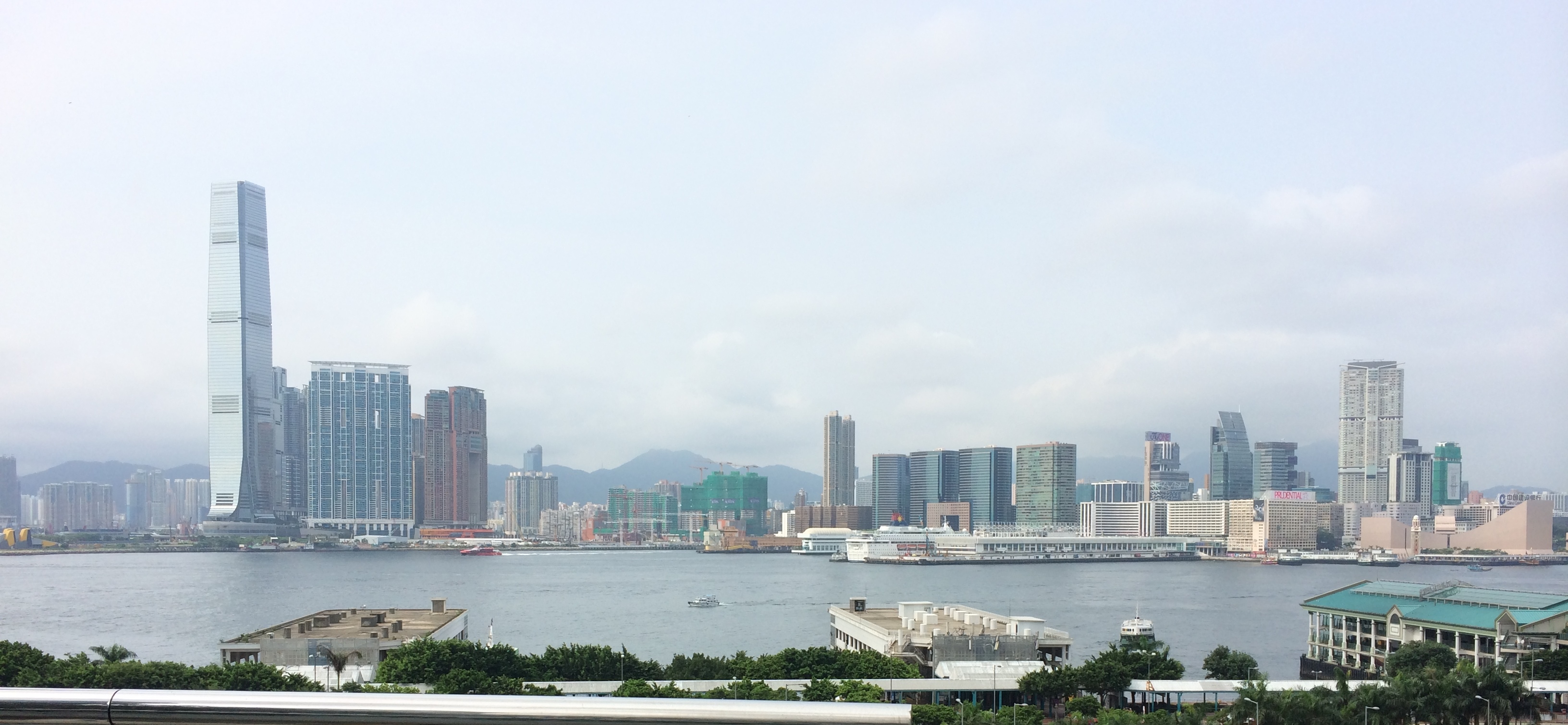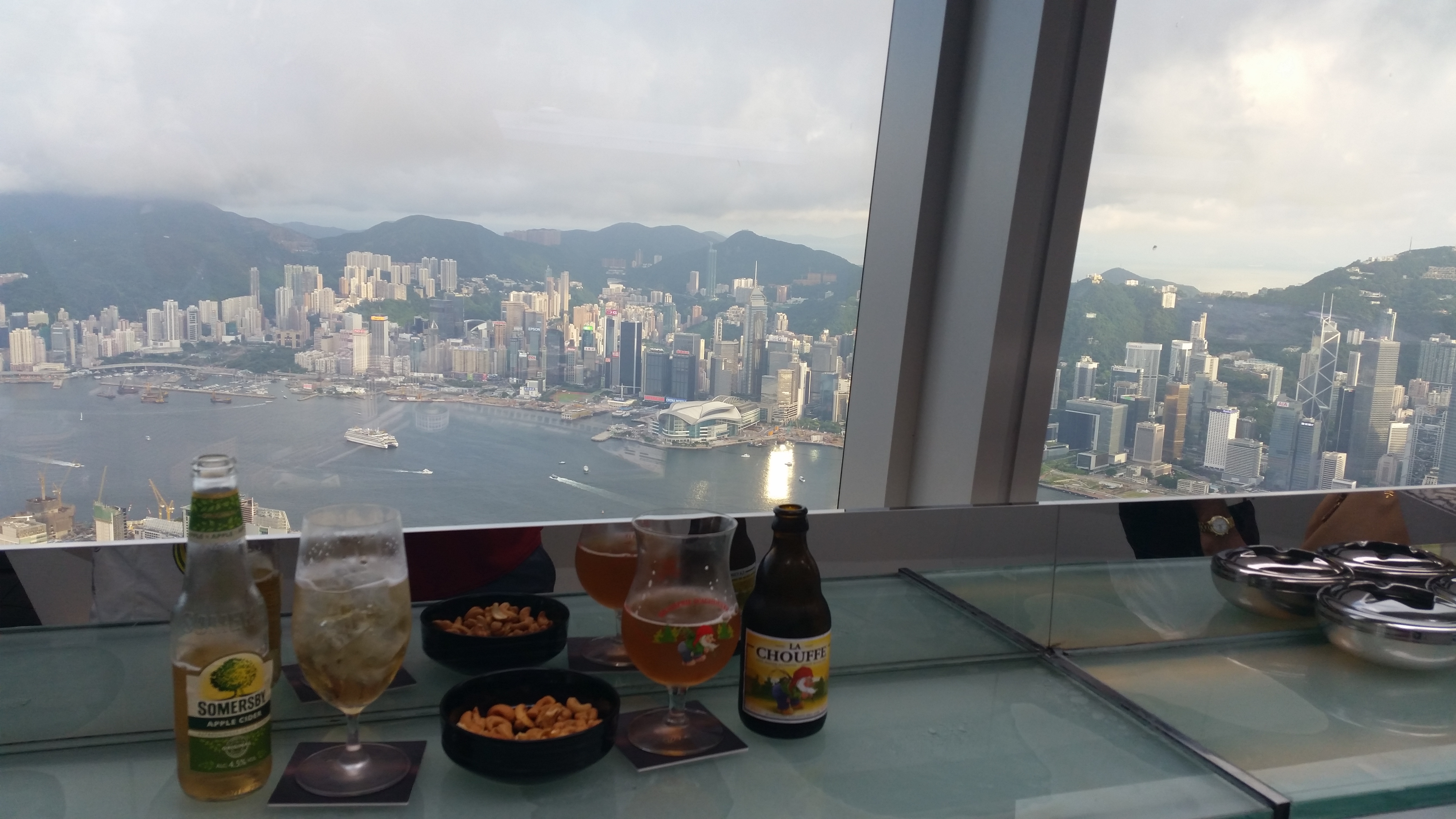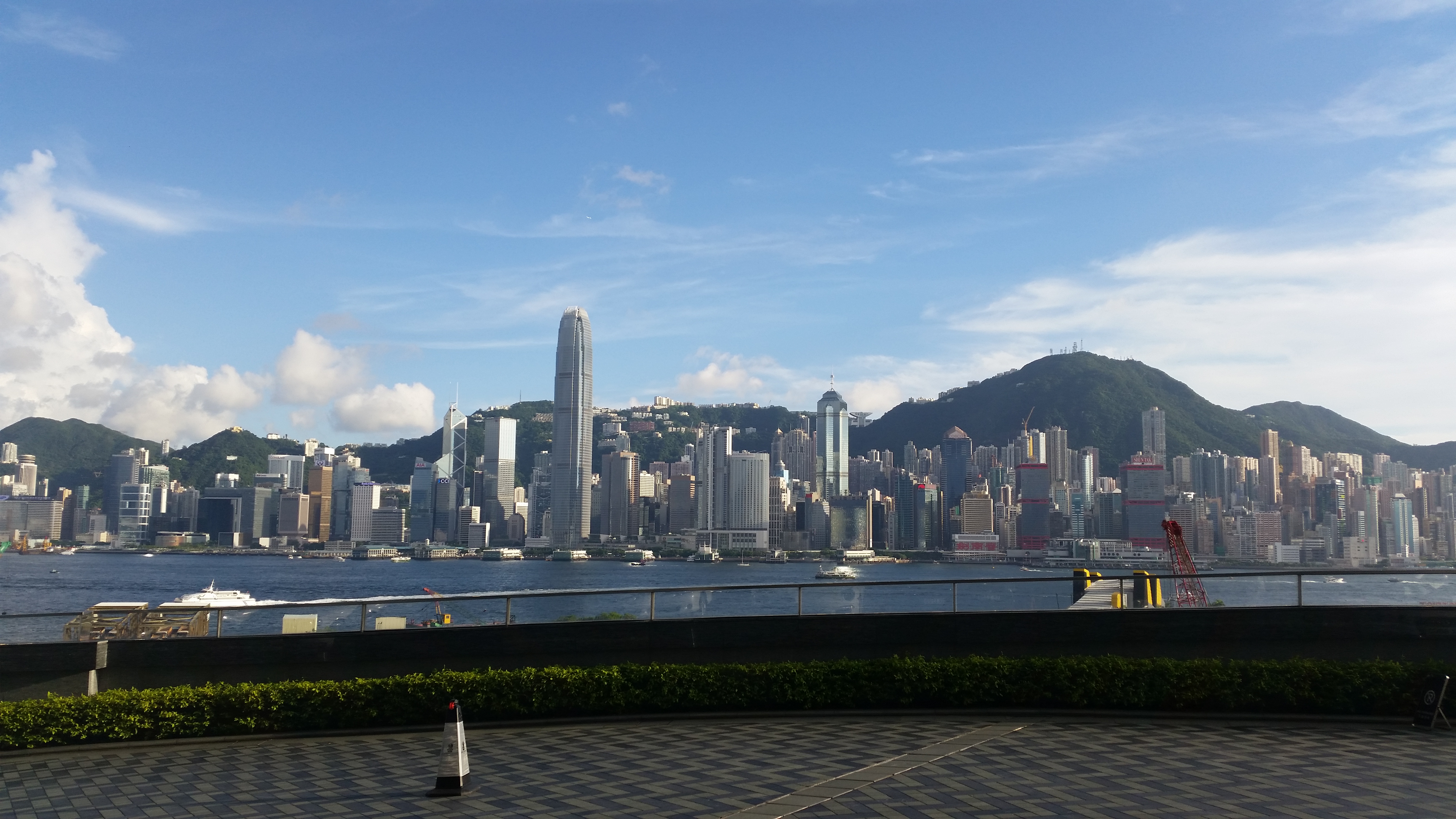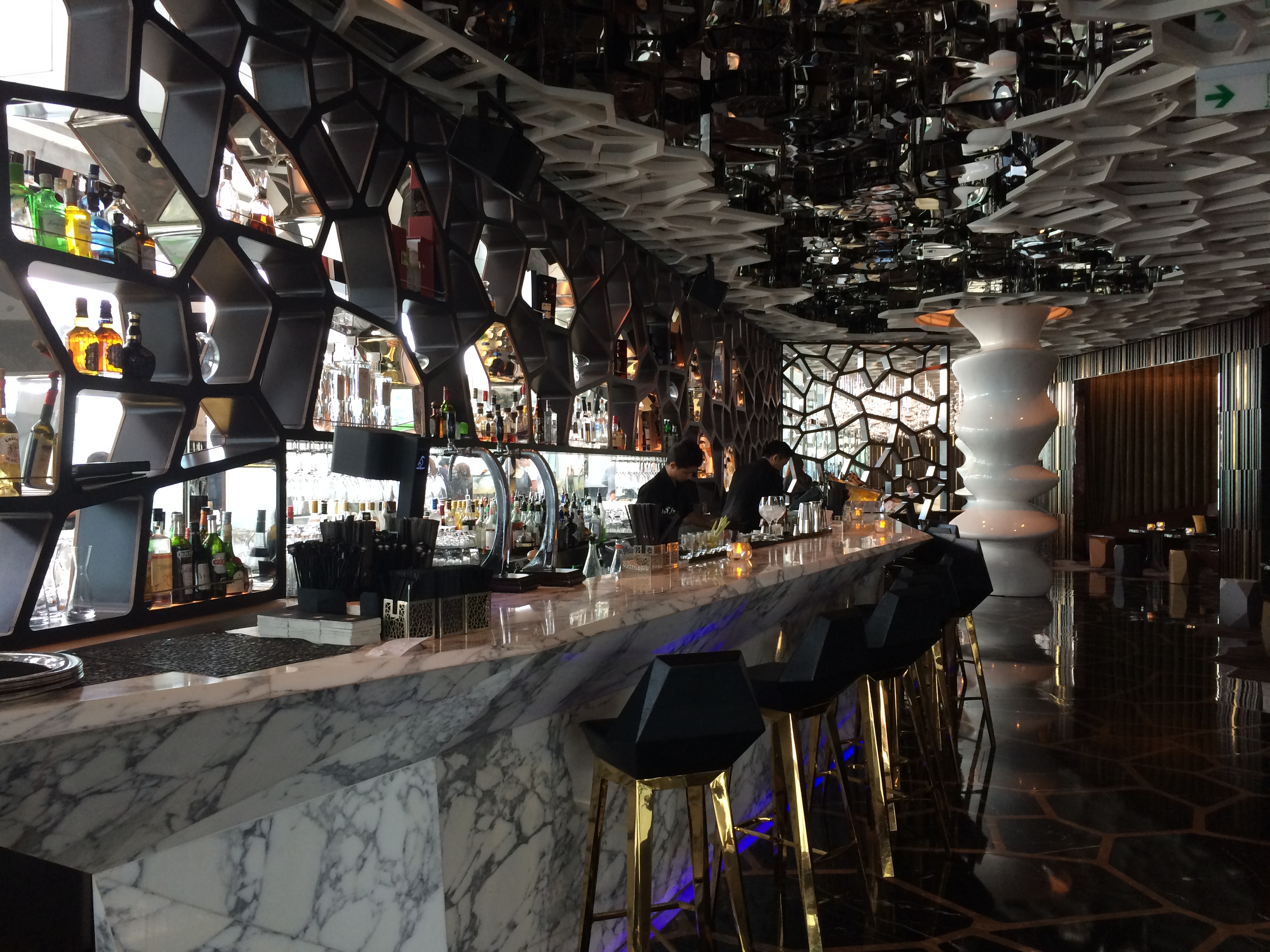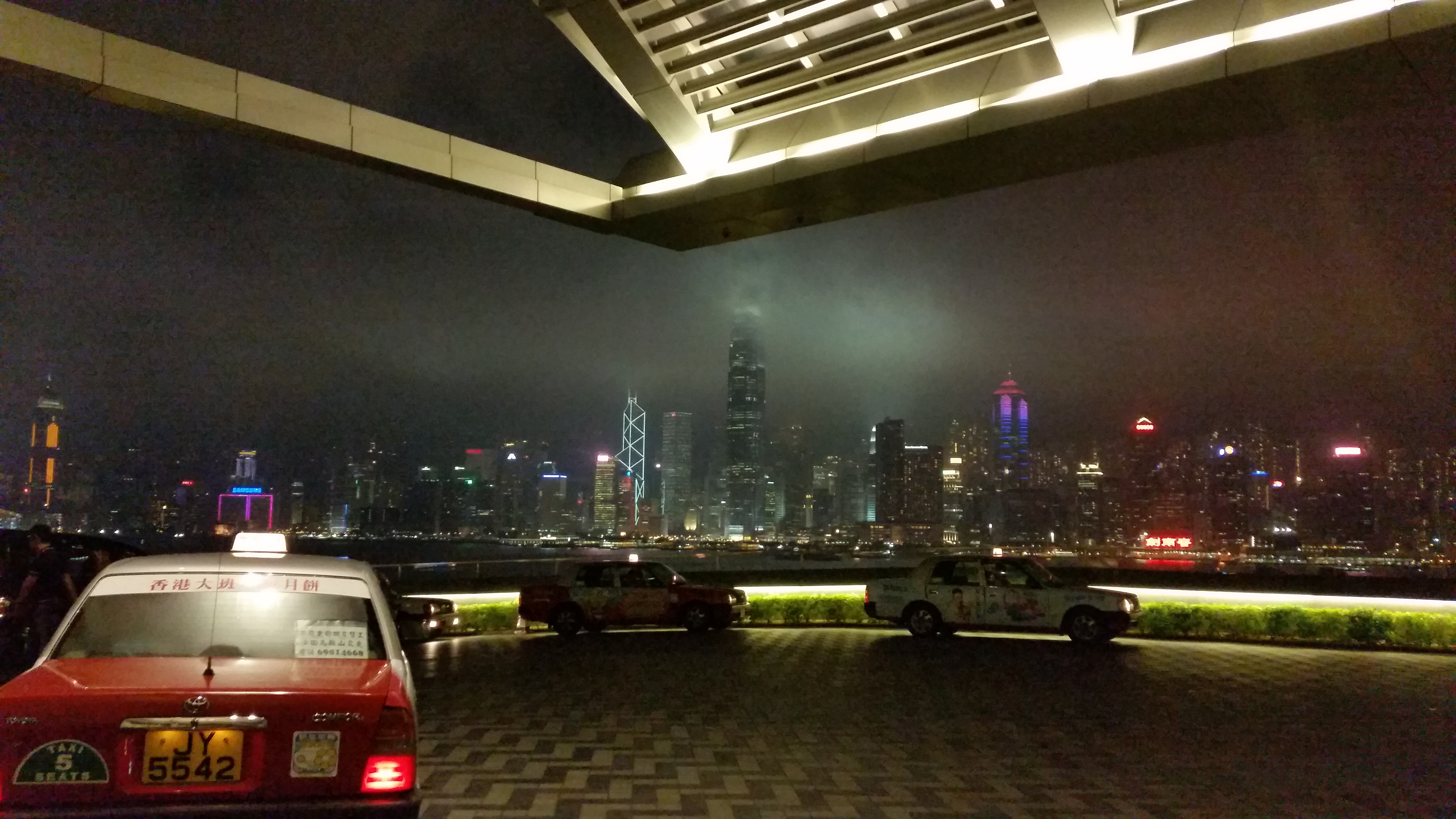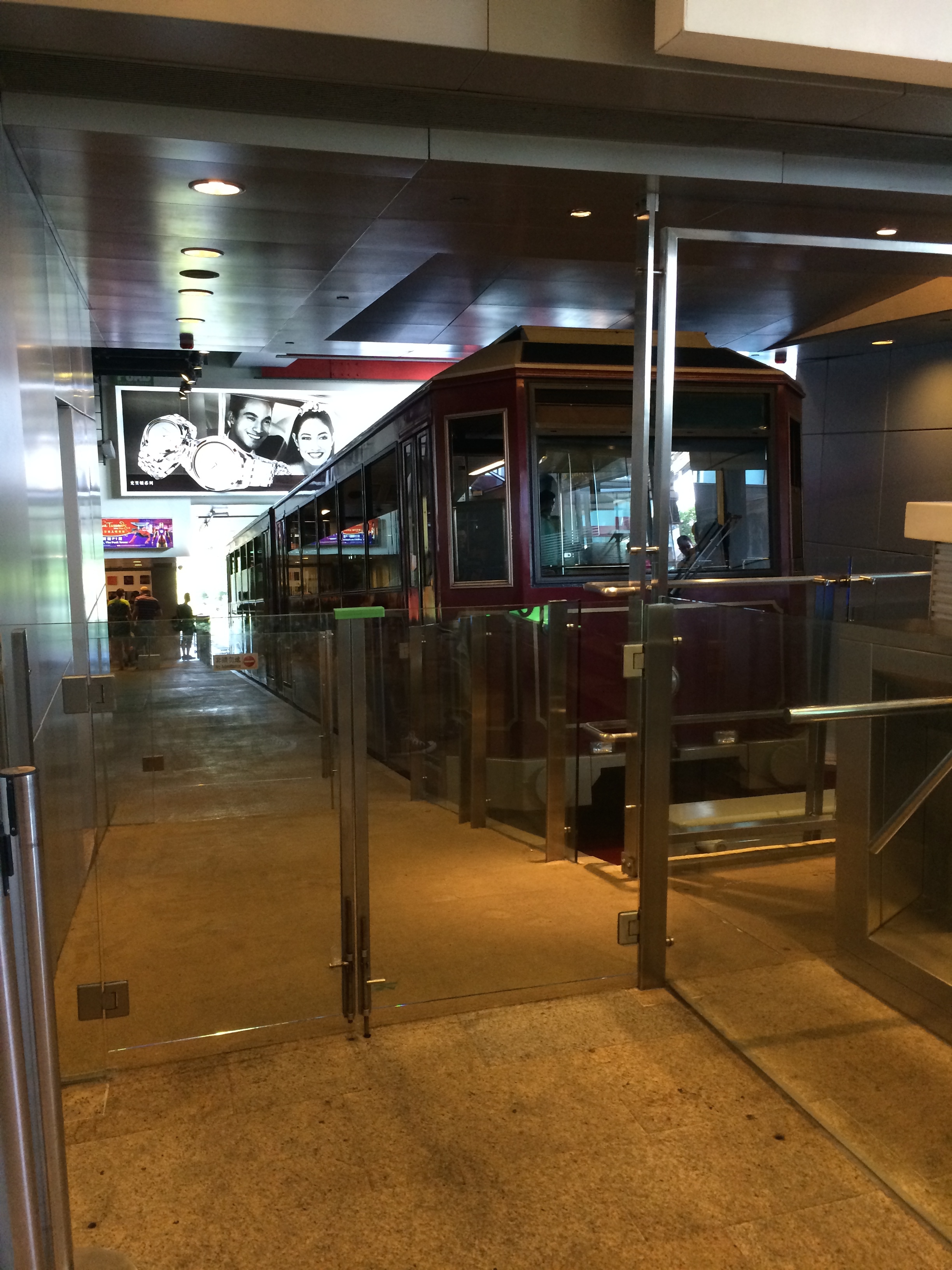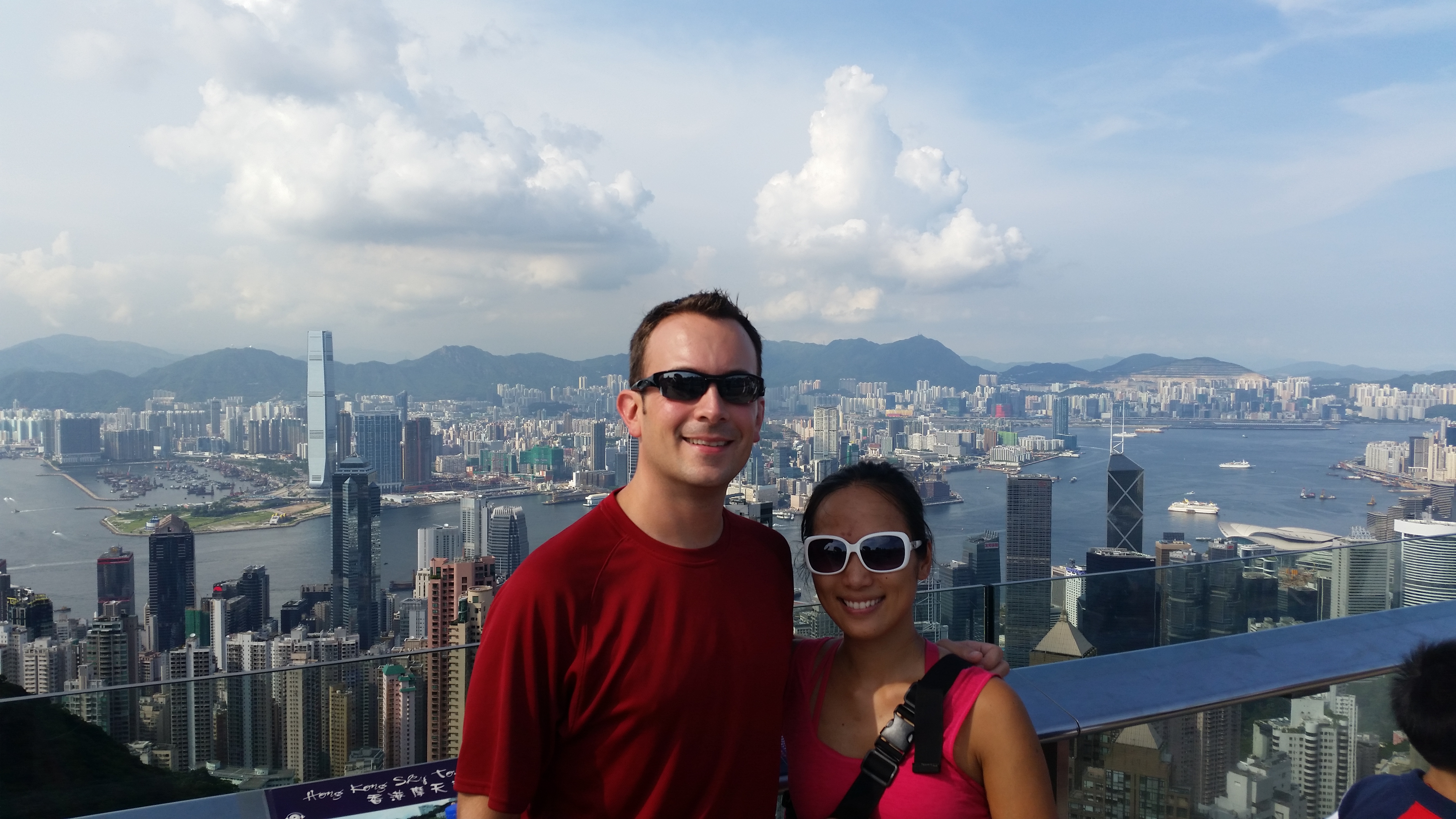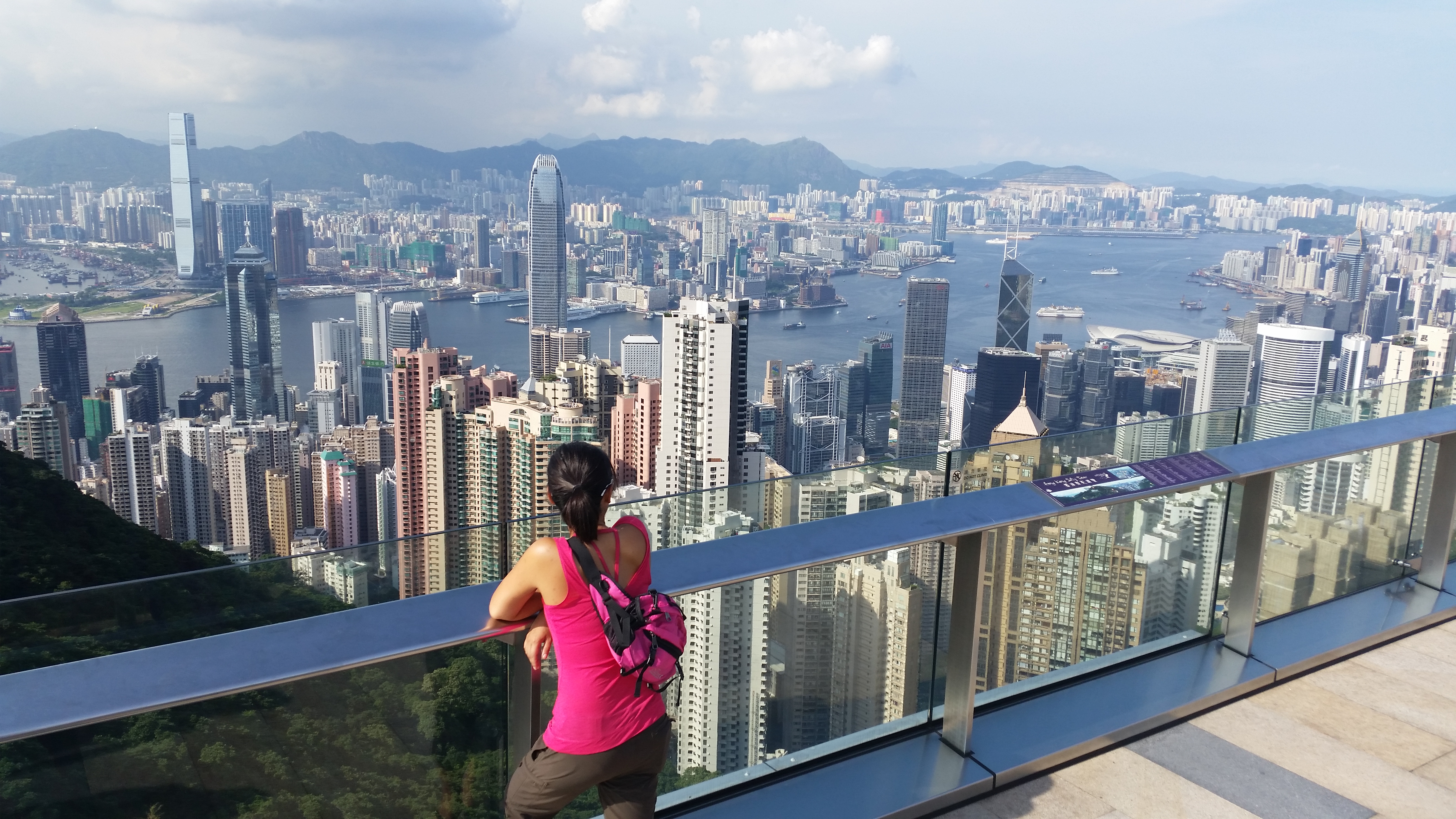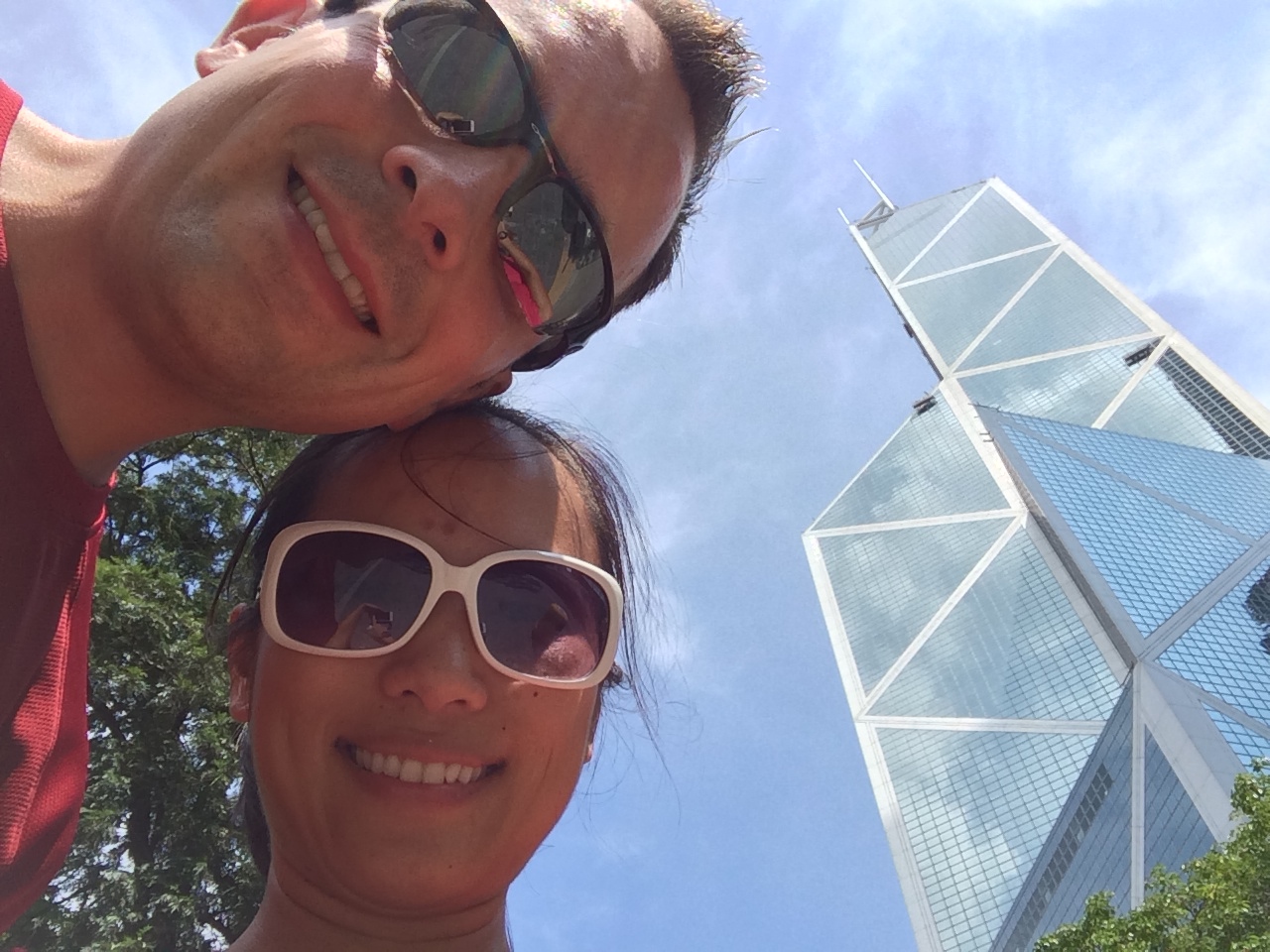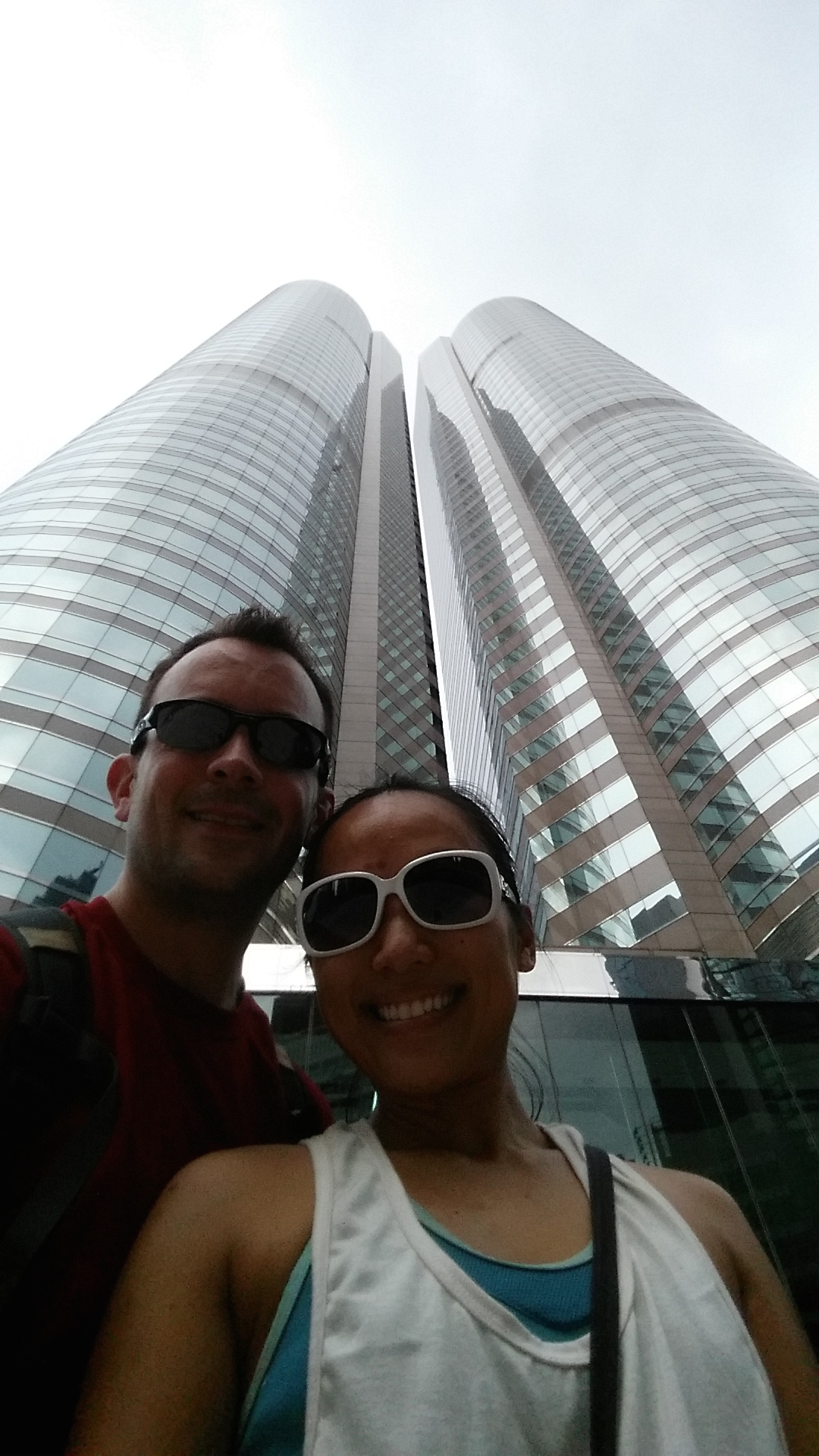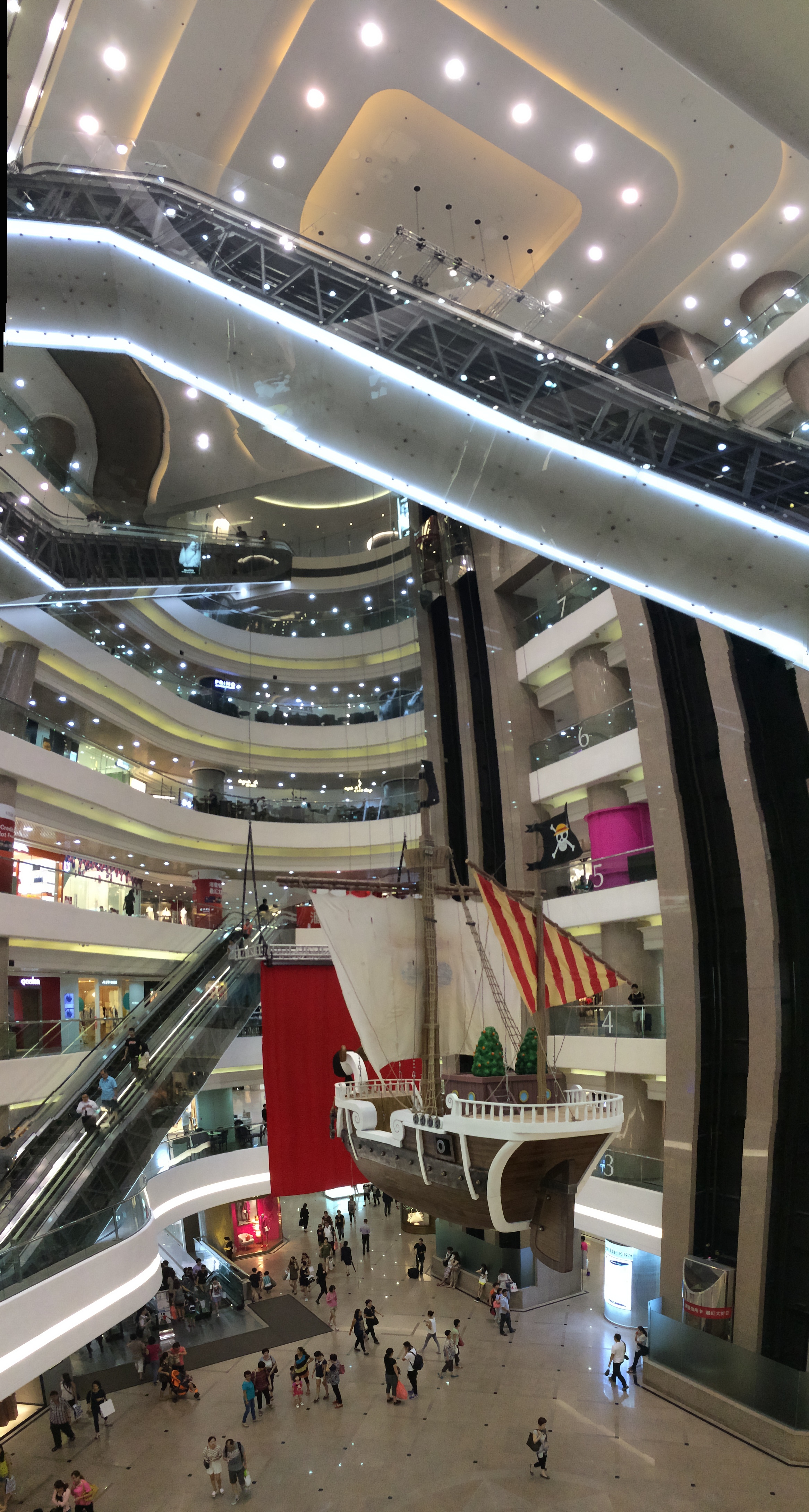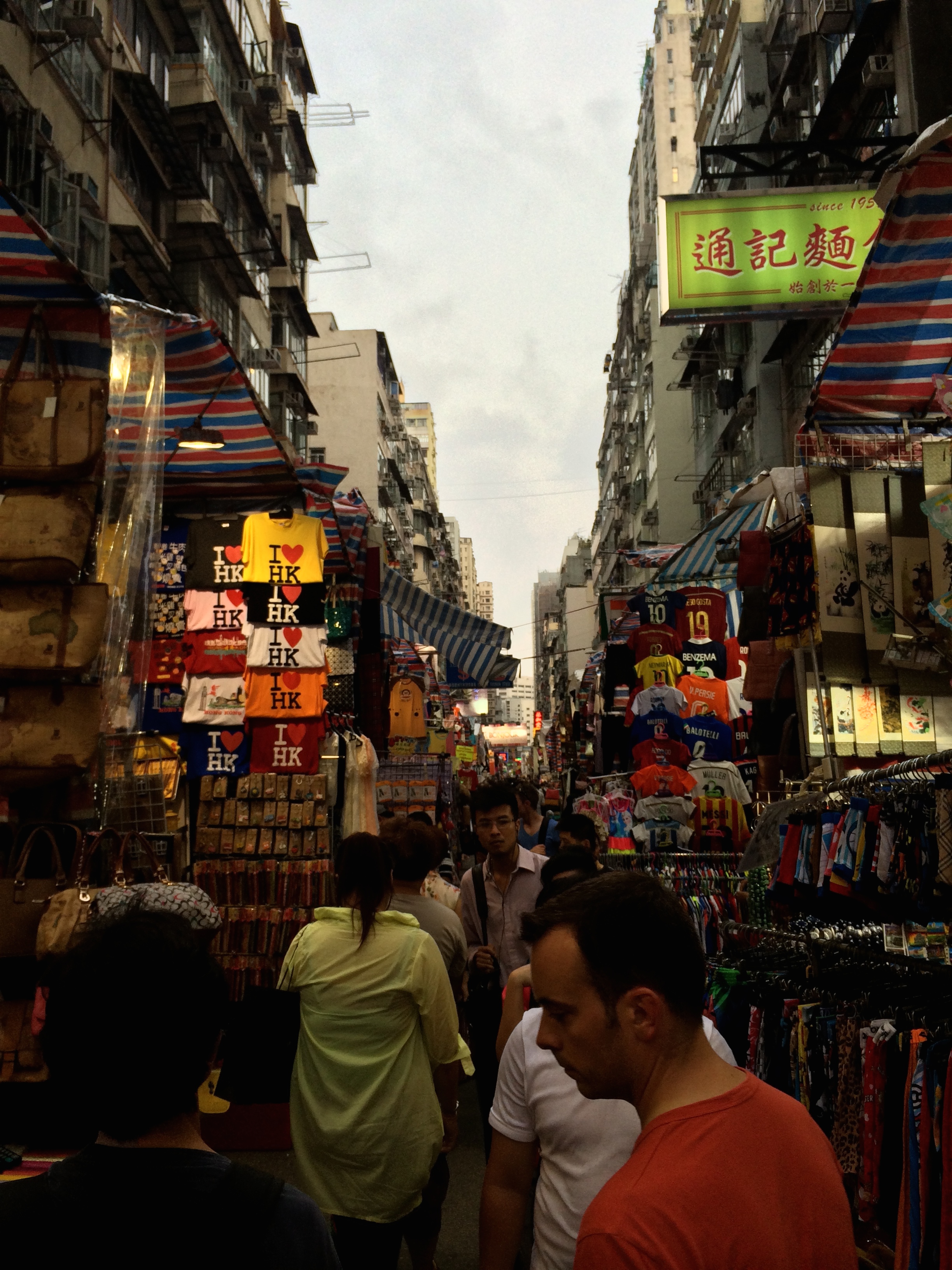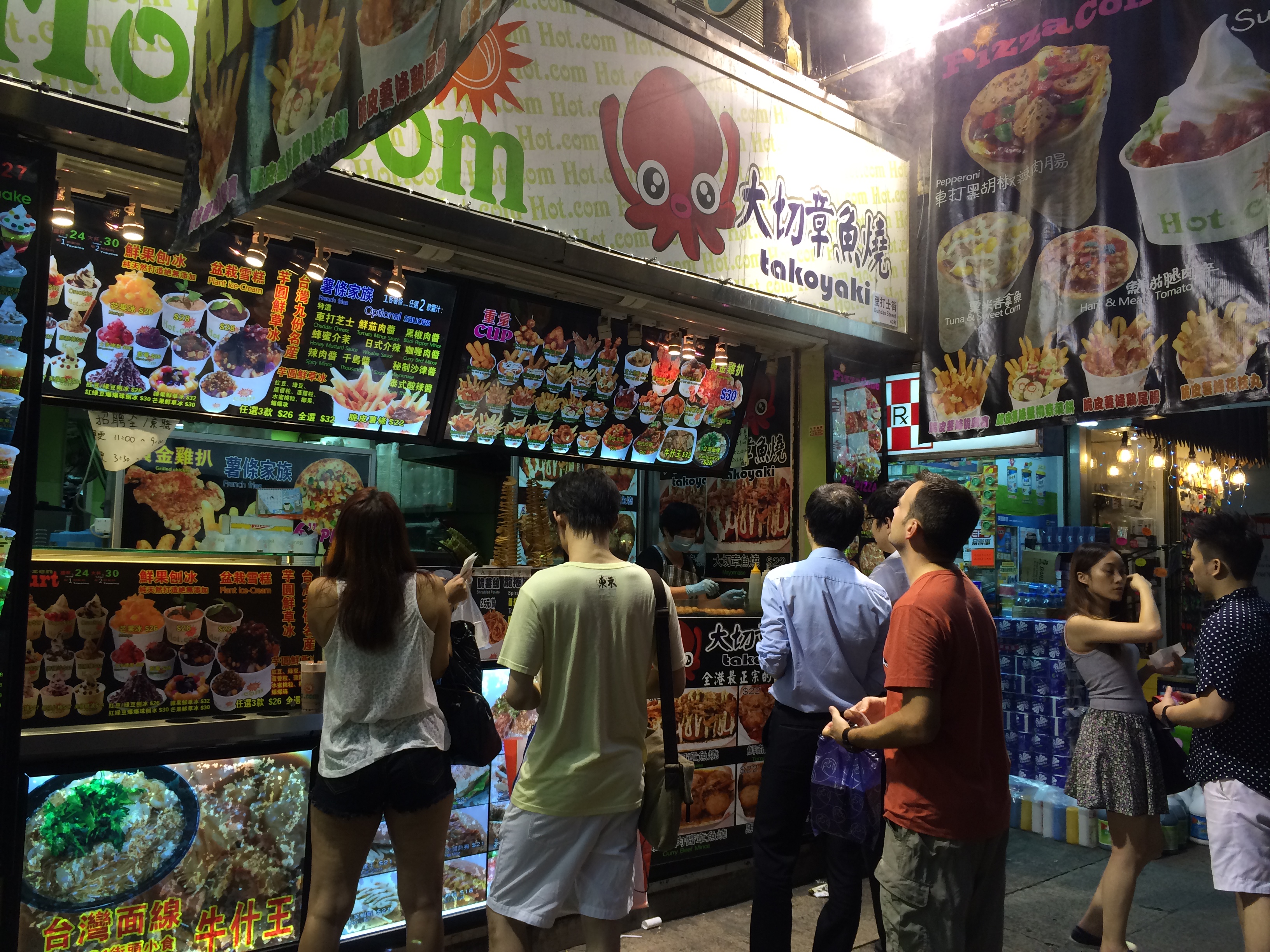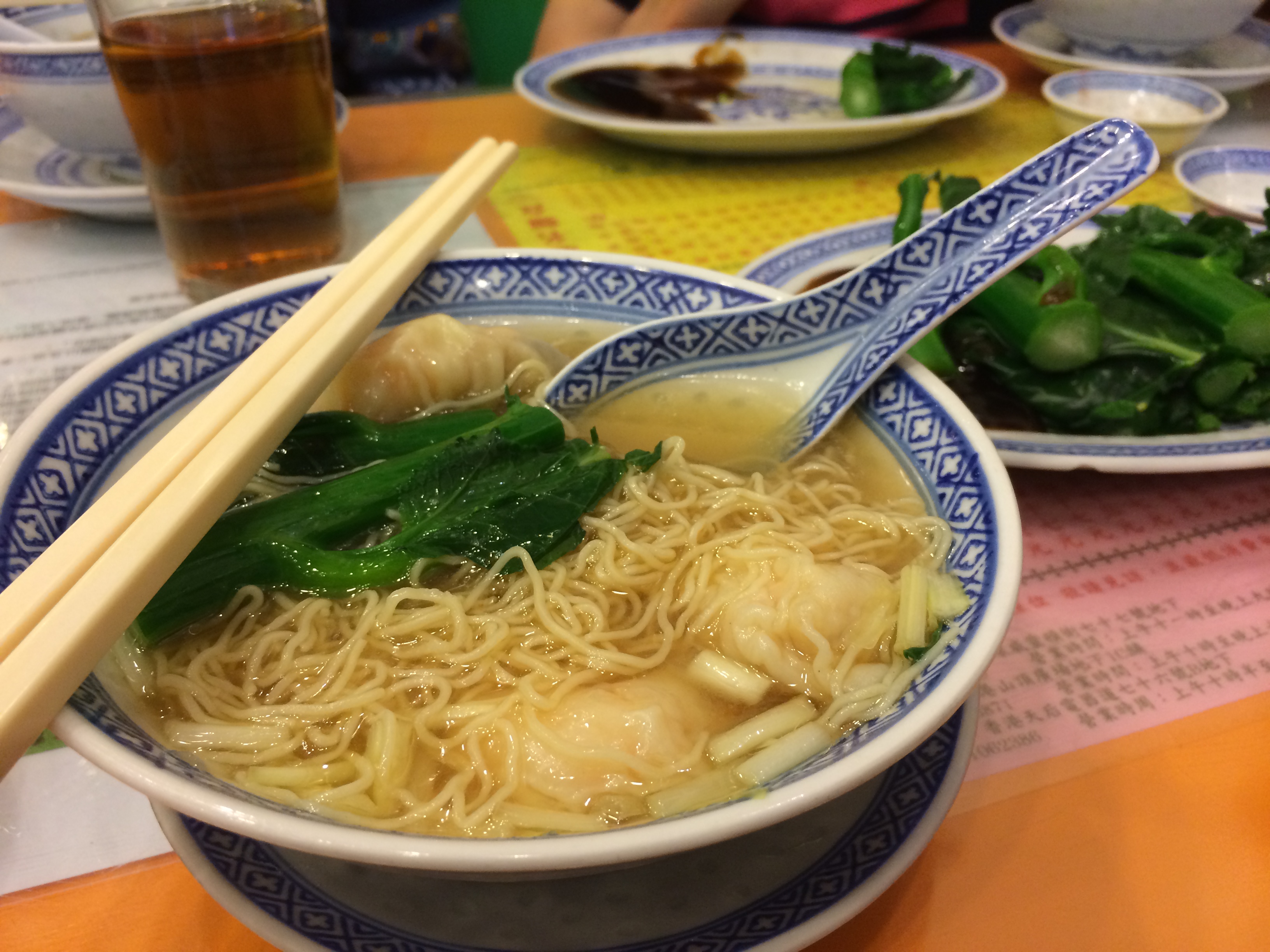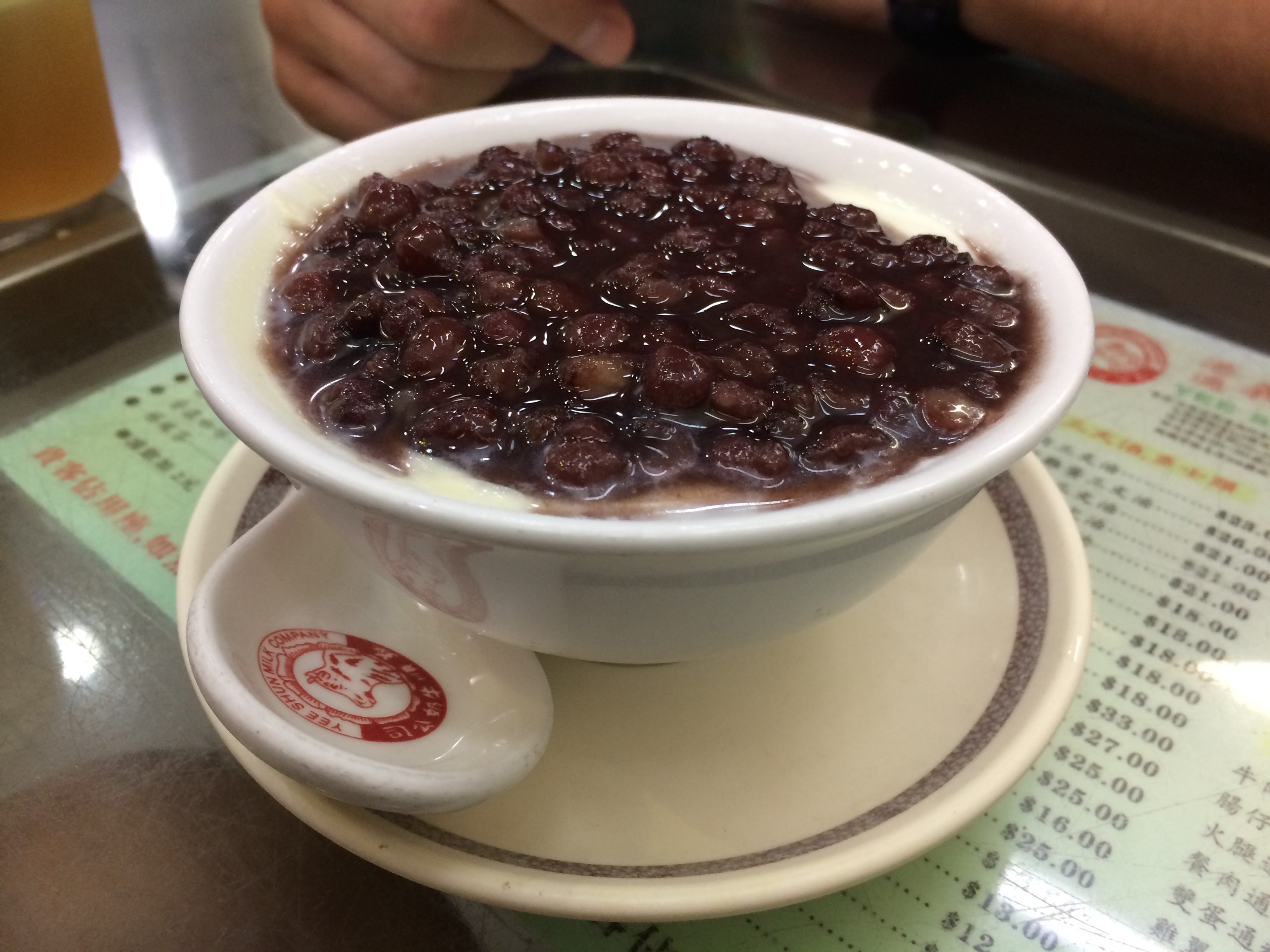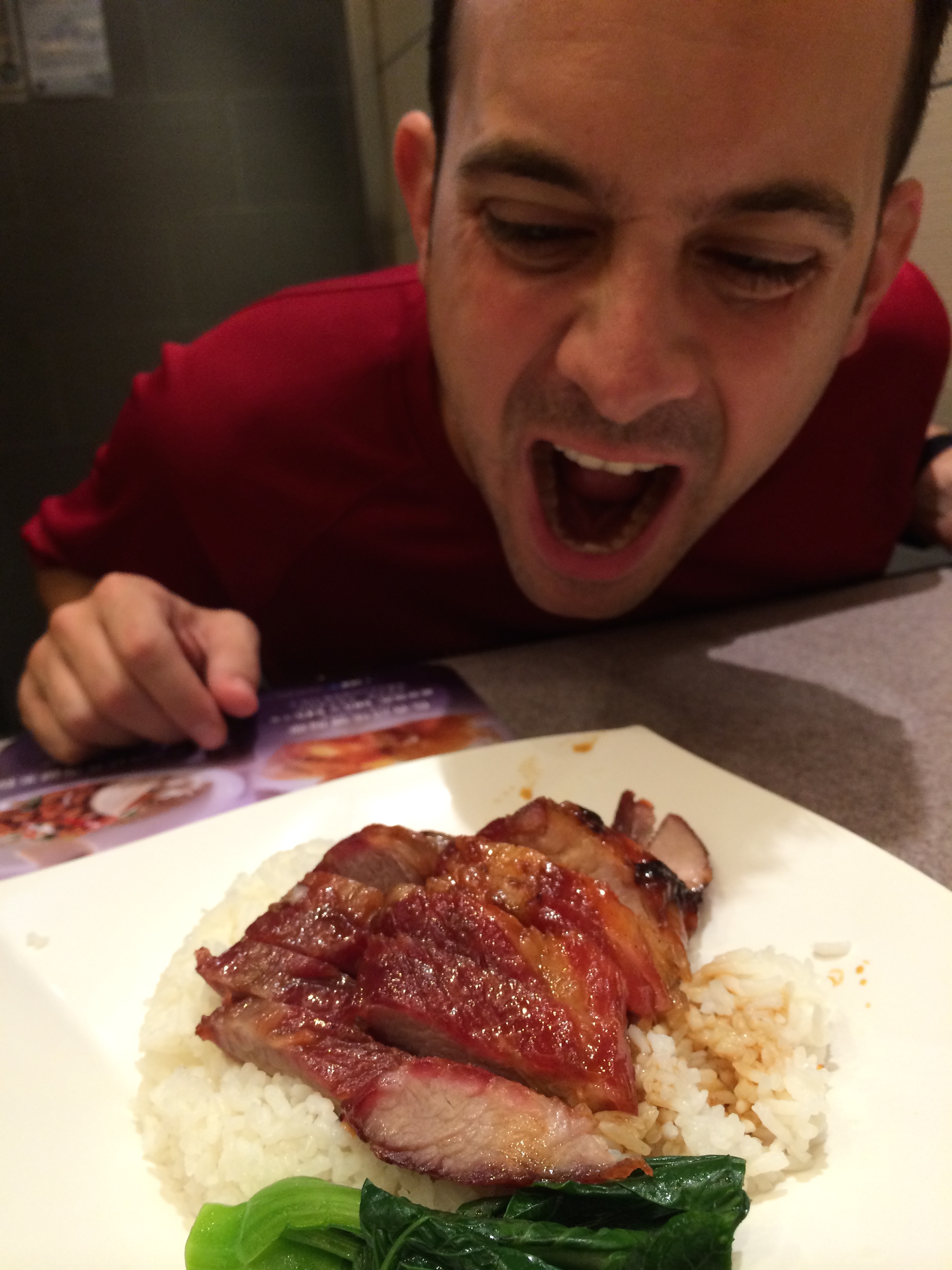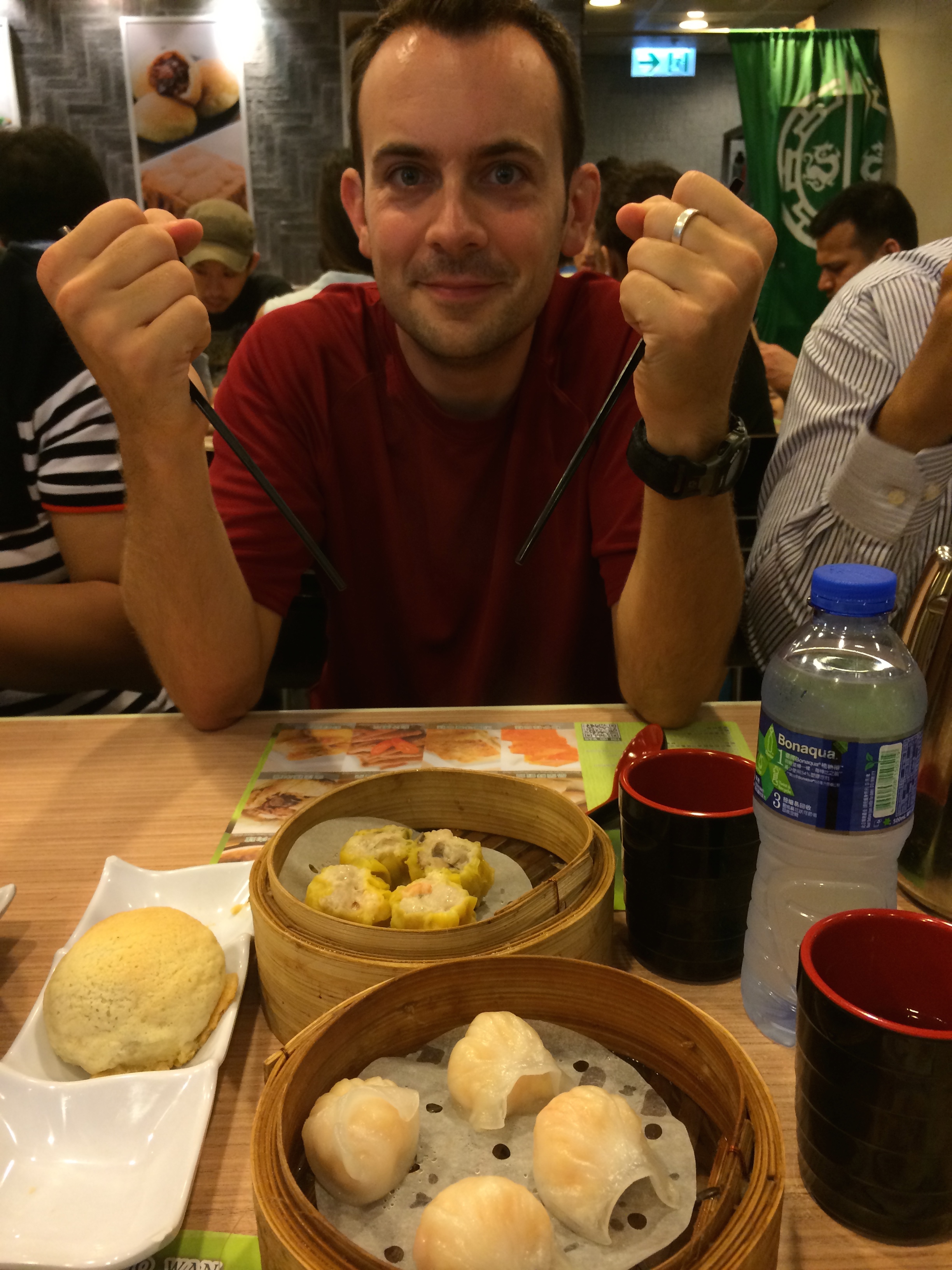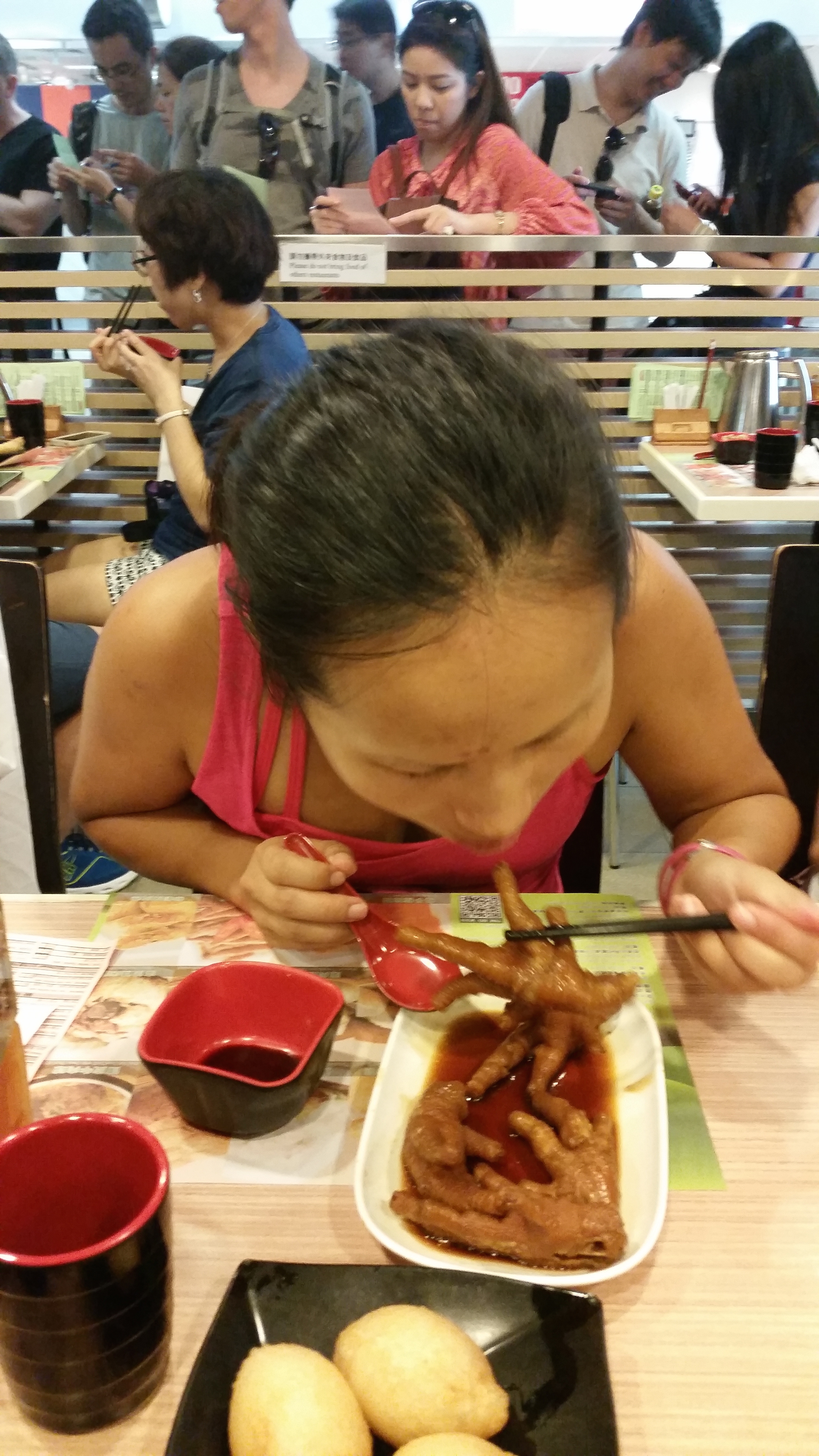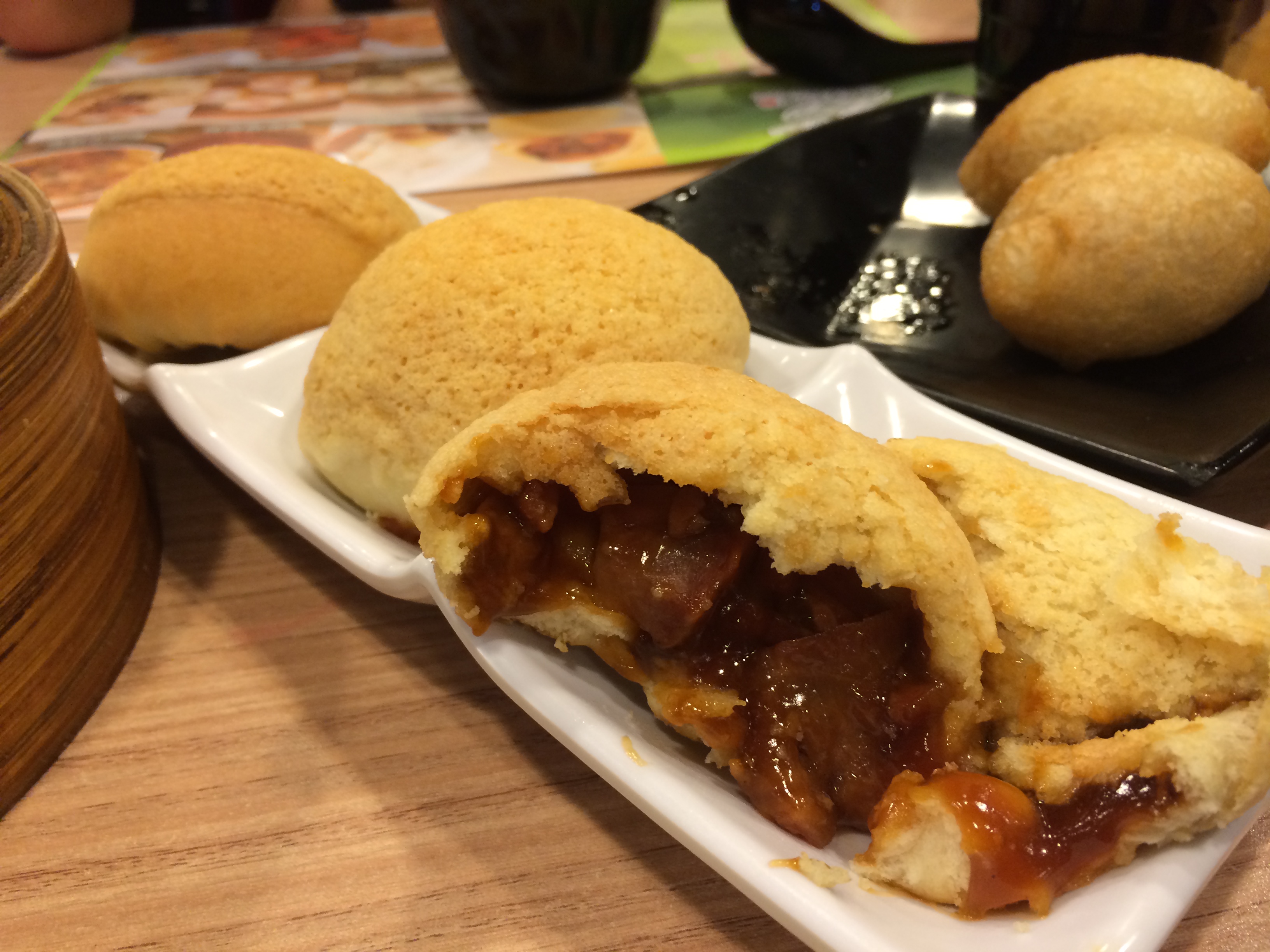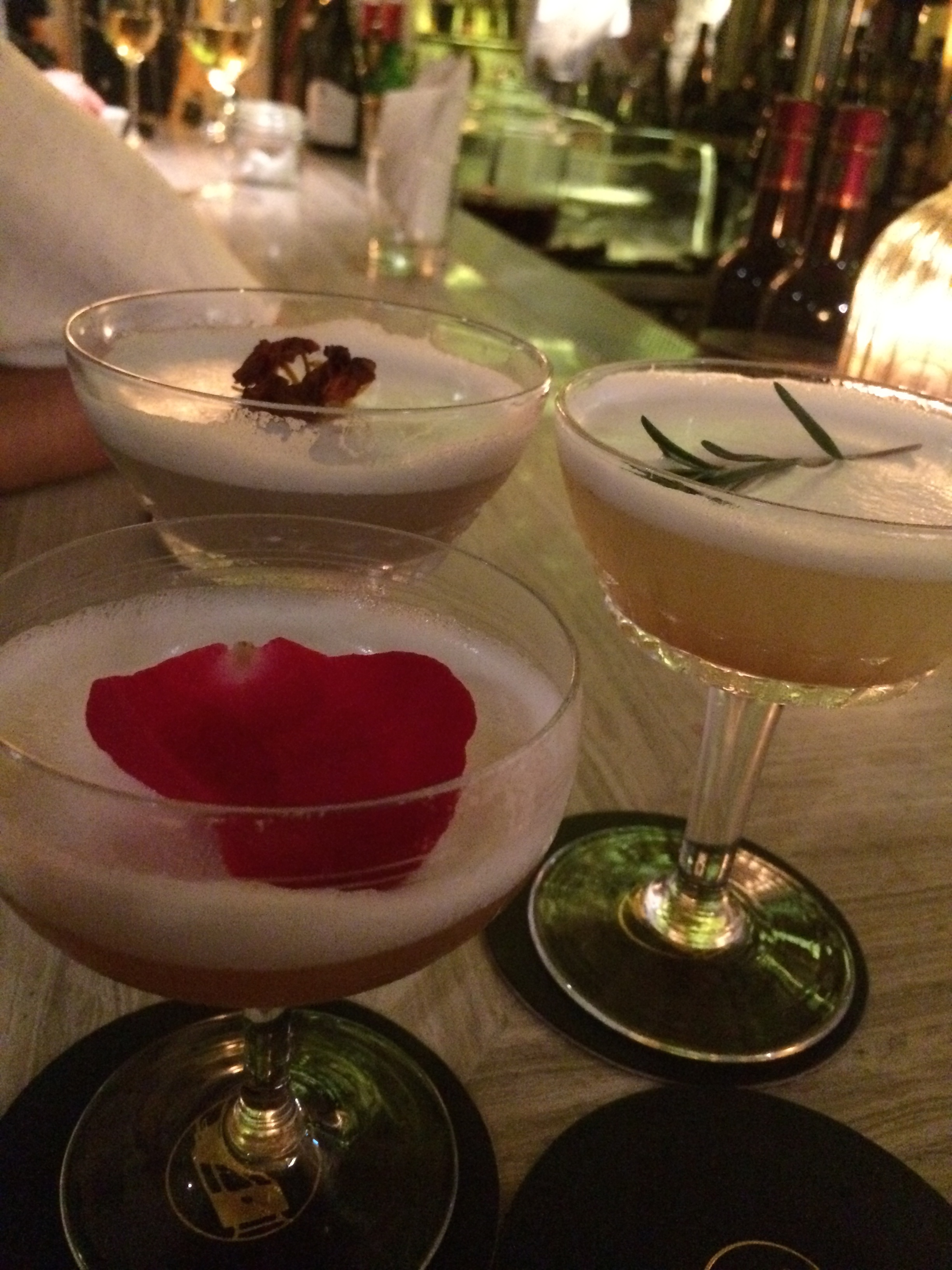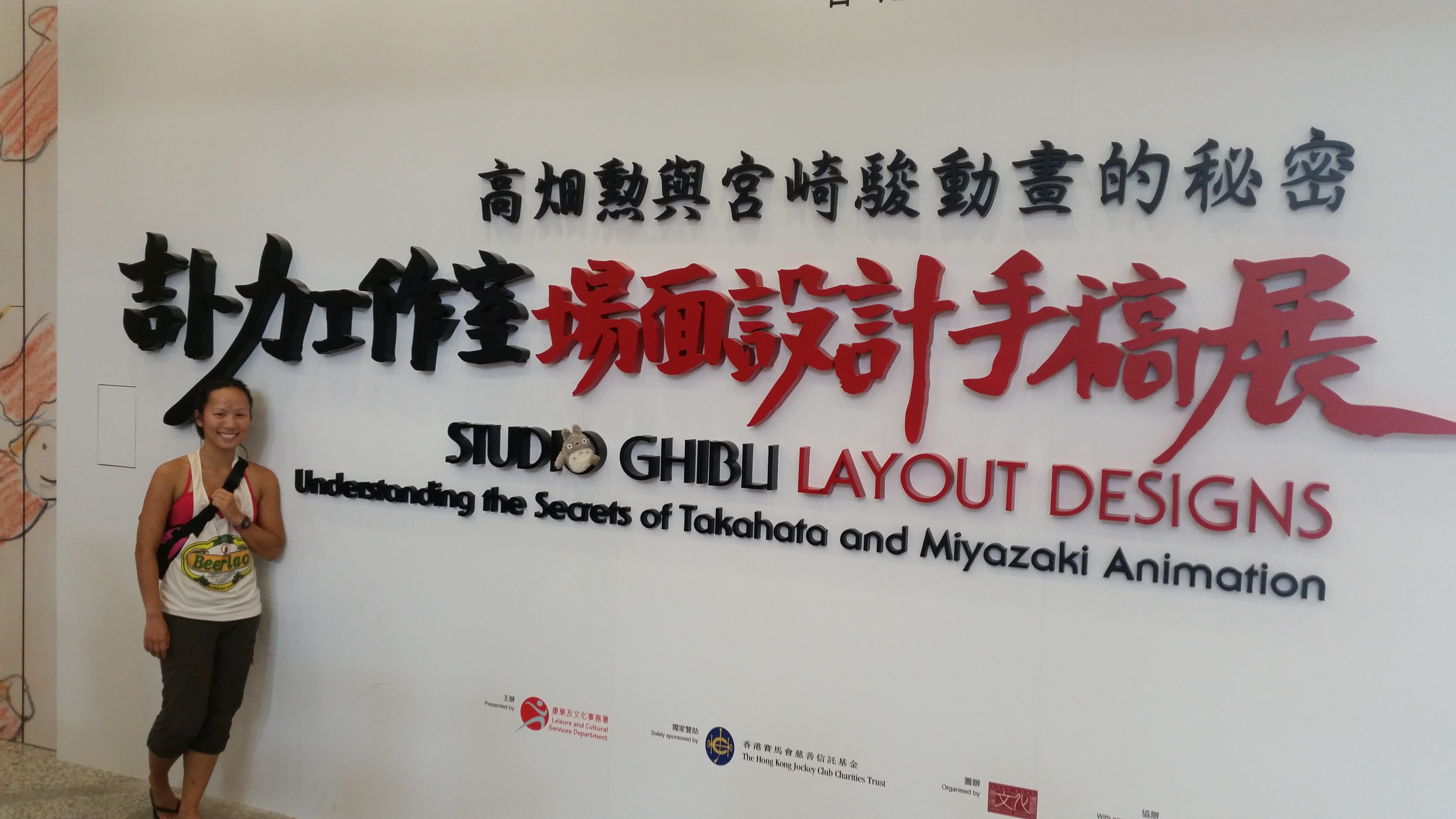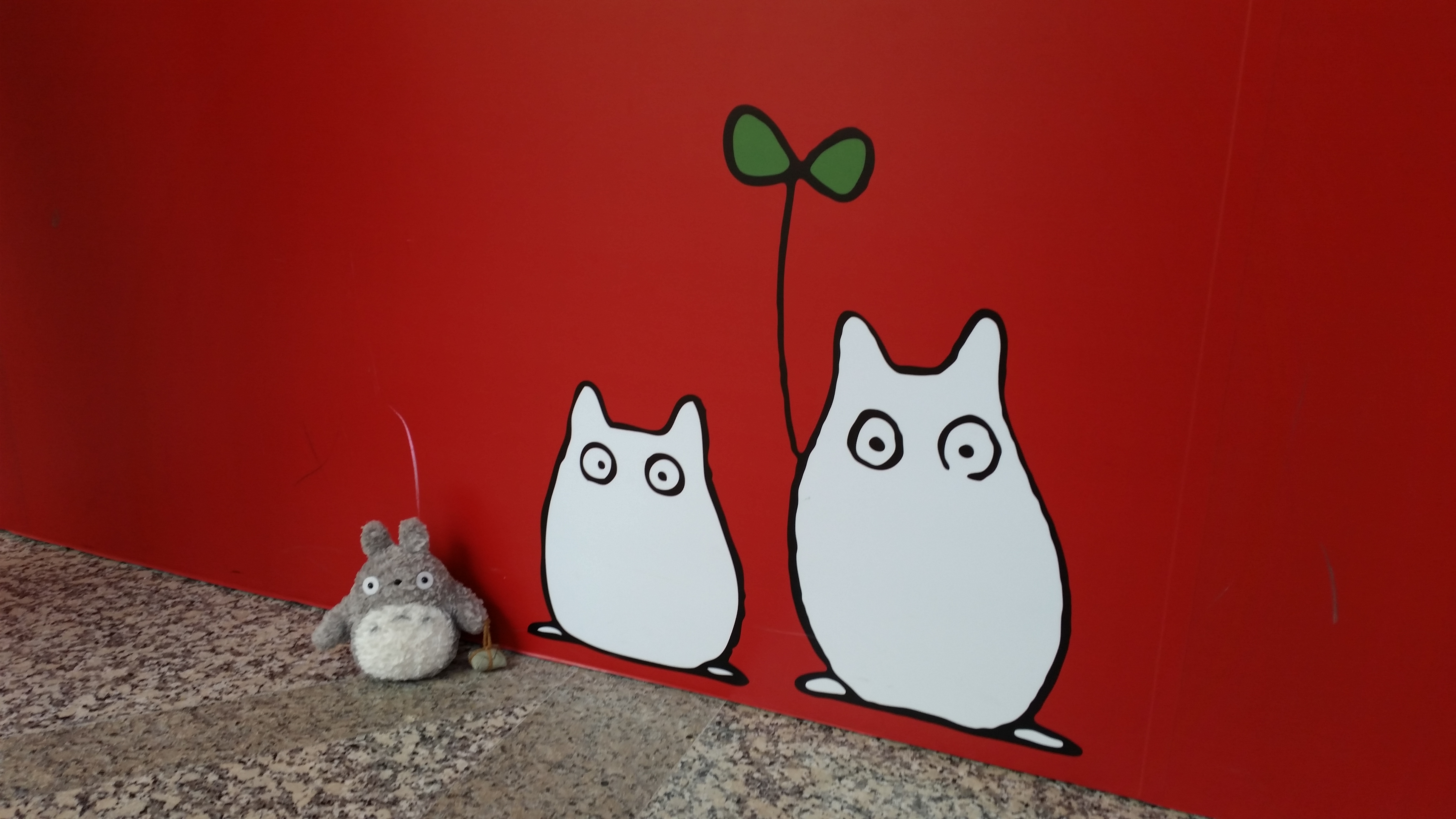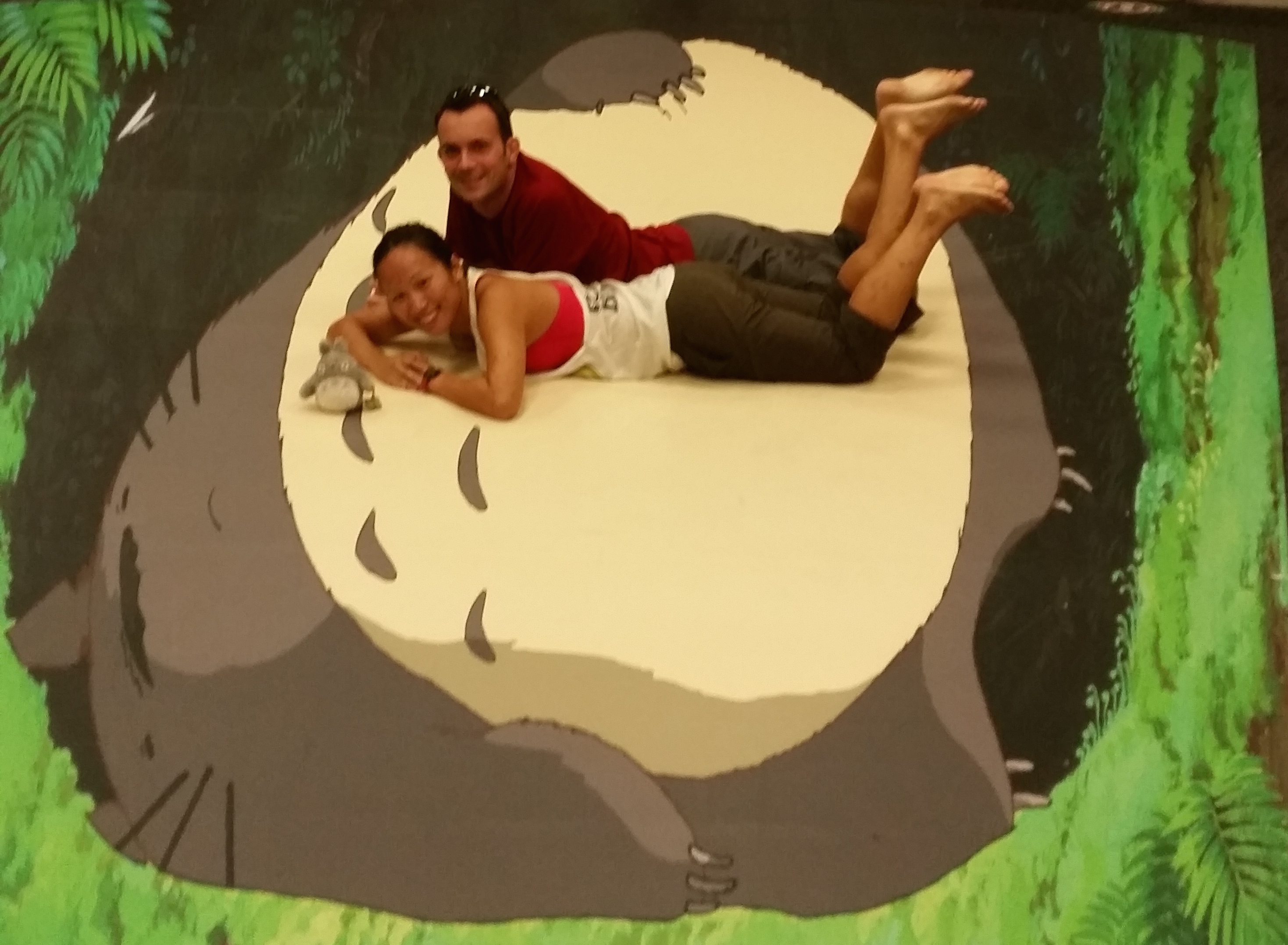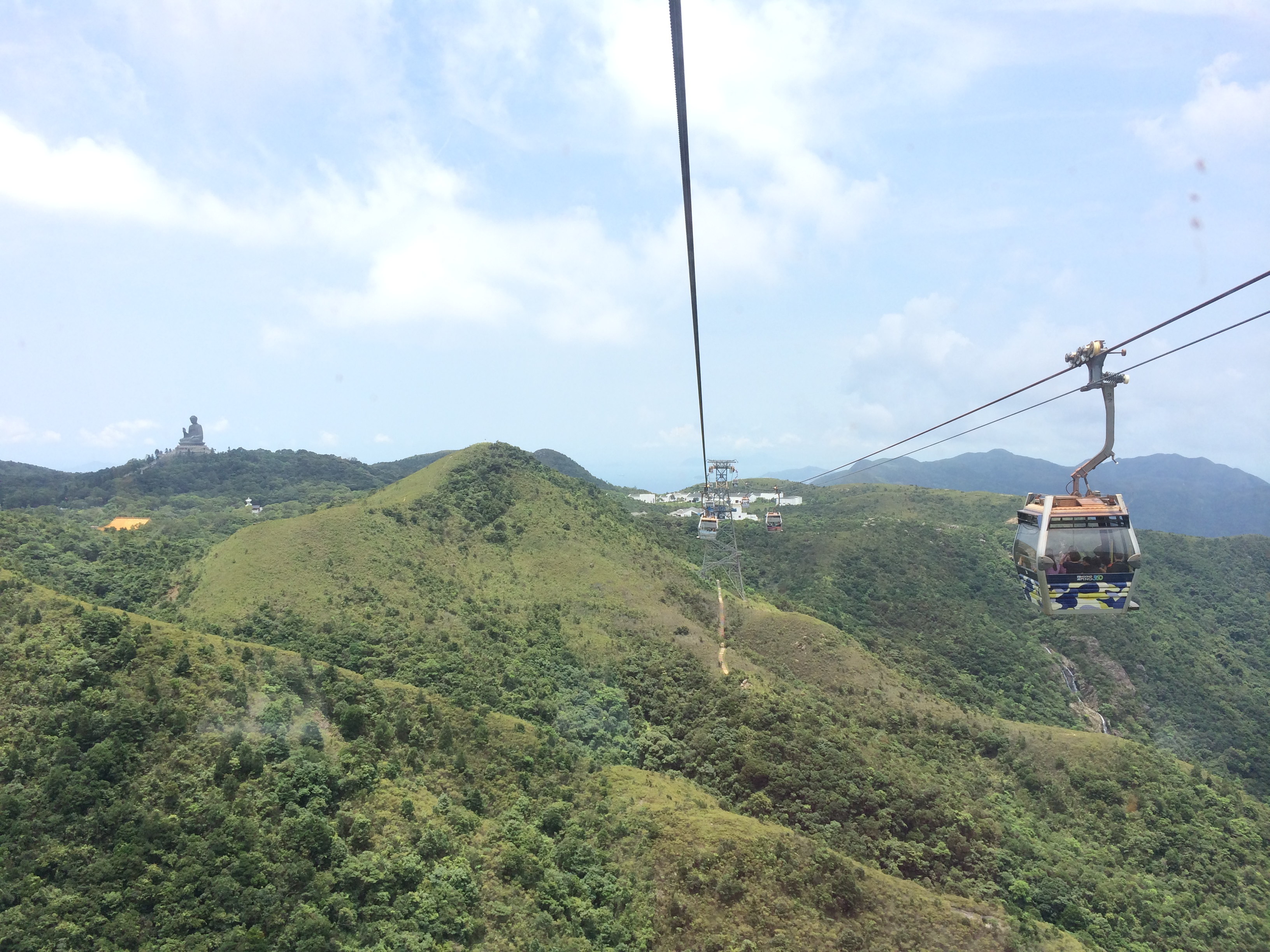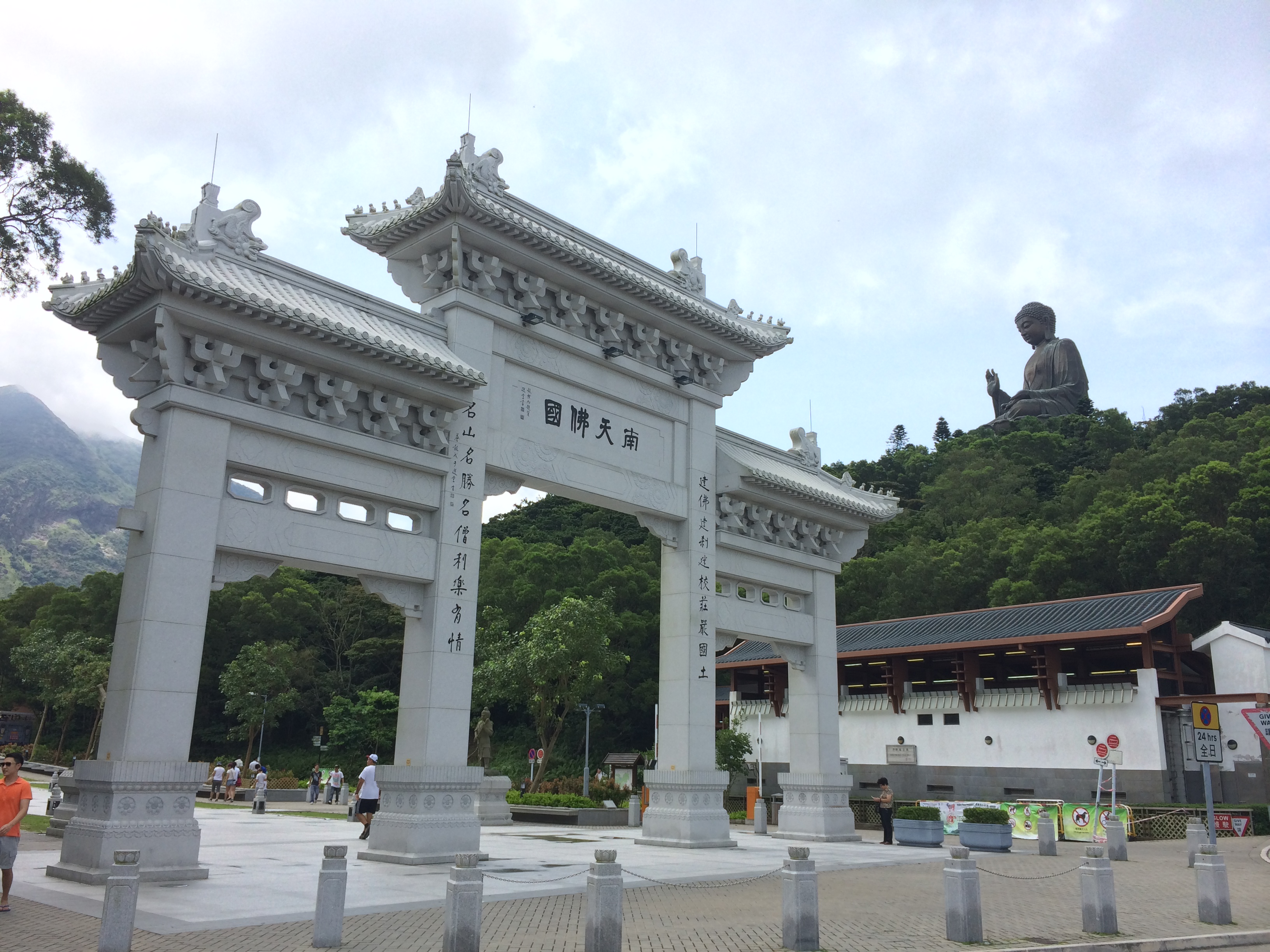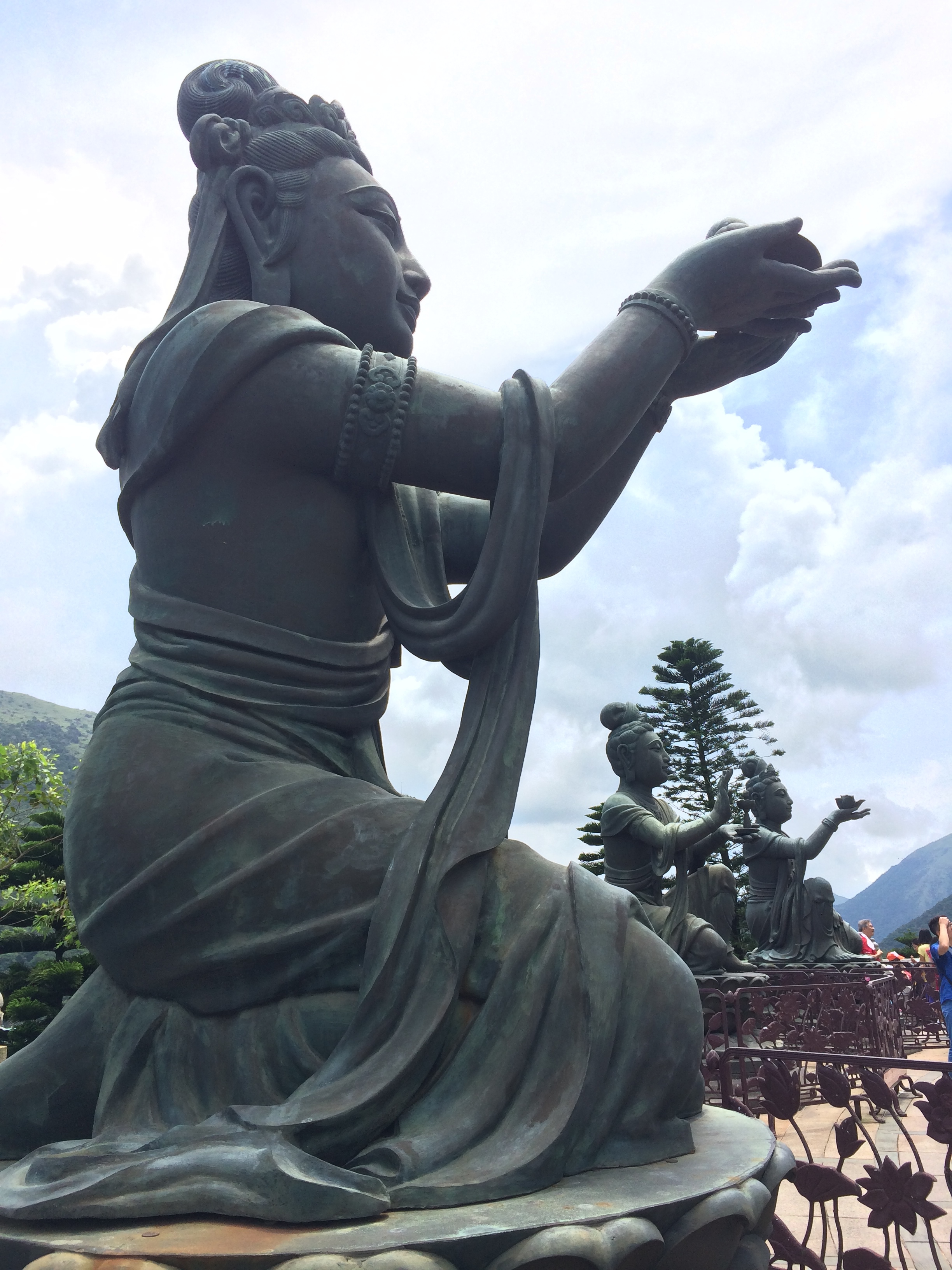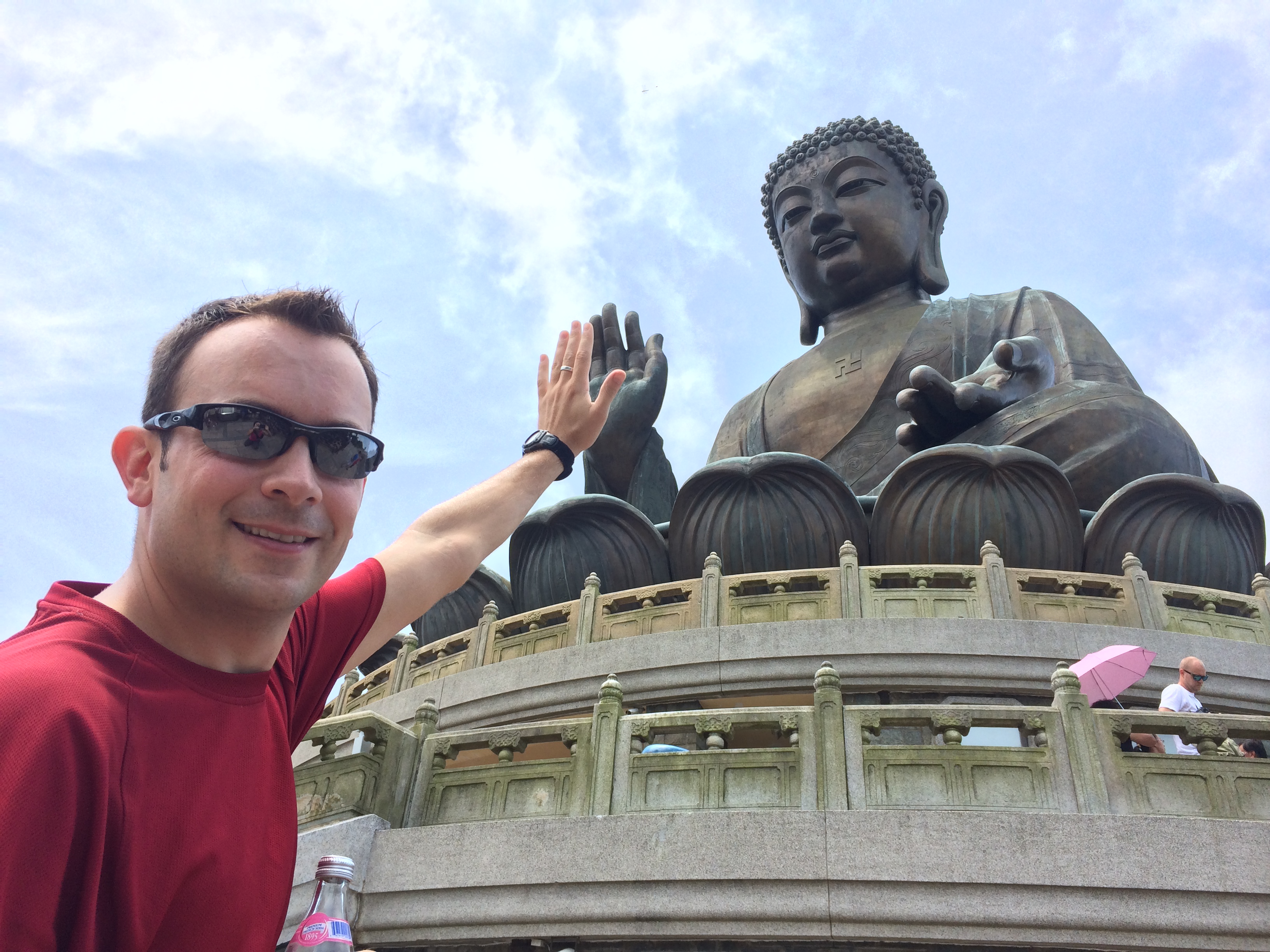Although I fortunately did not have to scrape by on the true, minuscule budget of a young backpacker fresh out of college, I still forced myself to travel frugally and I kept a scrutinous eye on the money I withdrew from ATMs, air fare deals, and my credit card charges. Being primarily cash-only, Southeast Asia makes it quite easy to lose track of where money can go. My goal in this post is to prove how incredibly cheap it is to get by in Southeast Asia.
As long as you’re not drowning in debt or attached to excess baggage/obligations, spending a month or two in one Southeast Asian country is incredibly affordable. Before departing, I sold my car and got a roommate to take care of our apartment to cut down on back-at-home expenses. It annoys me when friends tell me, “You’re so lucky you get to travel…” or “You must have a lot of money.” Since the cost of living in Southeast Asia is significantly cheaper than the U.S., you can actually SAVE money by leaving the U.S.! Once world travel is prioritized and planned (and granted, it’s a lot of work figuring out the logistics), it’s definitely possible. As an American, anything is possible–you just have to want it badly enough to get it.
You can find below a breakdown of where all my money went. Keep in mind this is only my money and not Chris’…he most likely spent a bit more on food, drinks, and $10 massages. 😉
TOTAL ATM WITHDRAWALS FROM MARCH 17-AUGUST 11: $4,834.55
This amount covered living costs such as food, water, hotels, and land transportation (buses, trains, cabs, tuk tuks, motorbikes, gas, etc.). It also included extras such as bar tabs, light shopping, admission fees into museums, temples, excursions, boat rides, etc. I left out the extremely expensive excursions since I figured most people won’t spend hundreds or thousands of dollars on the Son Doong Cave expedition, skydiving, and scuba diving.
Vietnam was the cheapest country I visited (though being able to speak and haggle in Vietnamese definitely helped), but with $15/night hotel rooms ($7.50 when split between 2 people), $7 massages, $1-2 meals, and $10 all-day excursions, it’s no wonder that the typical $100 USD maximum withdrawal limit per ATM transaction could last a week. (My CapitalOne ATM card does not charge international fees, but I was still charged a fee by foreign banks. I was told that the Charles Schwab checking account is the way to go; in addition to not charging international fees, they will also reimburse fees from foreign banks. Chris just got one, and I will make sure I sign up before I leave the country again.) While in Vietnam I actually managed to spend only $600/mo., but that monthly expense gradually increased as I visited Angkor Wat in Cambodia and partied in Thailand, etc. I won’t go into details about how much I spent in Hong Kong and Japan because those areas are exceptionally expensive for travelers.
The total ATM withdrawal also includes the pricy $271.68 for the 7-day JR Rail Pass for Japan. Only foreigners can obtain a JR Rail Pass which can only be purchased outside of Japan; we each purchased the pass for a discounted price in Hong Kong at a travel agency. It can be picked up at the airport or any train station with the receipt/confirmation. If you plan on traveling throughout Japan via shinkansen for 9+ days, it is highly recommended to get one. Apparently a 1-way ticket from Tokyo to Hiroshima is about $190, and a 1-way ticket from Hiroshima to Kyoto and Kyoto to Yokohama is another $60-$80 or so. In addition to the unlimited shinkansen rides, we also took advantage of the JR lines and the JR ferry in Miyajima. Due to our packed itinerary in Japan, the JR Rail Pass definitely paid for more than itself.
I’d also like to point out how much money we saved (and how much sanity I’ve also been able to keep) by completely avoiding group tours. Not only are they exponentially more expensive (our 4-day Bolaven Plateau loop in Laos cost me about $15/day for EVERYTHING including food, shelter, gas, water, etc. as opposed to a bus tour of around $60/day), group tours in my opinion defeat the purpose of travel. Tourists in group tours lack independence and therefore spend most of their time on a bus or an overpriced restaurant where bus drivers earn a commission. They also avoid the beautiful challenges that allow you to learn and appreciate cultures, which is the most rewarding, priceless experience within travel. Avoid group tours. Rent the motorbike for a couple days, read a map, and go explore. We had a shitty motorbike break down in the countryside of Vietnam, and that whole day ended up being filled with amazing memories and adventure. Enrich yourself, let yourself become enveloped in cultures, and save hundreds of dollars.
CREDIT CARD TOTAL: $203.86
In Southeast Asia, with the exception of the $25 admission fee for the Petronas Sky Tower in Kuala Lumpur, I only used my credit card for scuba diving and skydiving, which I won’t include in this post because not everyone is a scuba diver/skydiver. I racked up an additional $176.86 for just the last three weeks of the trip on drinks, food, and shopping in Hong Kong and Japan. That sounds a lot compared to Southeast Asia, but it’s quite phenomenal I didn’t rack up more credit card dollars considering how expensive Hong Kong and Japan are.
ALL FLIGHTS (including 1 first class international flight and 2 business class international flights): $1,161.55
Eva Air: San Francisco -> Taipei -> Hanoi: $77 to use 80,000 points
Jetstar Pacific Airlines: Hanoi -> Saigon: $84.48
Air Asia: Hanoi -> Kuala Lumpur: $79 (sale)
Air Asia: Kuala Lumpur-> Tawau (roundtrip): $107.82 (sale)
Air Asia: Kuala Lumpur -> Vientiane $48.39 (sale)
Laos Airlines: Luang Prabang -> Pakse: $47.55 (sale)
Nok Air: Bangkok -> Ko Phangan: $89 This price covered airfare, bus, and ferry to the island.
Air Asia: Chiang Mai -> Yangon: $145.50
Air Asia: Yangon -> Hong Kong: $267
Cathay Pacific: Hong Kong -> Tokyo: $97.81 to use points
United: Tokyo -> SFO: $118 to use points
The most expensive flight was $267 from Myanmar to Hong Kong, but we purchased the ticket the night before, and there was definitely no sale going on. Airline points are the way to go when traveling internationally–it literally saved us thousands of dollars and allowed us to fly not just comfortably, but luxuriously.
In order to fly to and from SF to East Asia via first/business class, we jumped in on the credit card game and points-building in December 2013 right before we started traveling by signing up for these three credit cards: Chase Sapphire Preferred, Chase Business Ink, and United Mileage Plus Explorer.
GRAND TOTAL: $6,199.96
Think about how much you spend per month on your rent or mortgage, insurance, car payments, gas, groceries, and activities. My share of rent in San Francisco is already $1,450/month when I’m in town. I easily spend $3,000/month here, if not more. This is almost like saying 5 months in Southeast Asia = 2 months in San Francisco. Let’s say you only have 1 month. You can’t do 5 months because that’s too long. Do you have at least $1,000 in your savings account? I hope so. My point is, contrary to those who mutter, “You must have a lot of money,” you don’t need a lot of money to travel in Southeast Asia. I know people who easily spend $3,000 in a place like Hawaii in less than a week (including airfare). Craziness.
IT ALL COMES DOWN TO CHOICES.
Before I left, one friend said to me, “You’re so lucky you get to travel…” In response, I told her she chose to have a house, wedding, and family. I wanted to, but did not, point out how spending literally hundreds of dollars on facial lotions, nice cars, and shopping sprees probably didn’t help either. The thing is, I don’t own a house. I don’t plan on spending thousands of dollars on a silly party for myself, especially if I’m drowning in debt or making car payments. Not having children right now also gives me freedom. And I definitely never have and never will spend hundreds of dollars on lotion, purses, and shoes, and I have only ever purchased a car in cash to avoid car payments. It truly is the decisions we make that allow us to attain what we desire, and I choose international travel over frivolous material desires. You can’t have it all unless you’re rich (which I’m not). It is never too late to travel, but it’s always easier and preferred to travel in our younger years. It’s not just because you can go to a party without looking like “that old creep,” but because you’ll be able to walk further, walk faster, see more, and remember more. The ability to travel is one thing, but the quality of travel is obviously important too. TO ALL MY FRIENDS, travel now while you’re young! If you can’t prioritize it, then that’s your choice. It truly is as simple as that.

